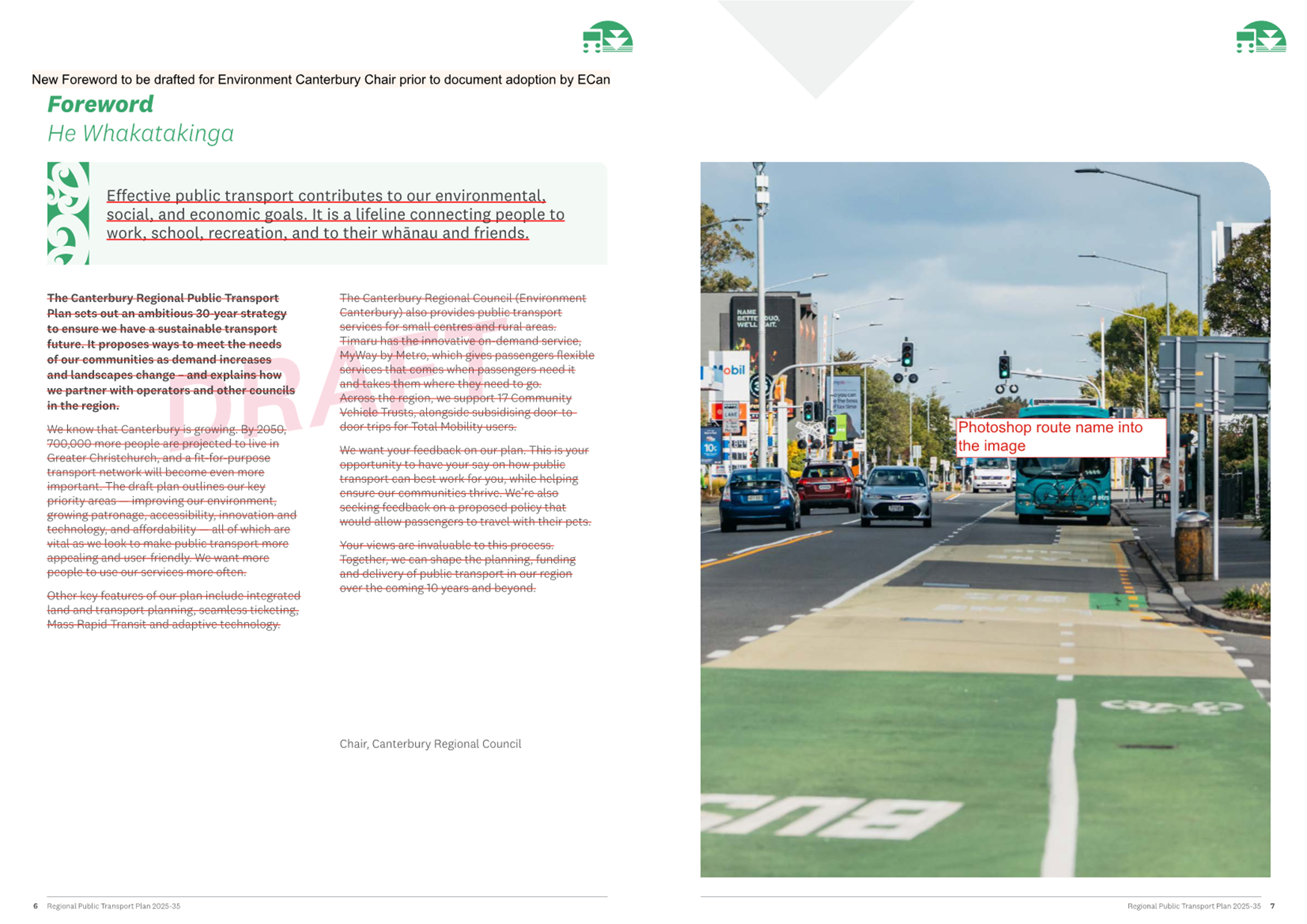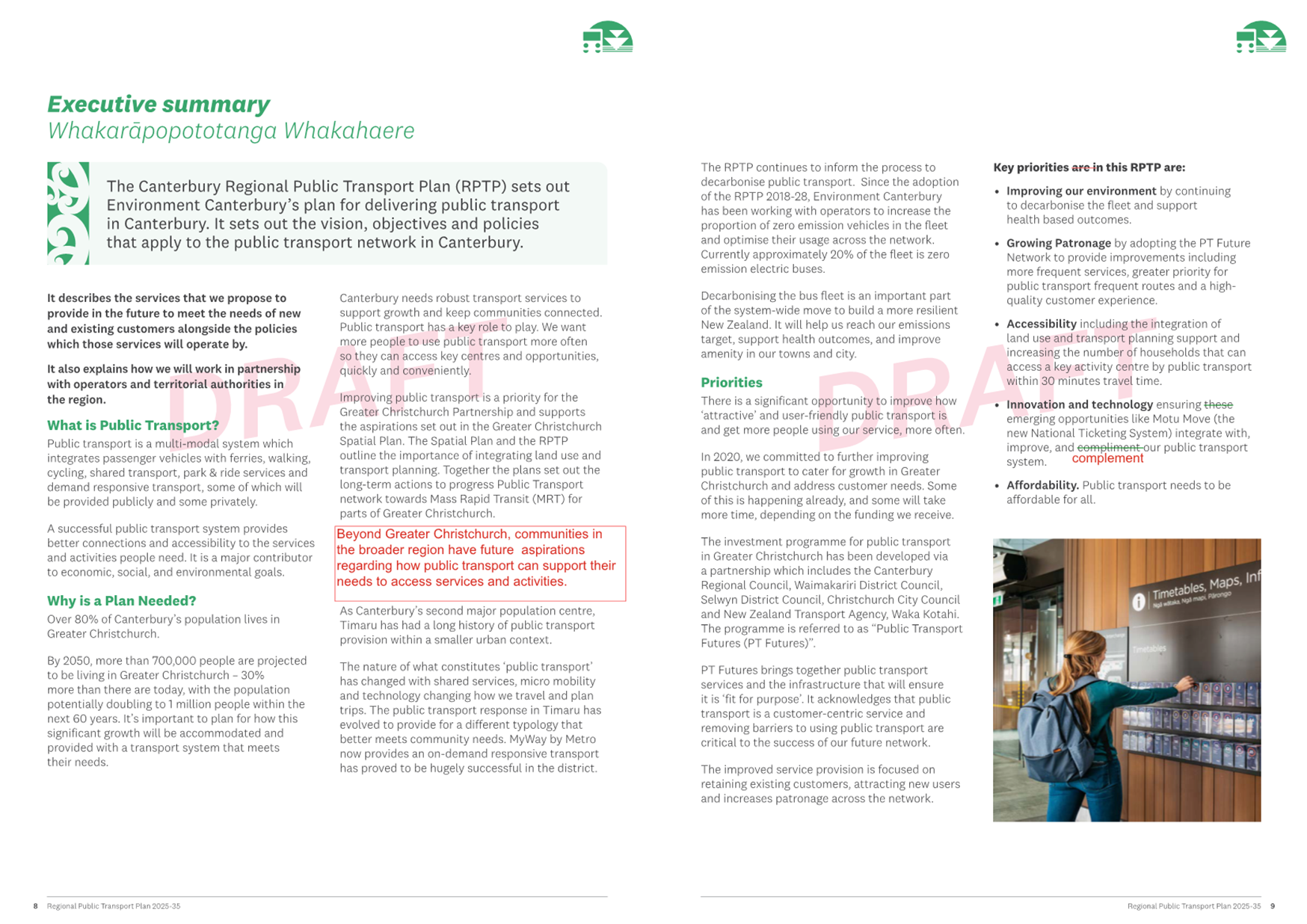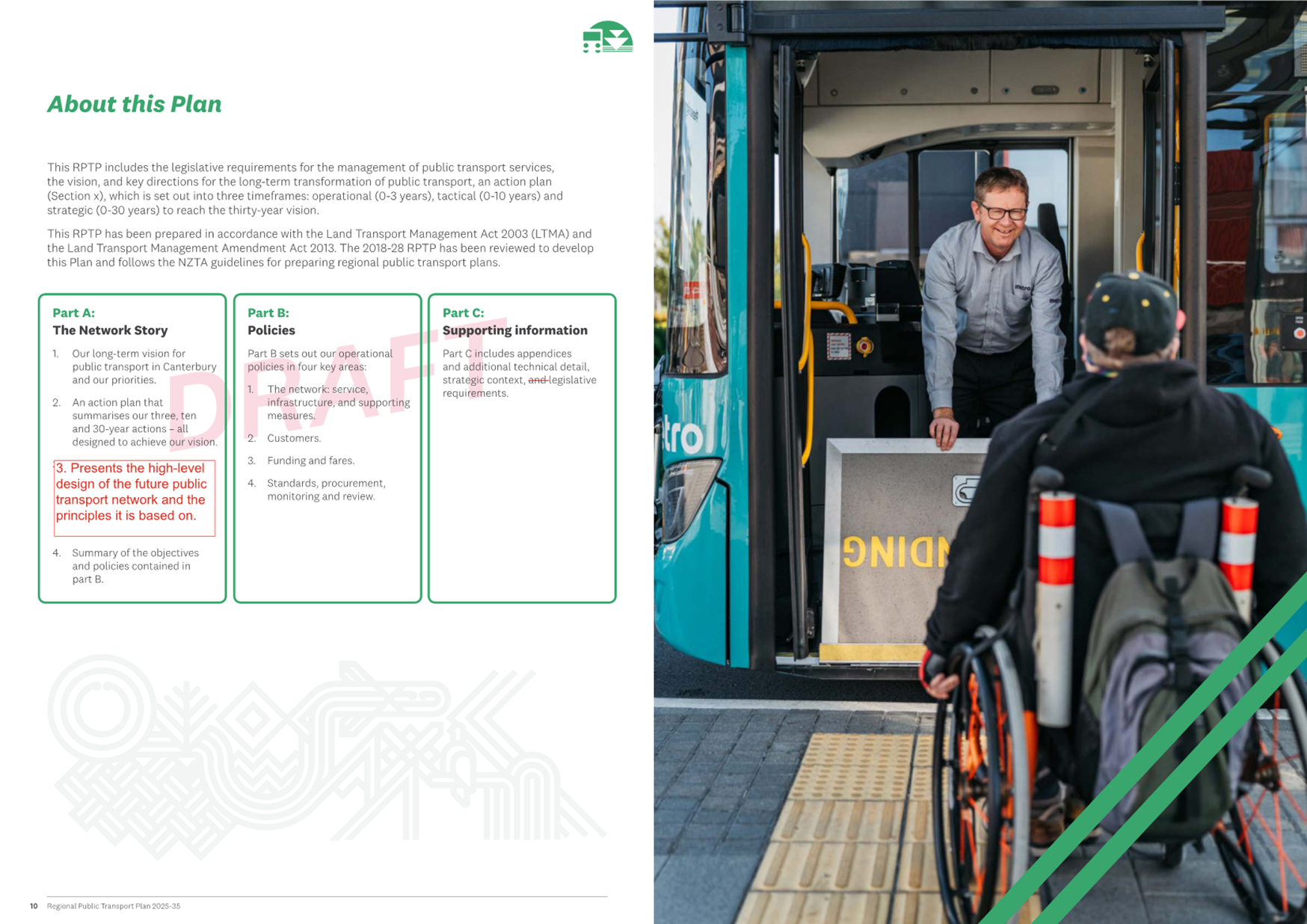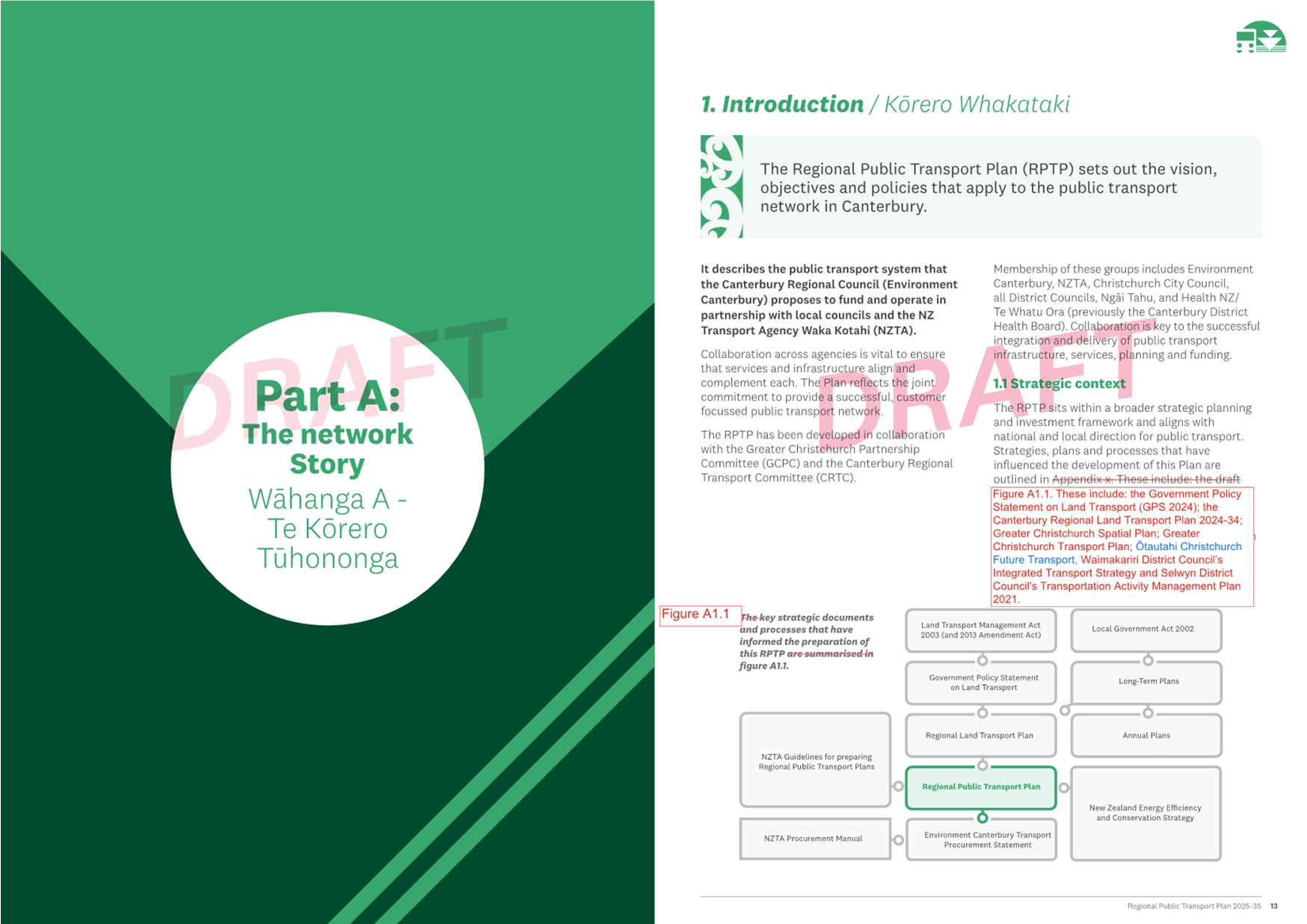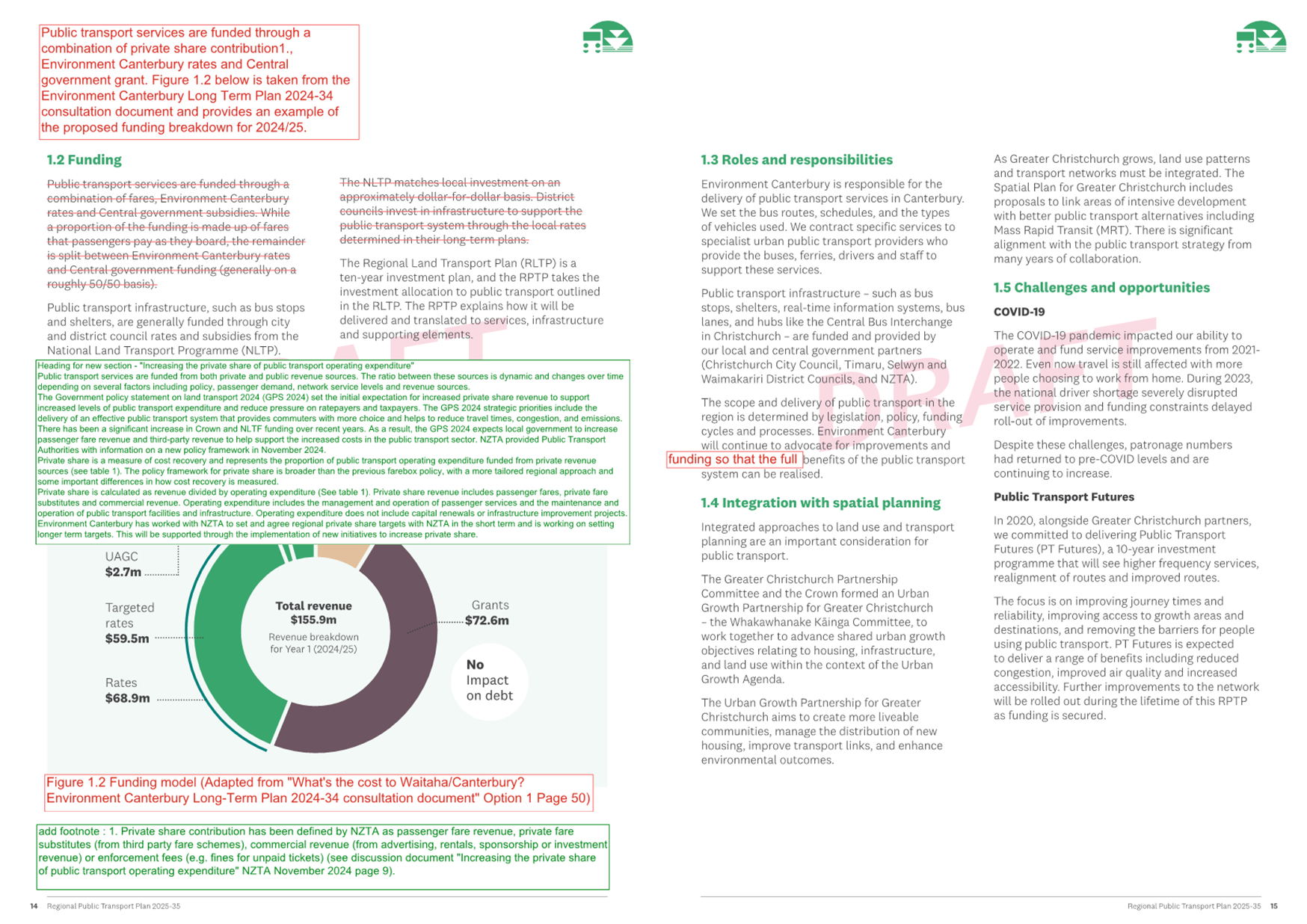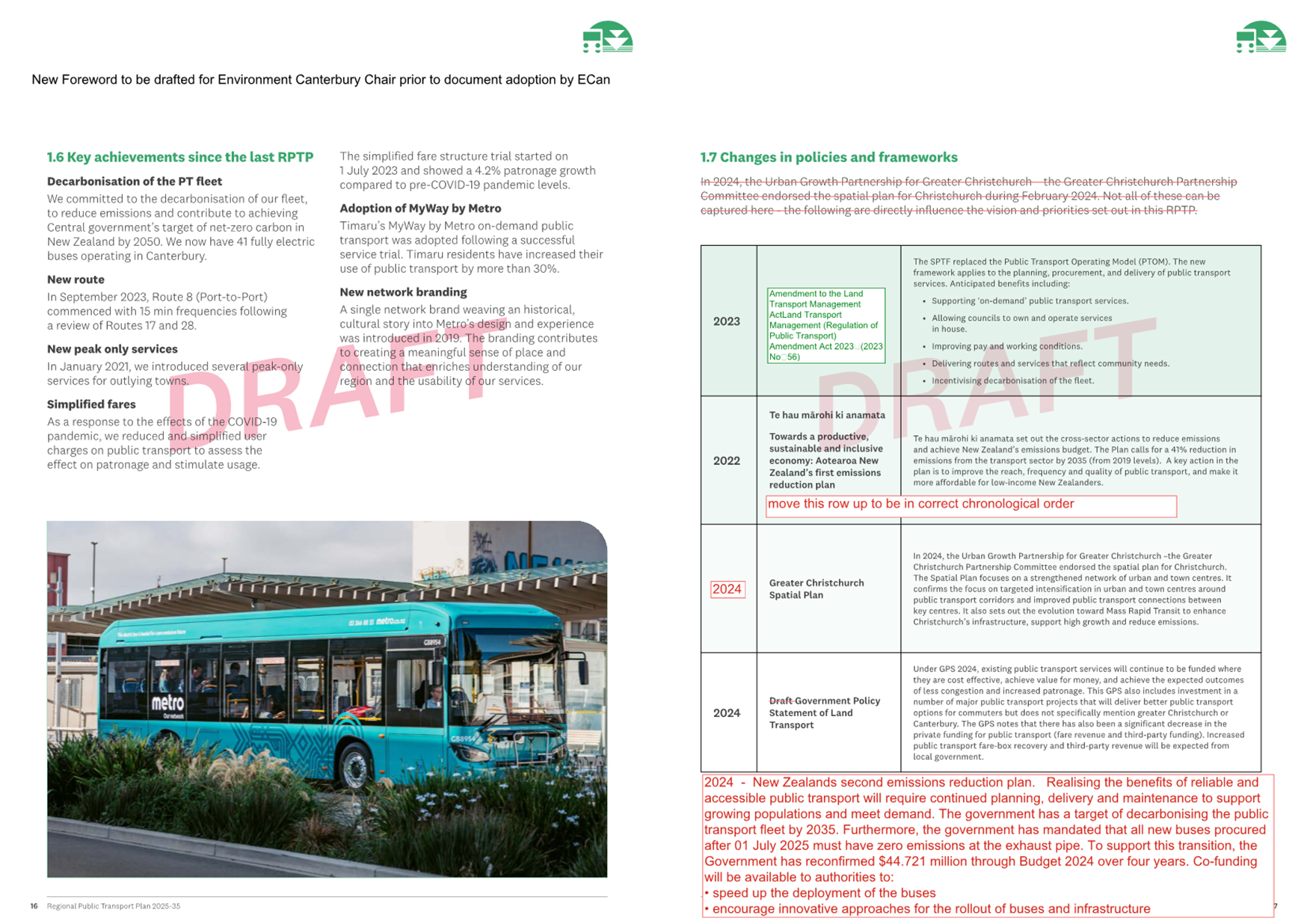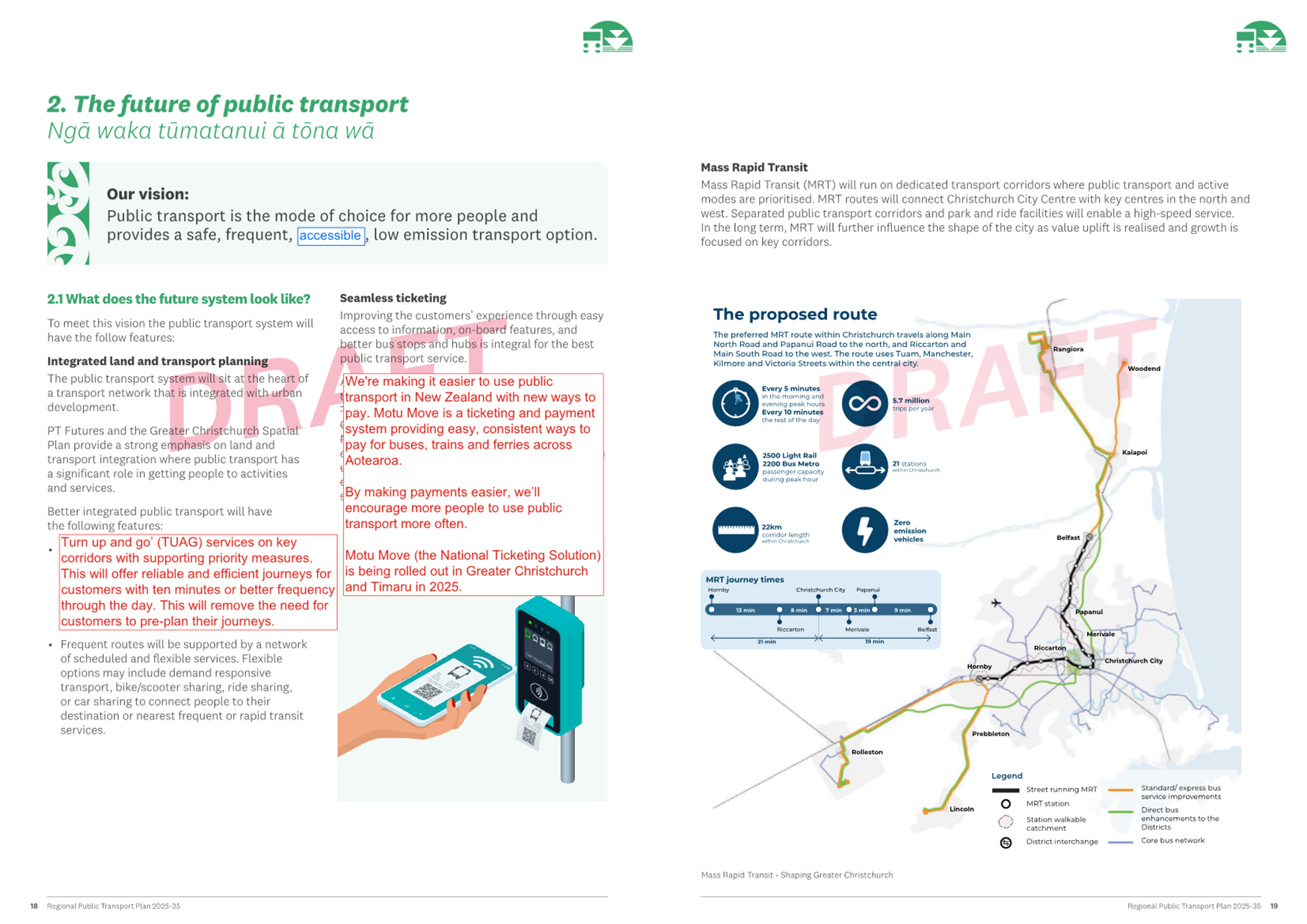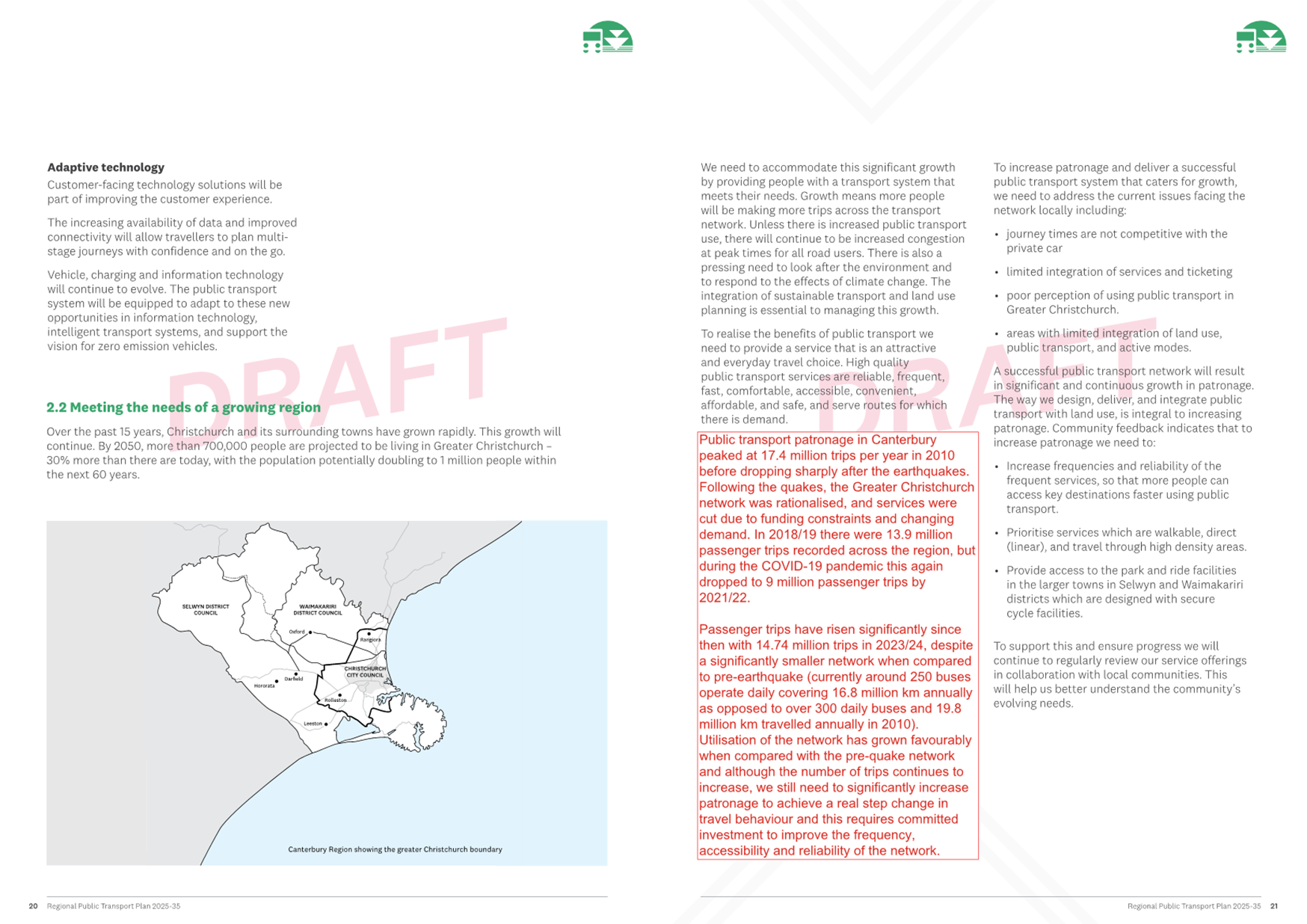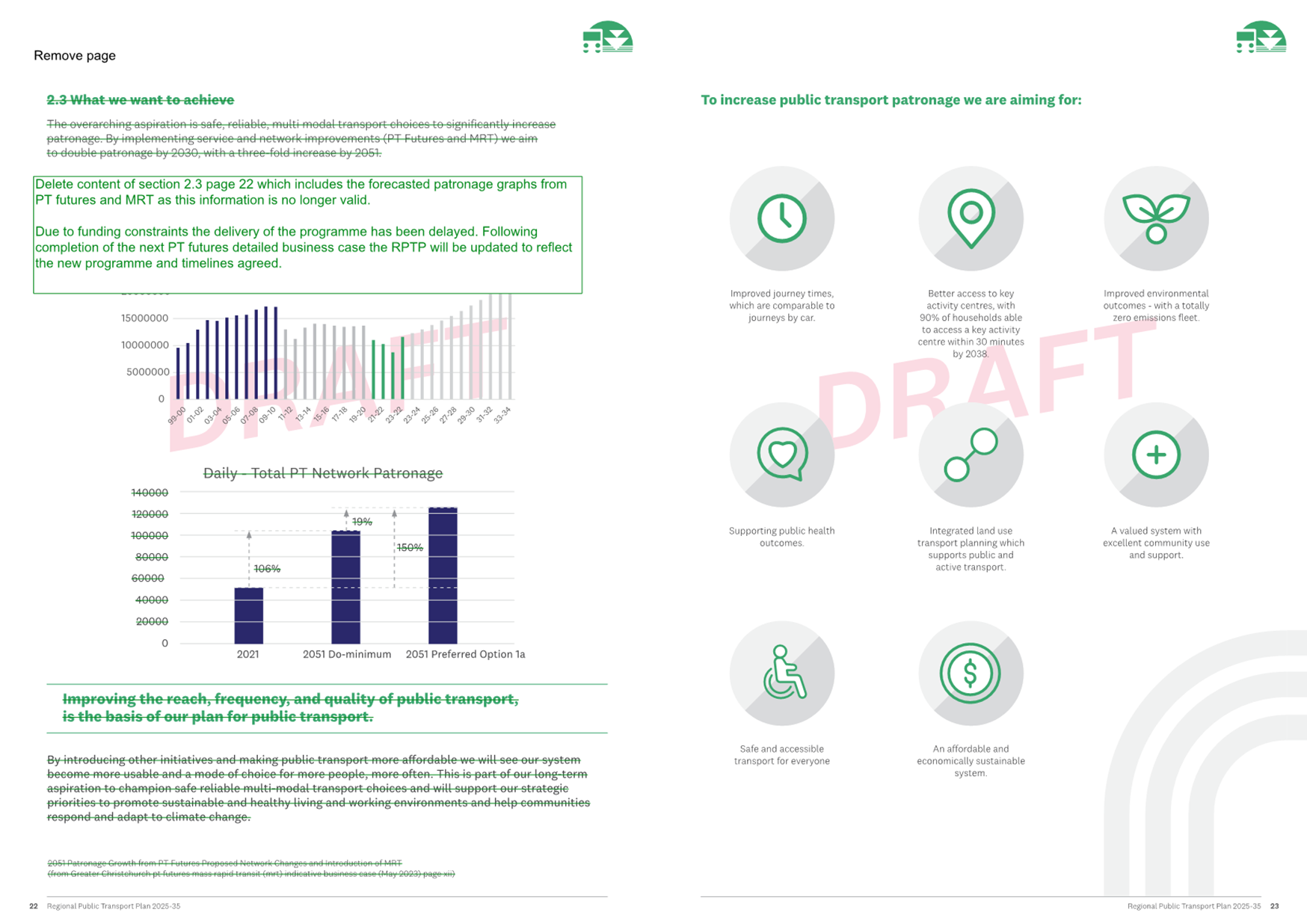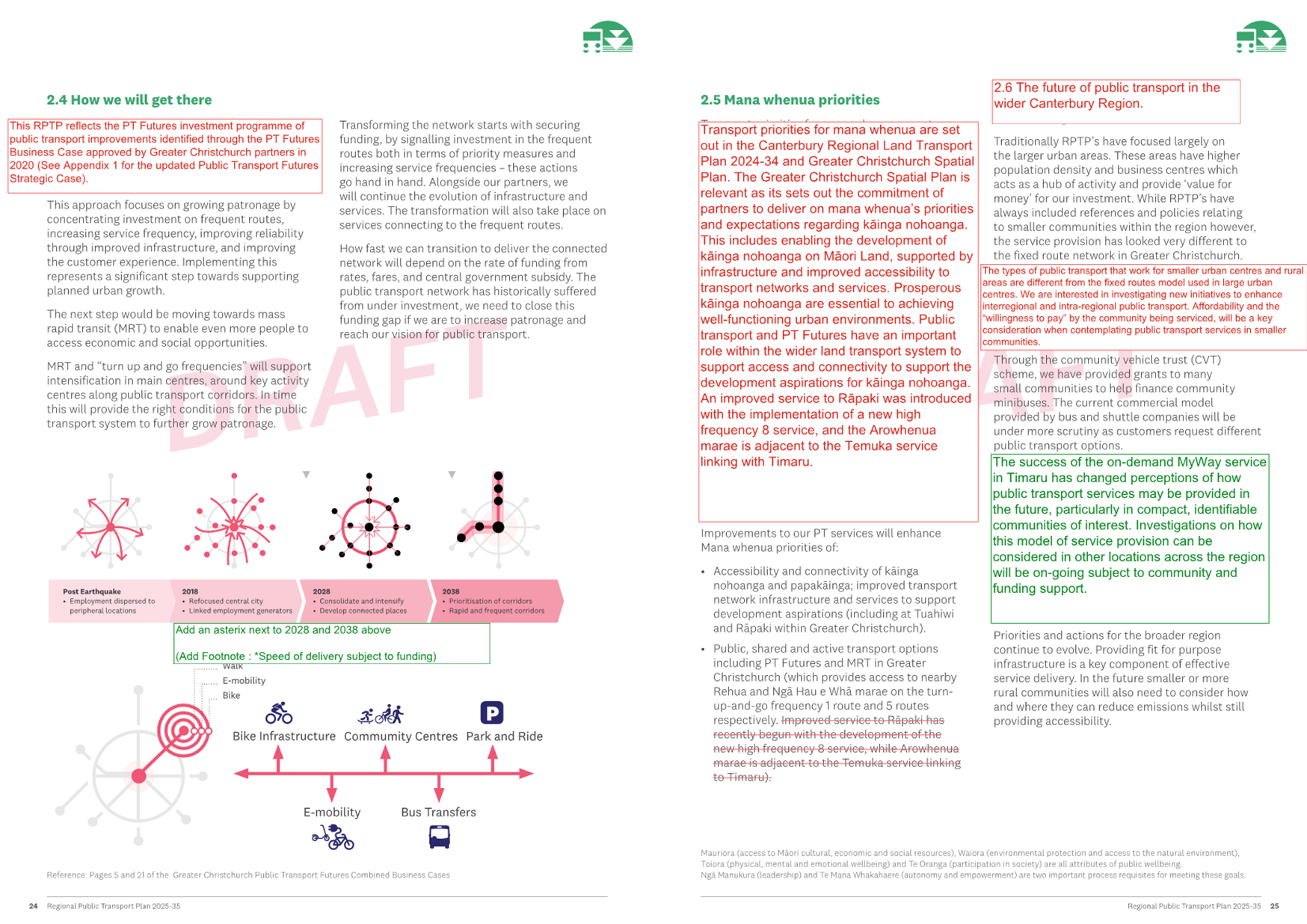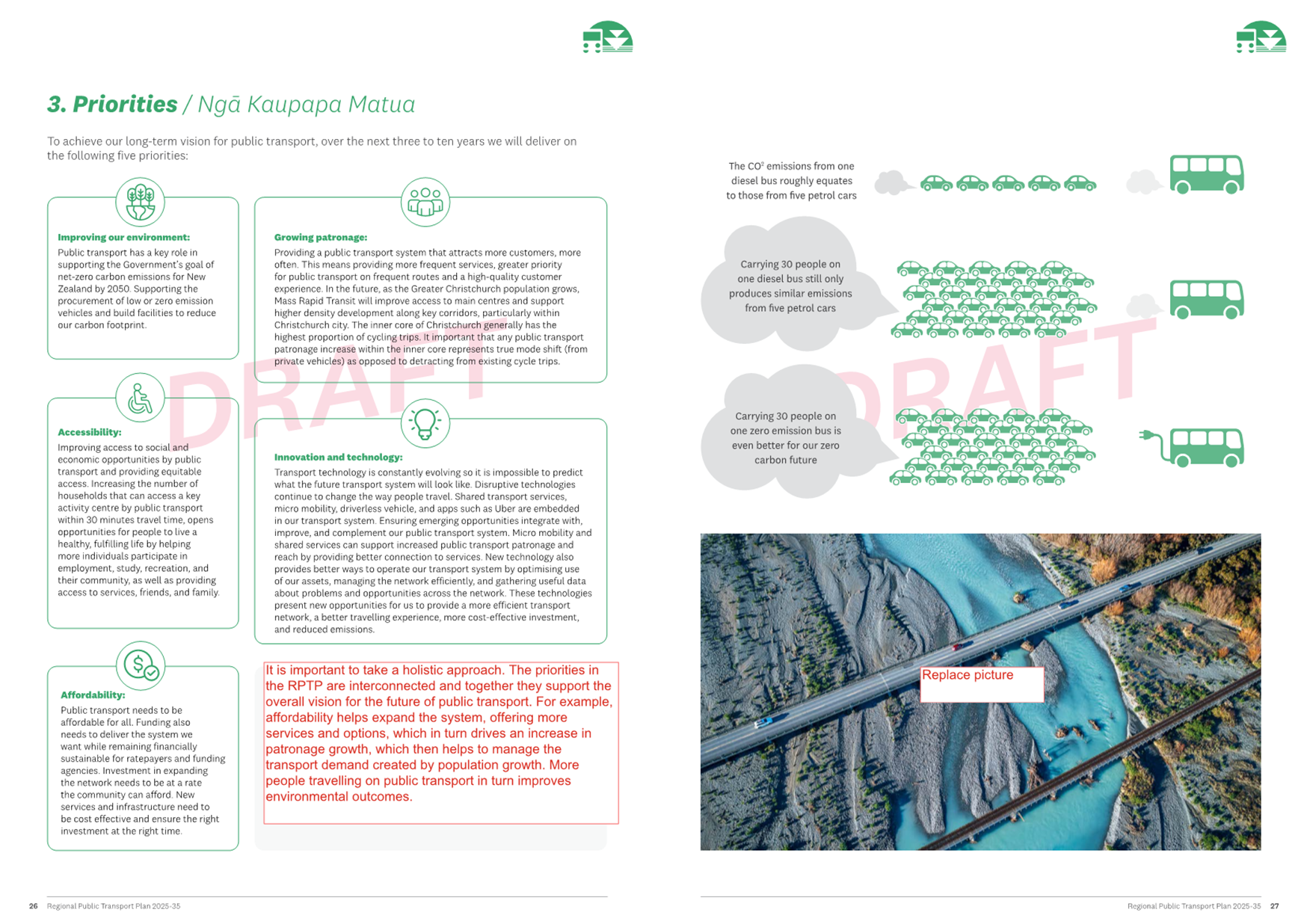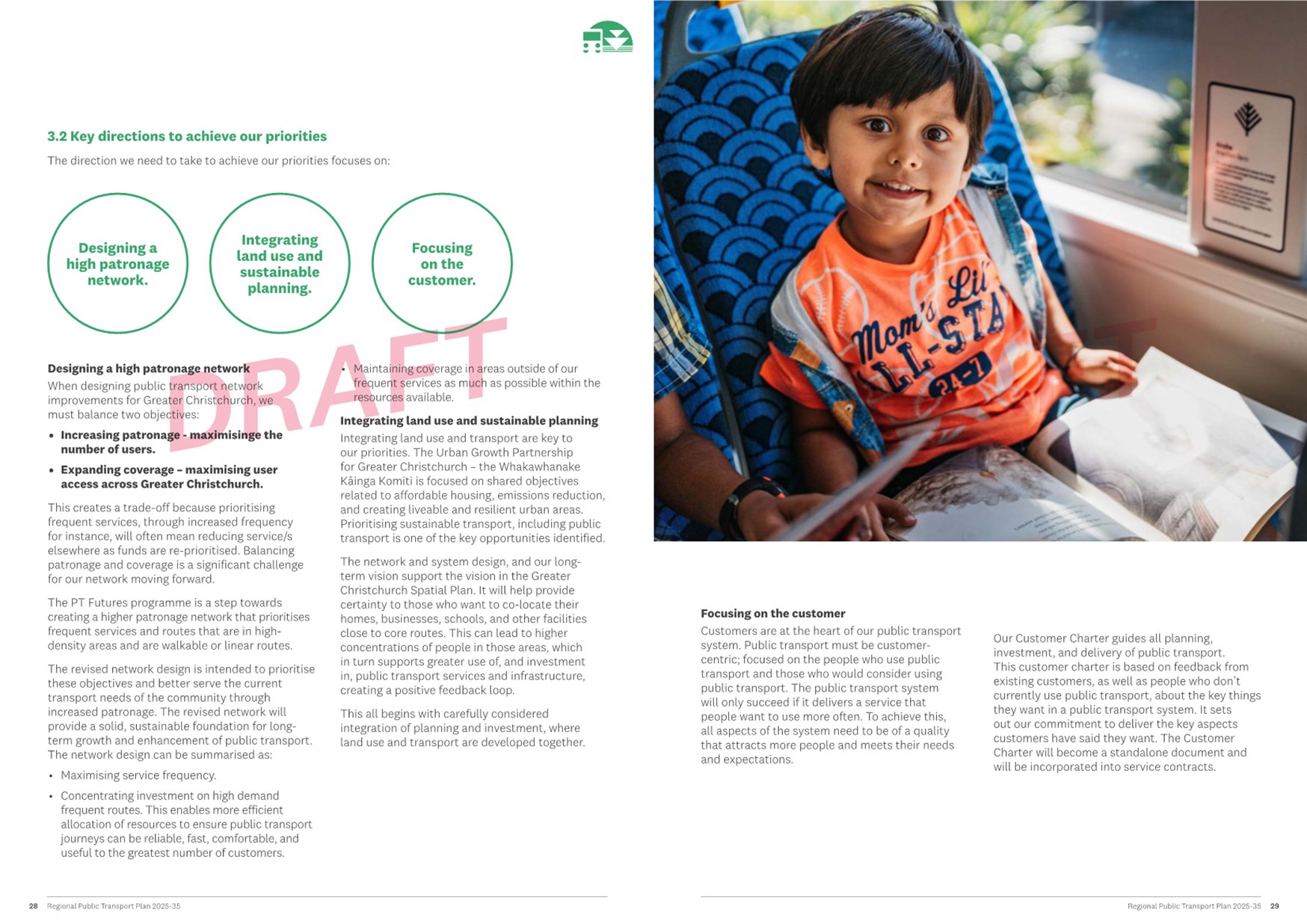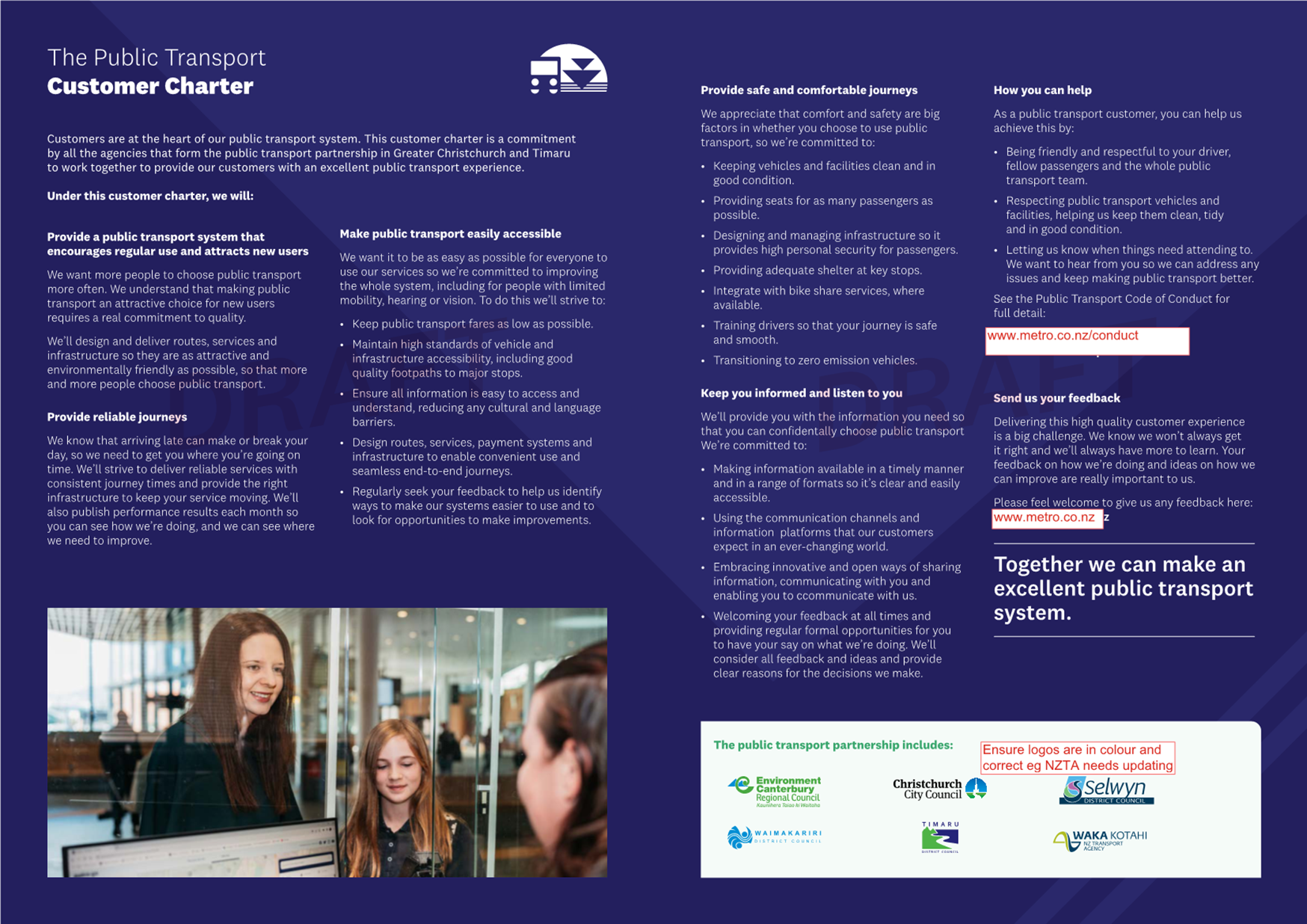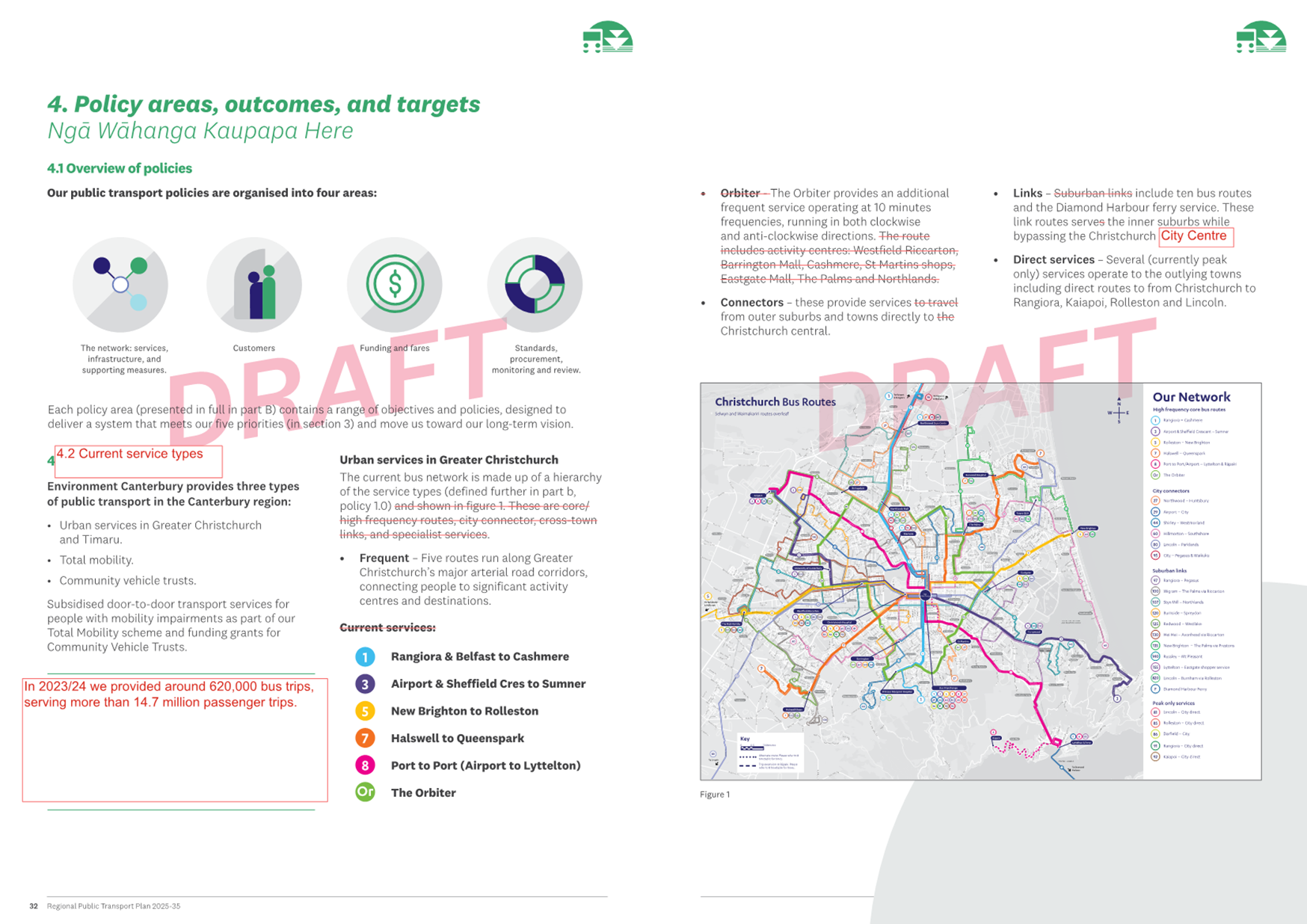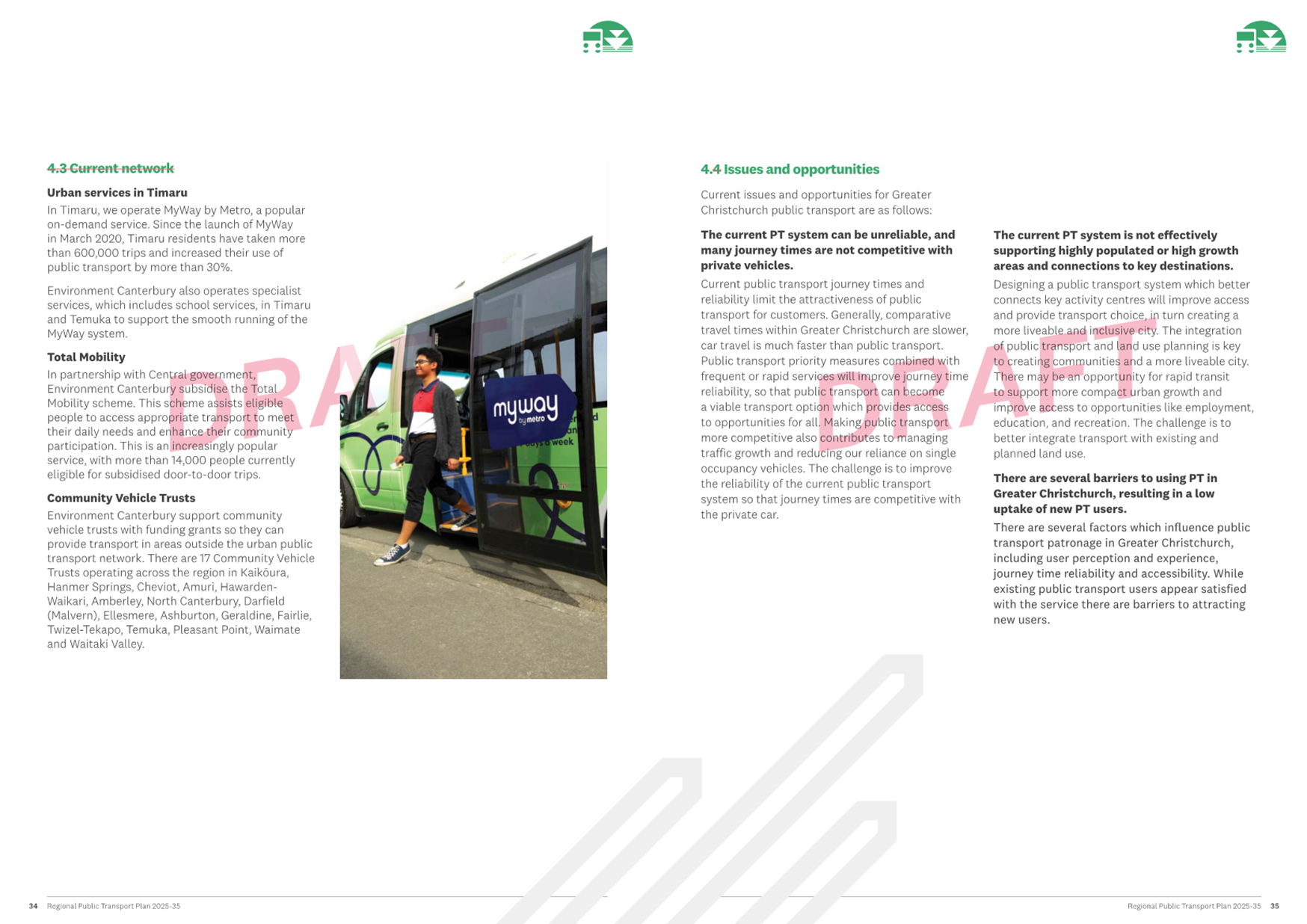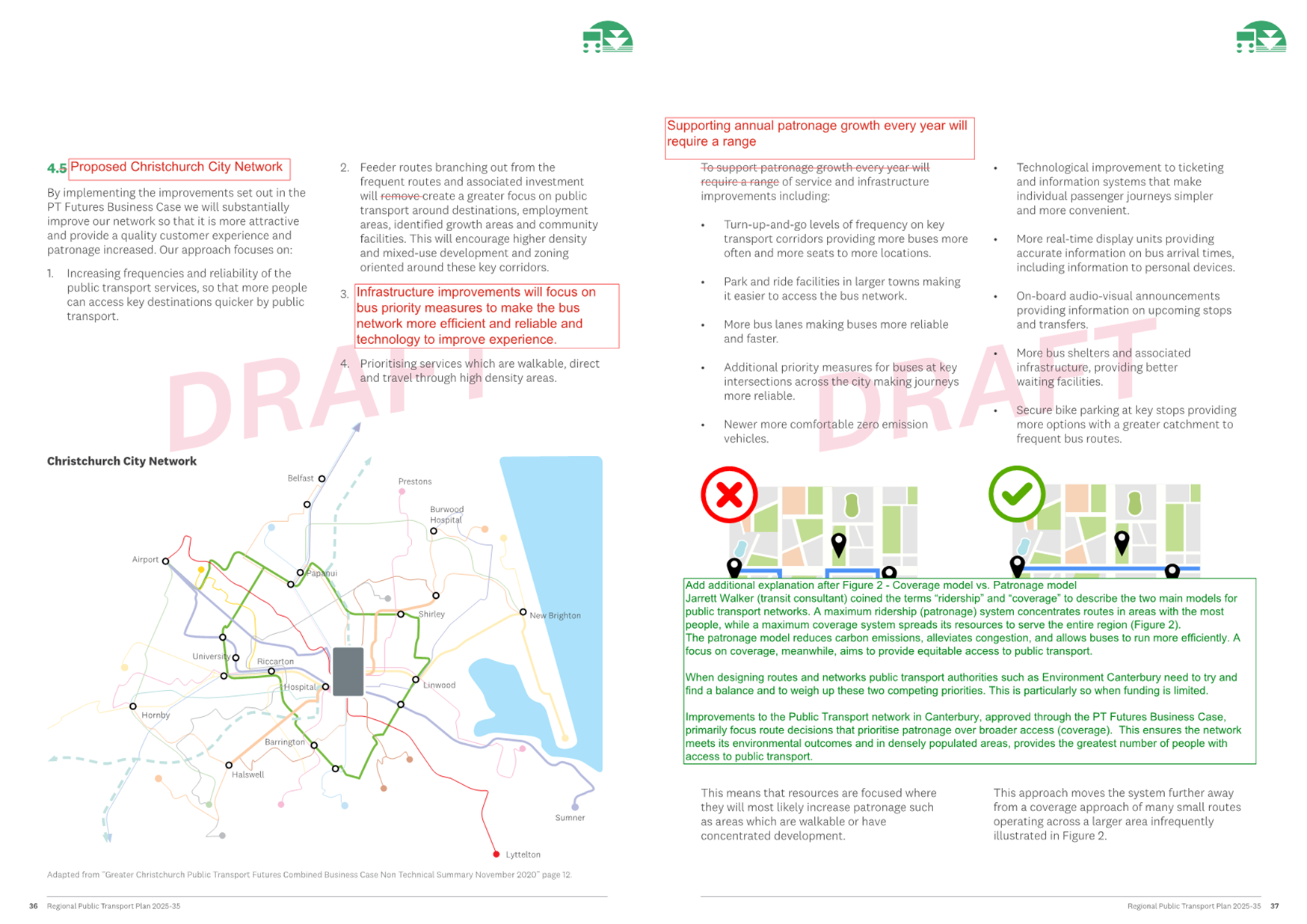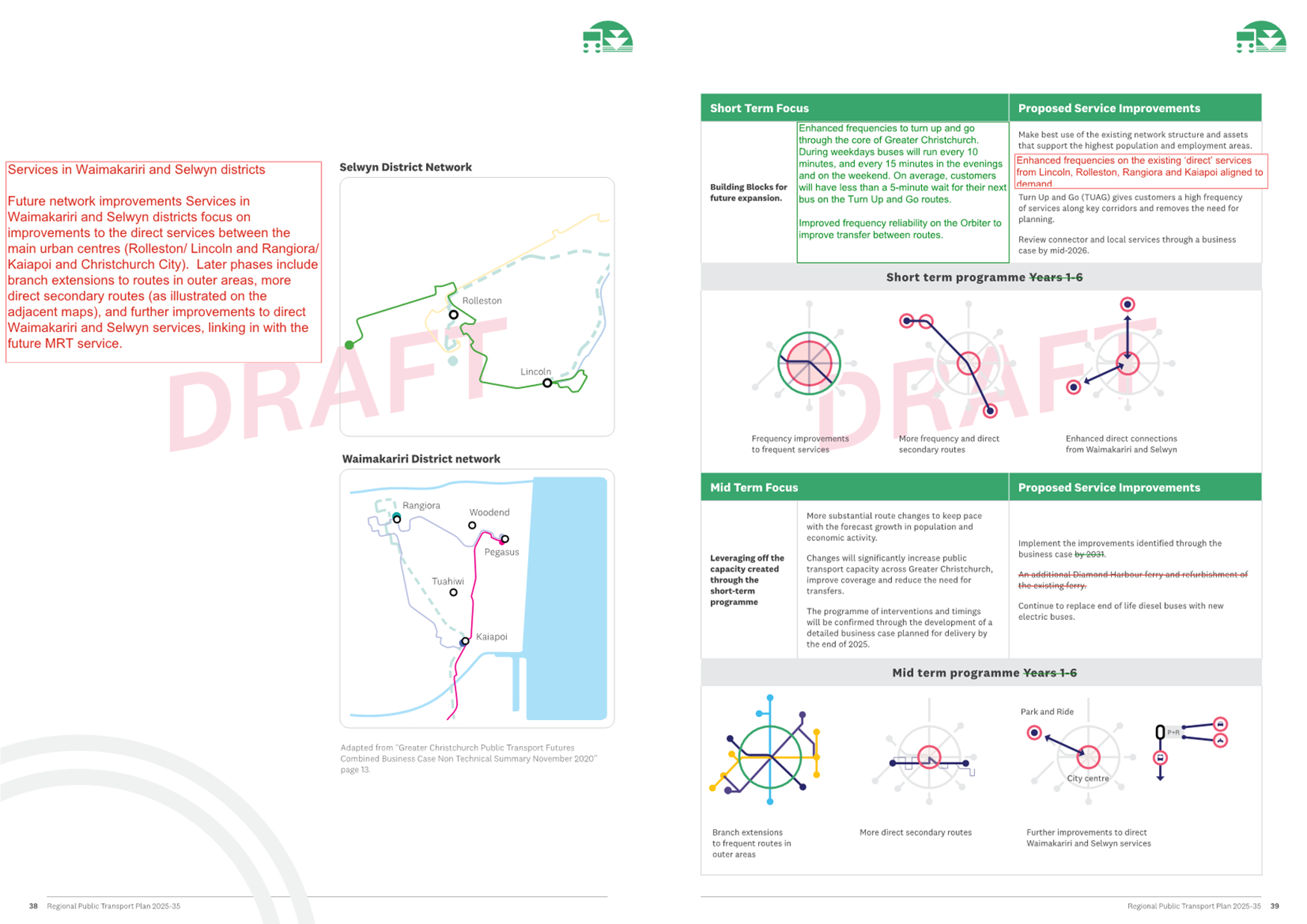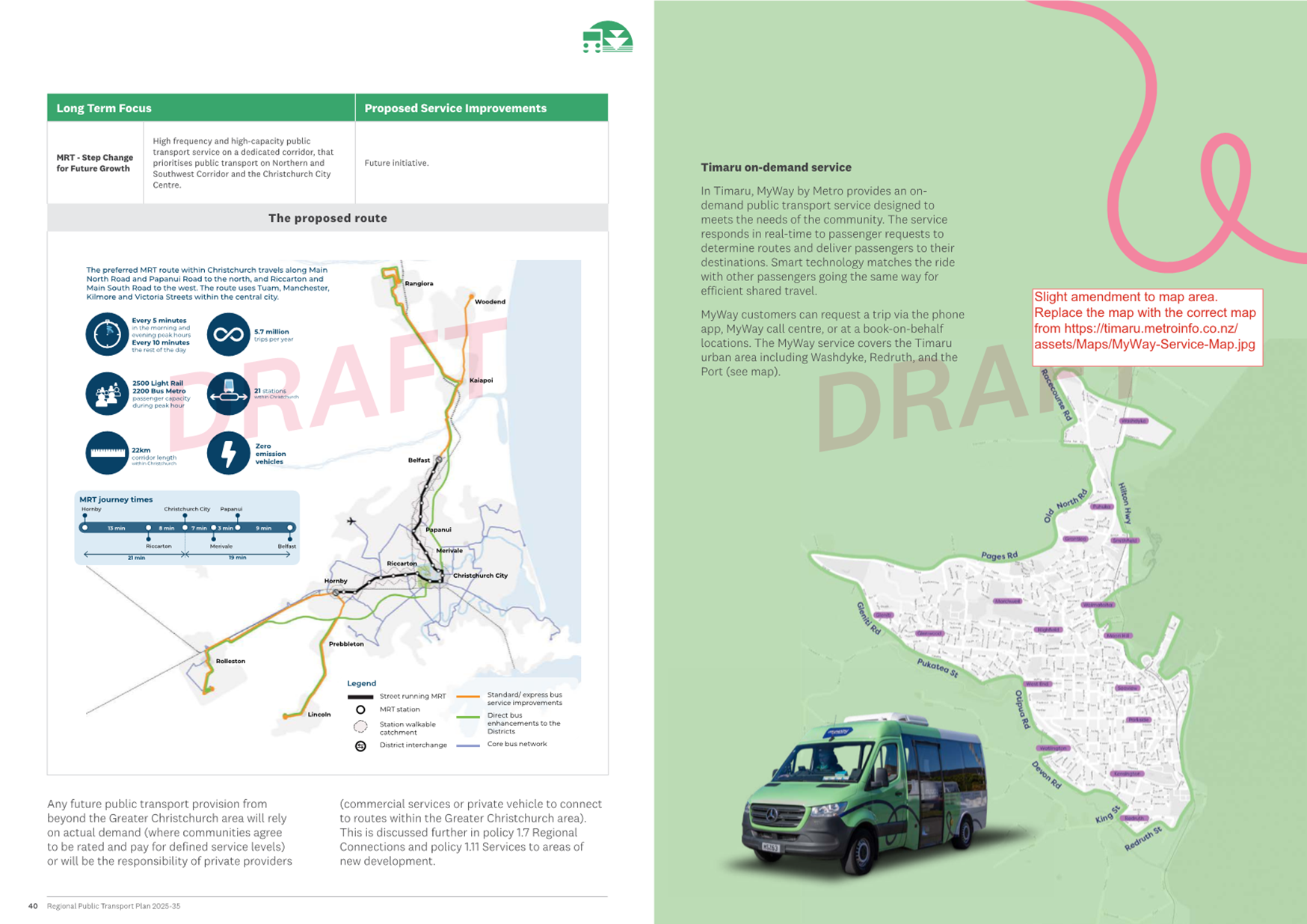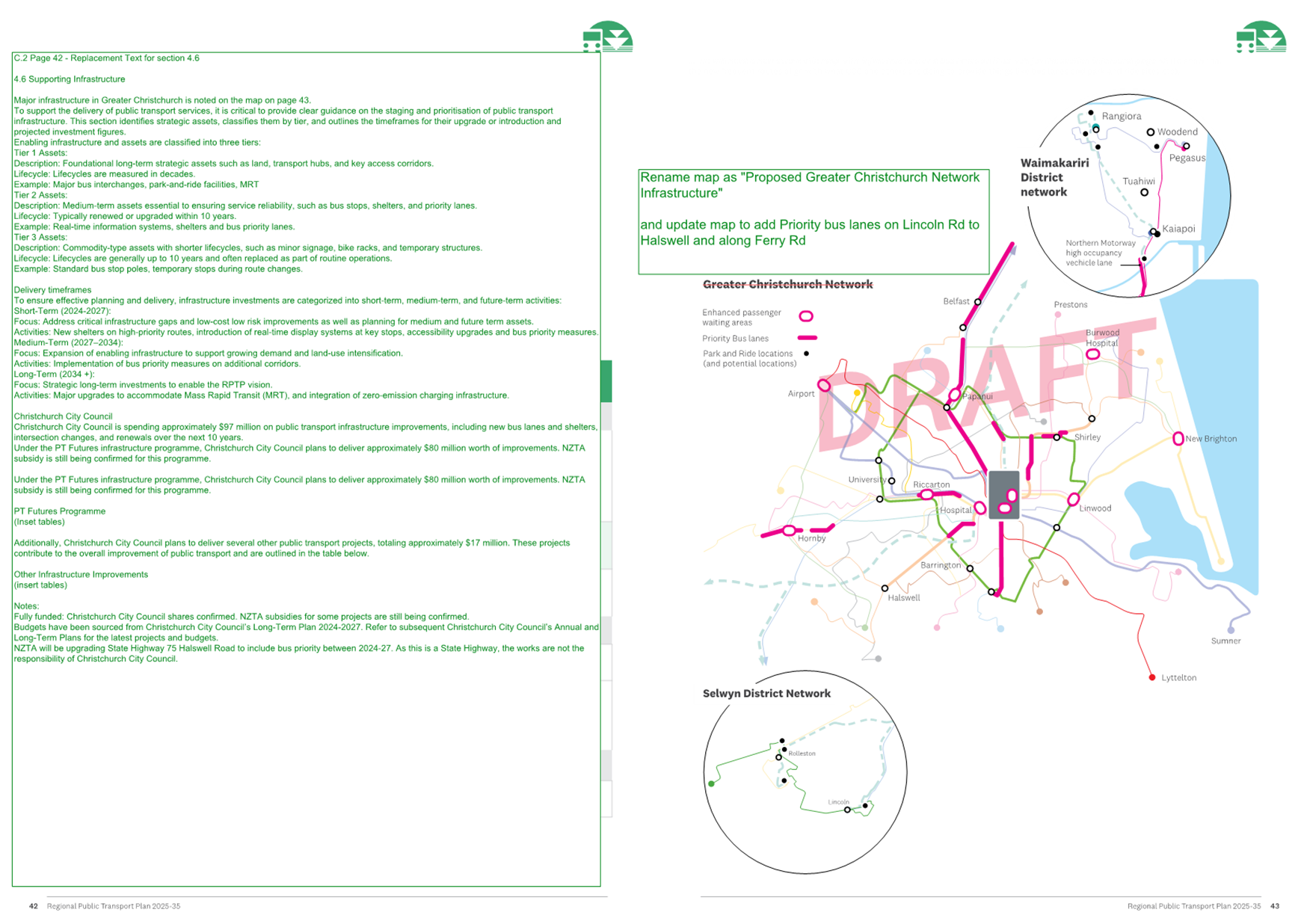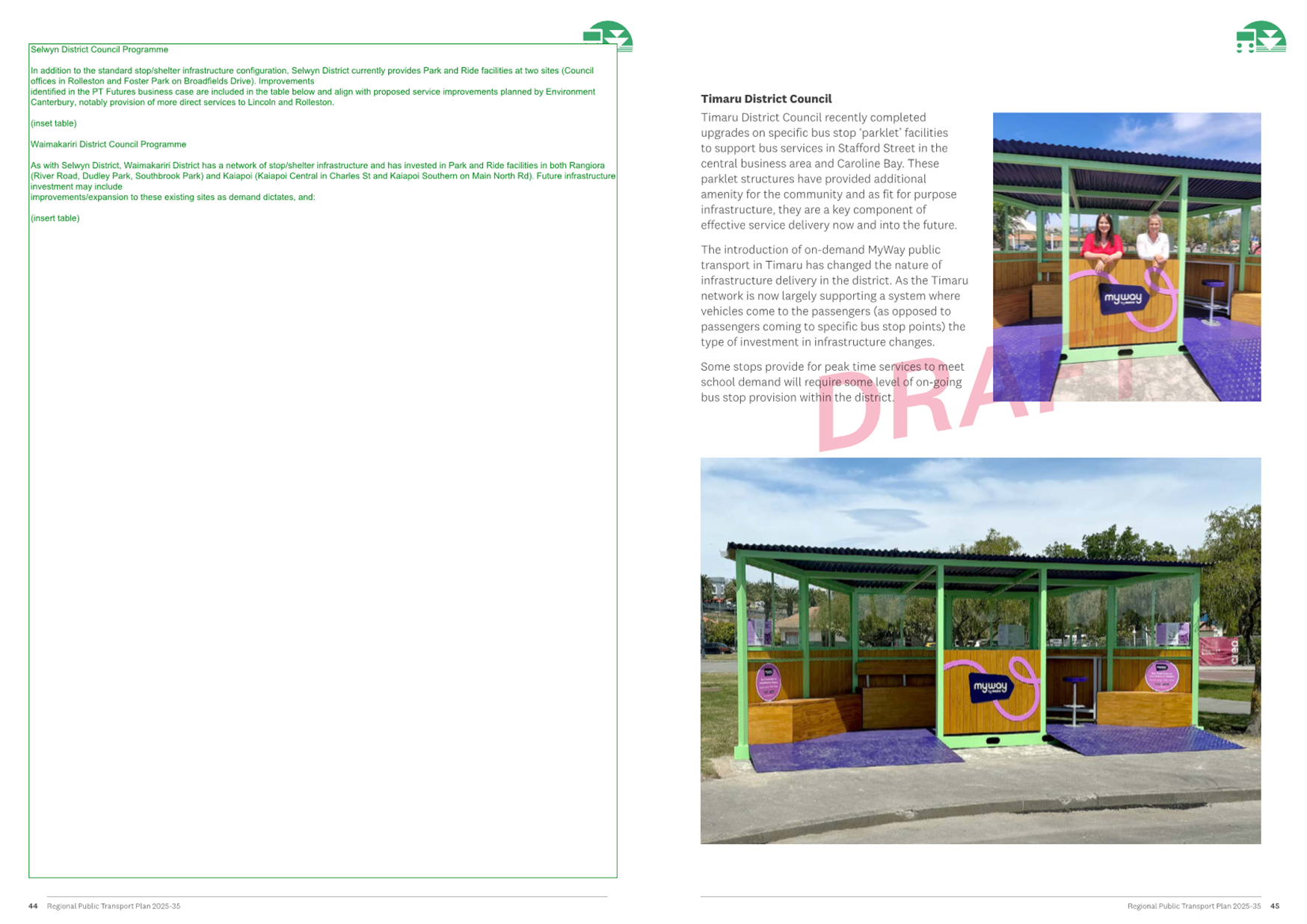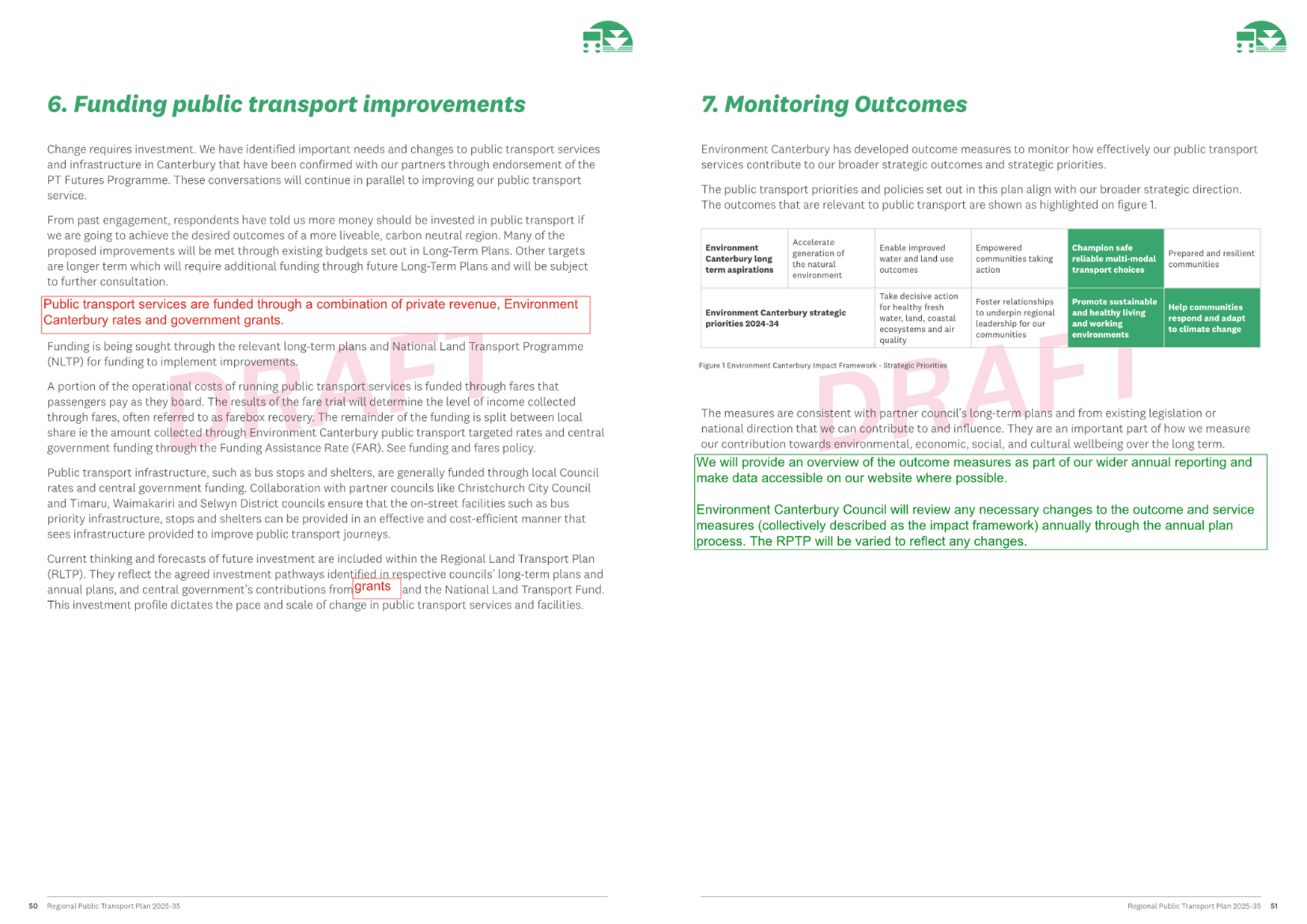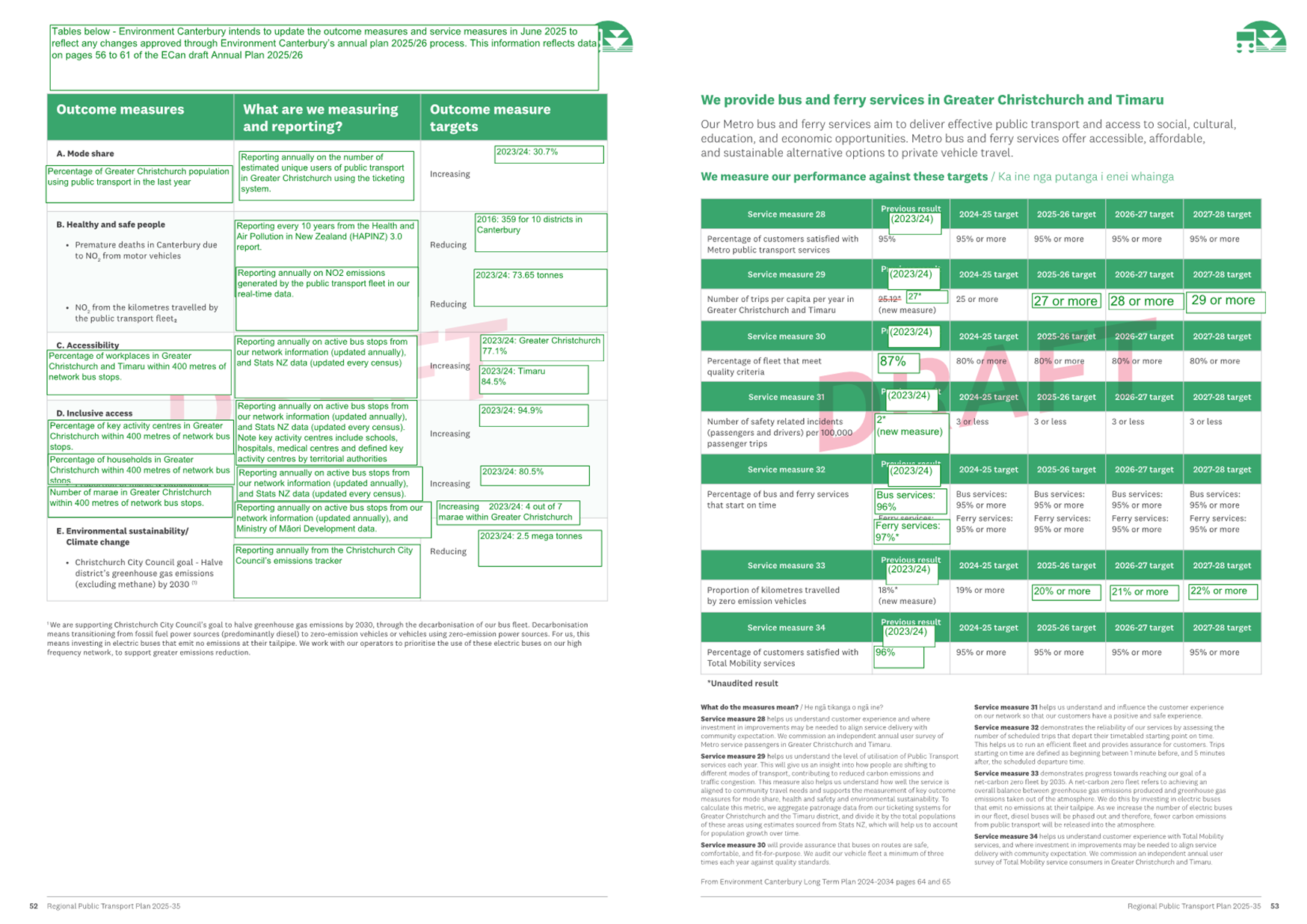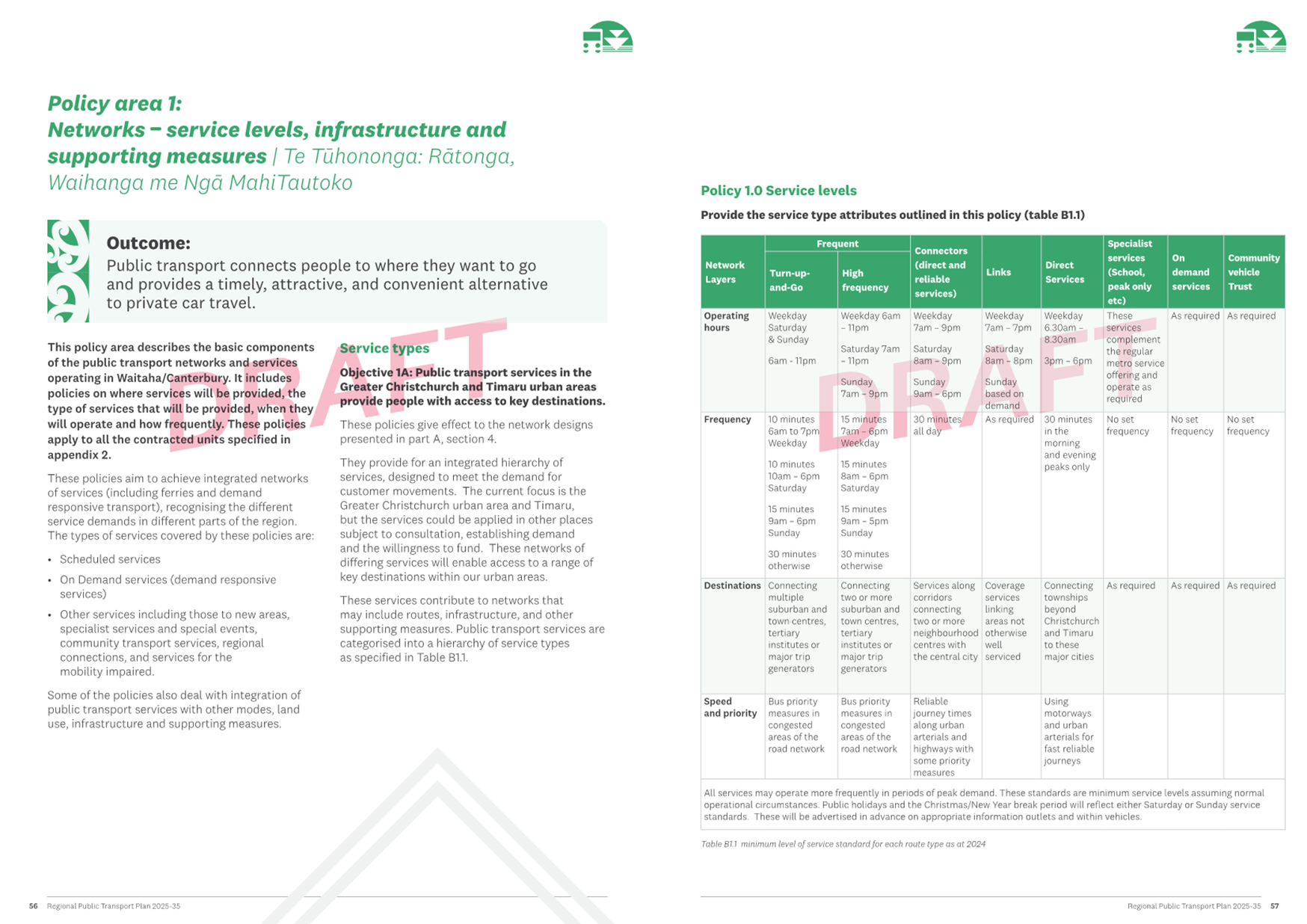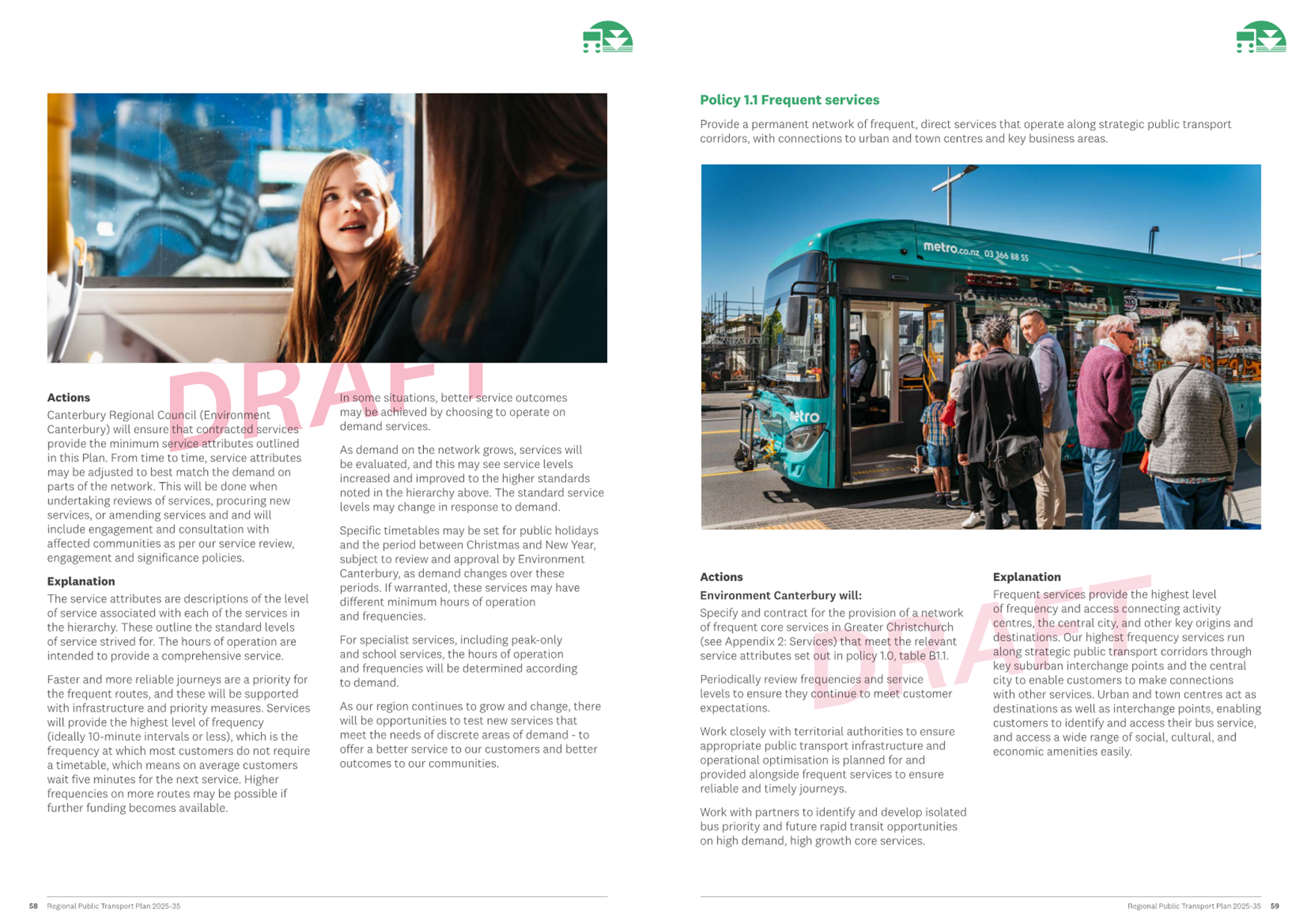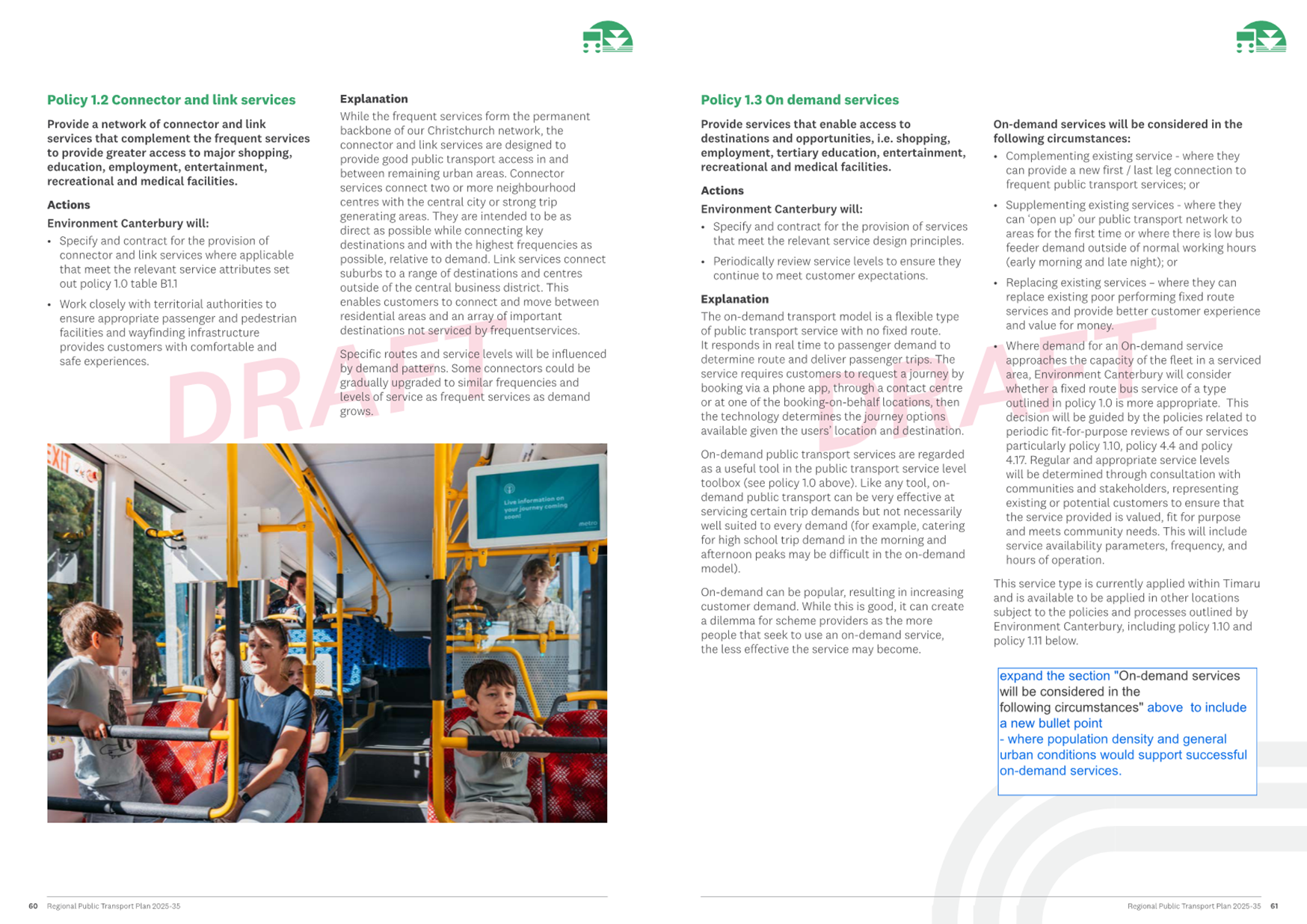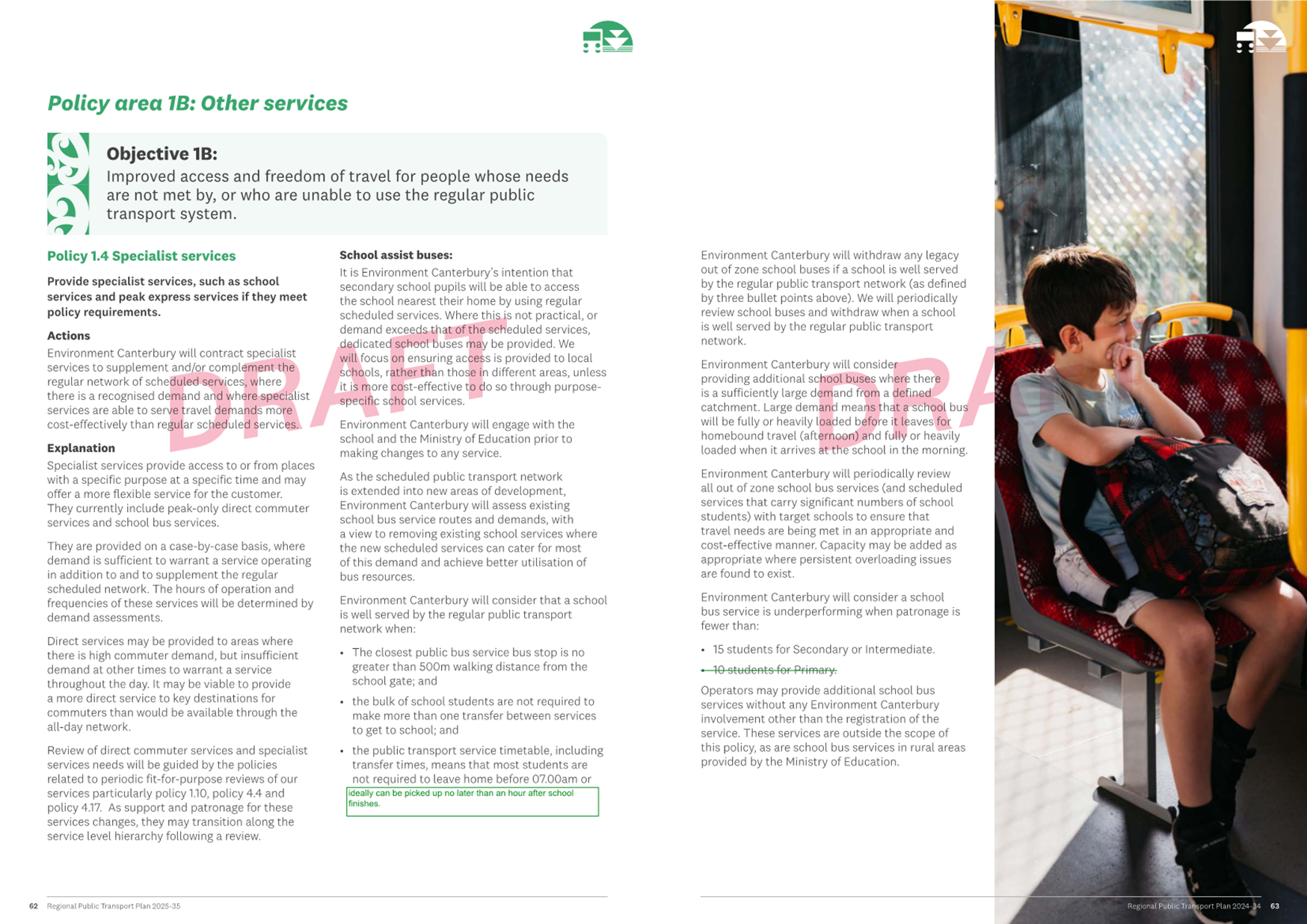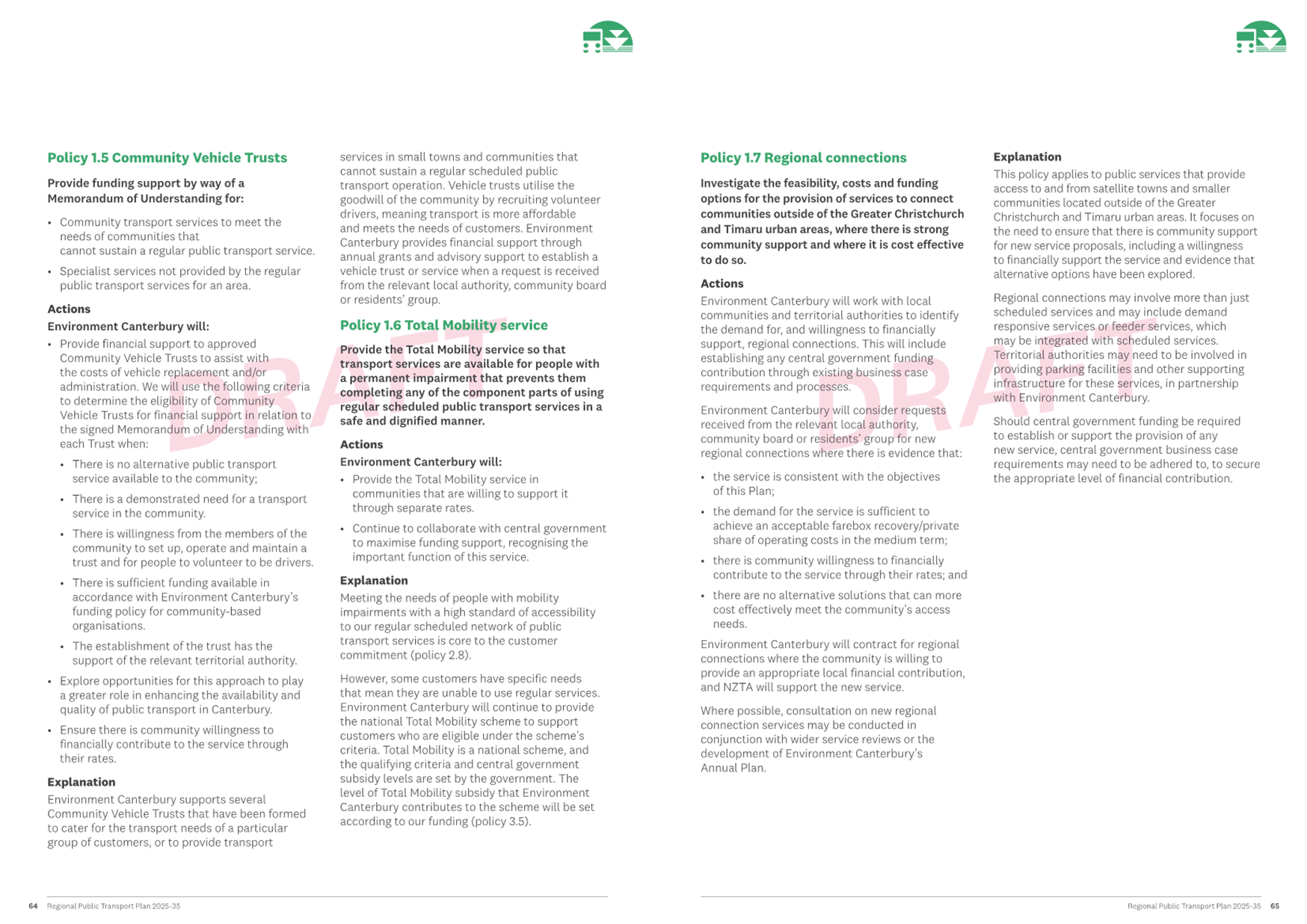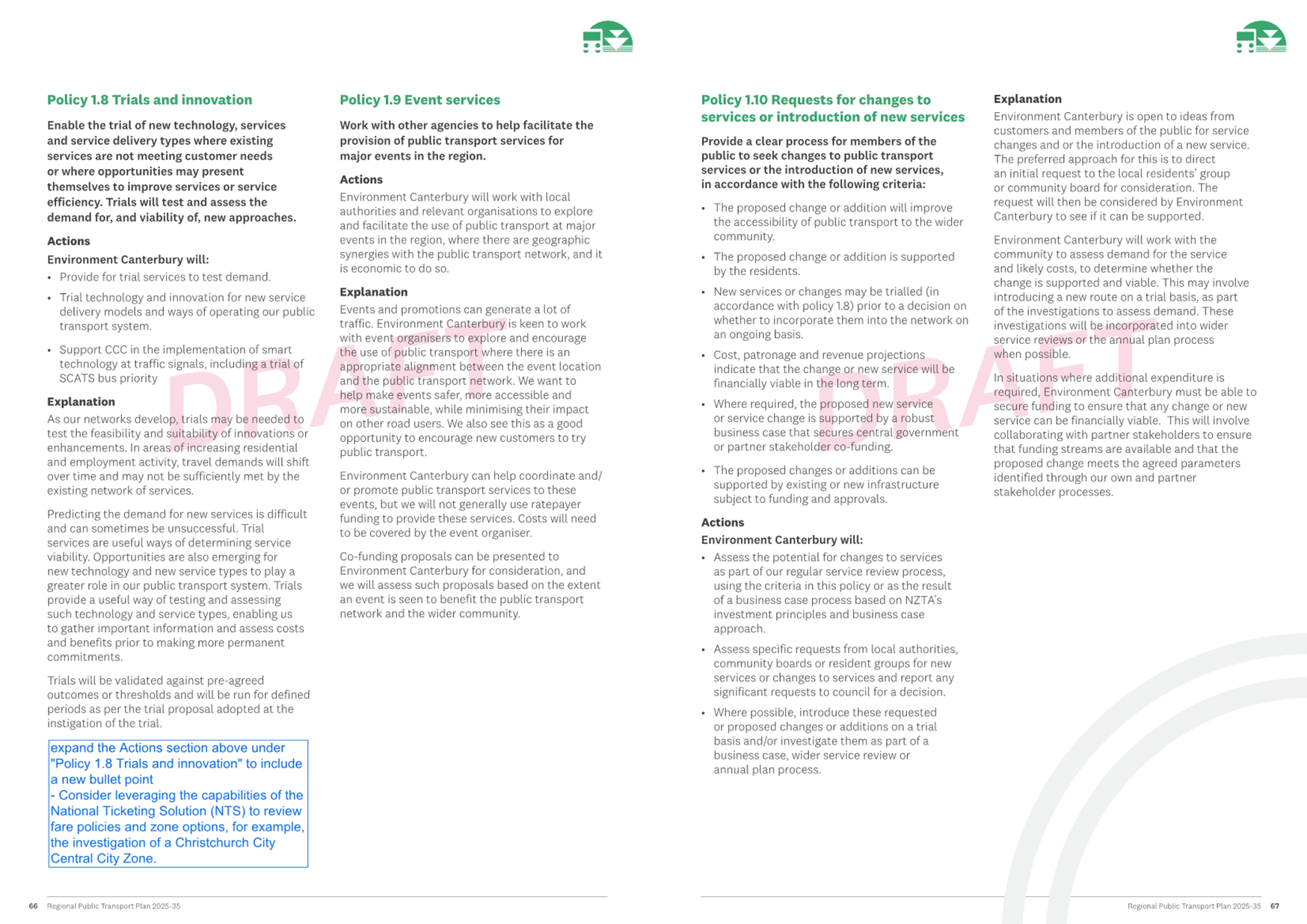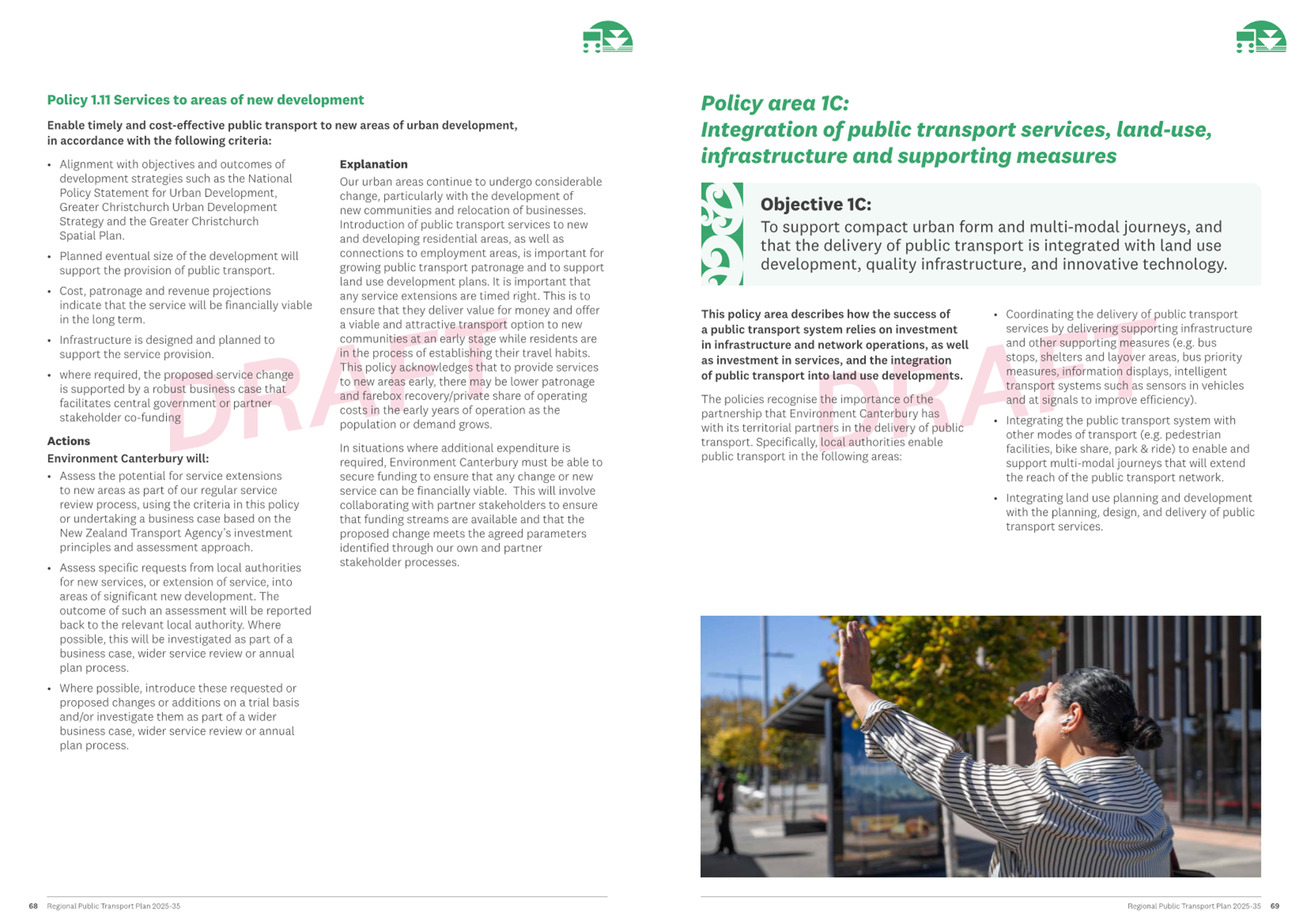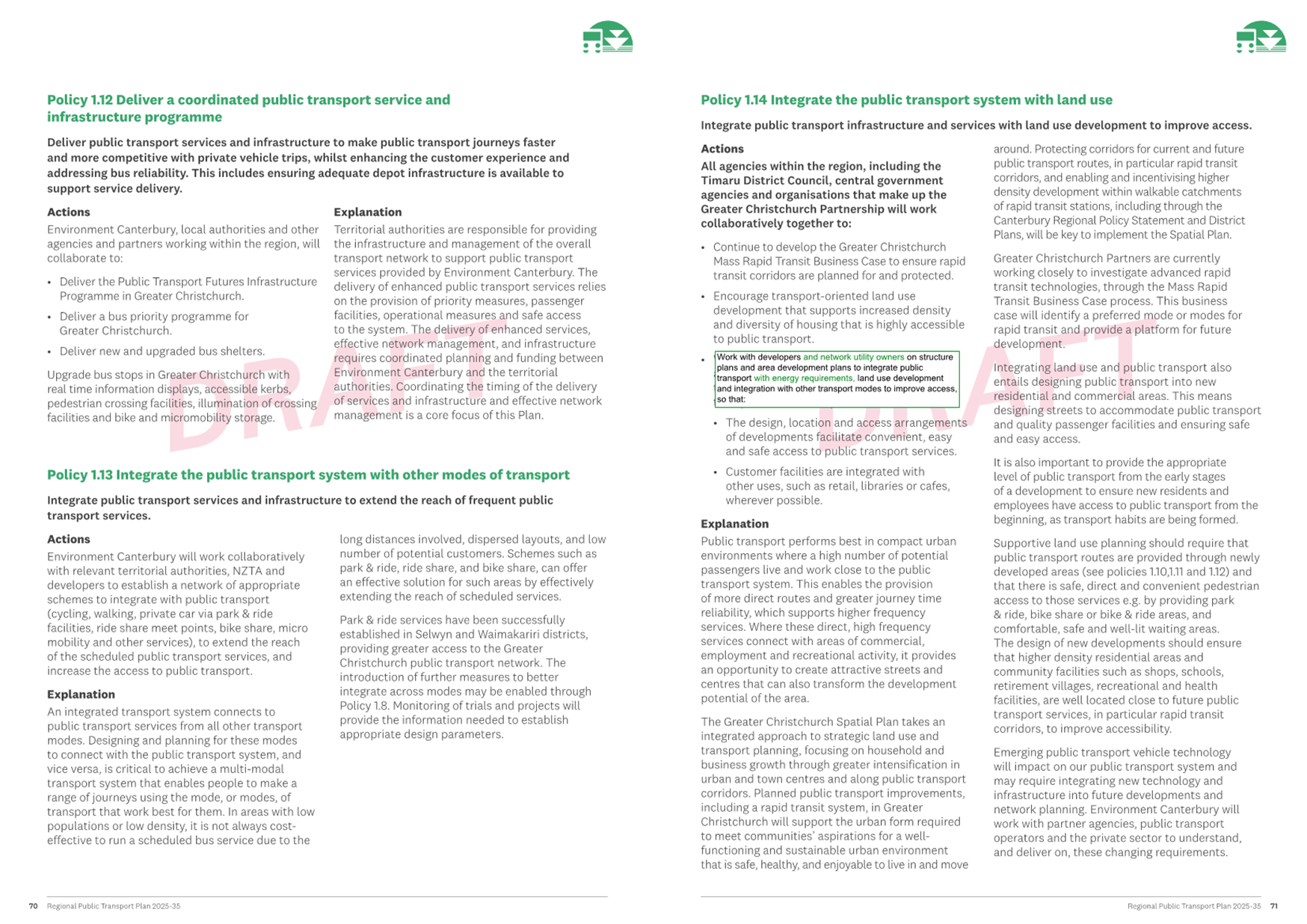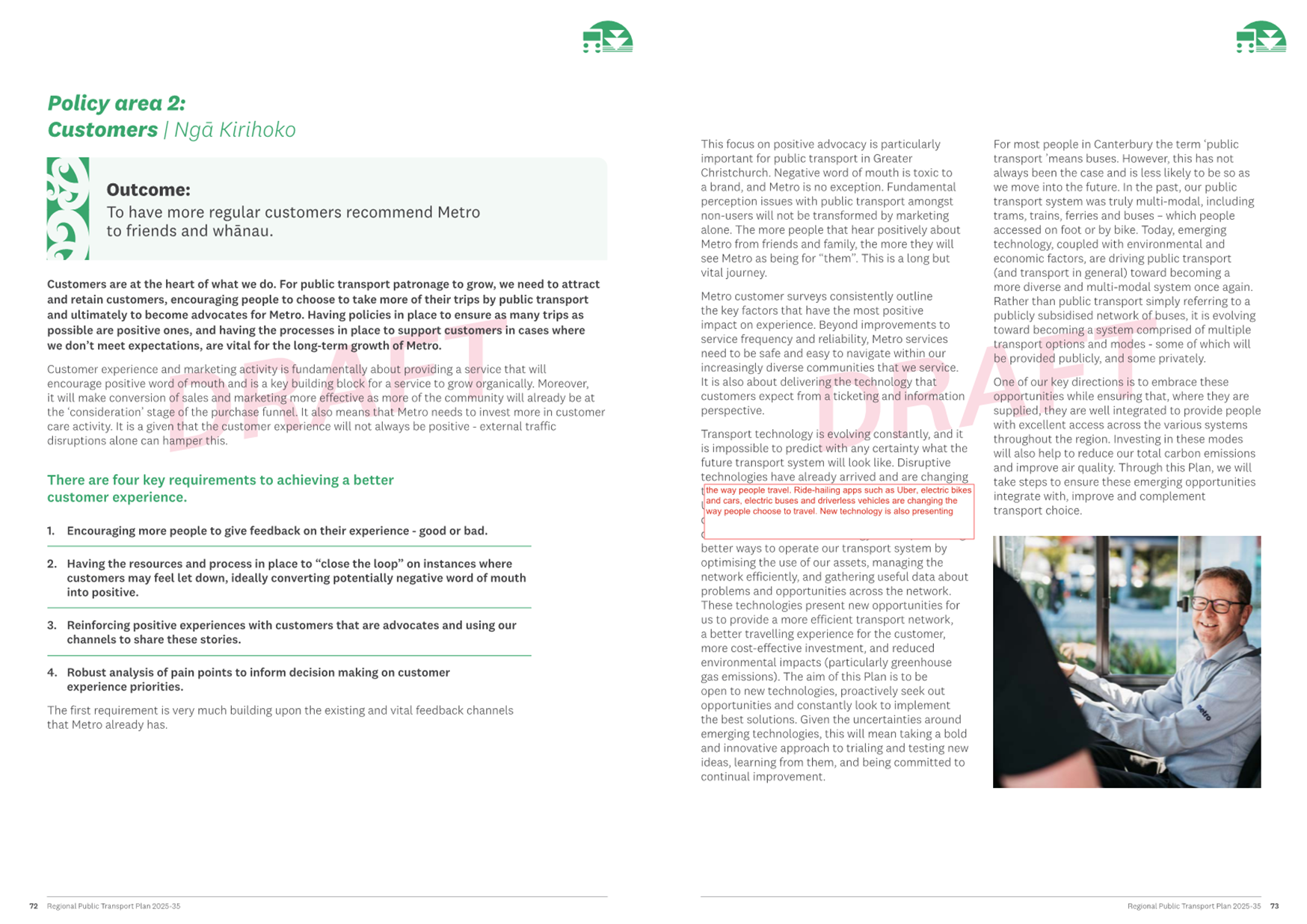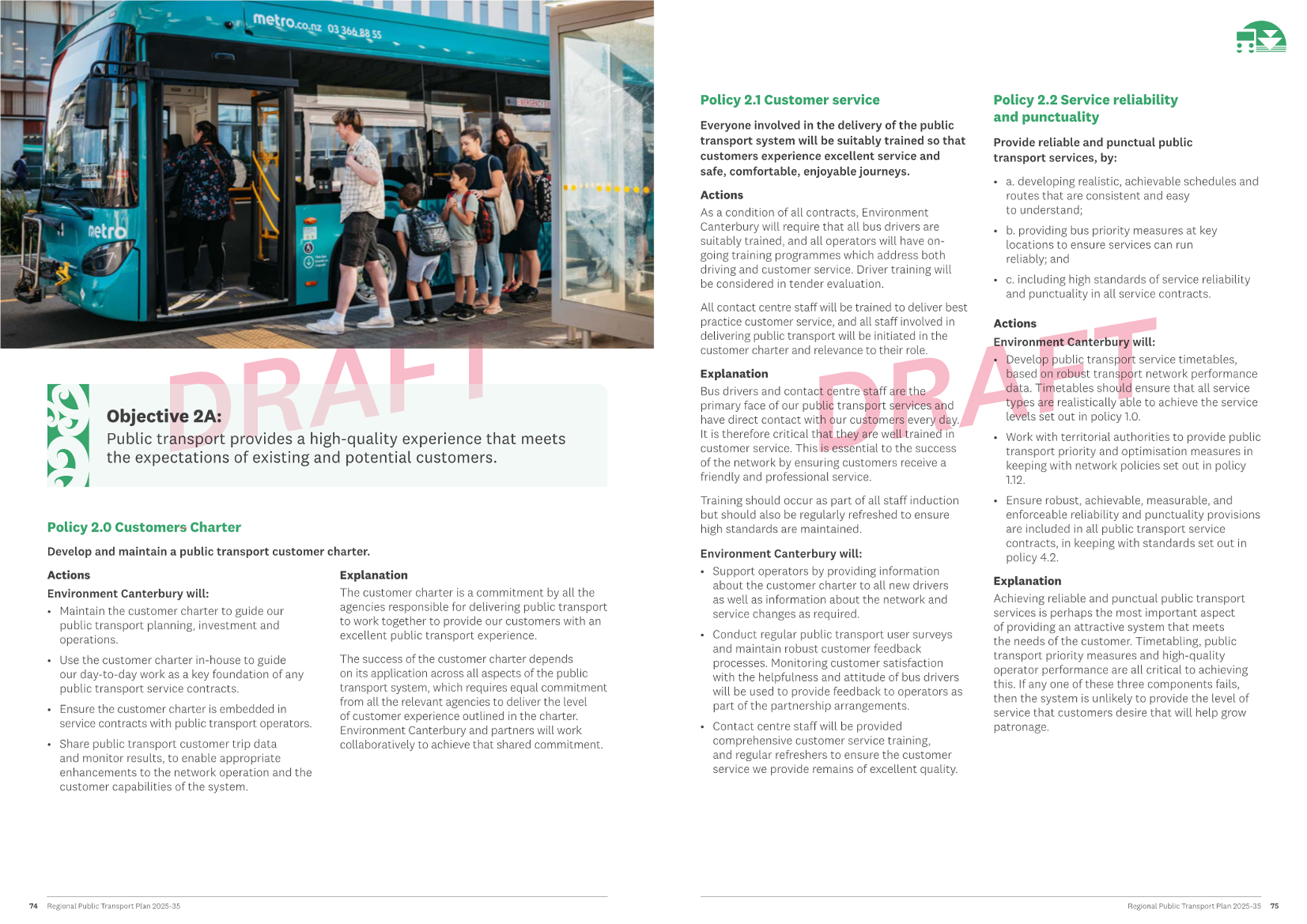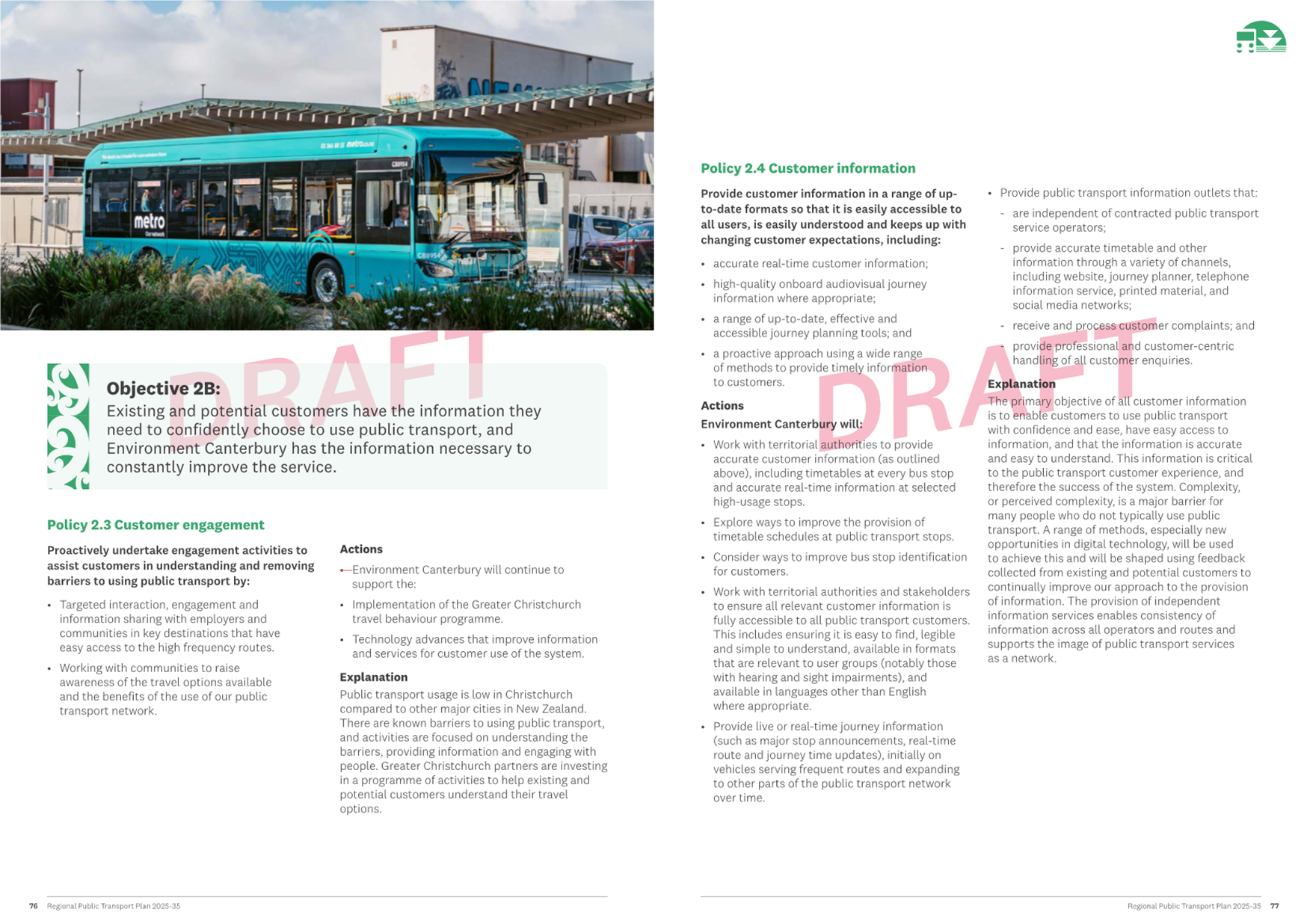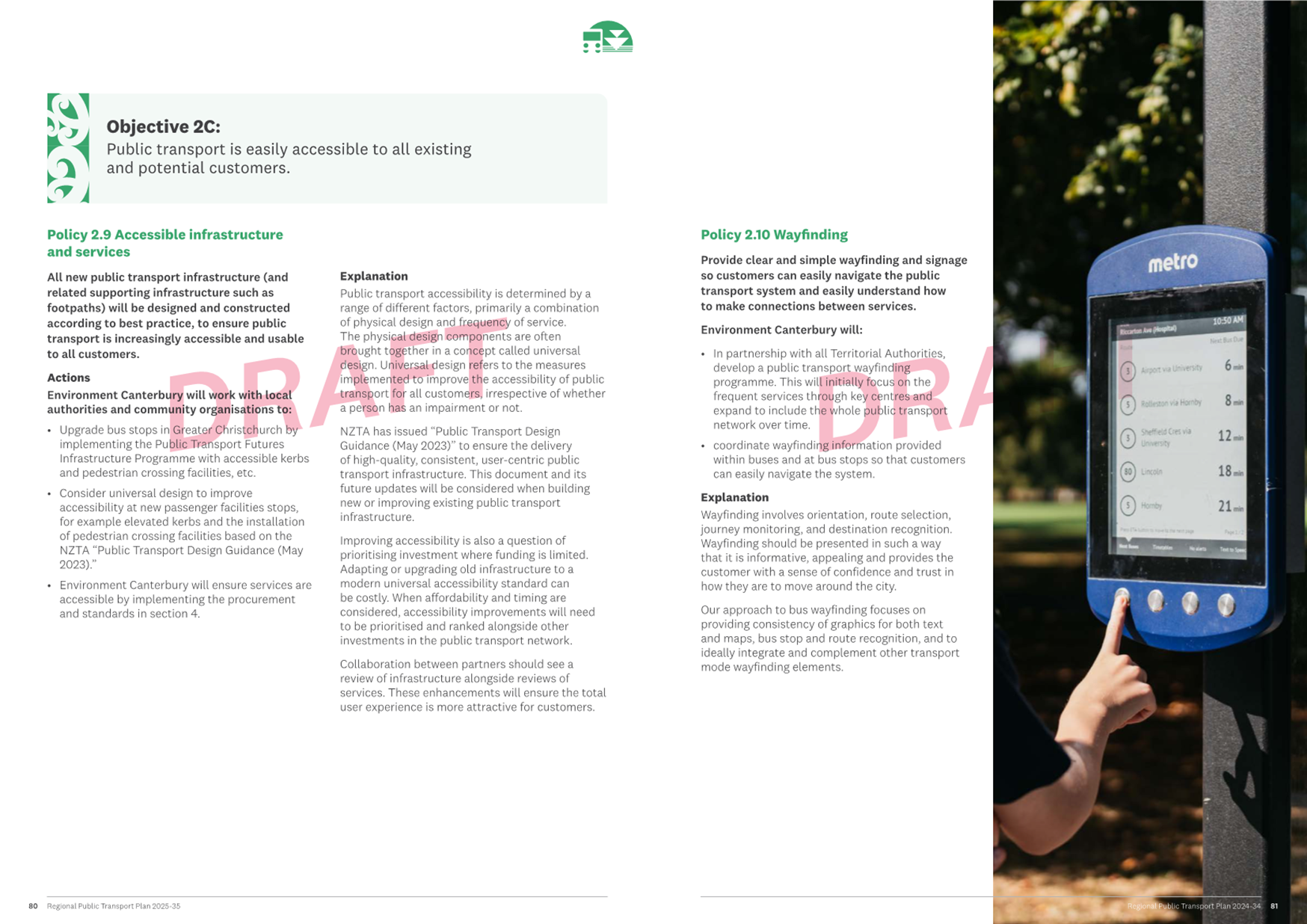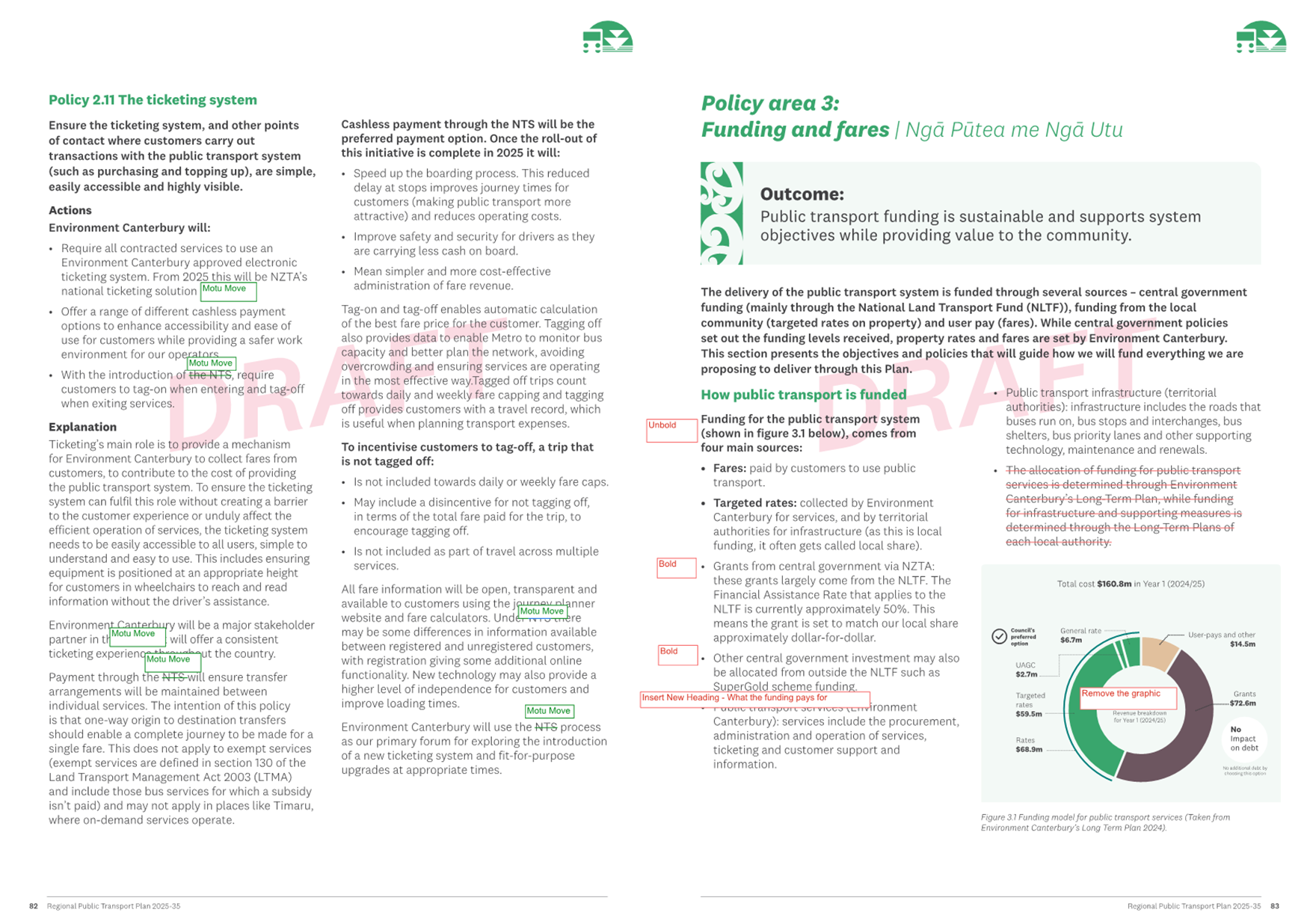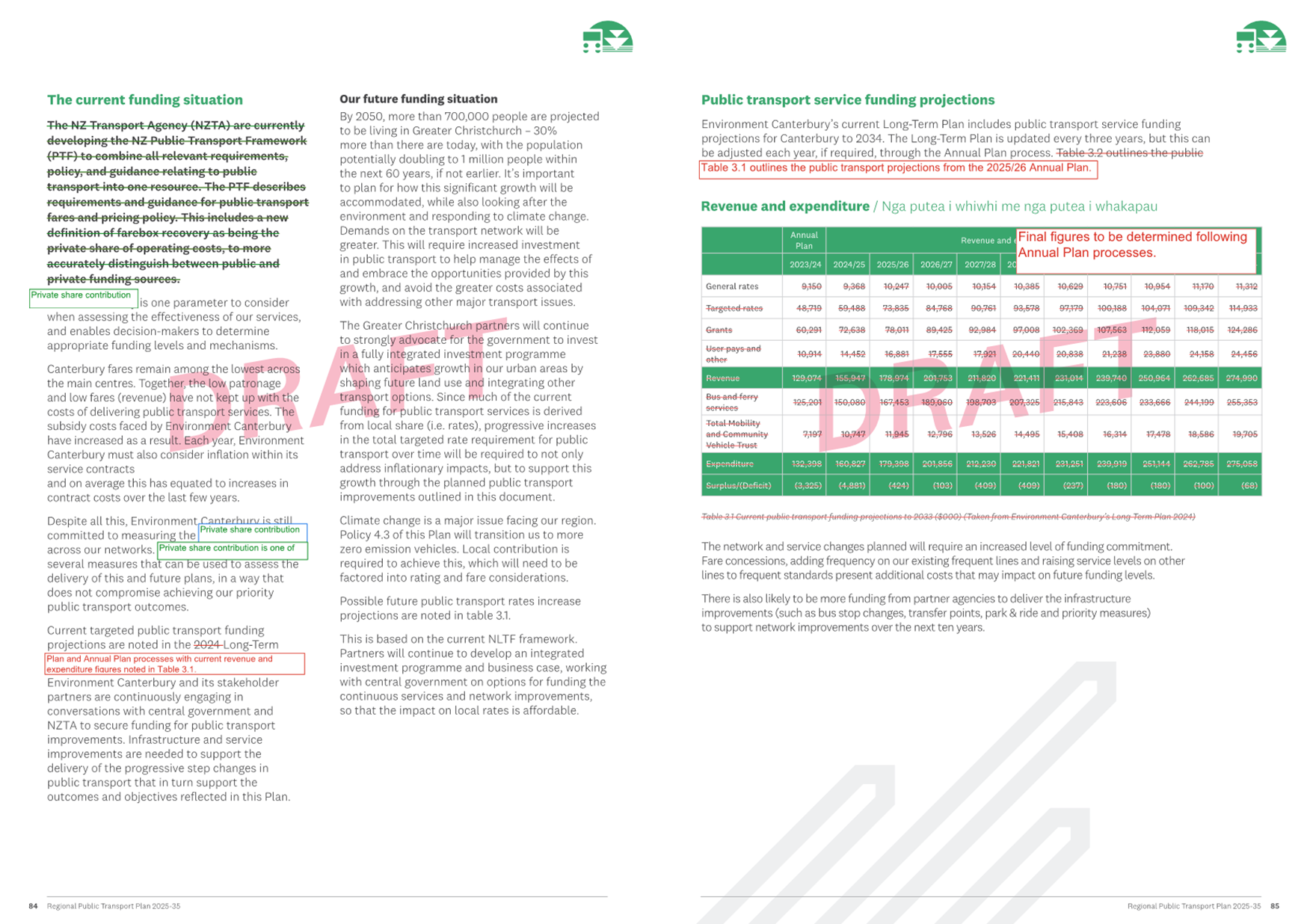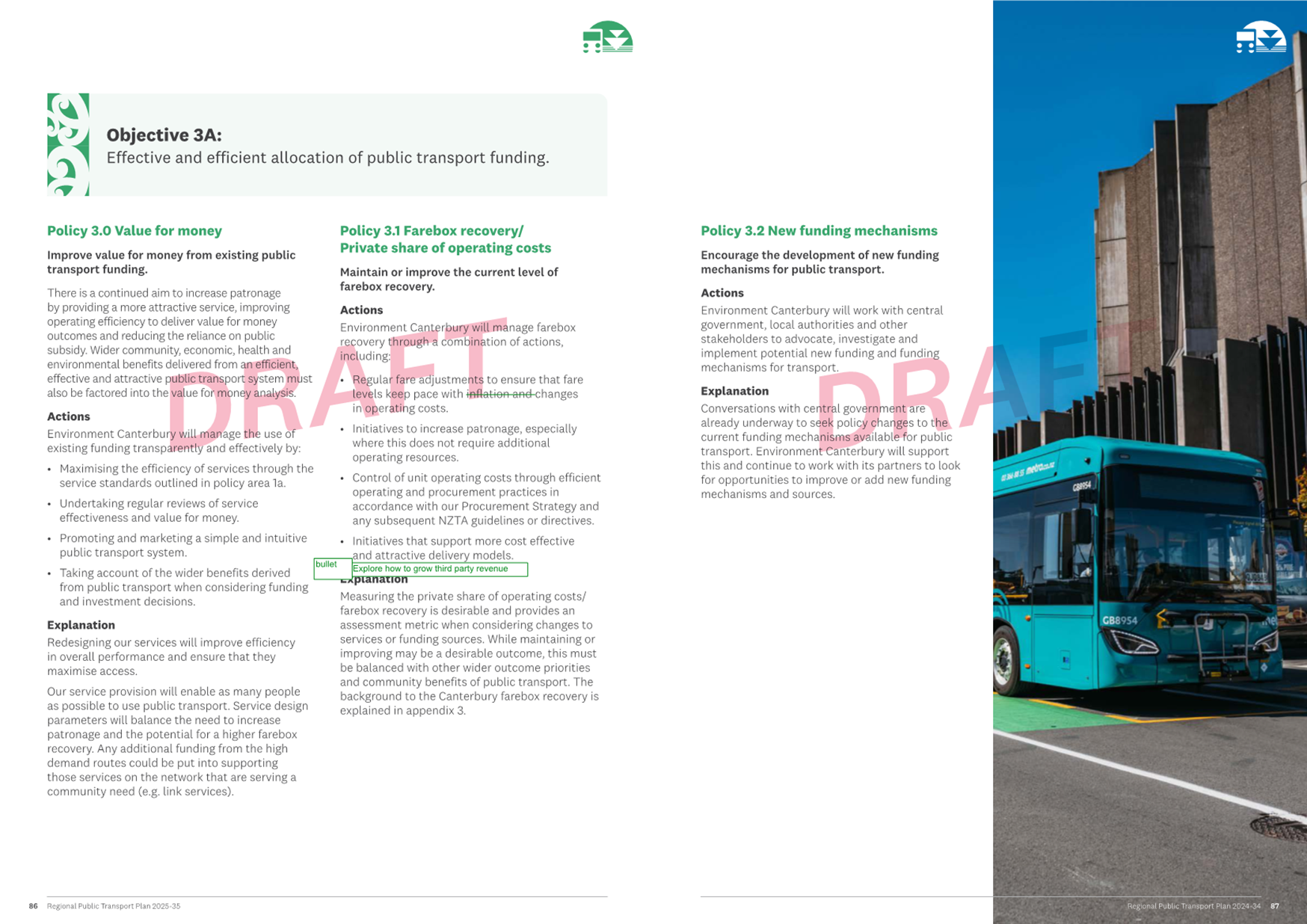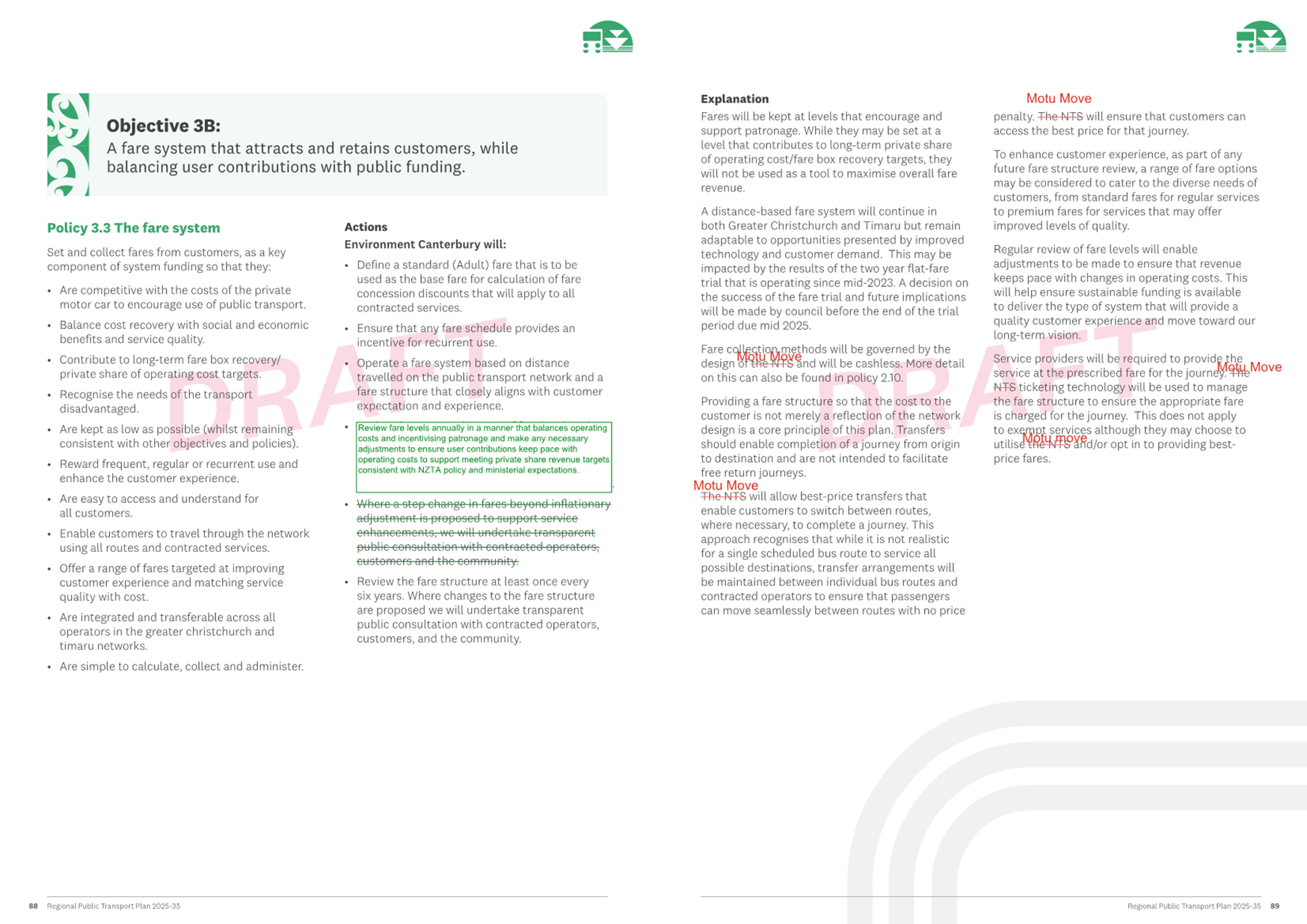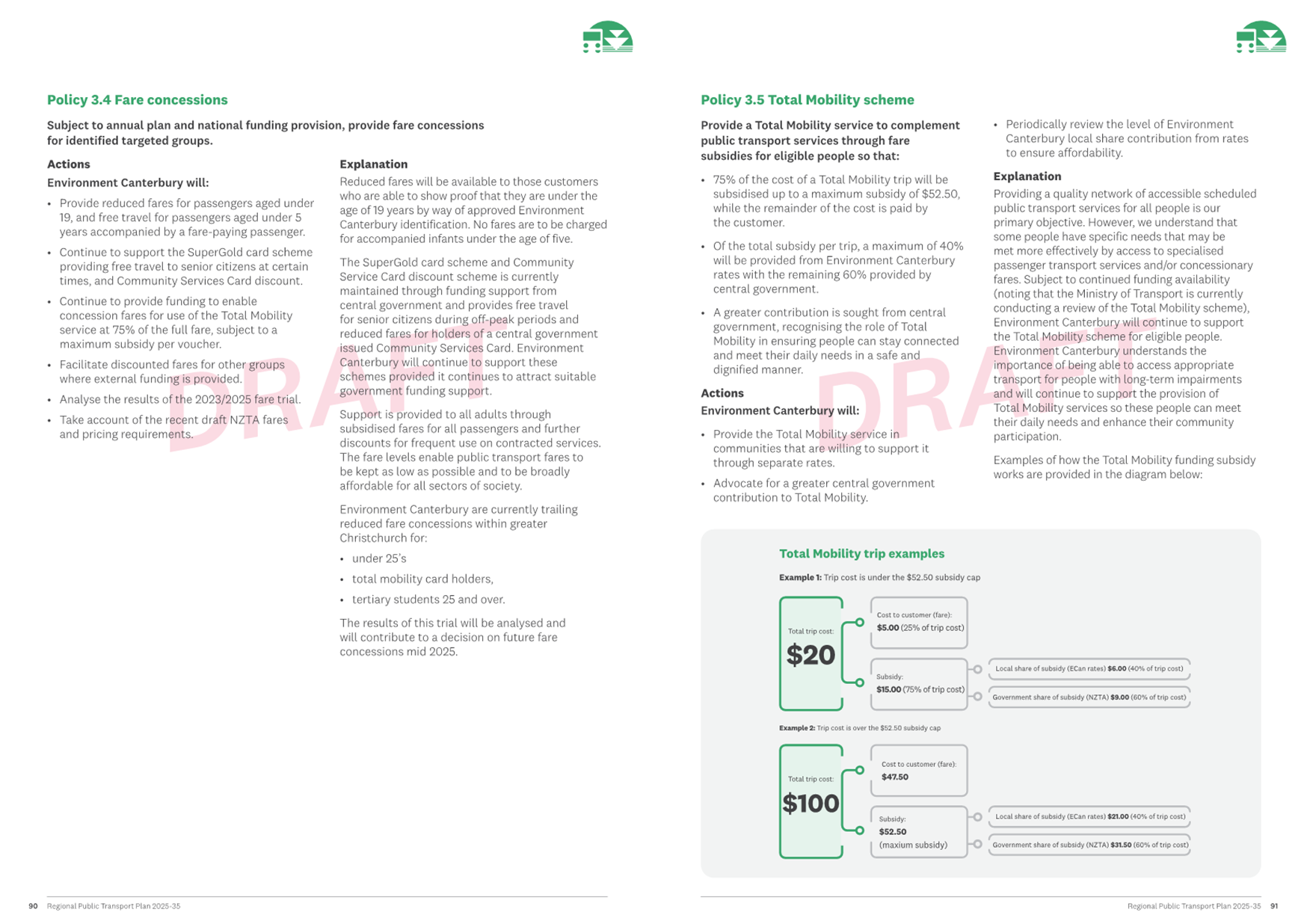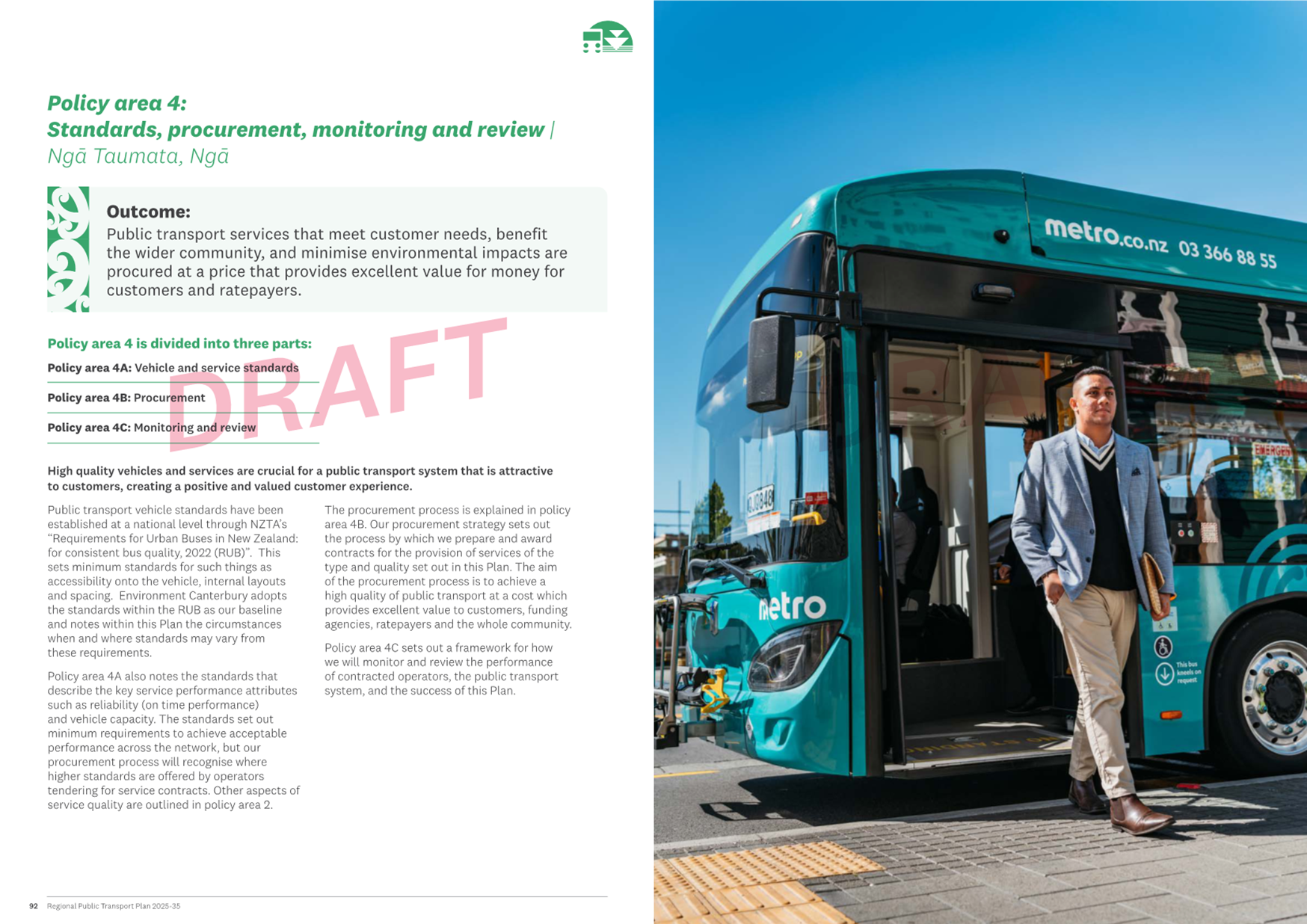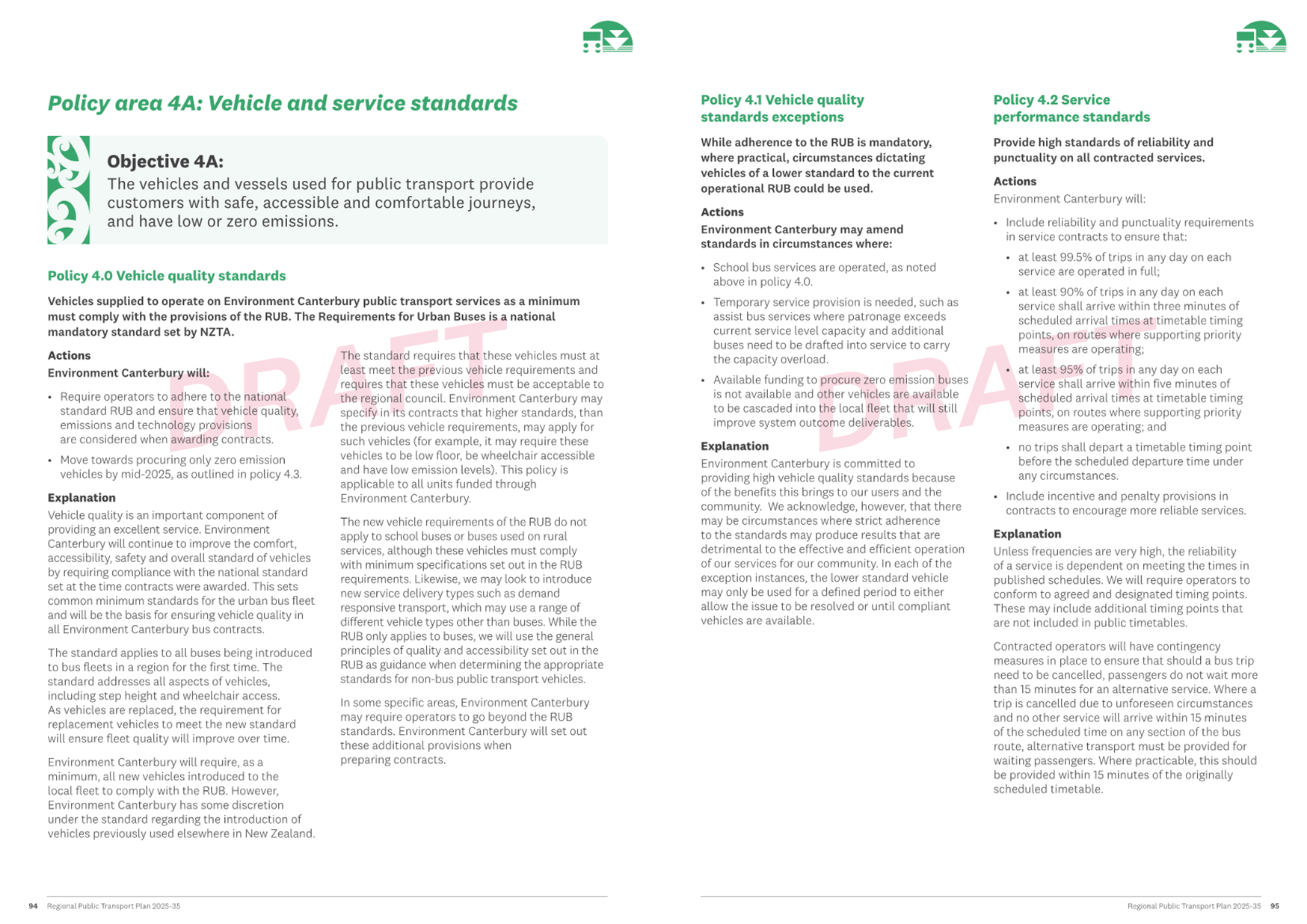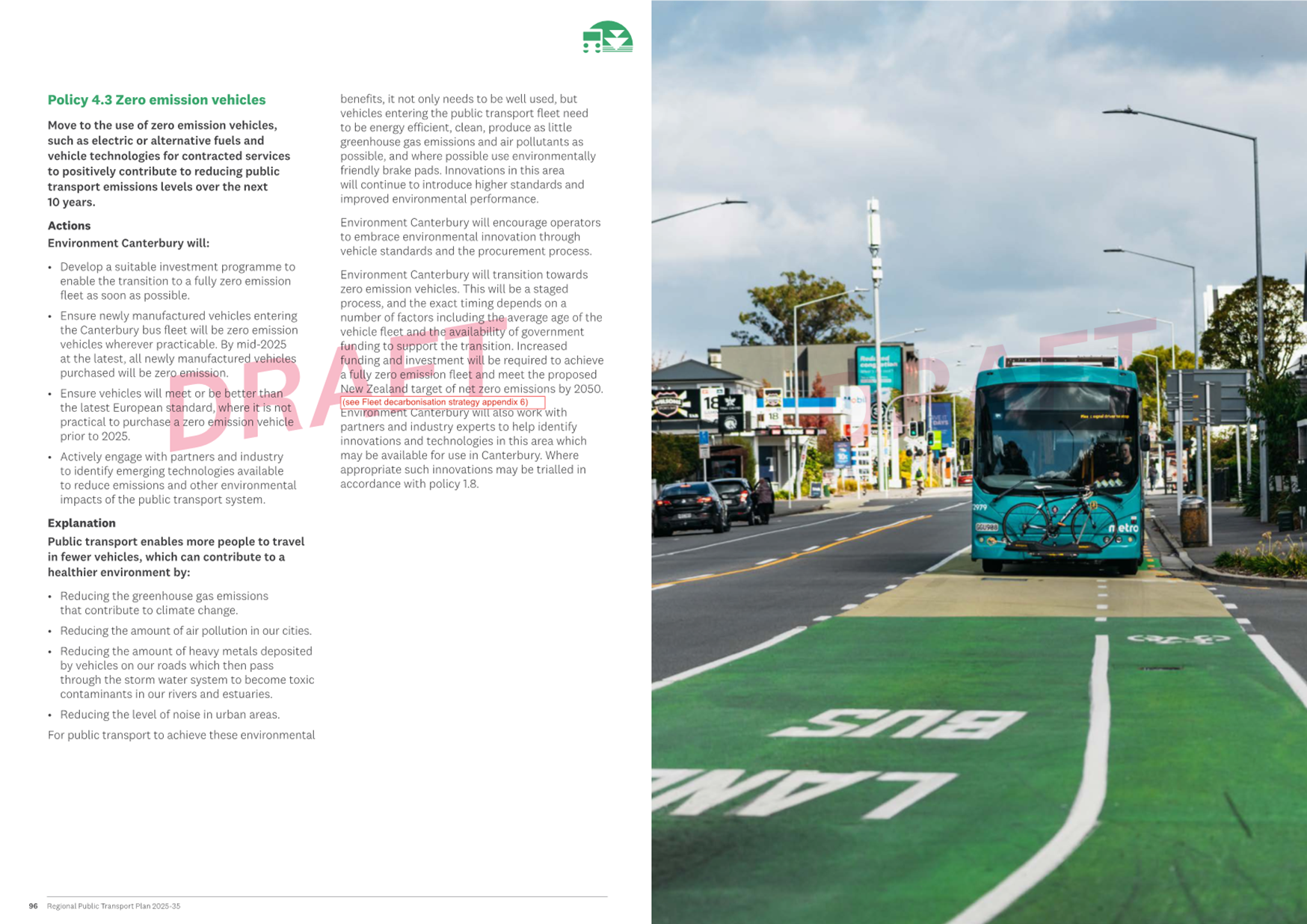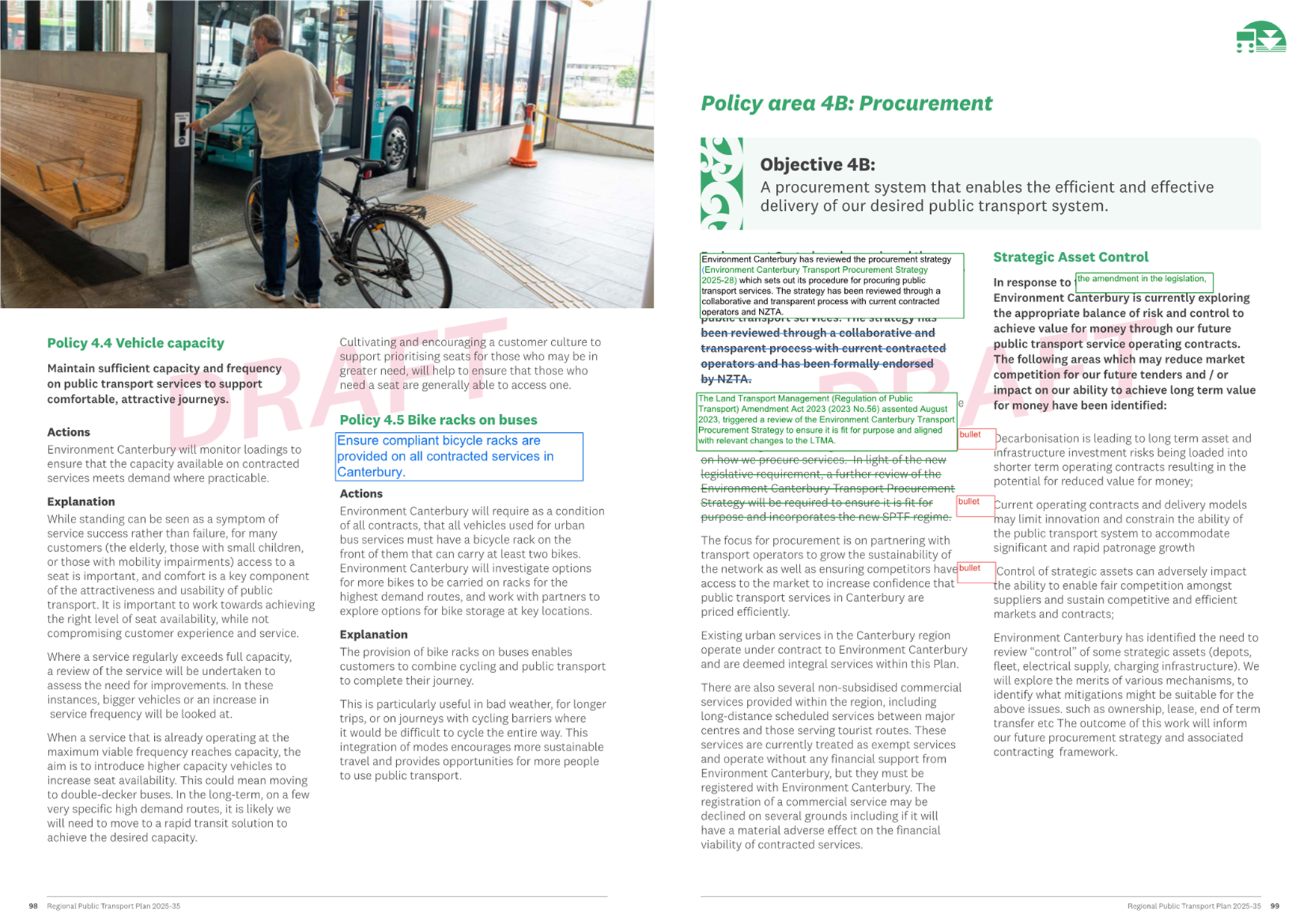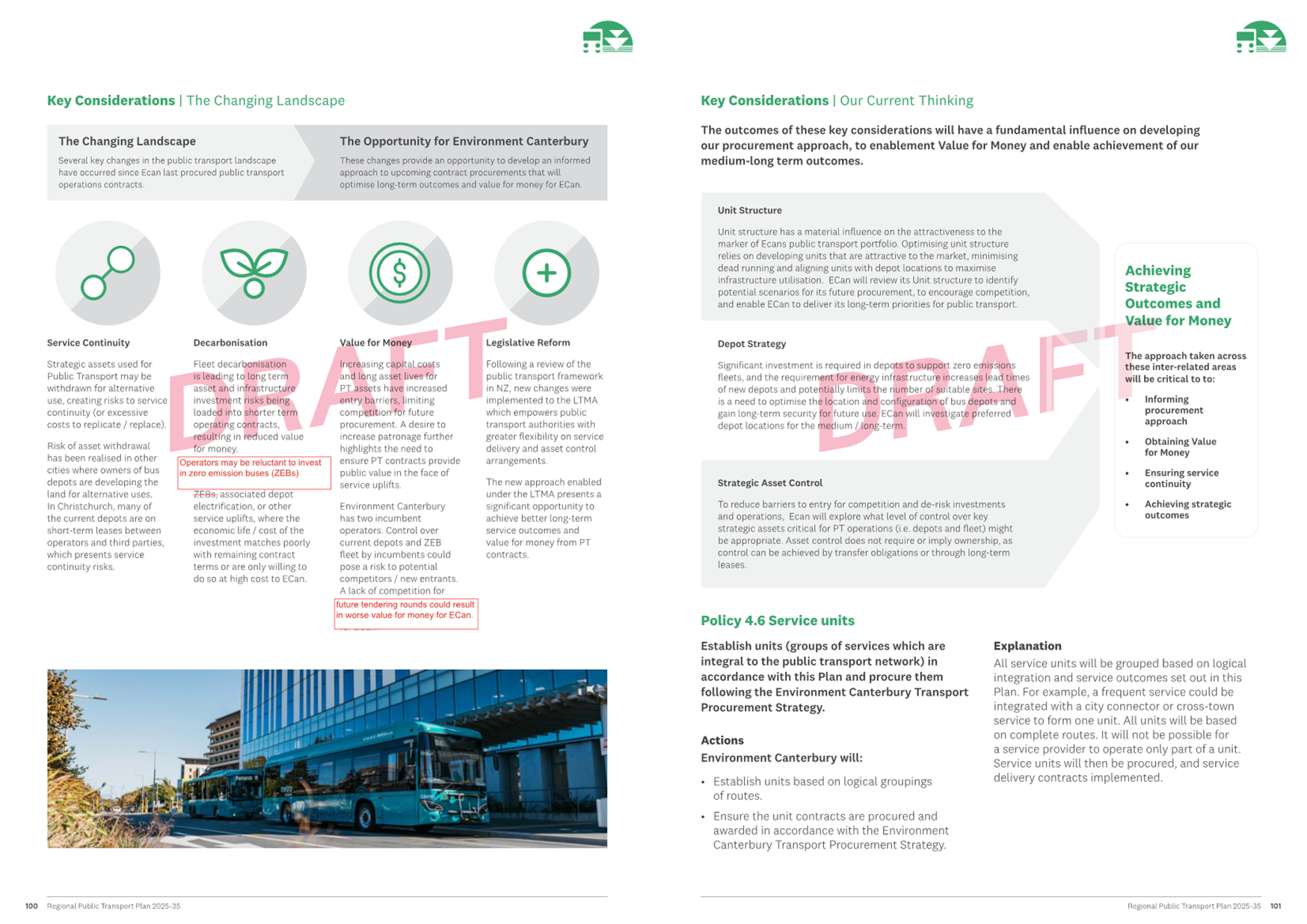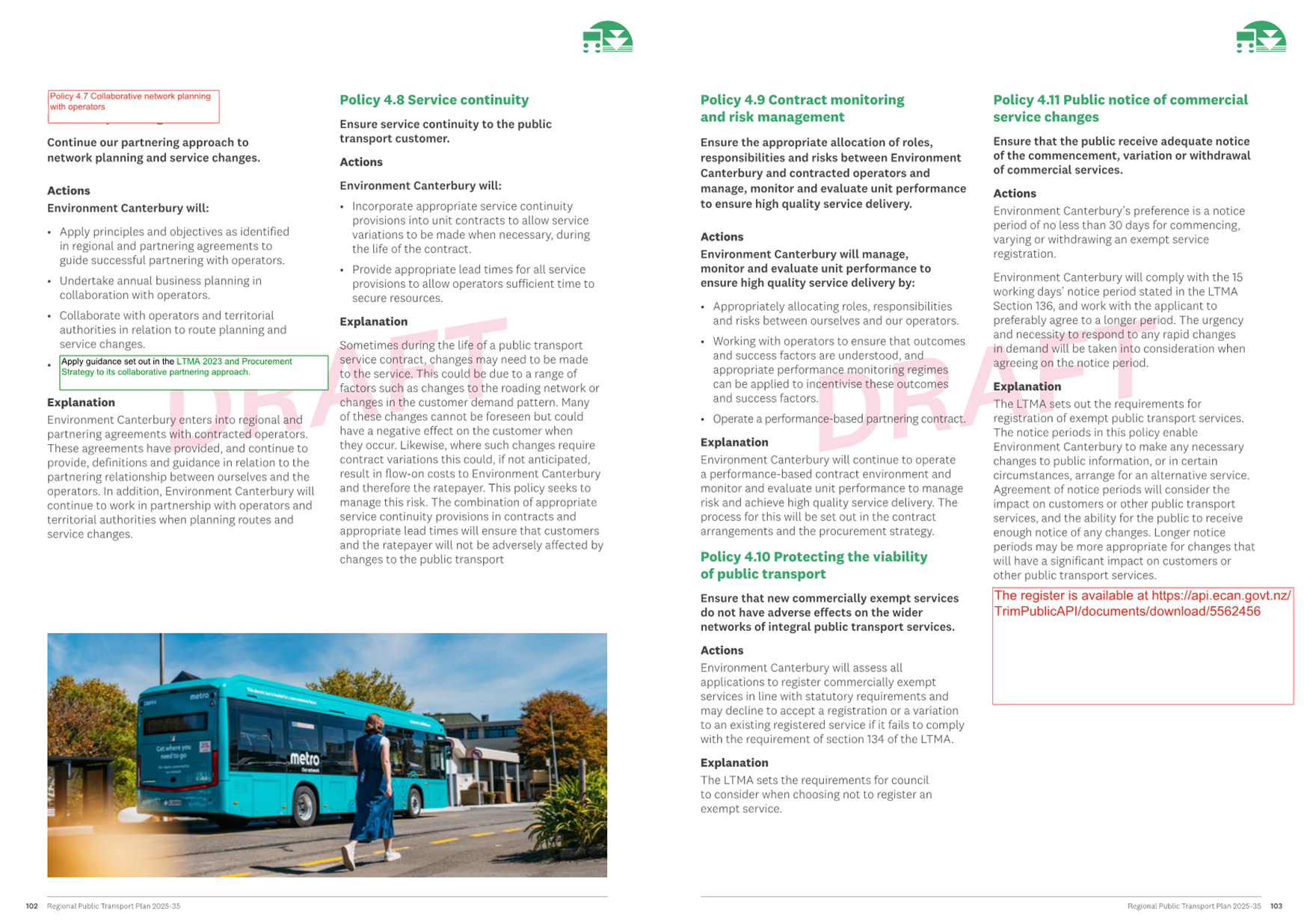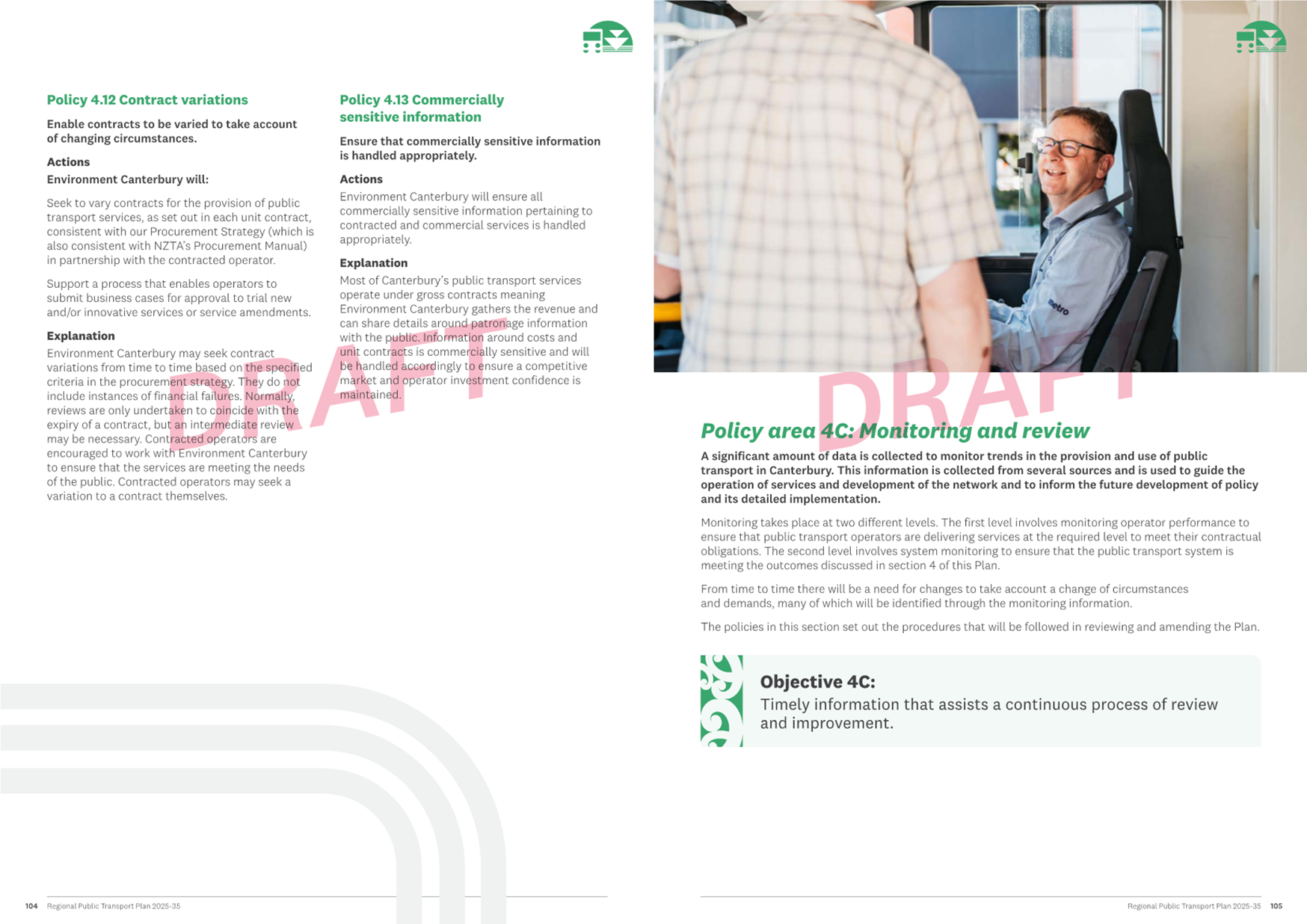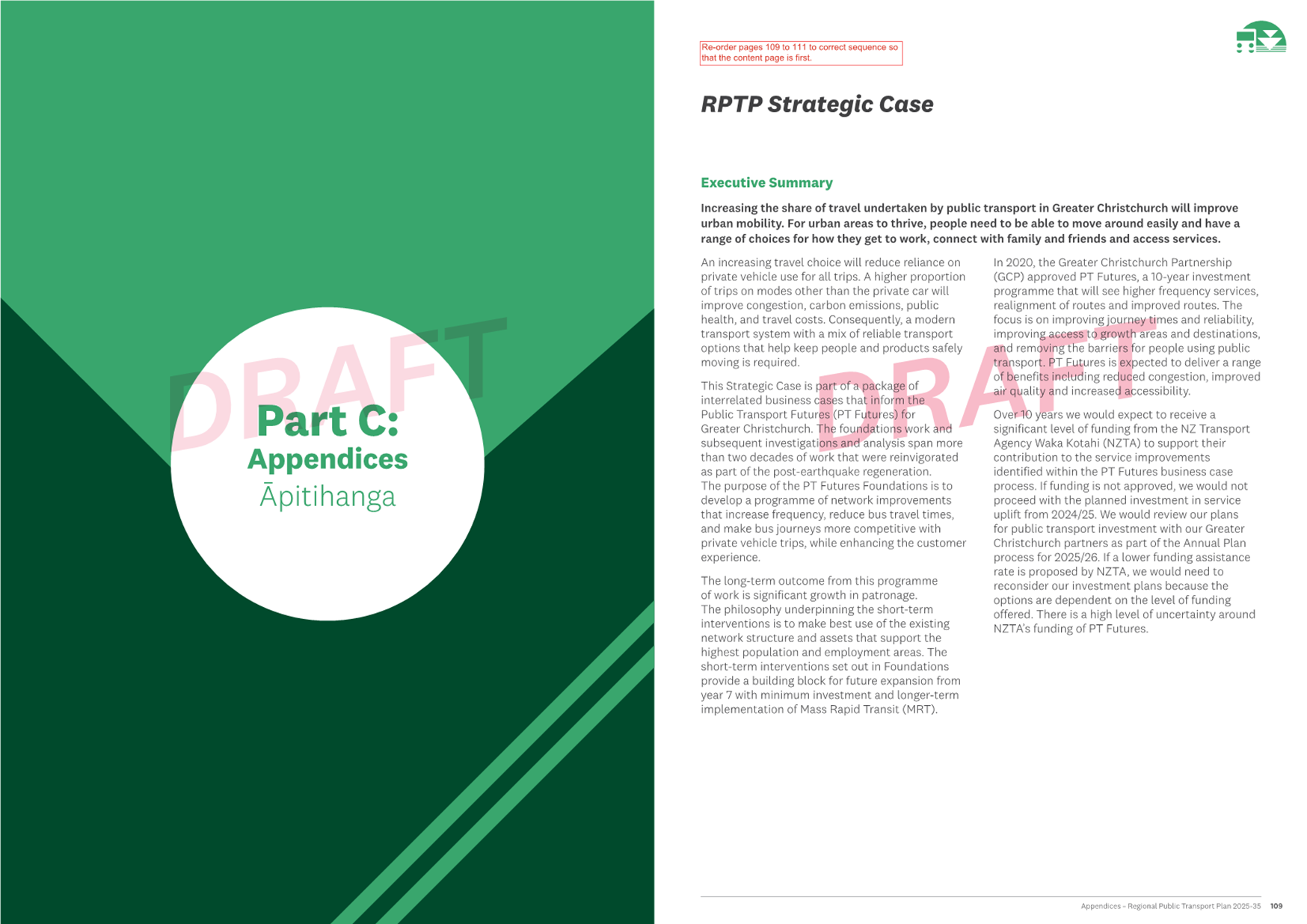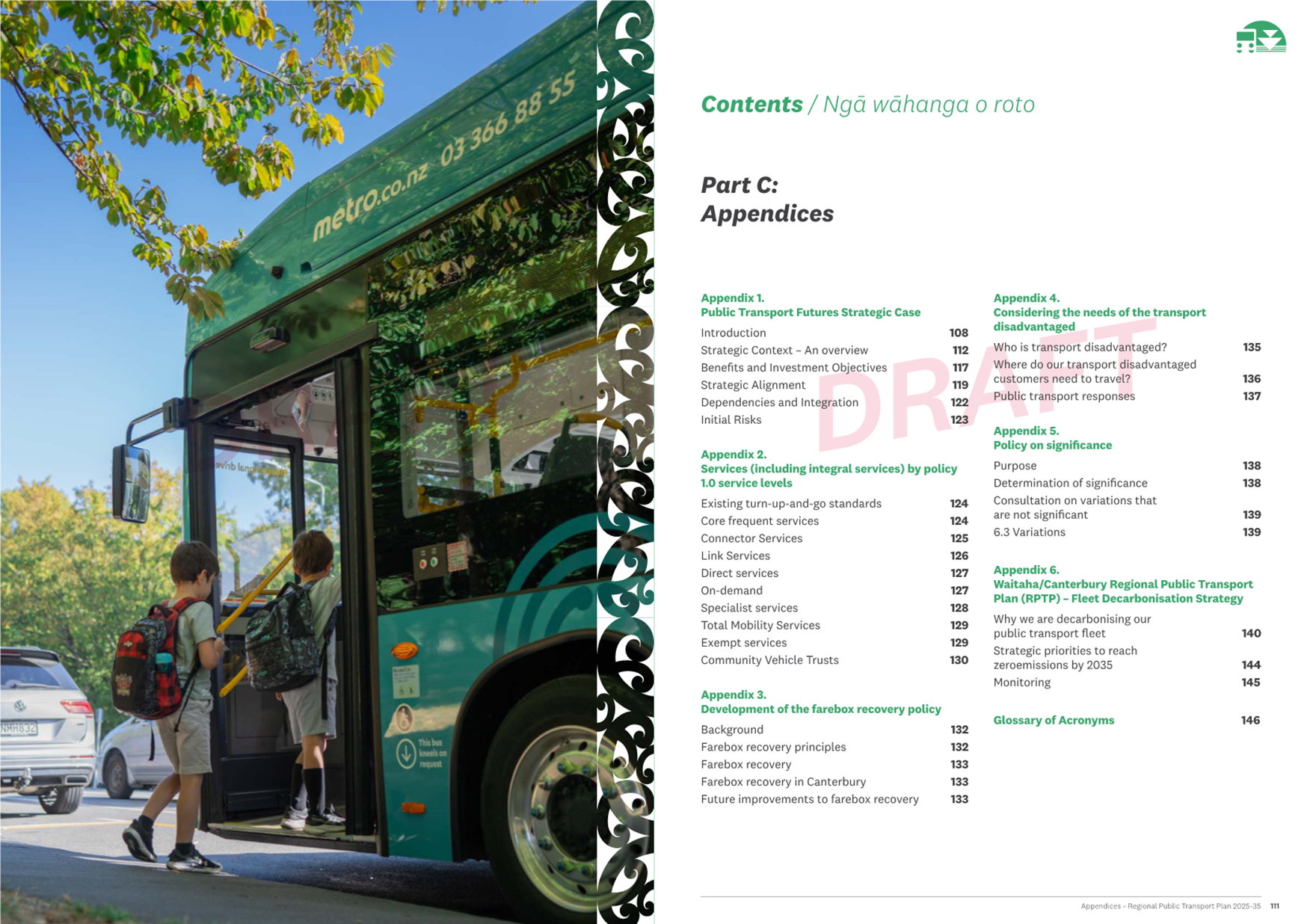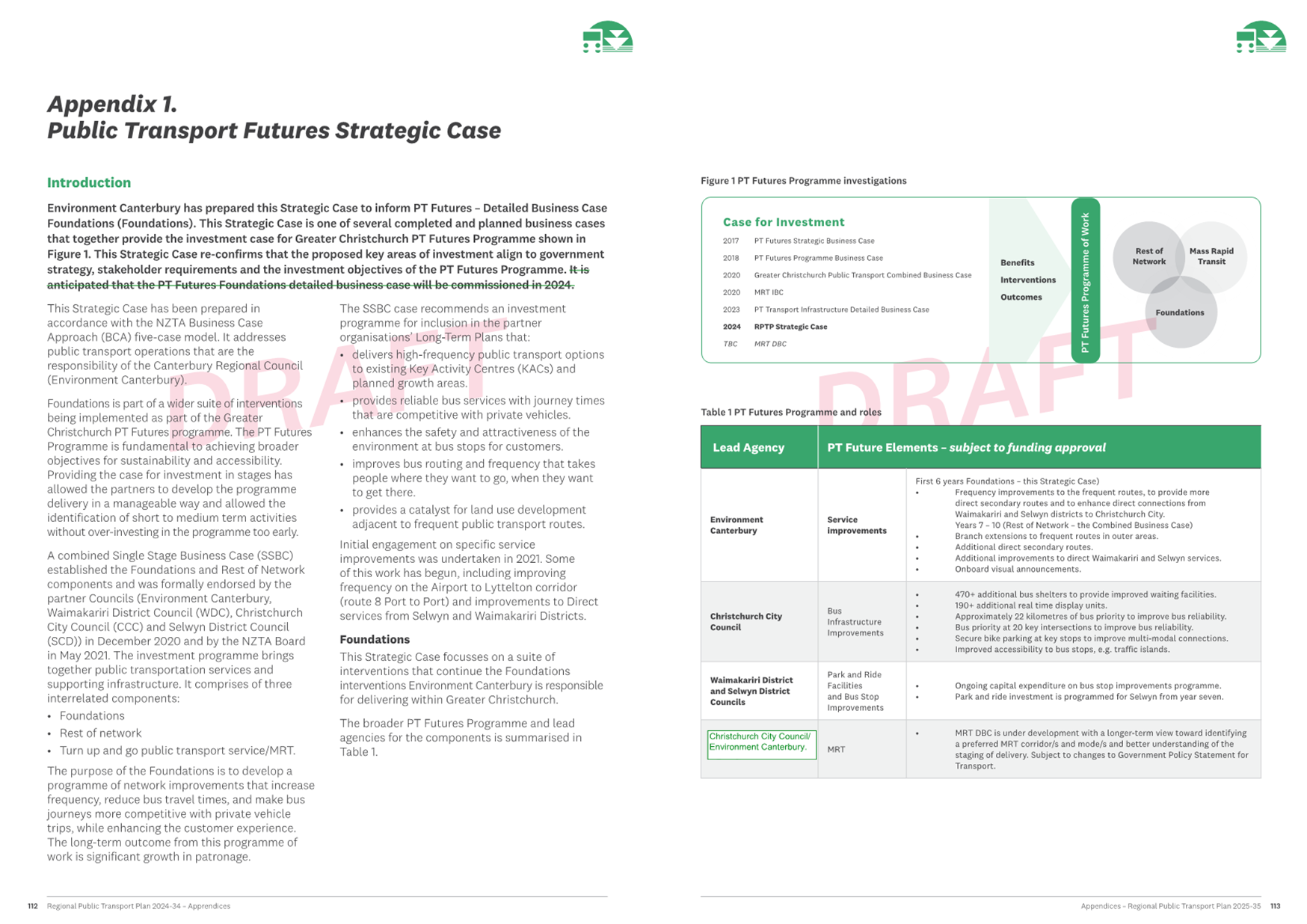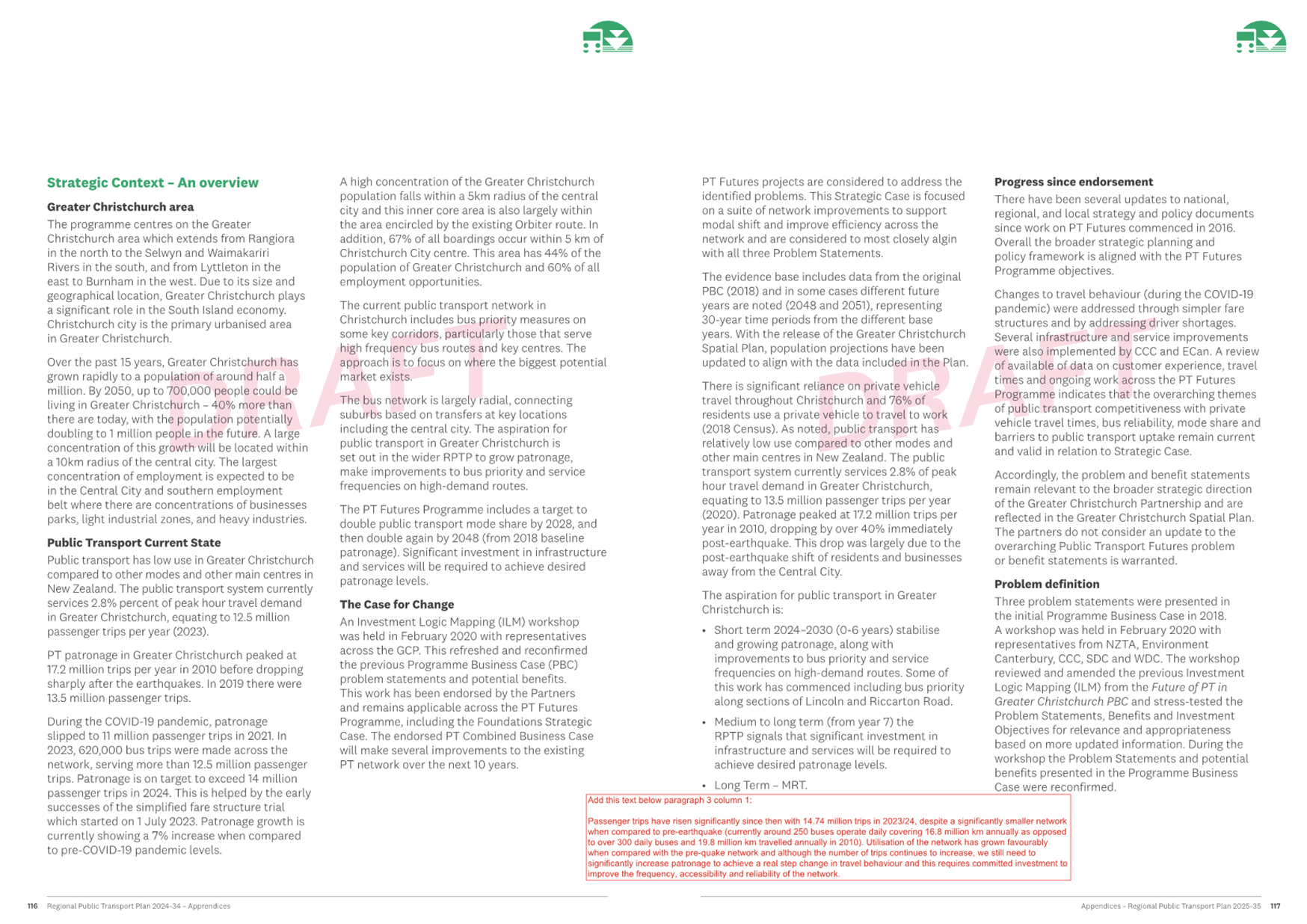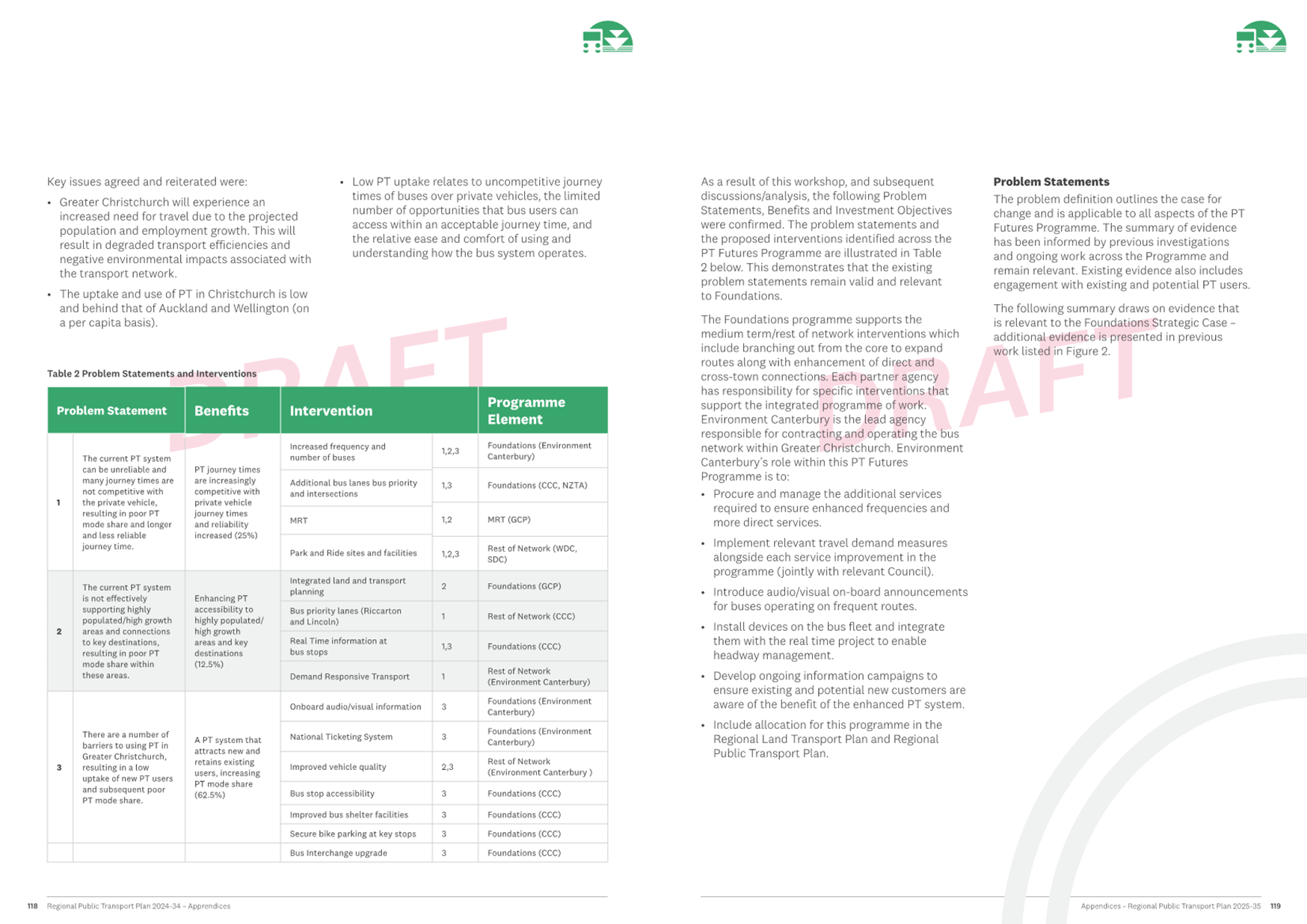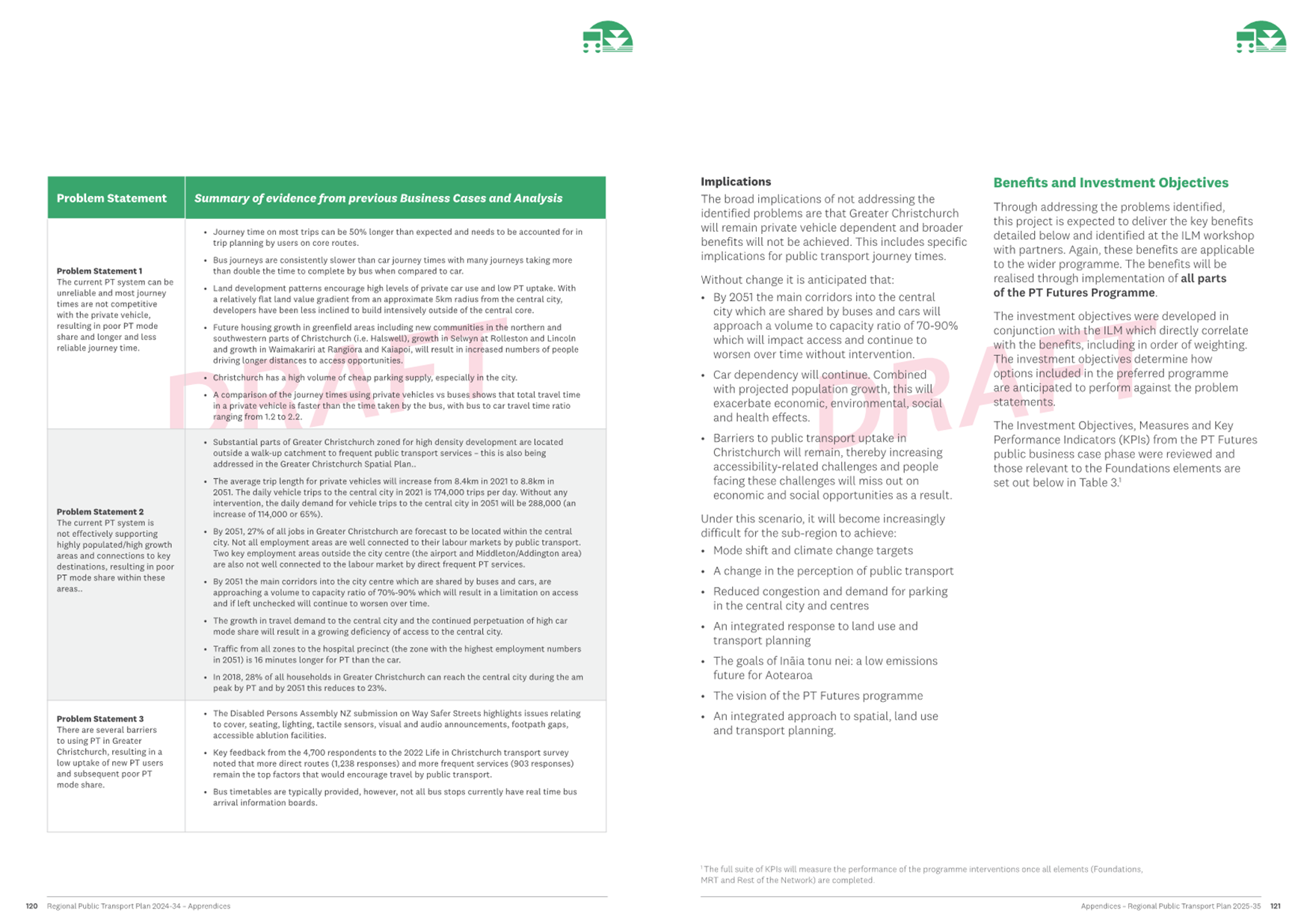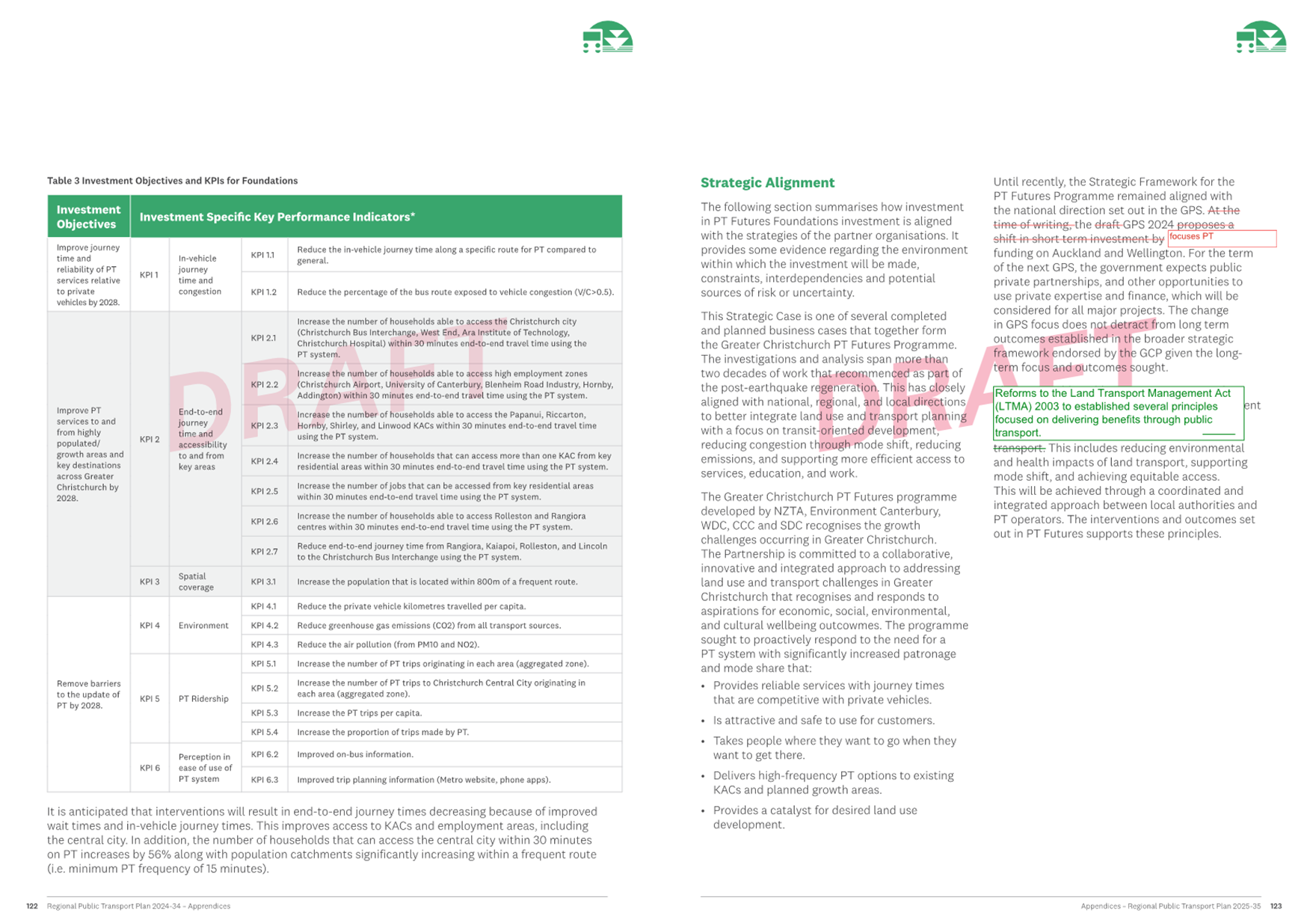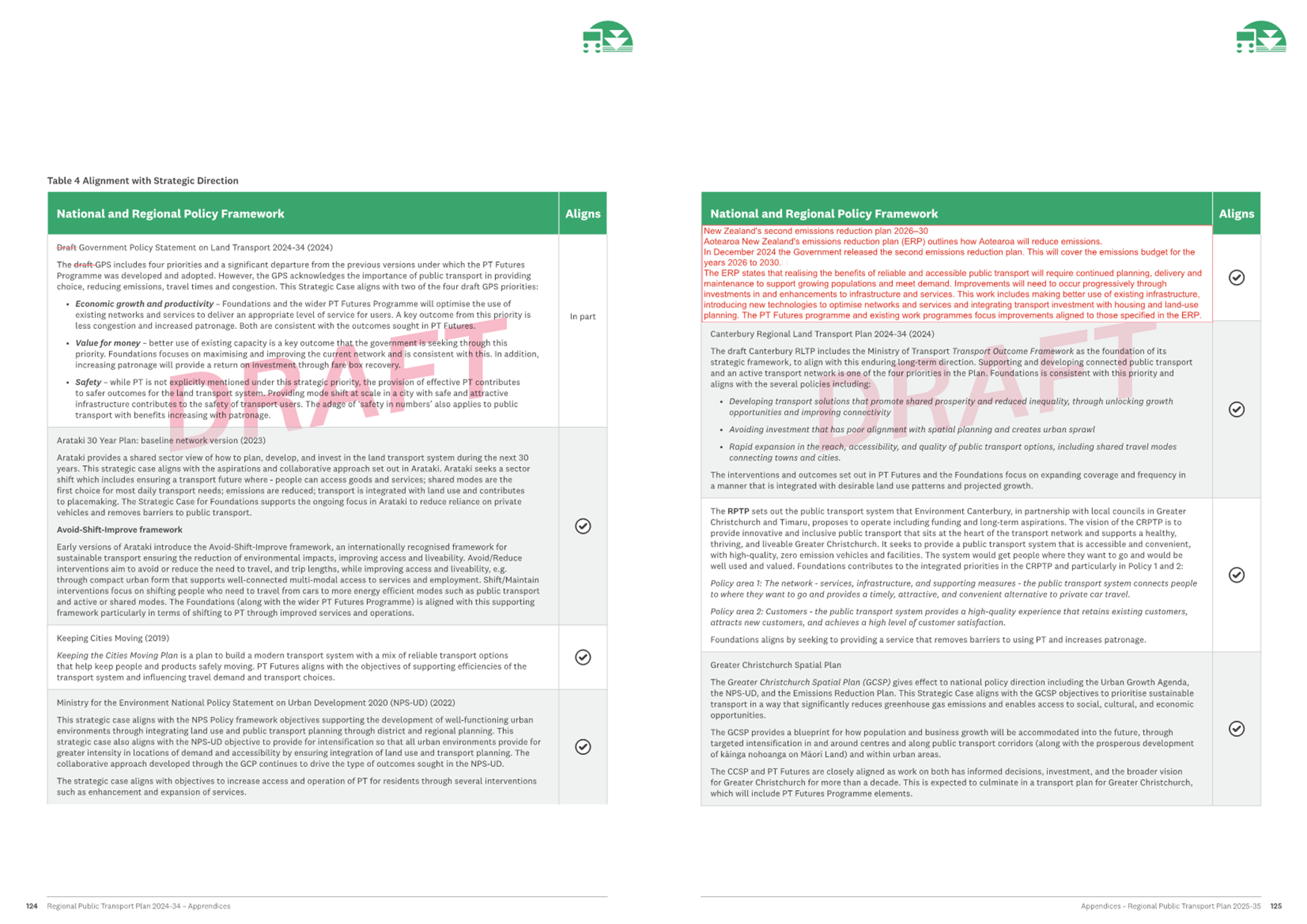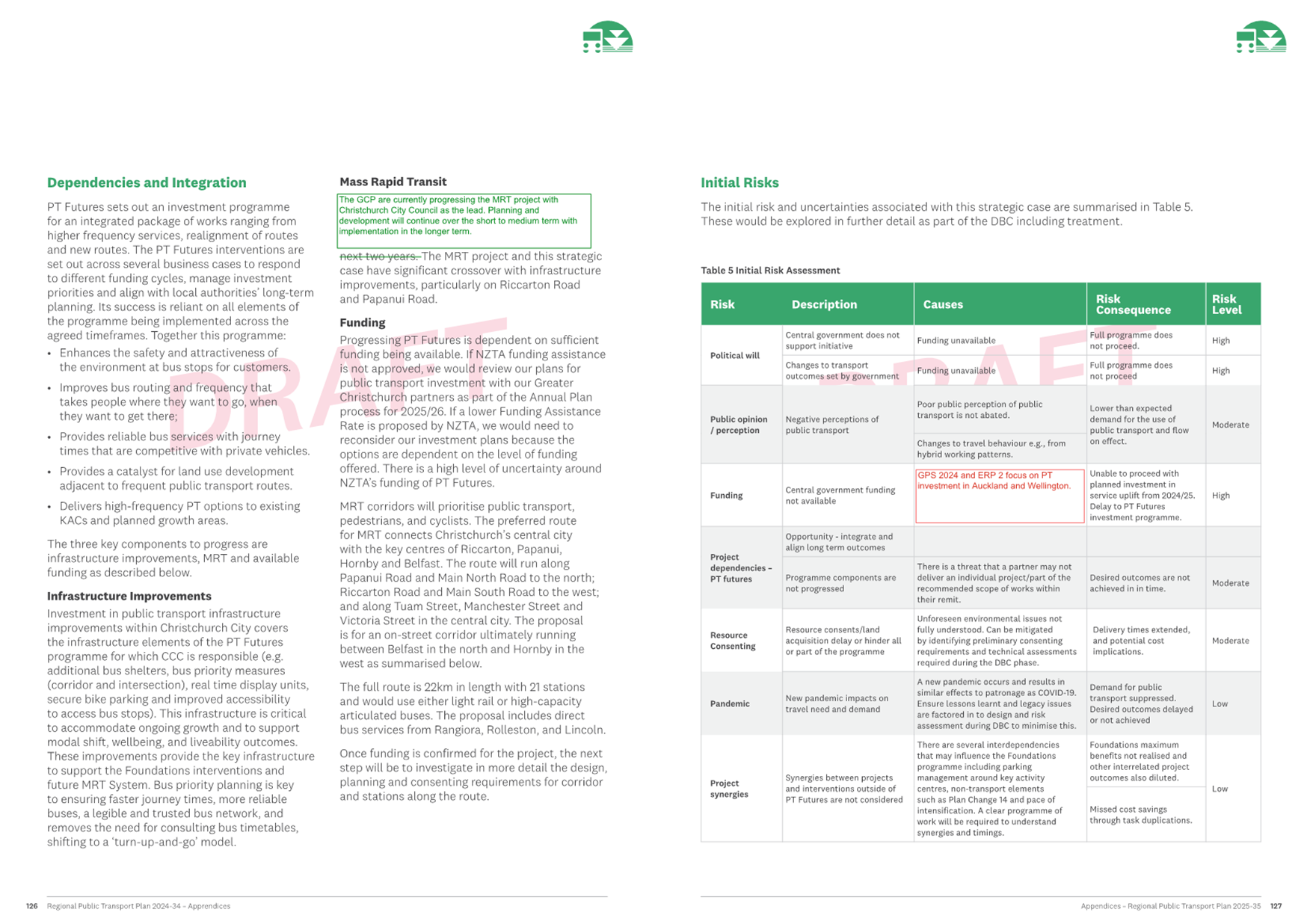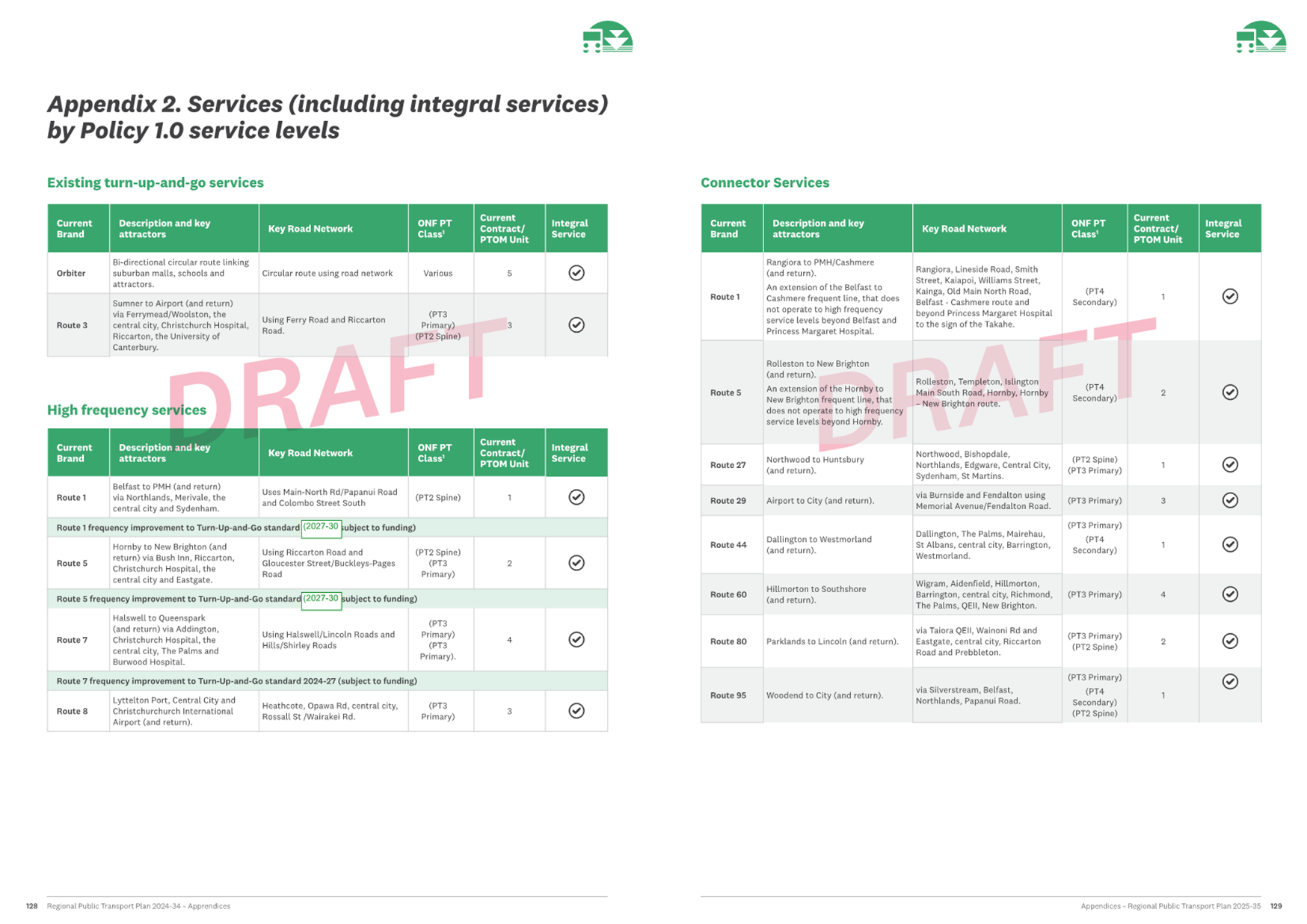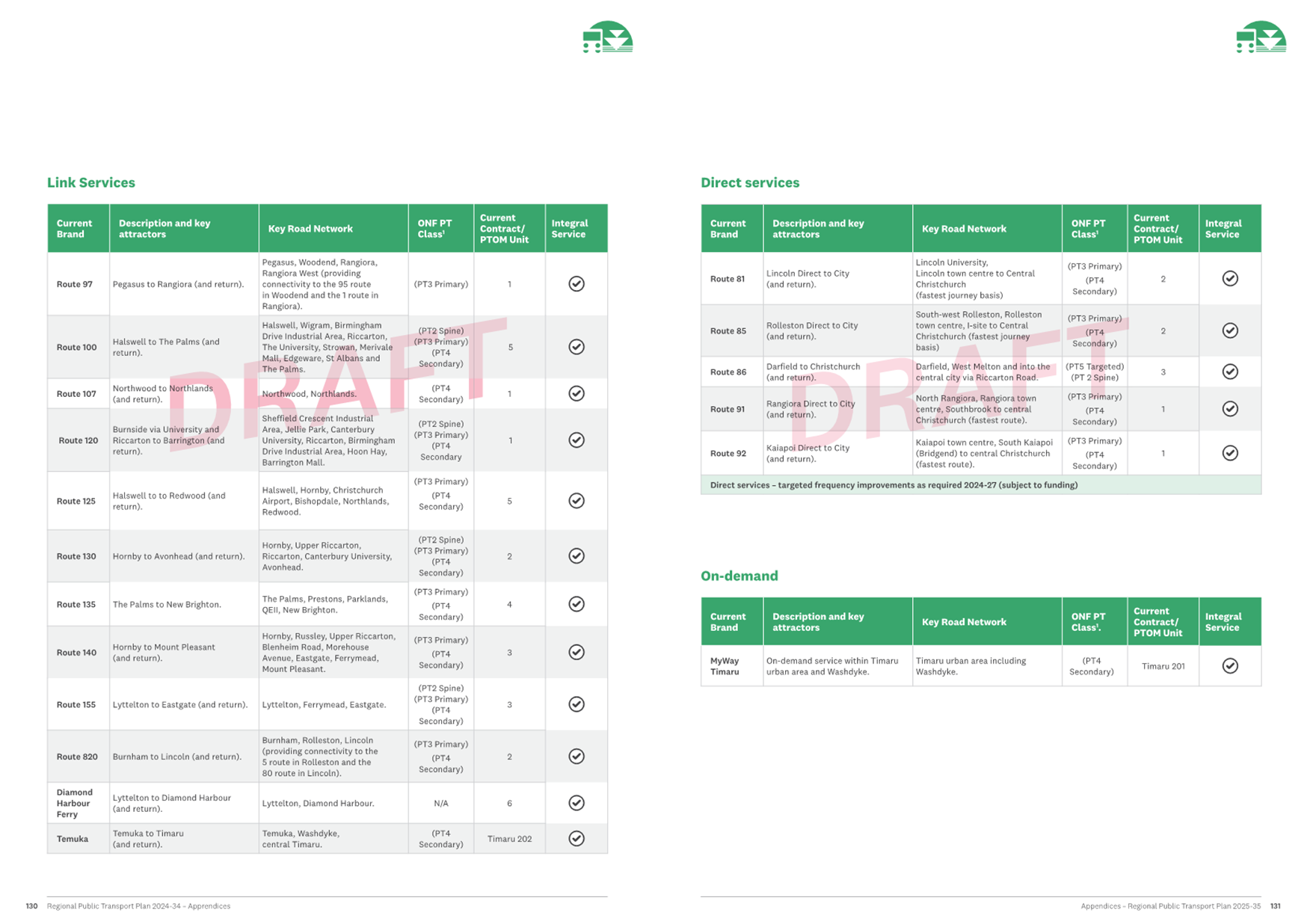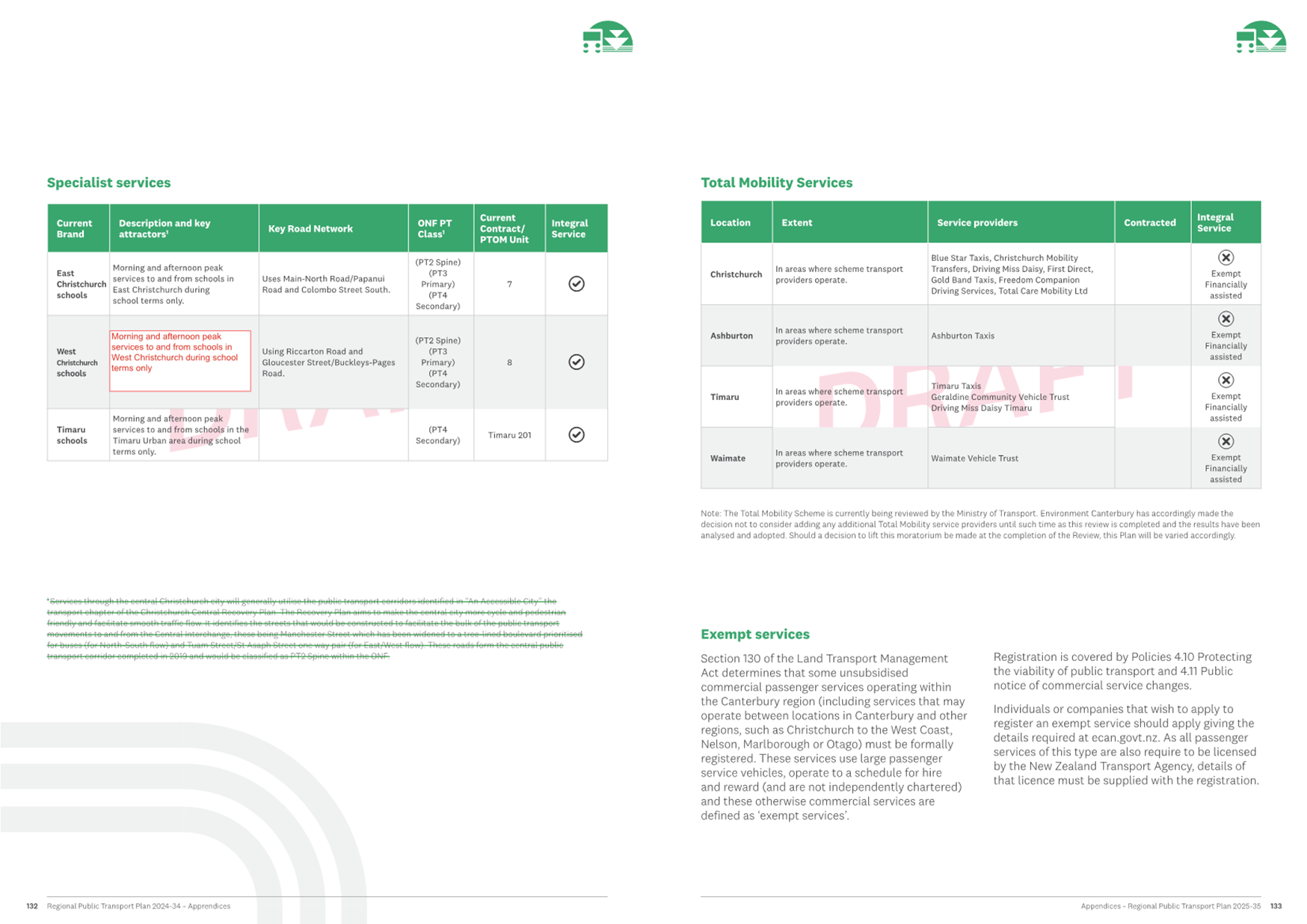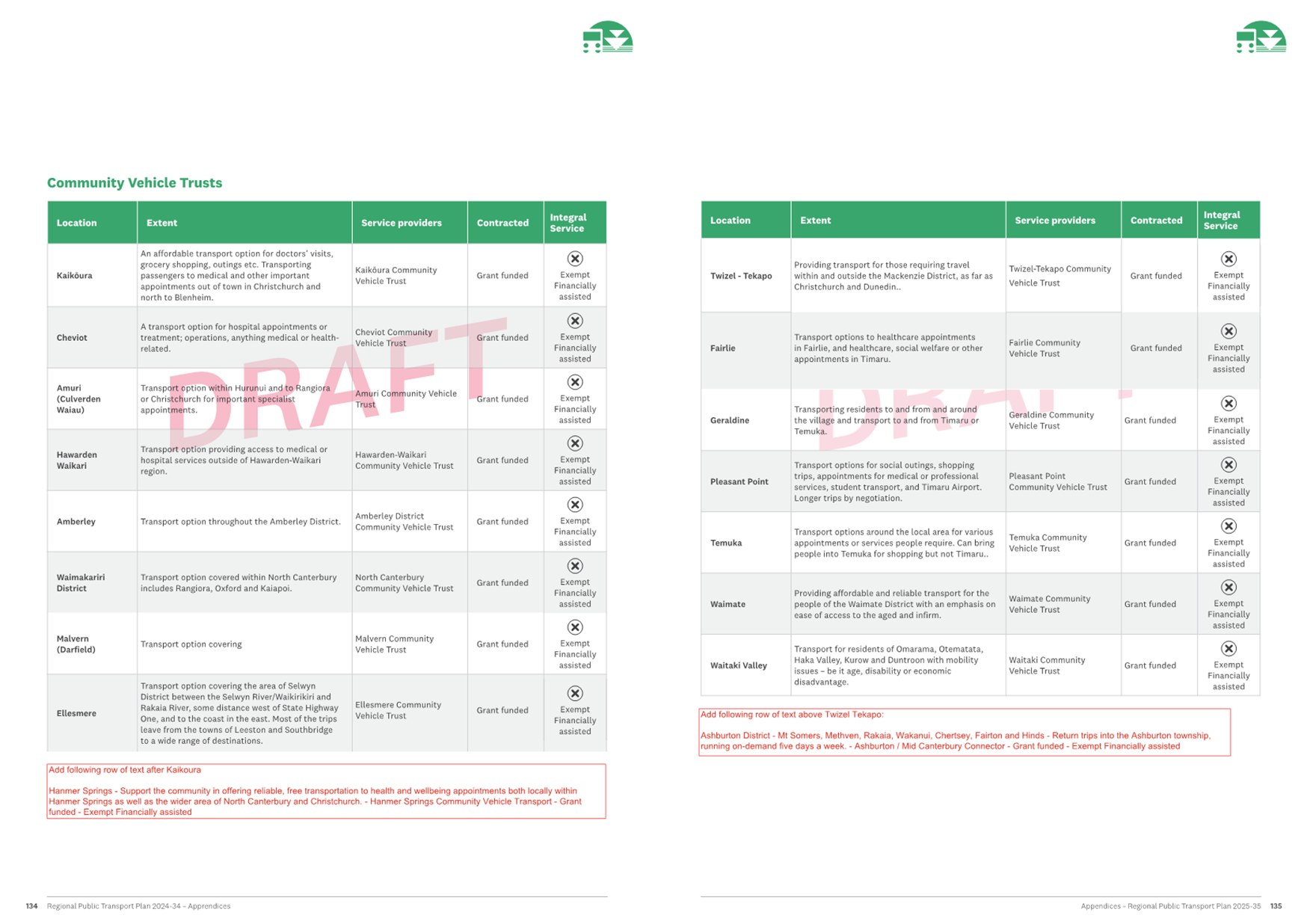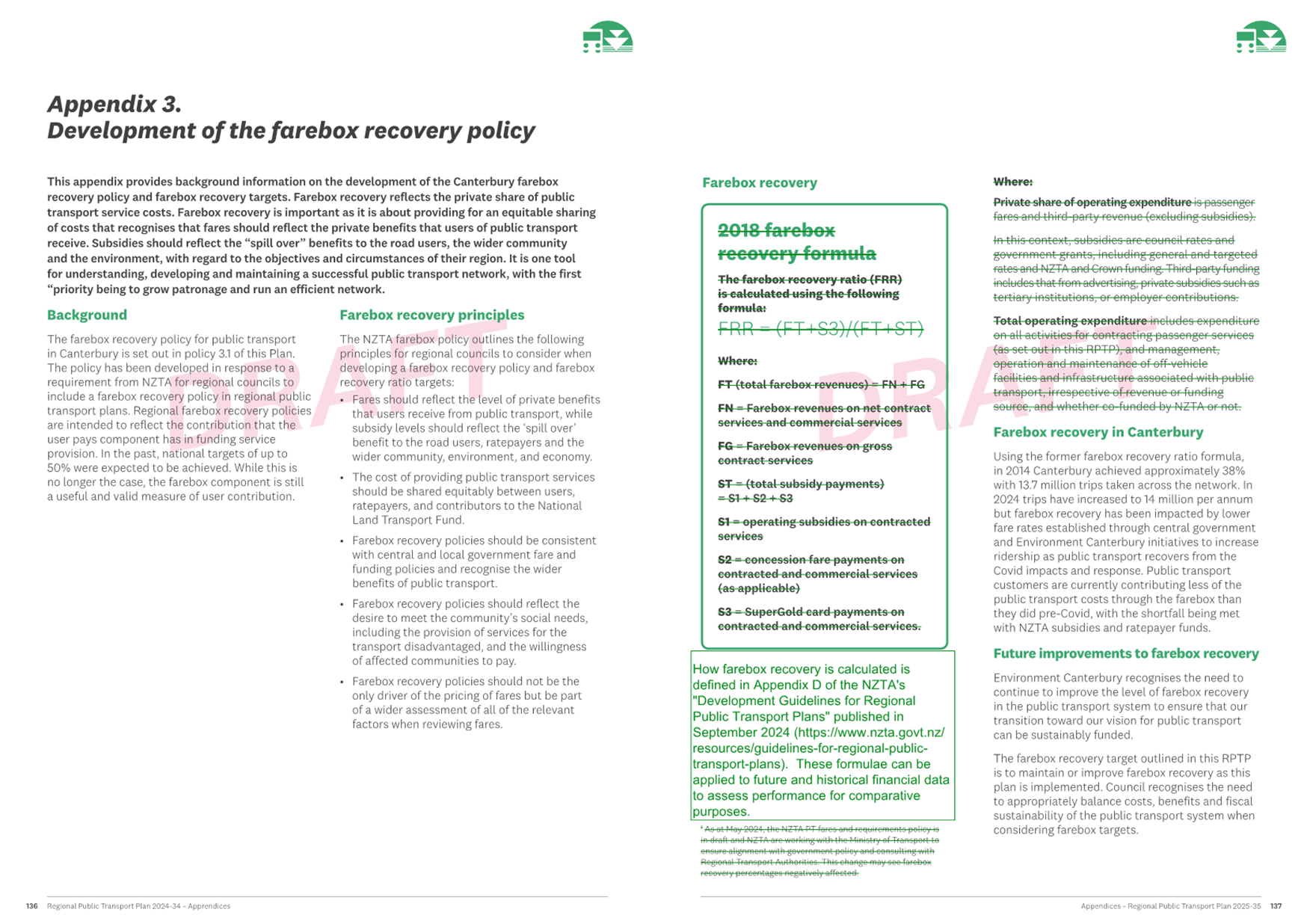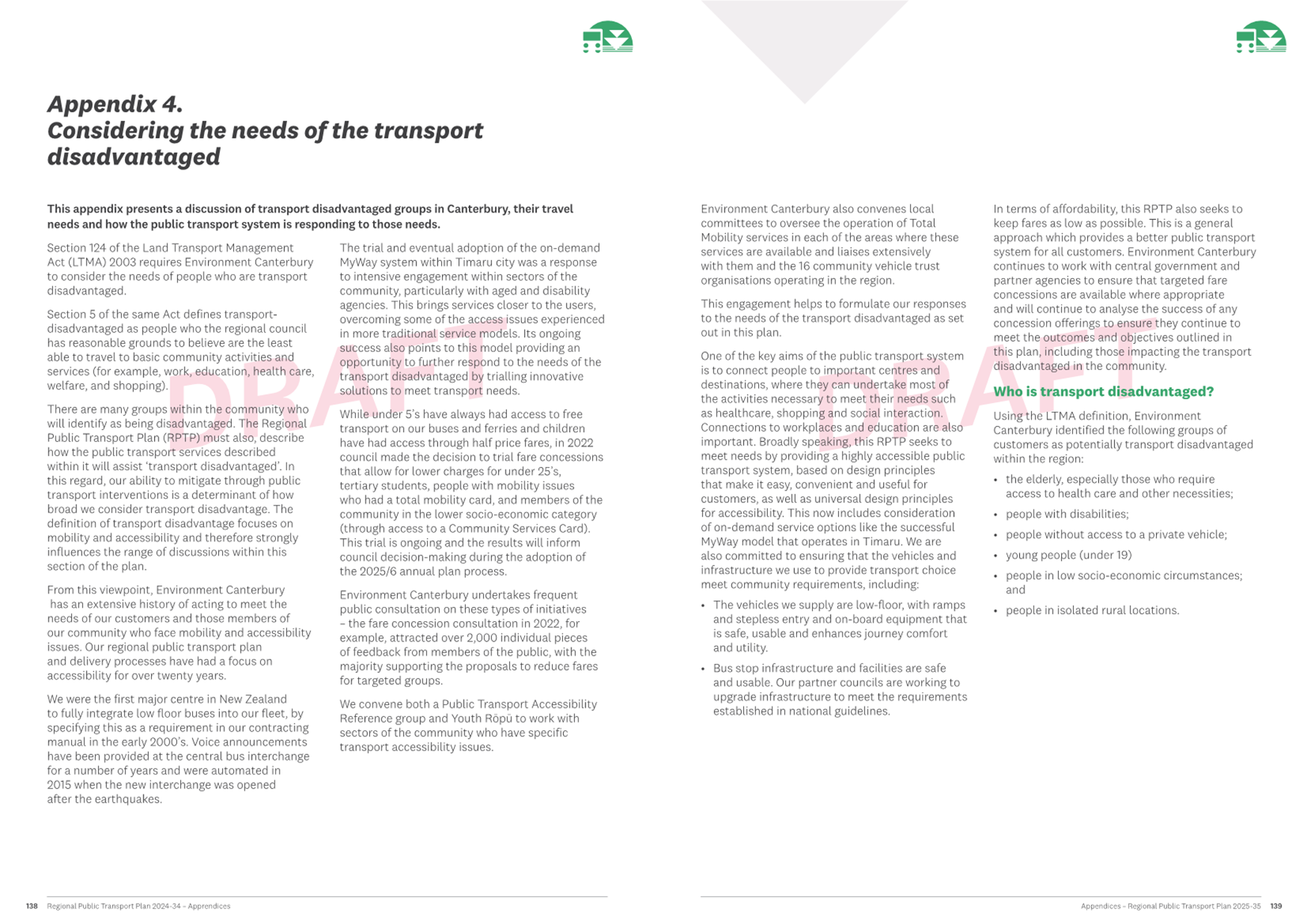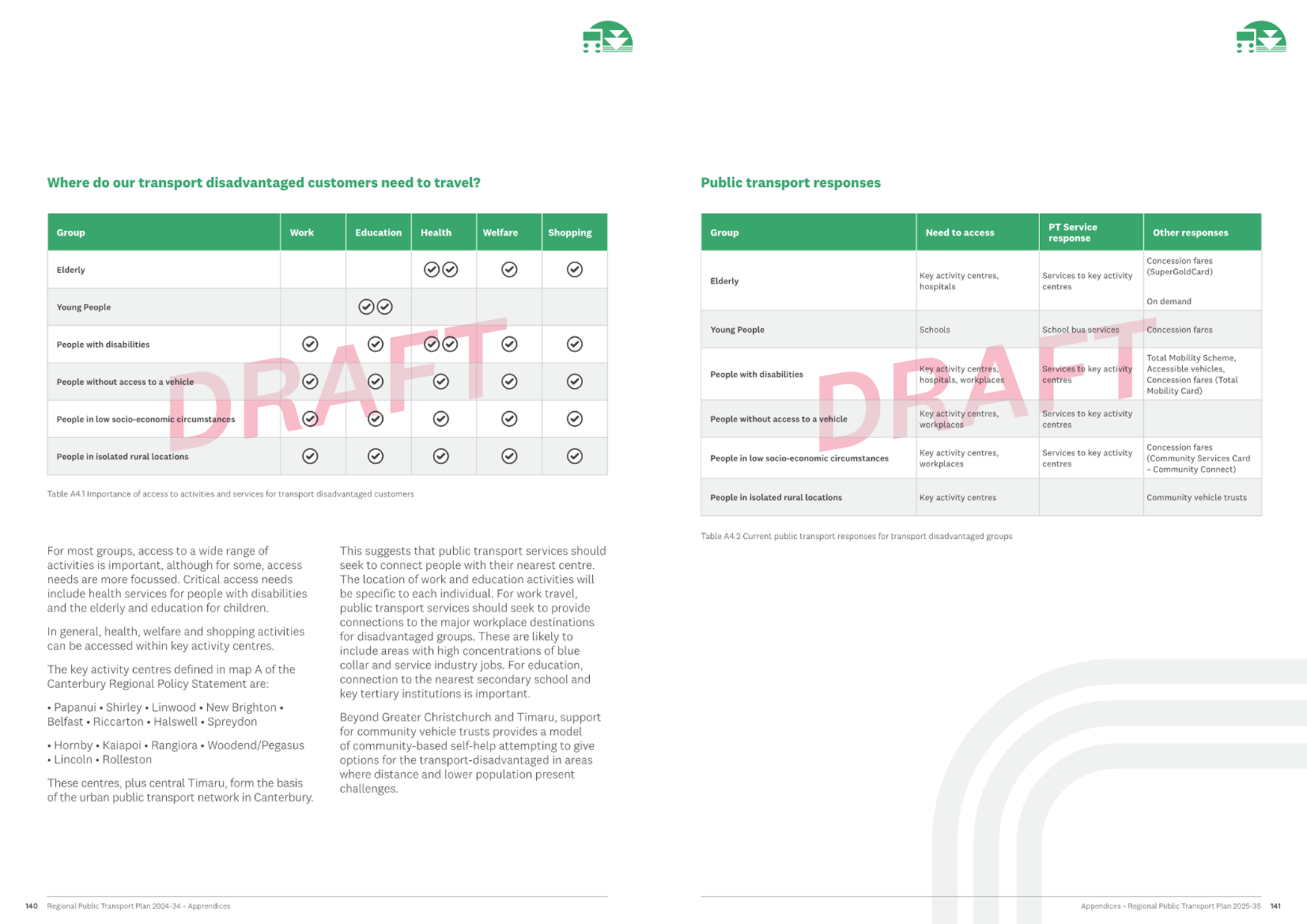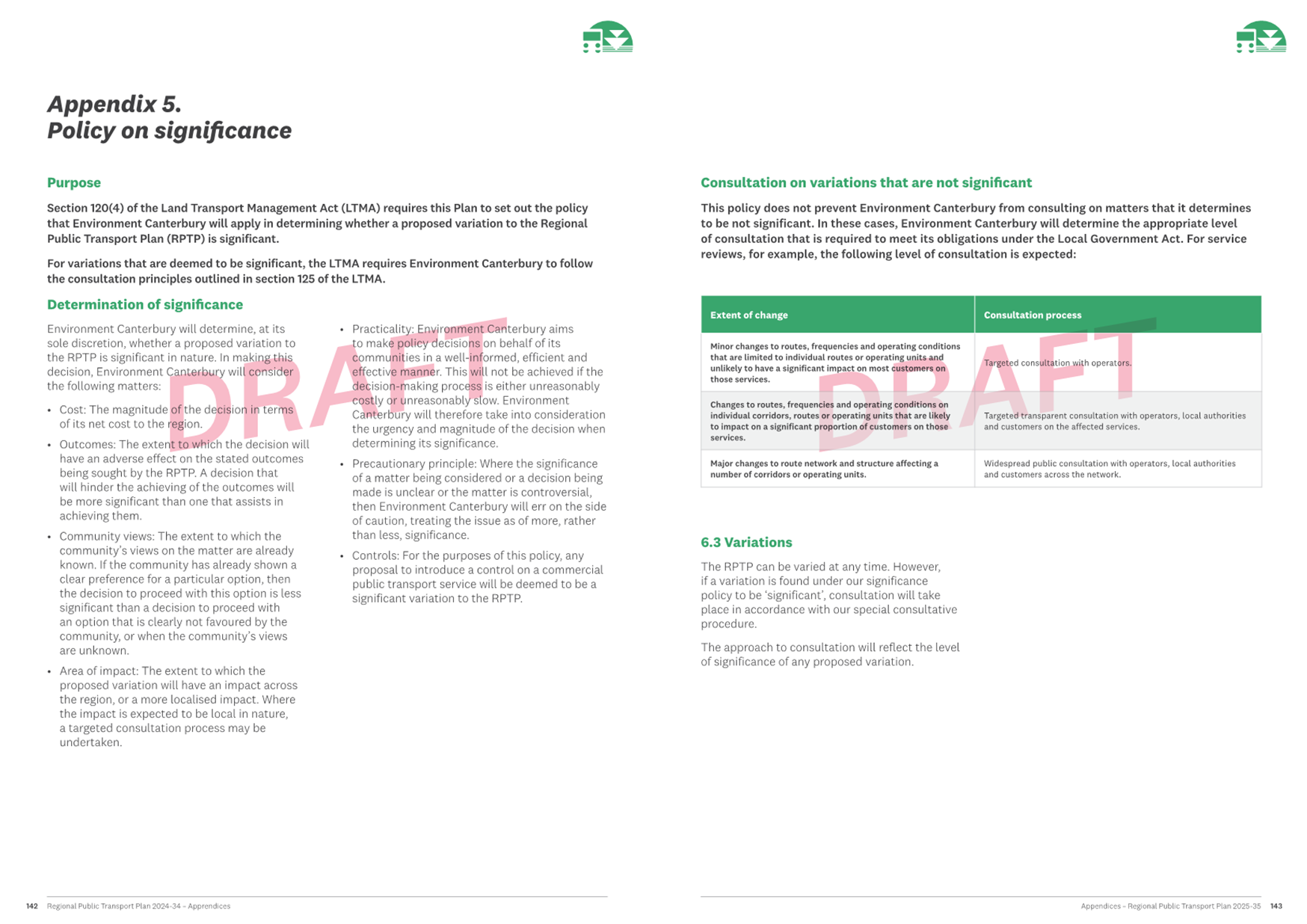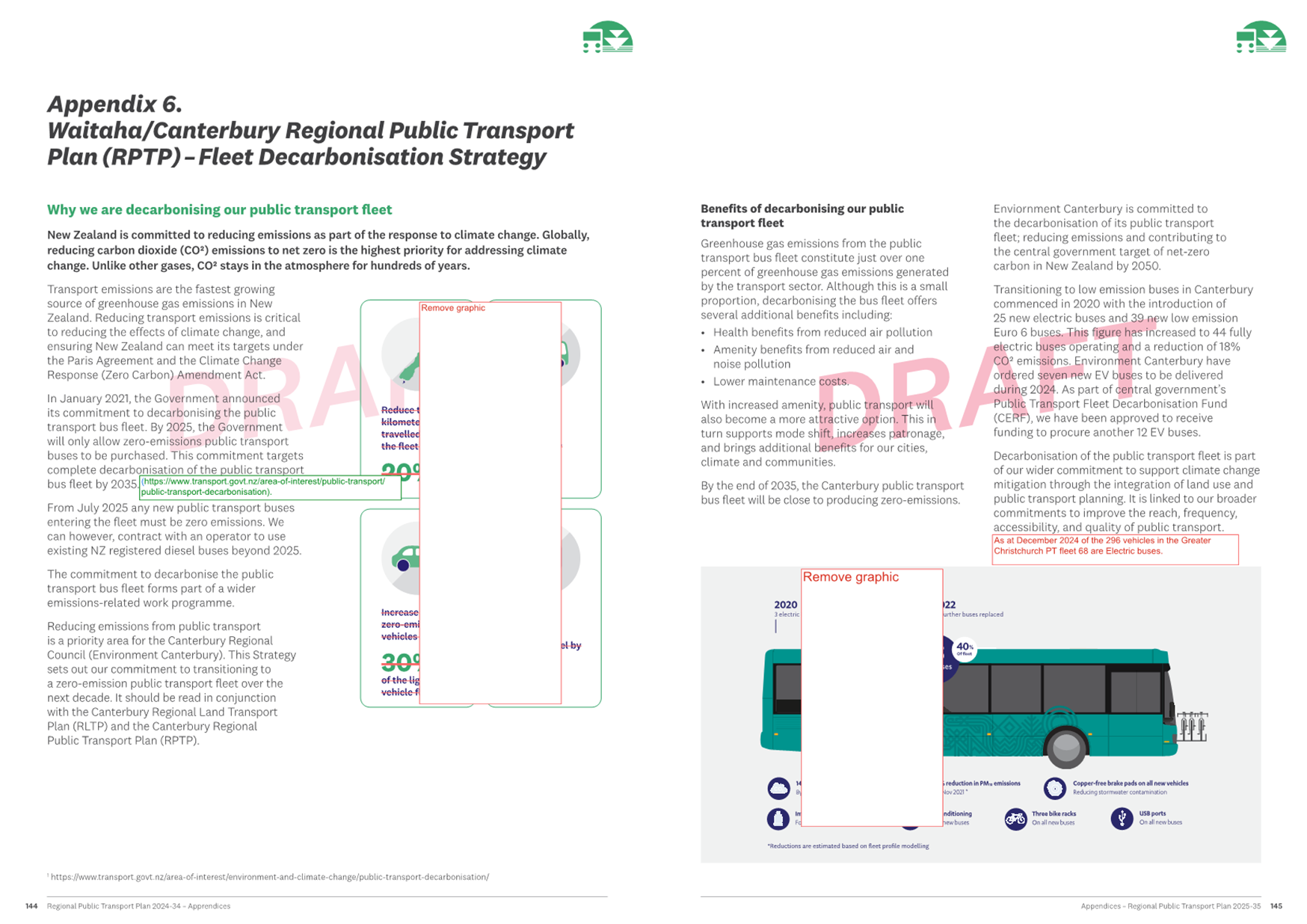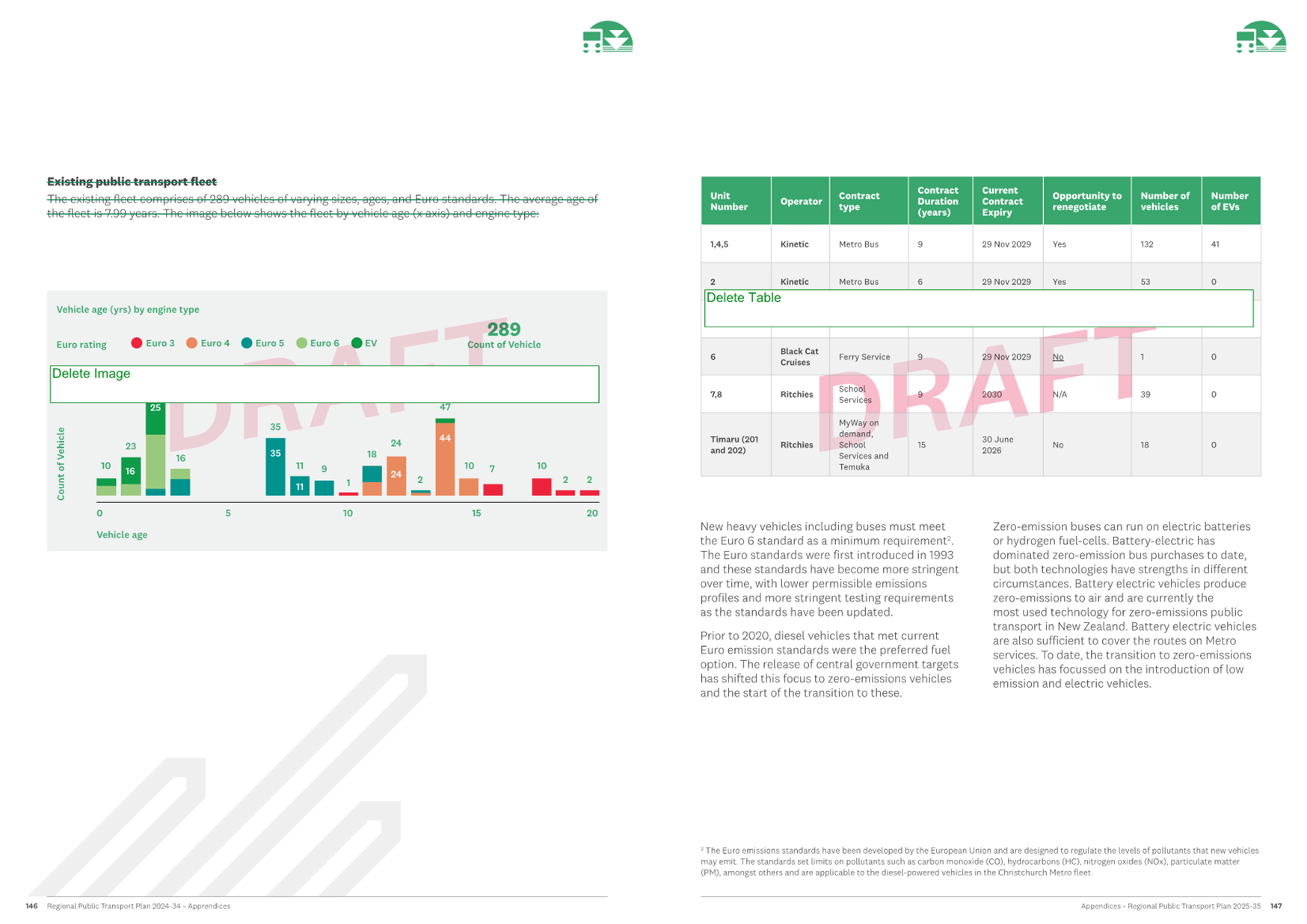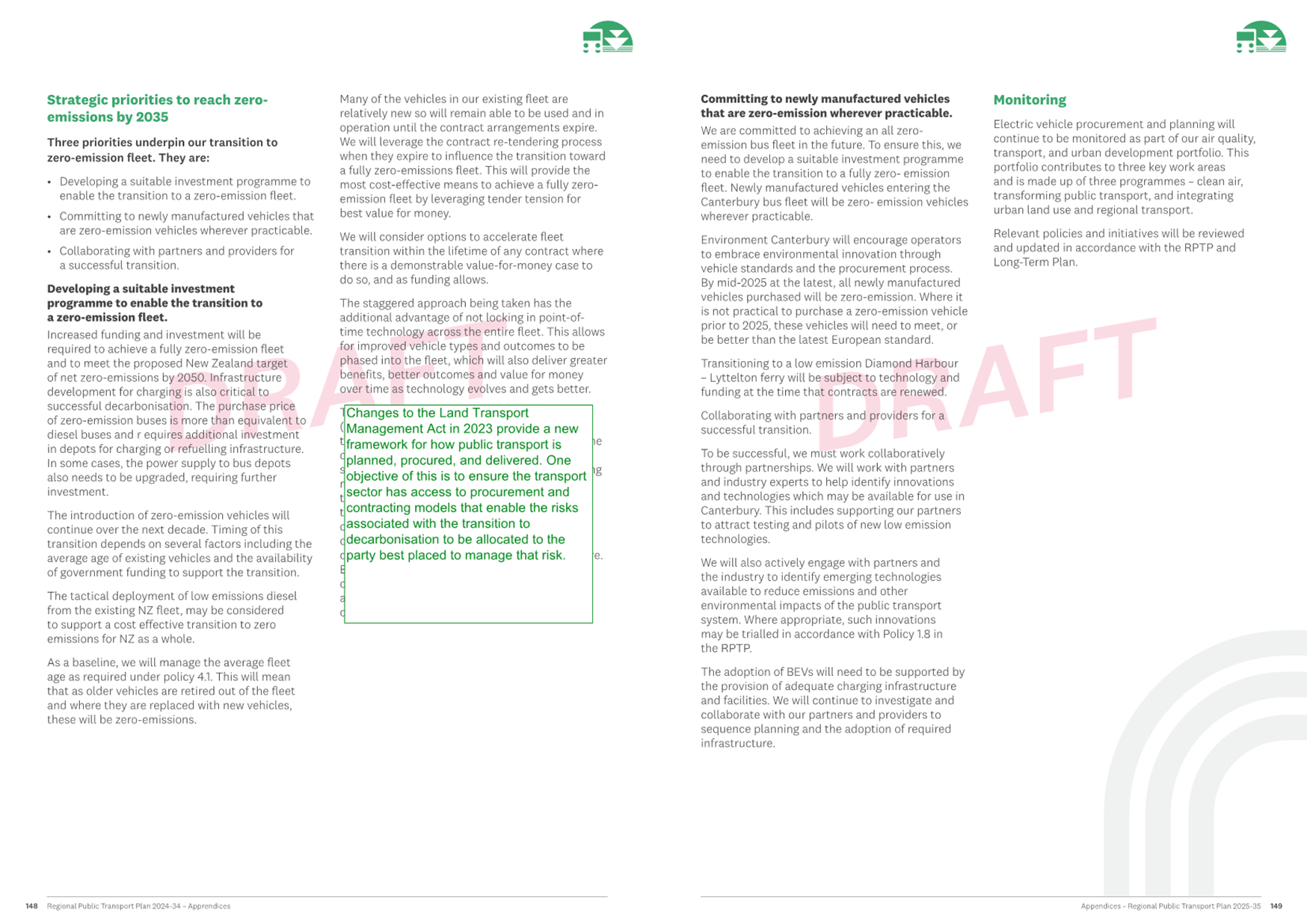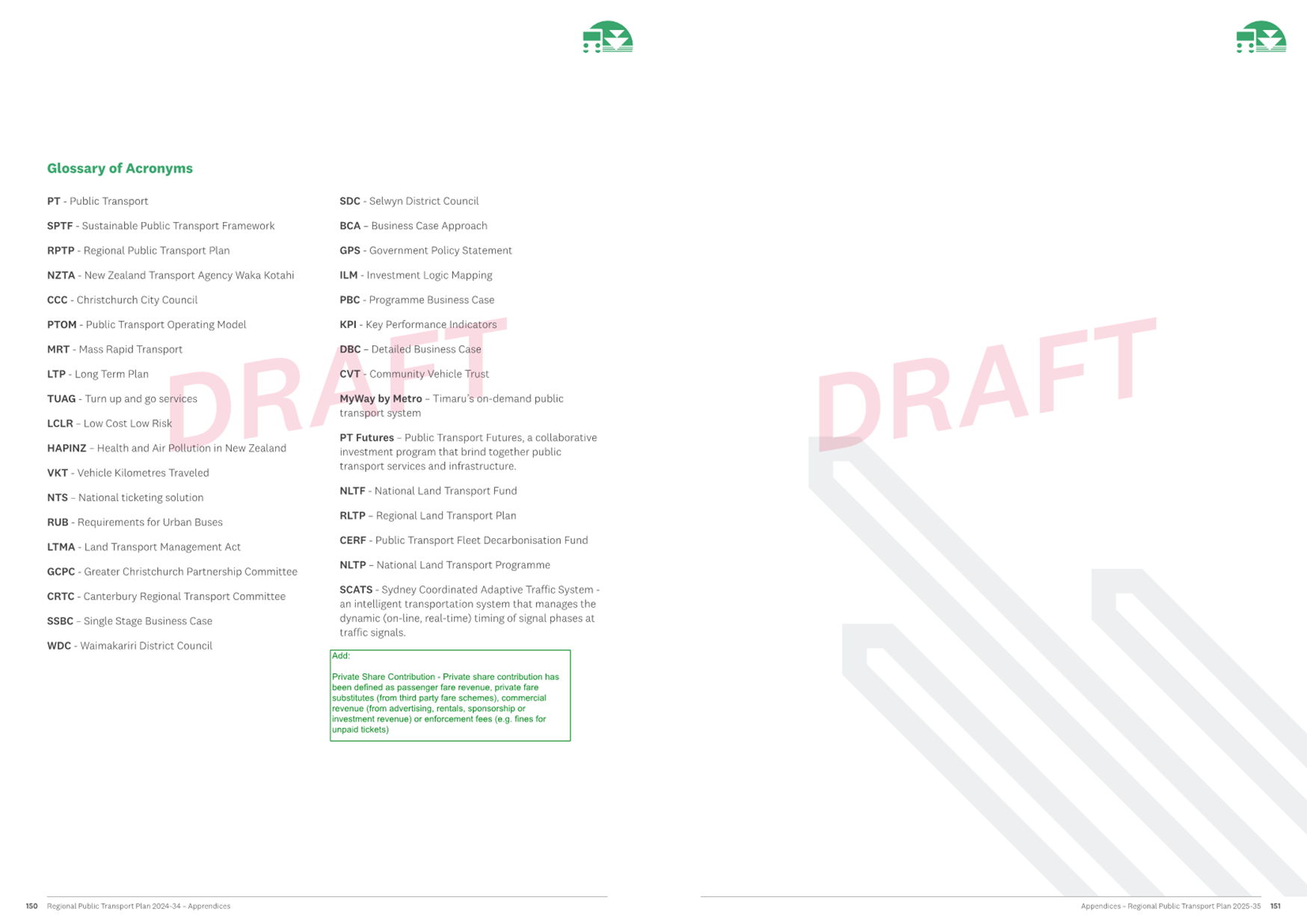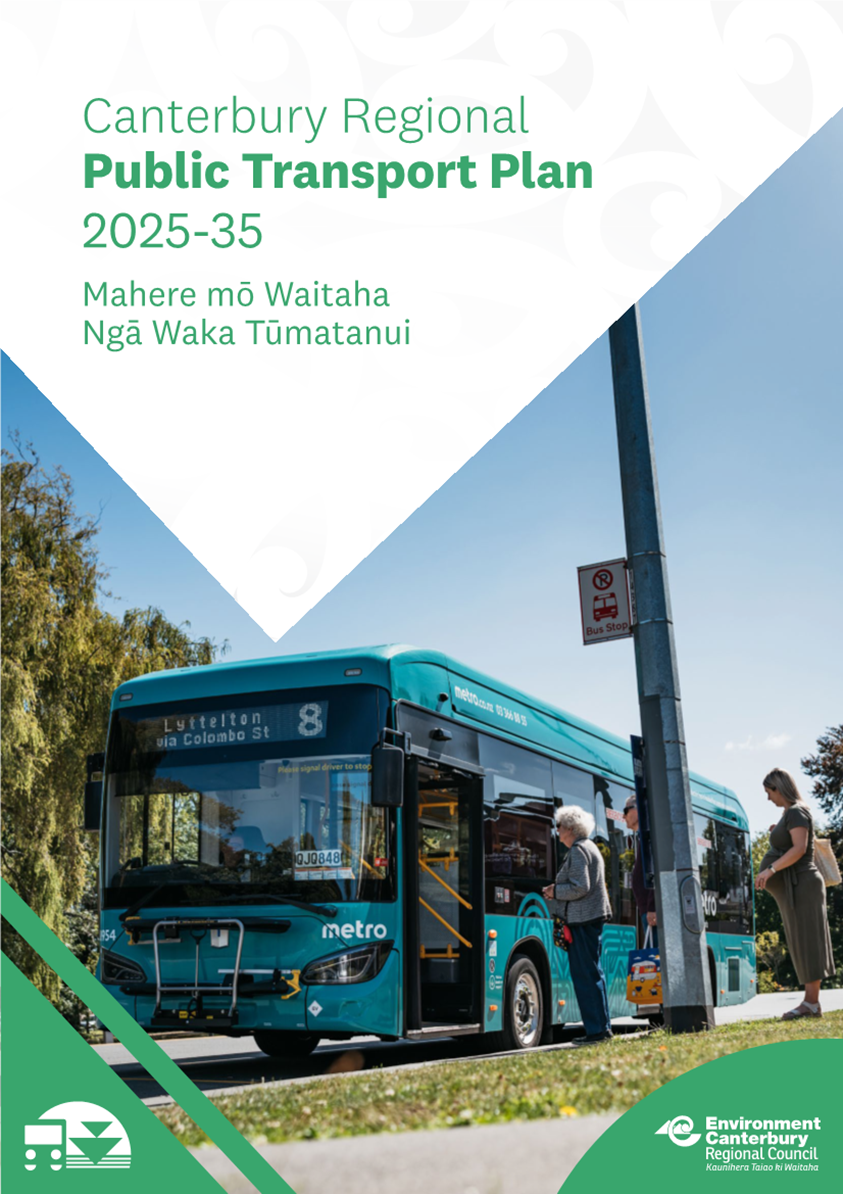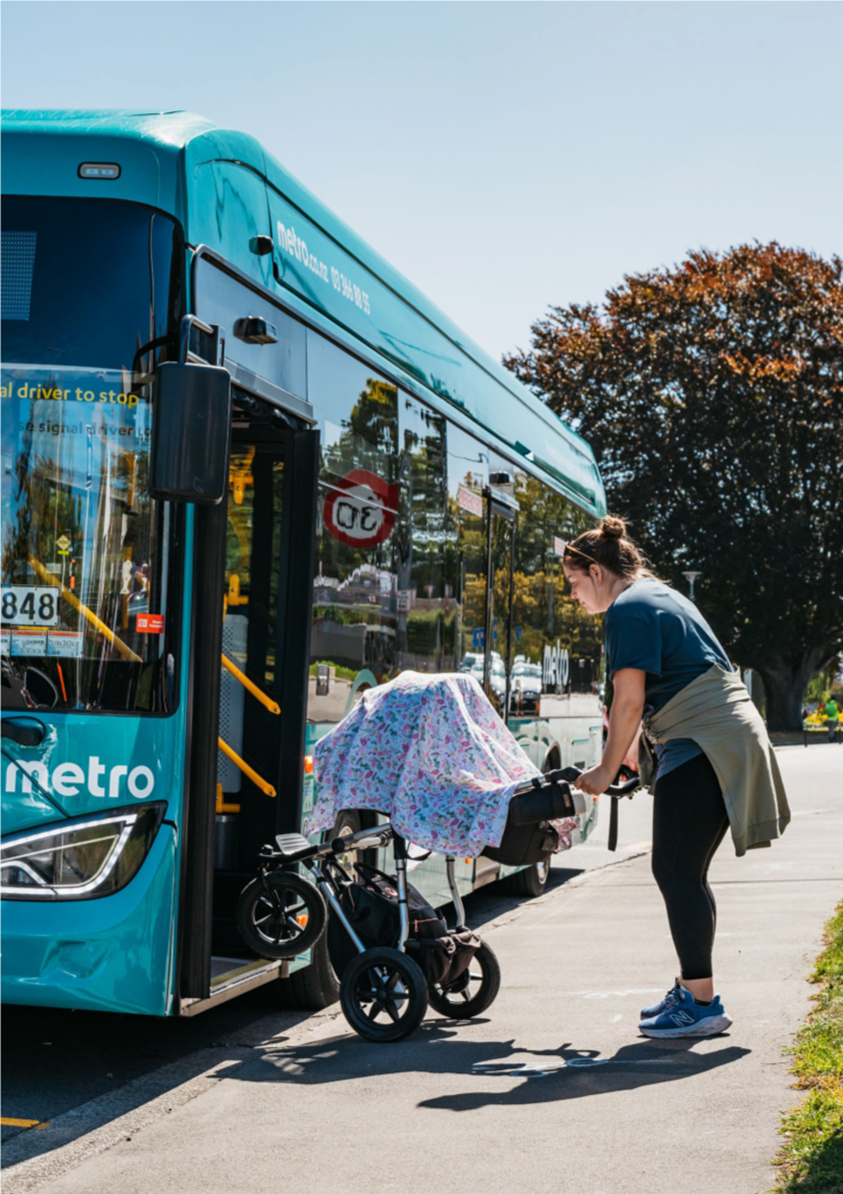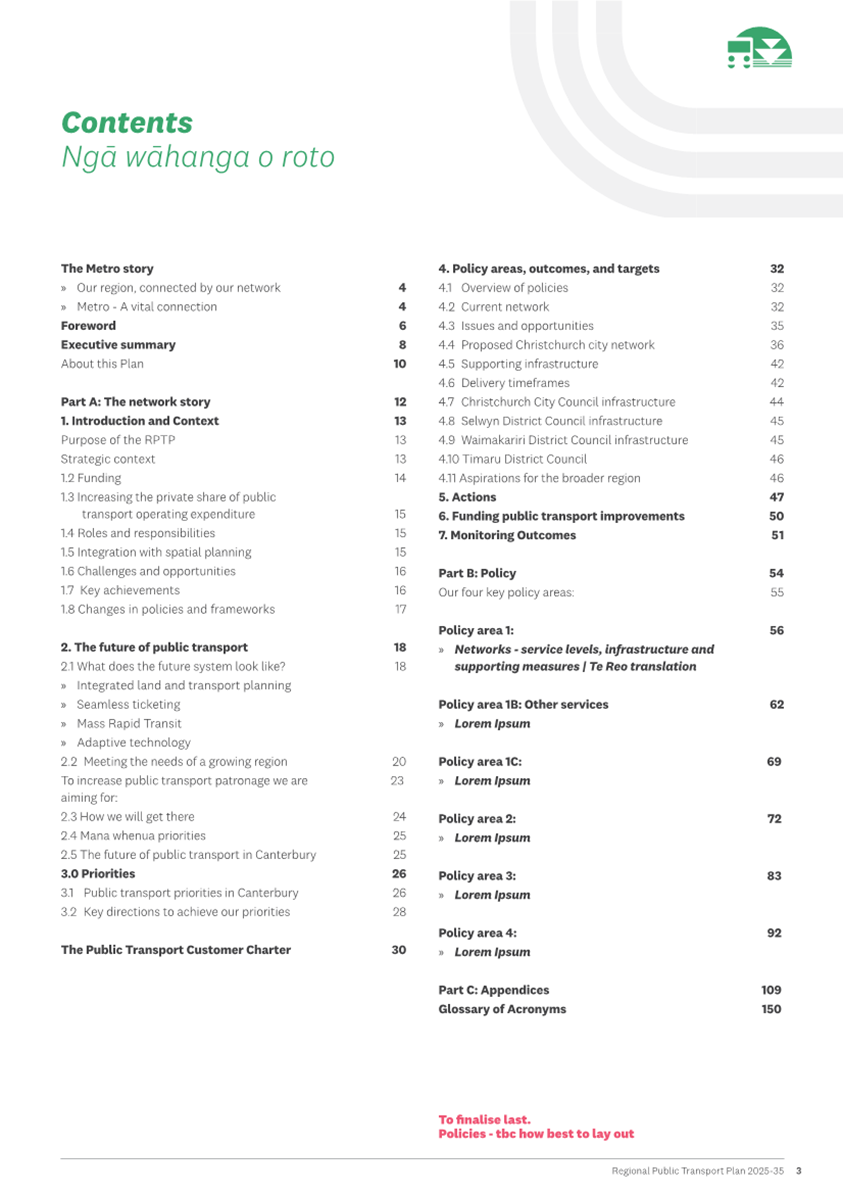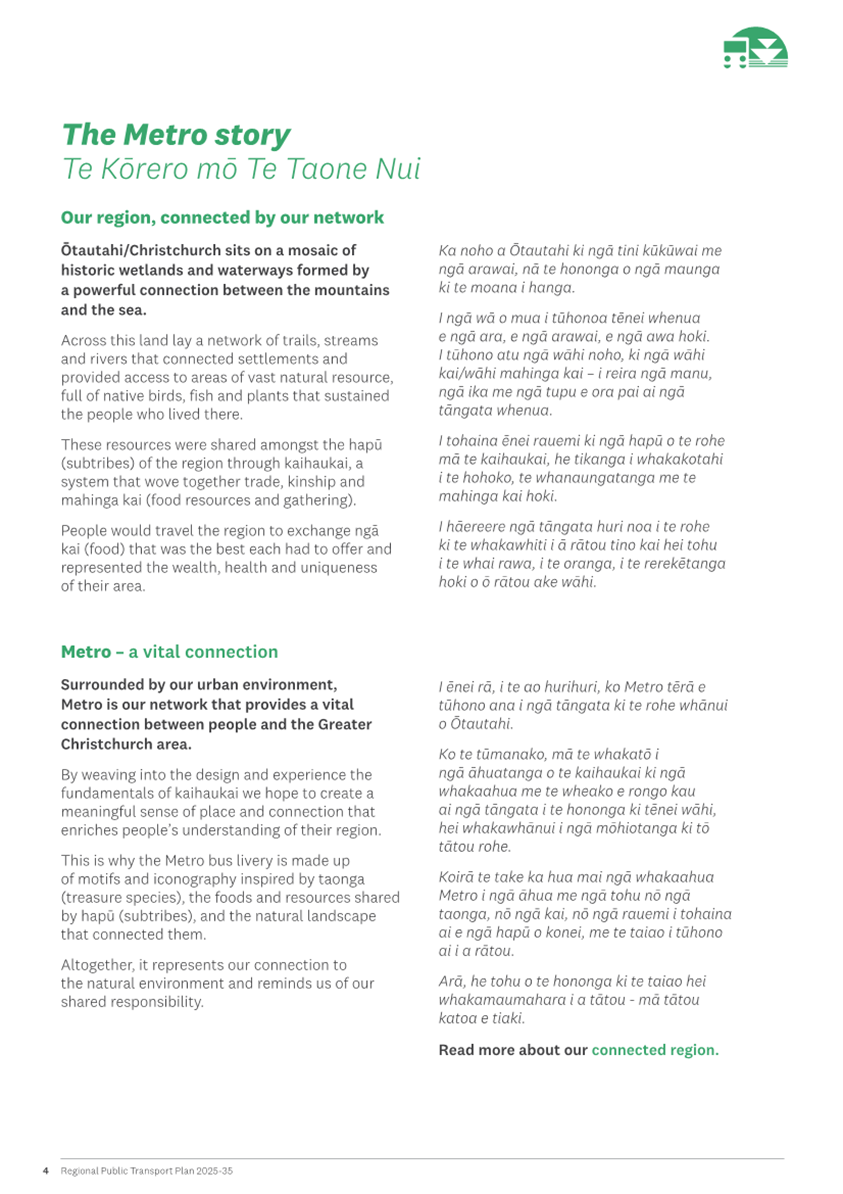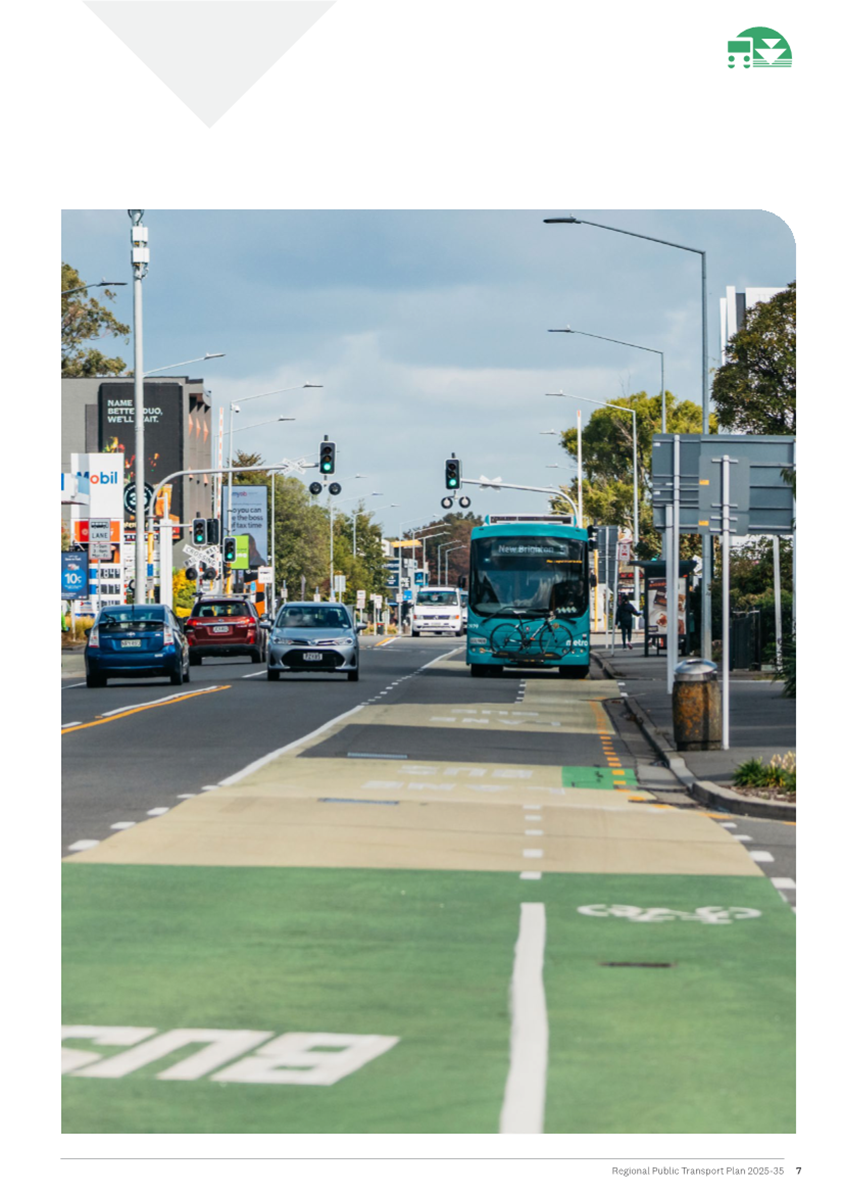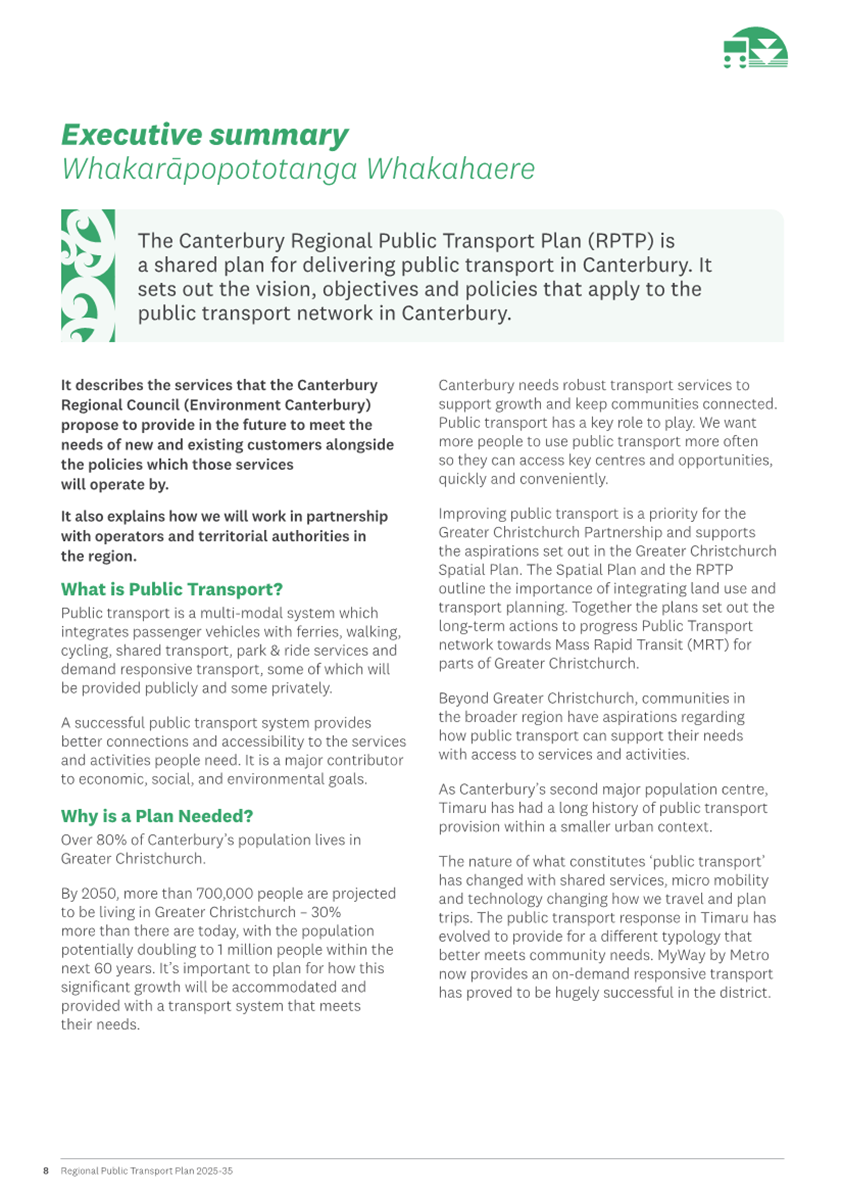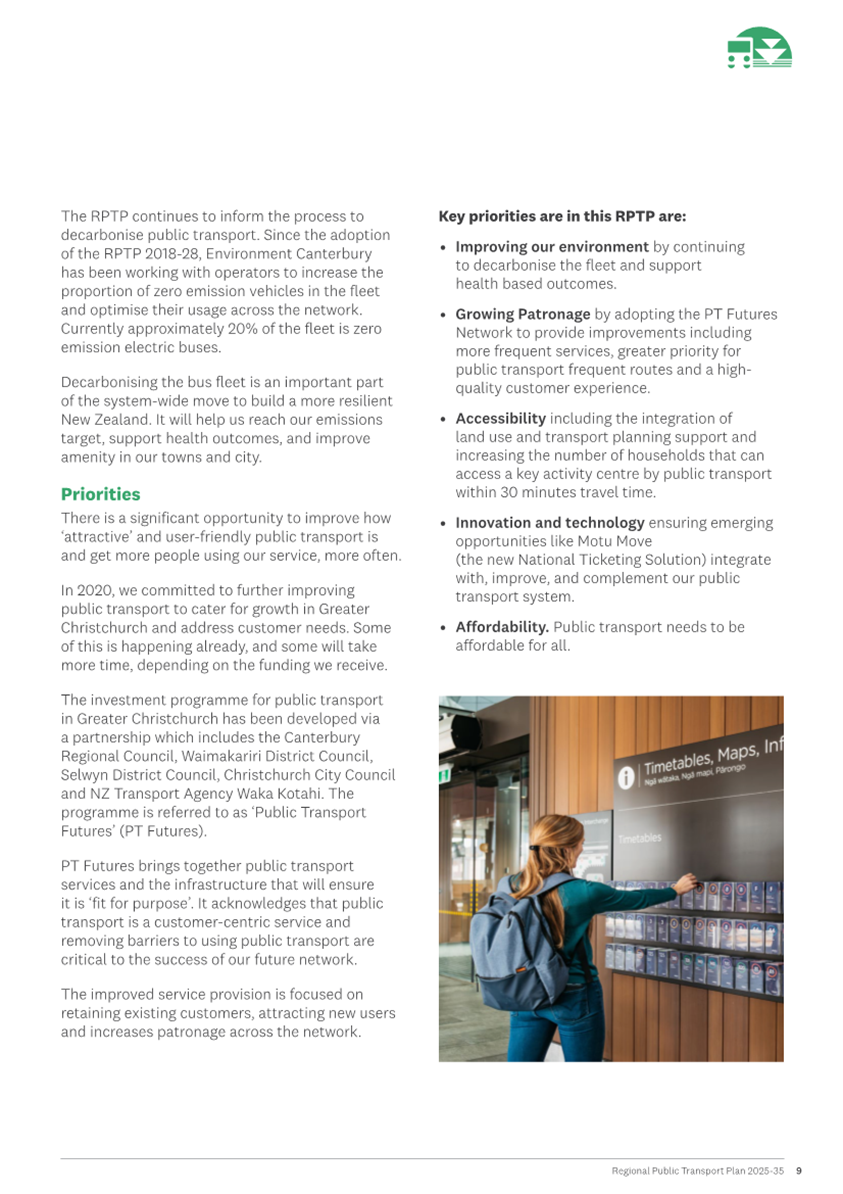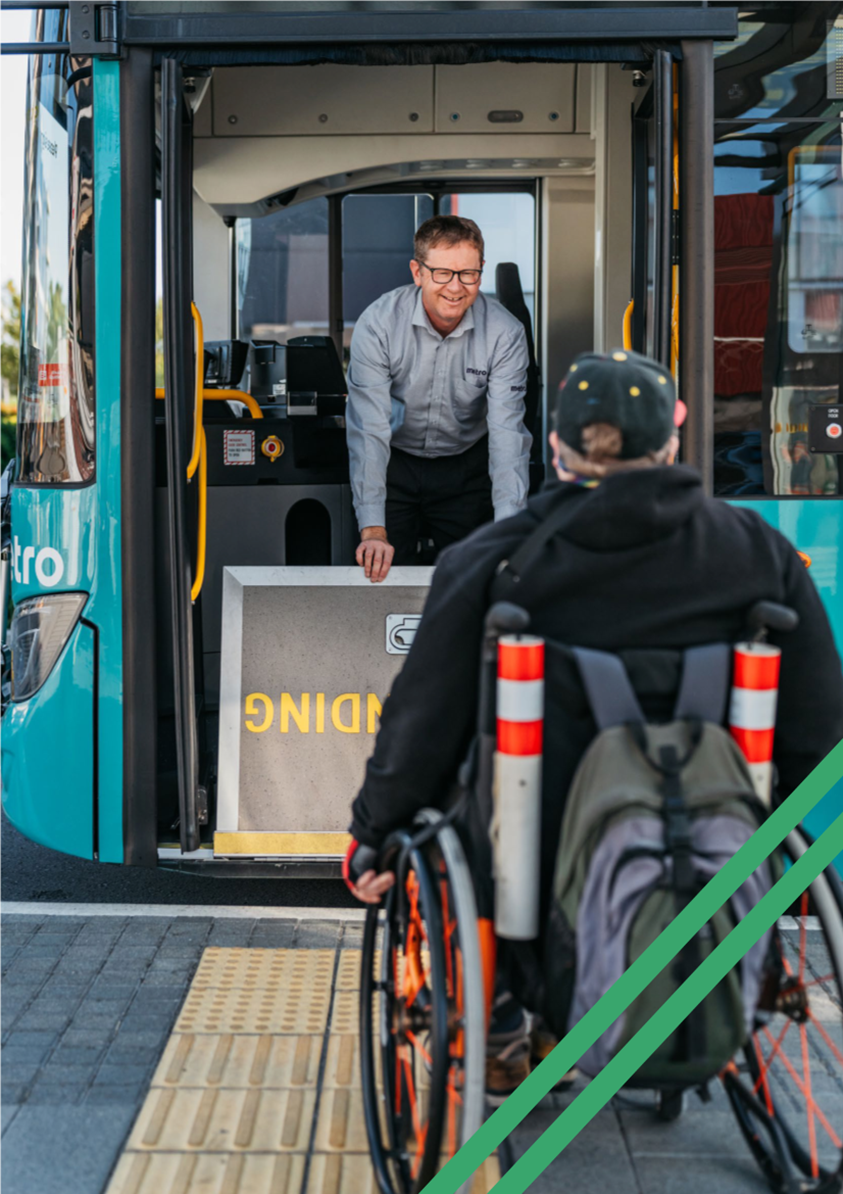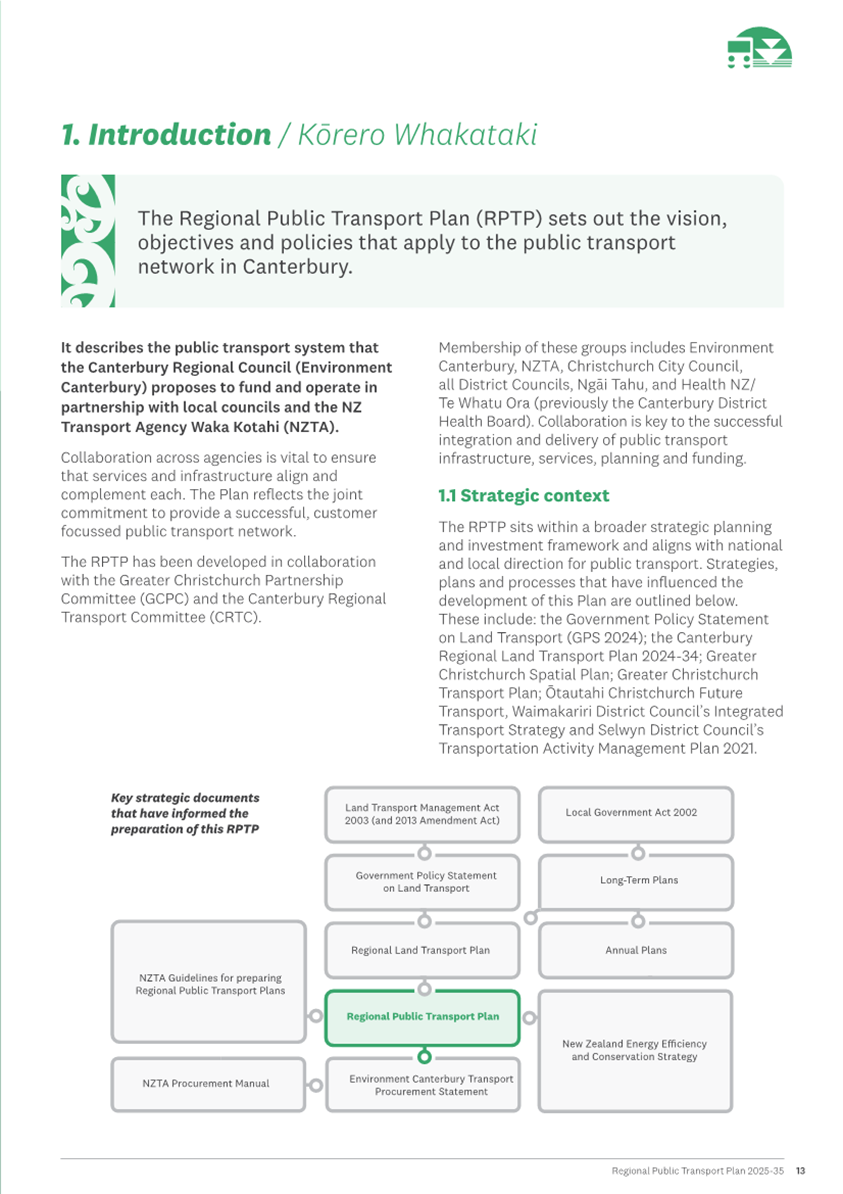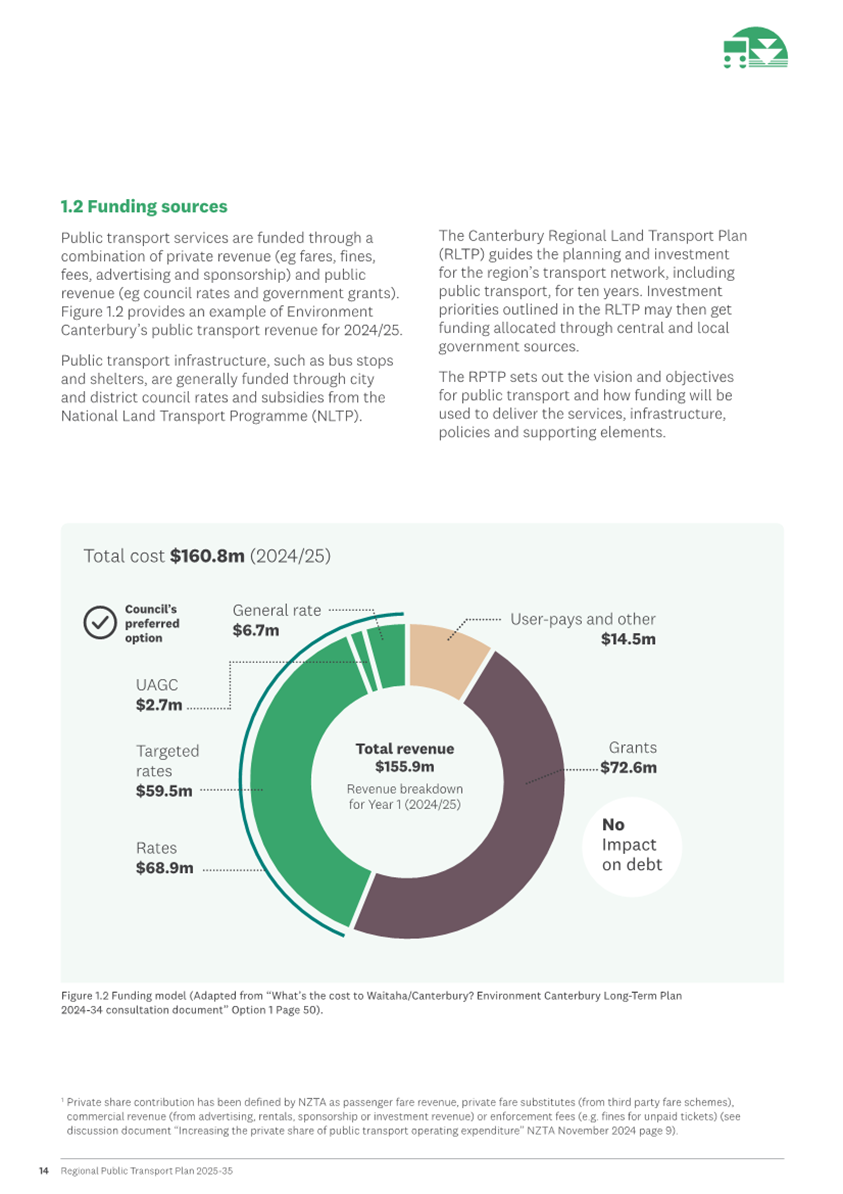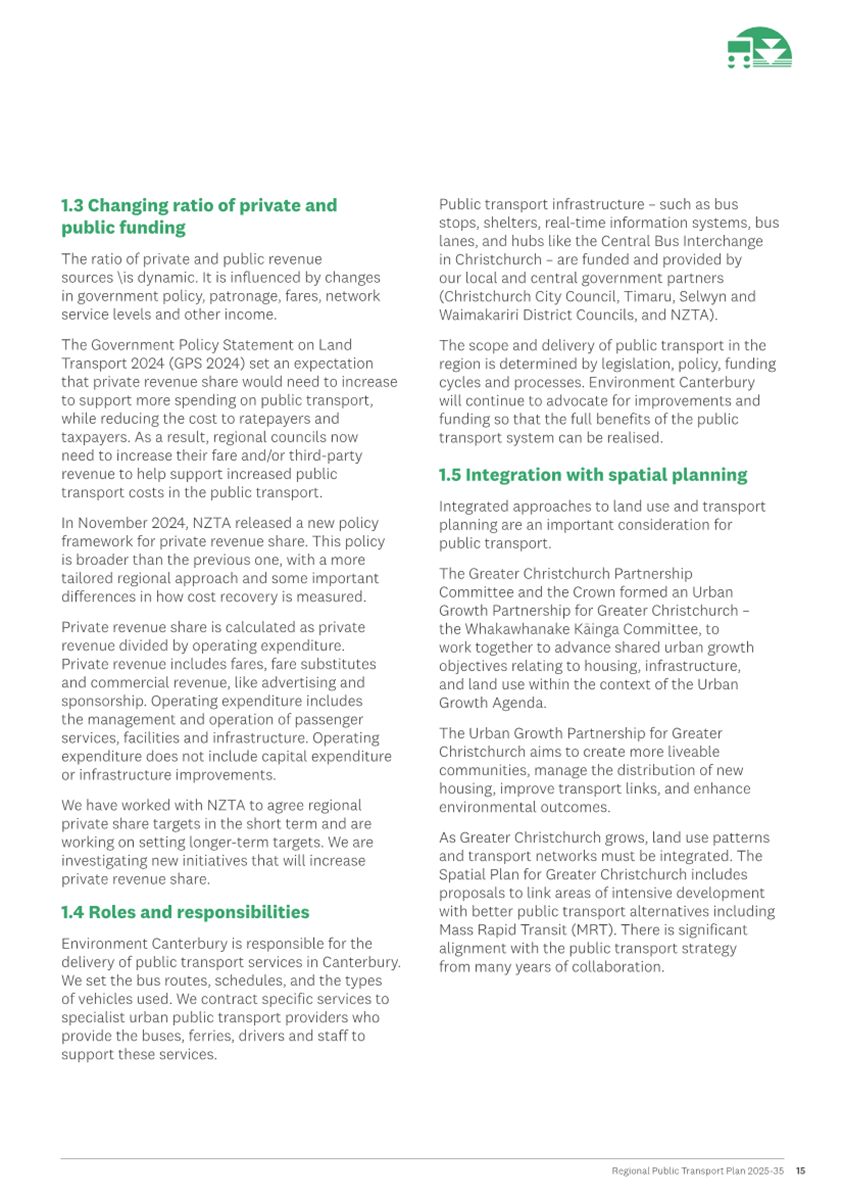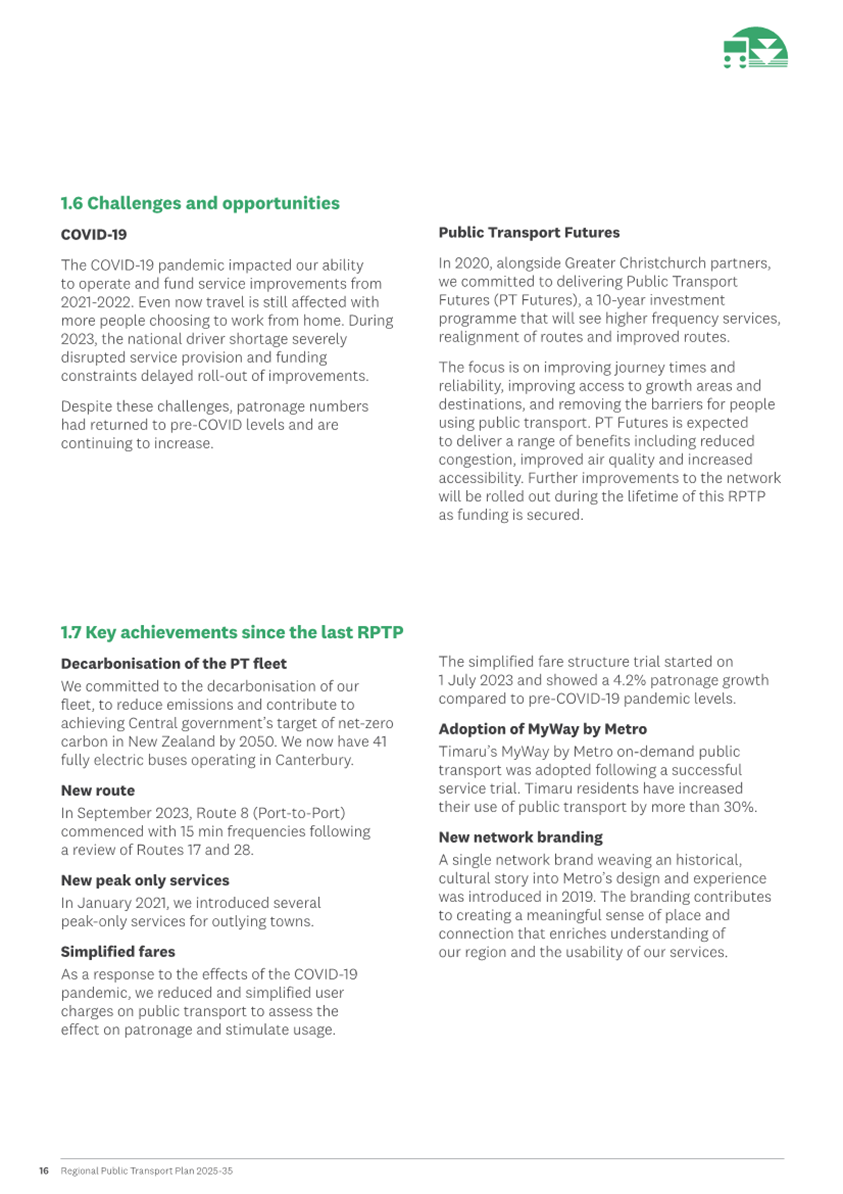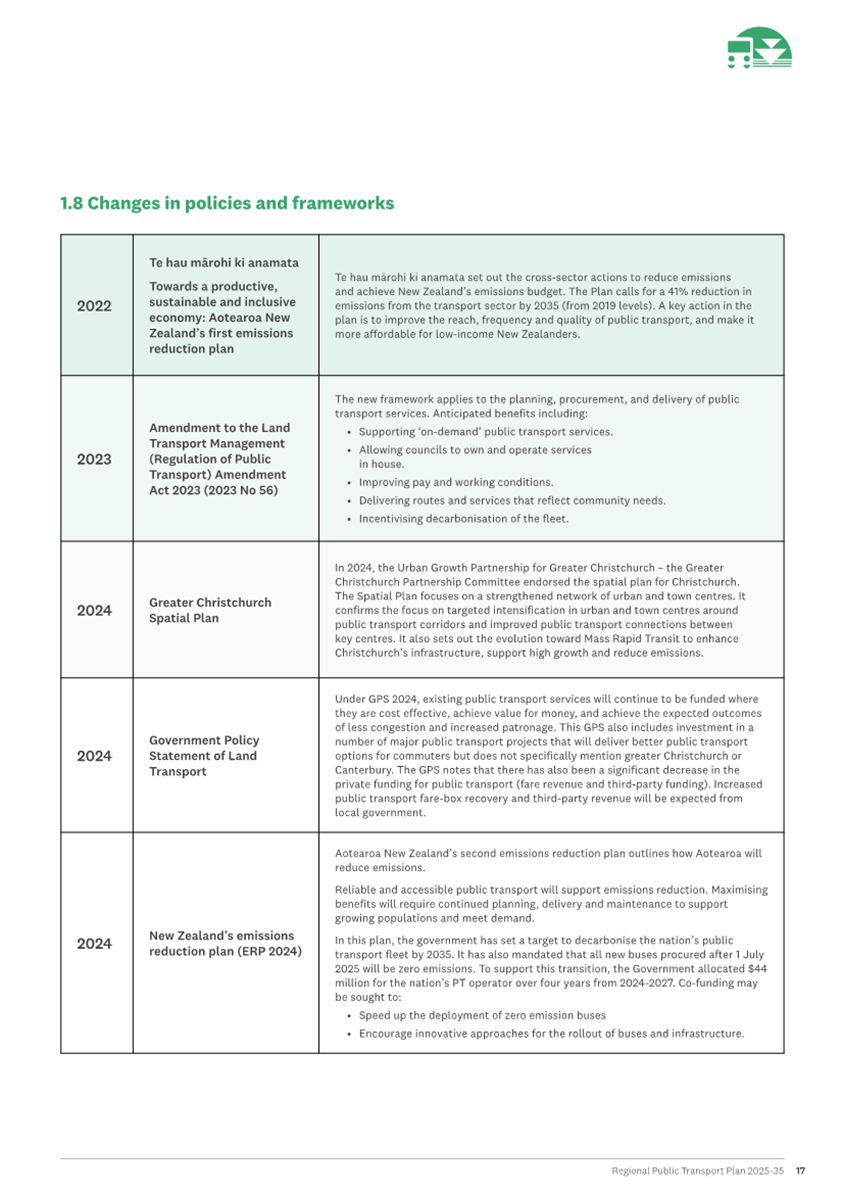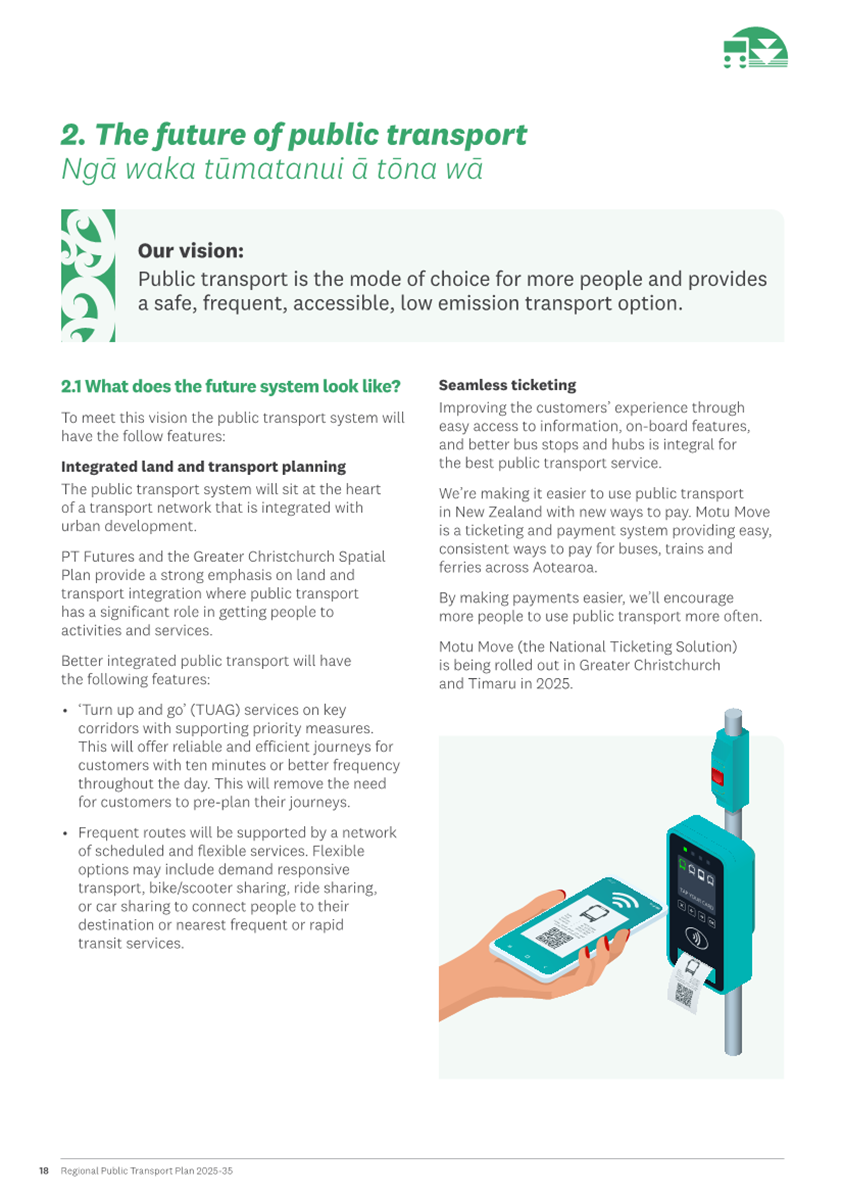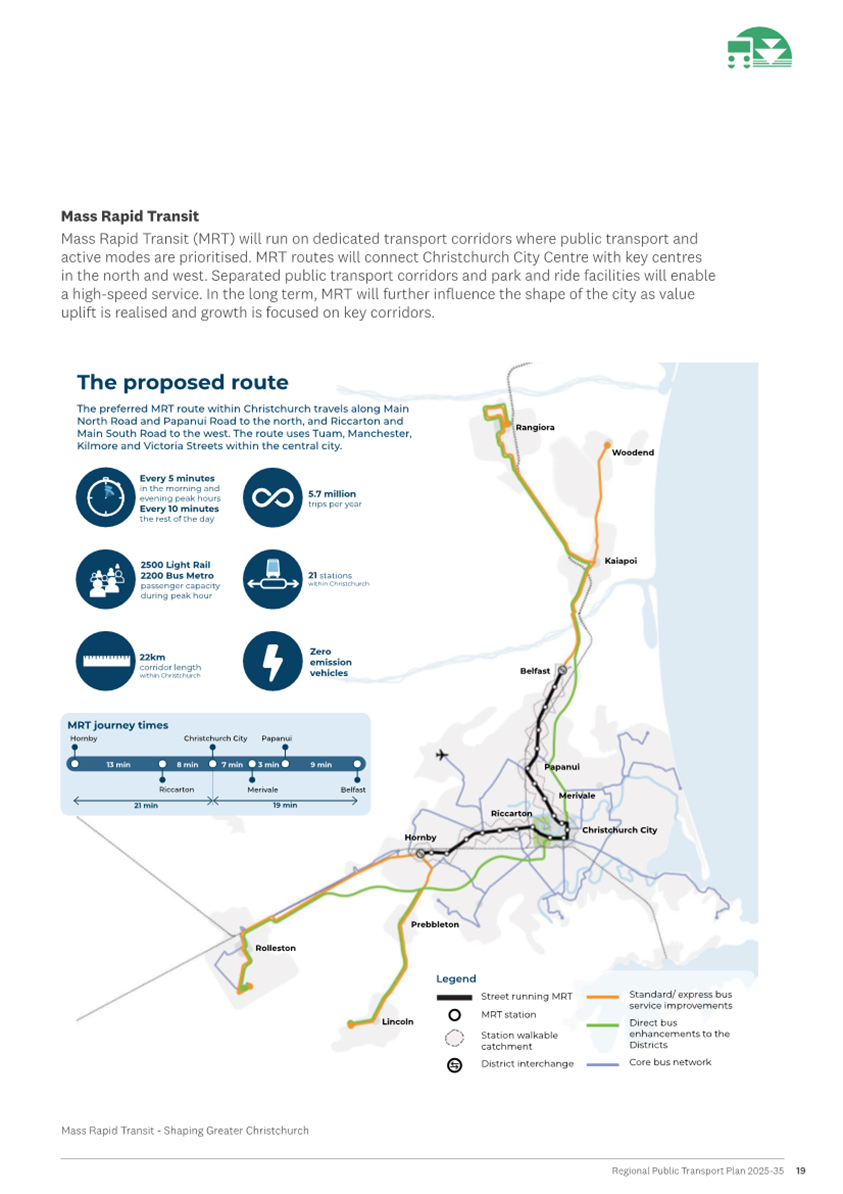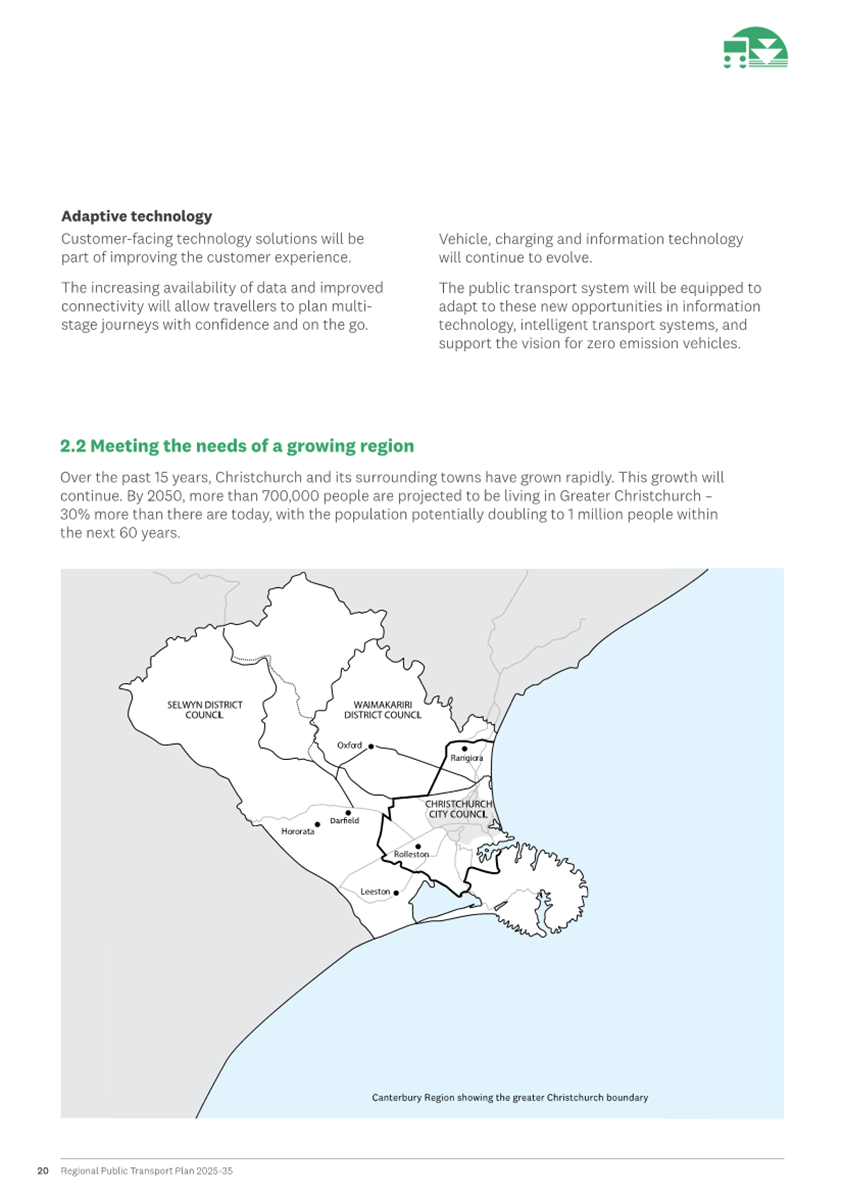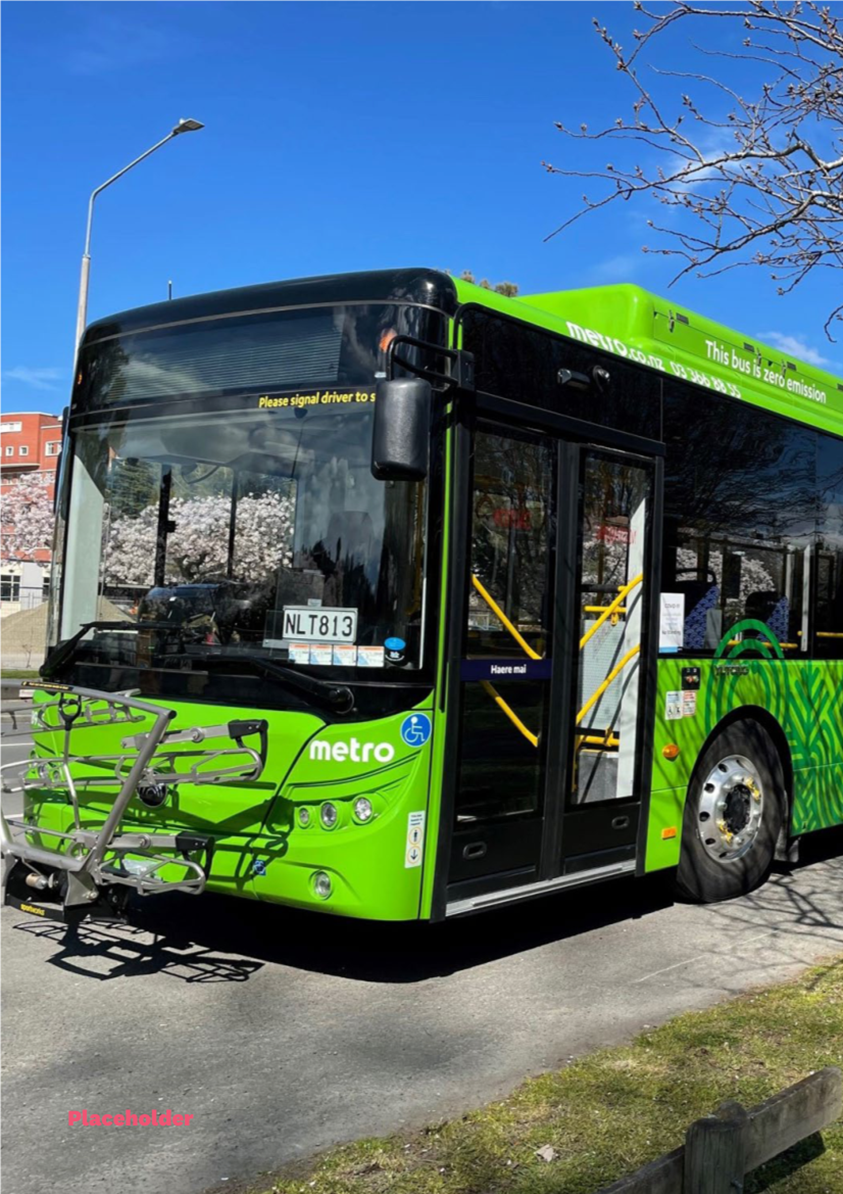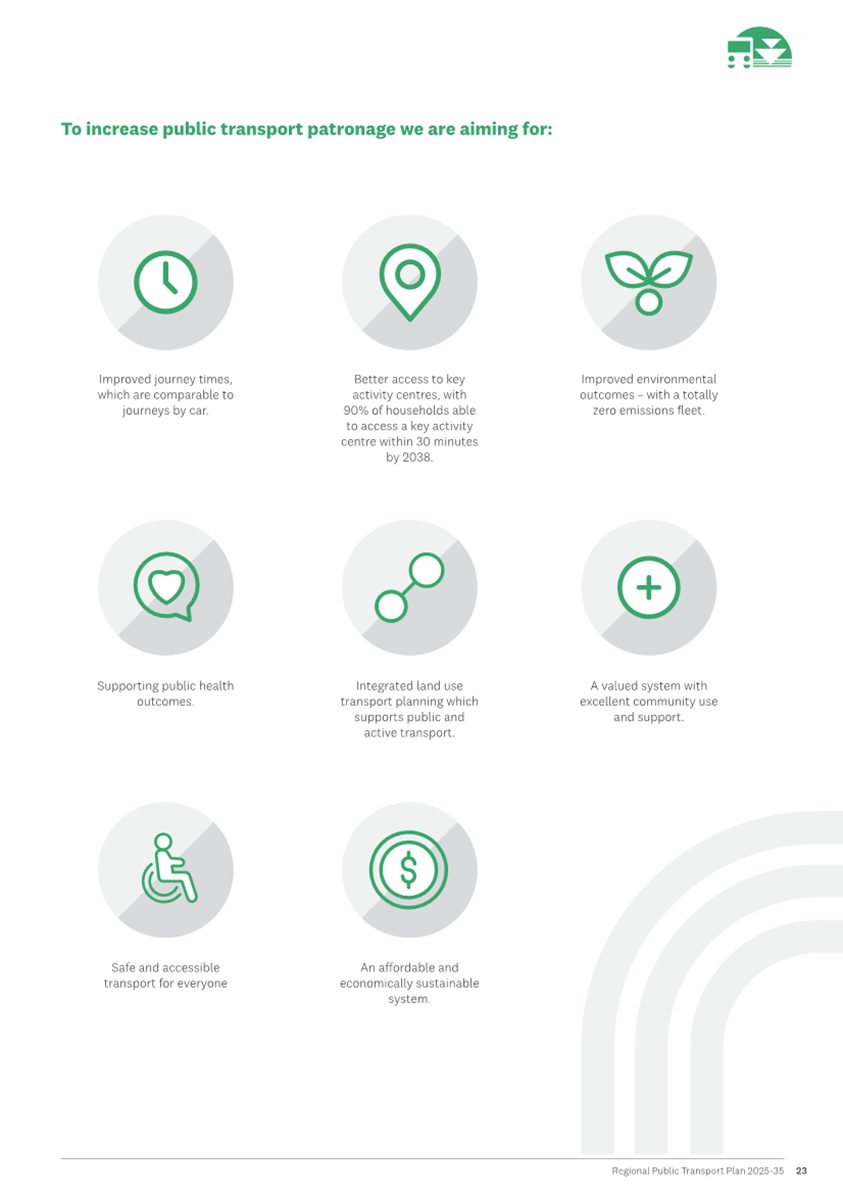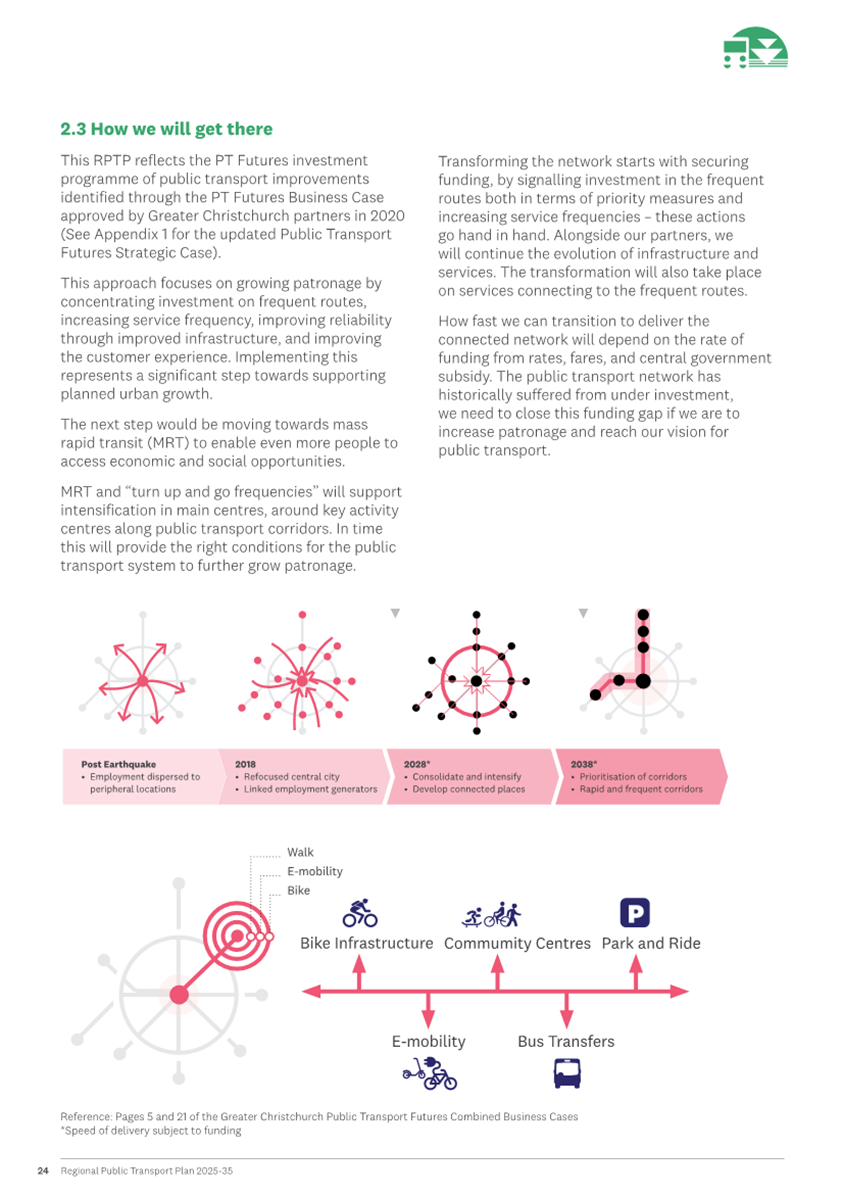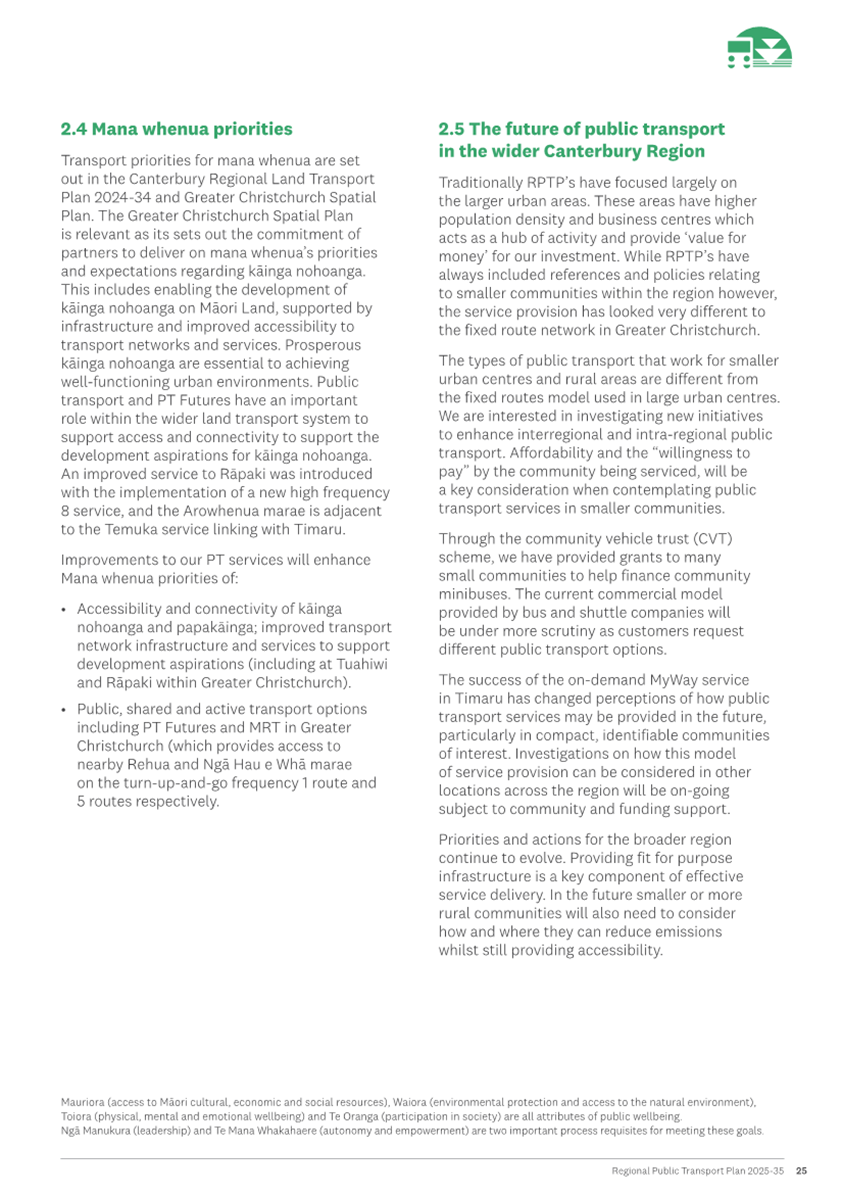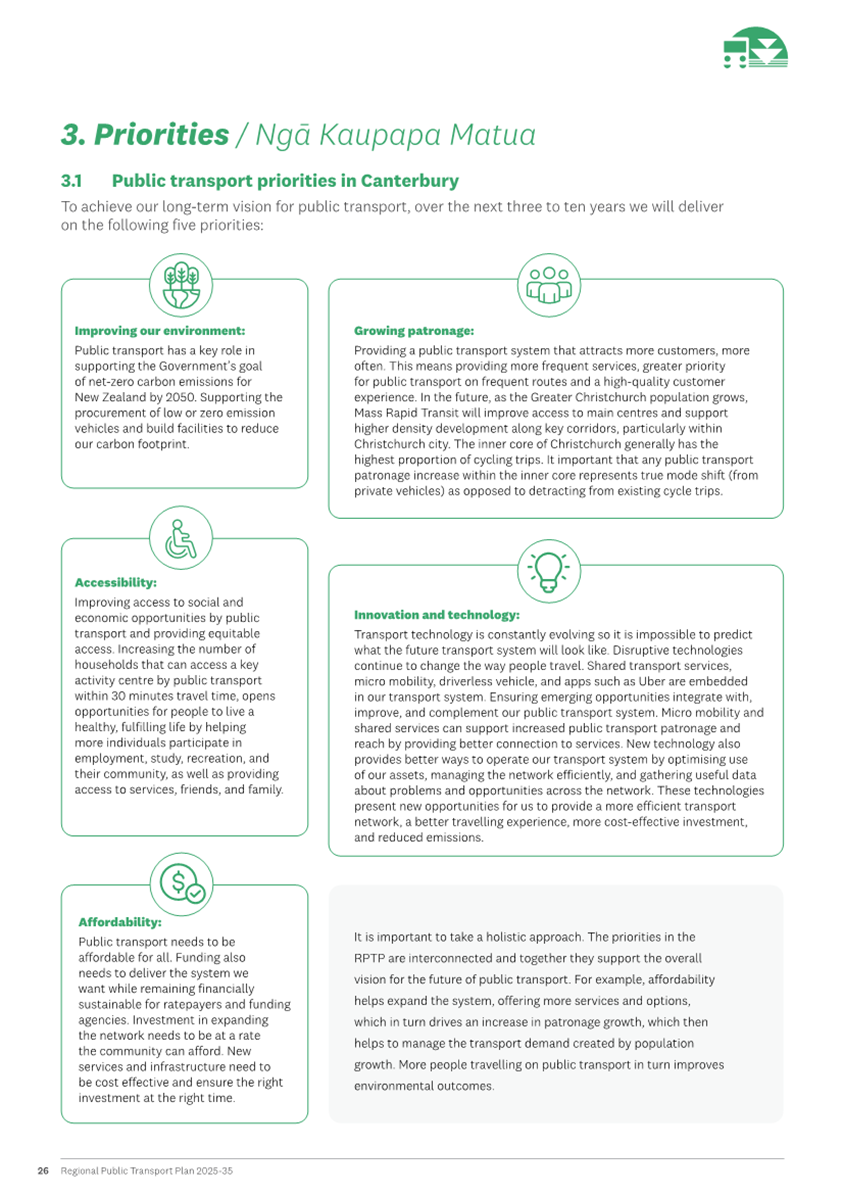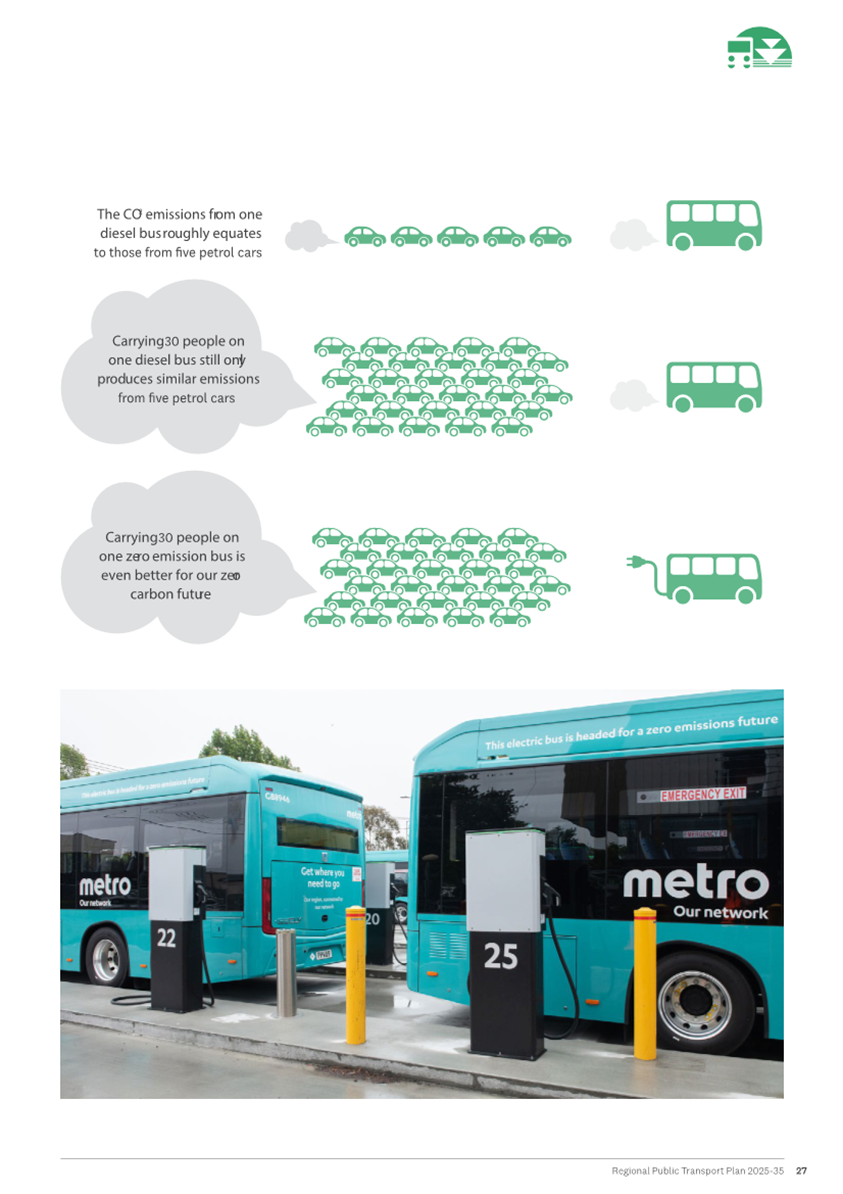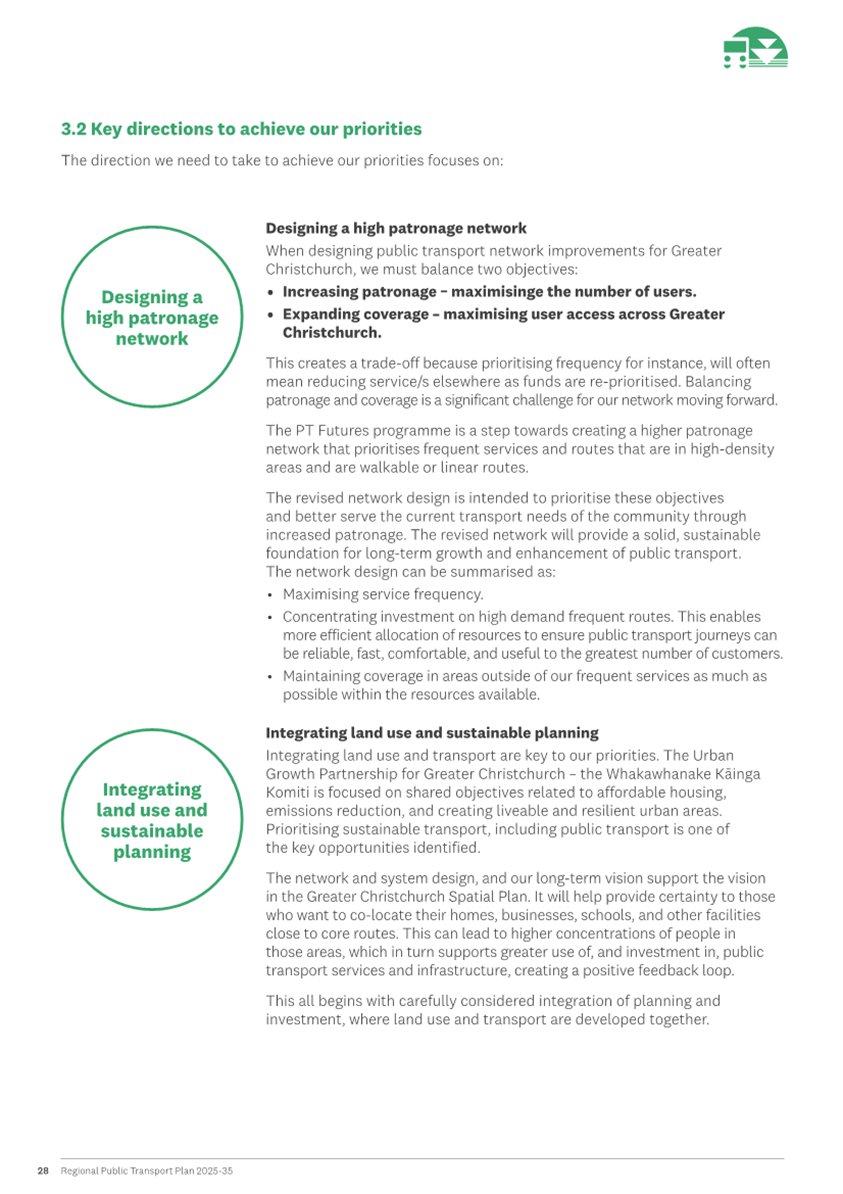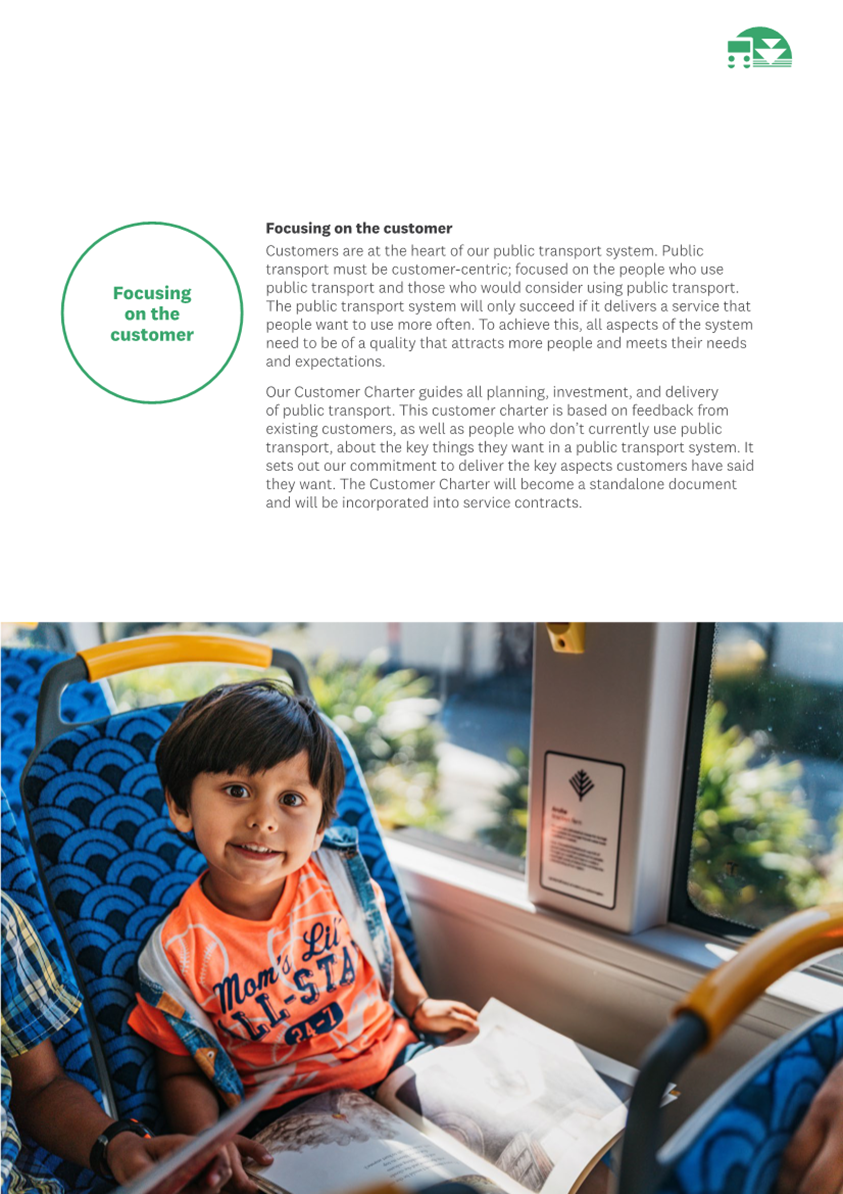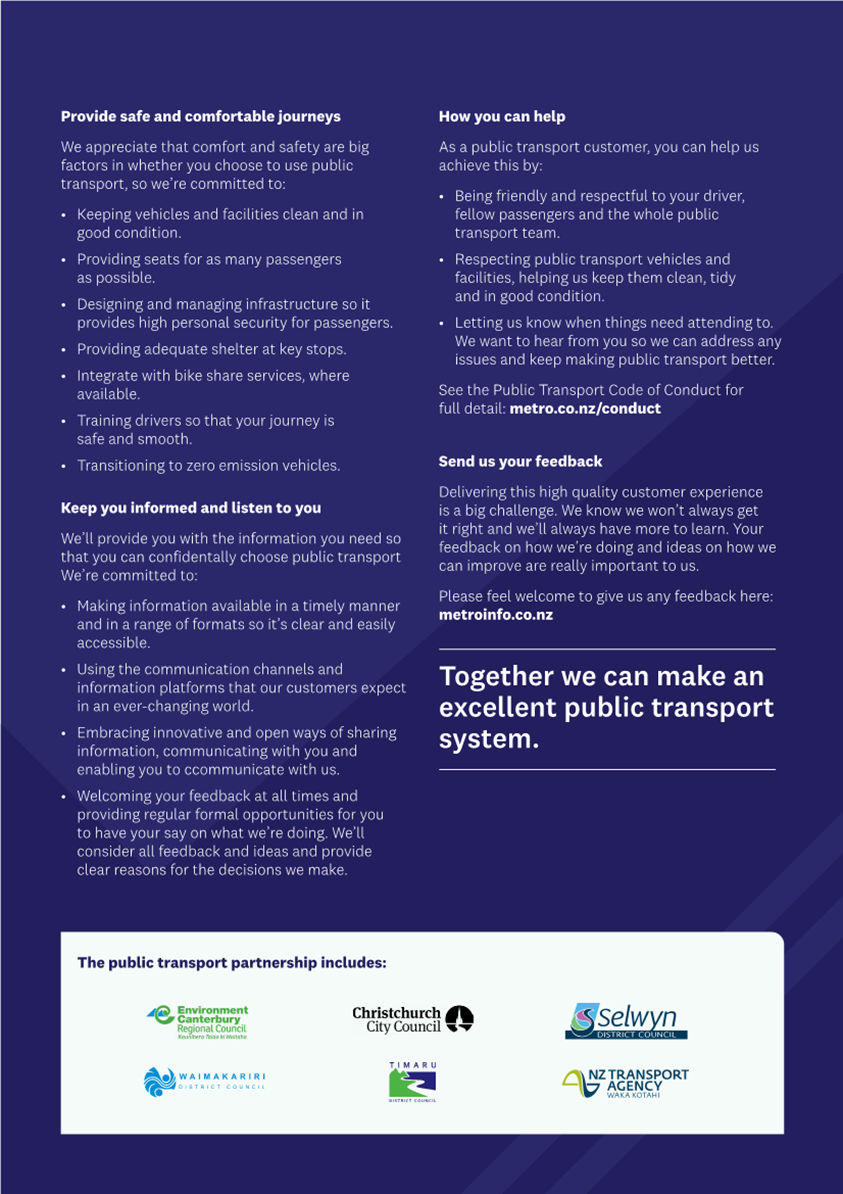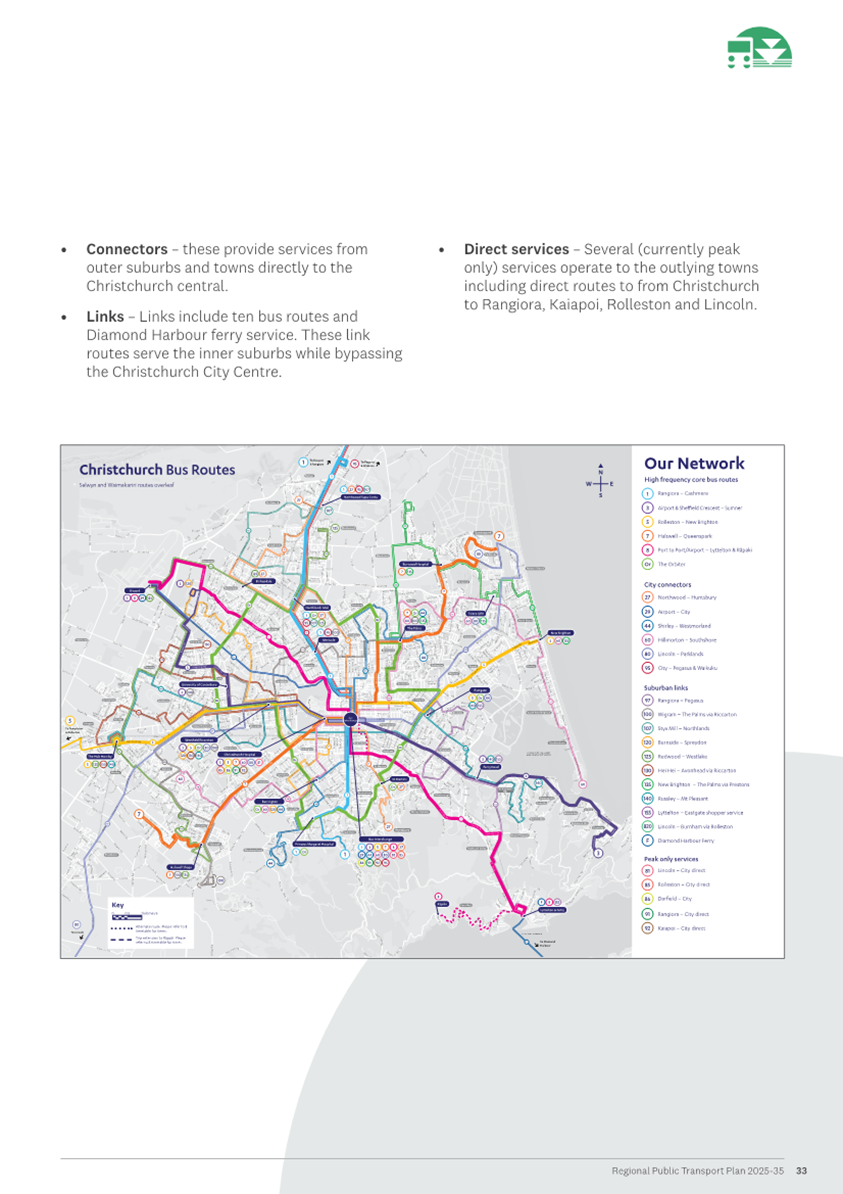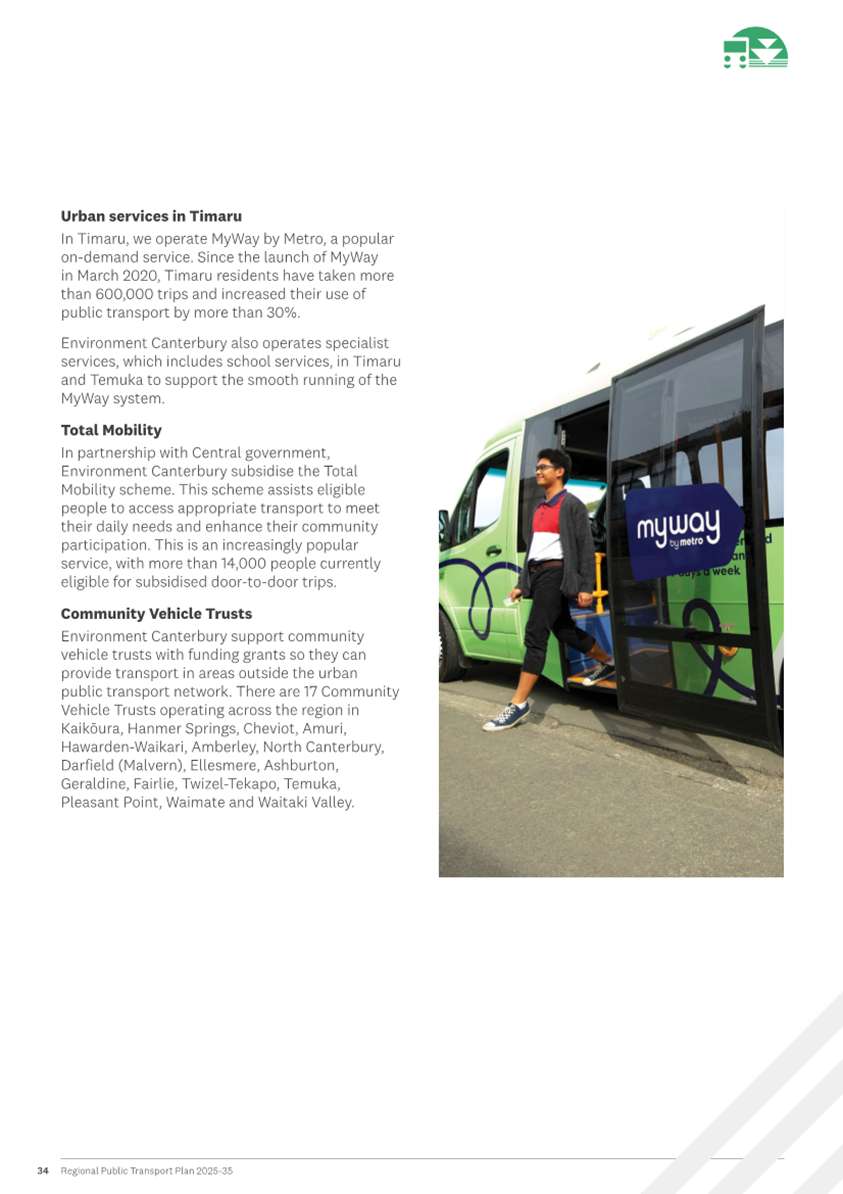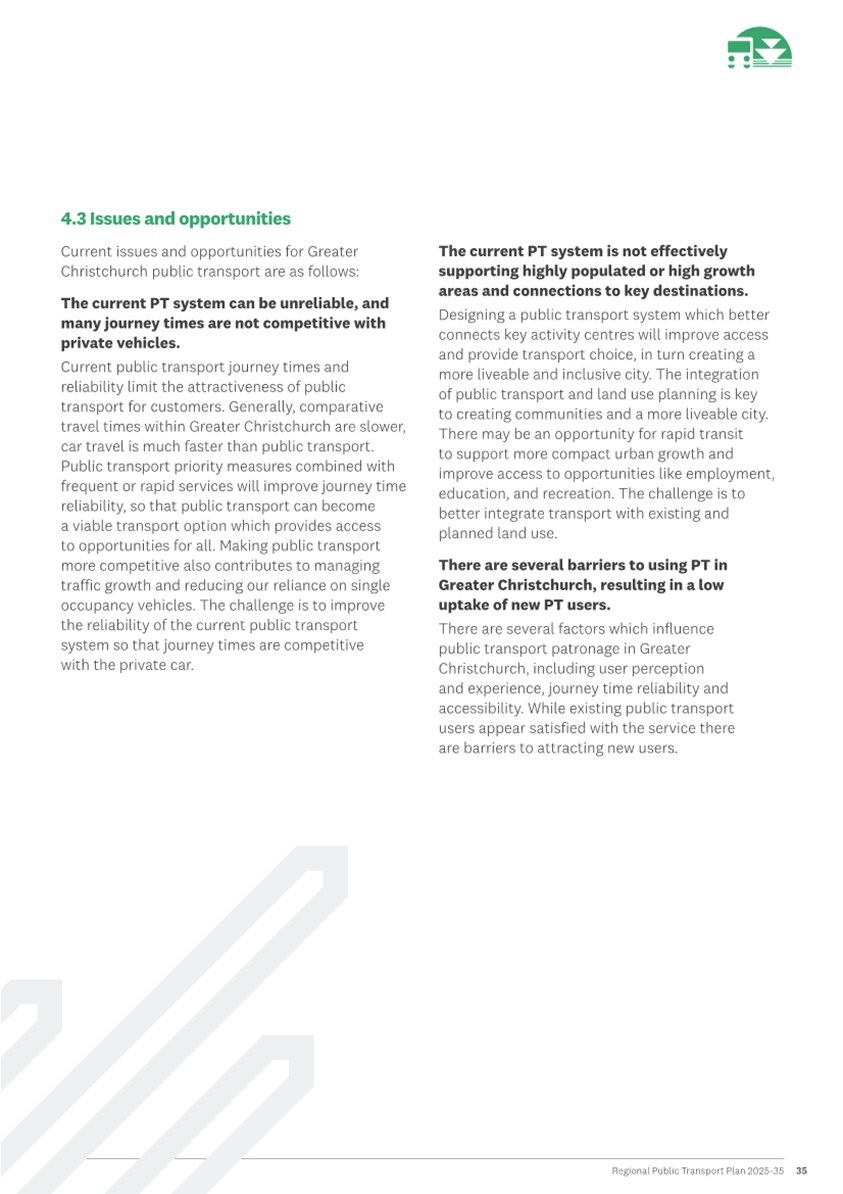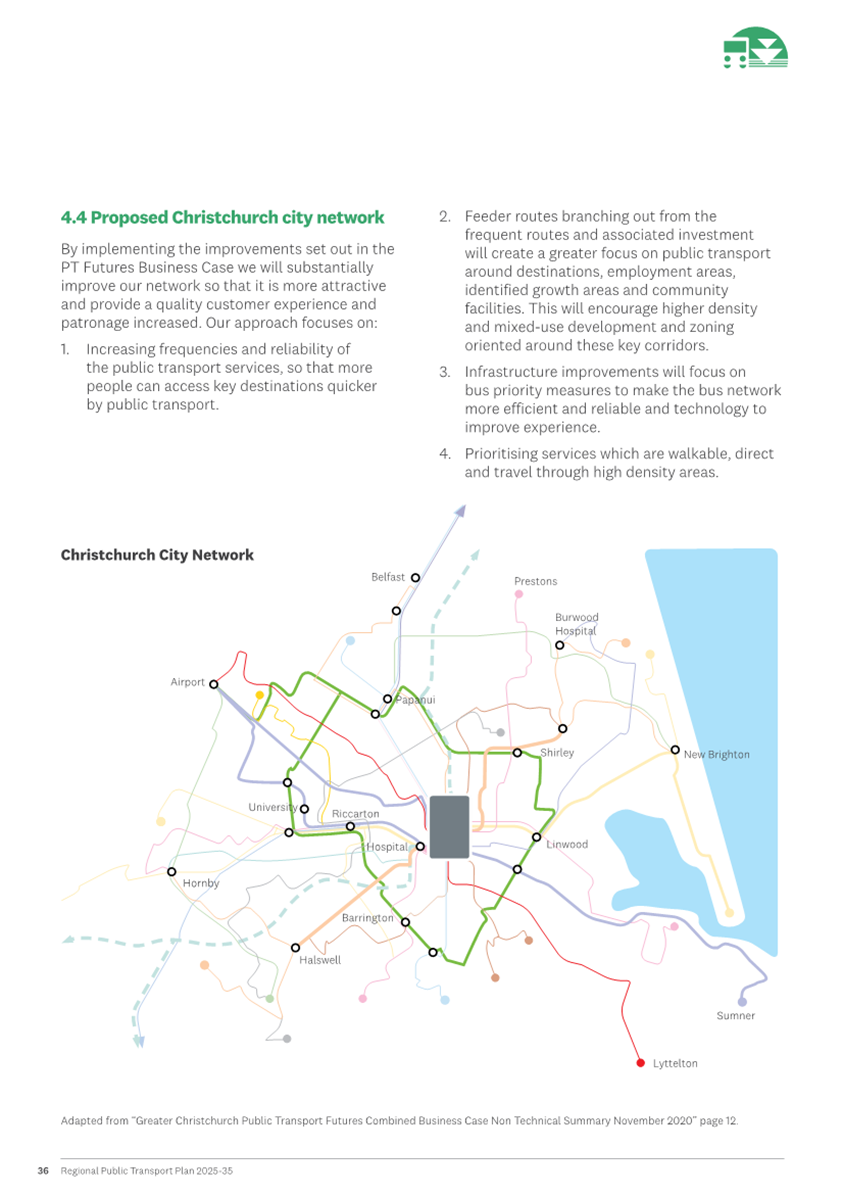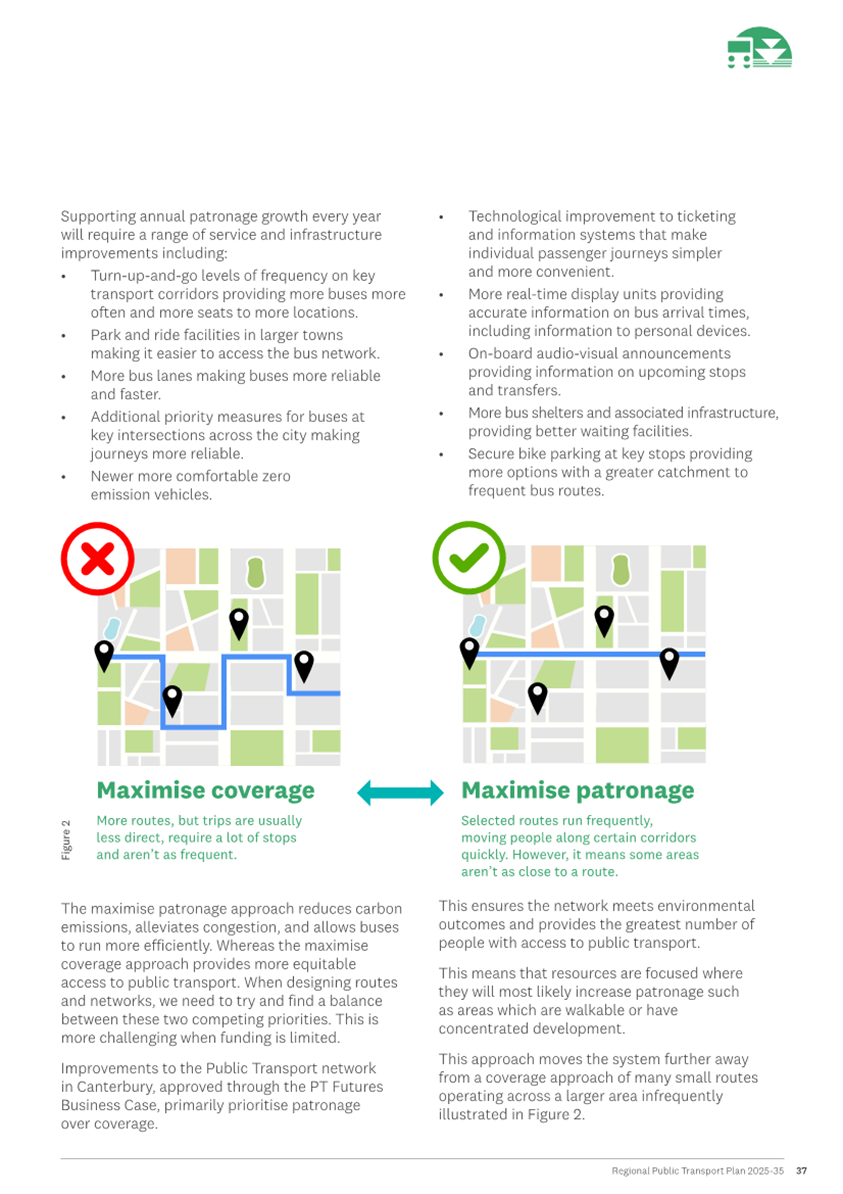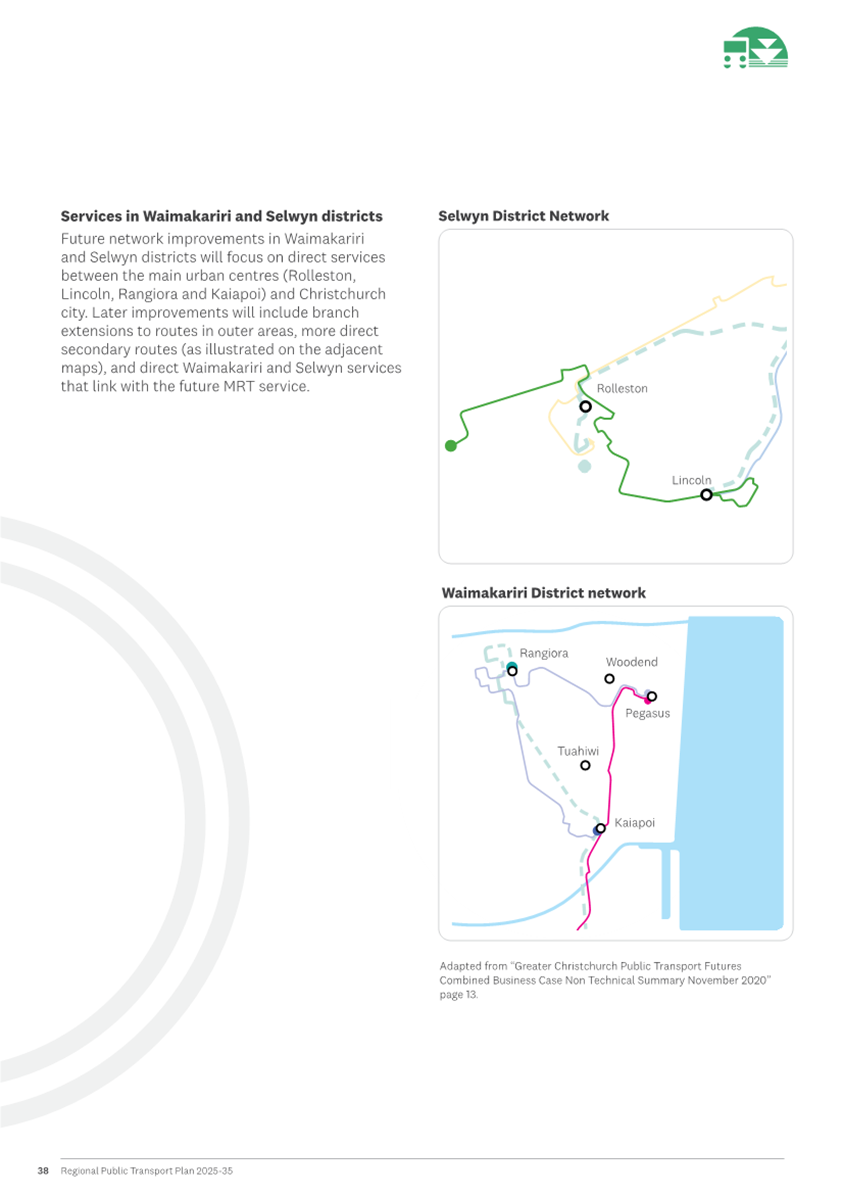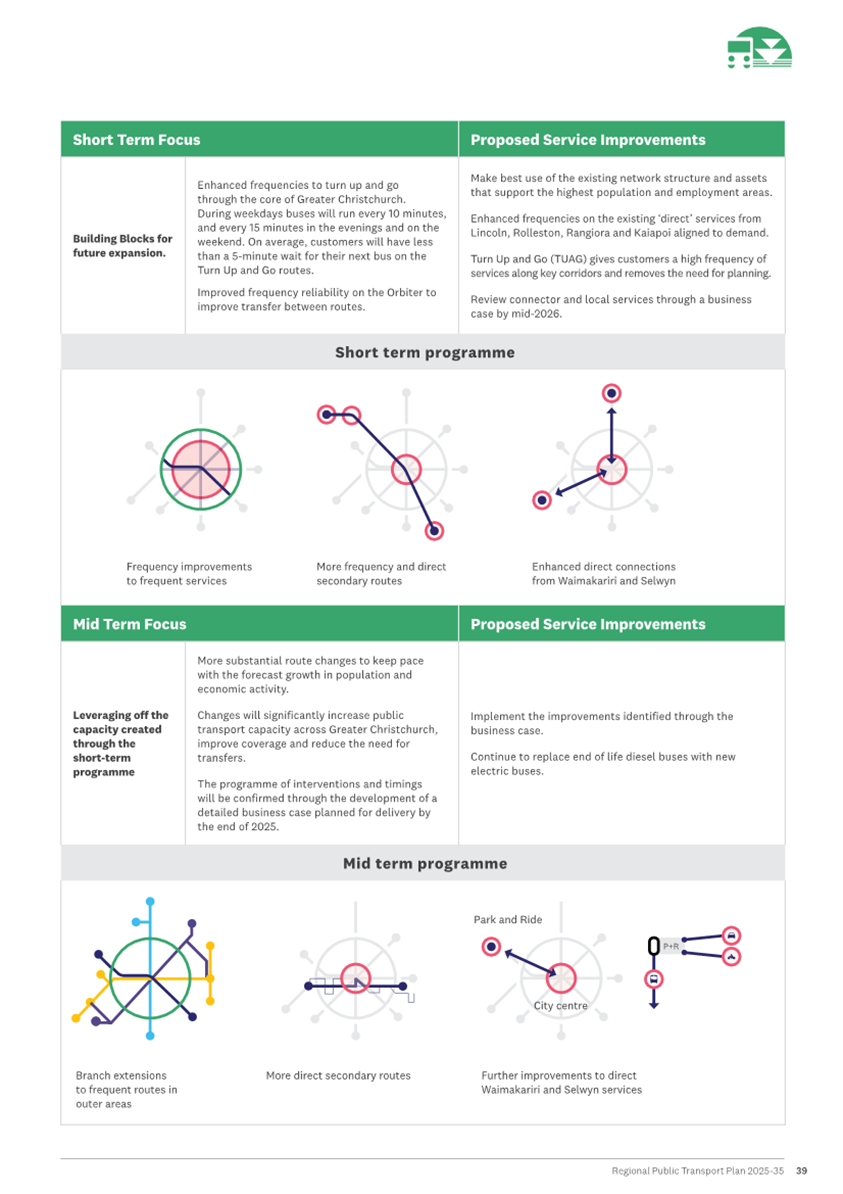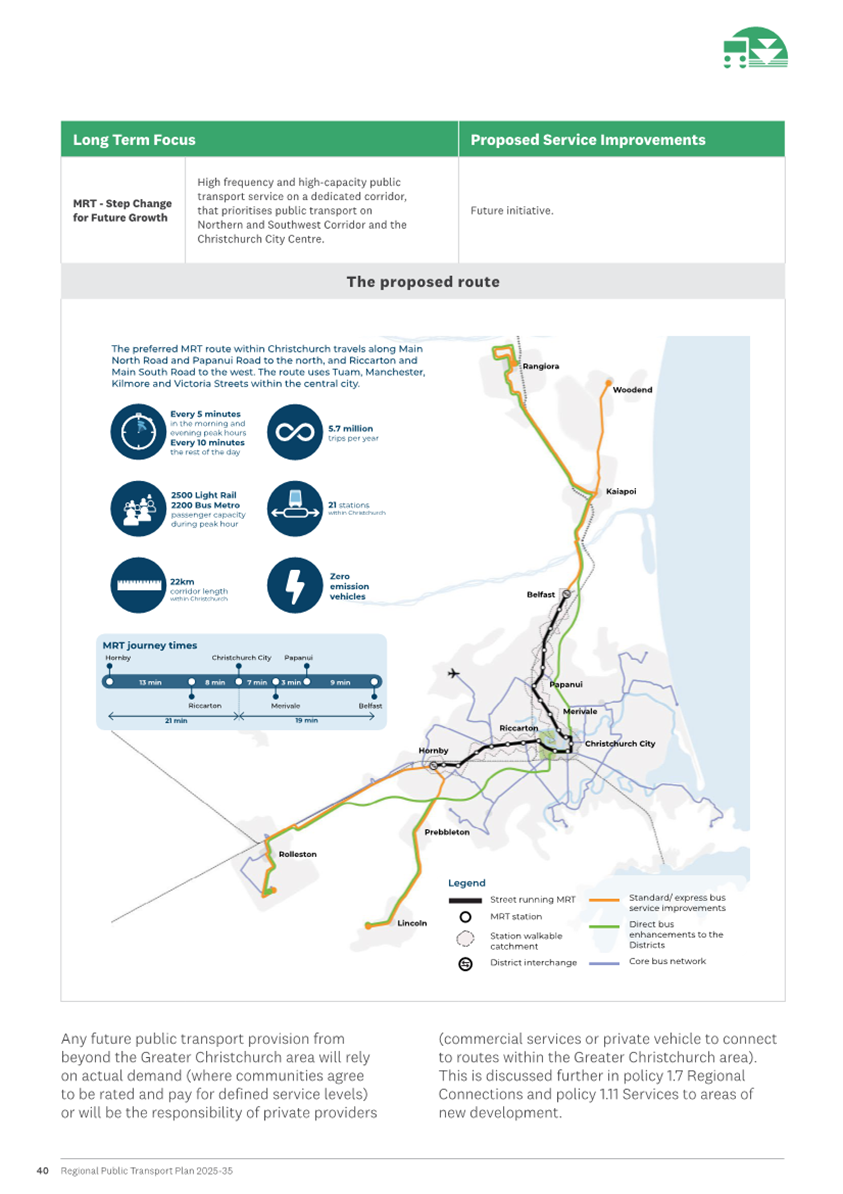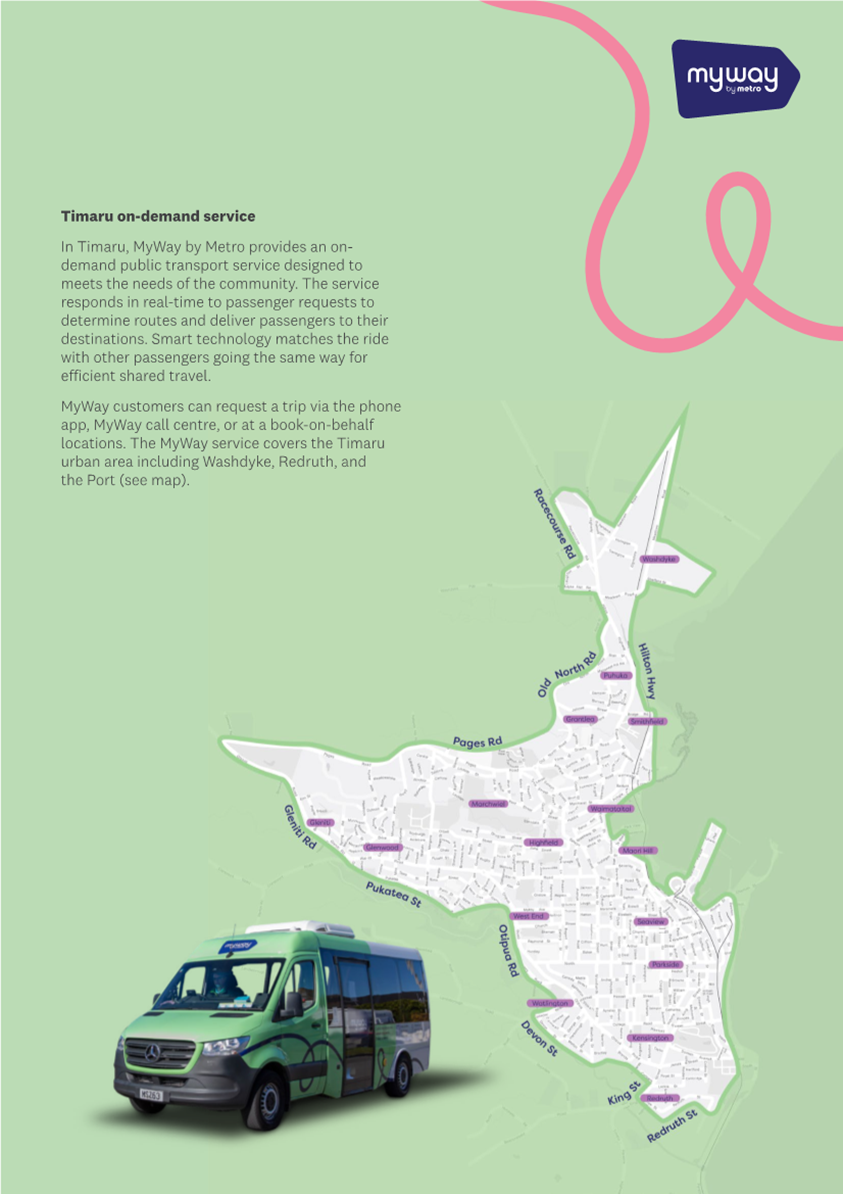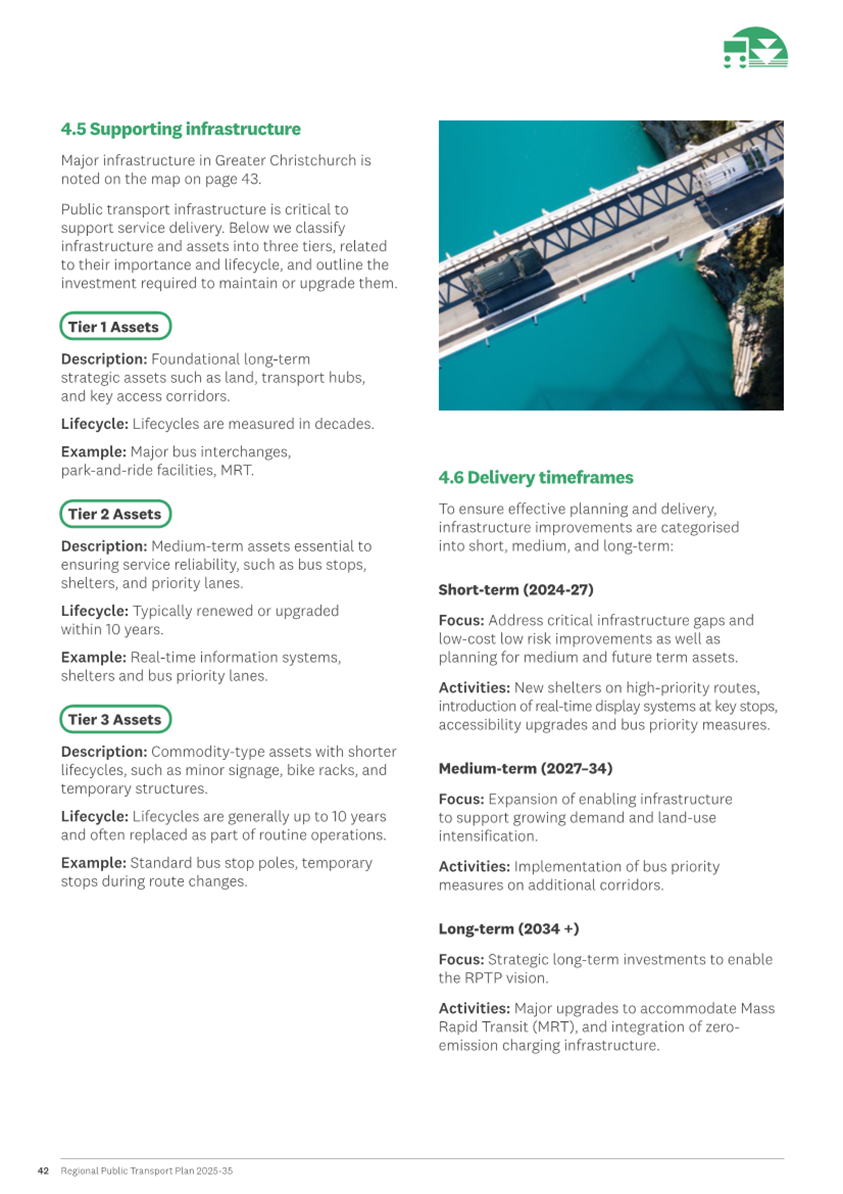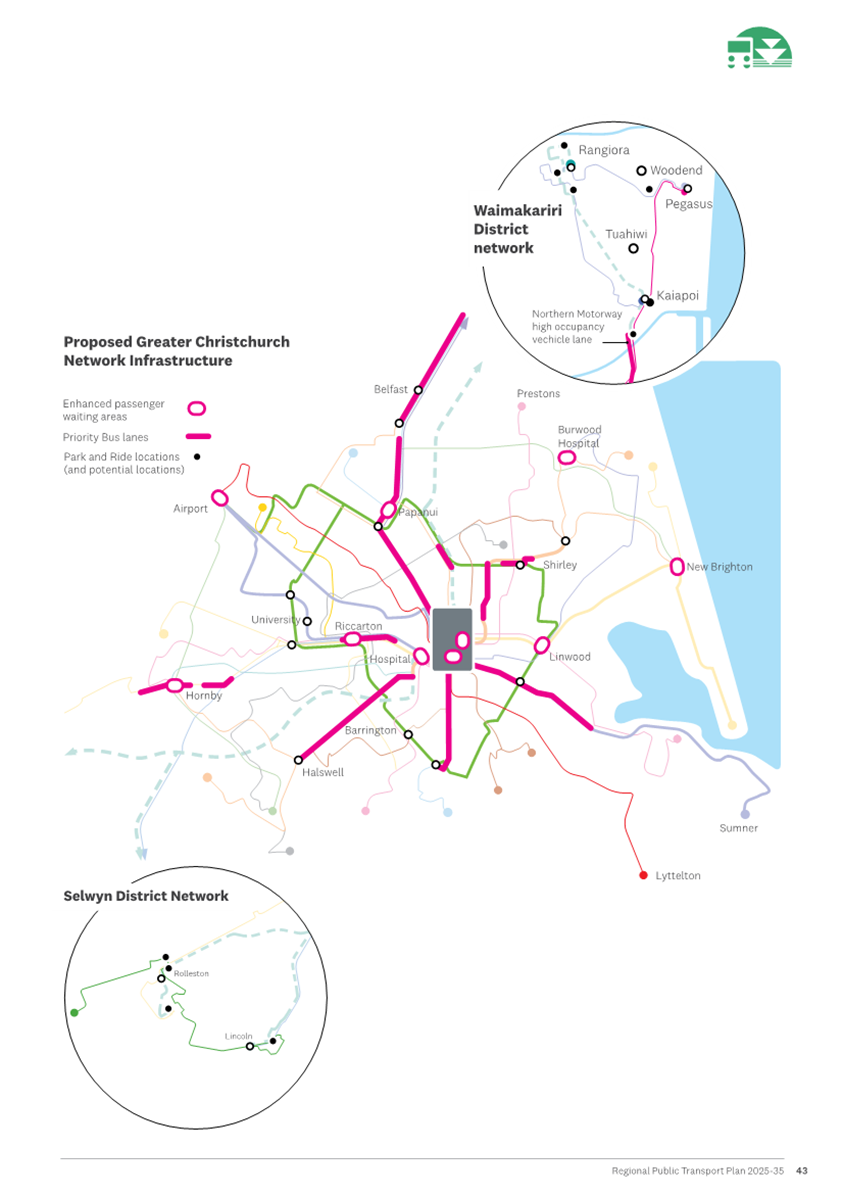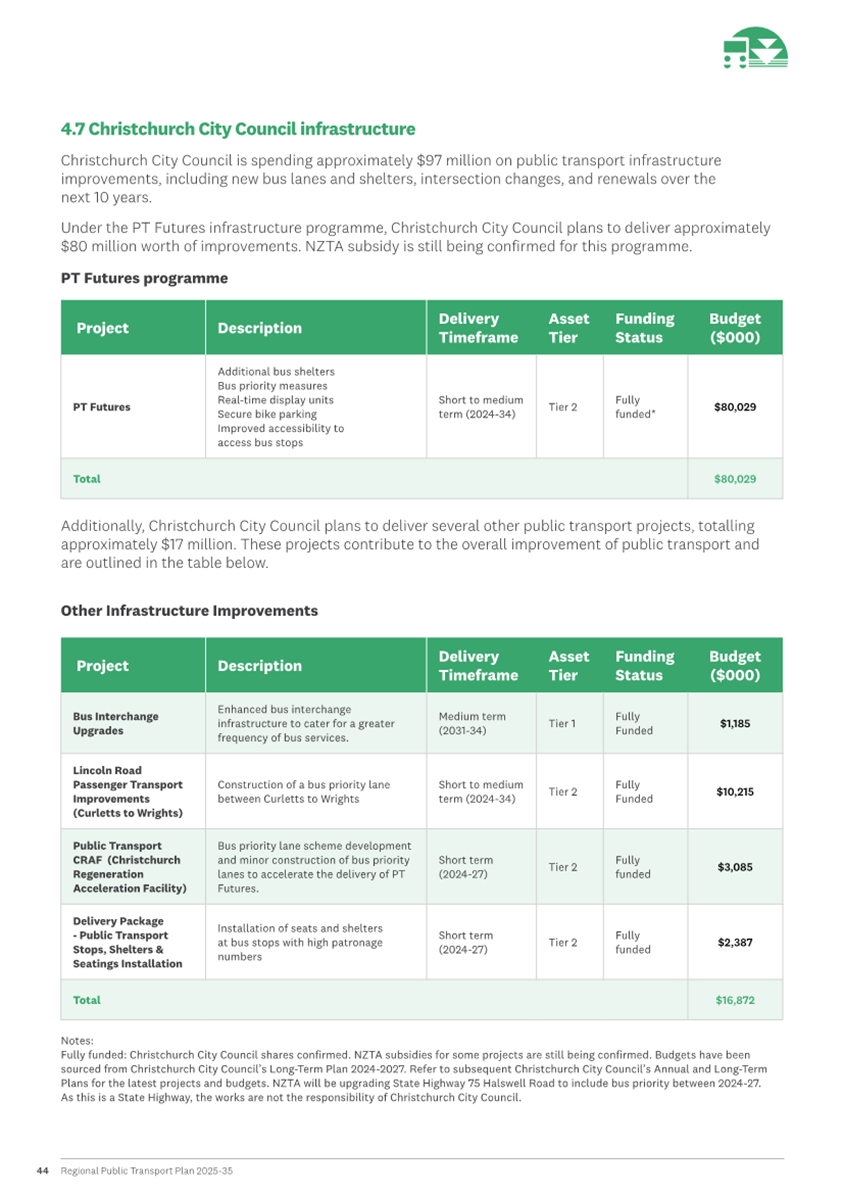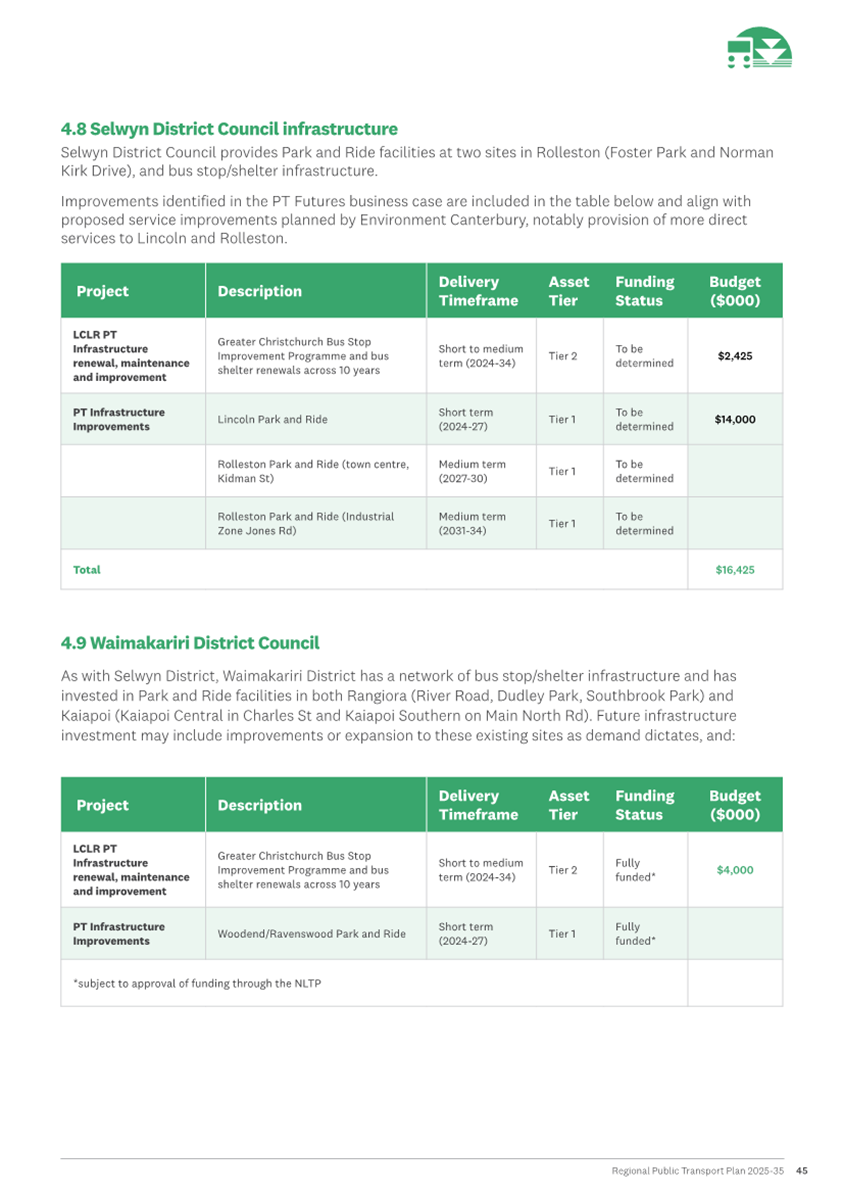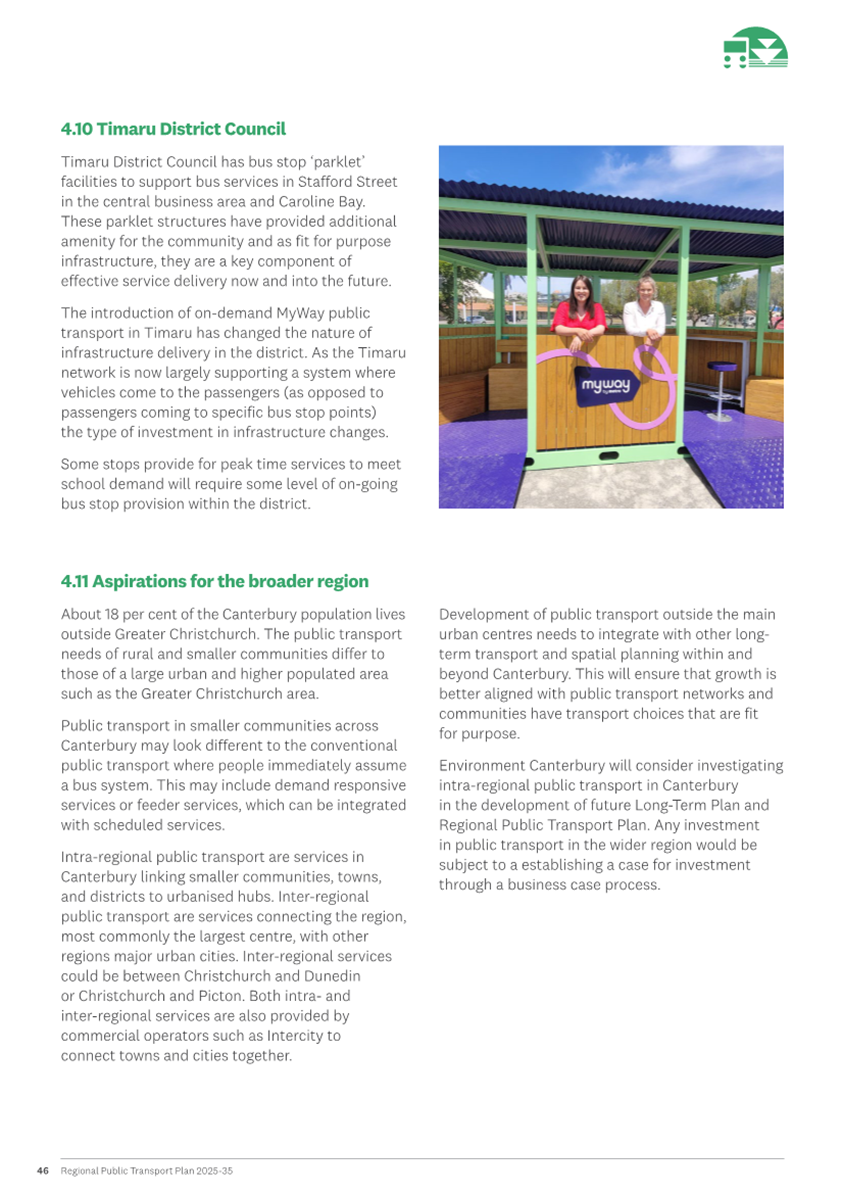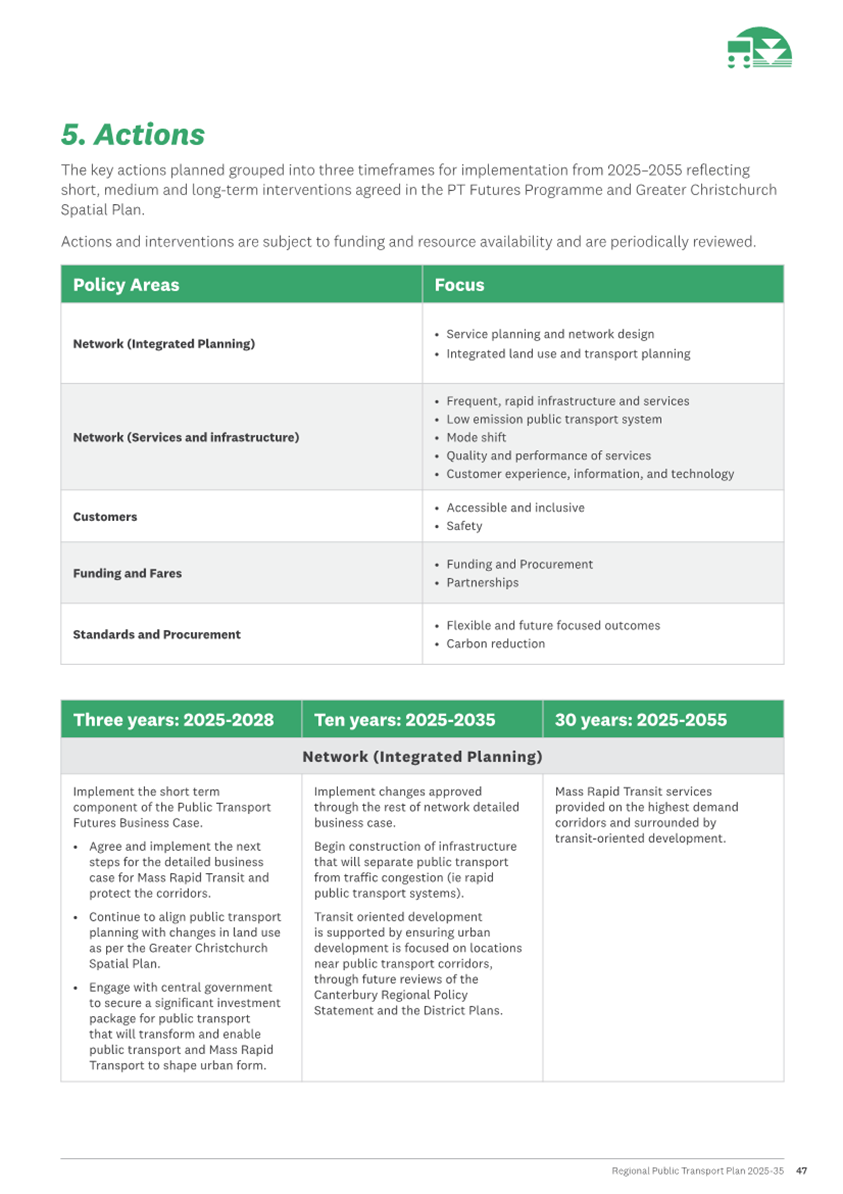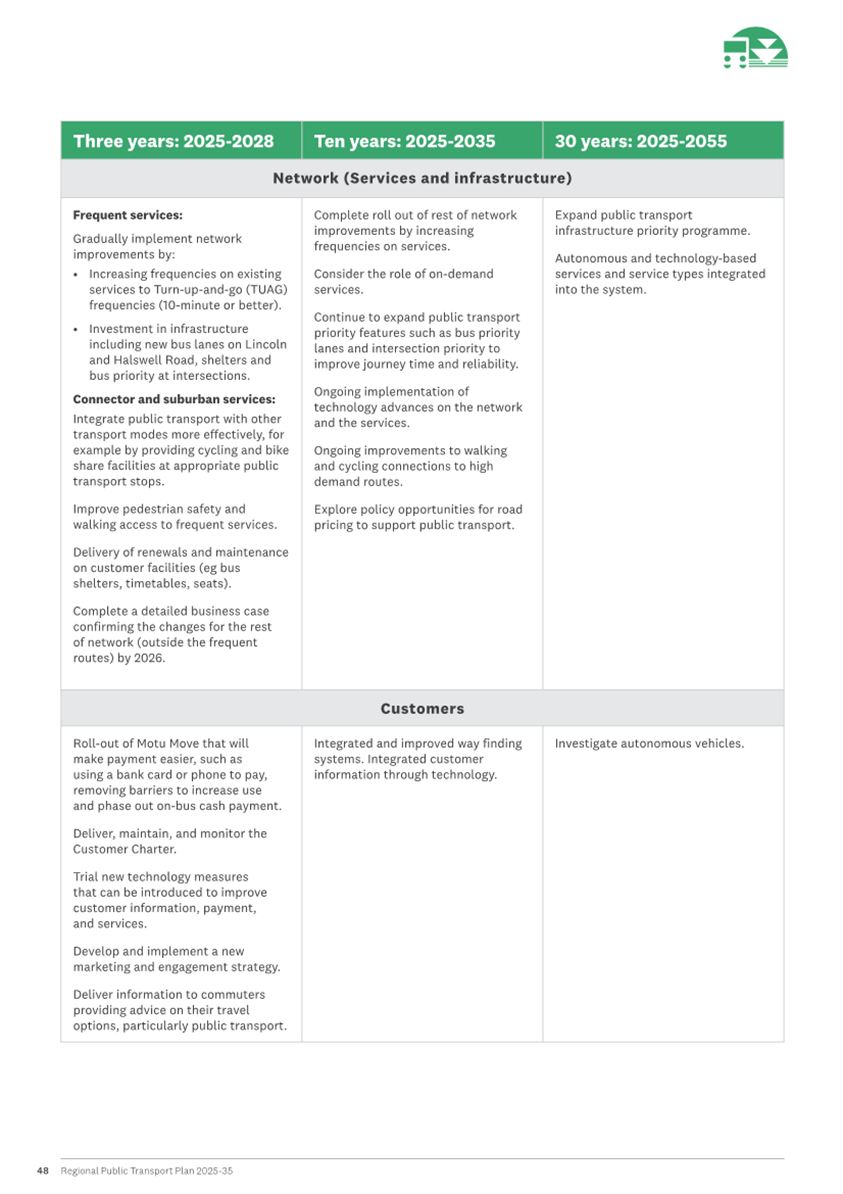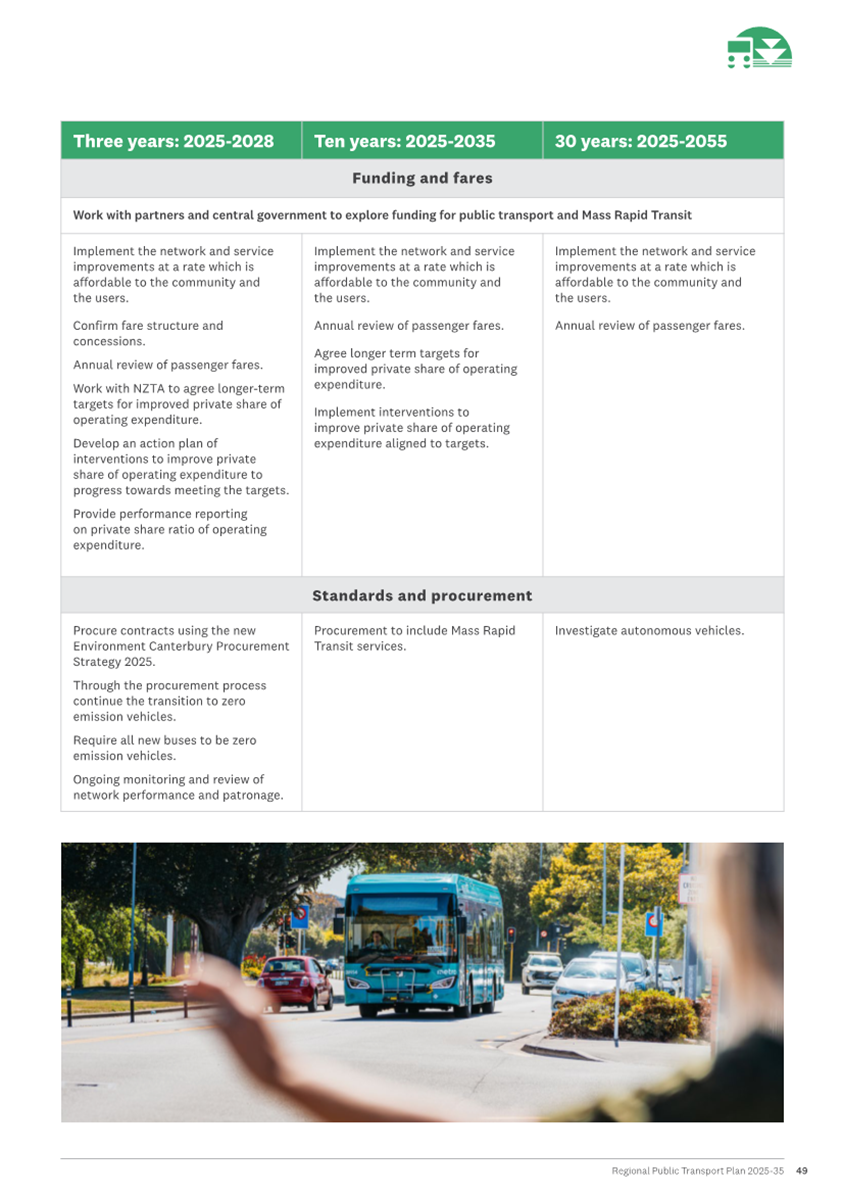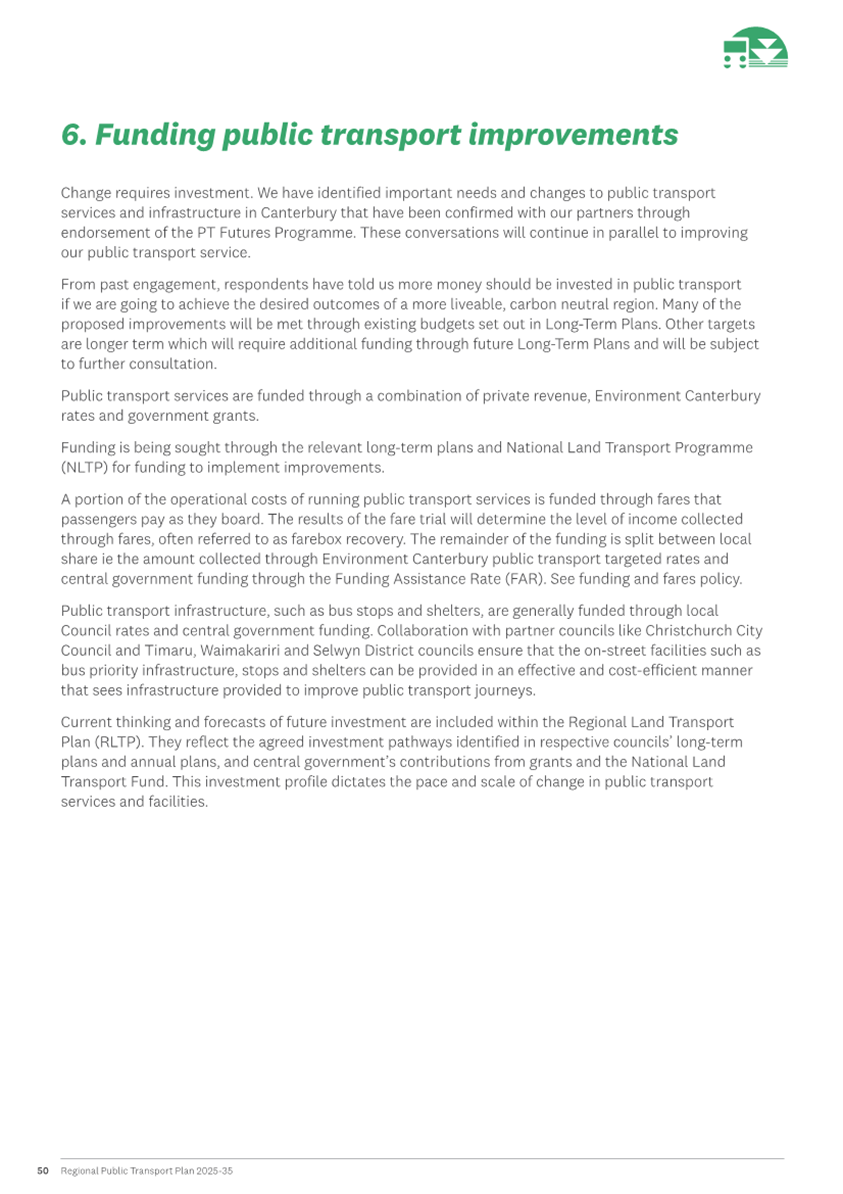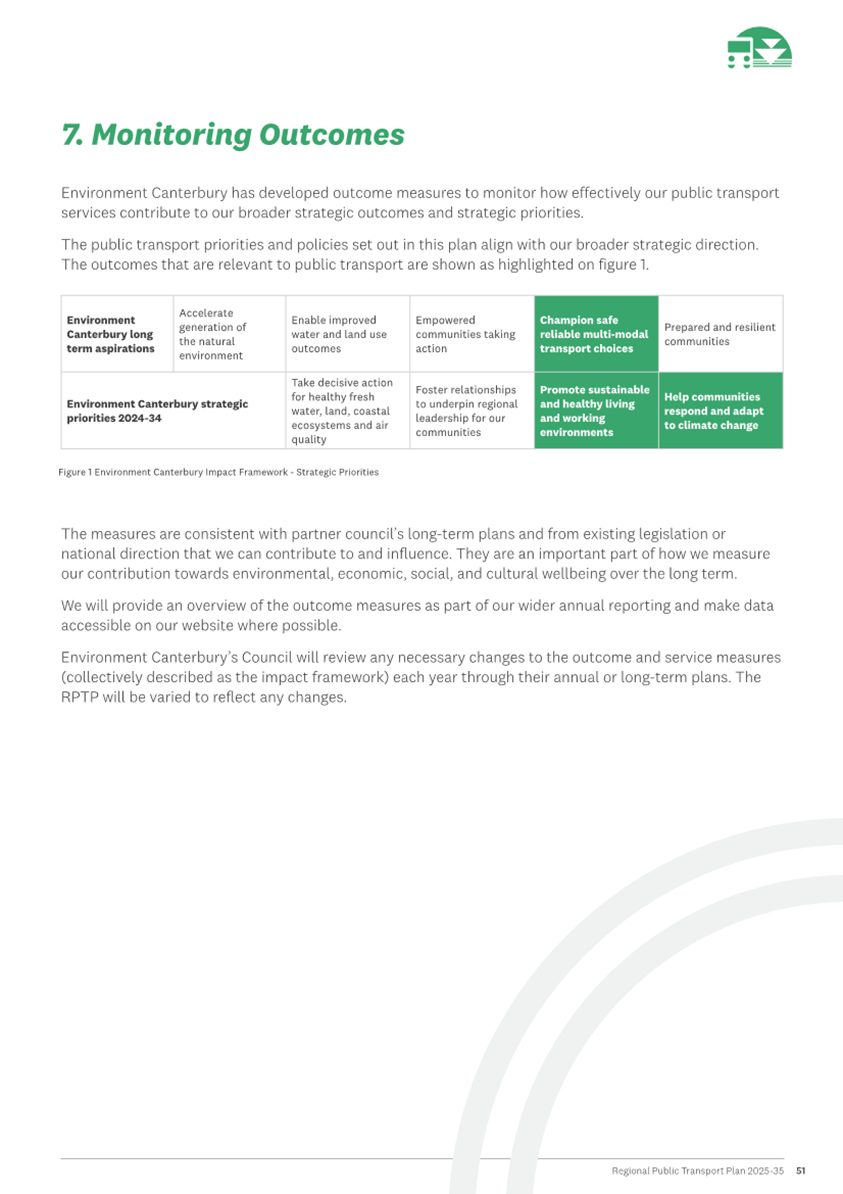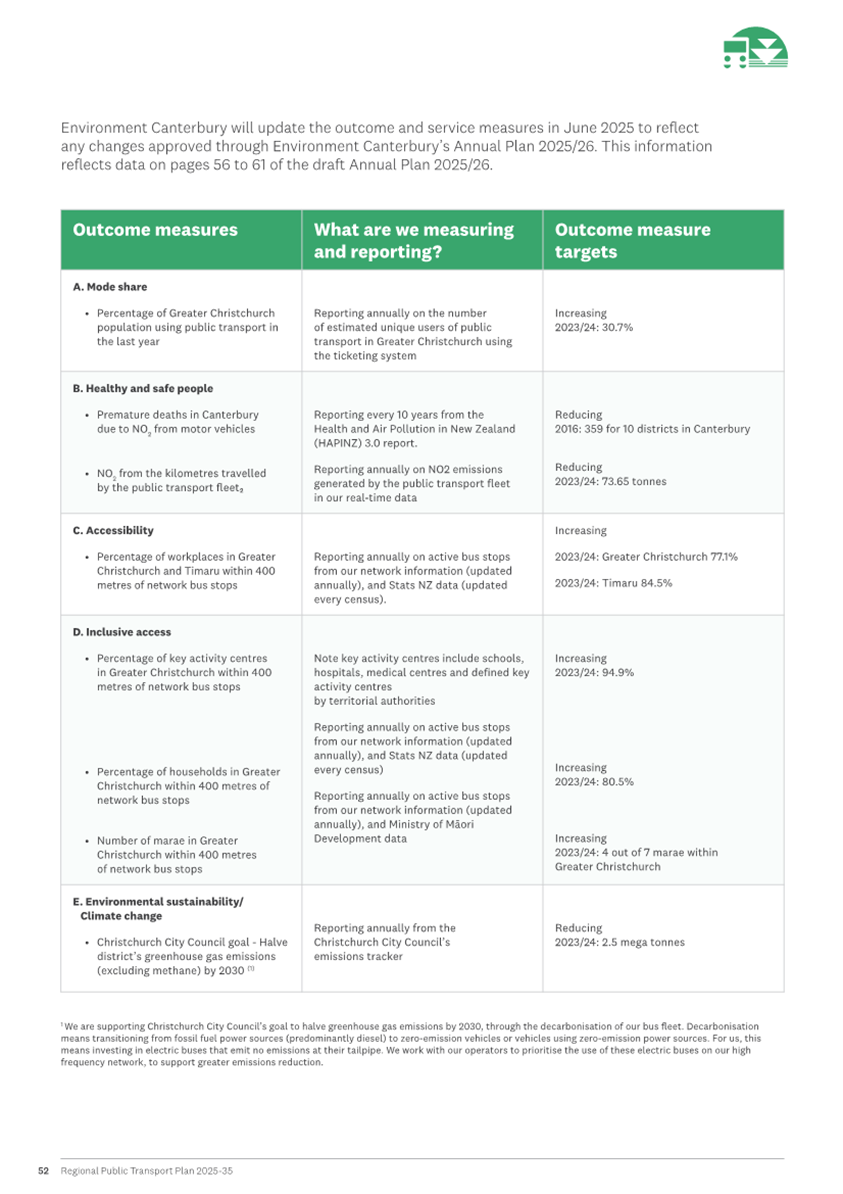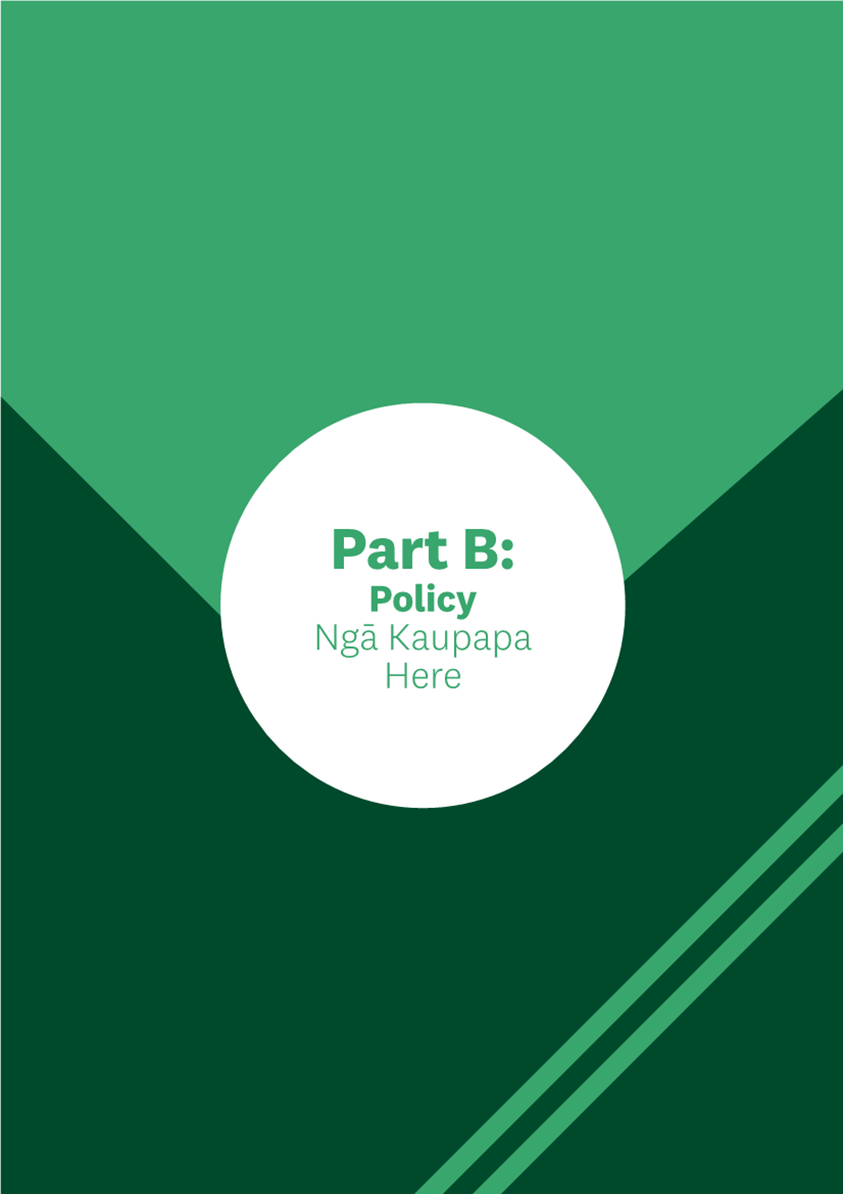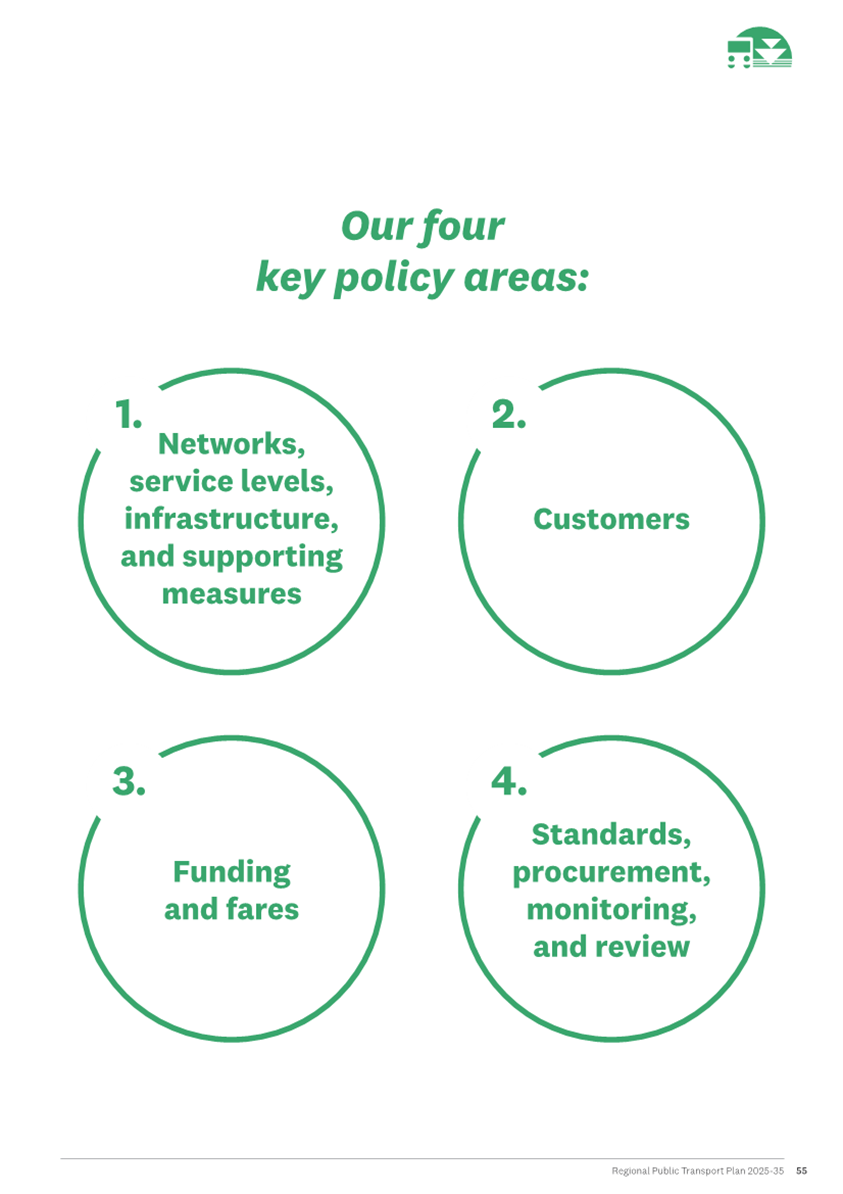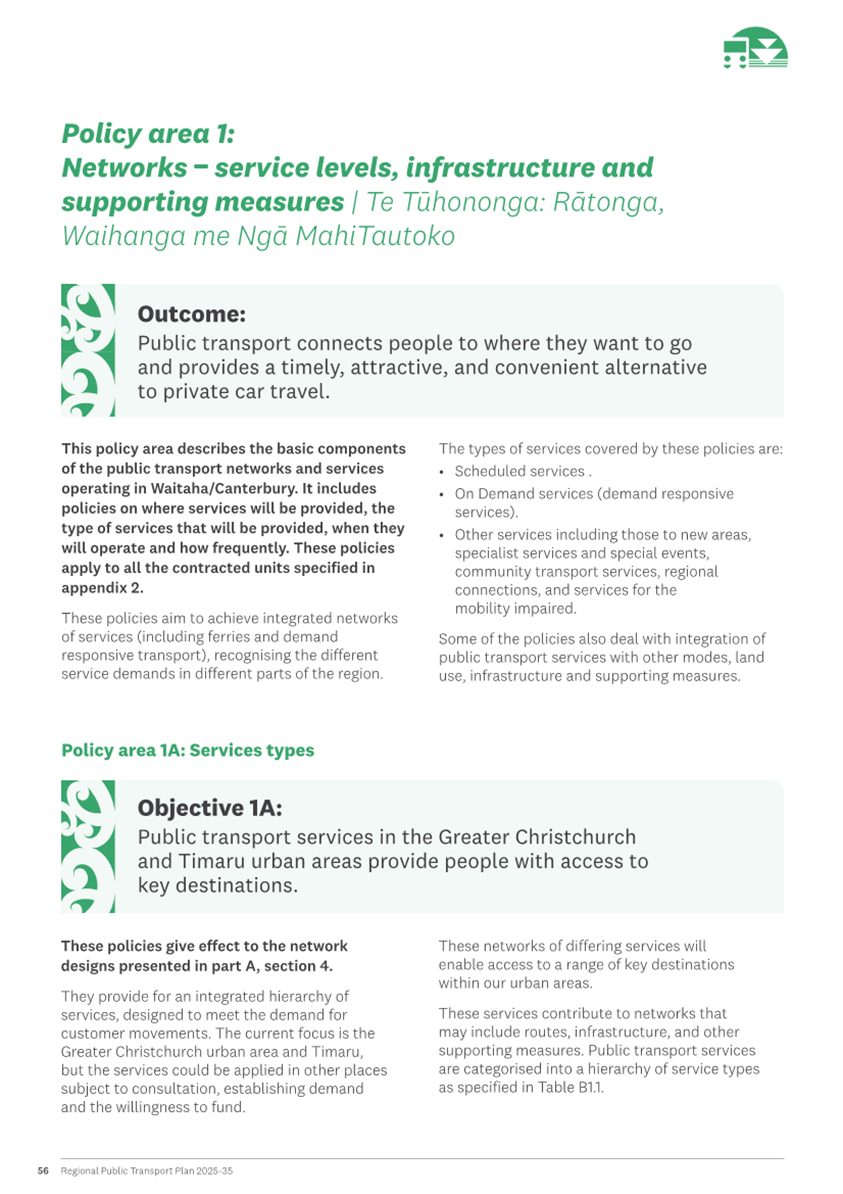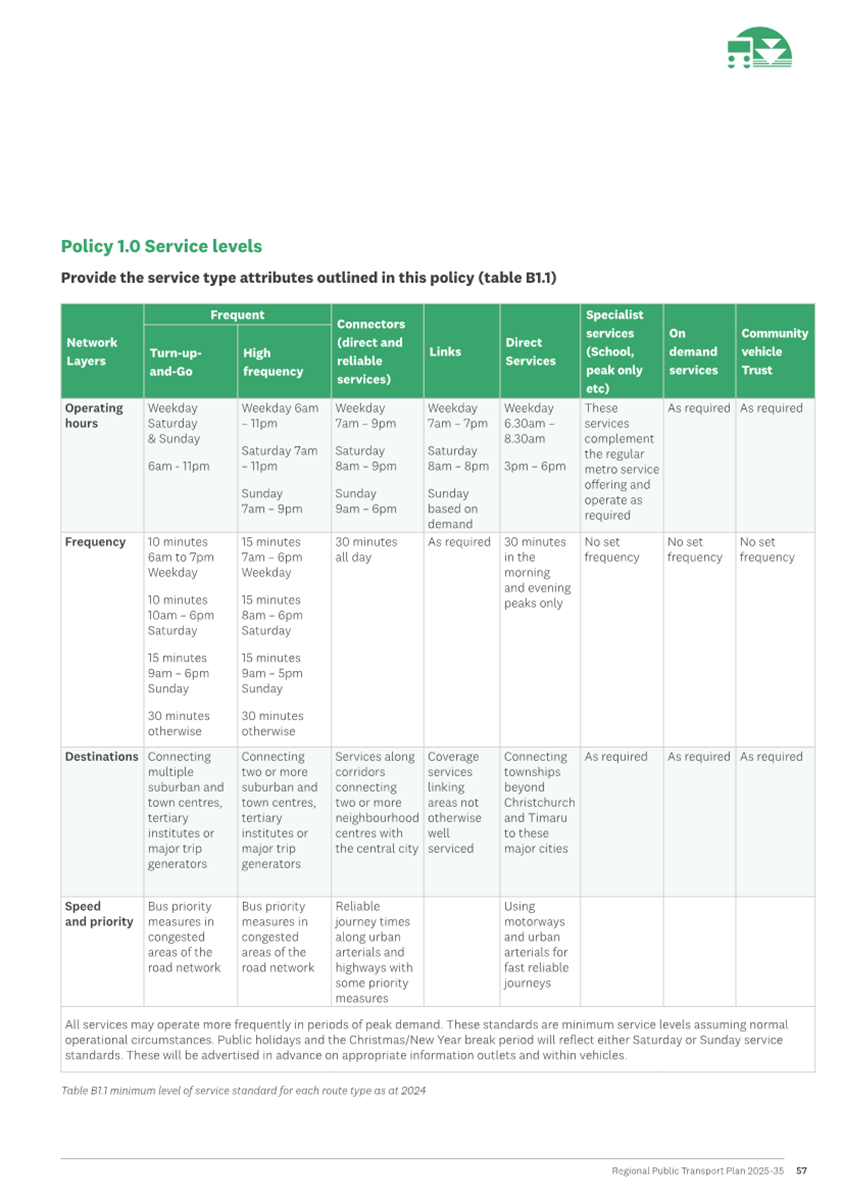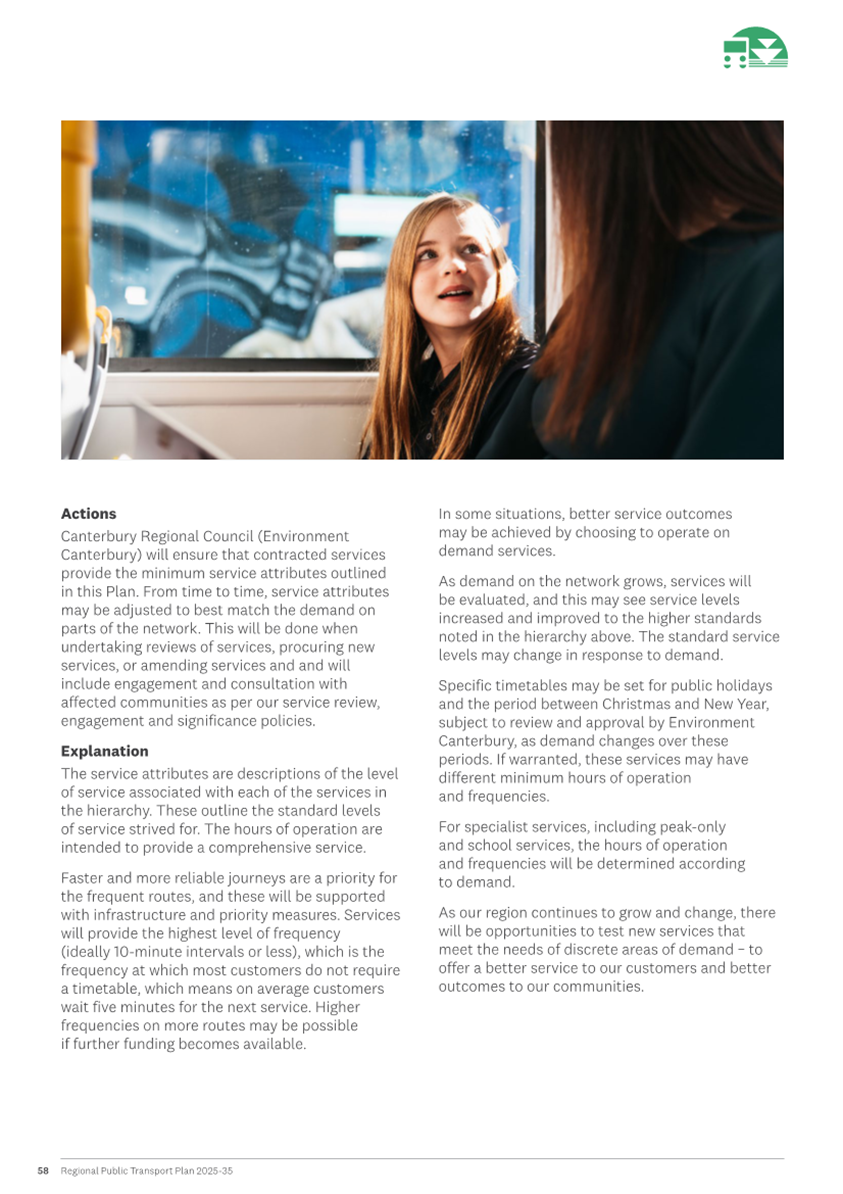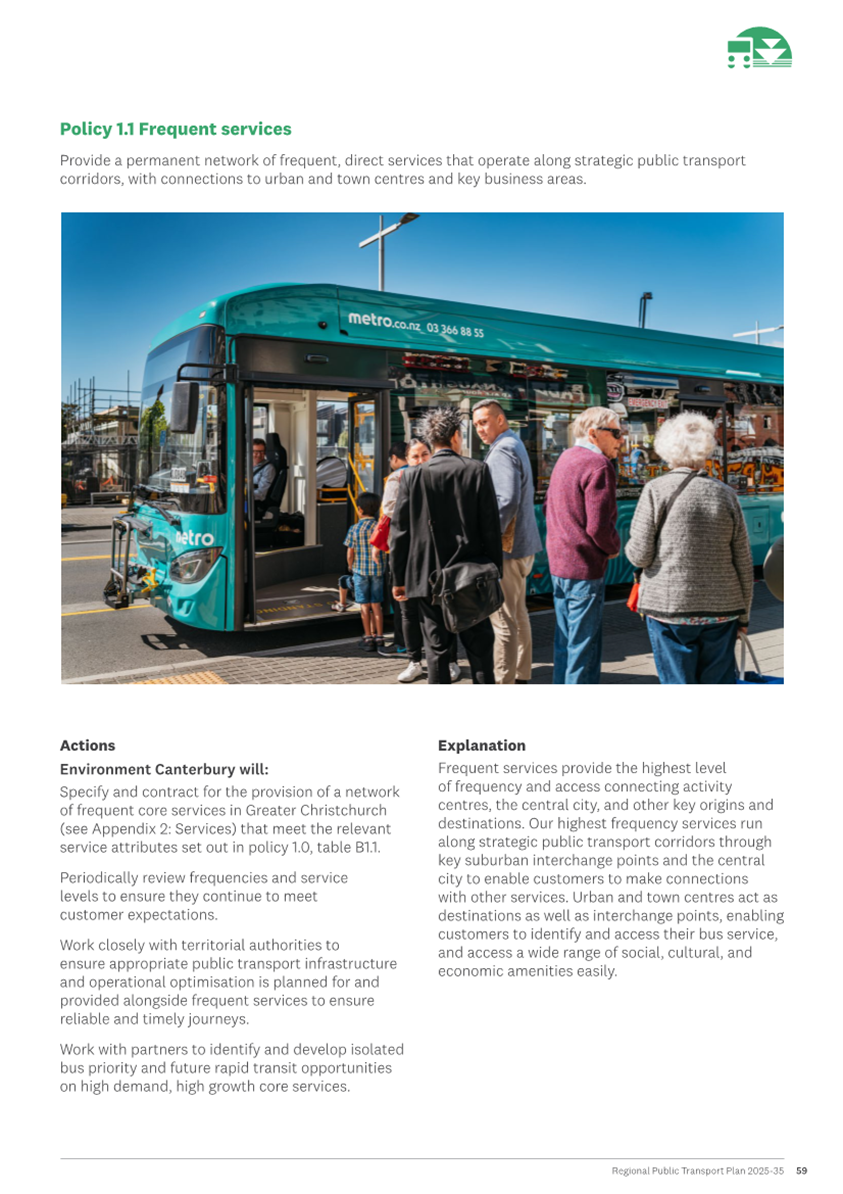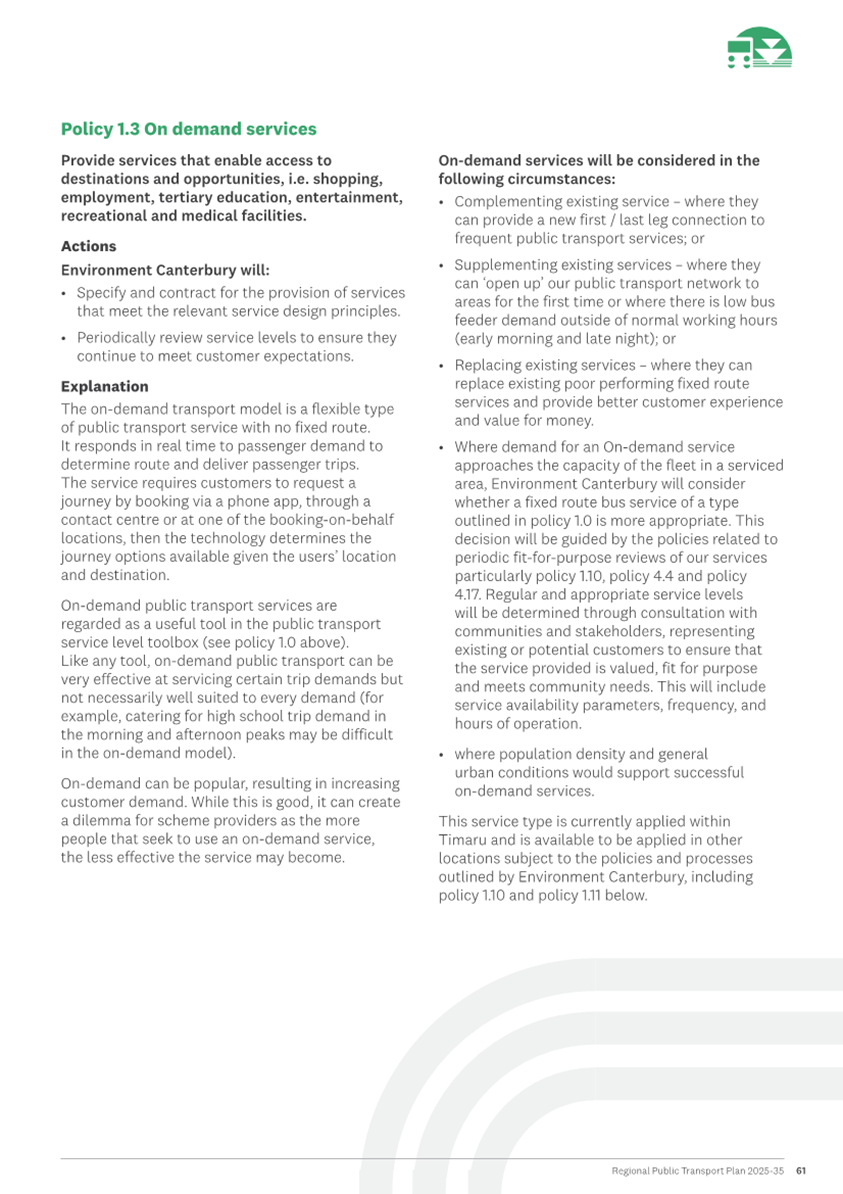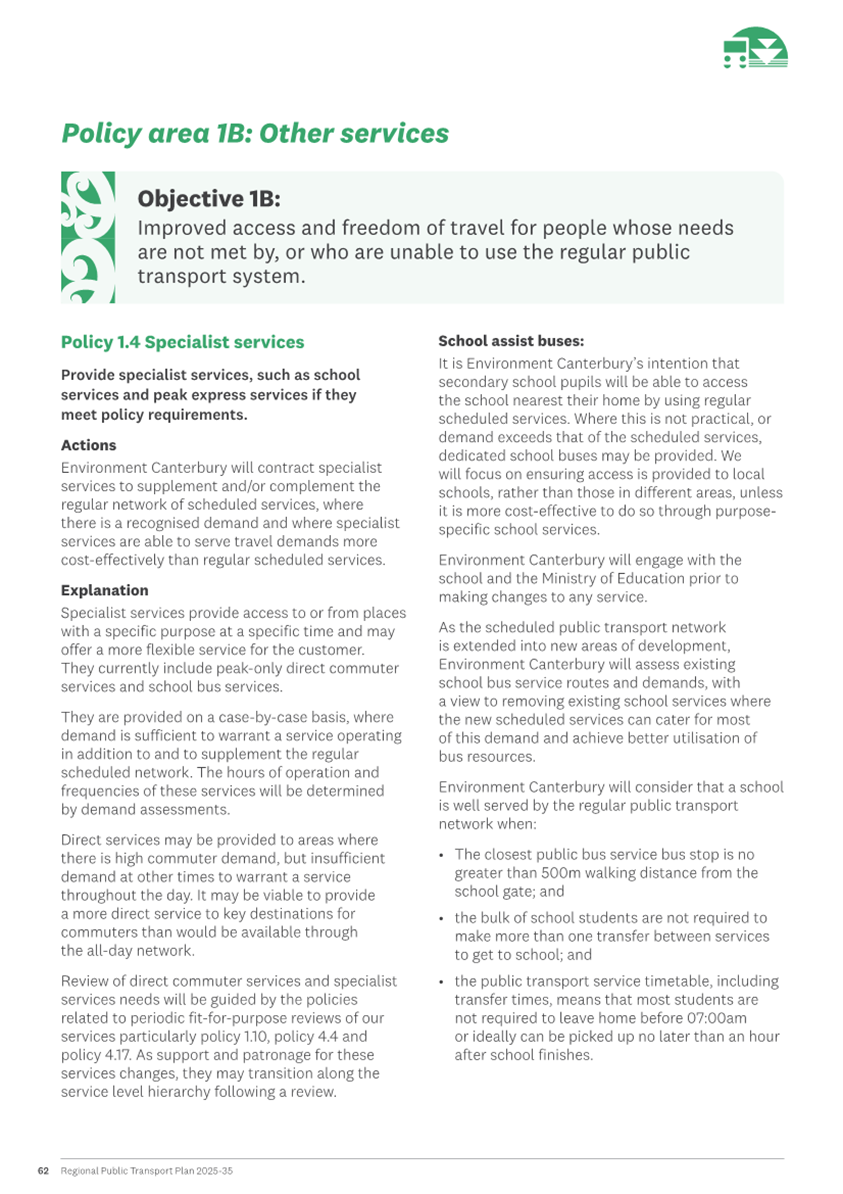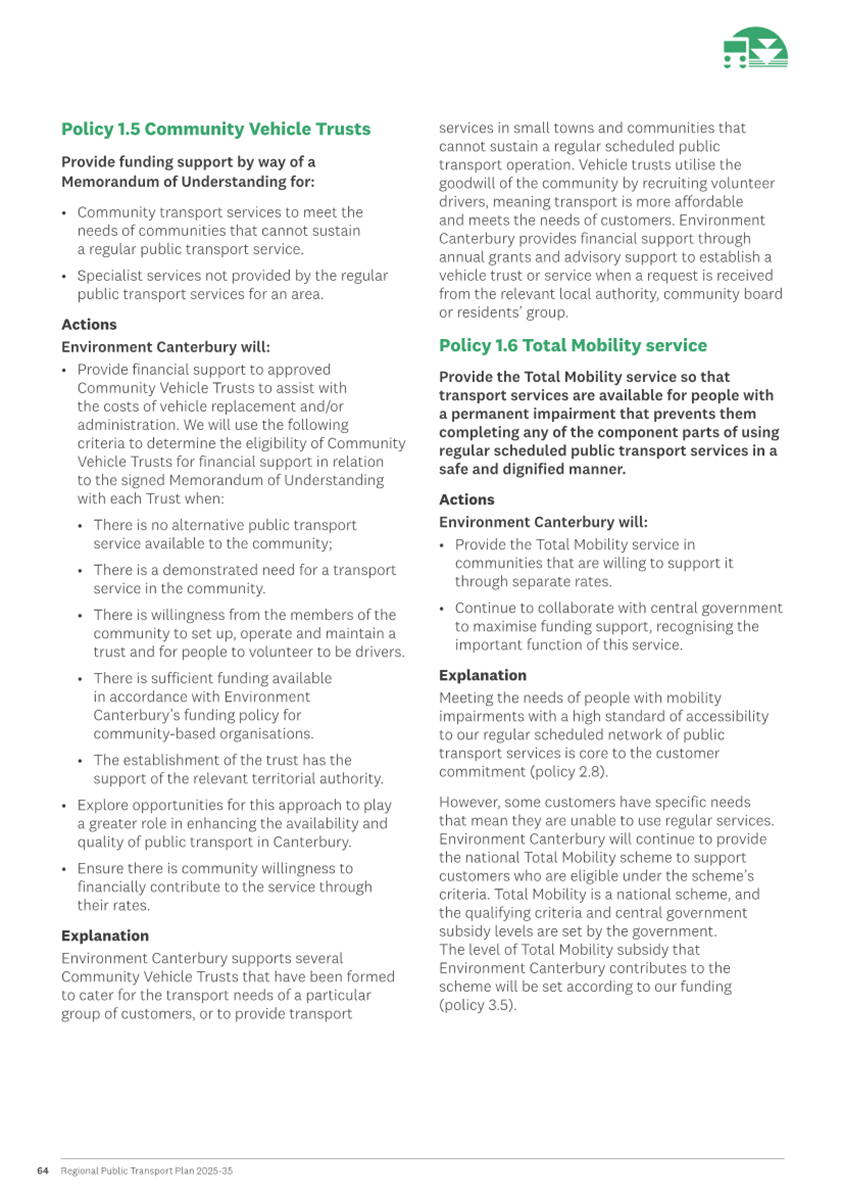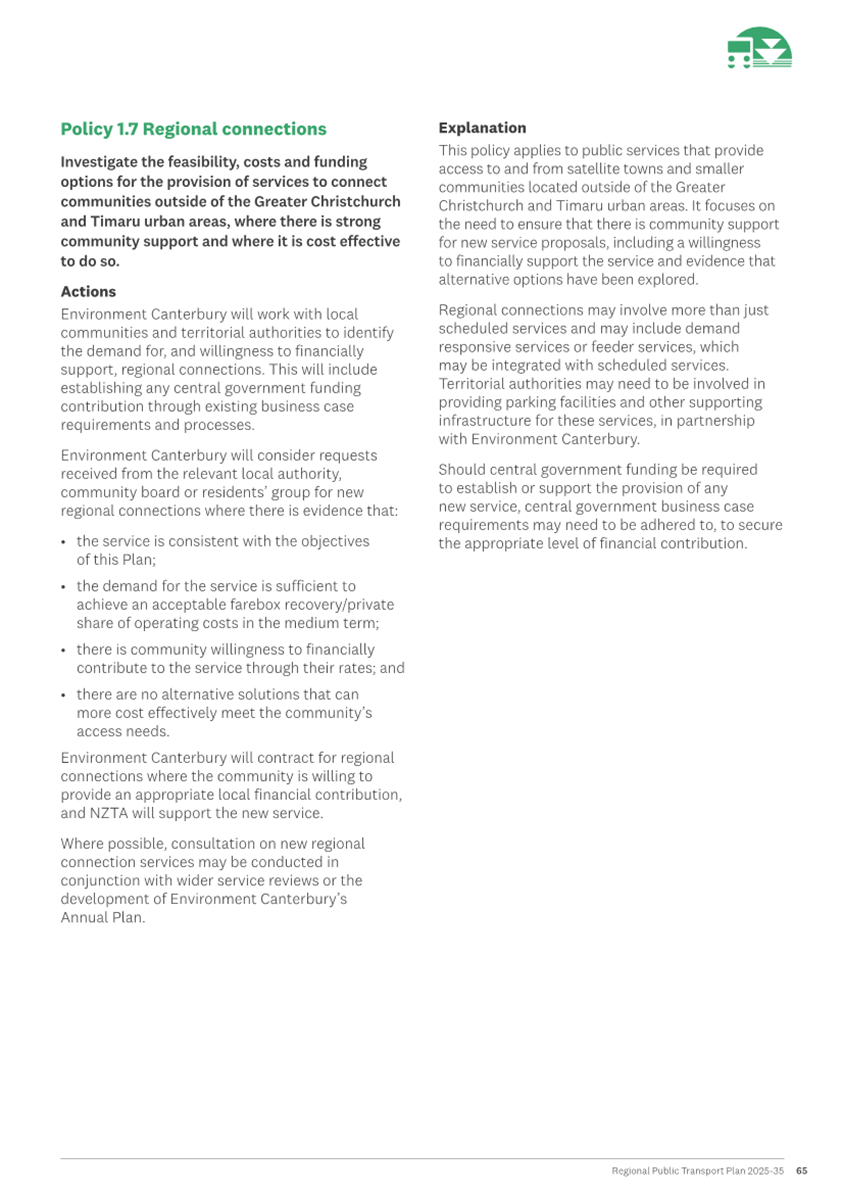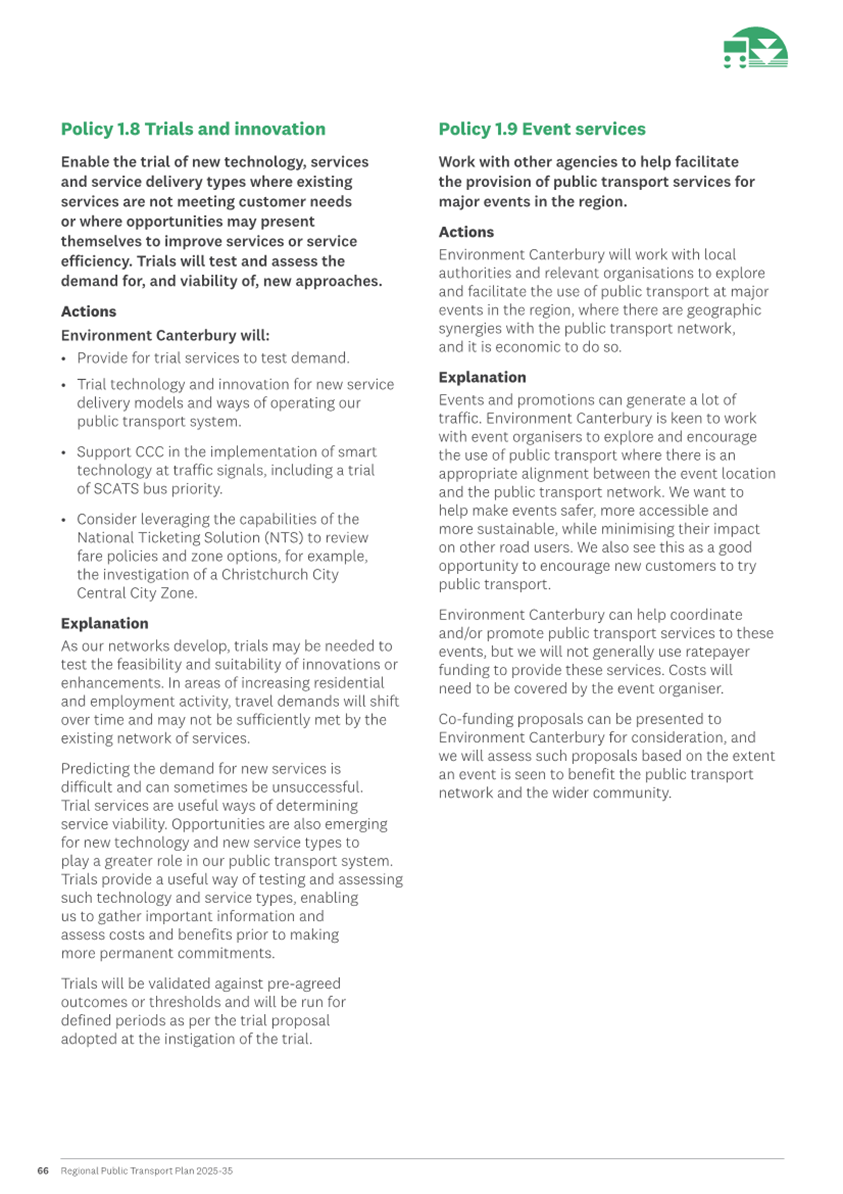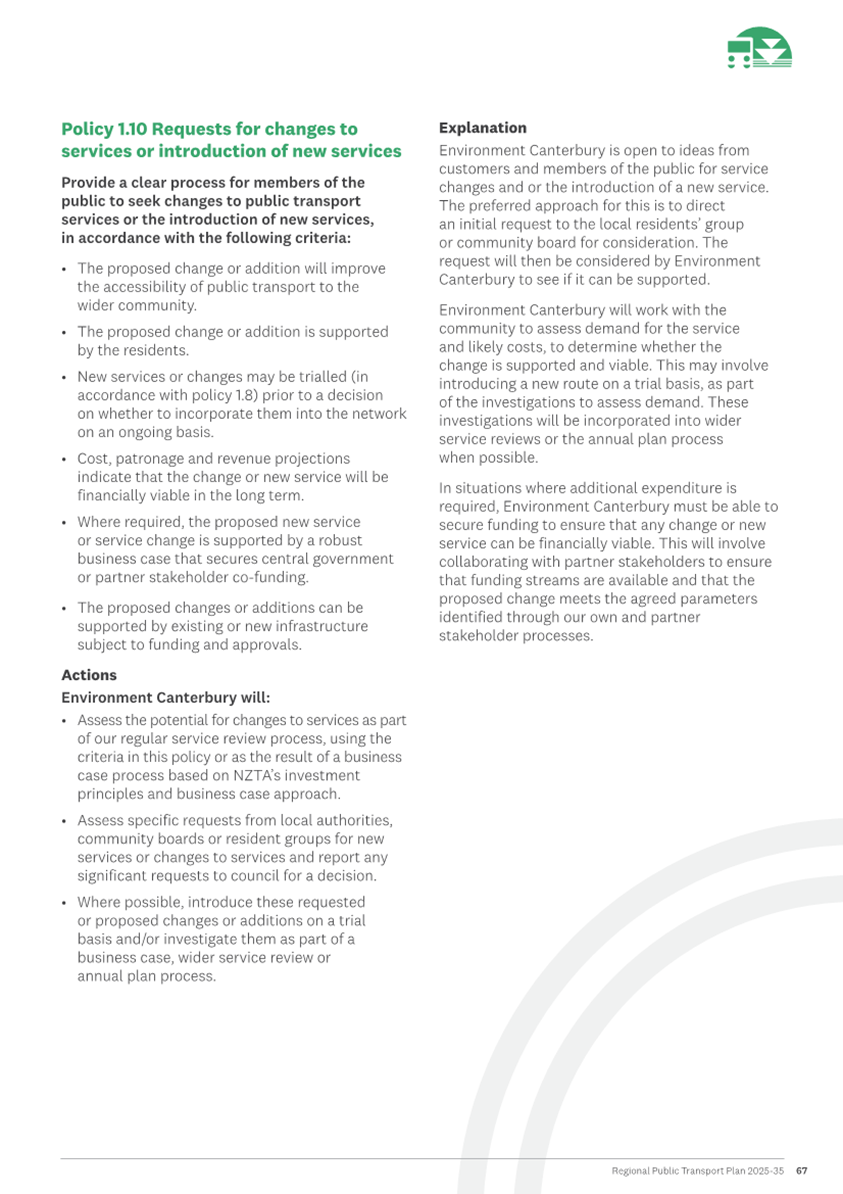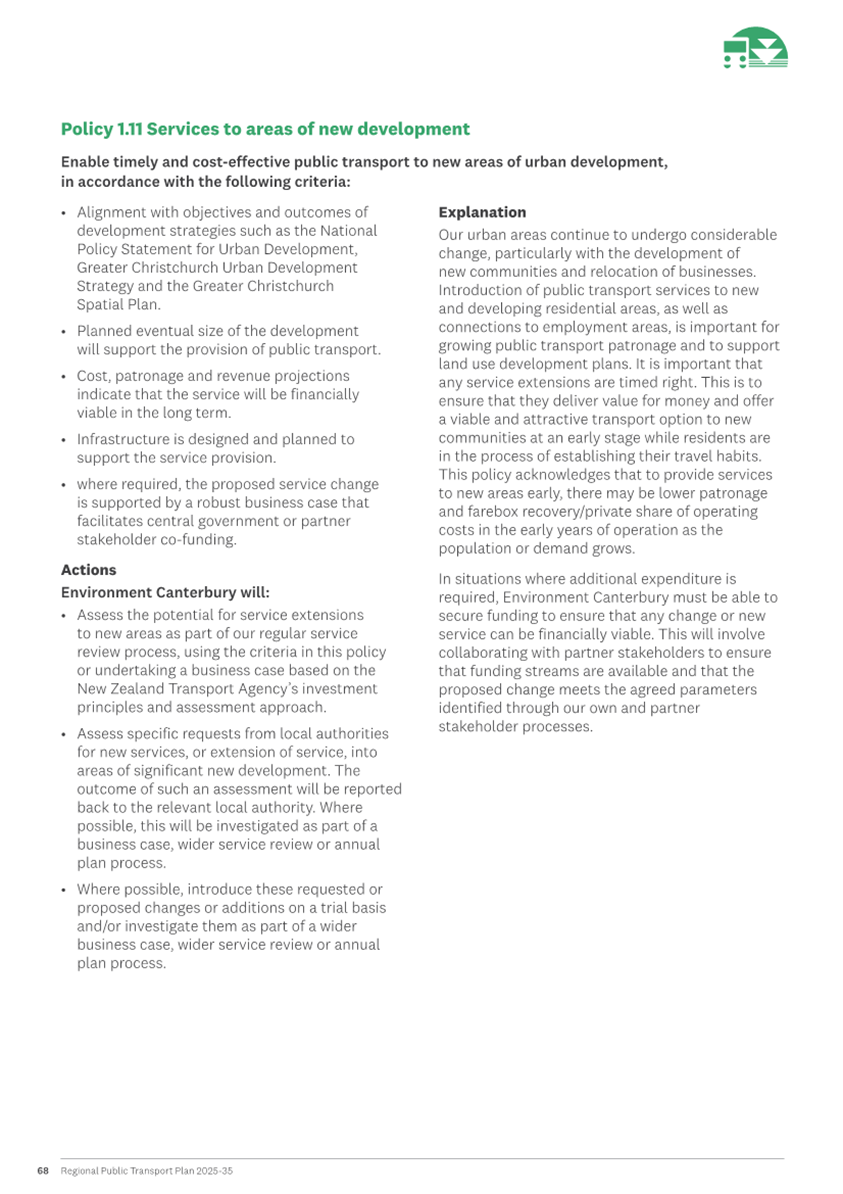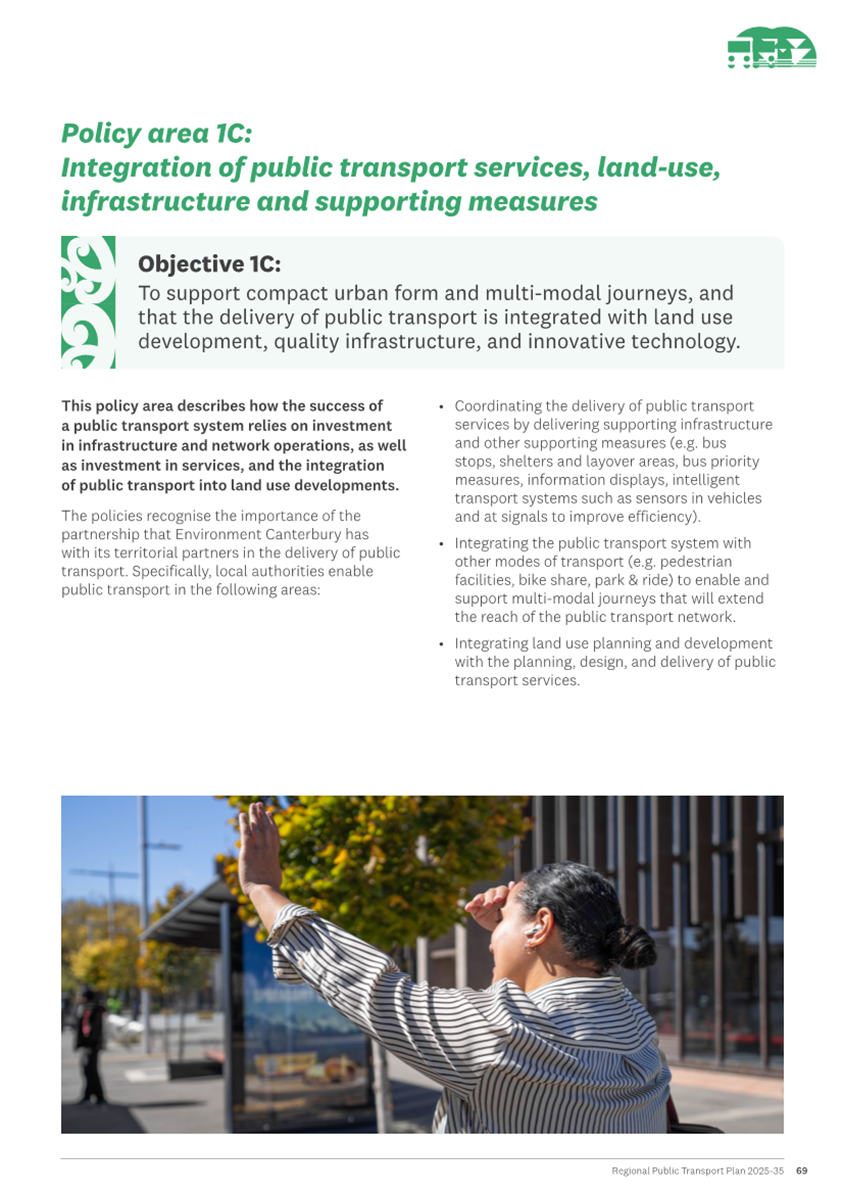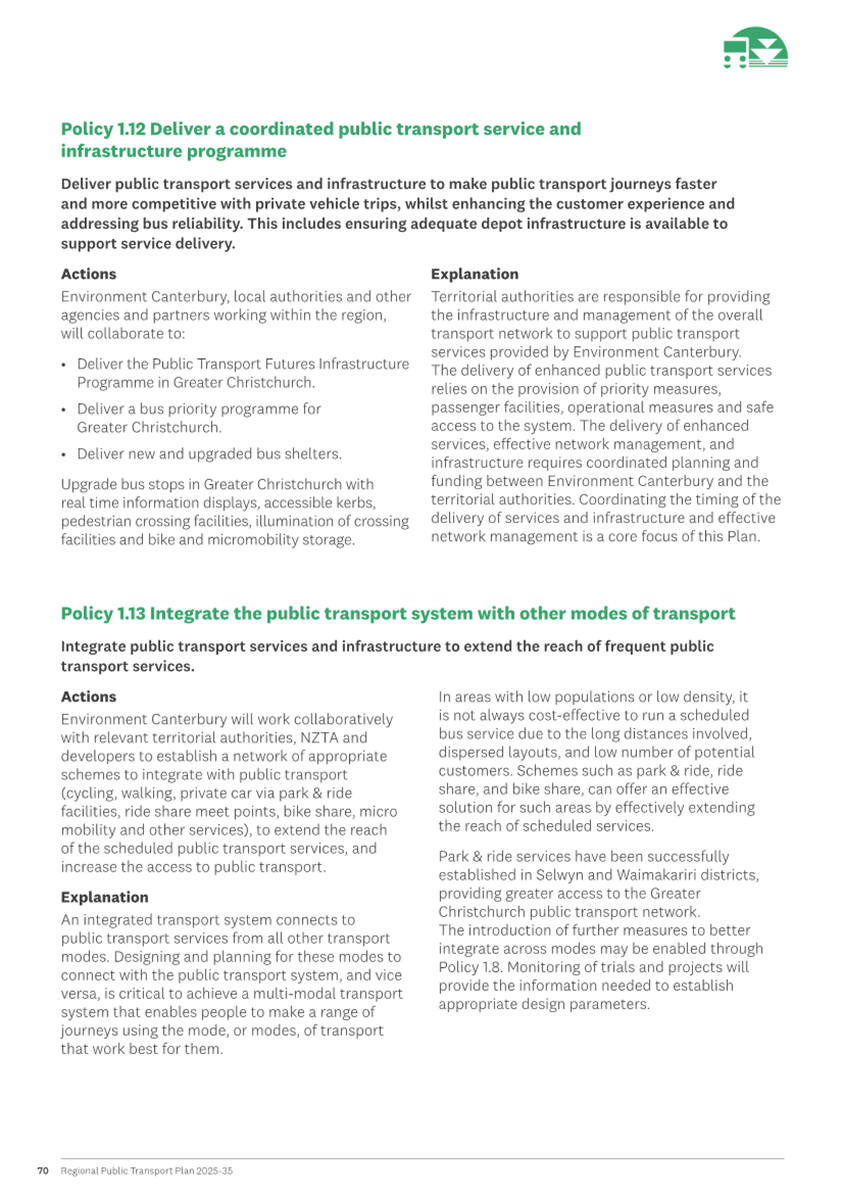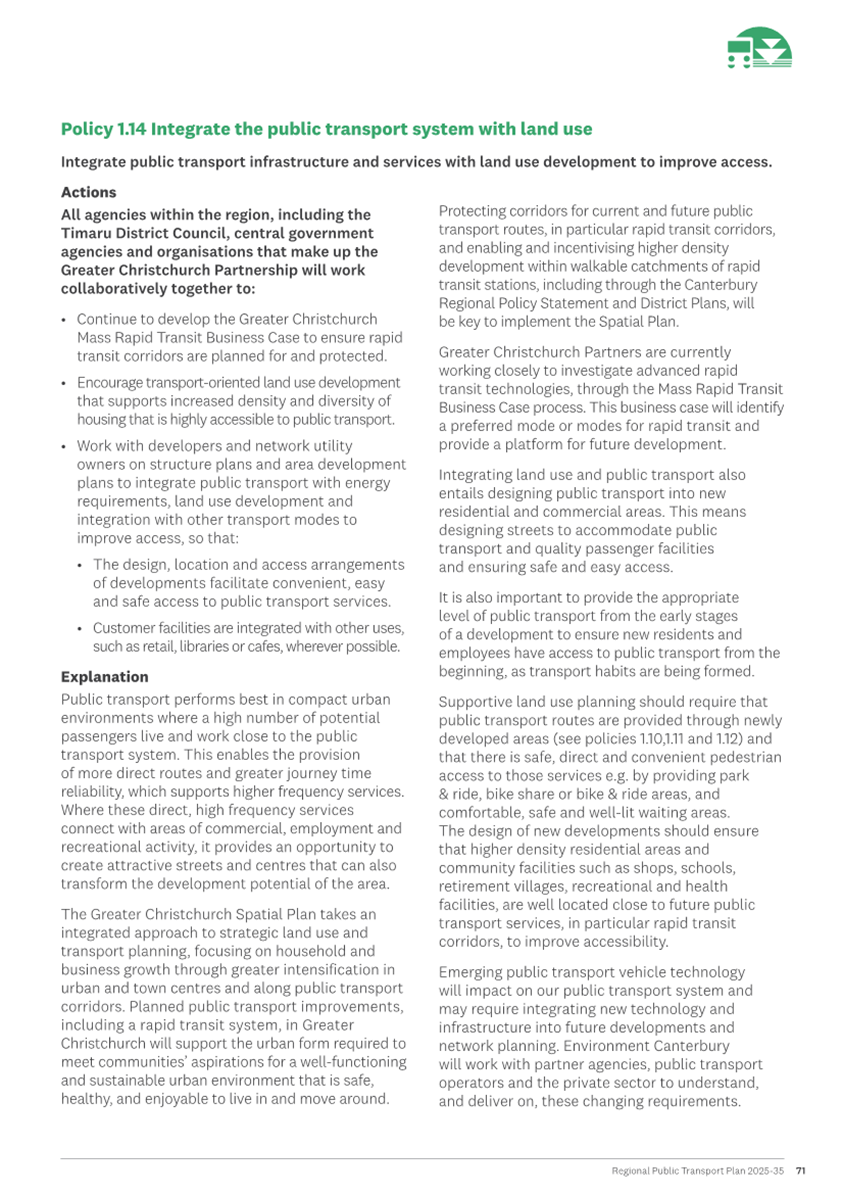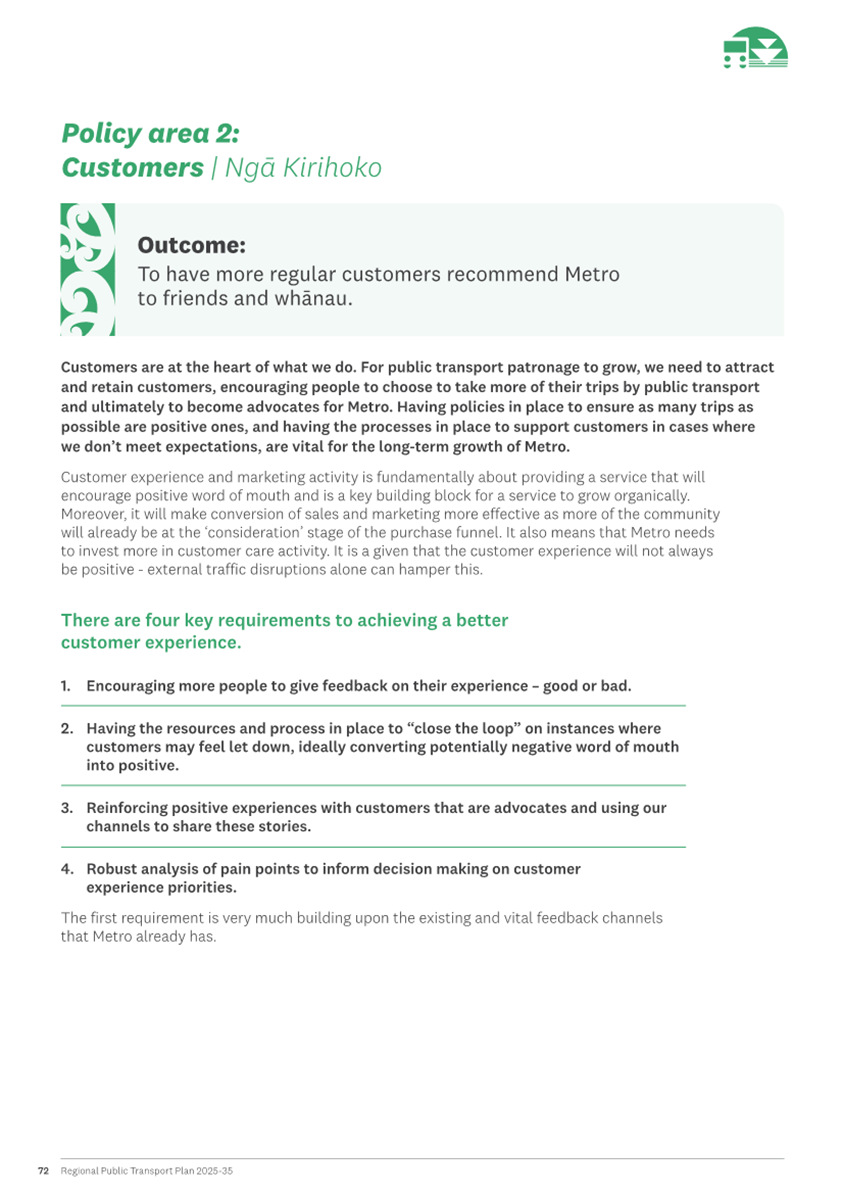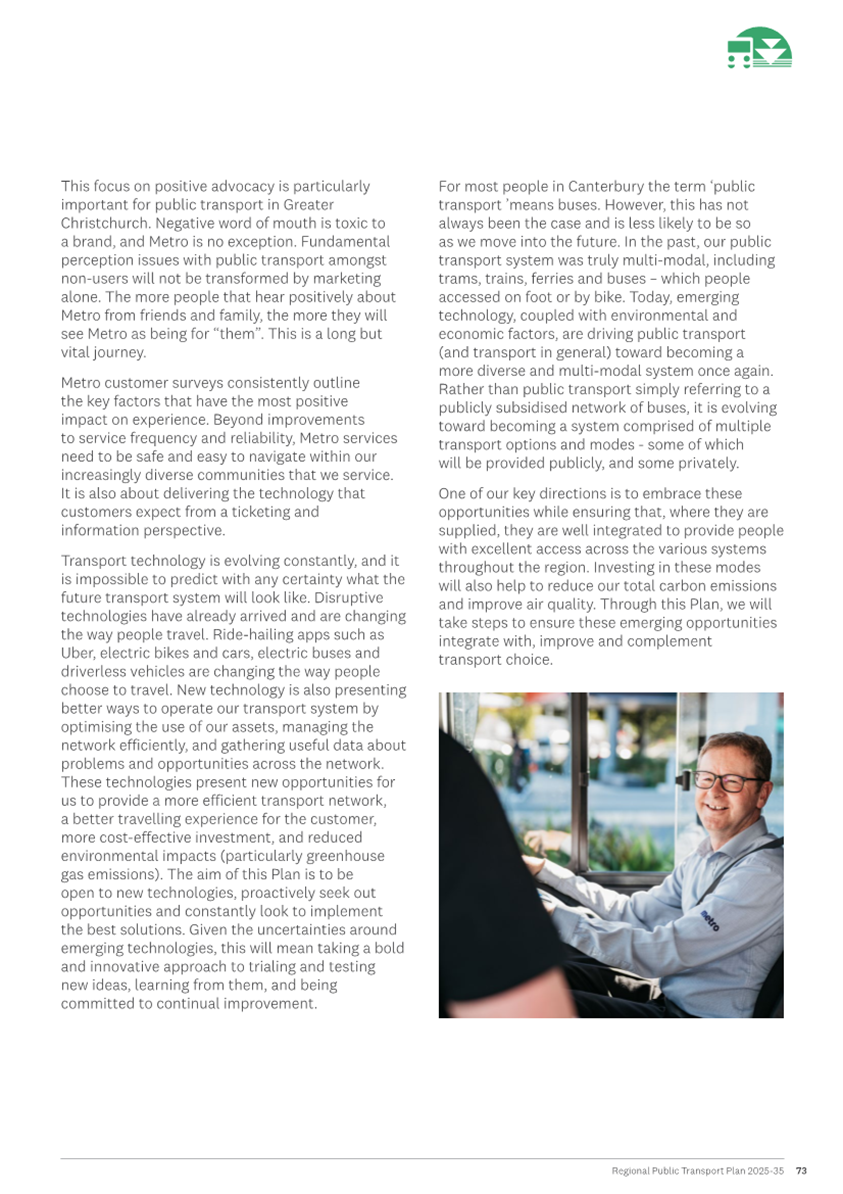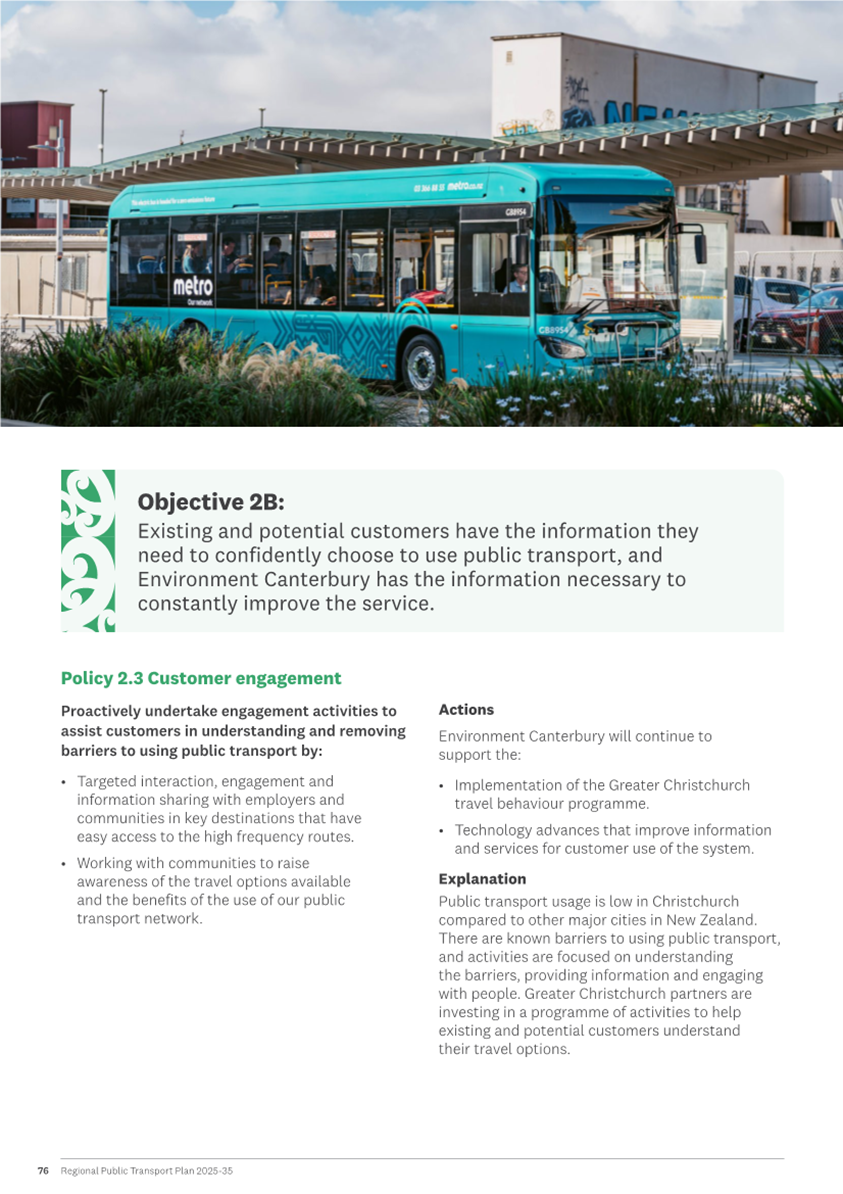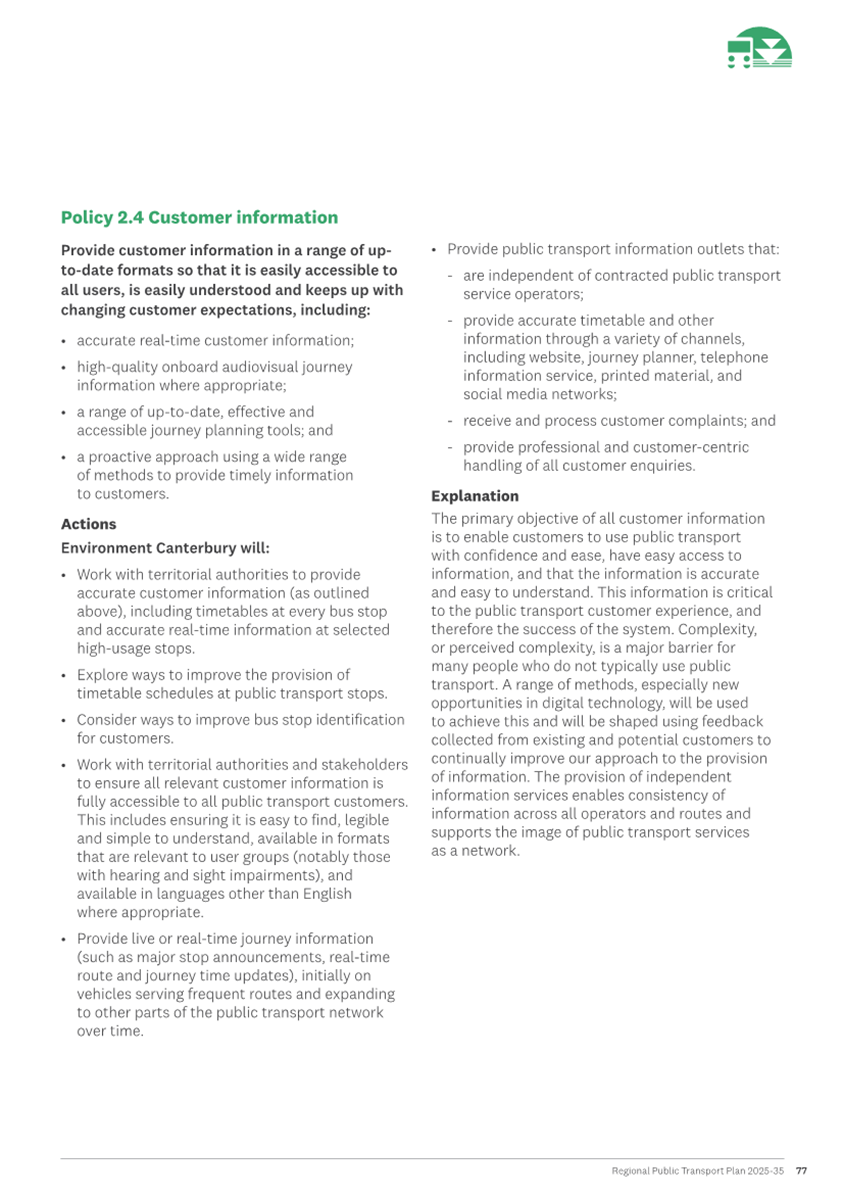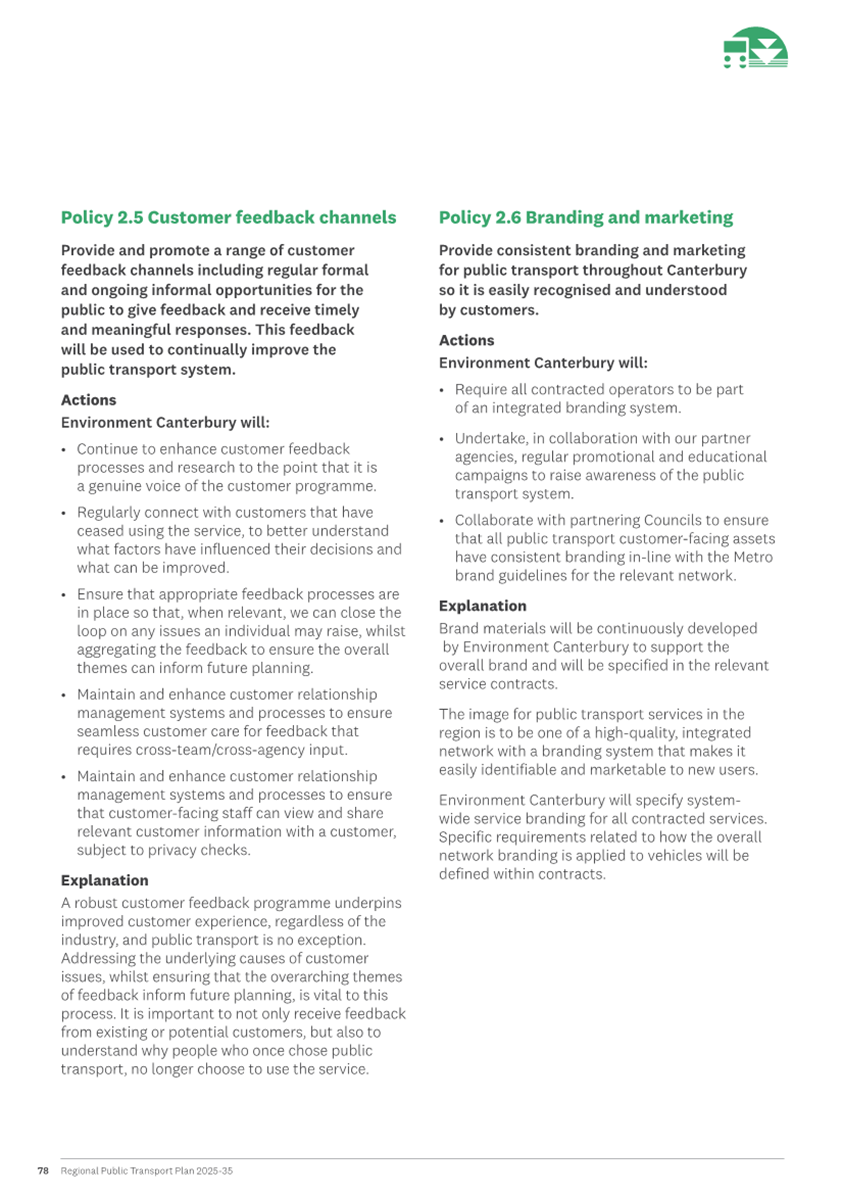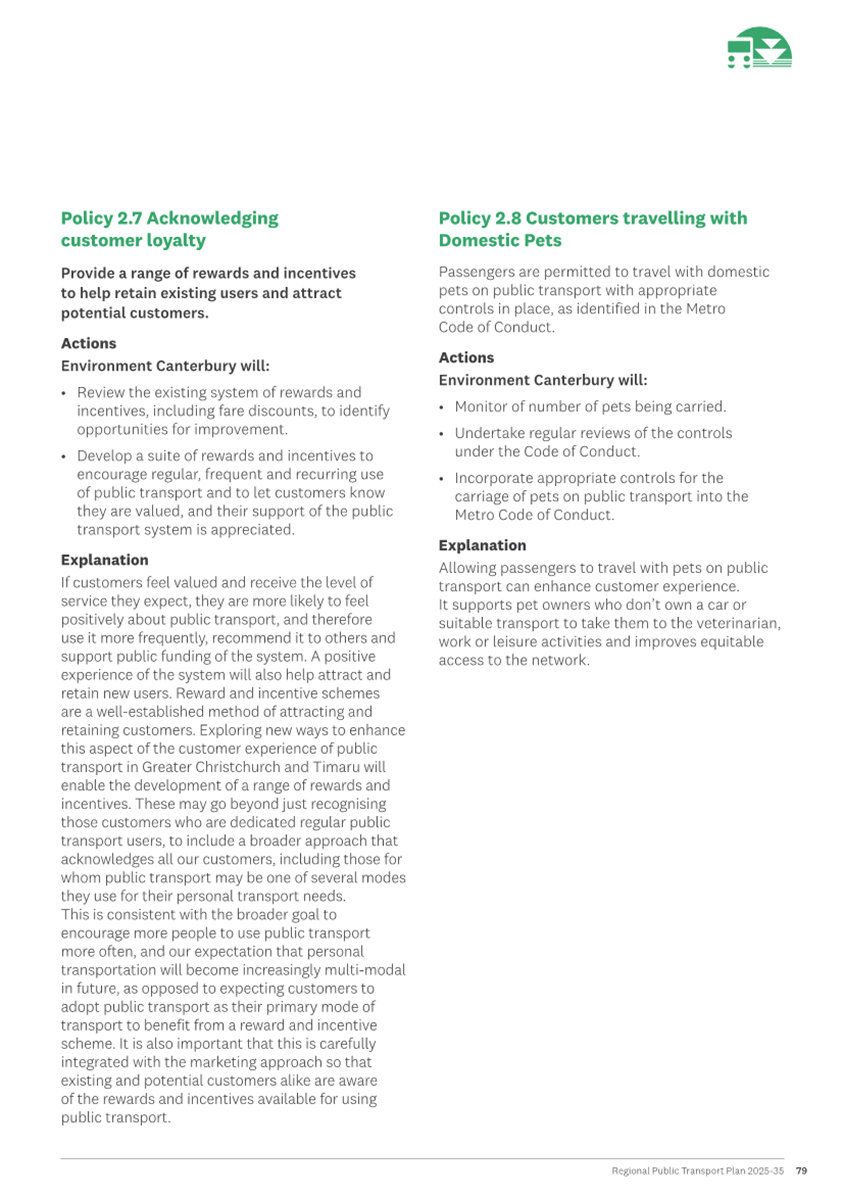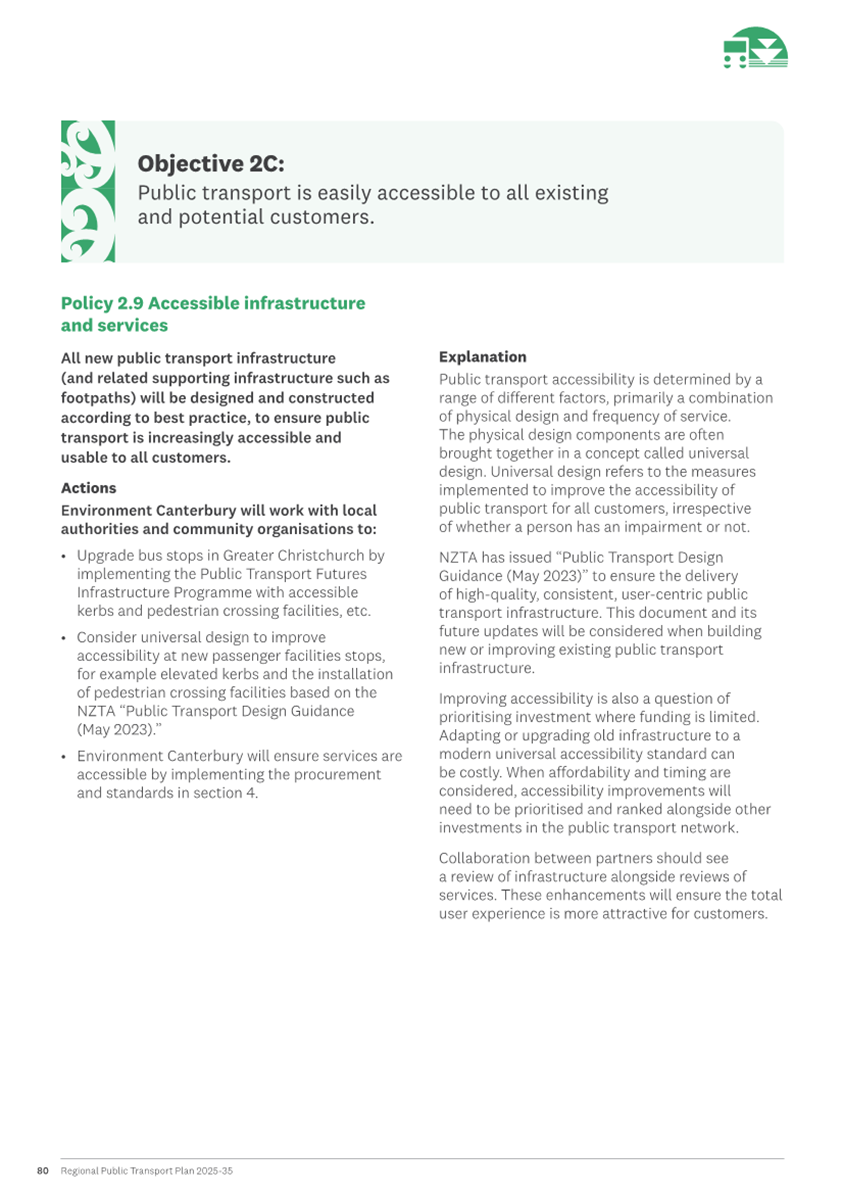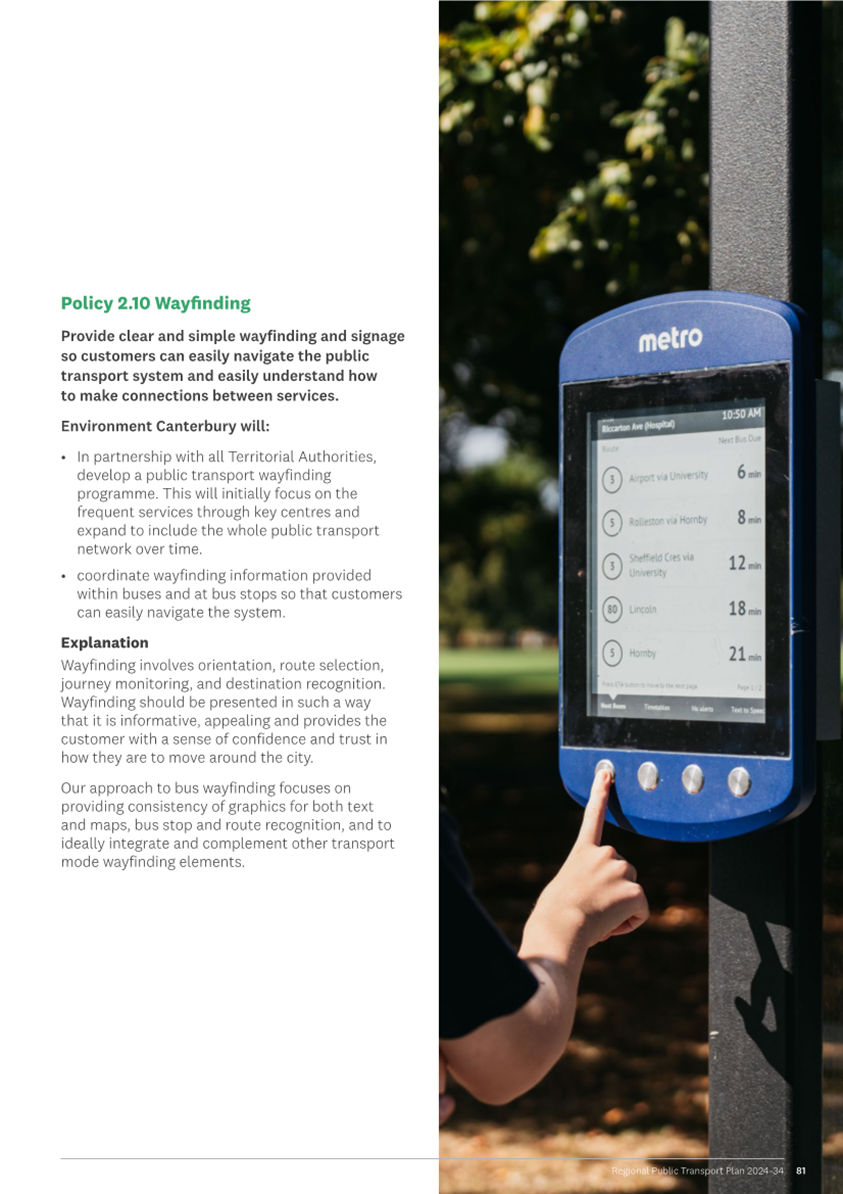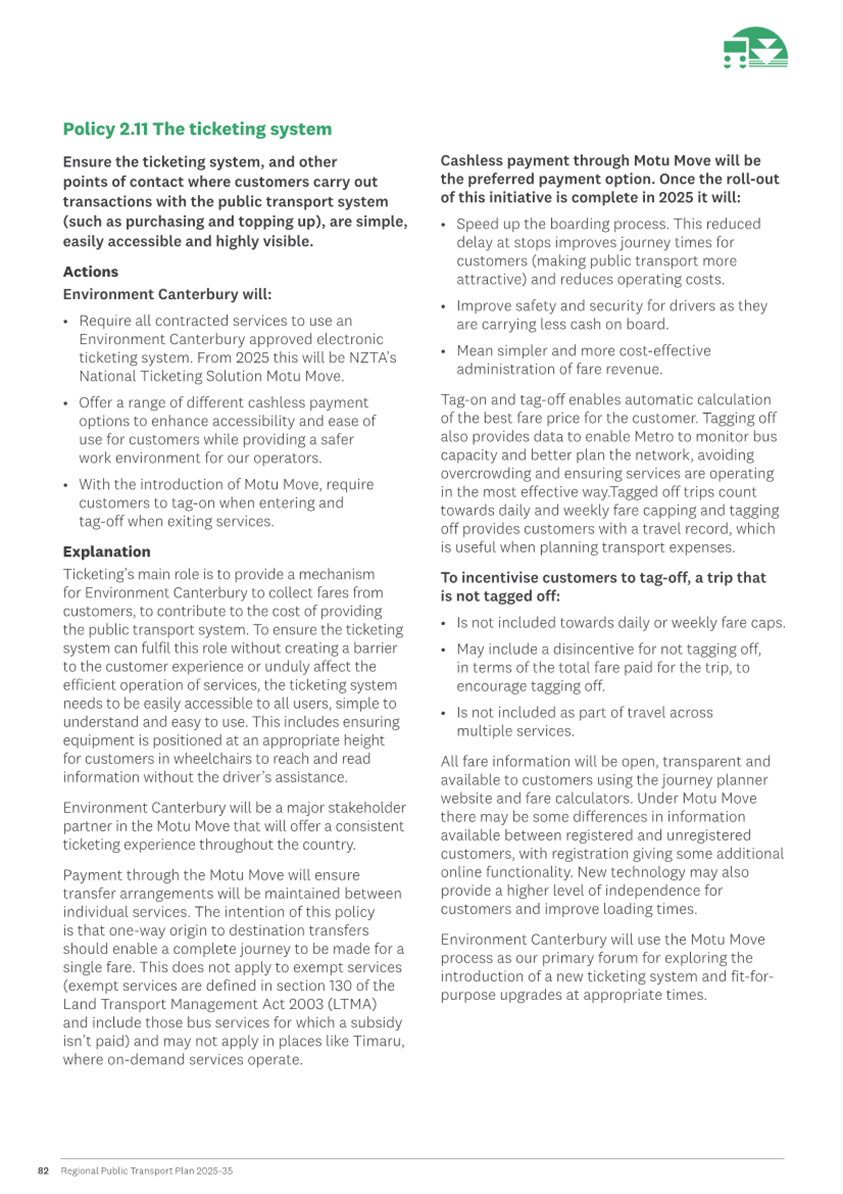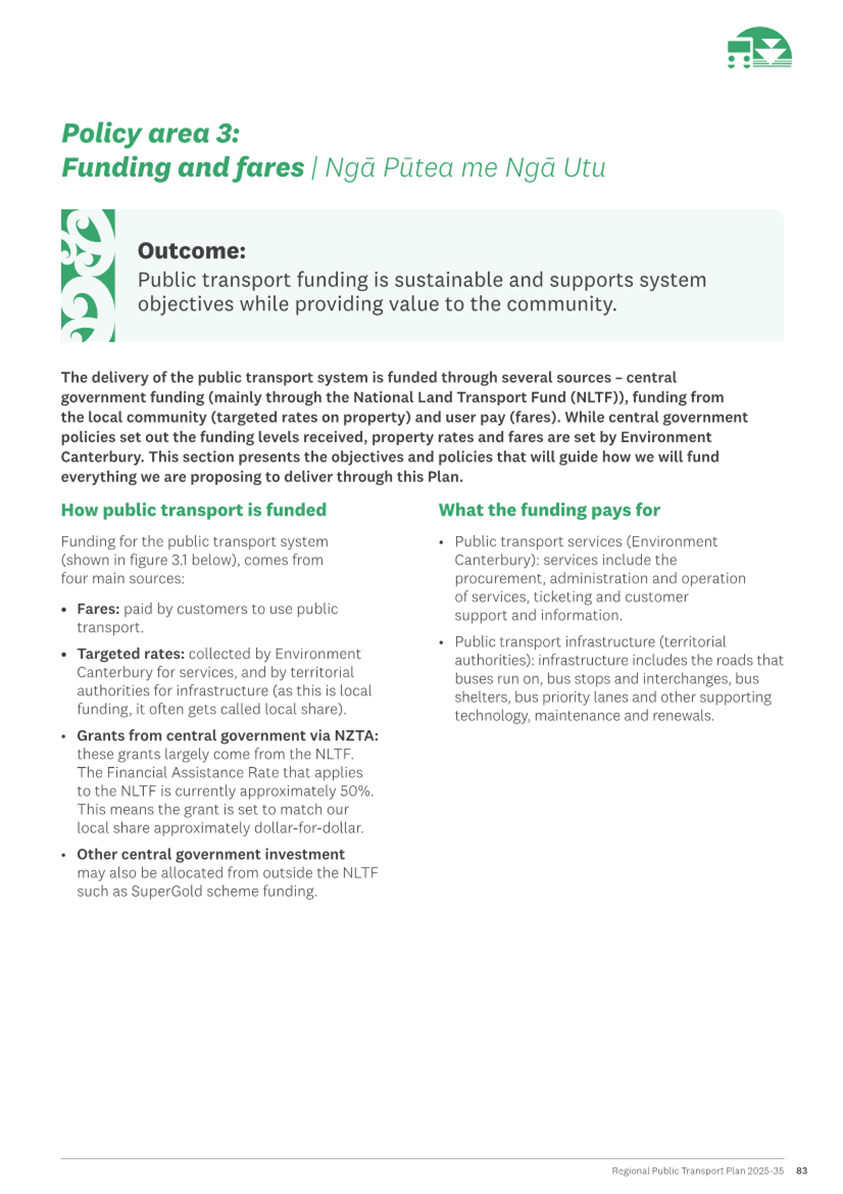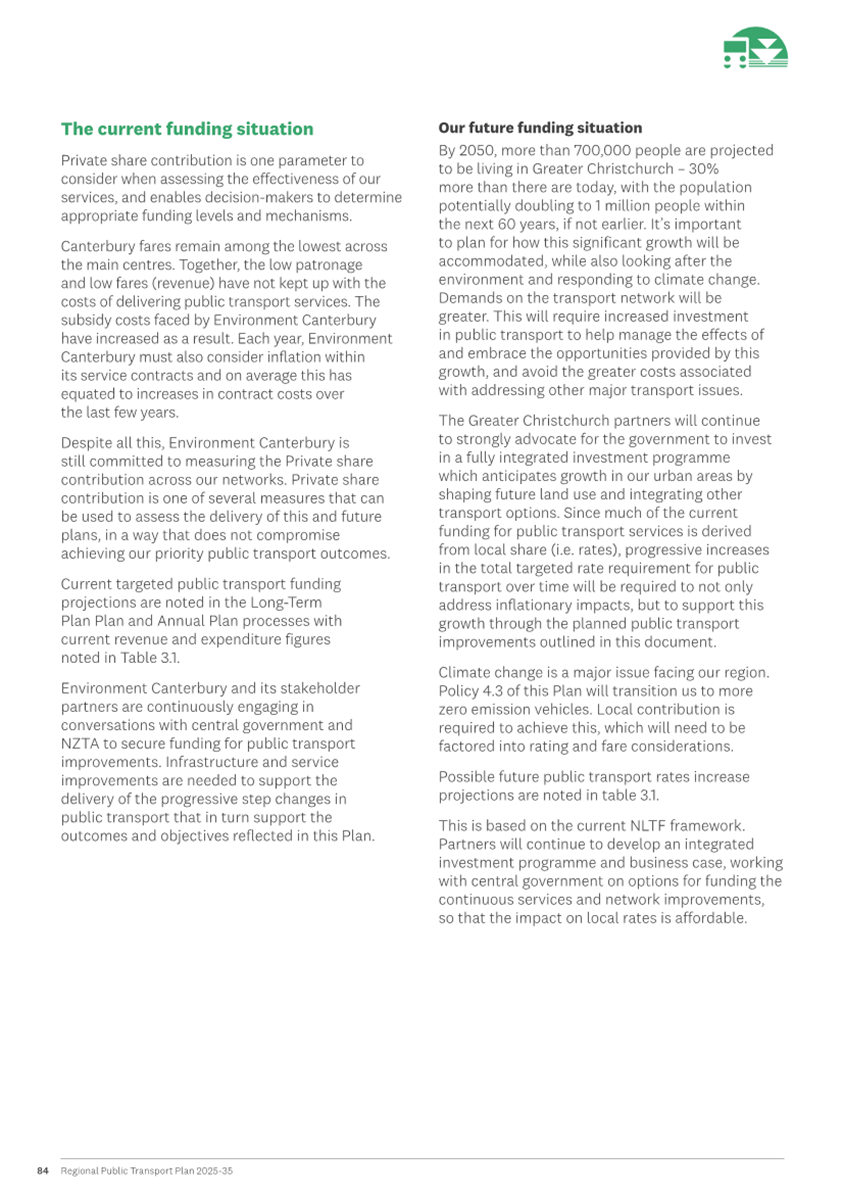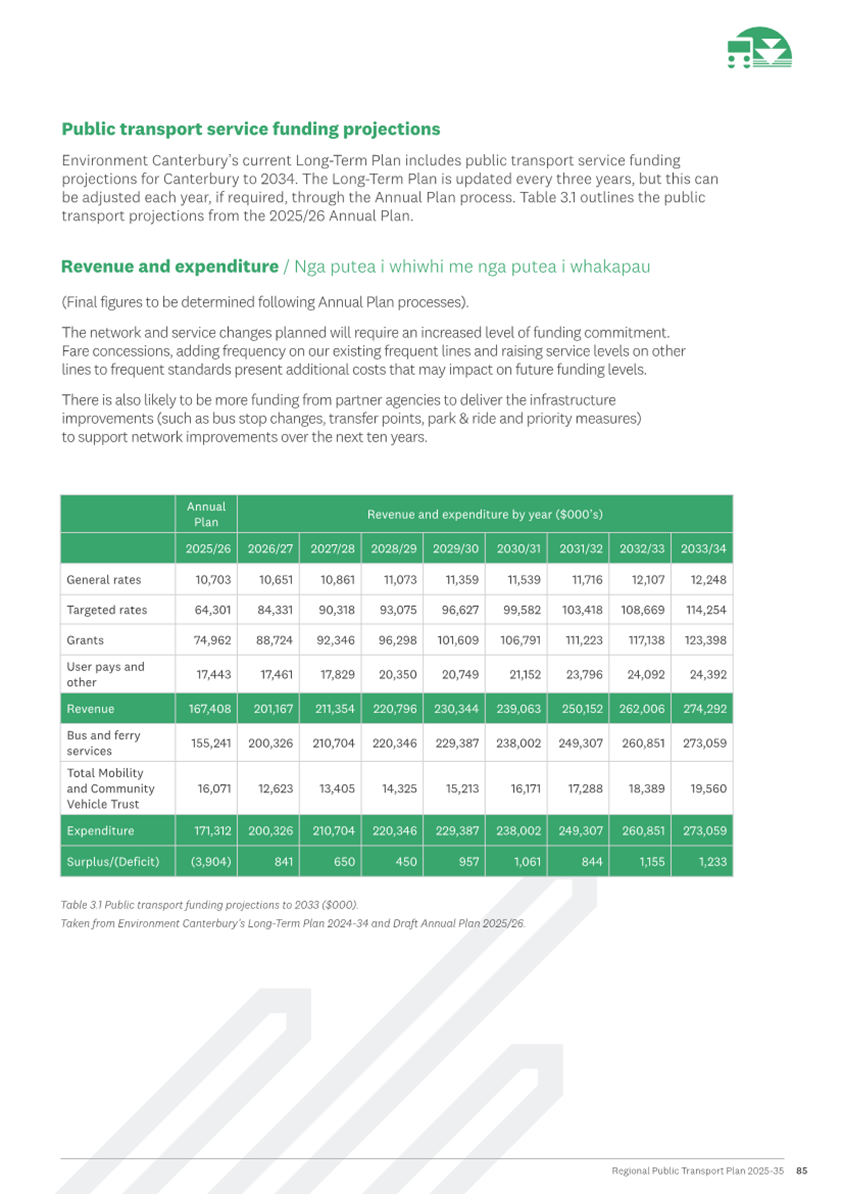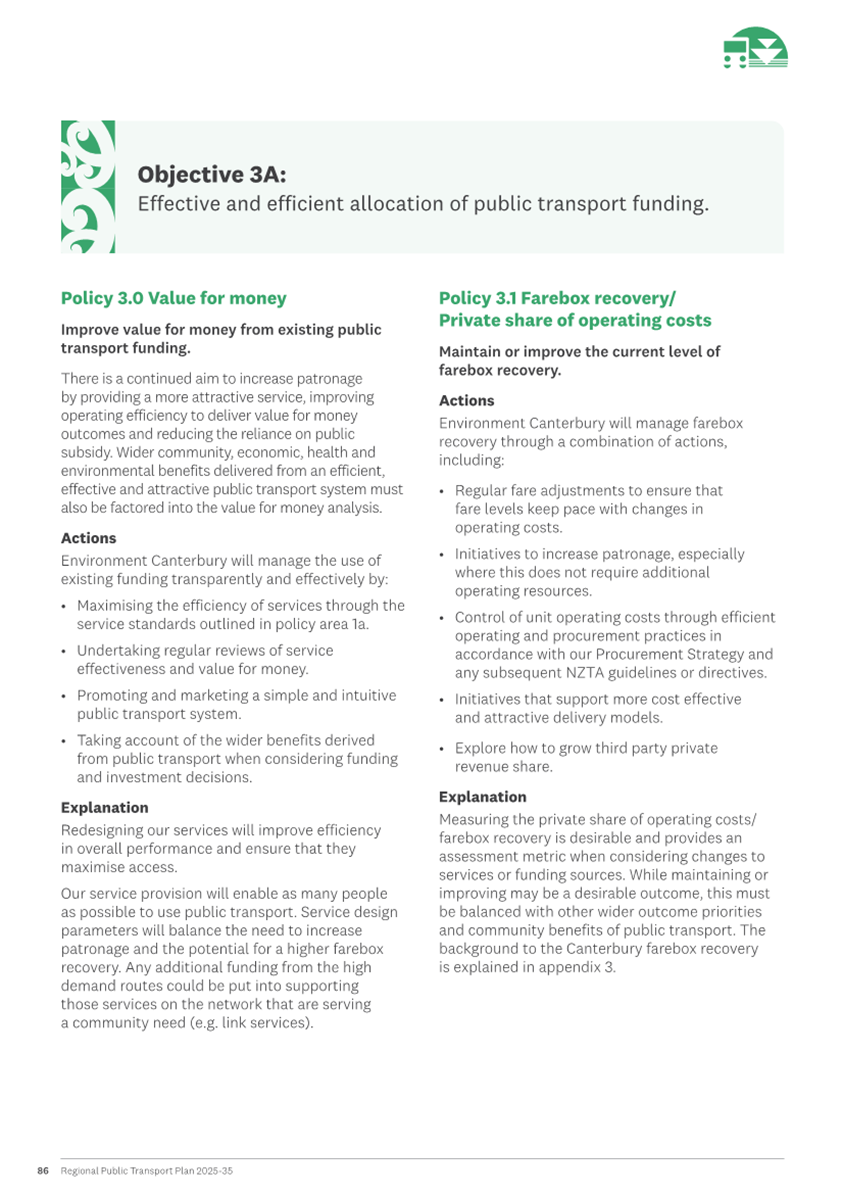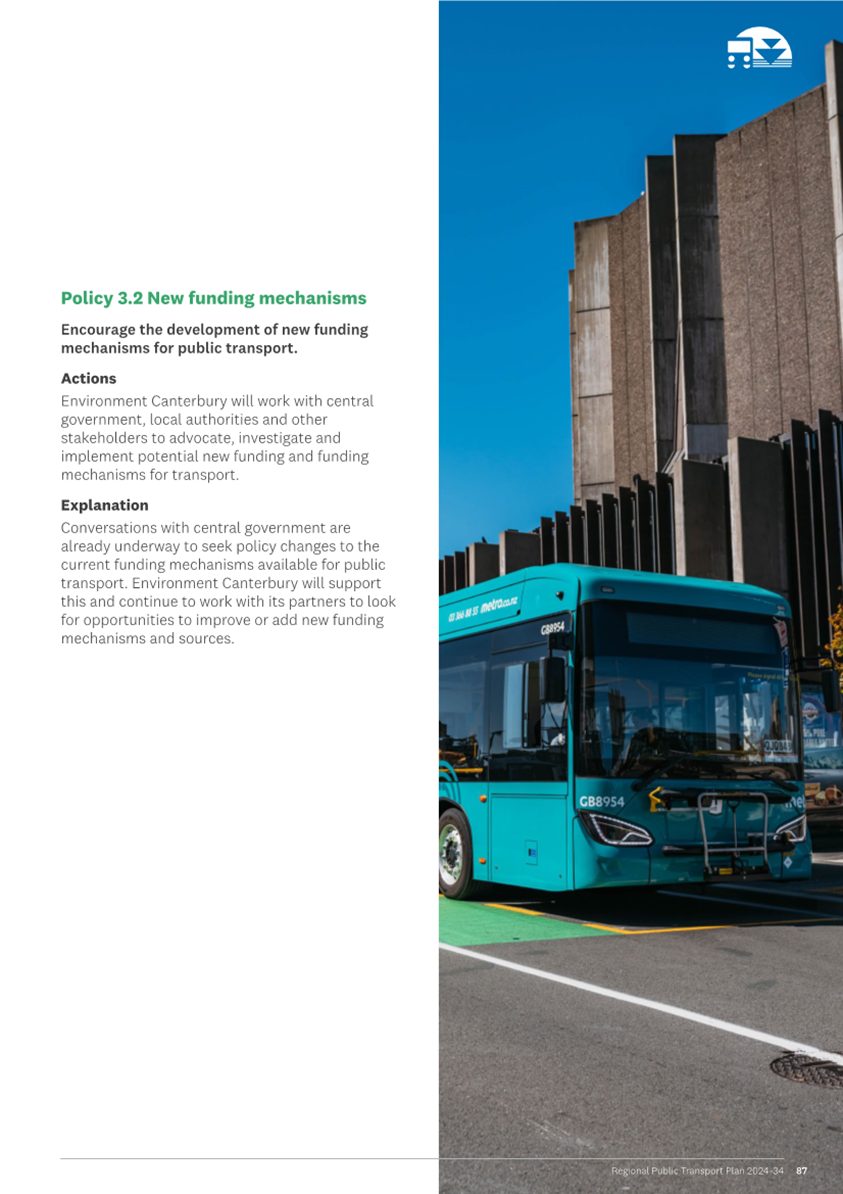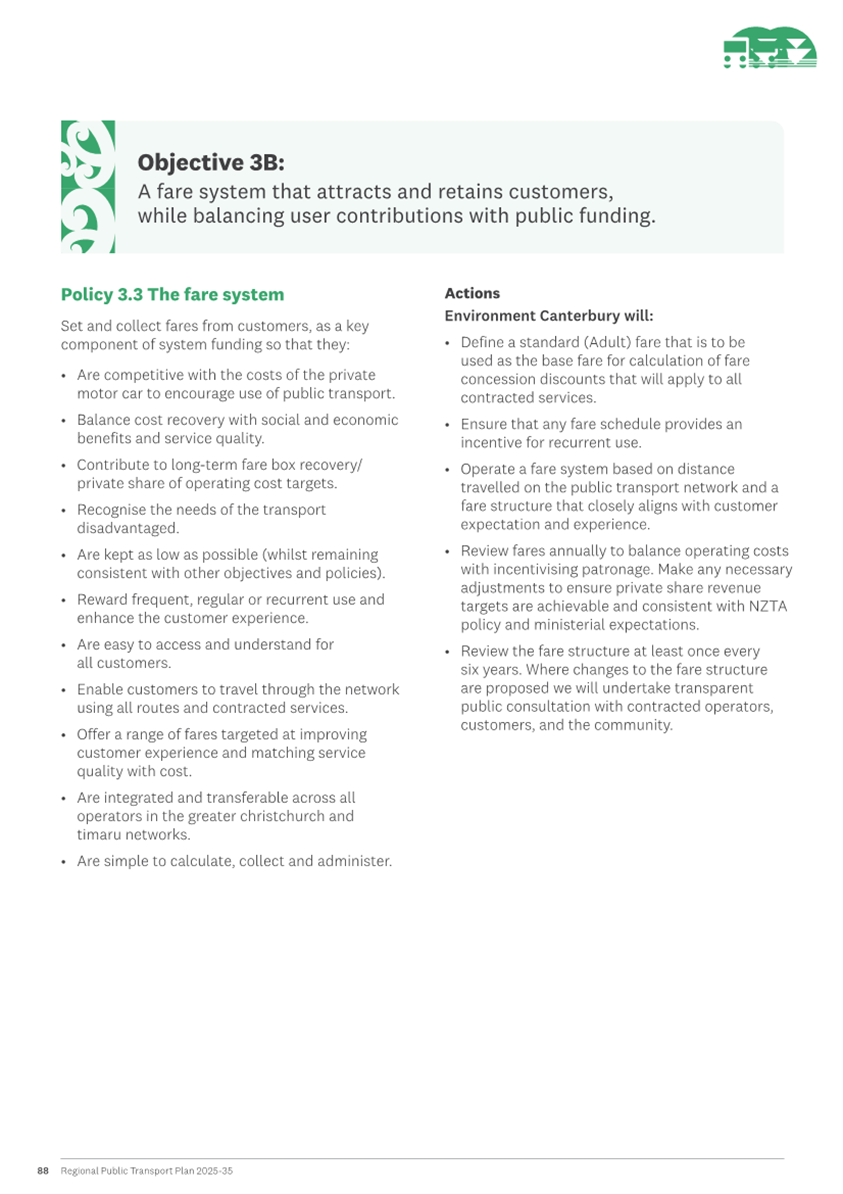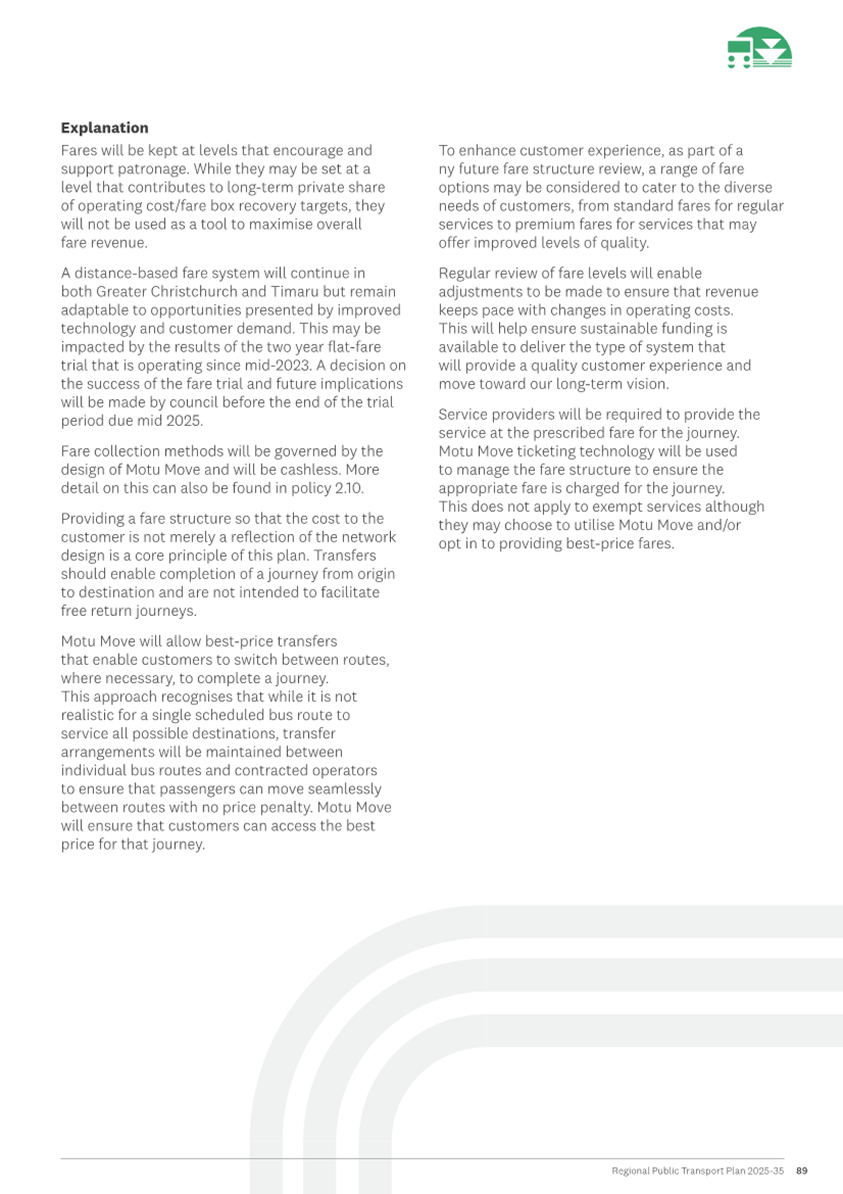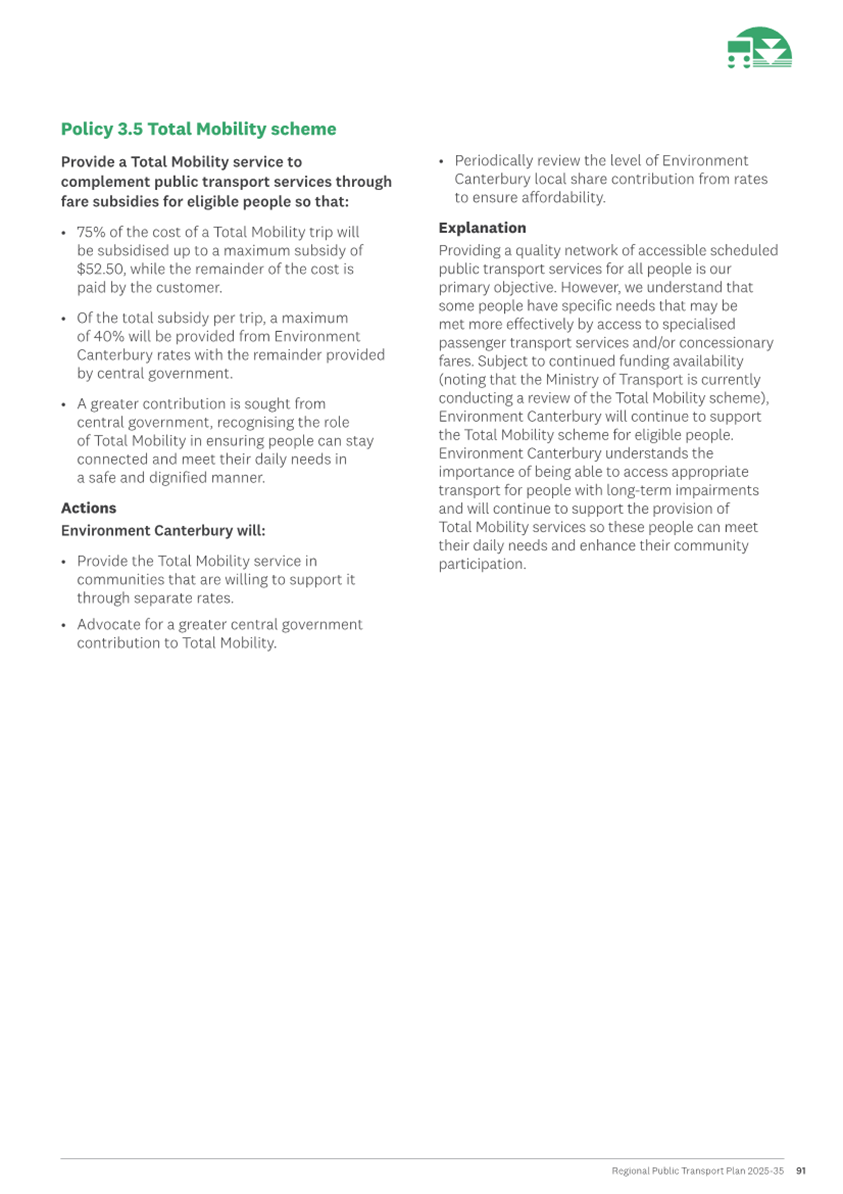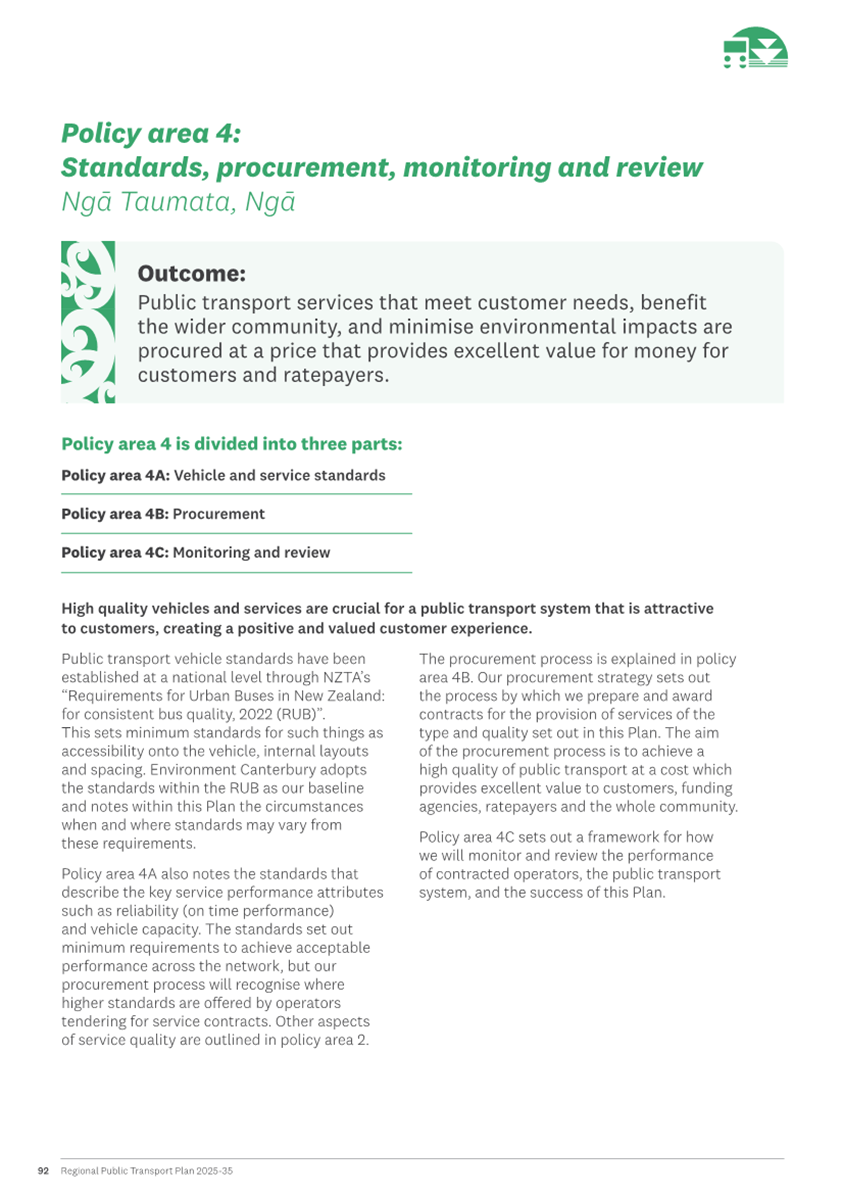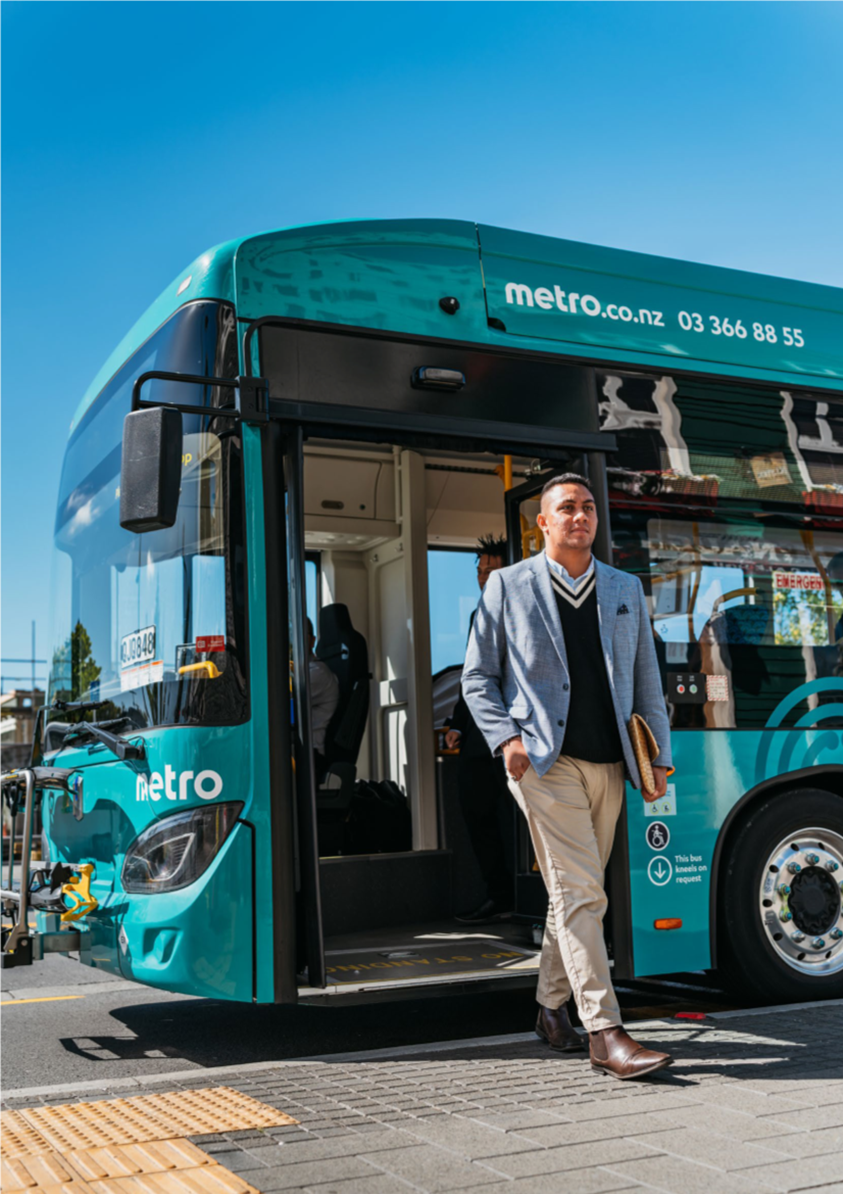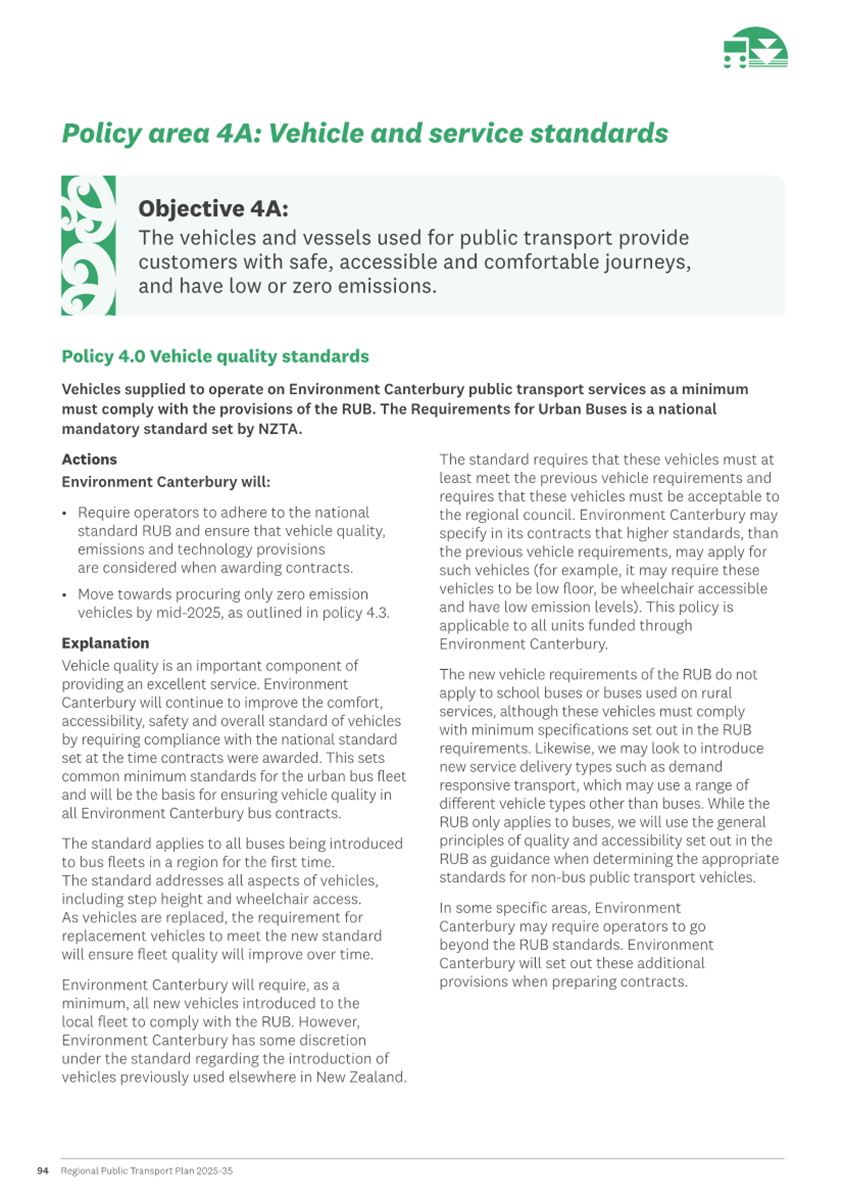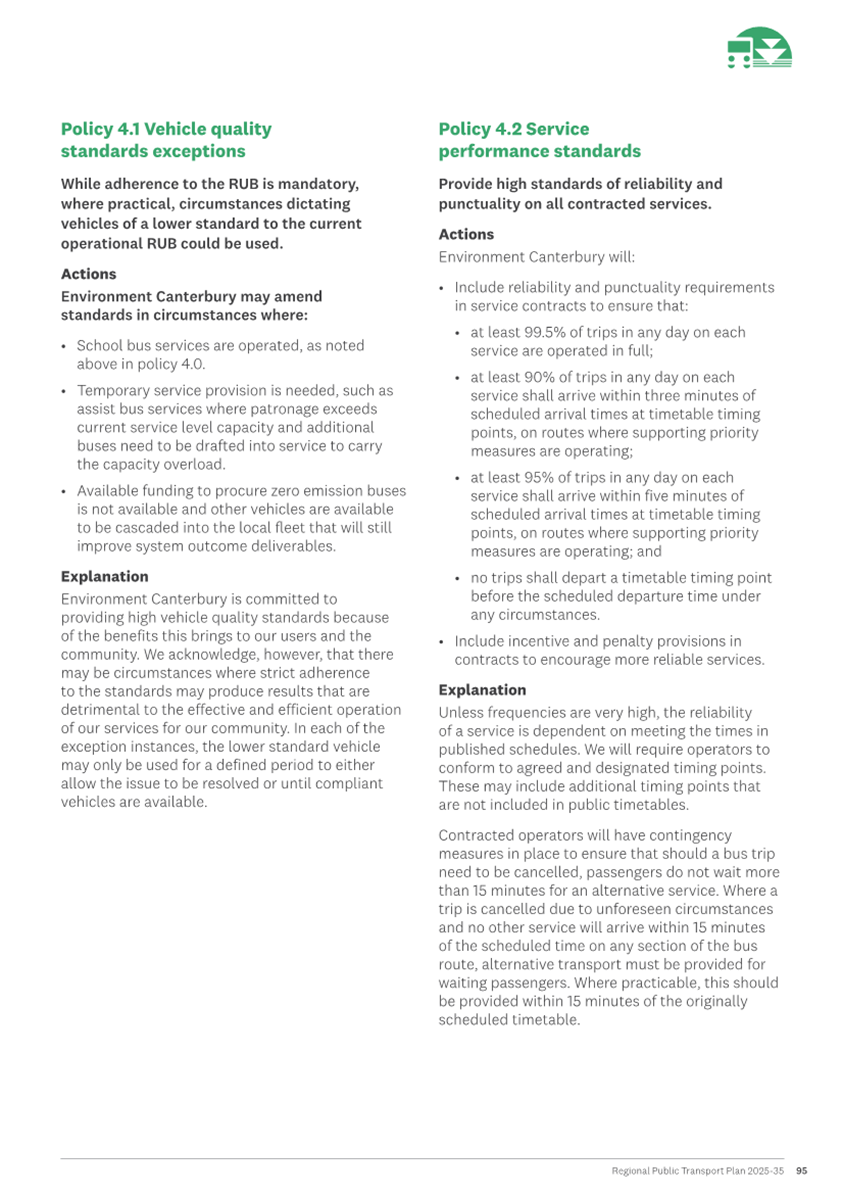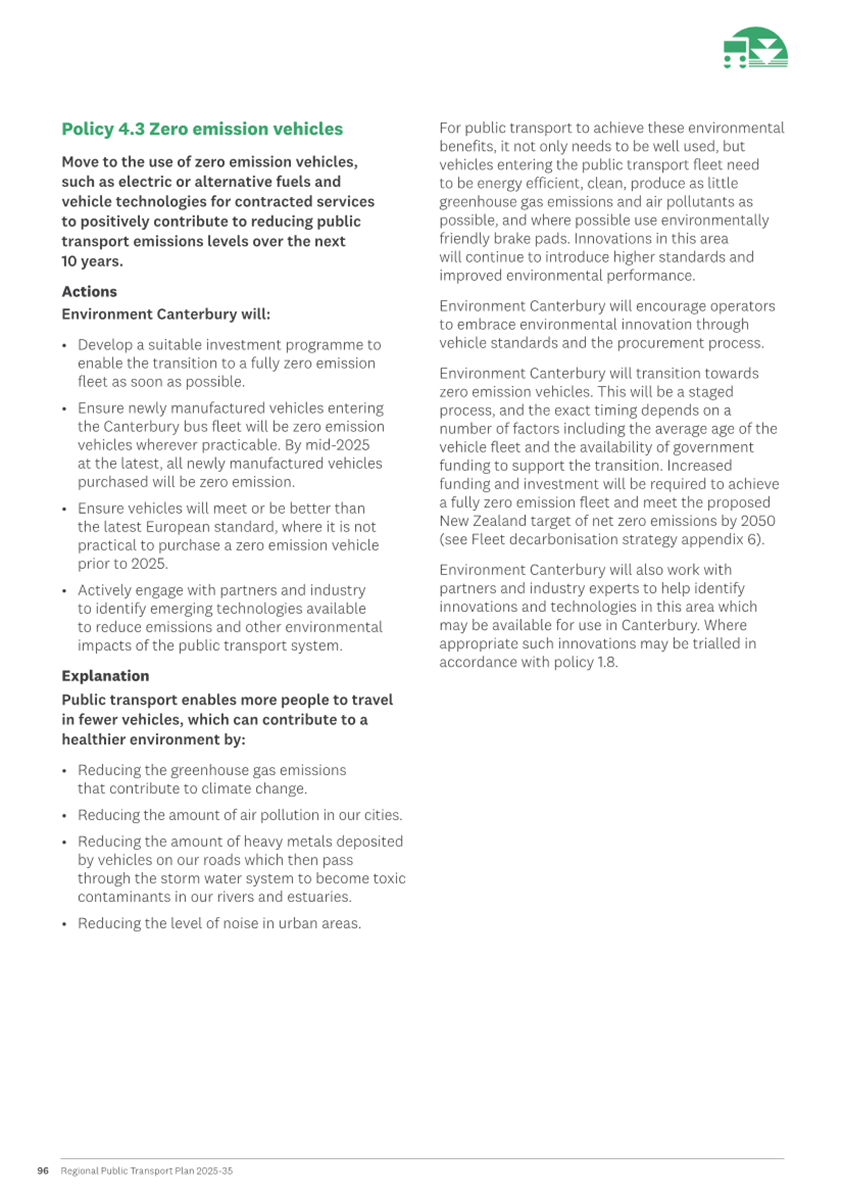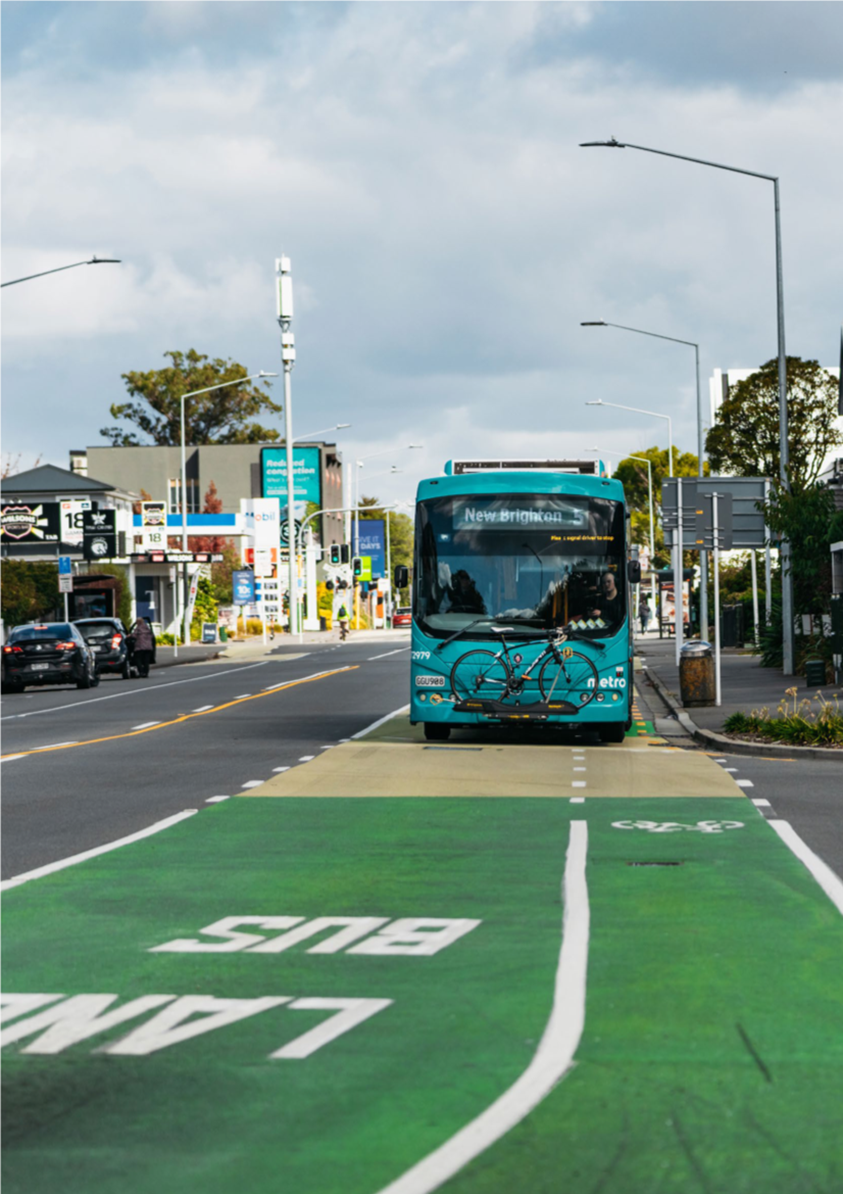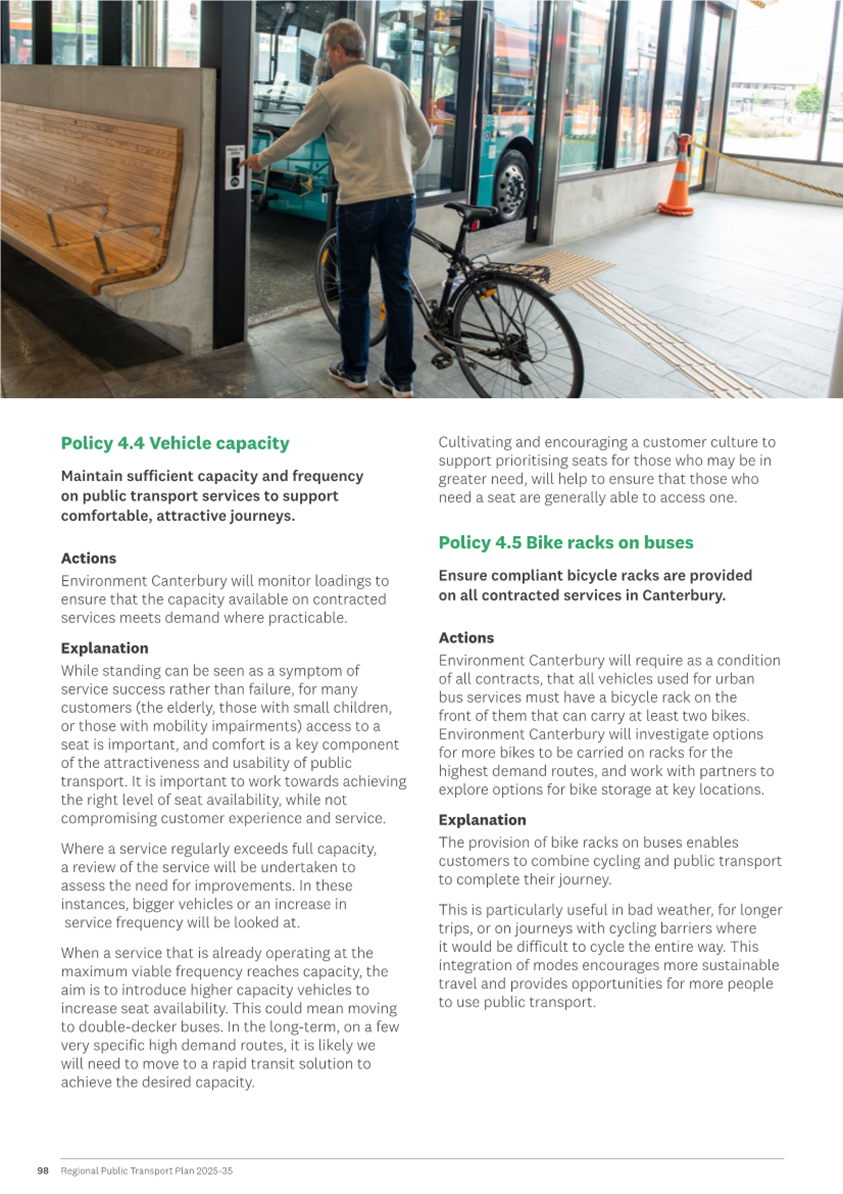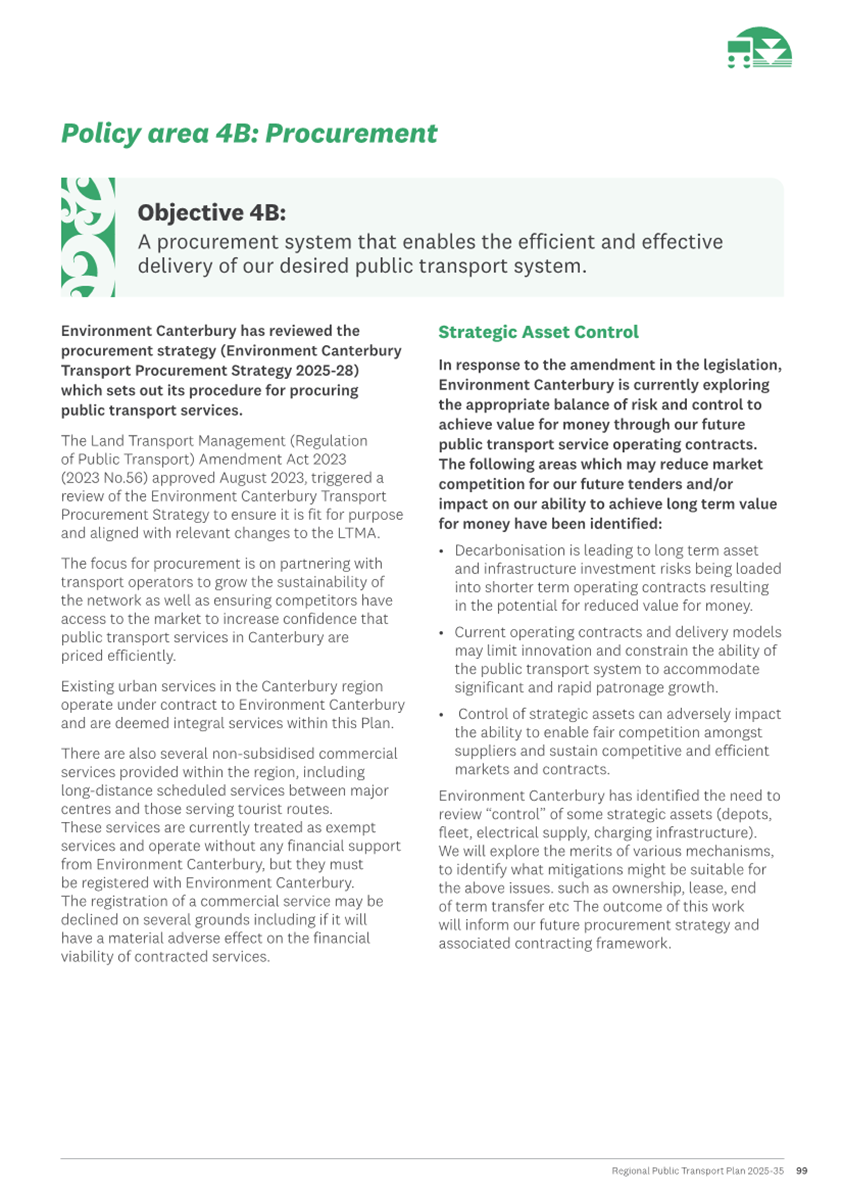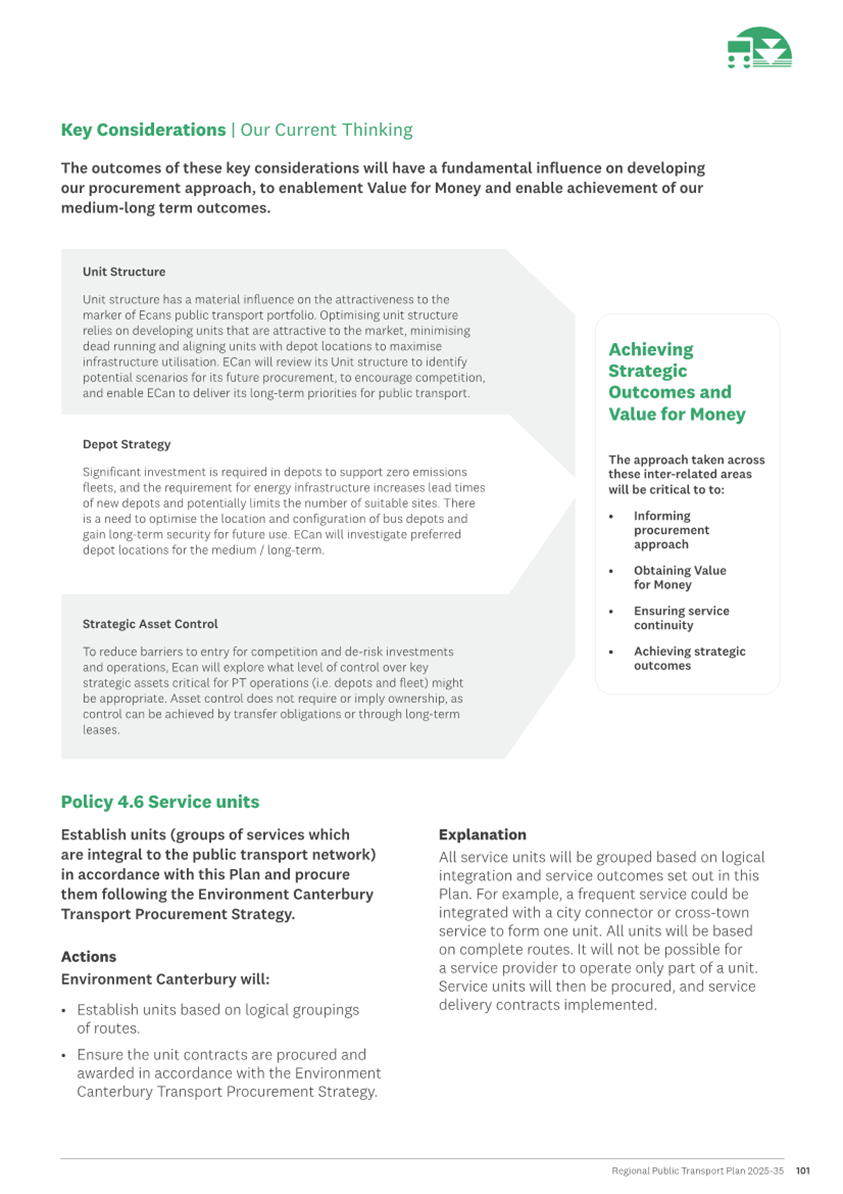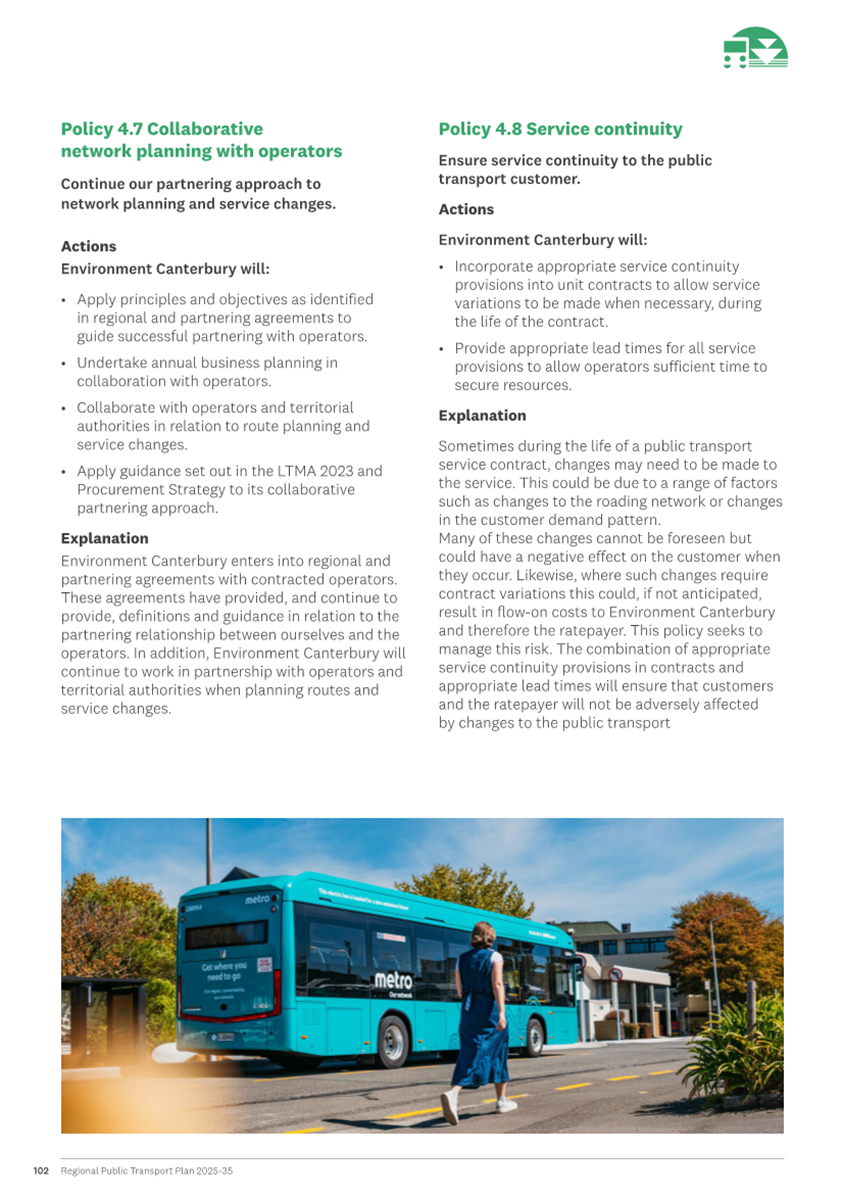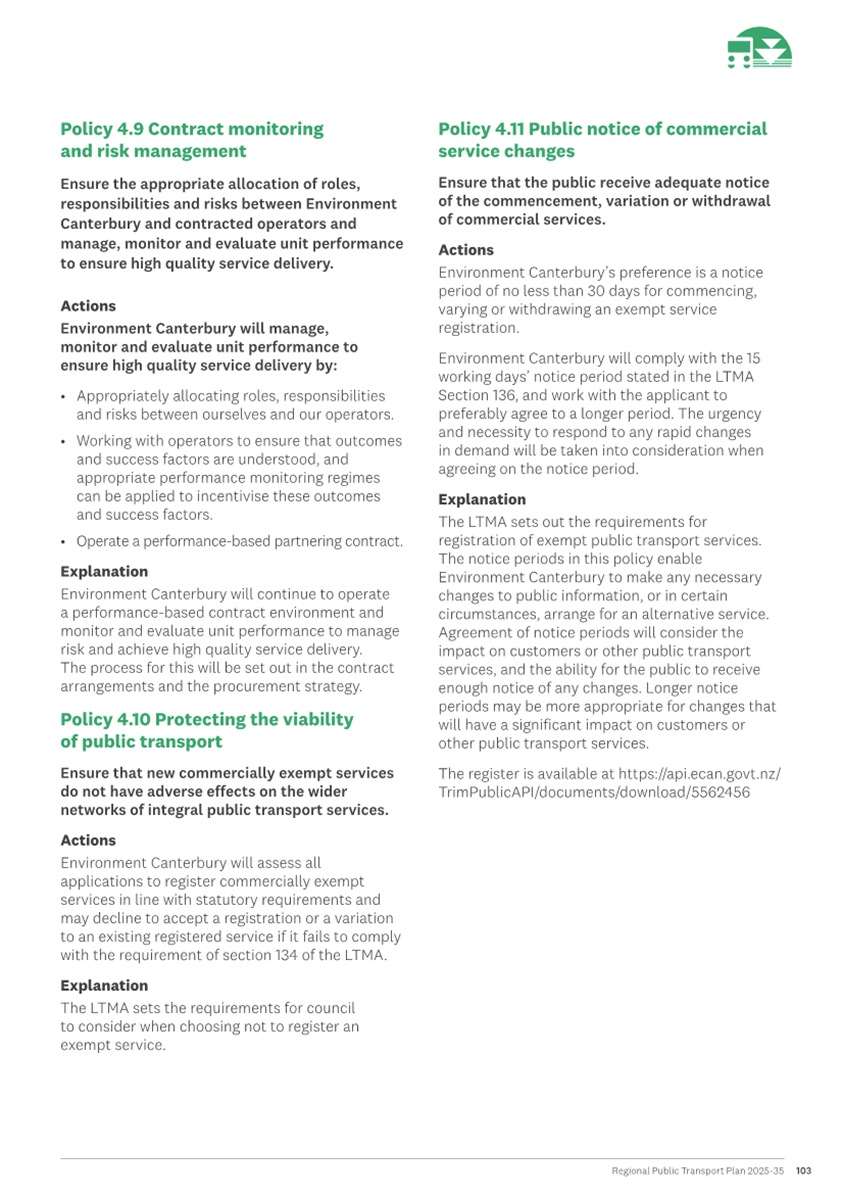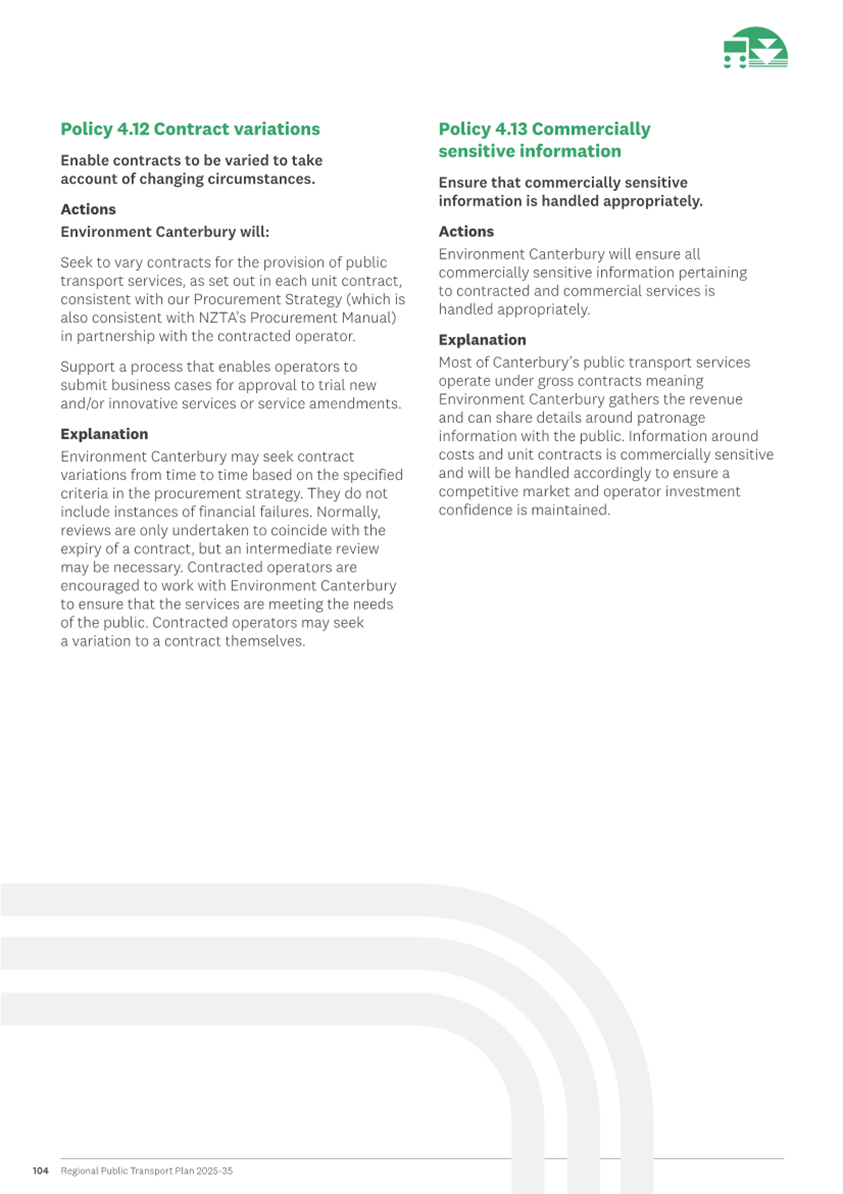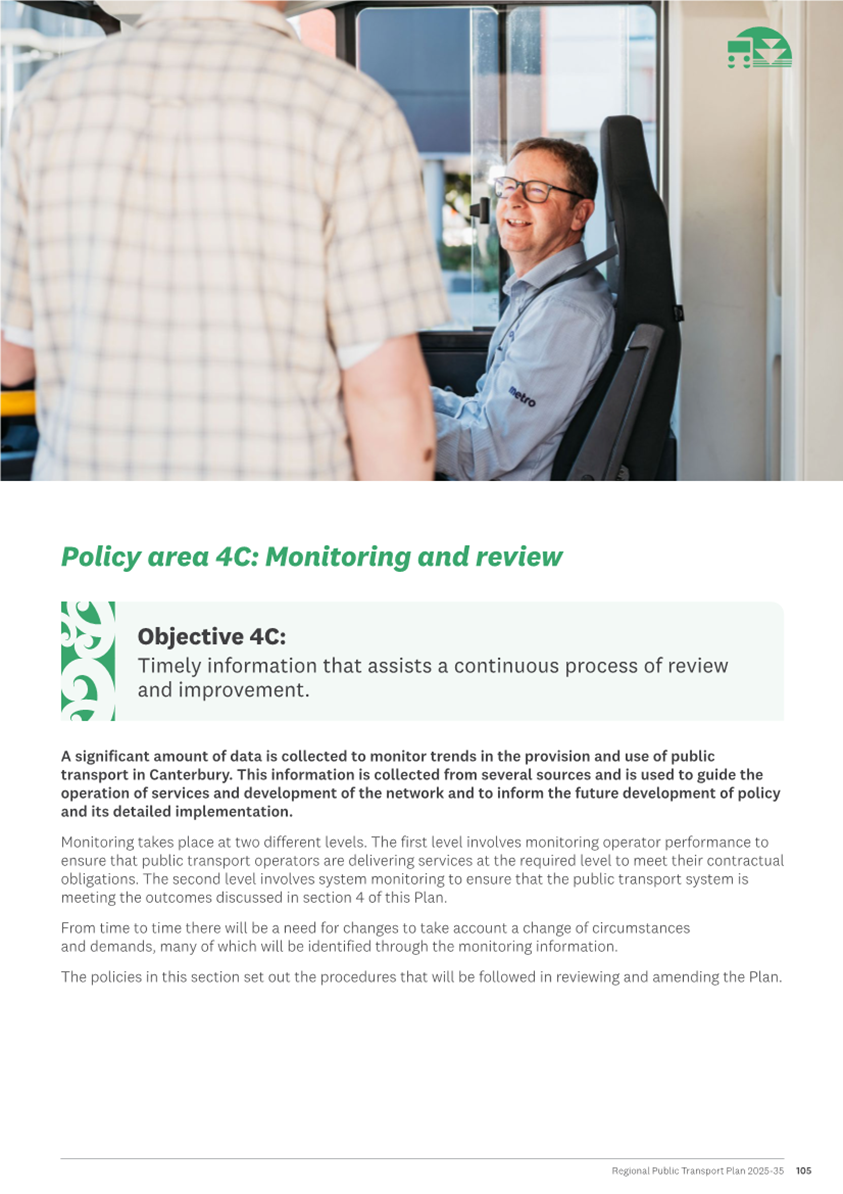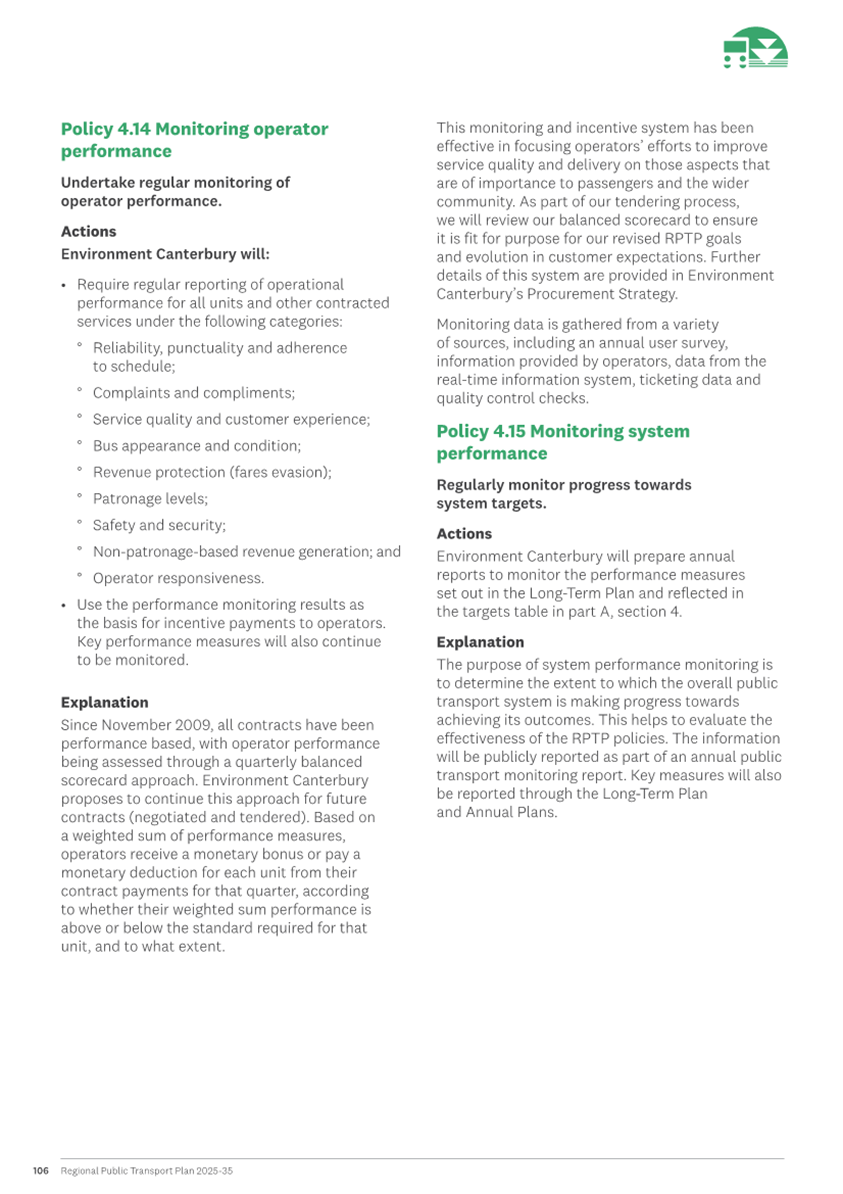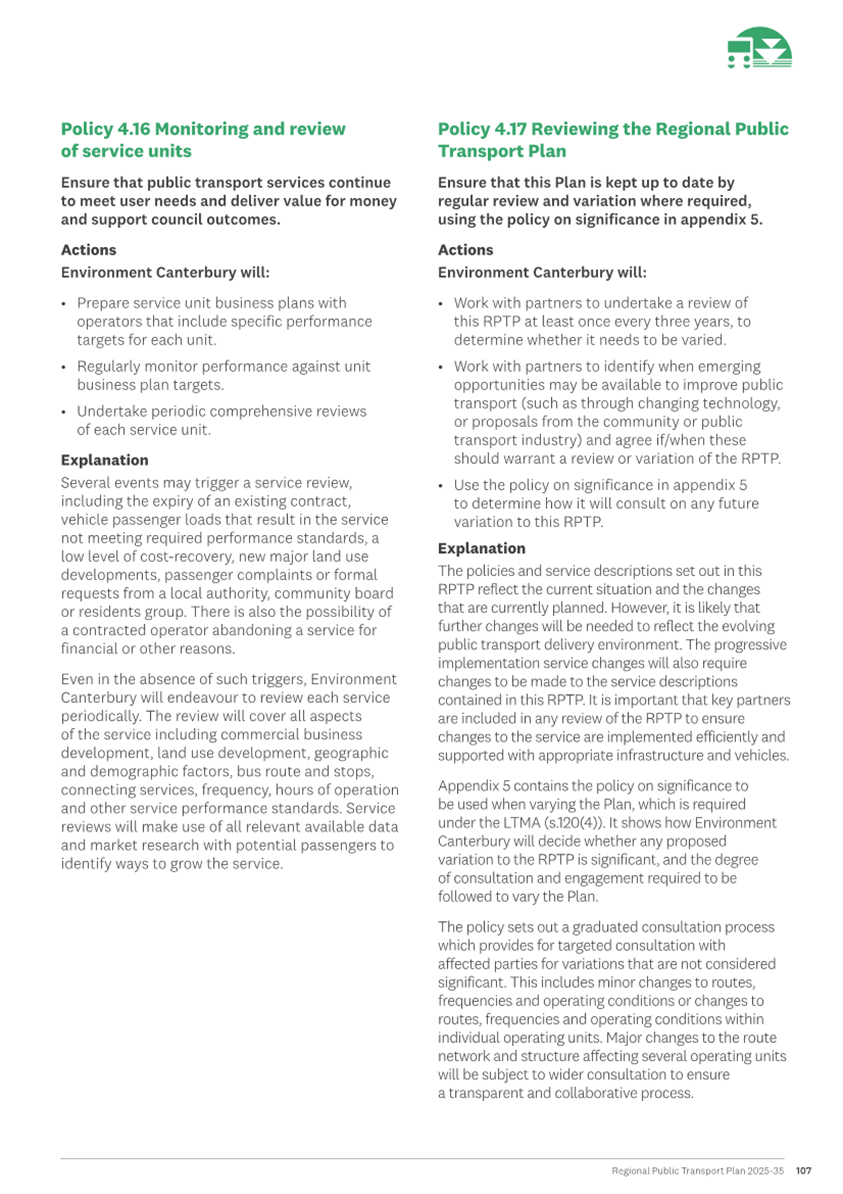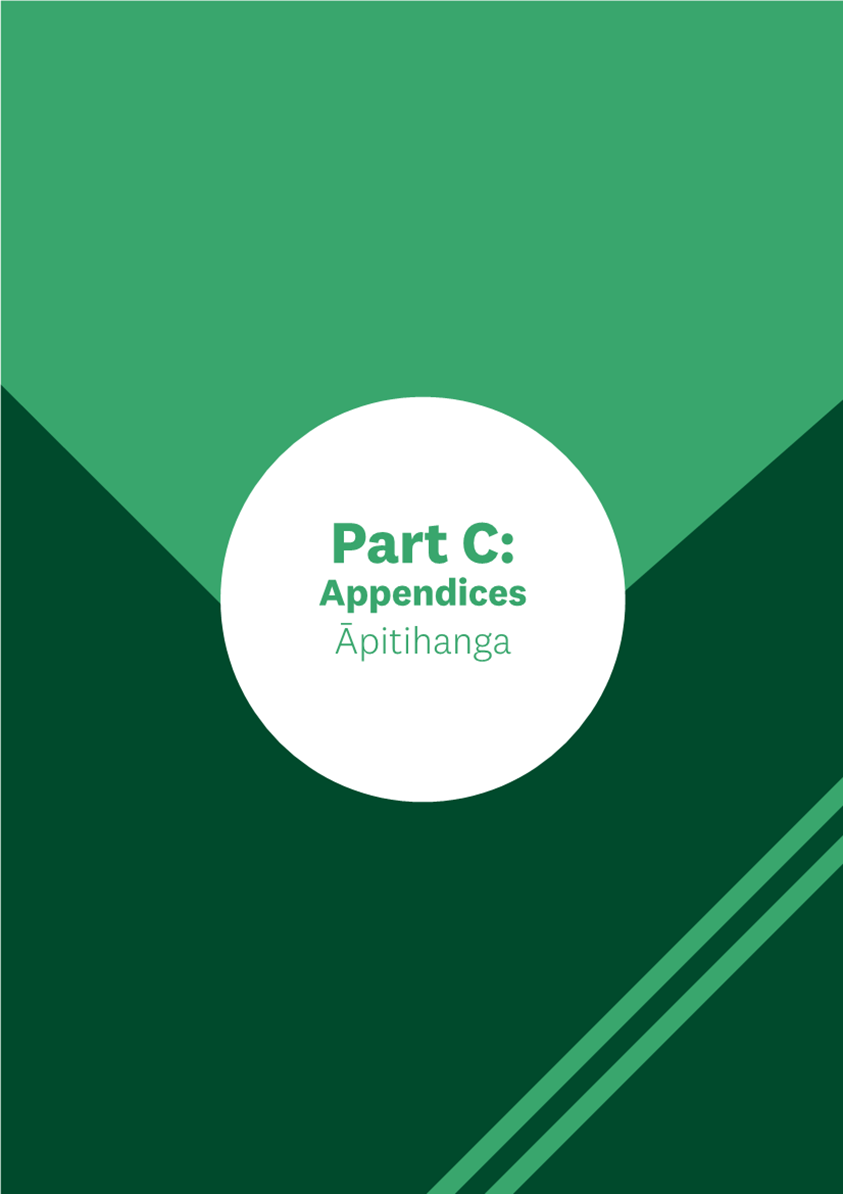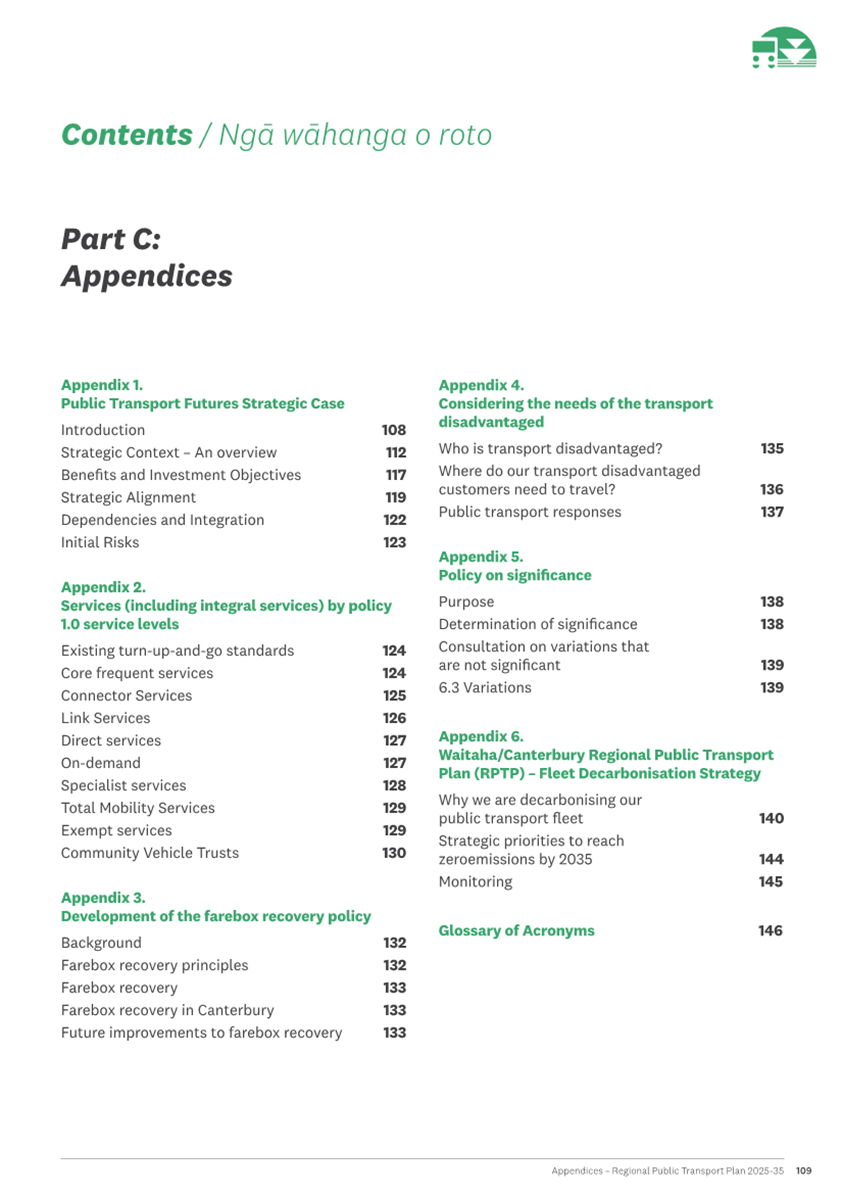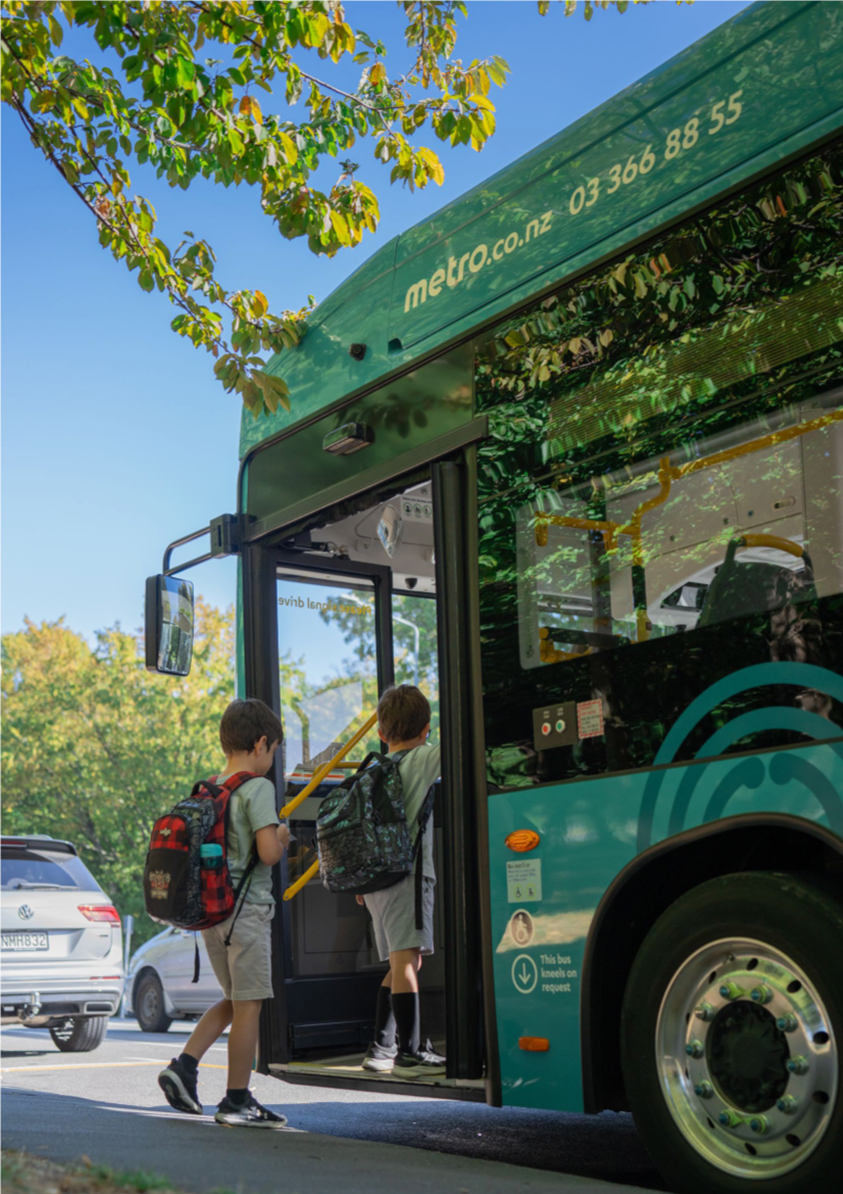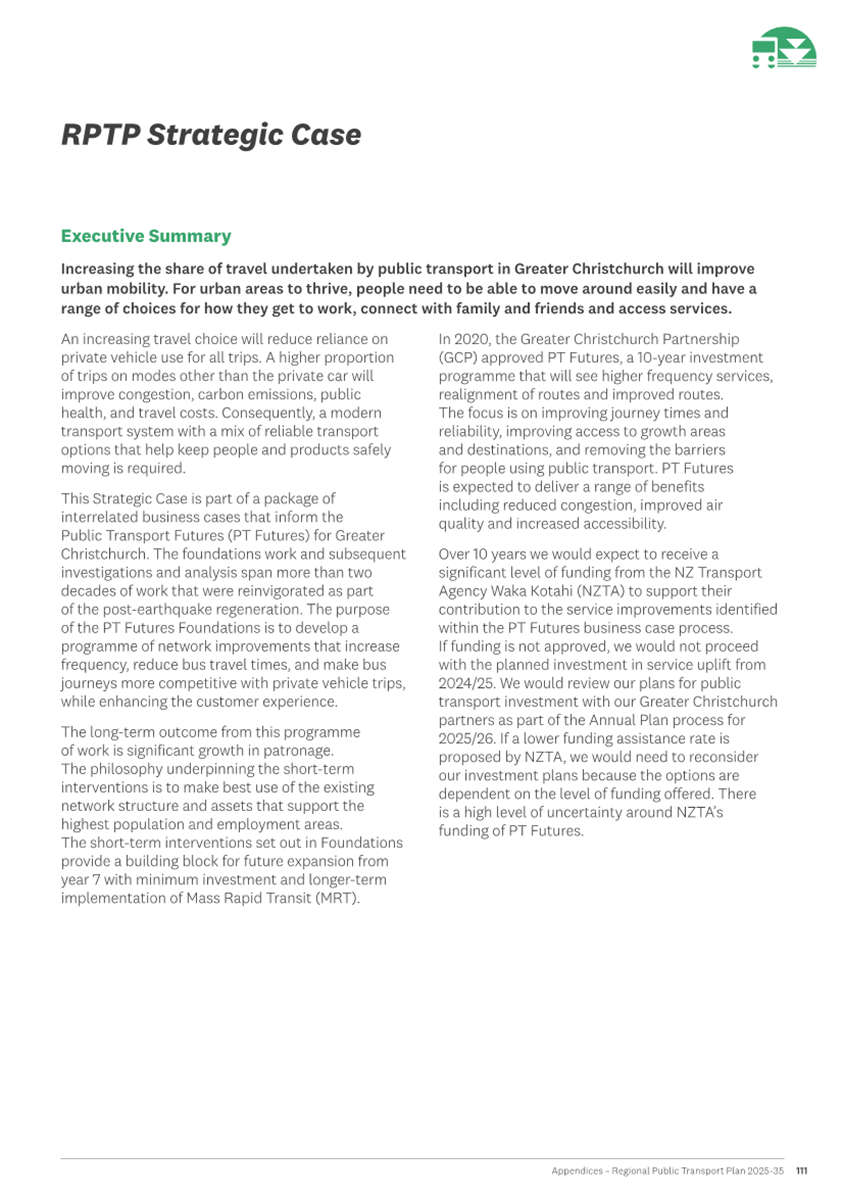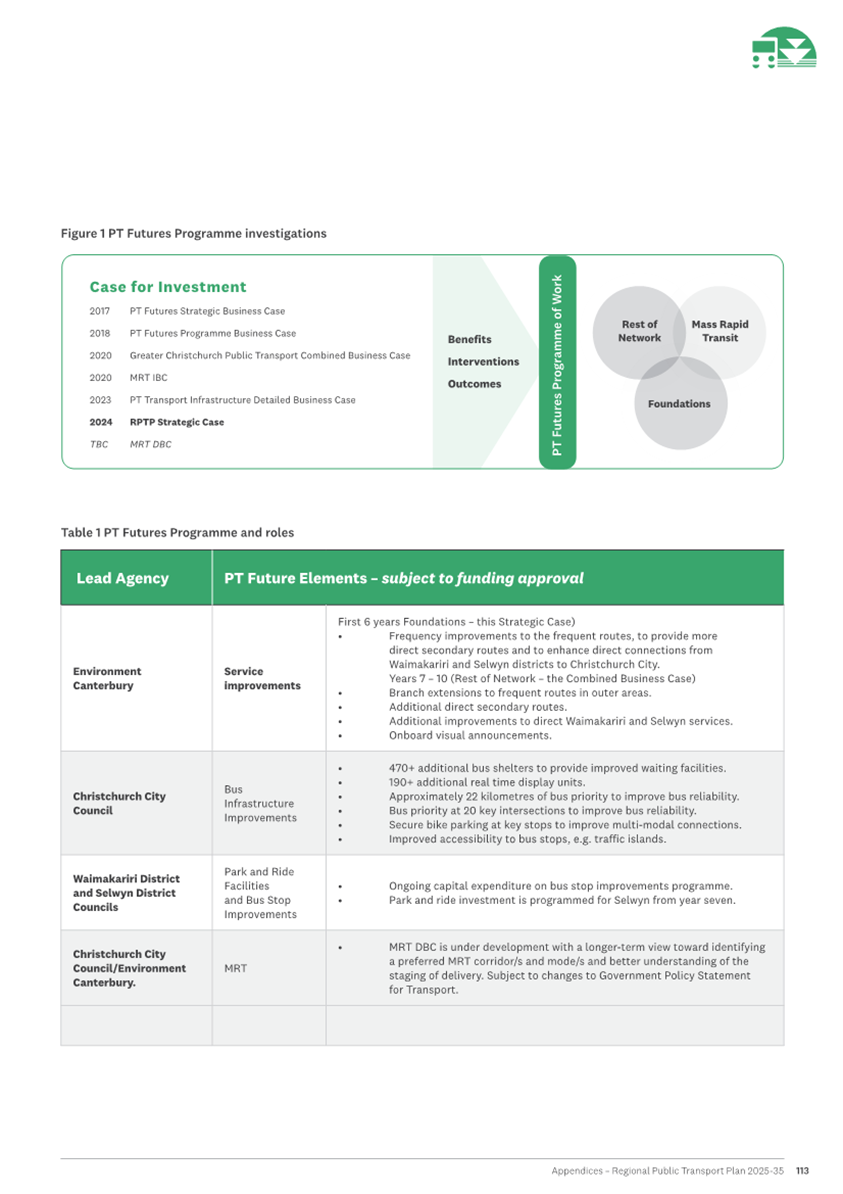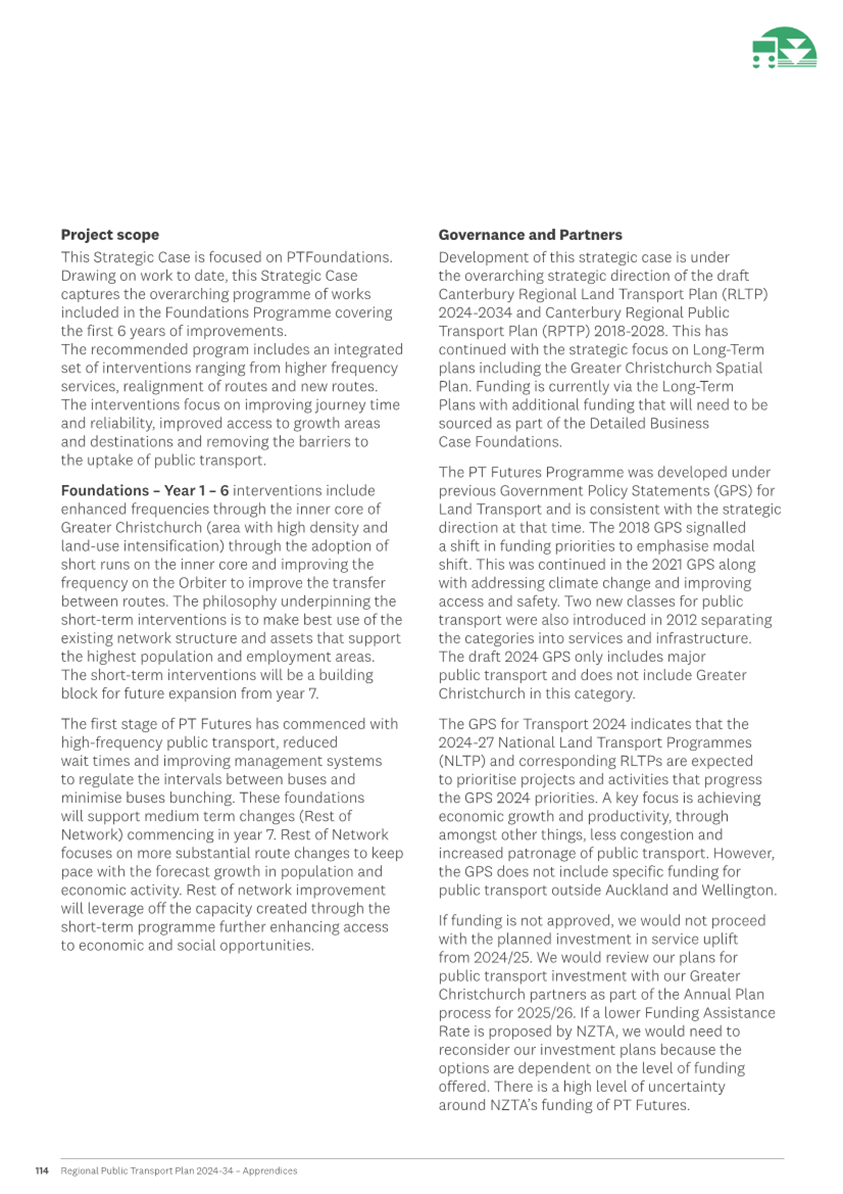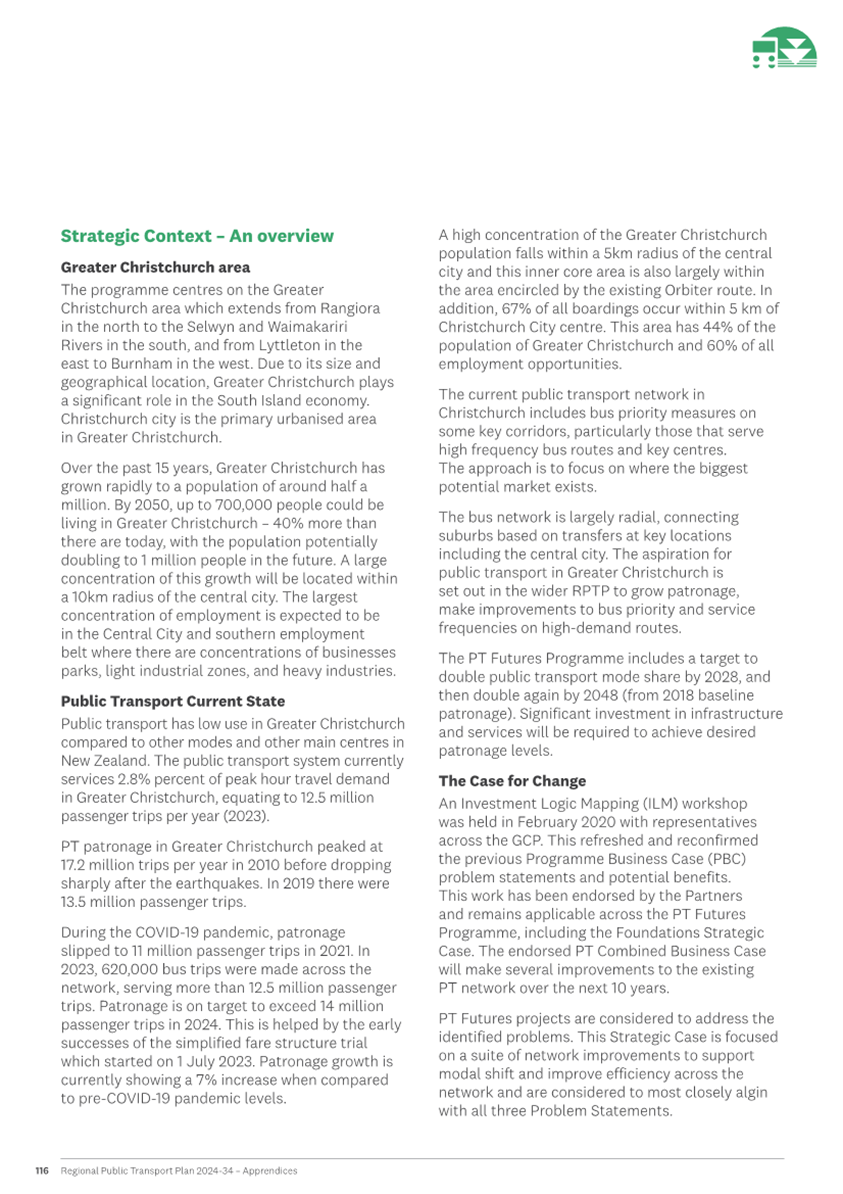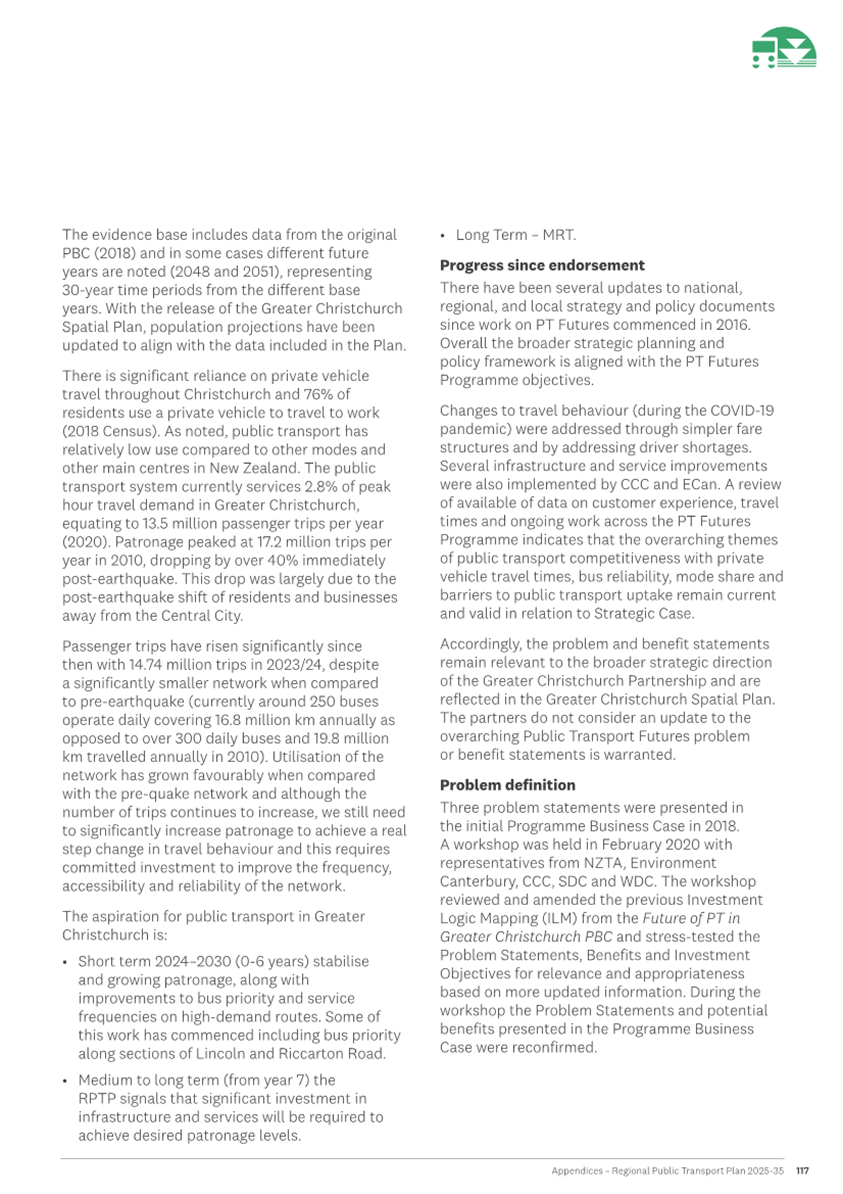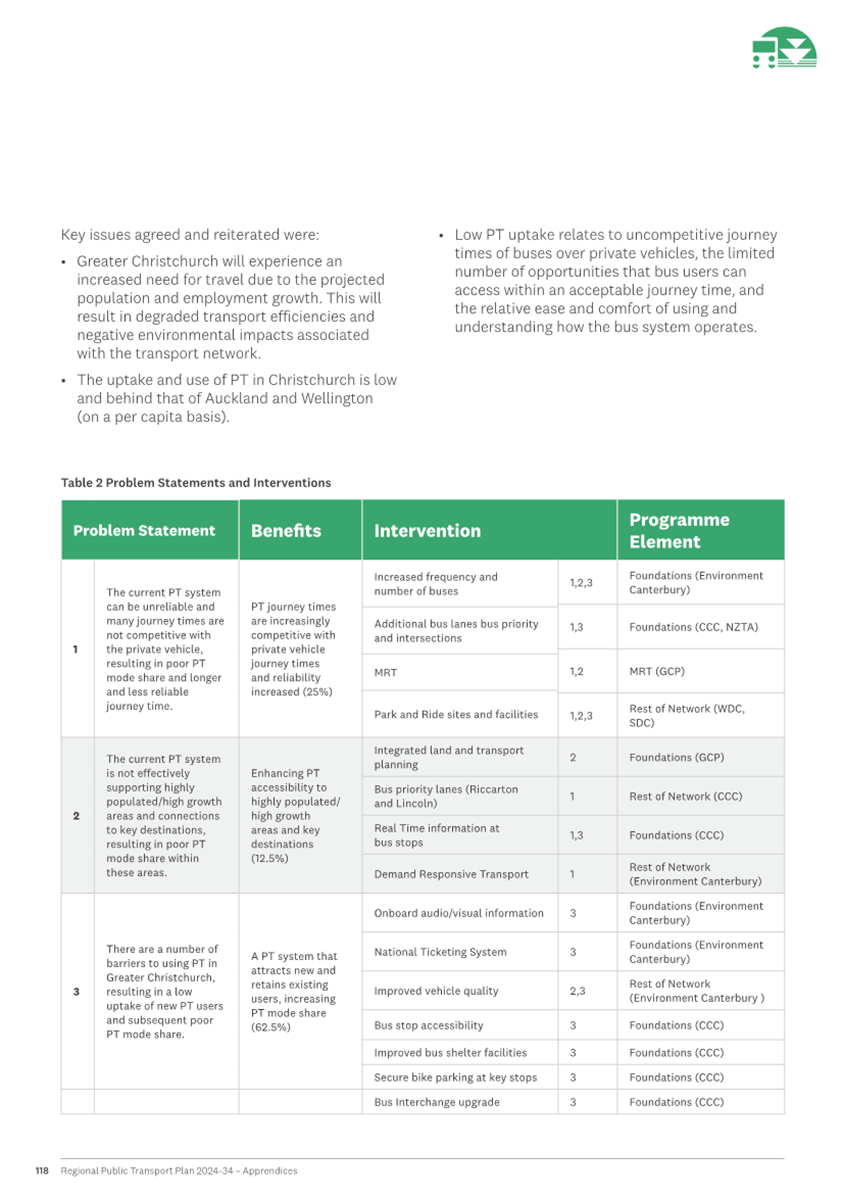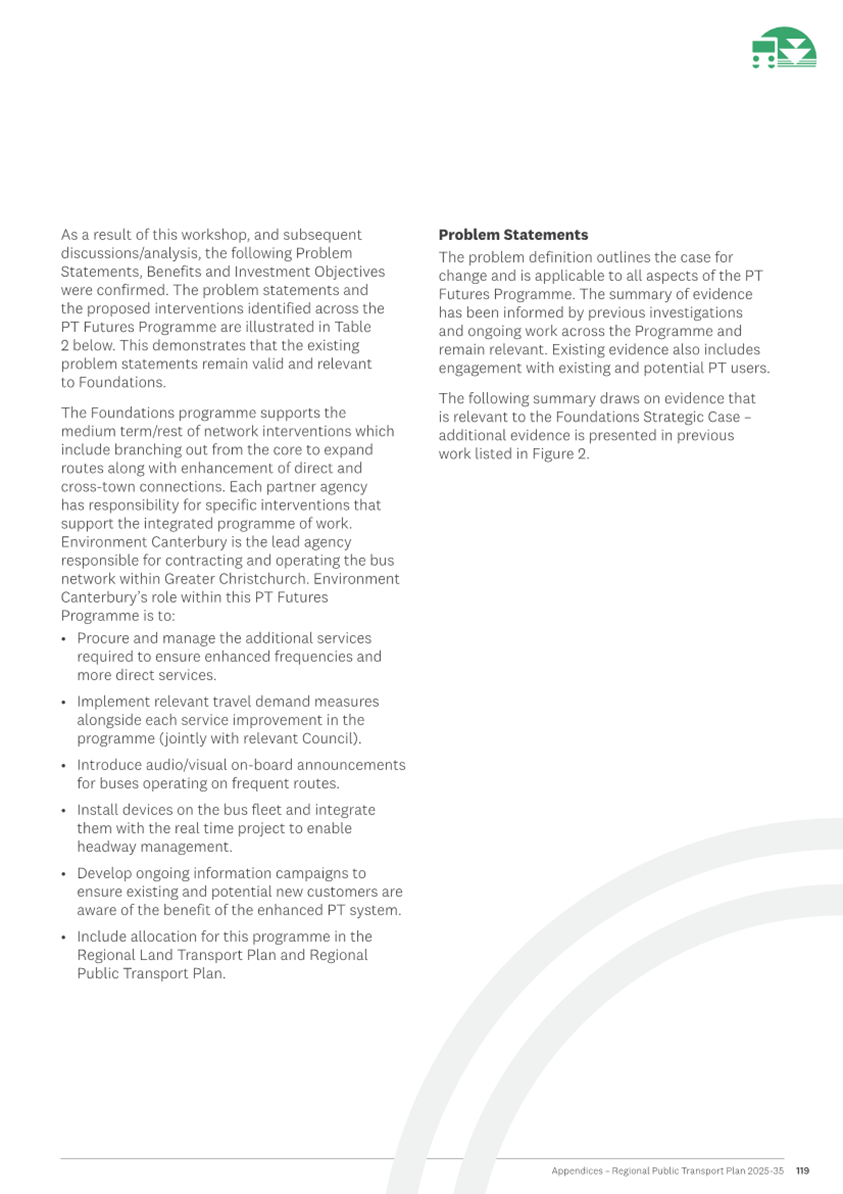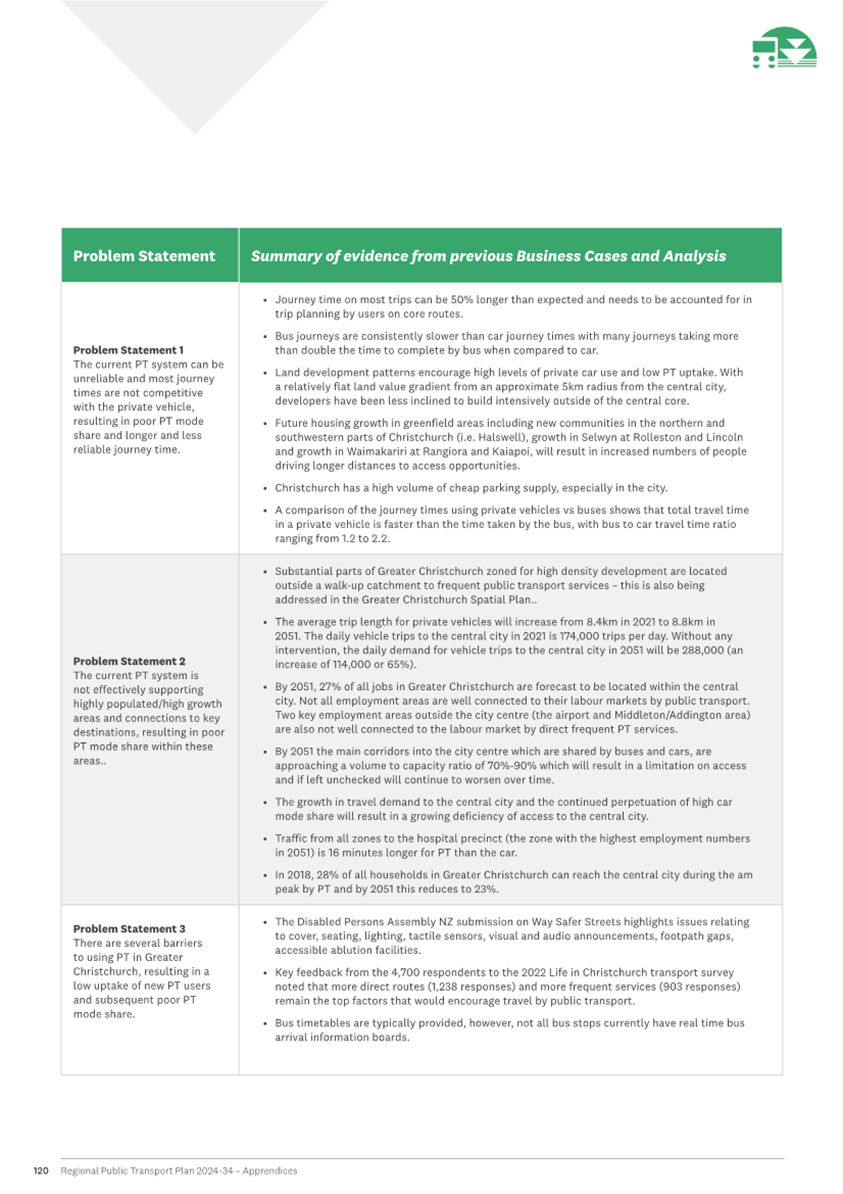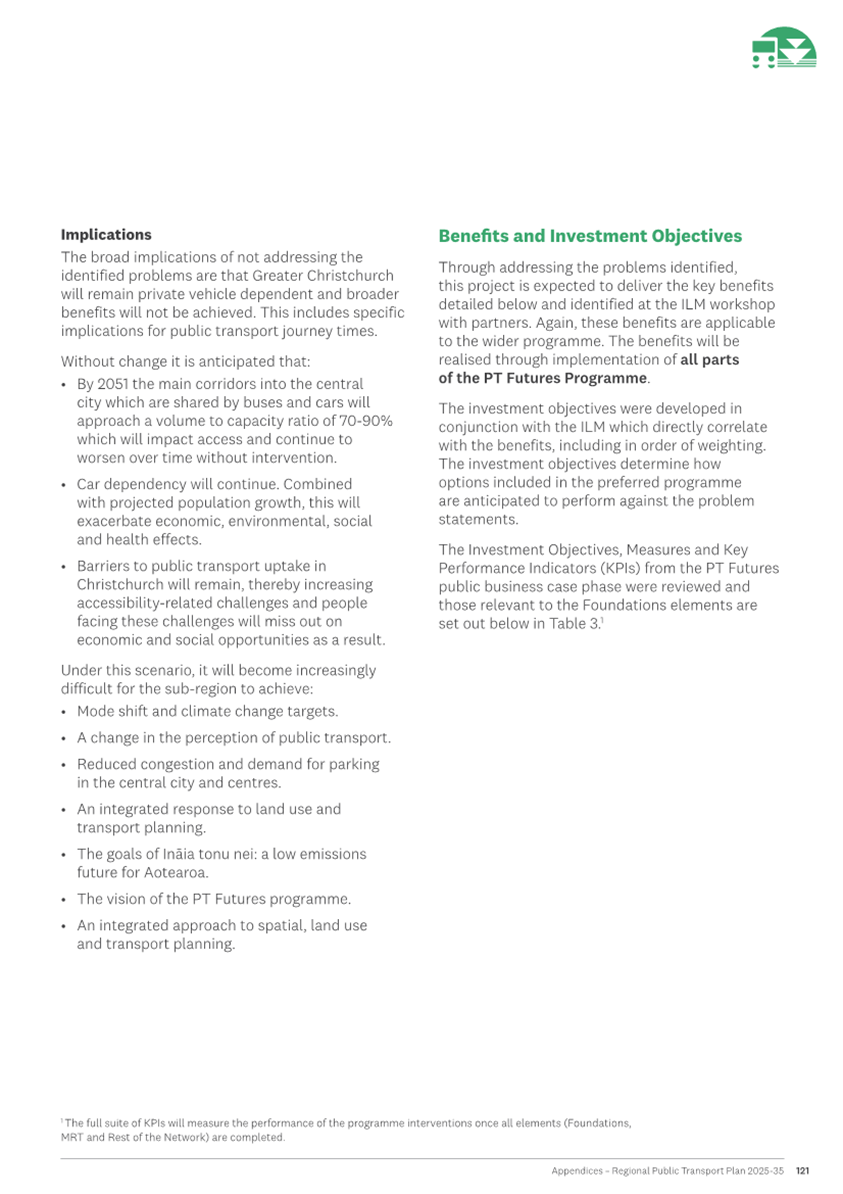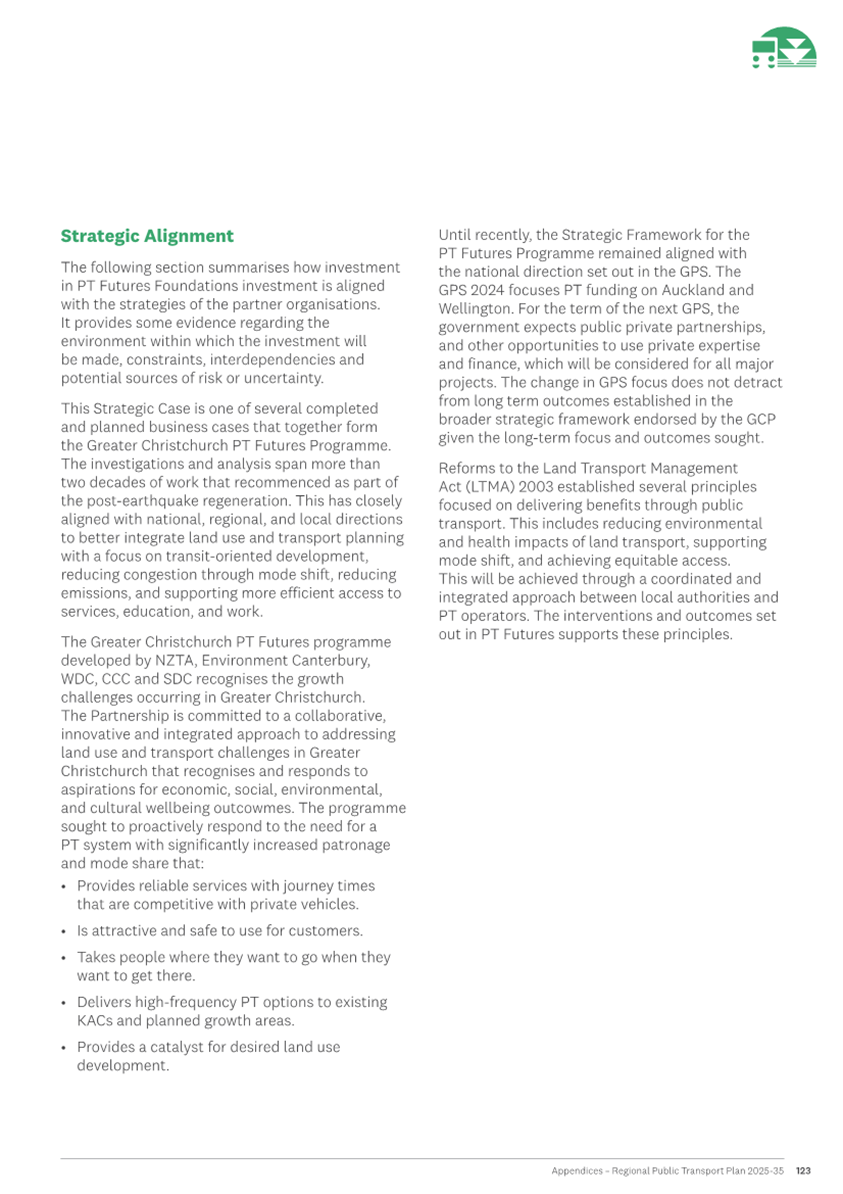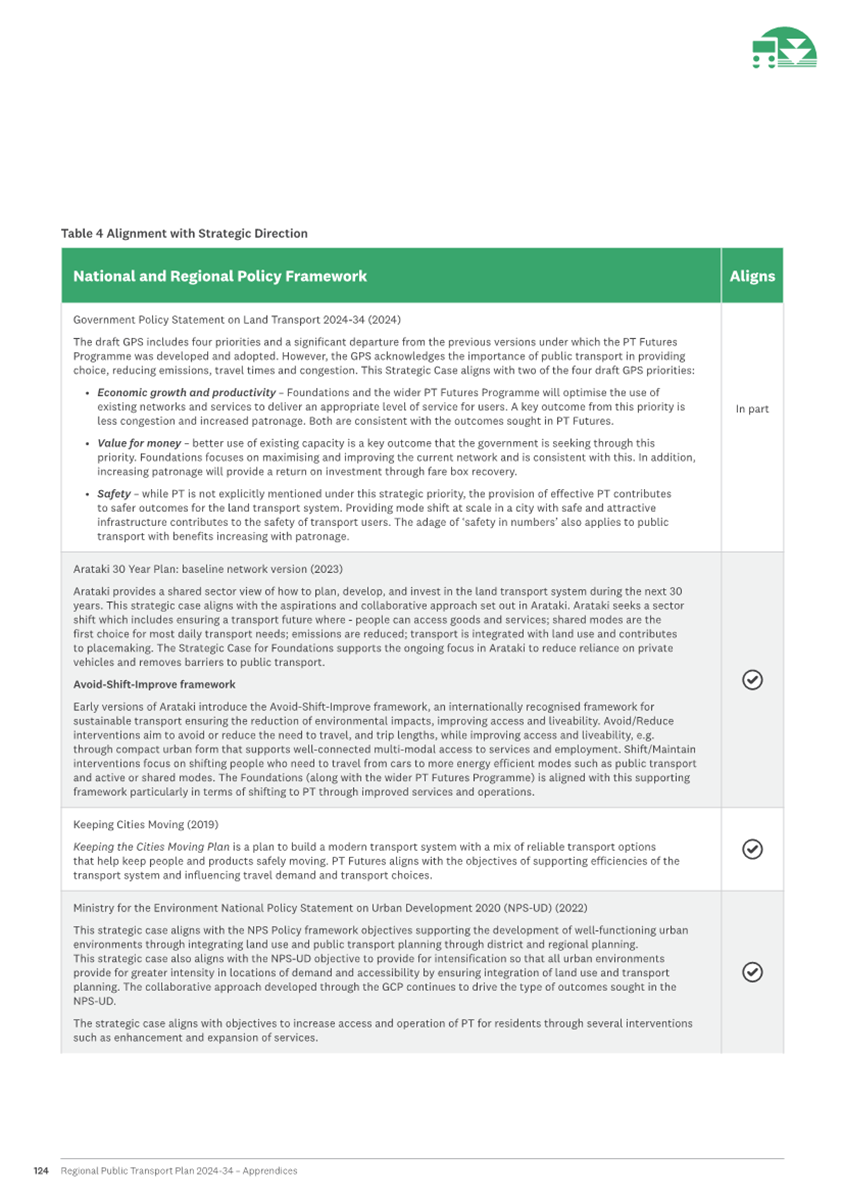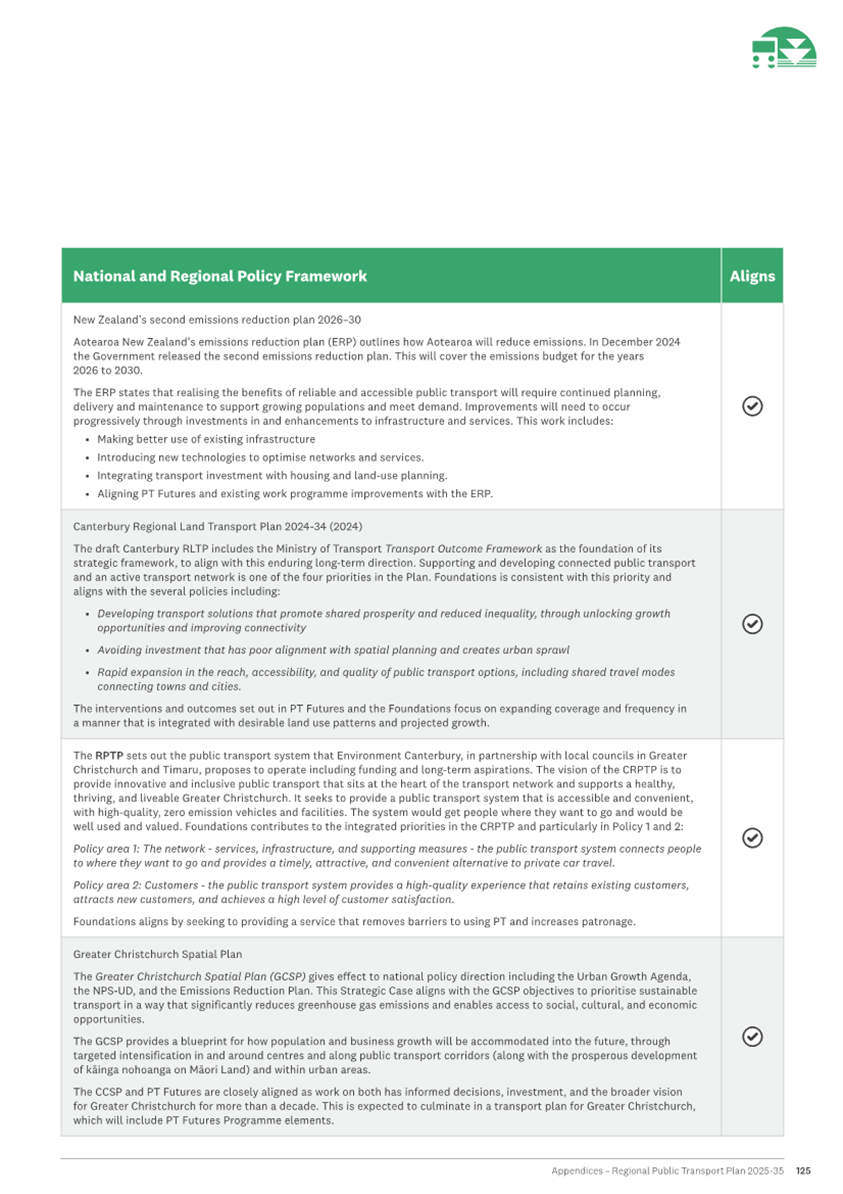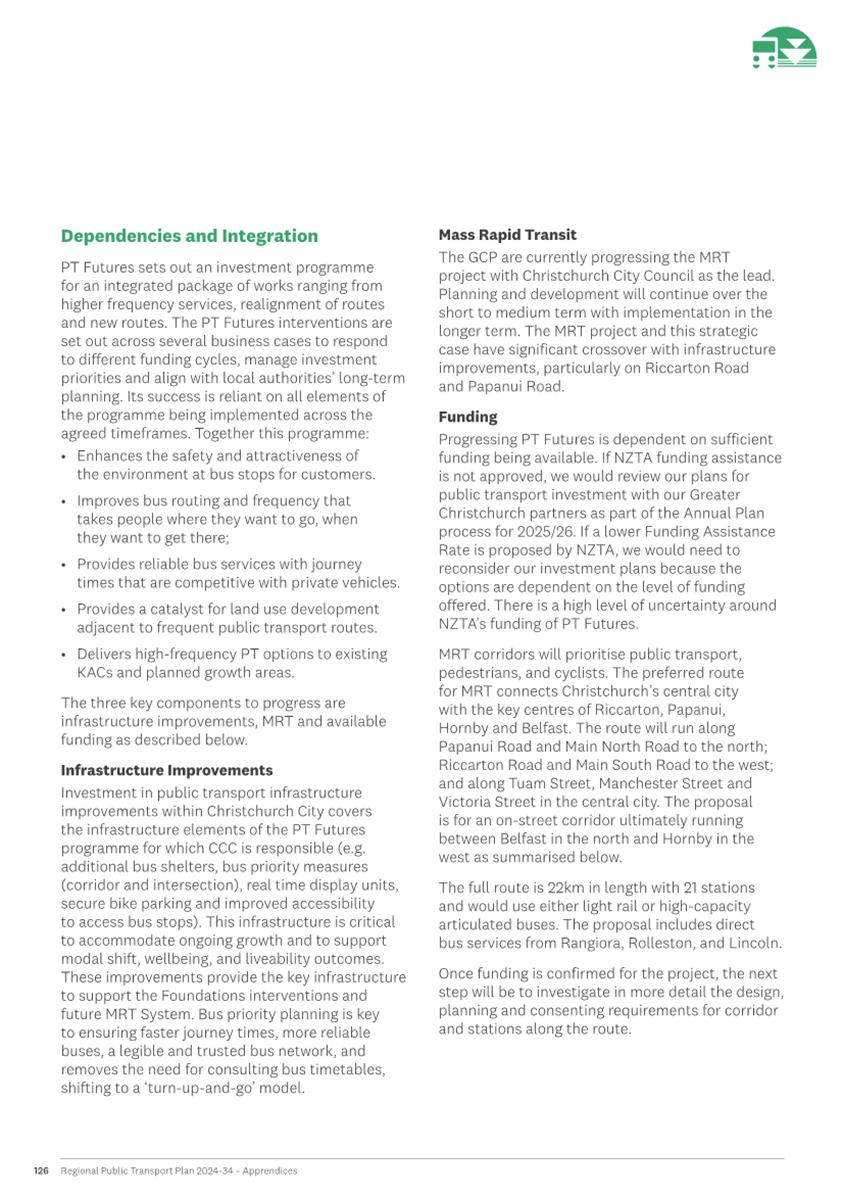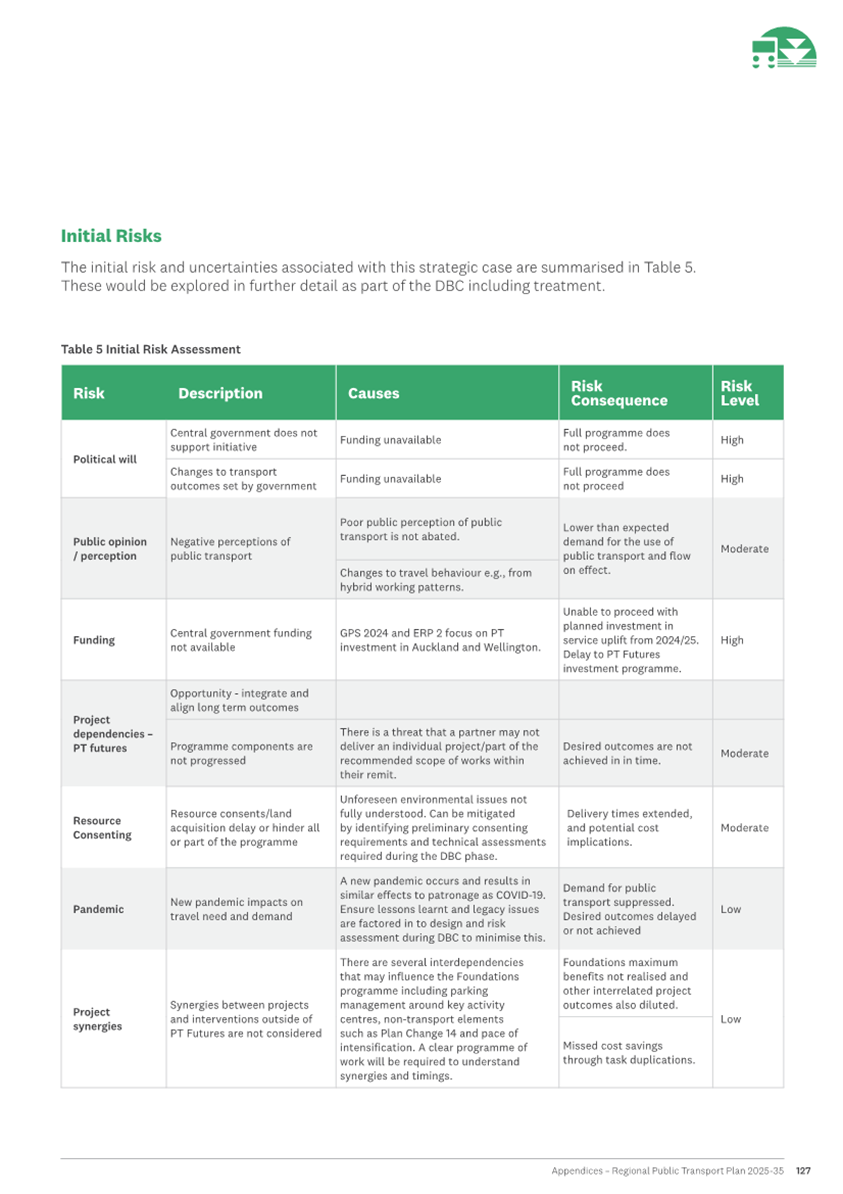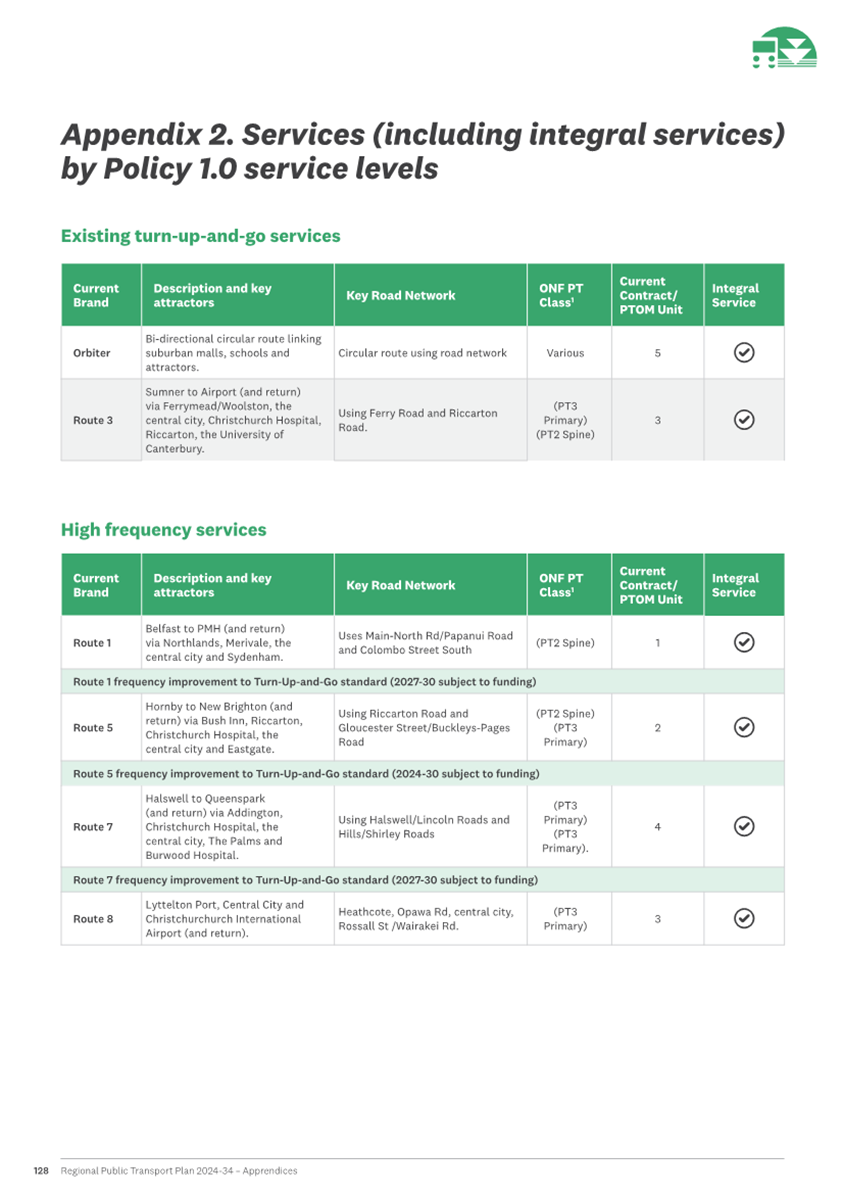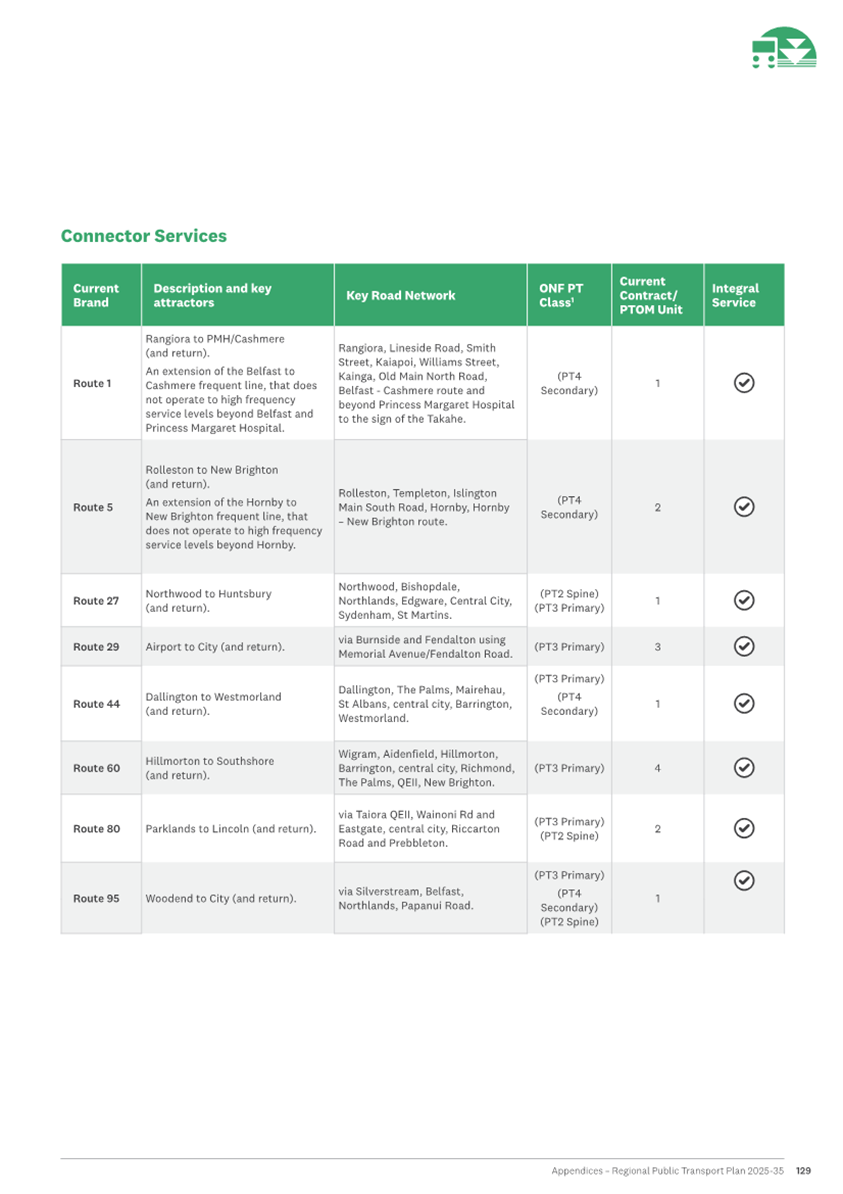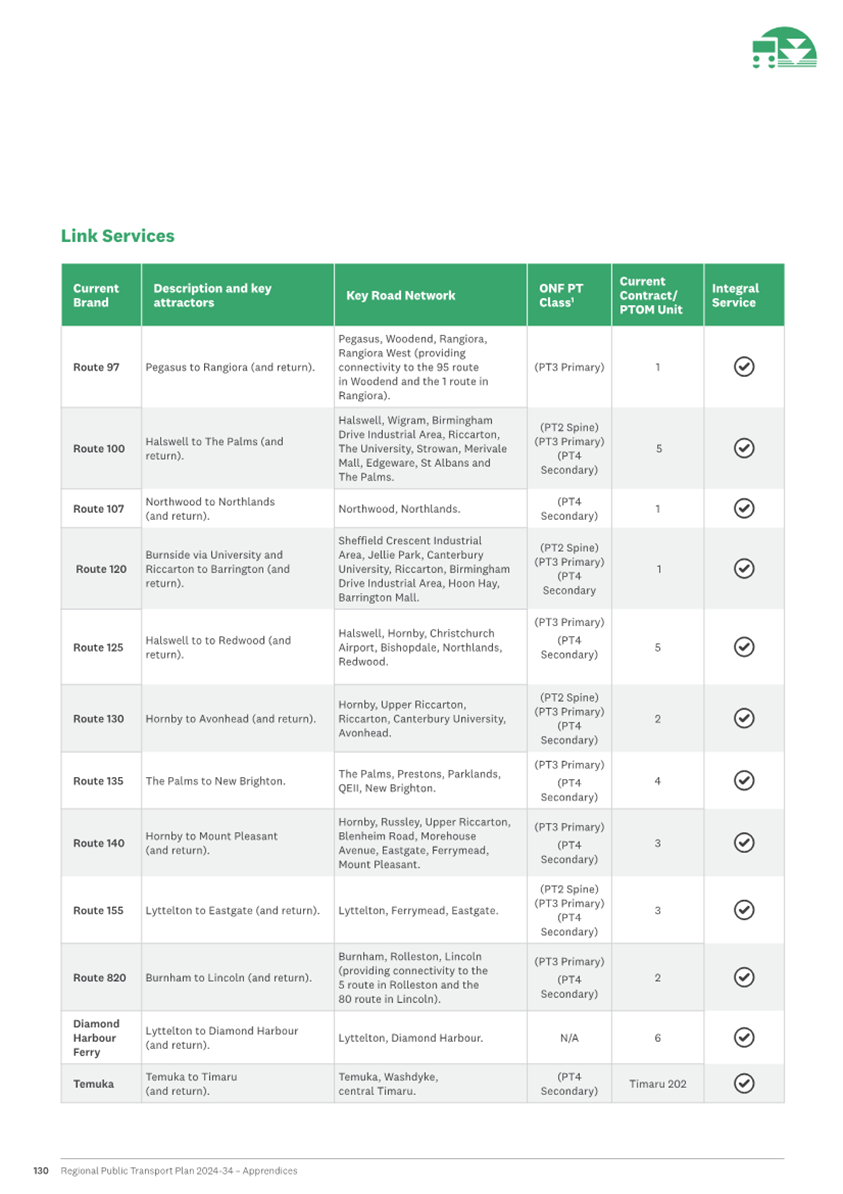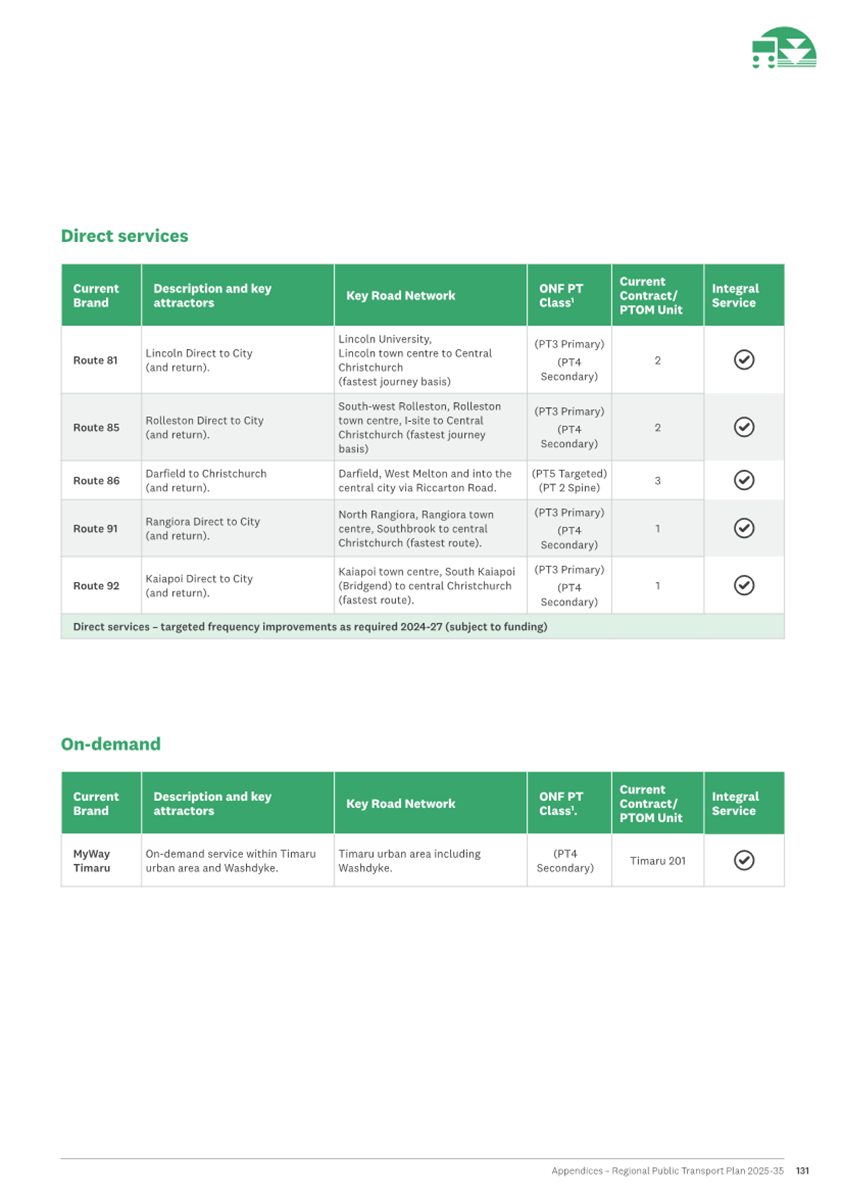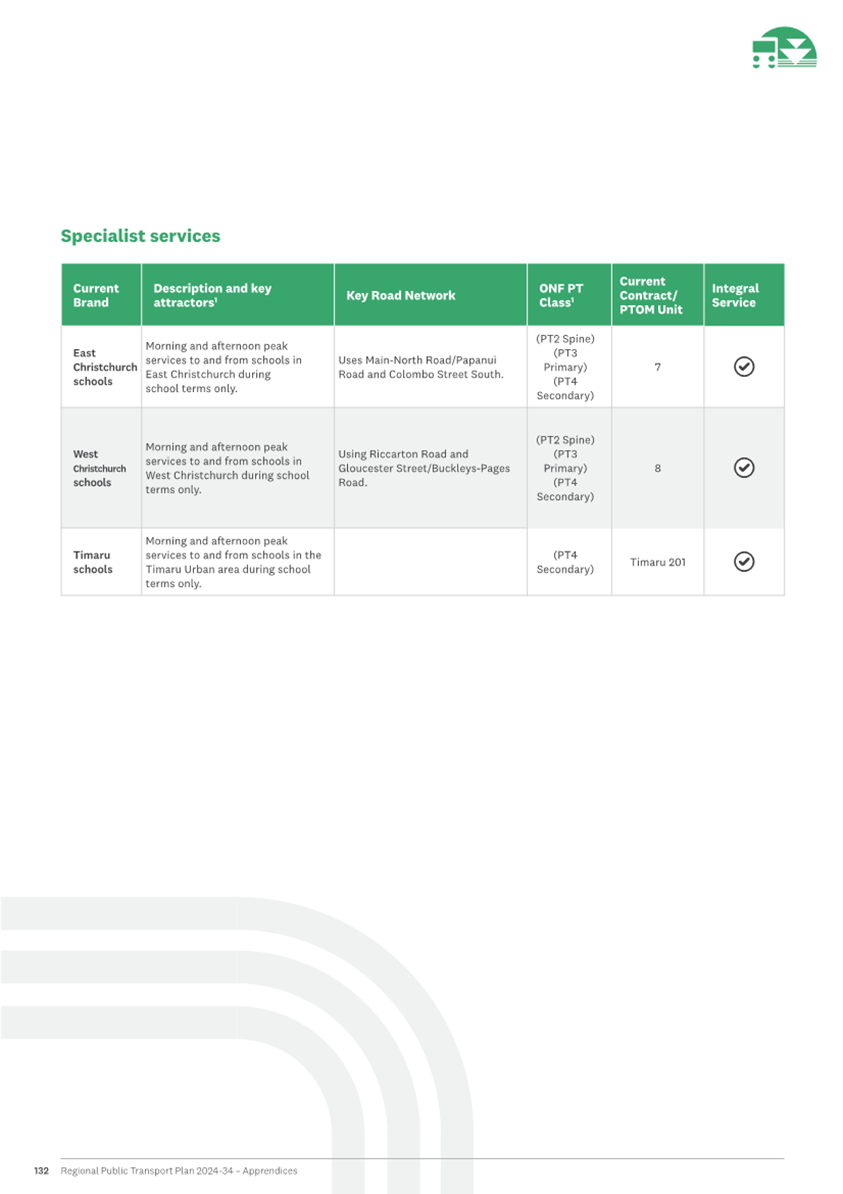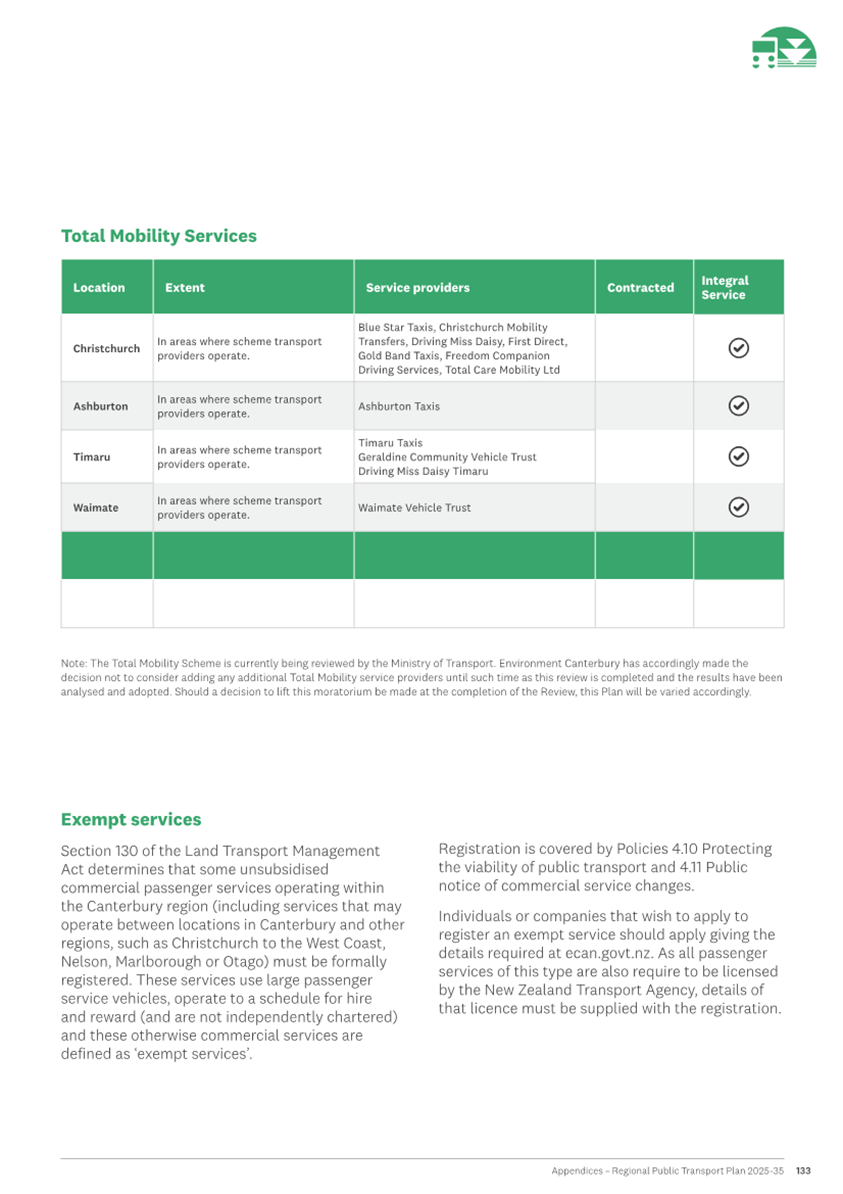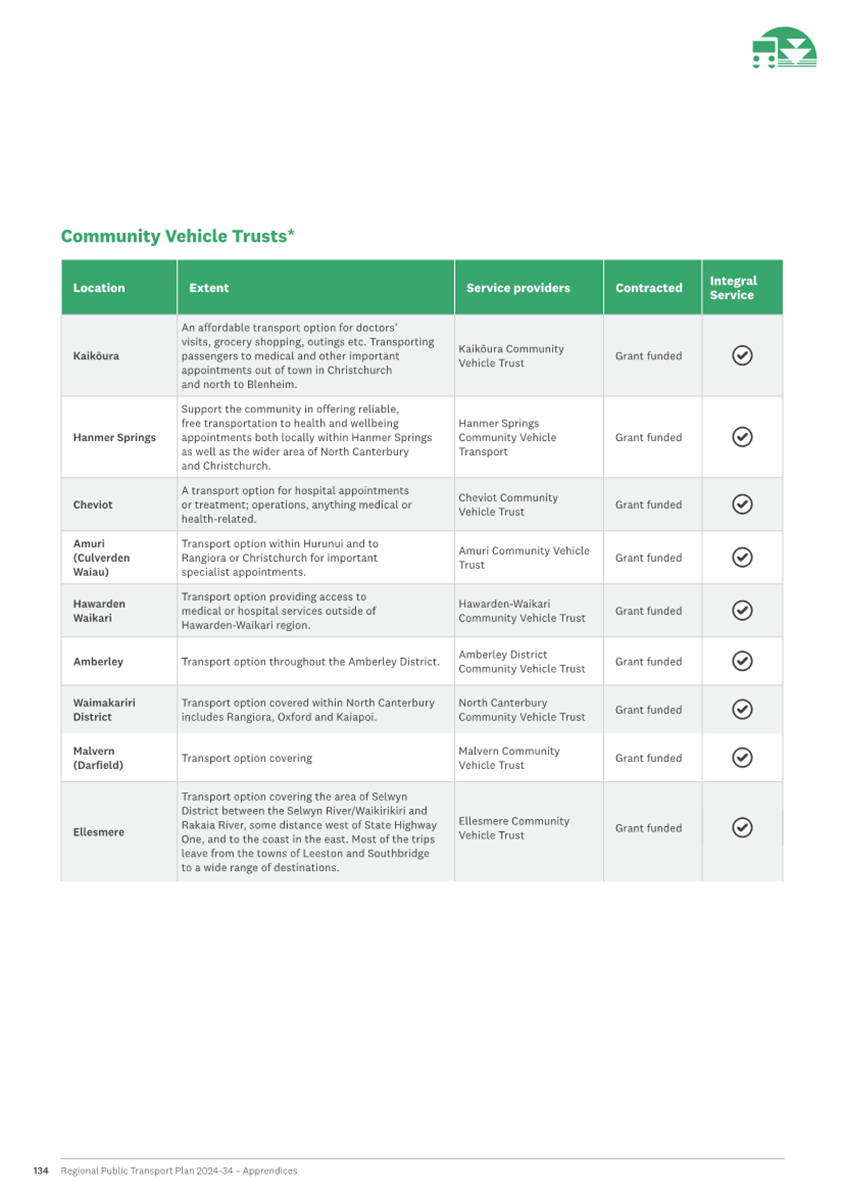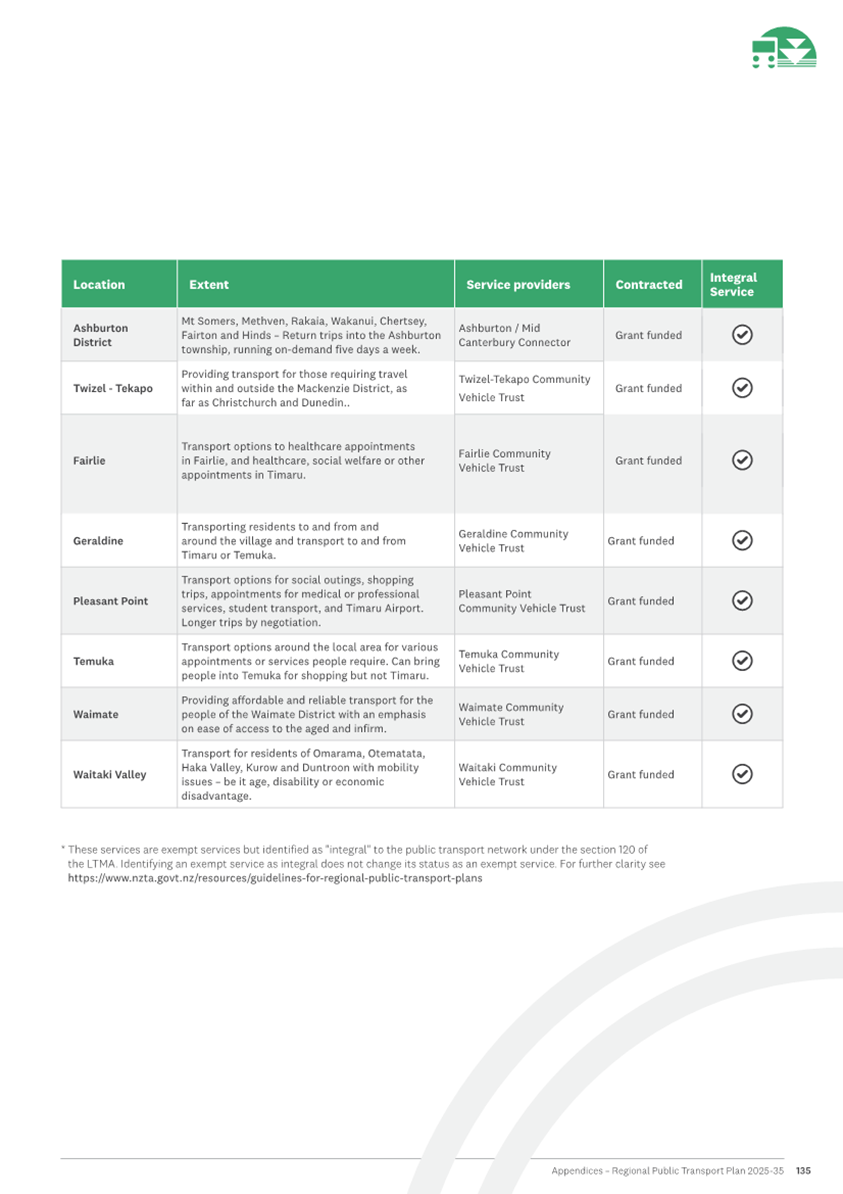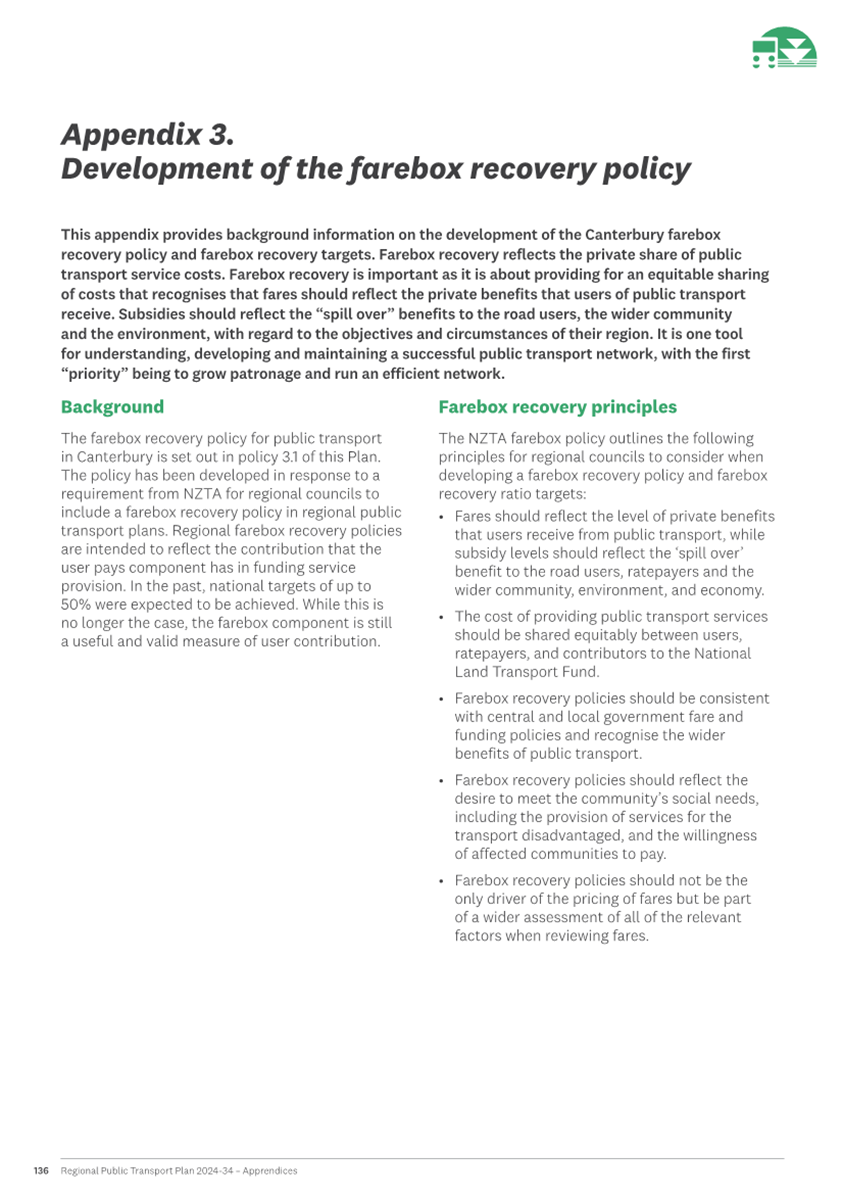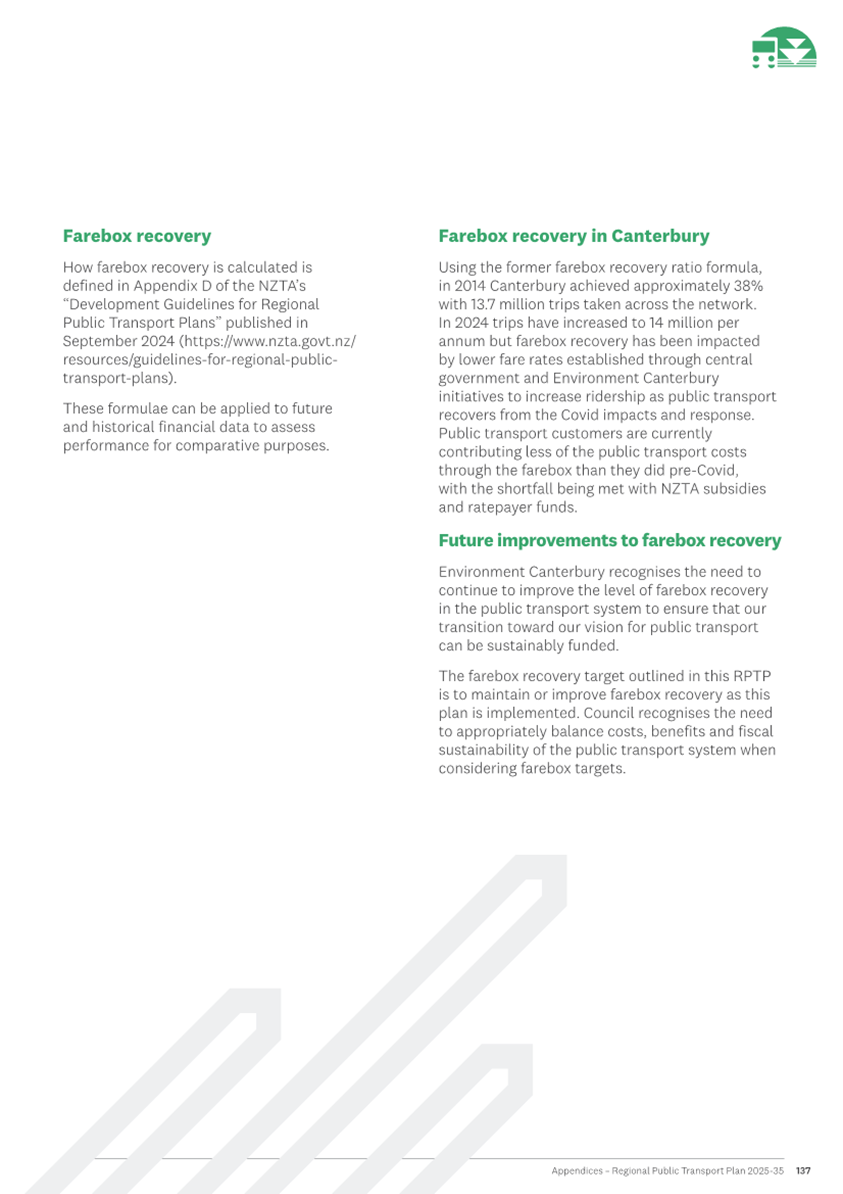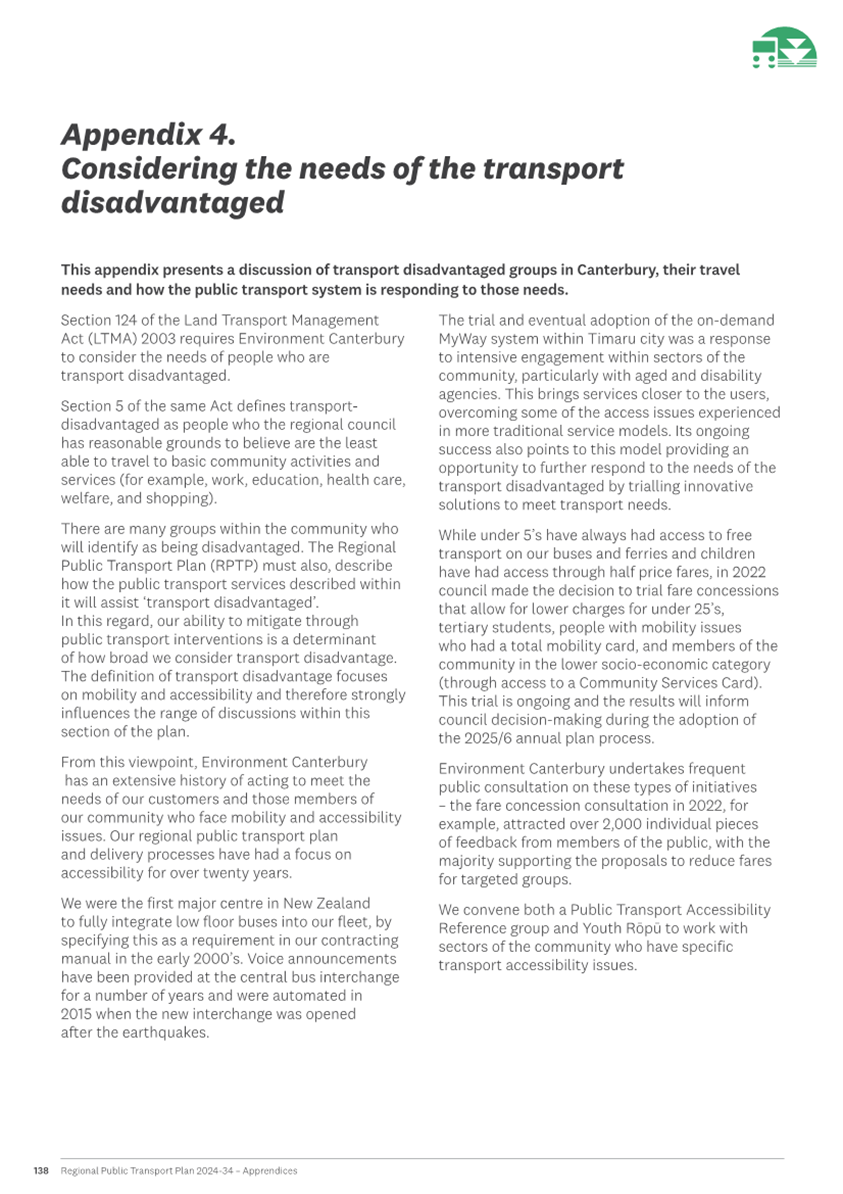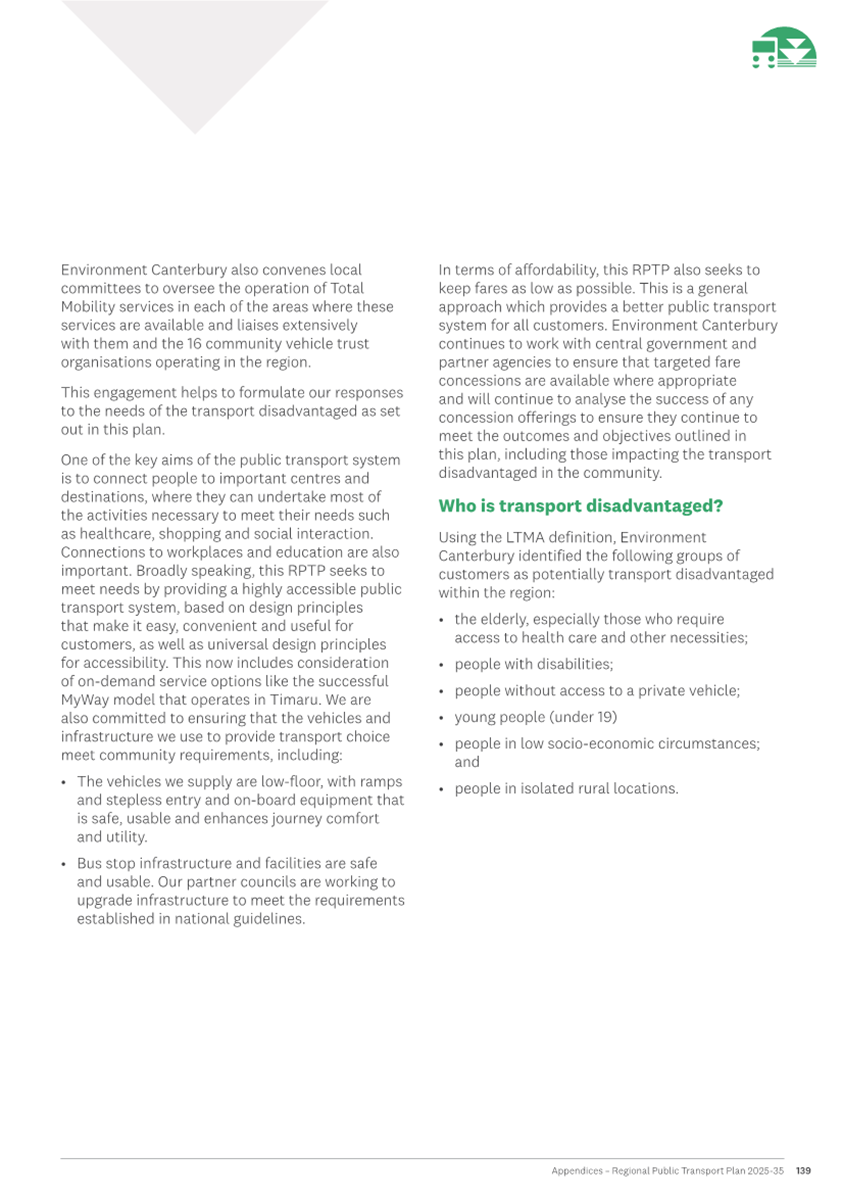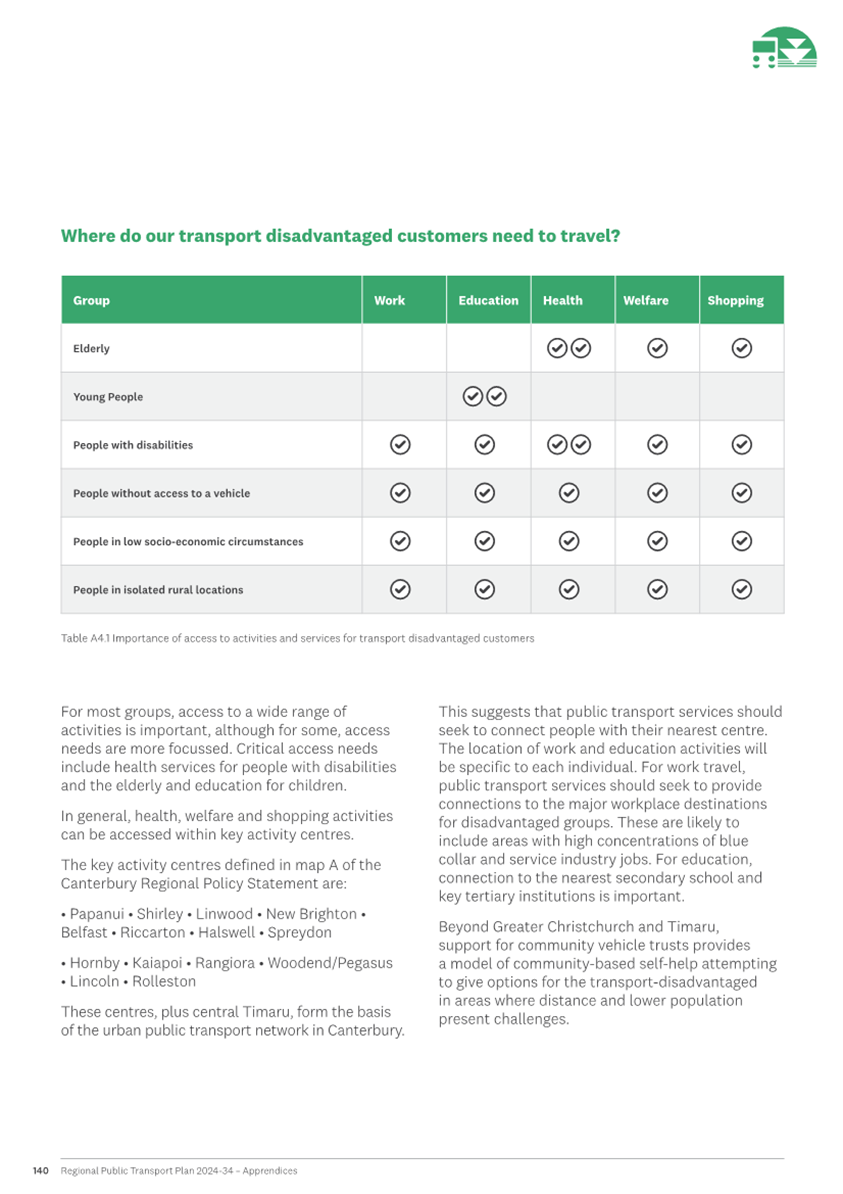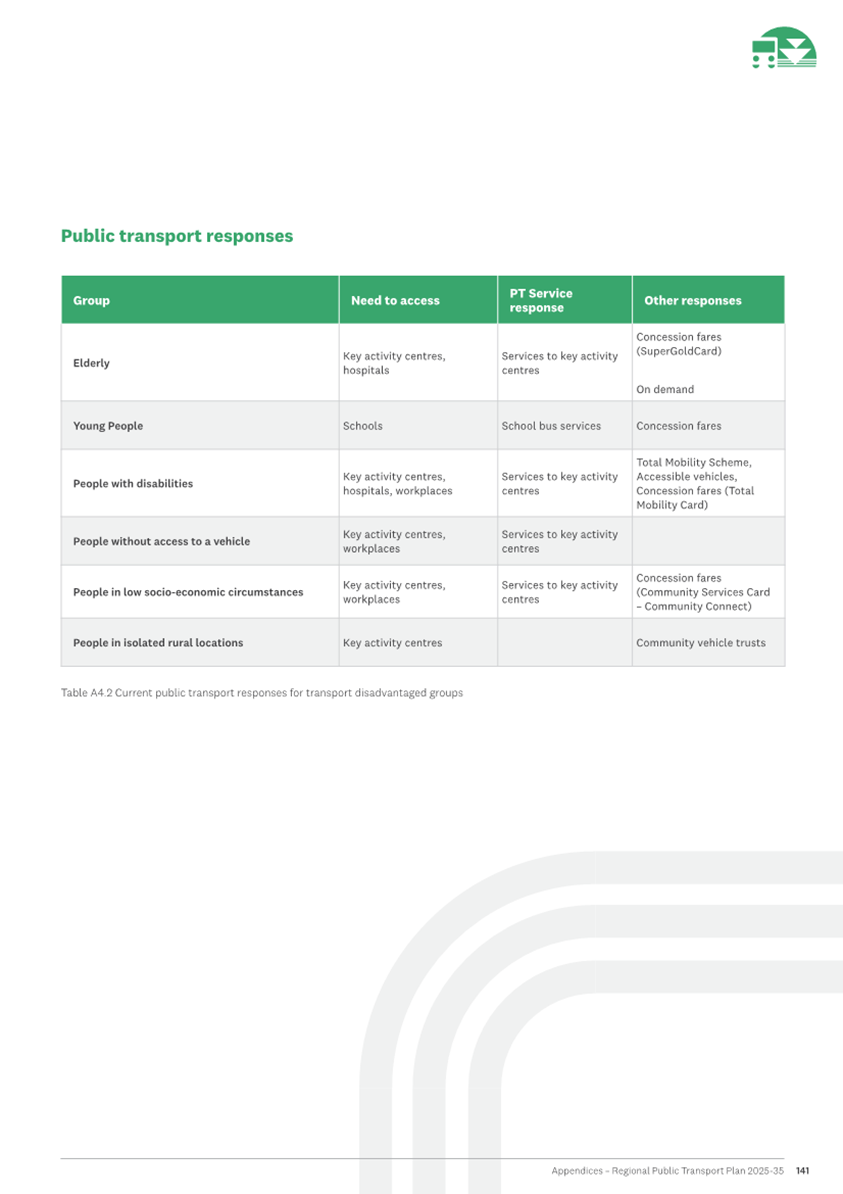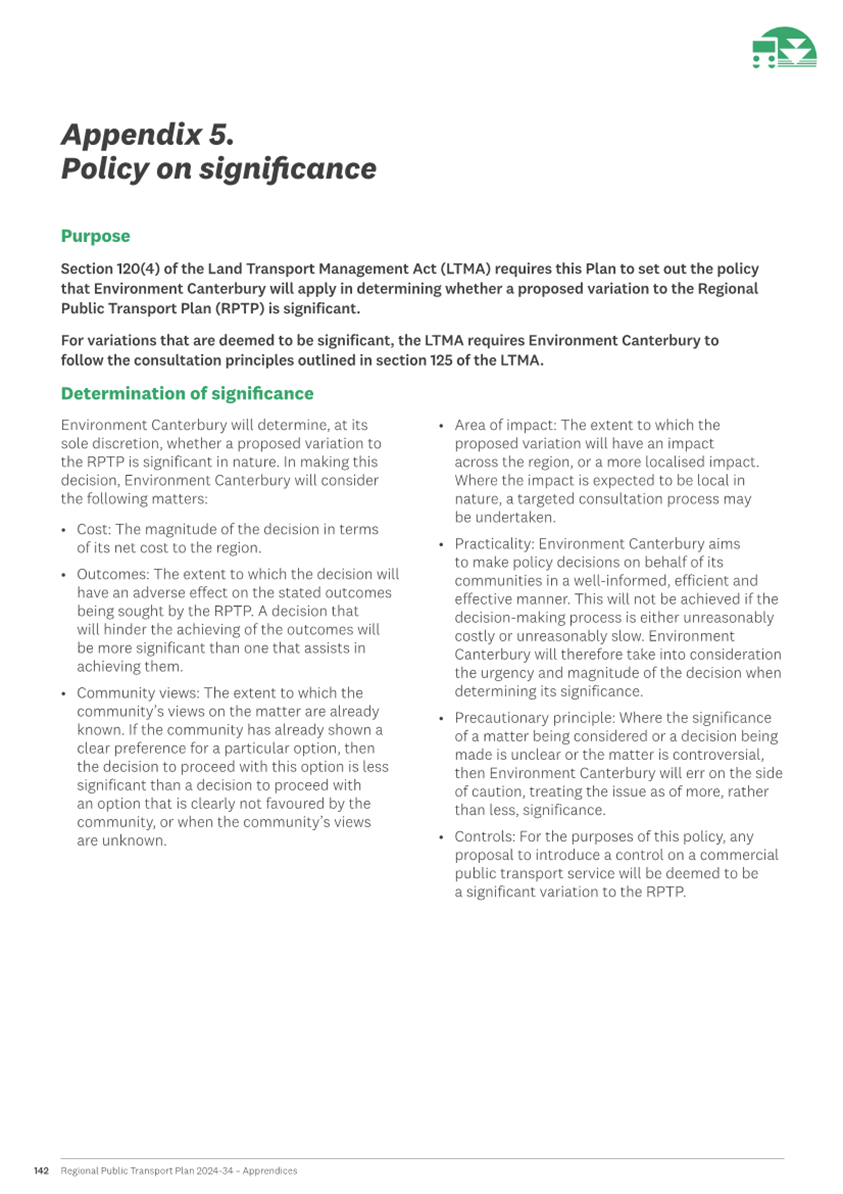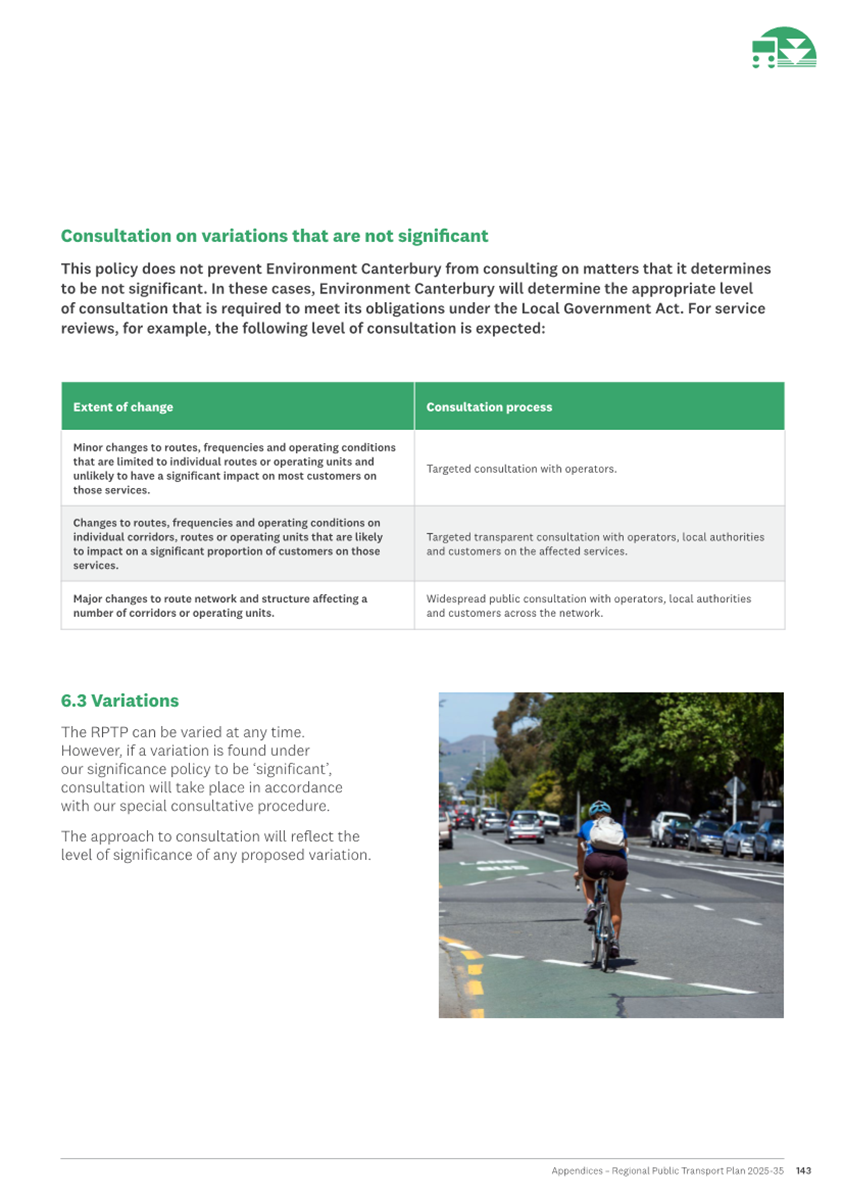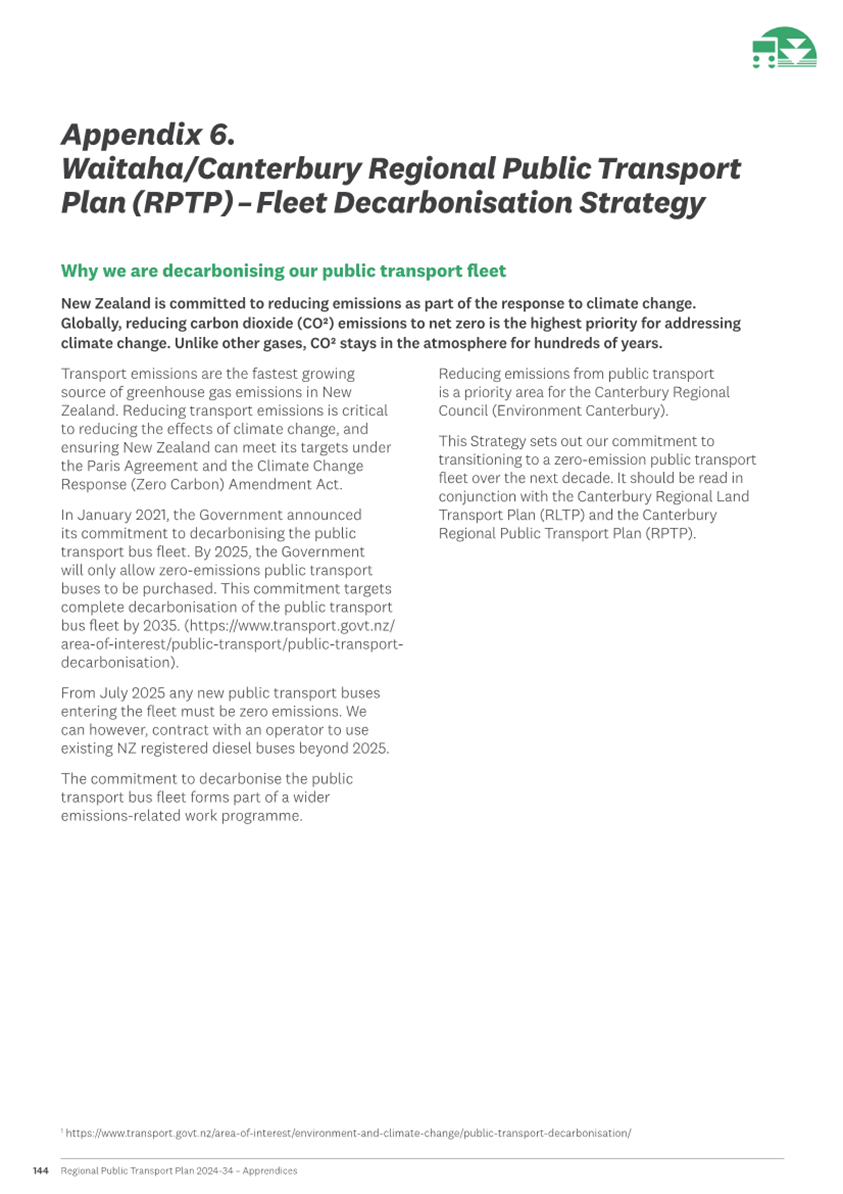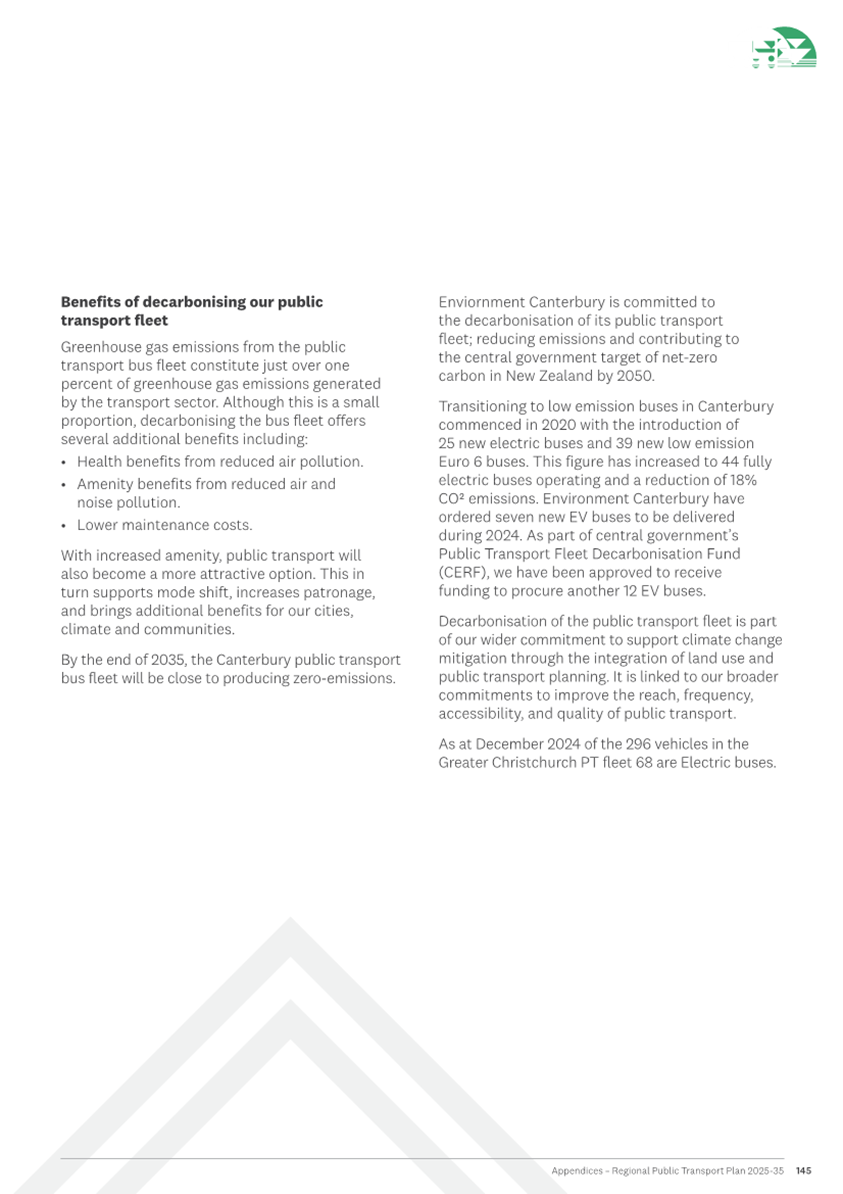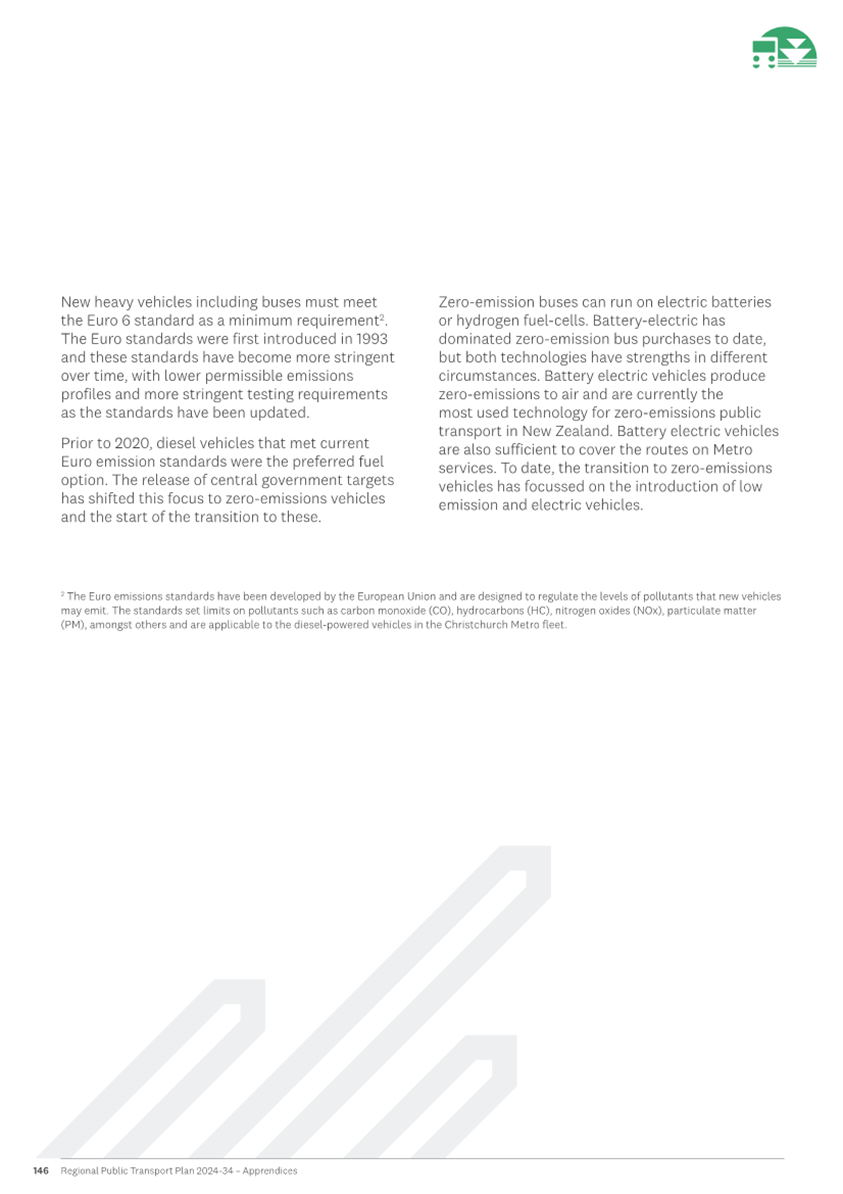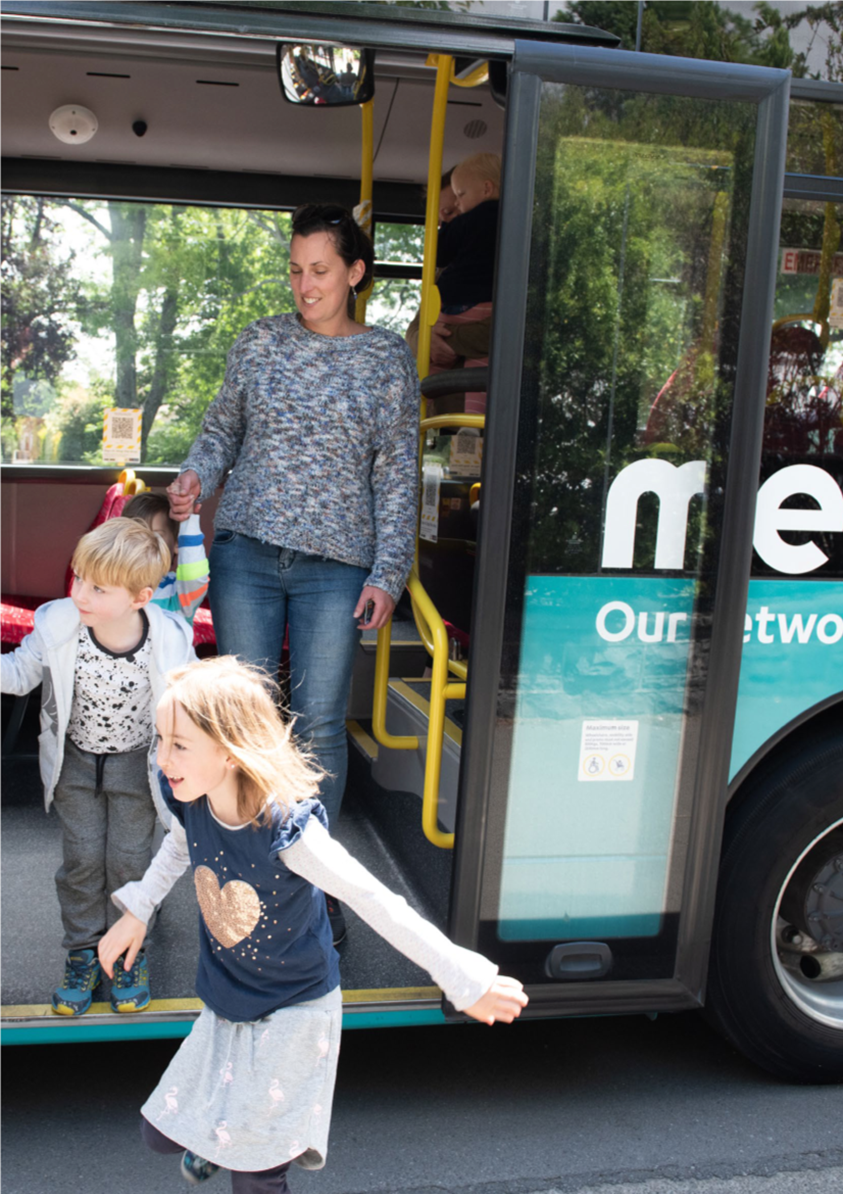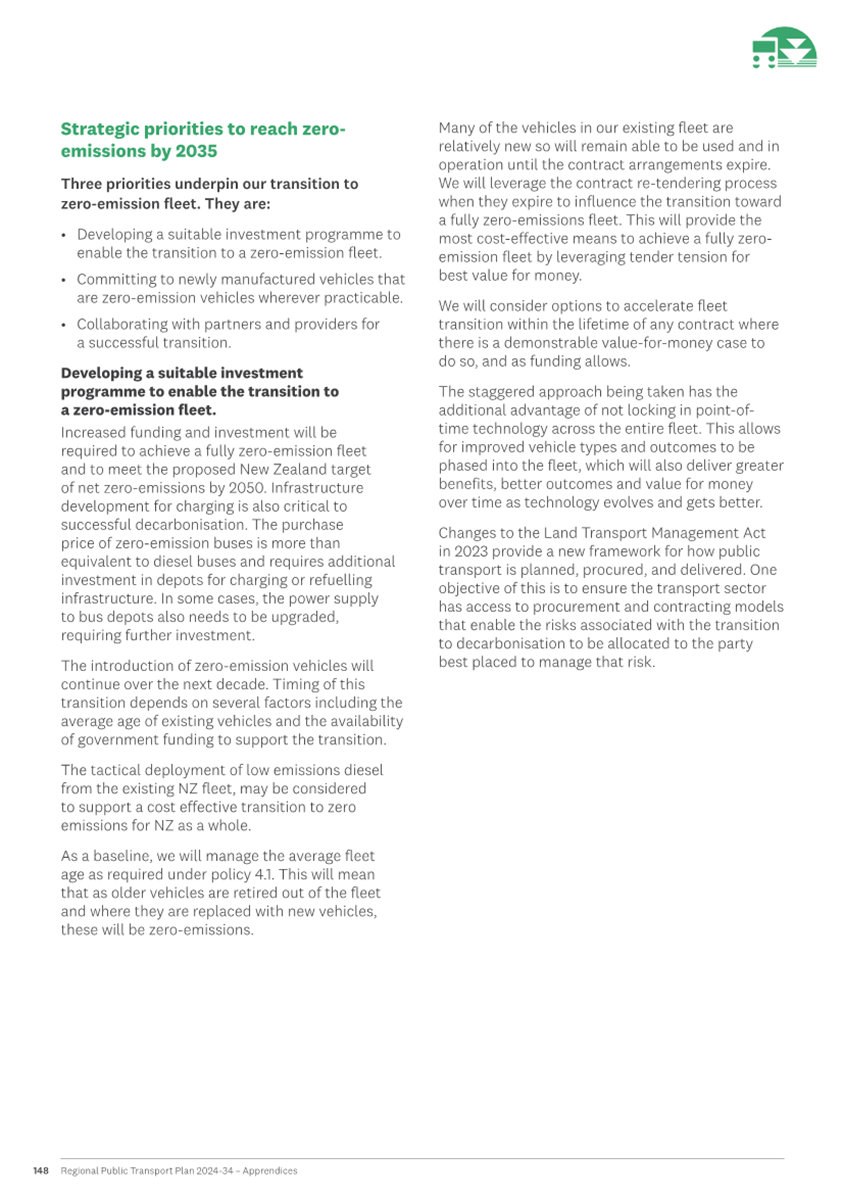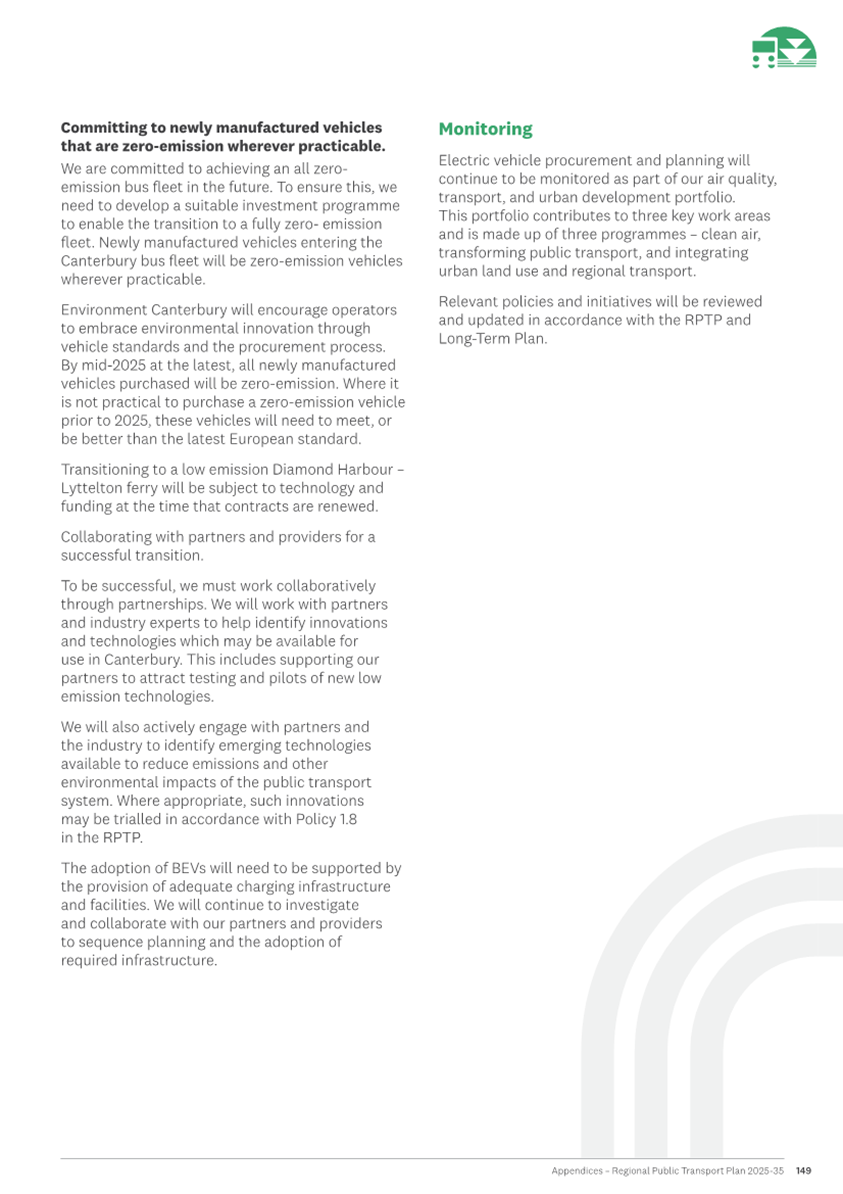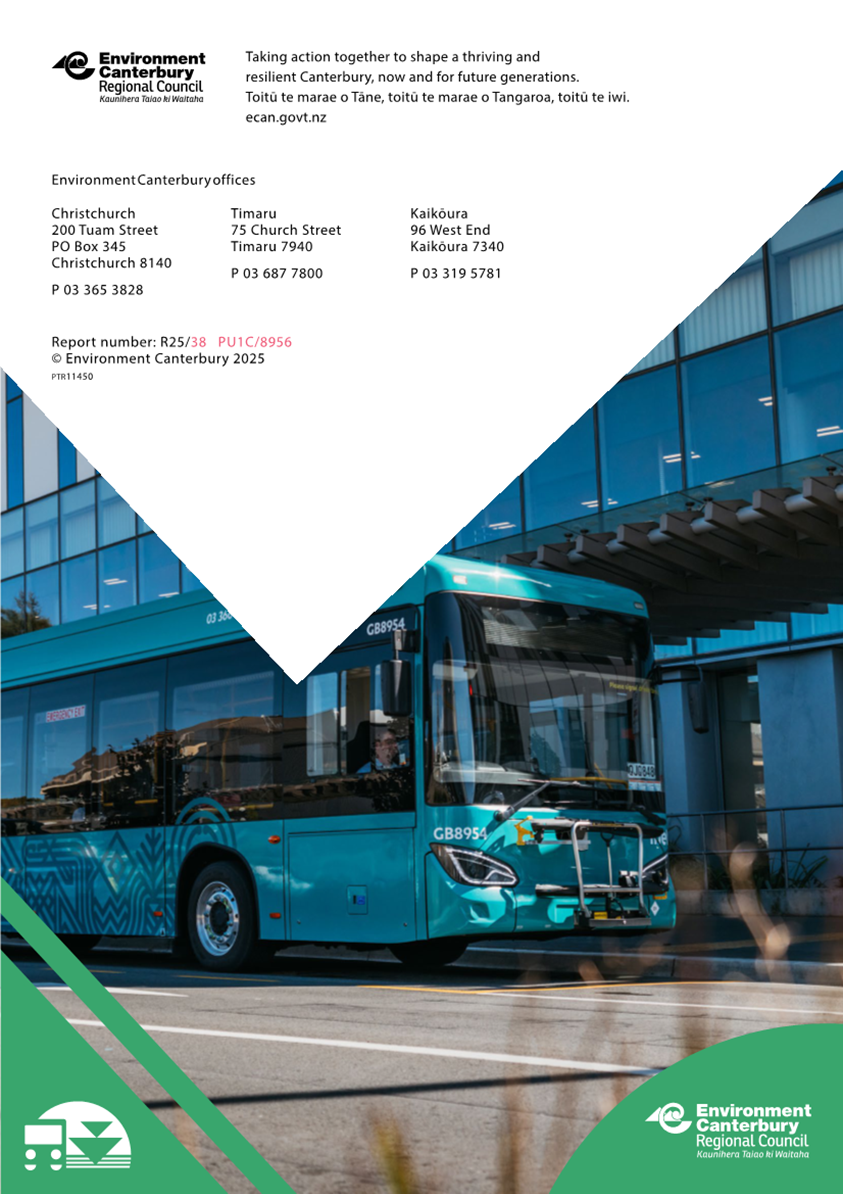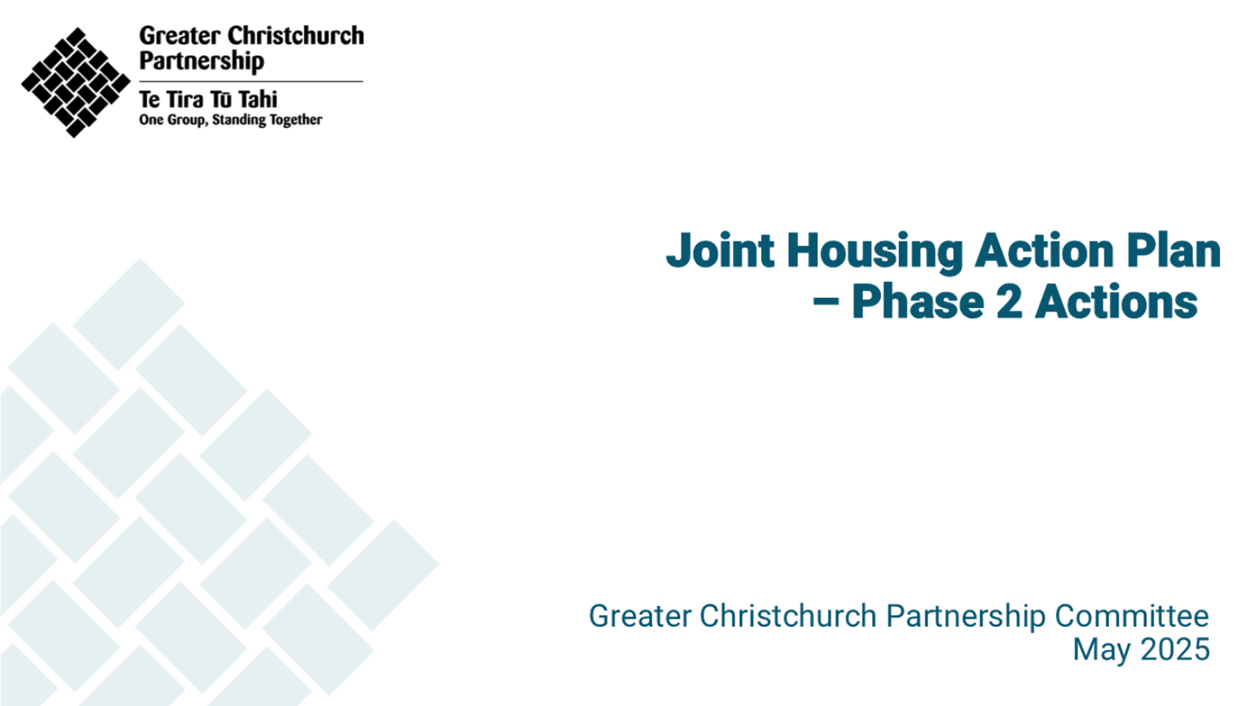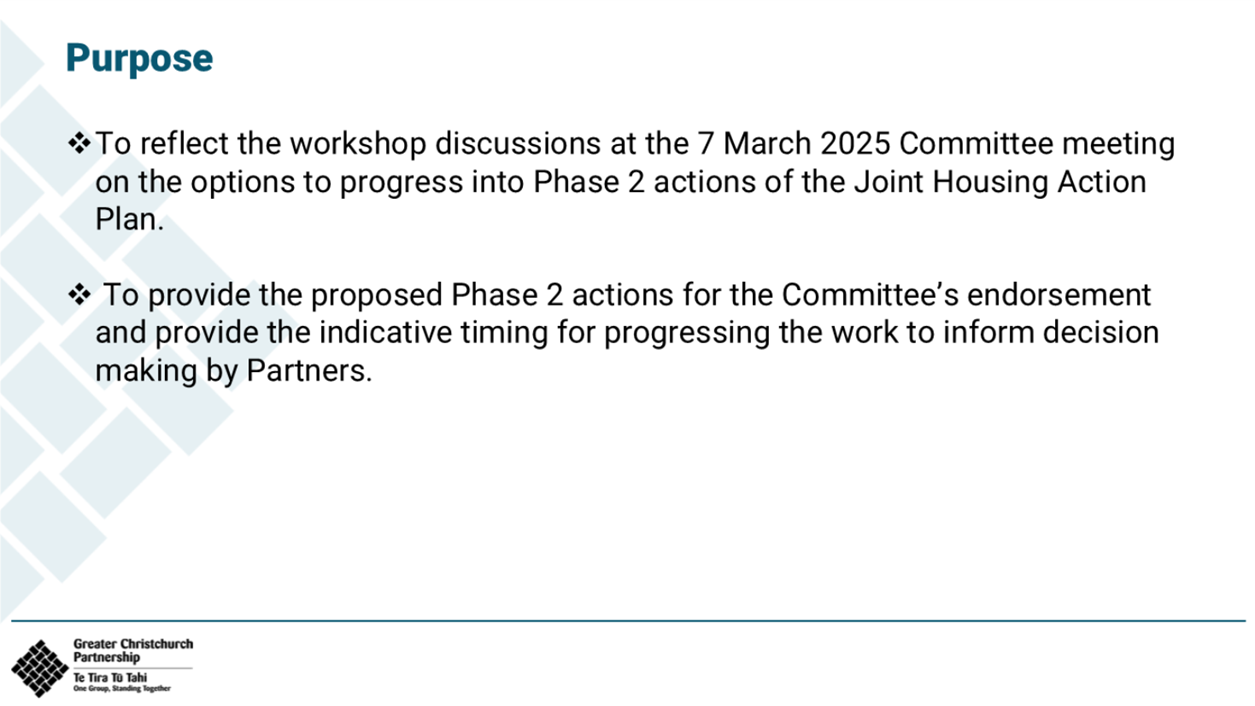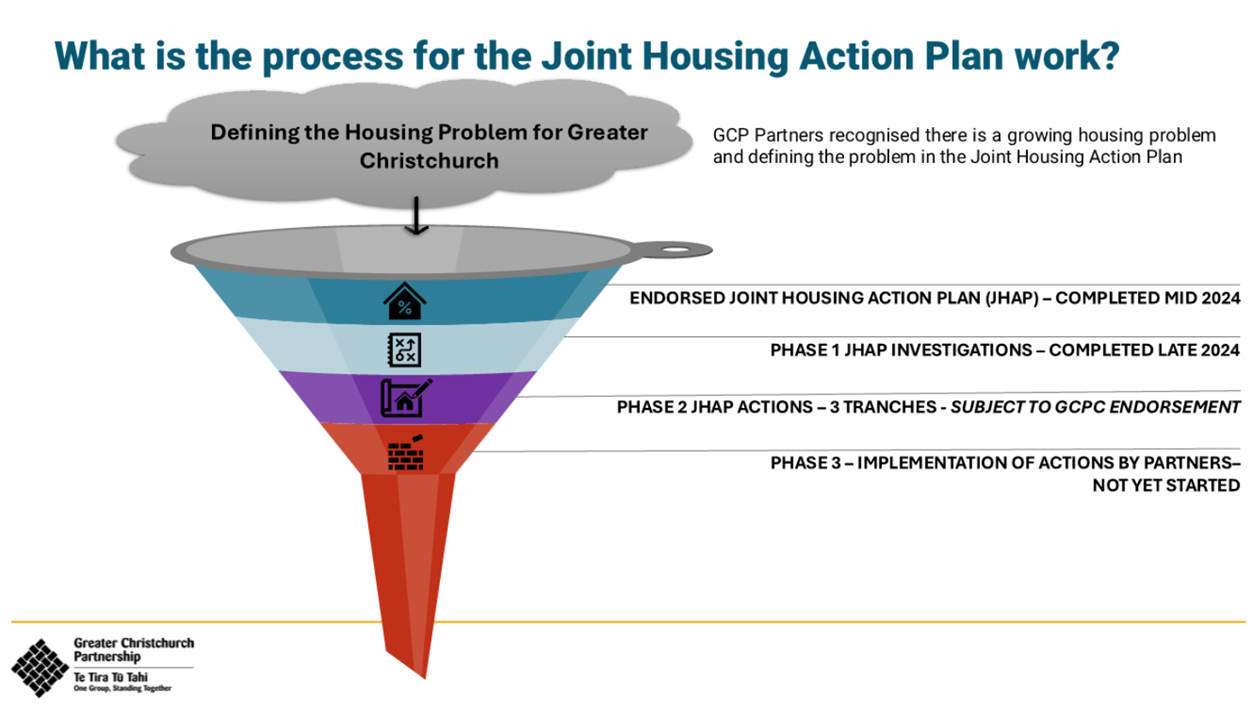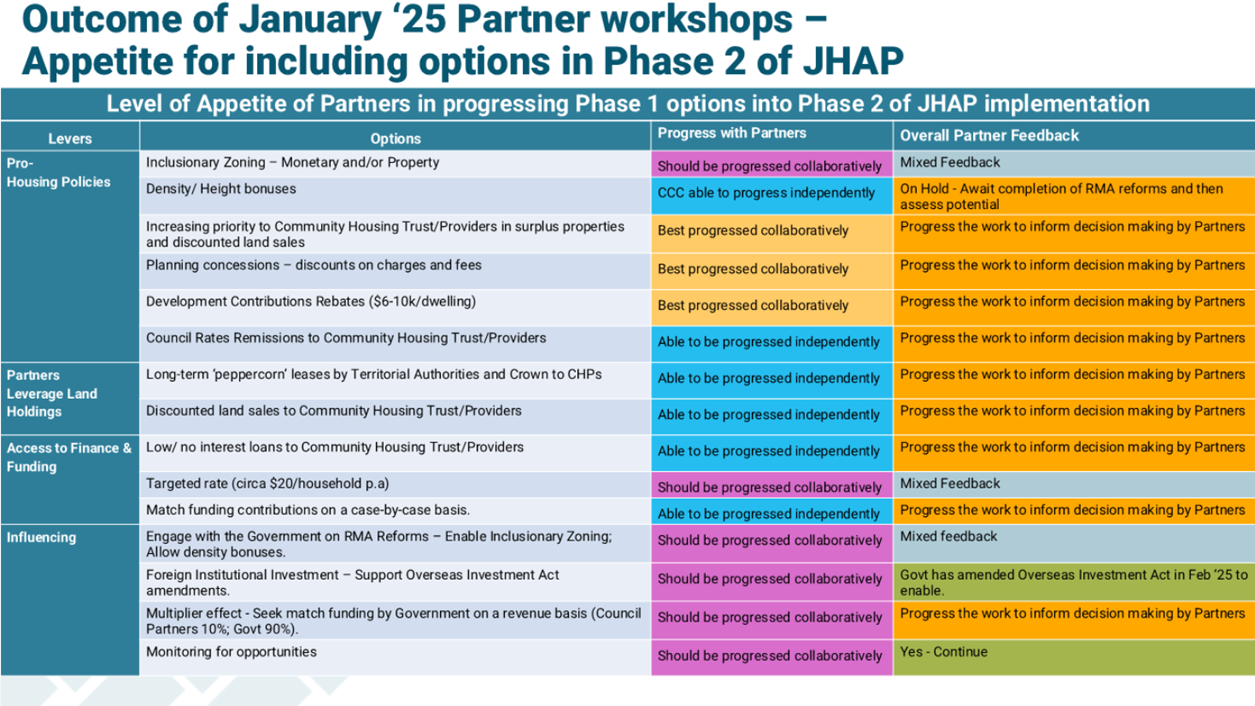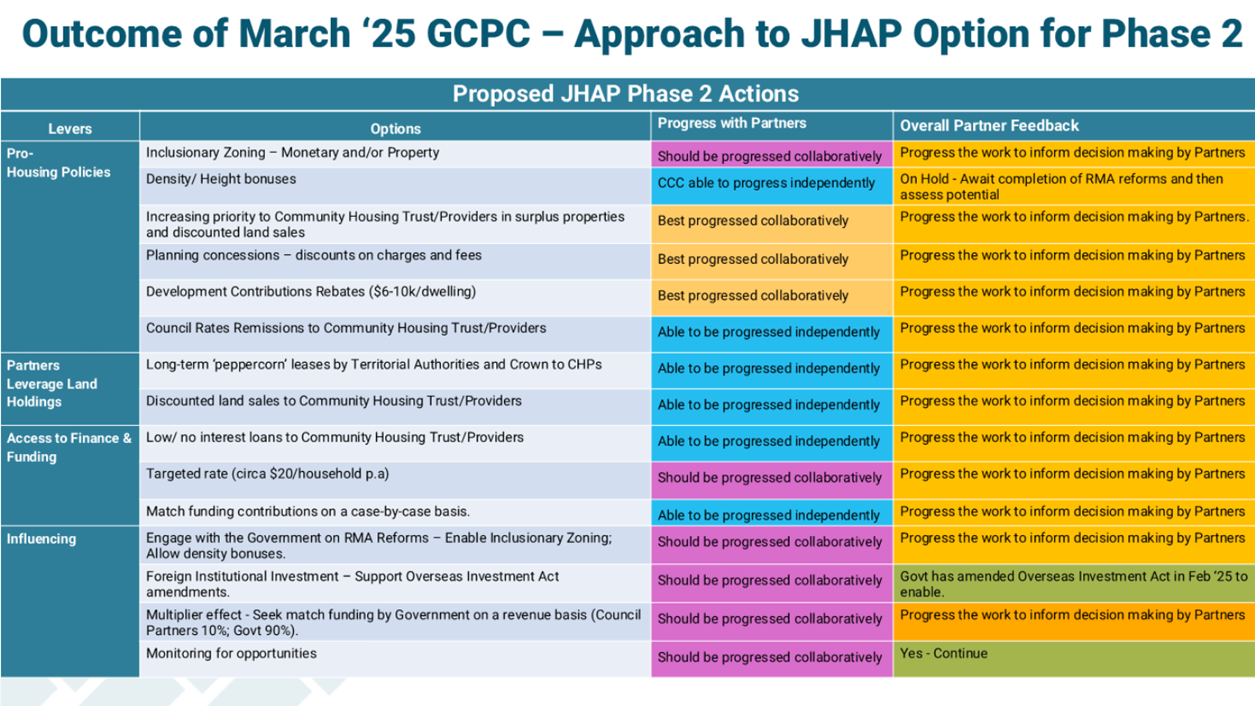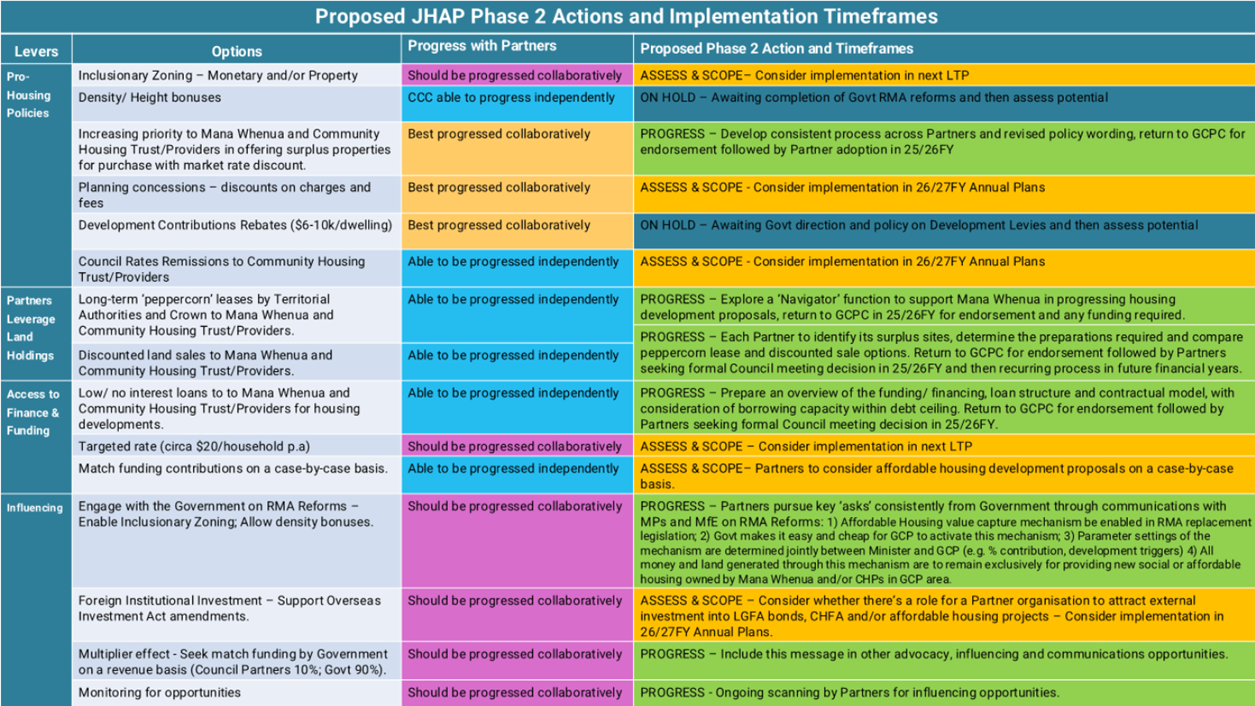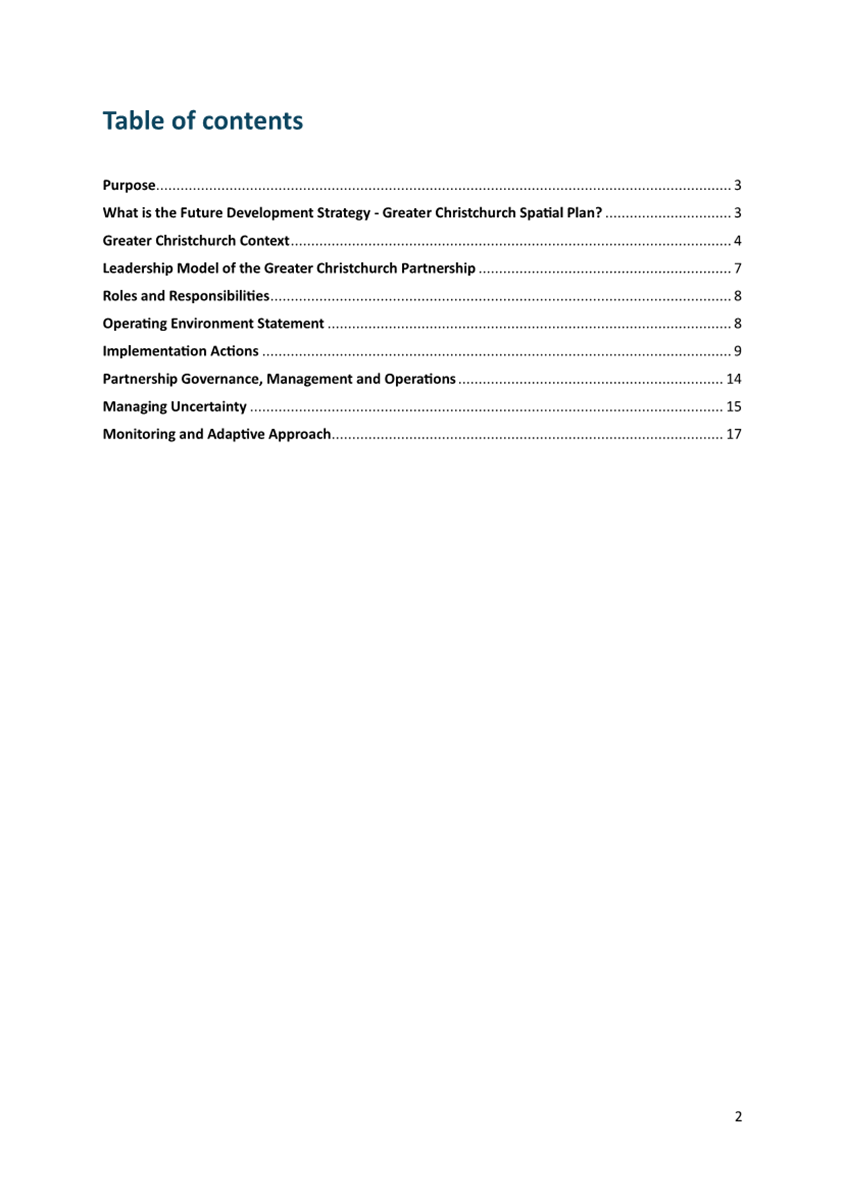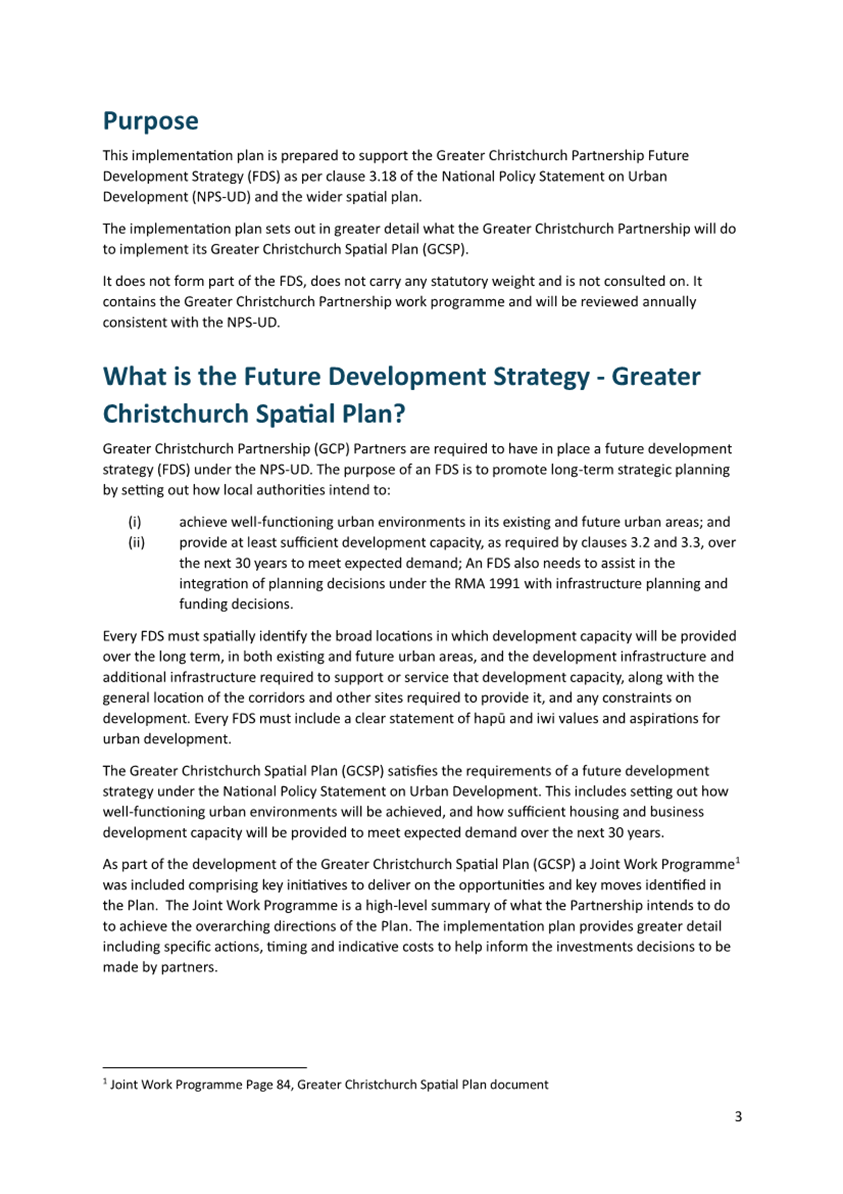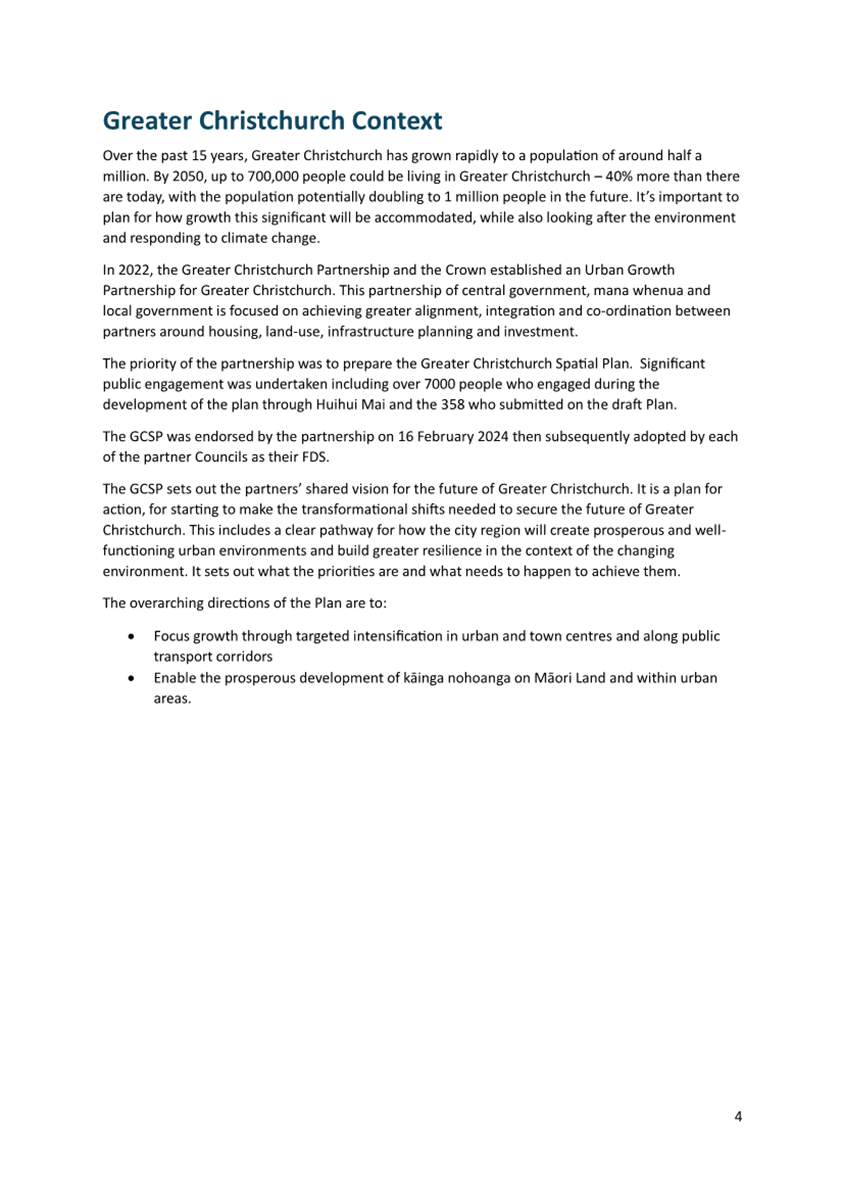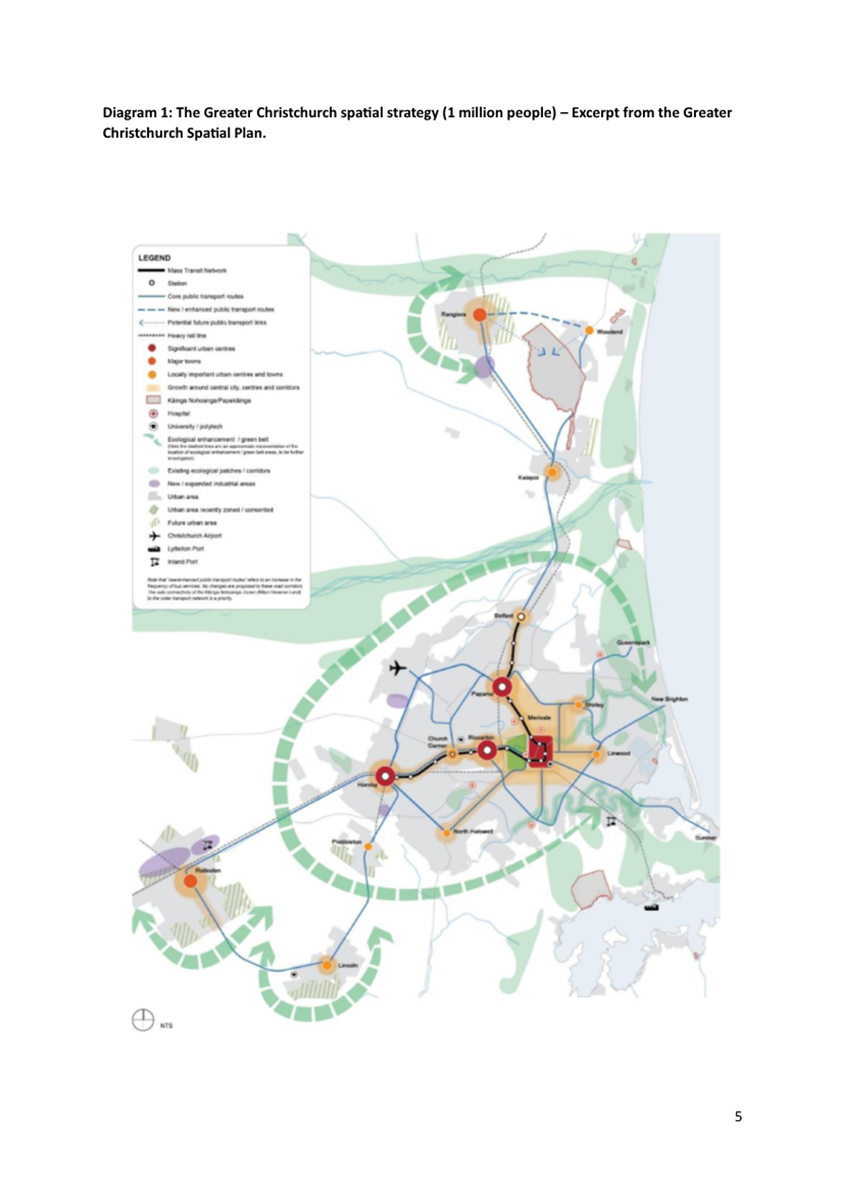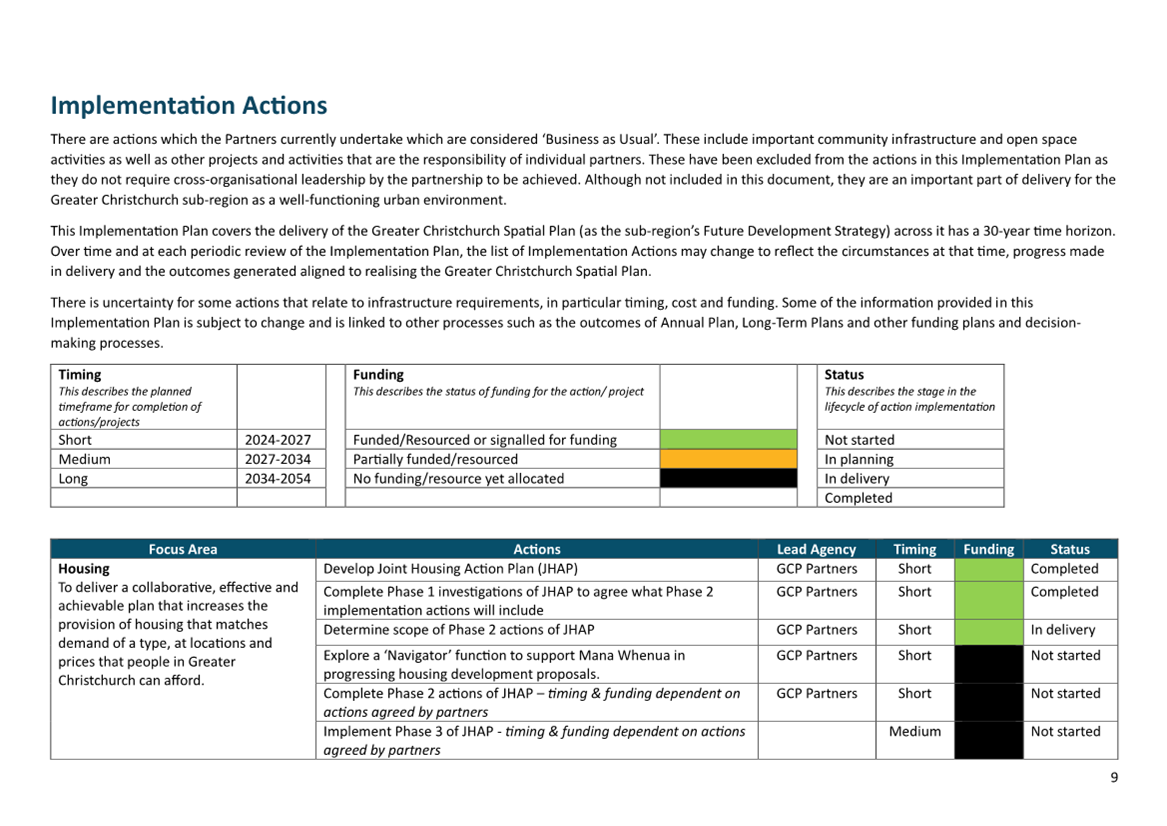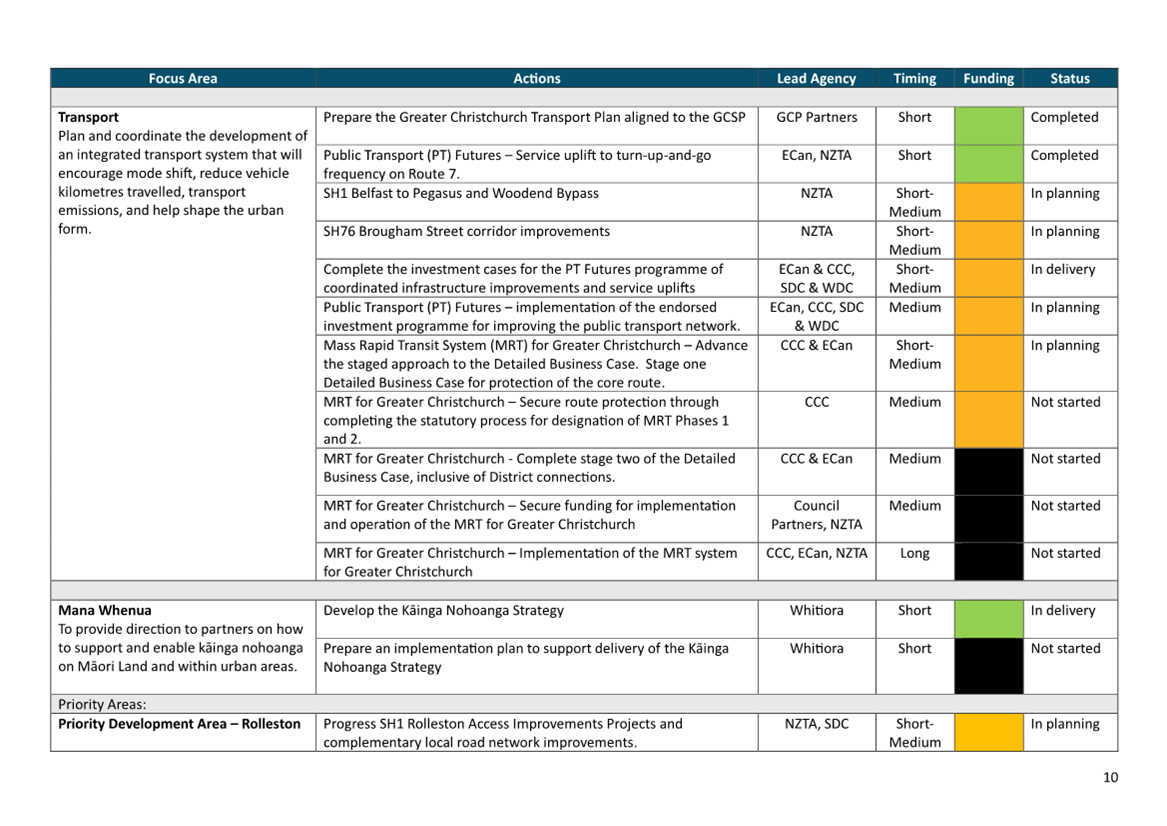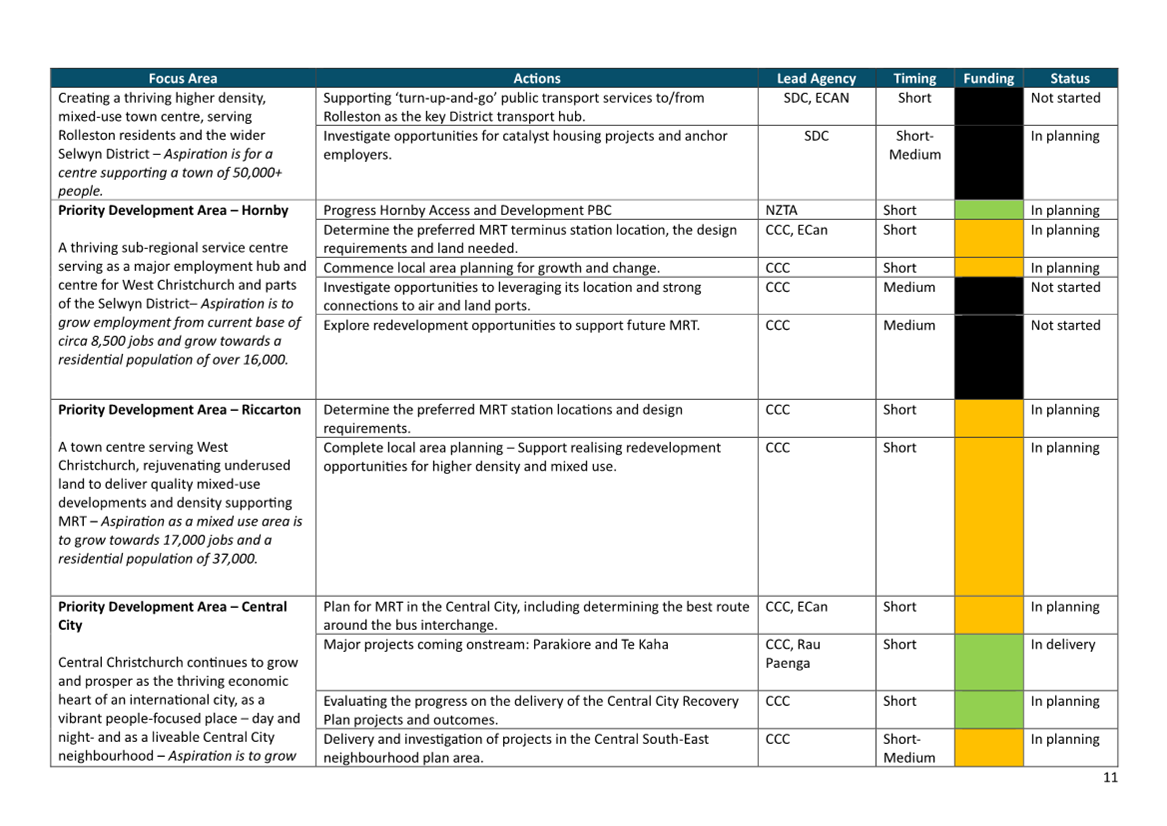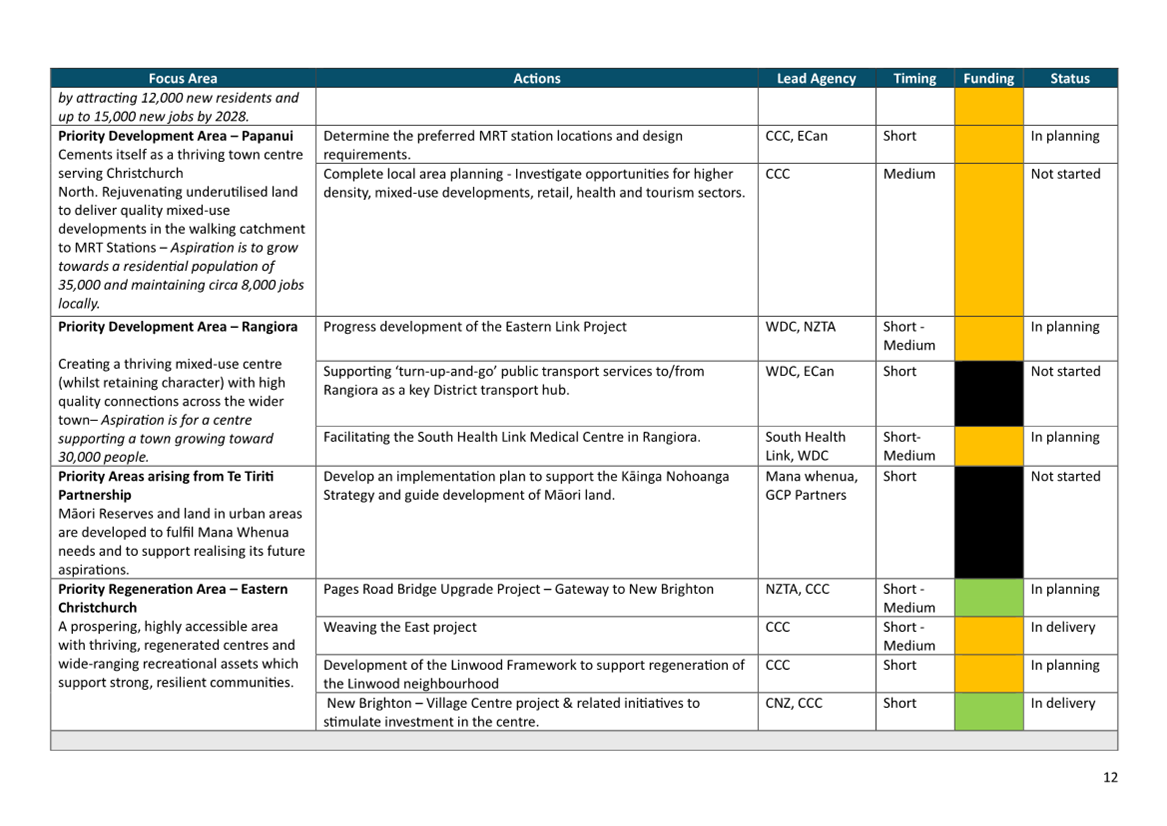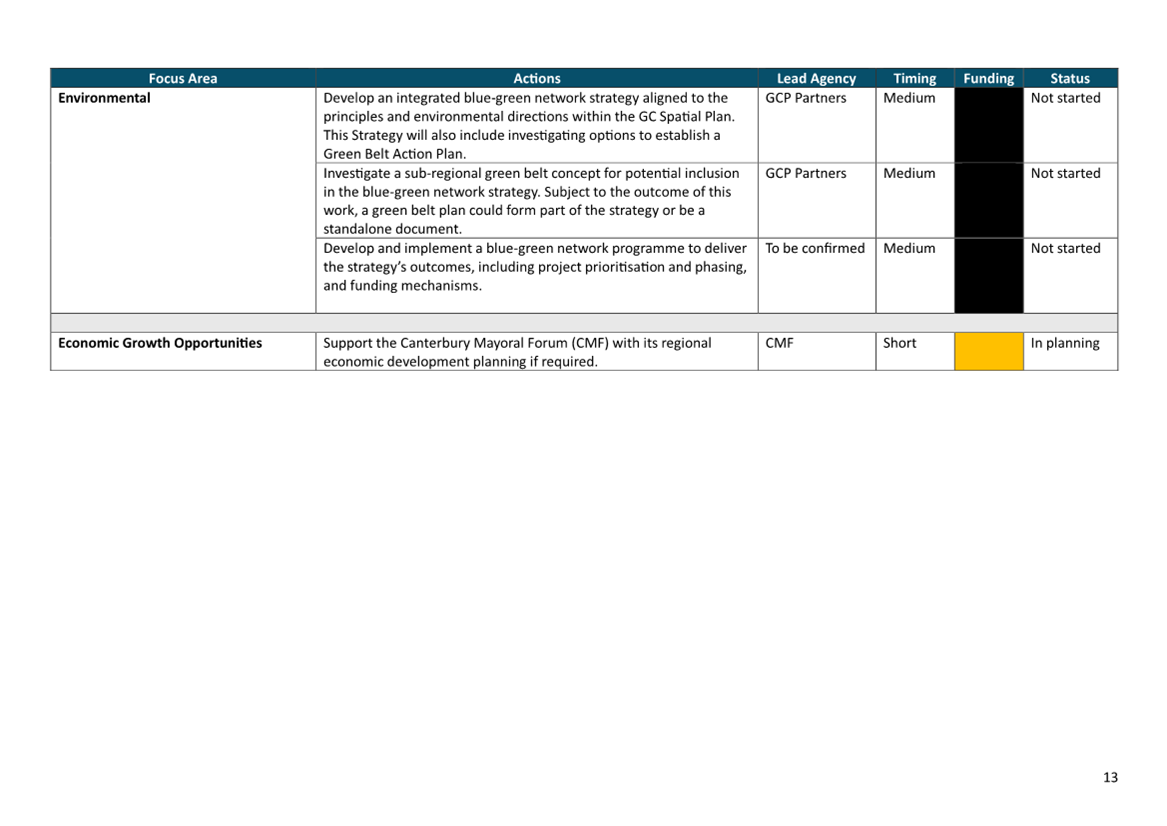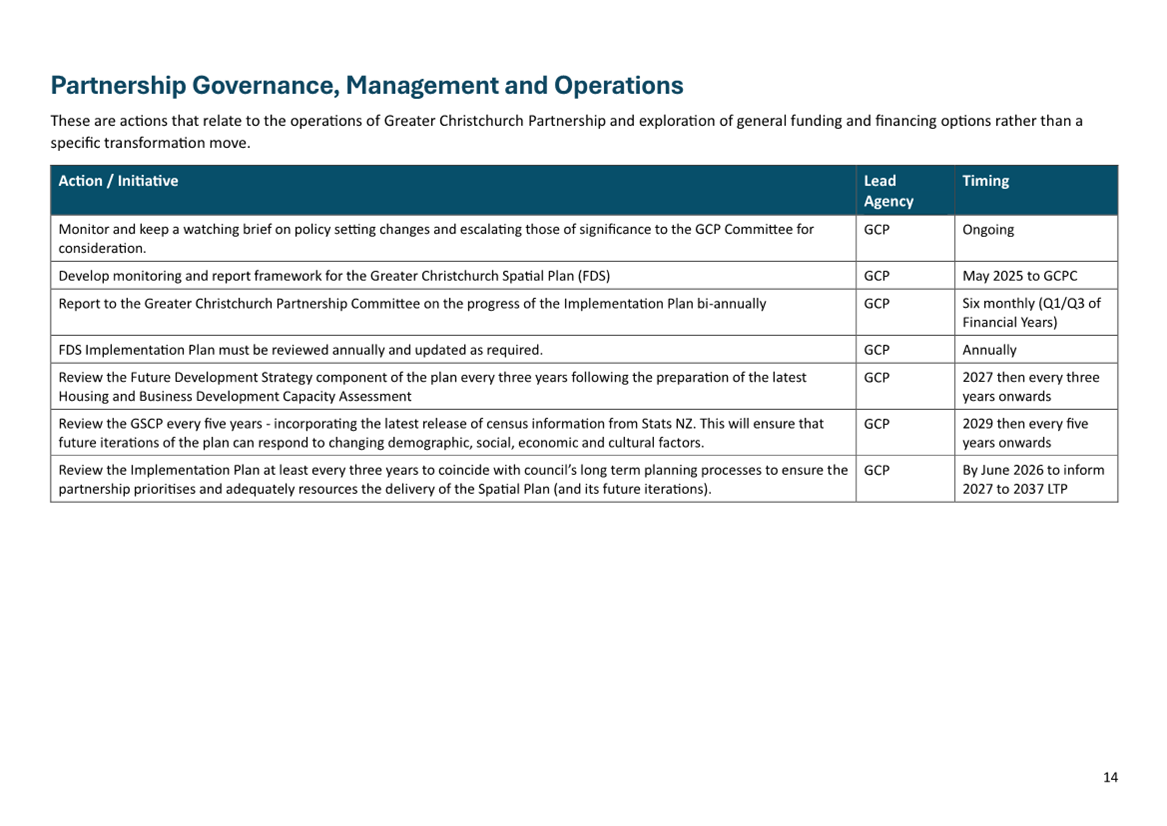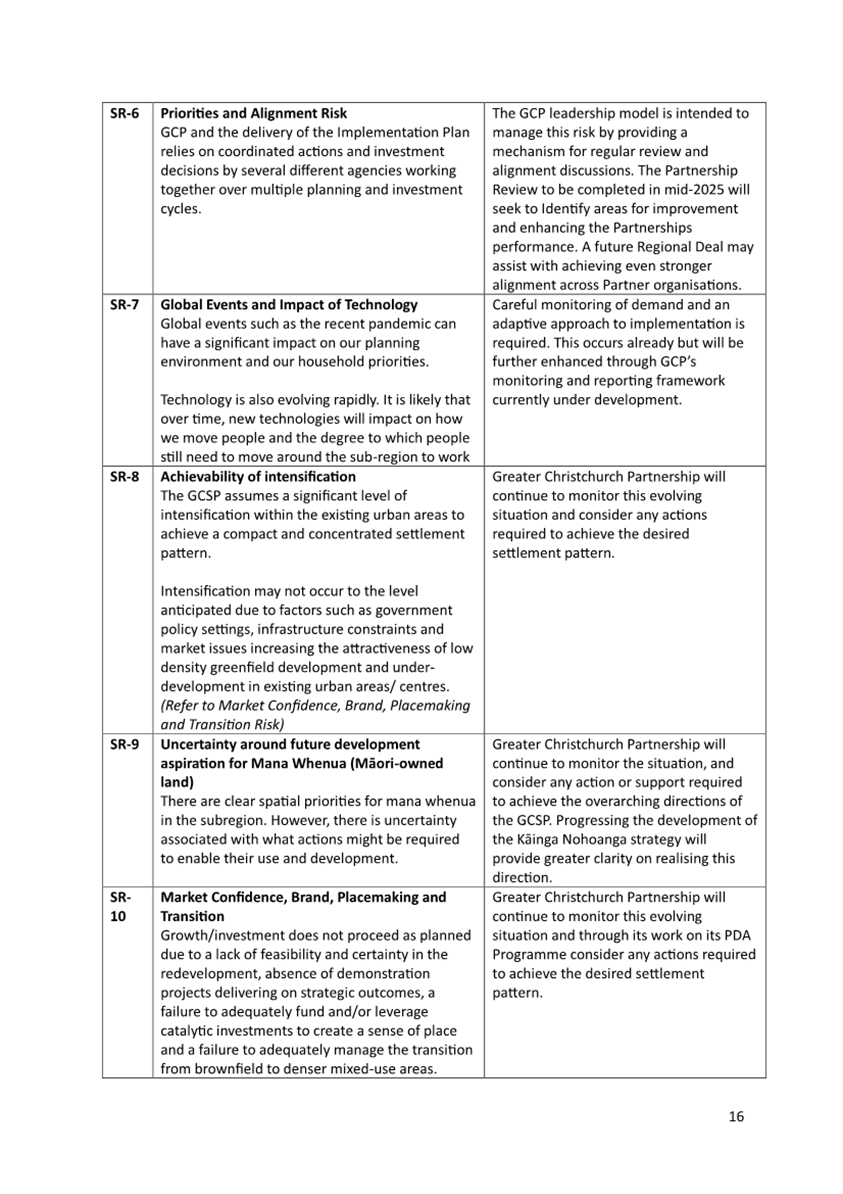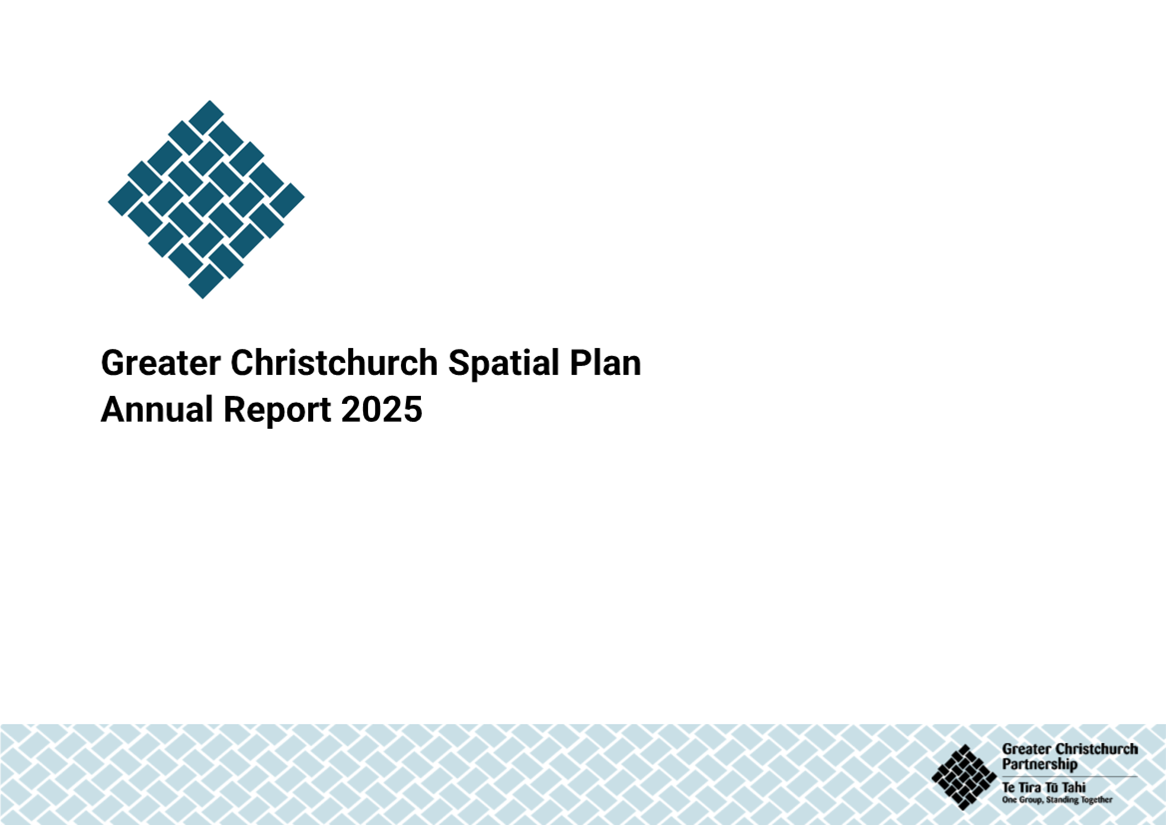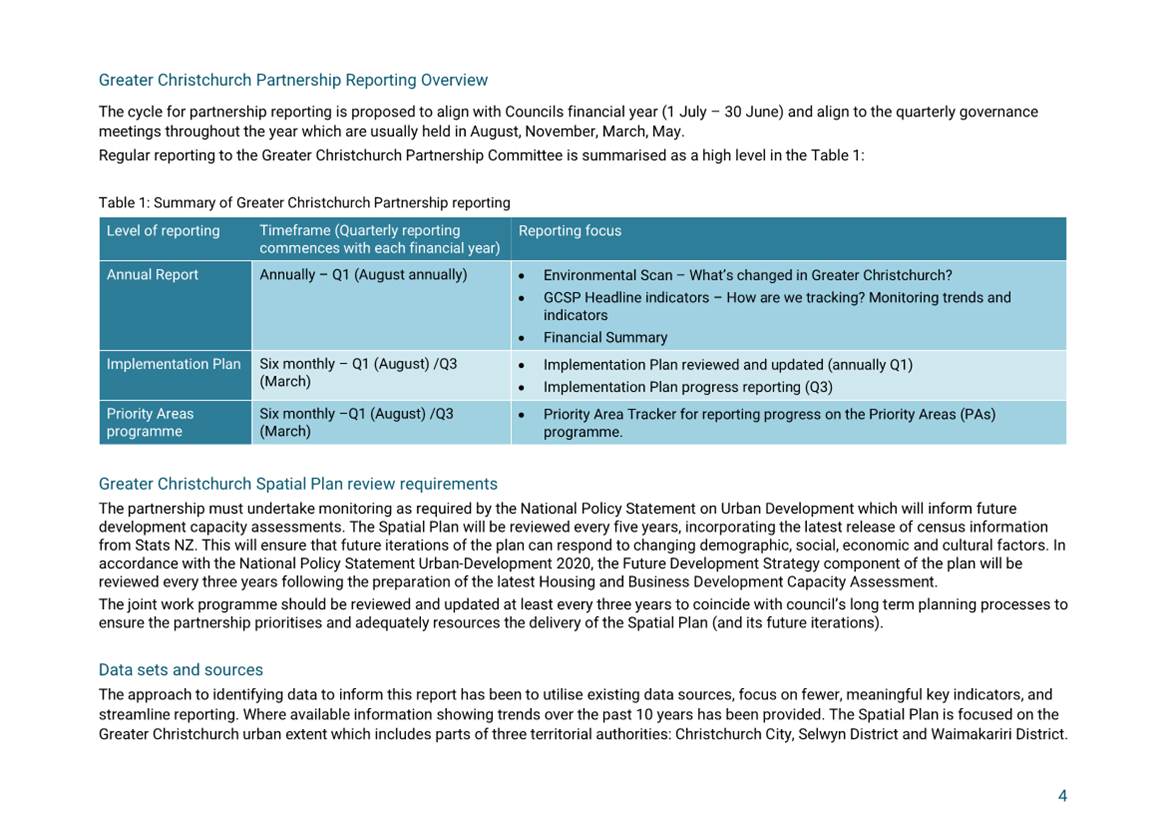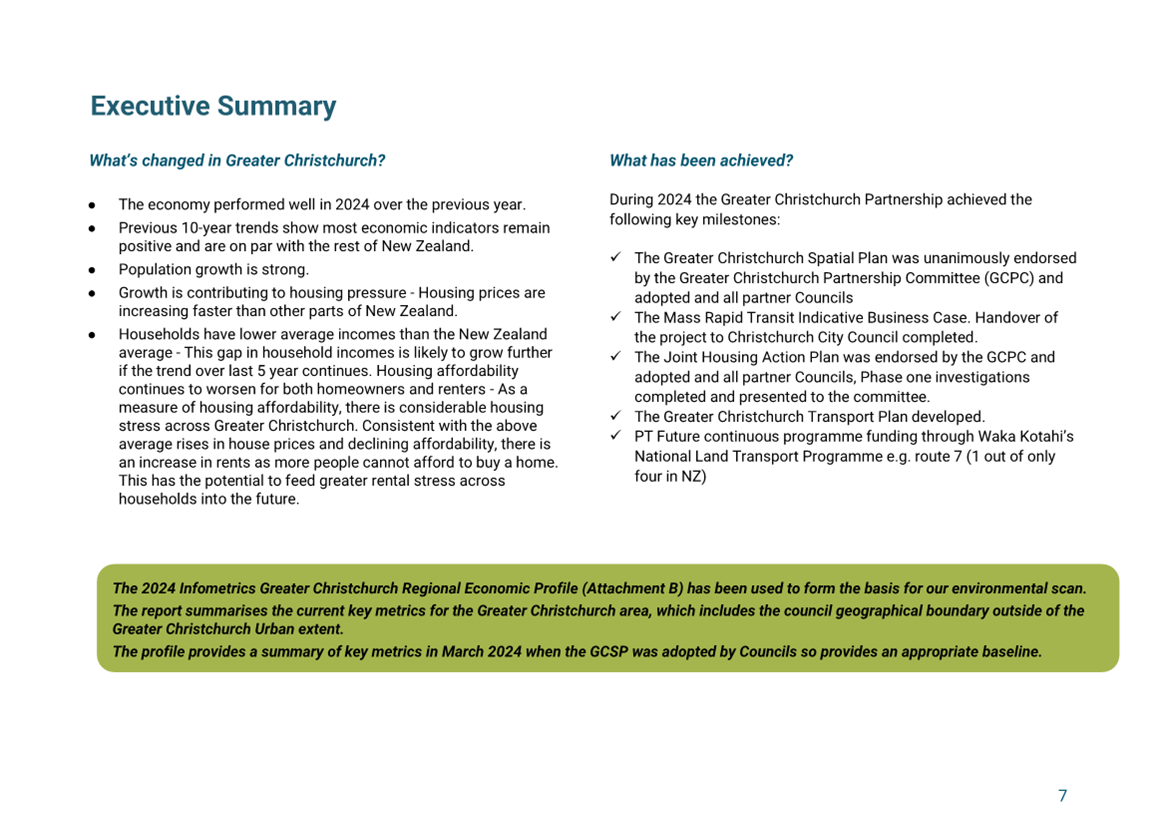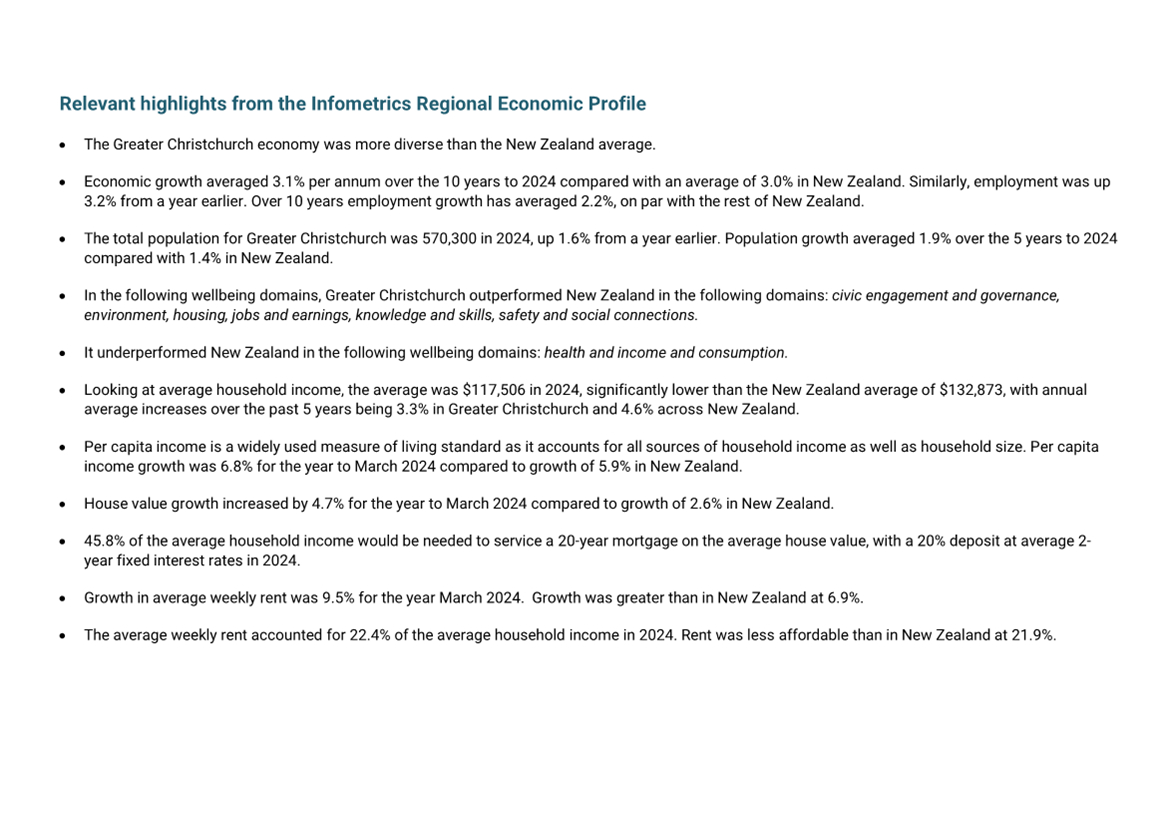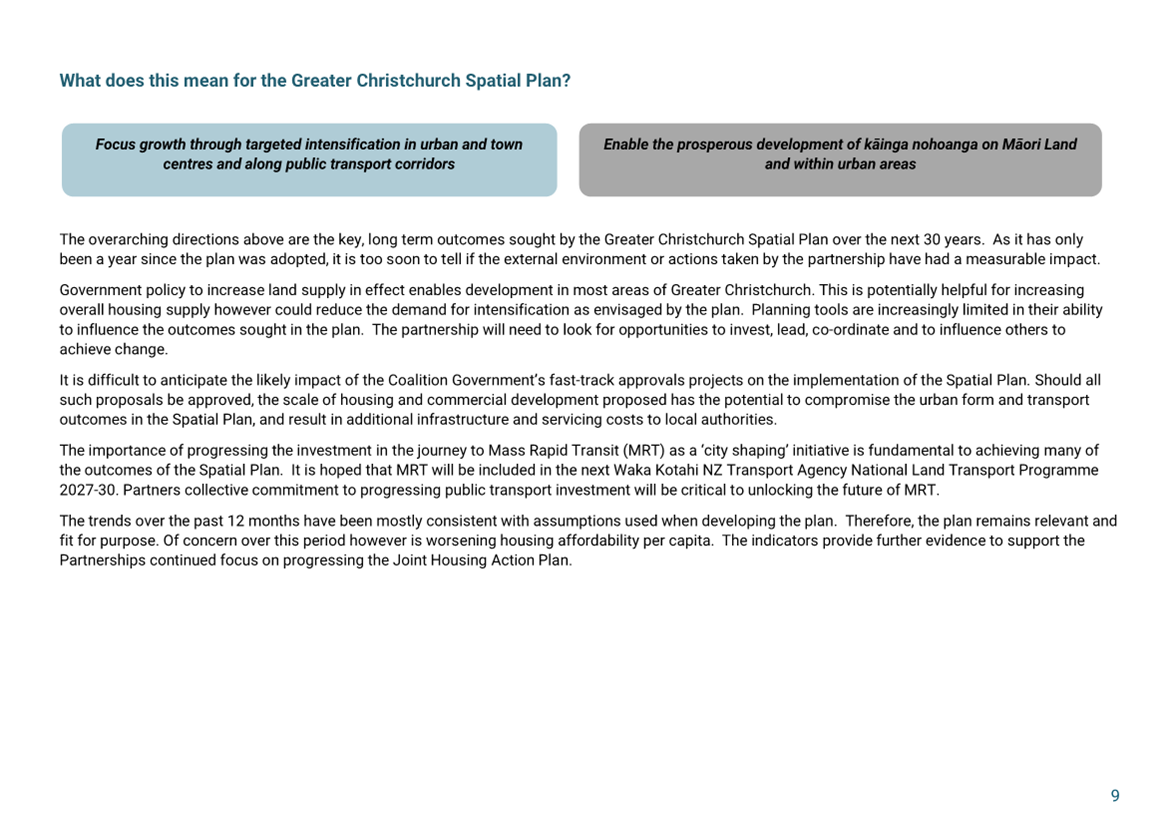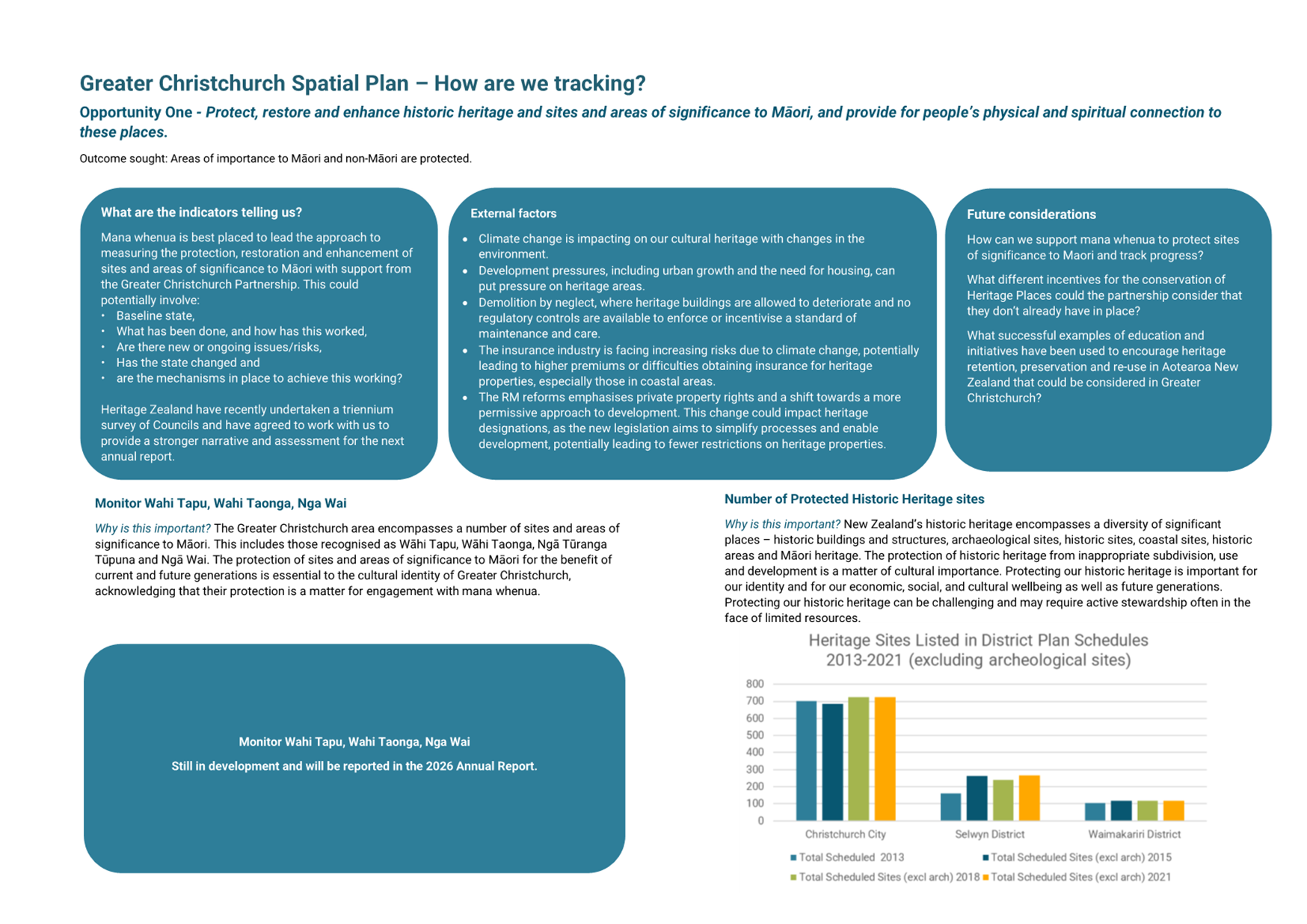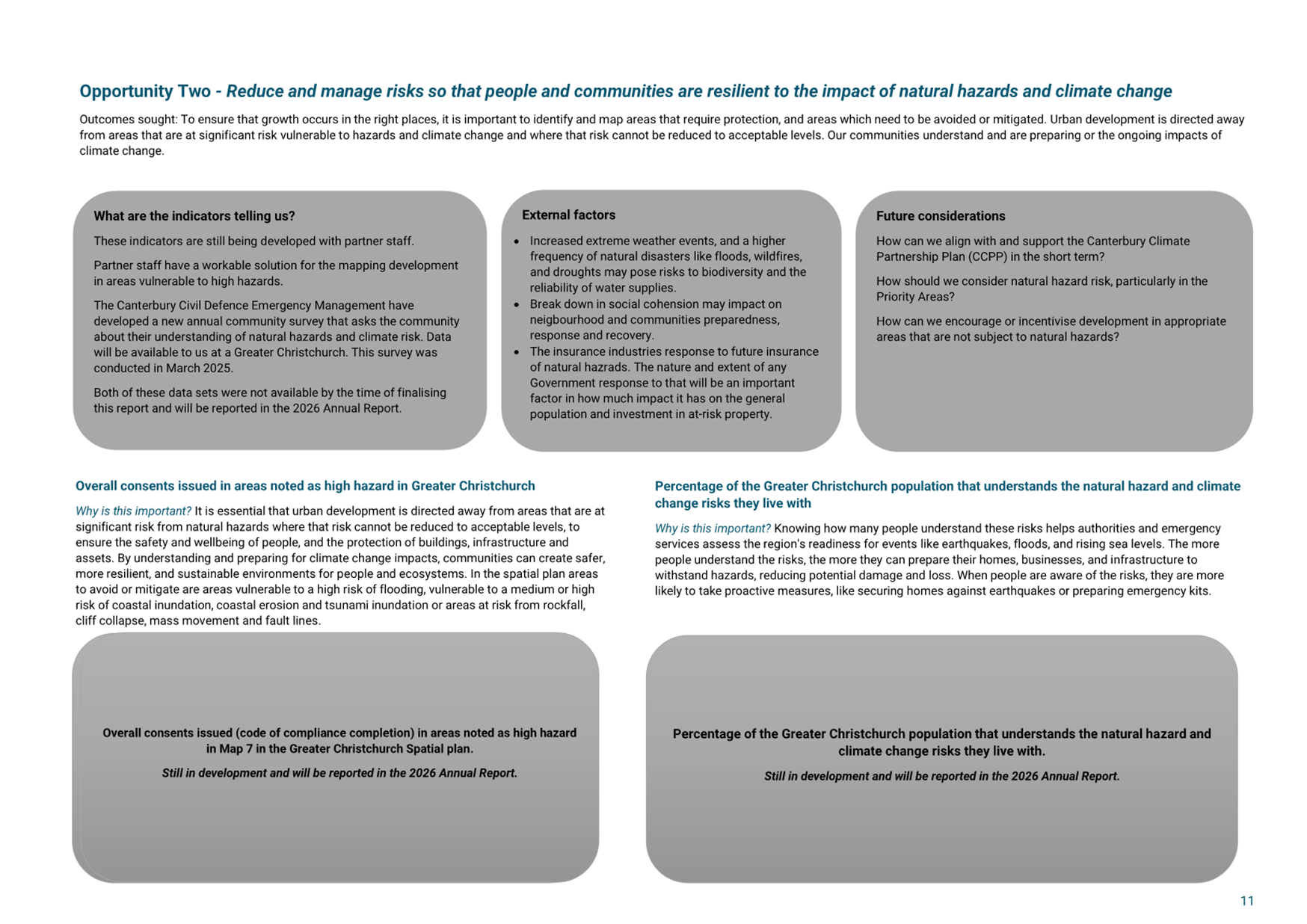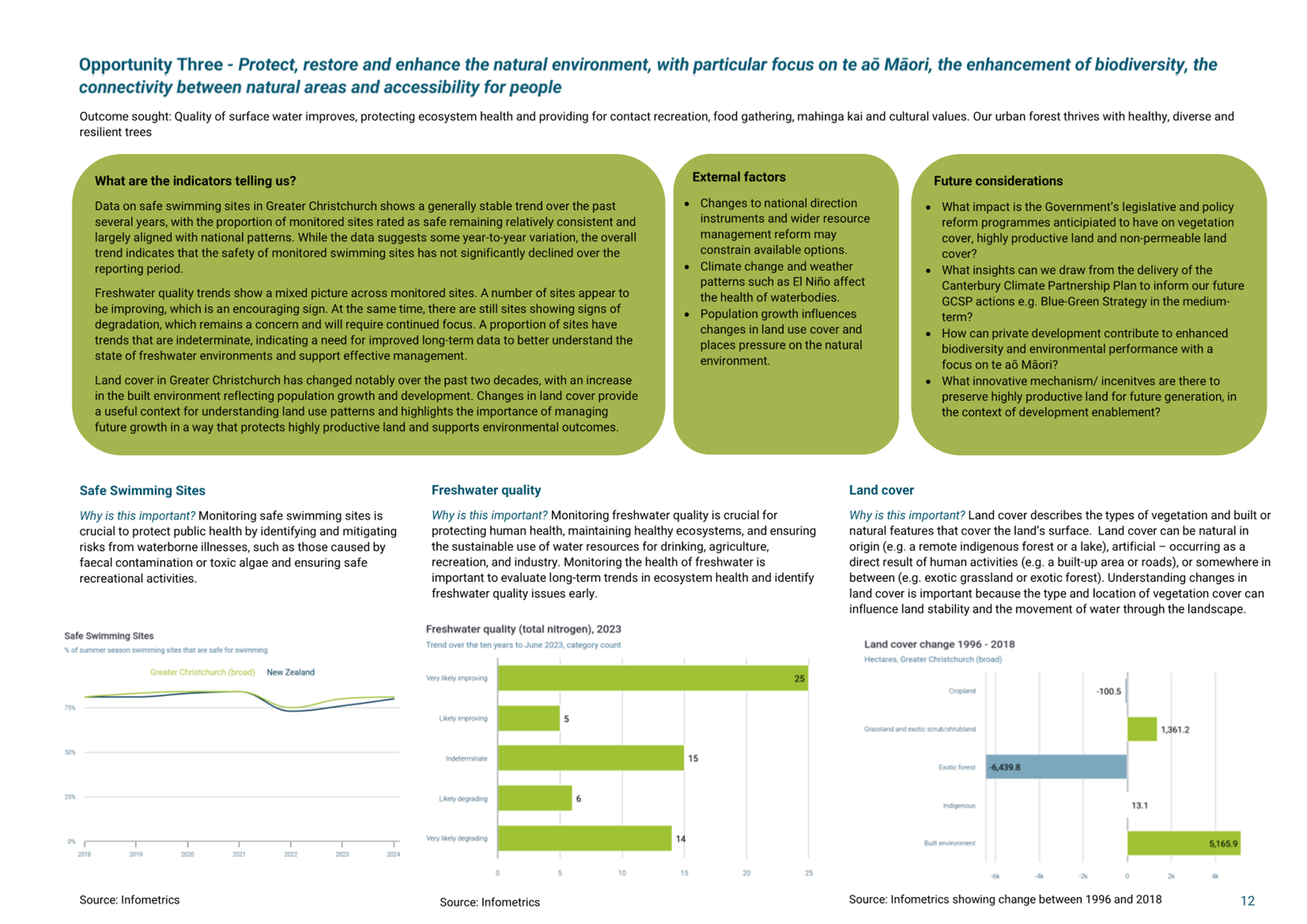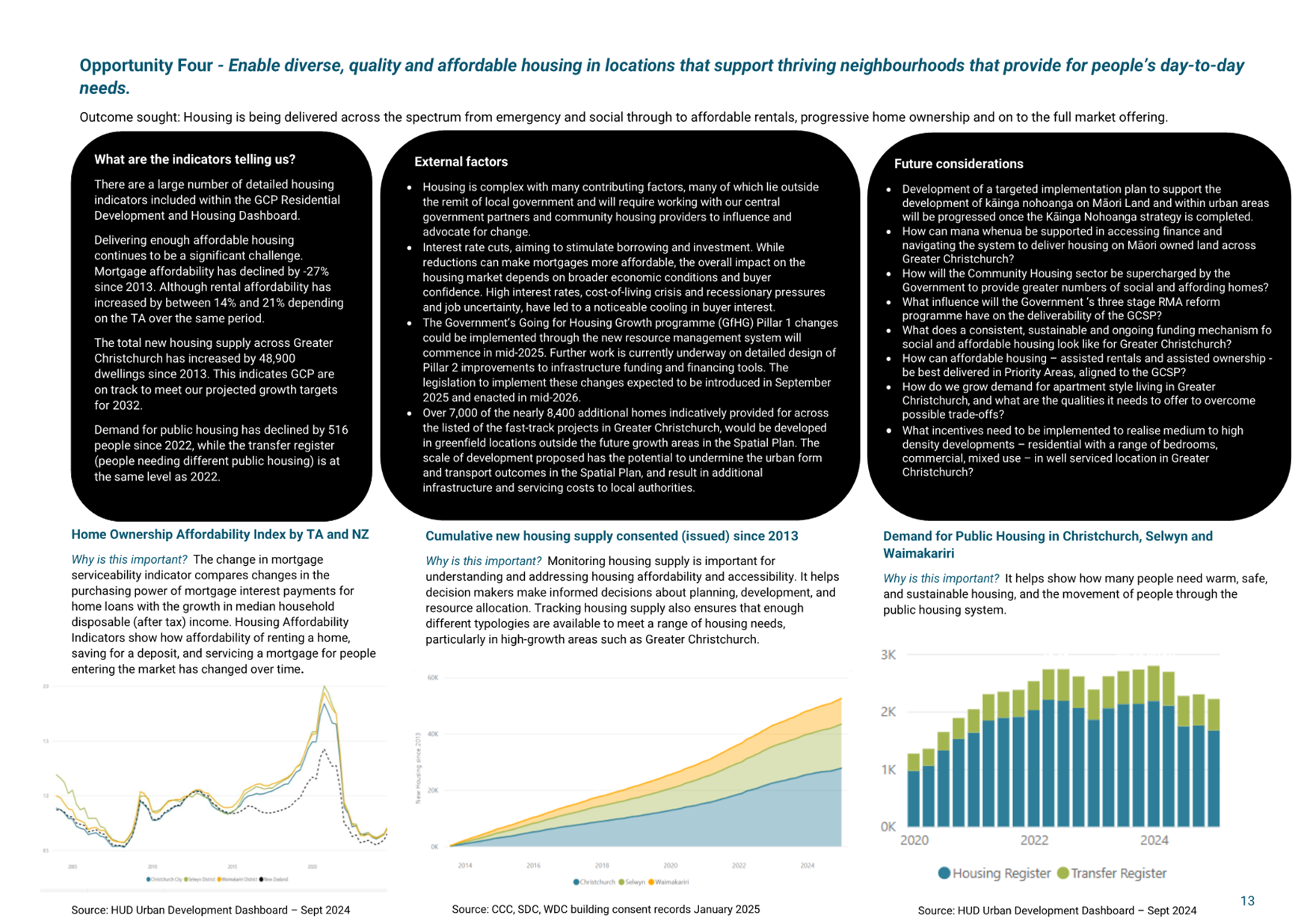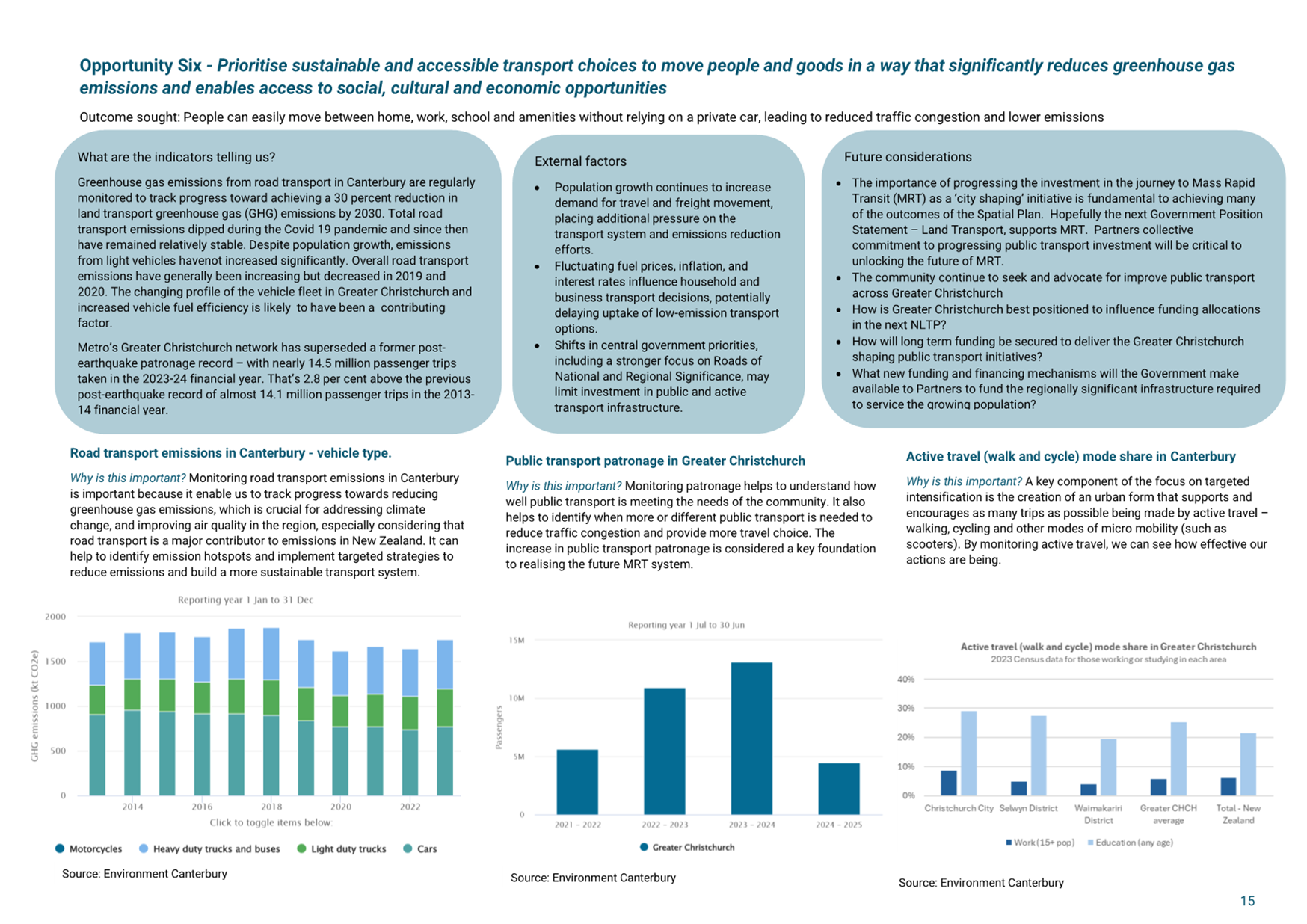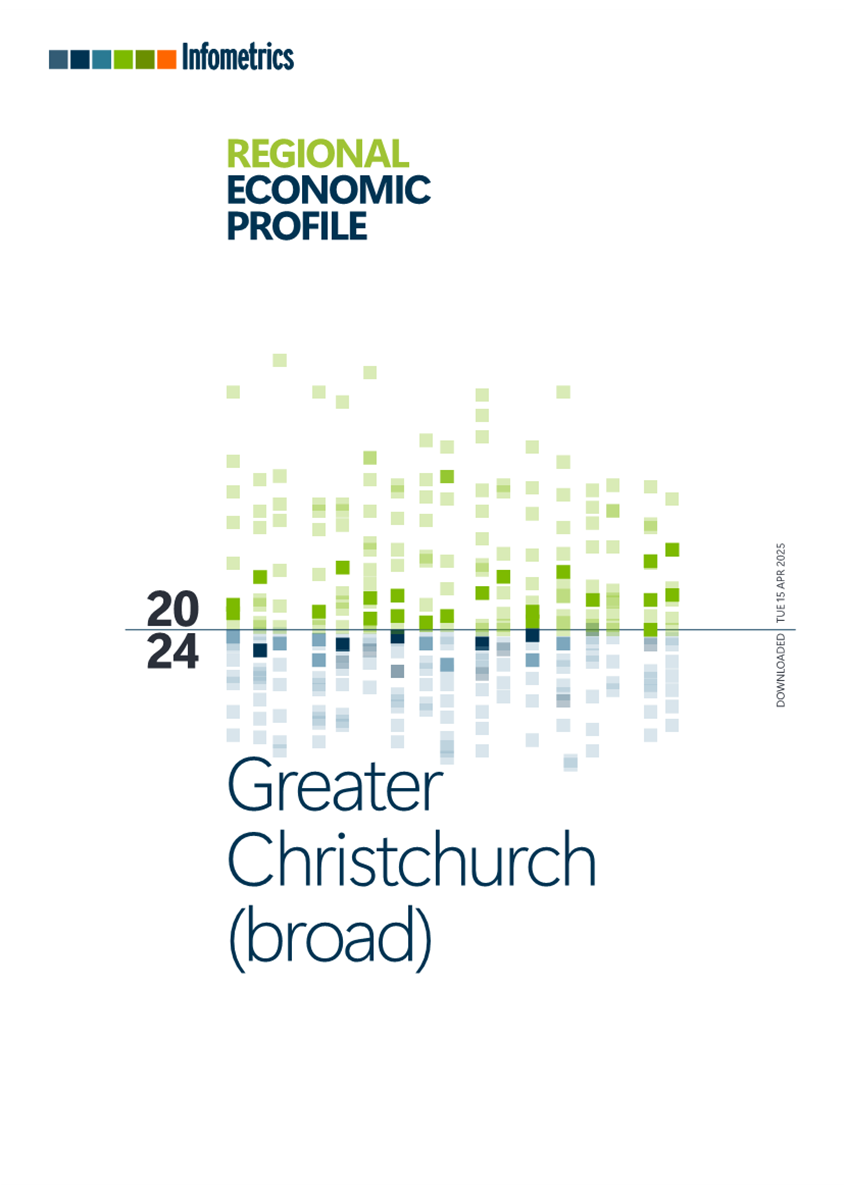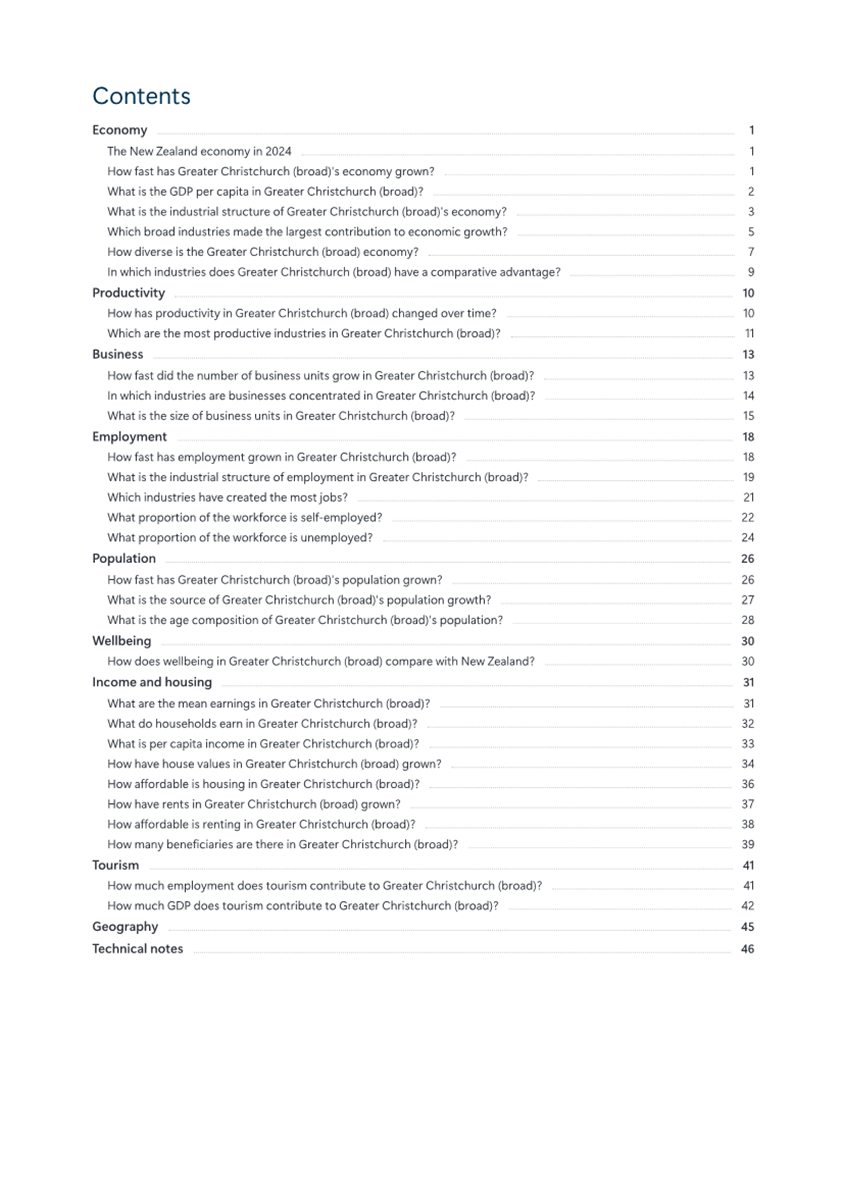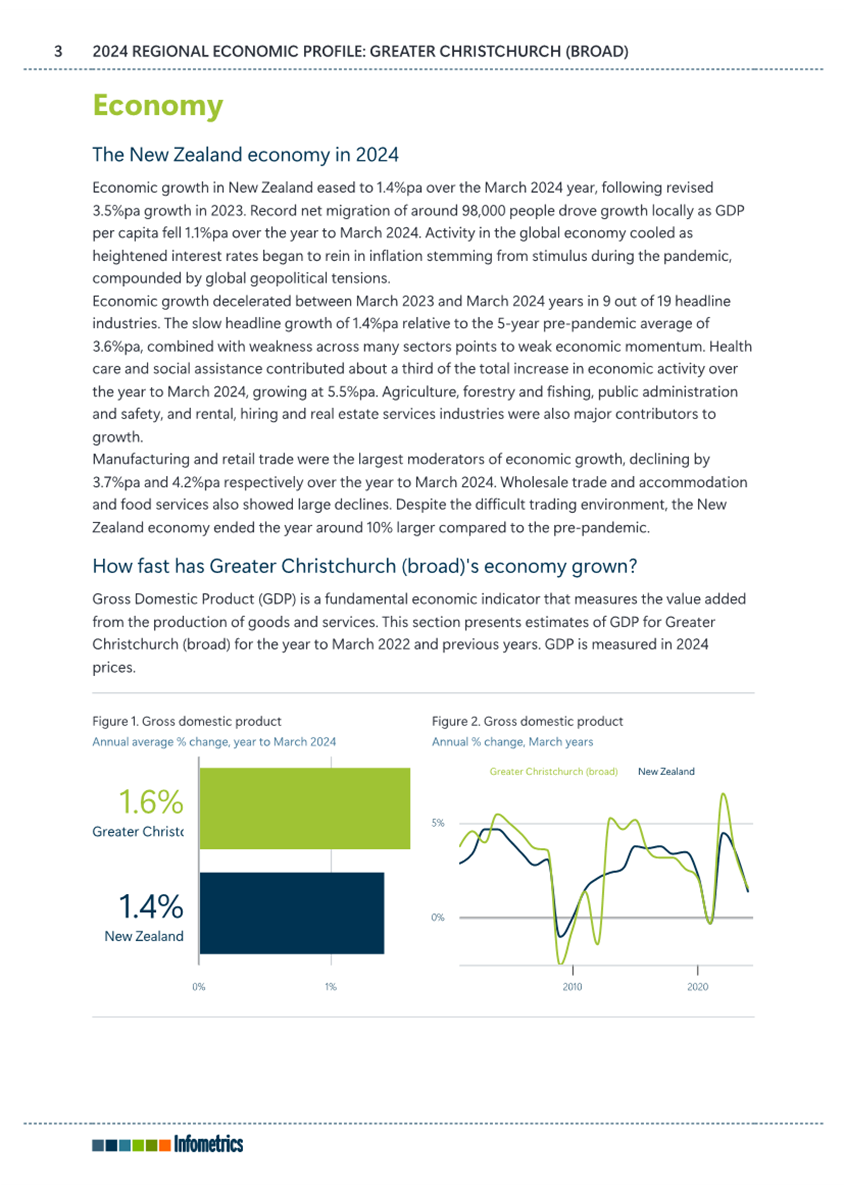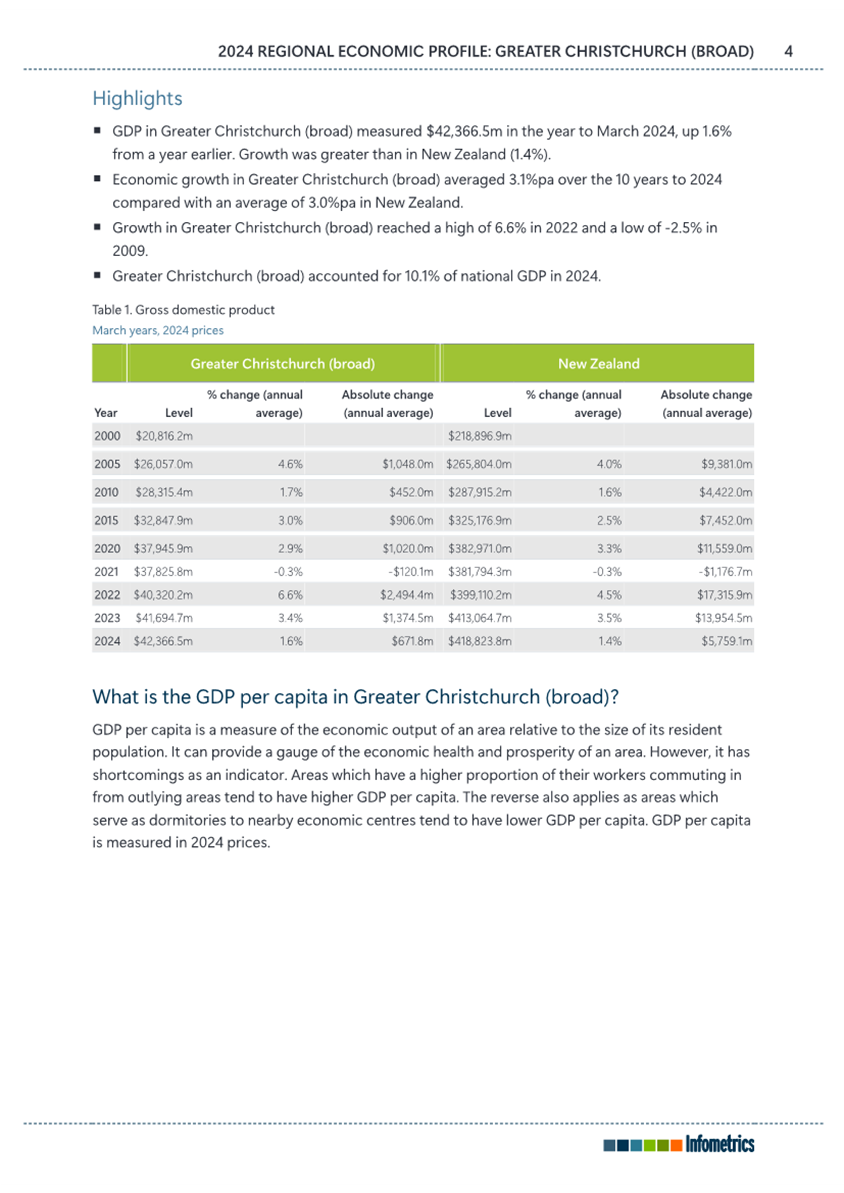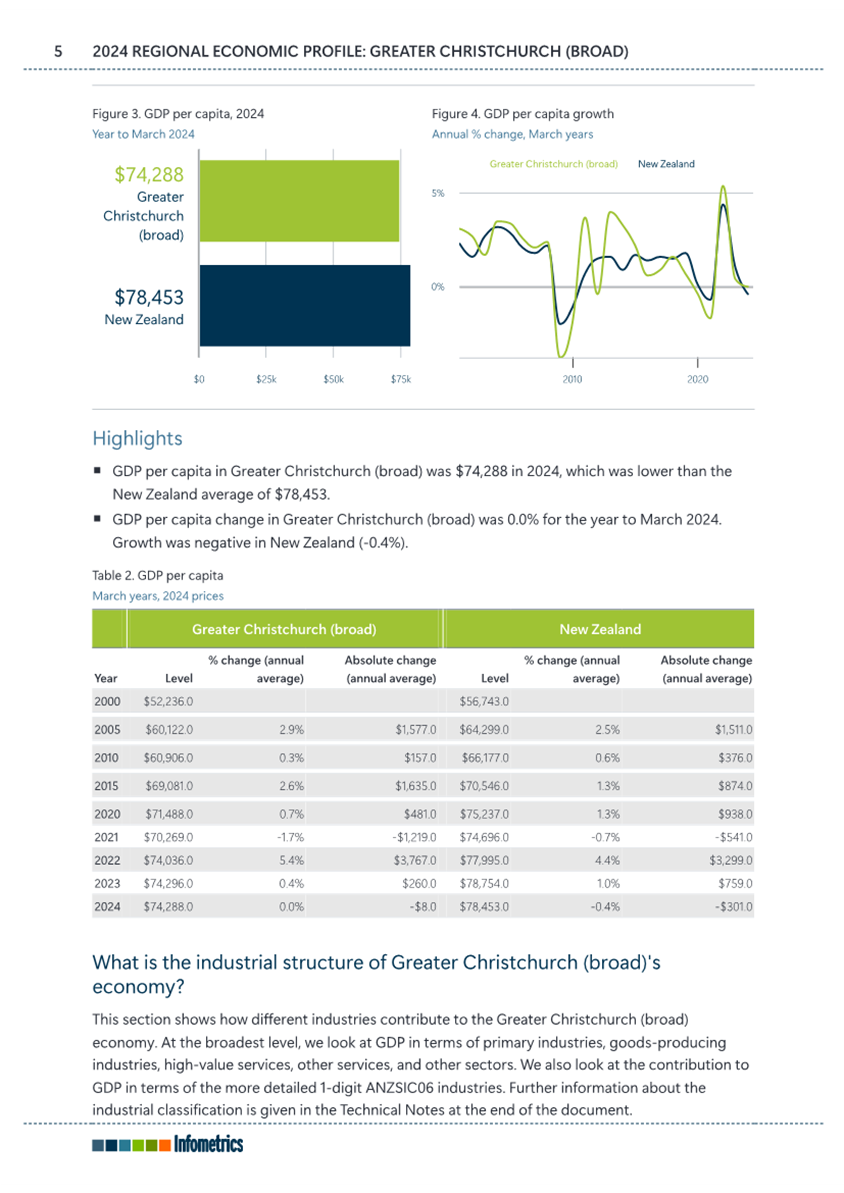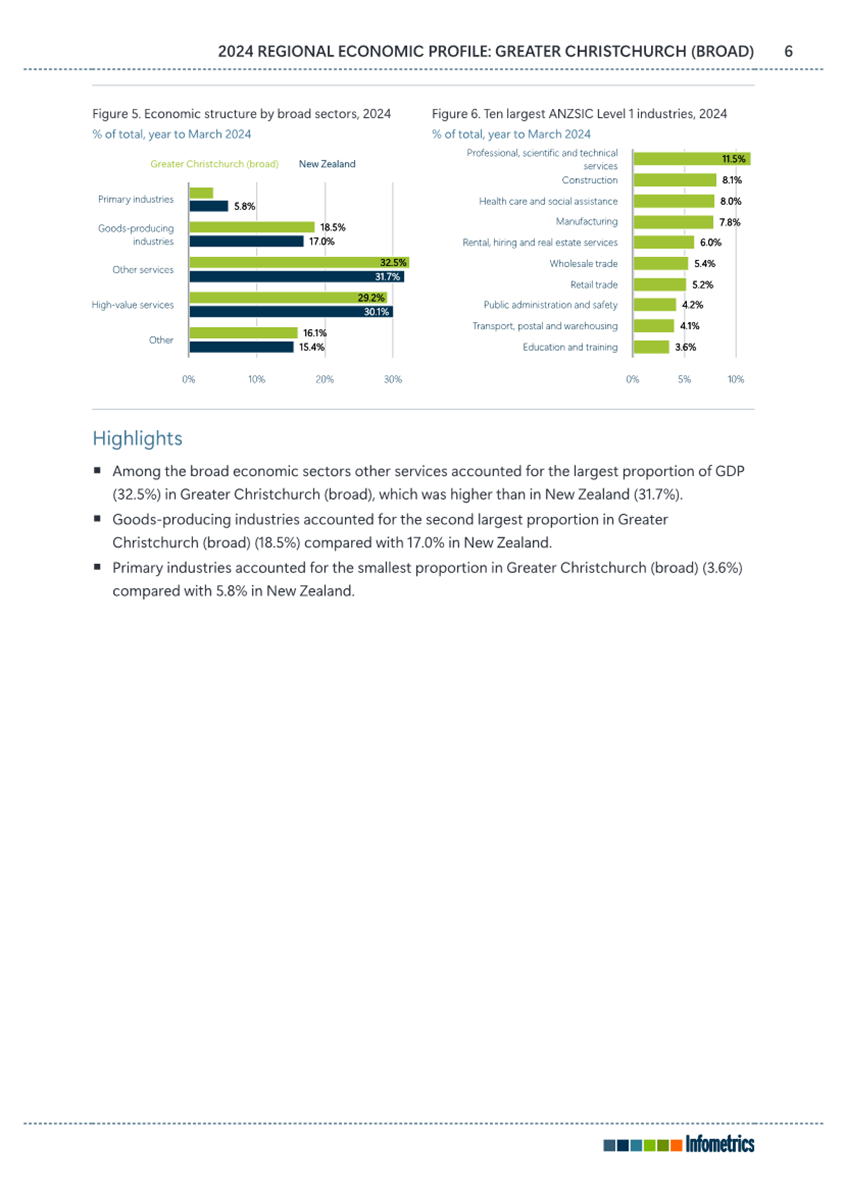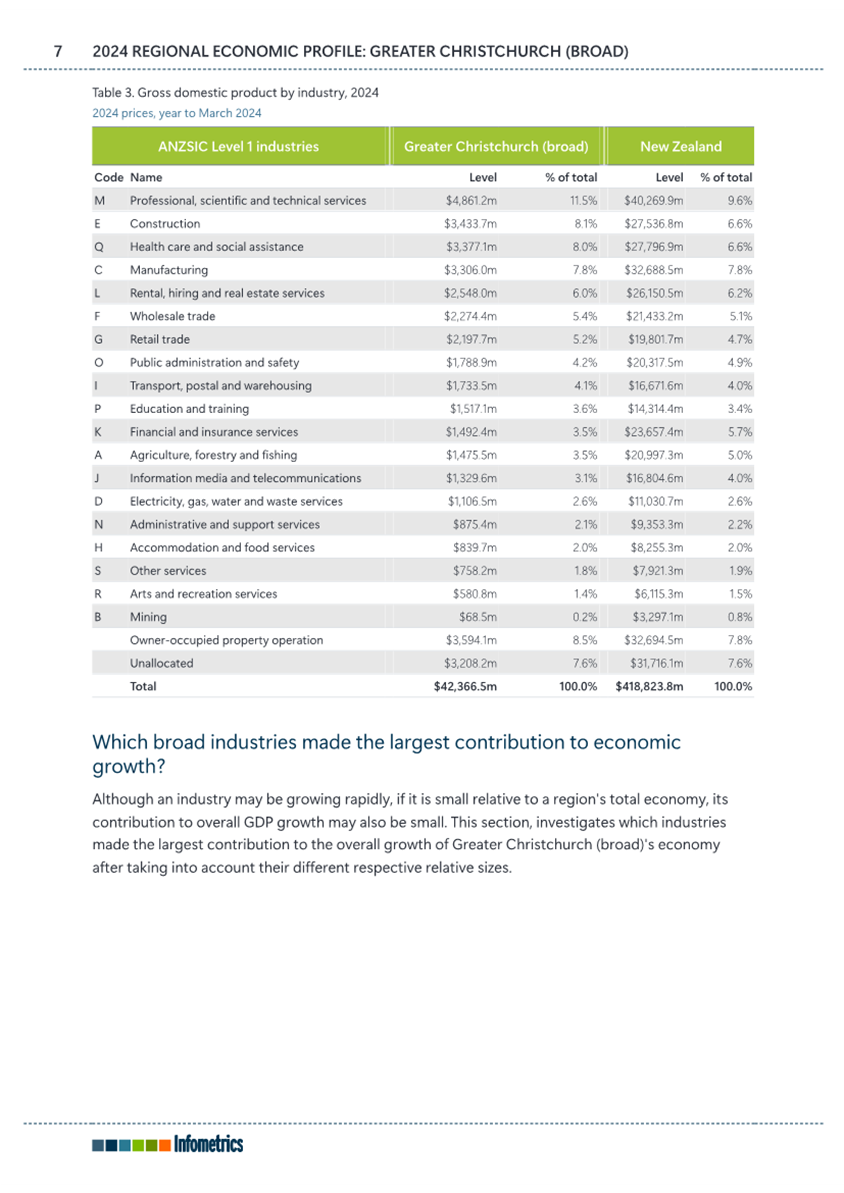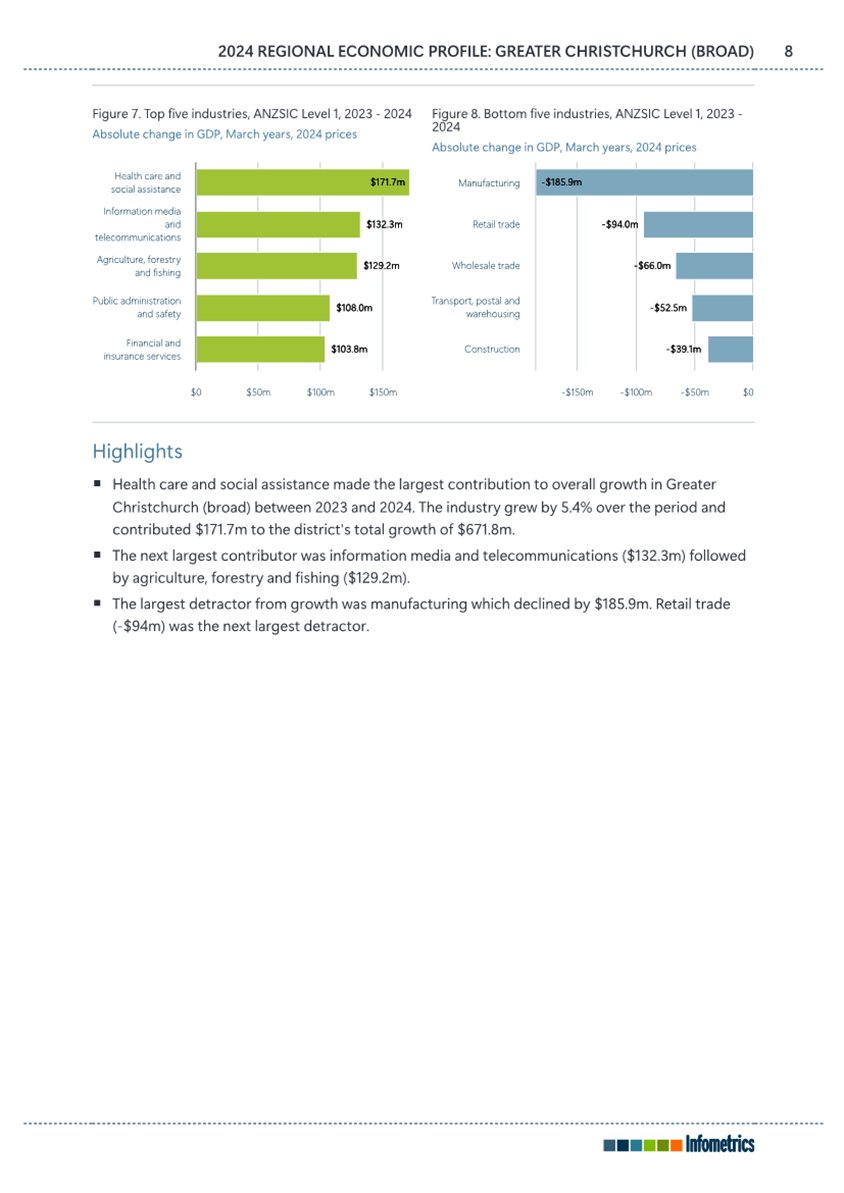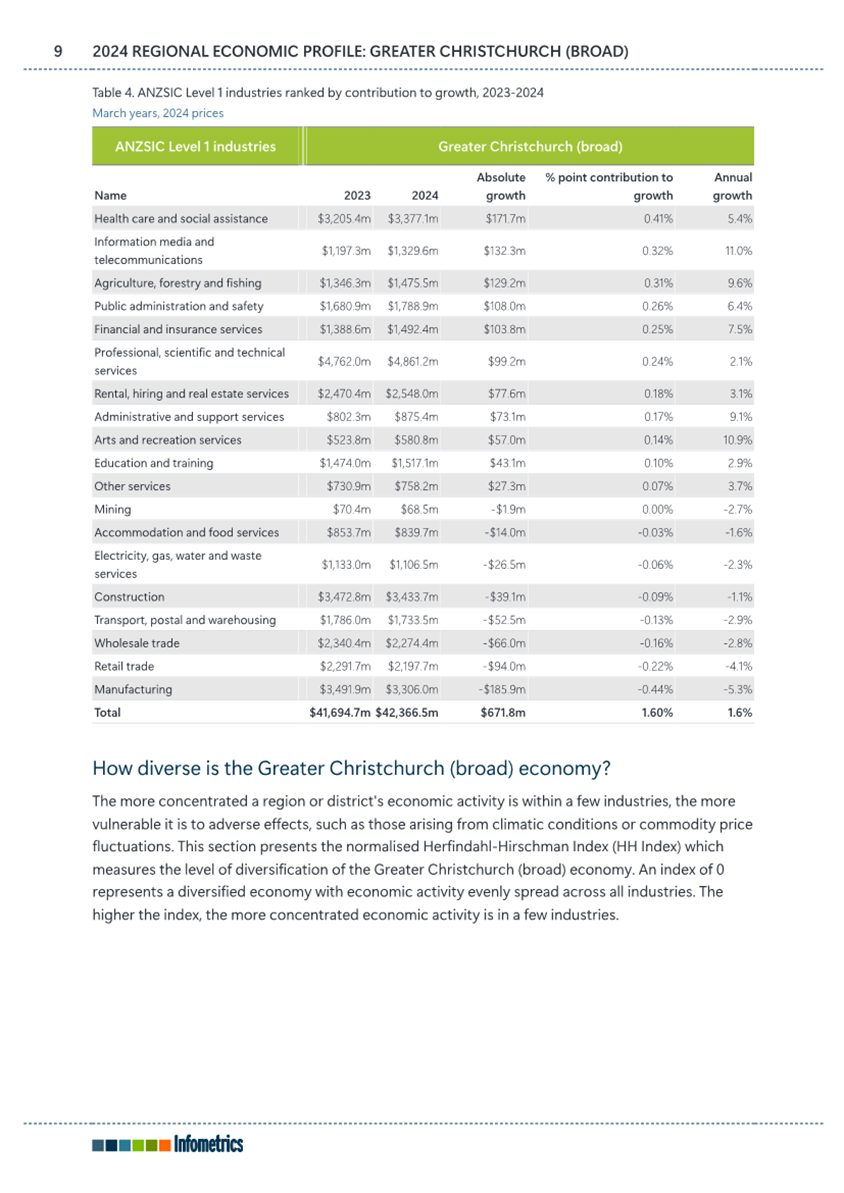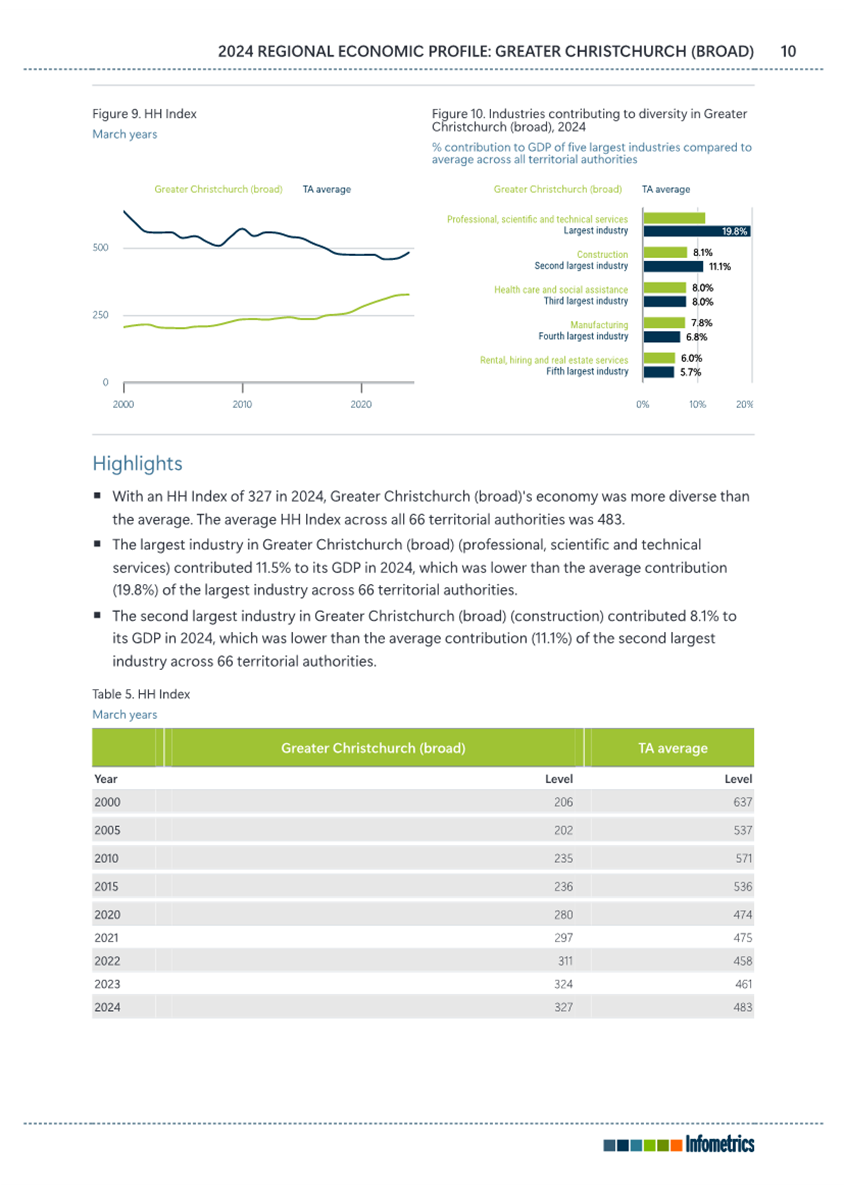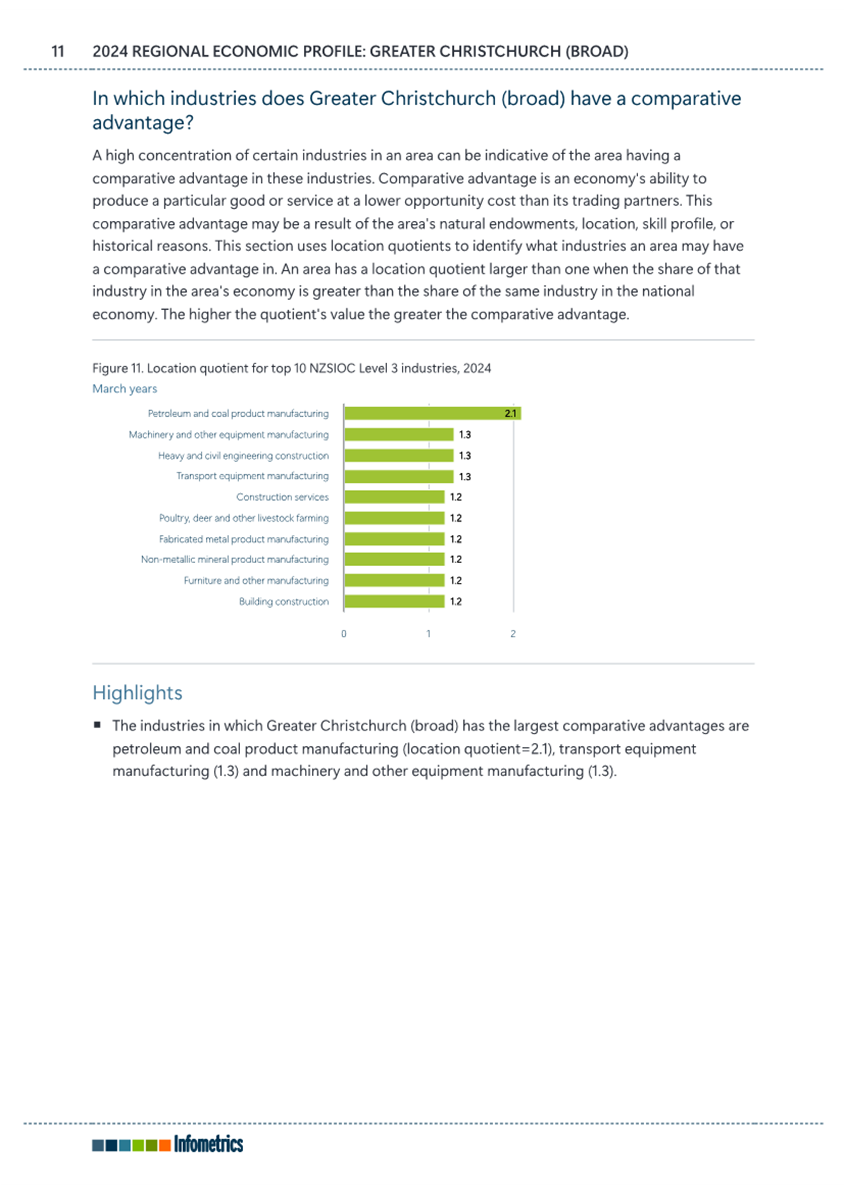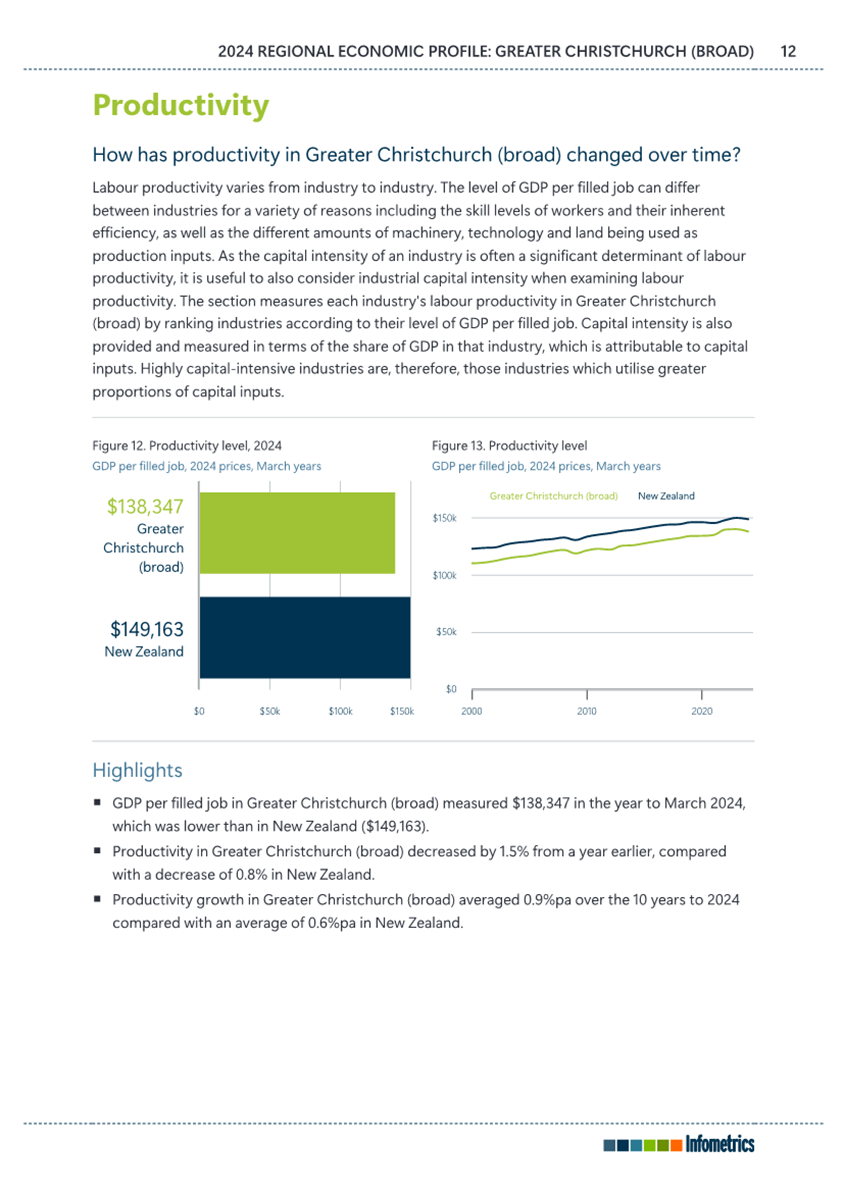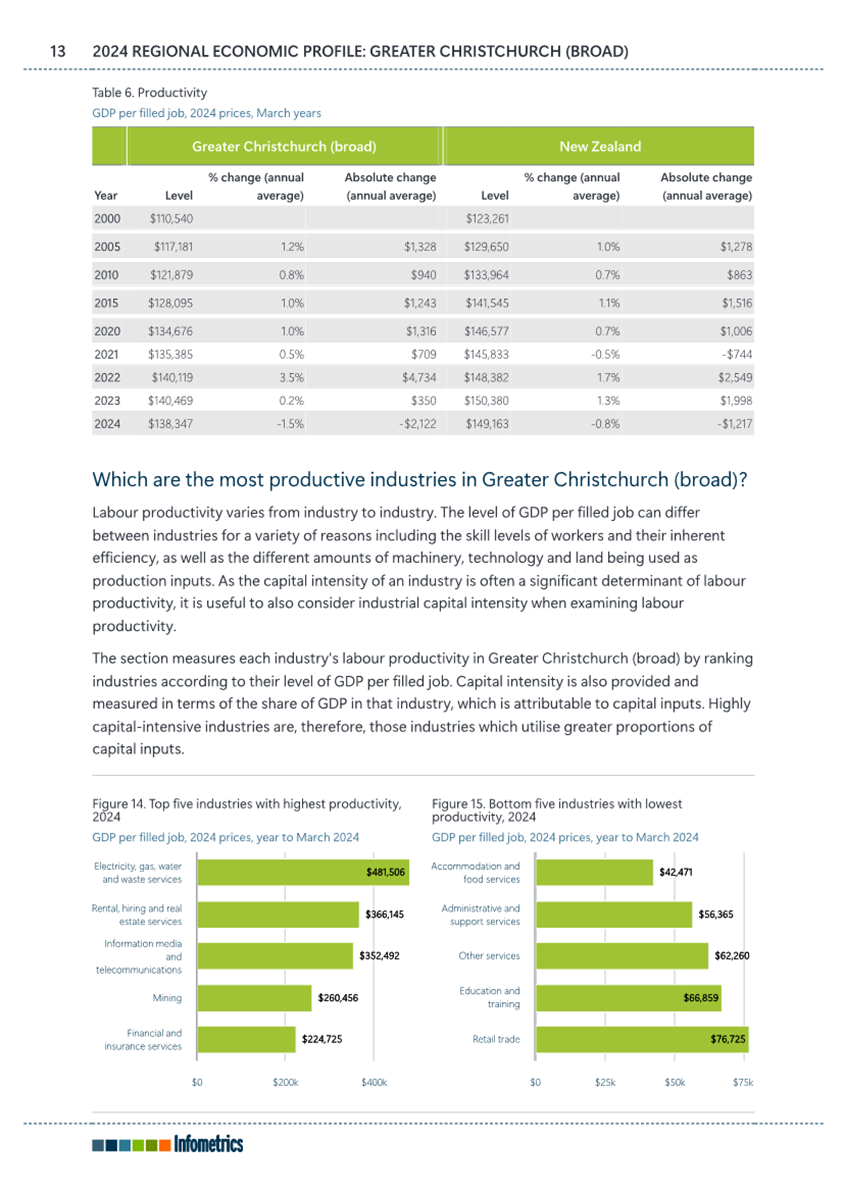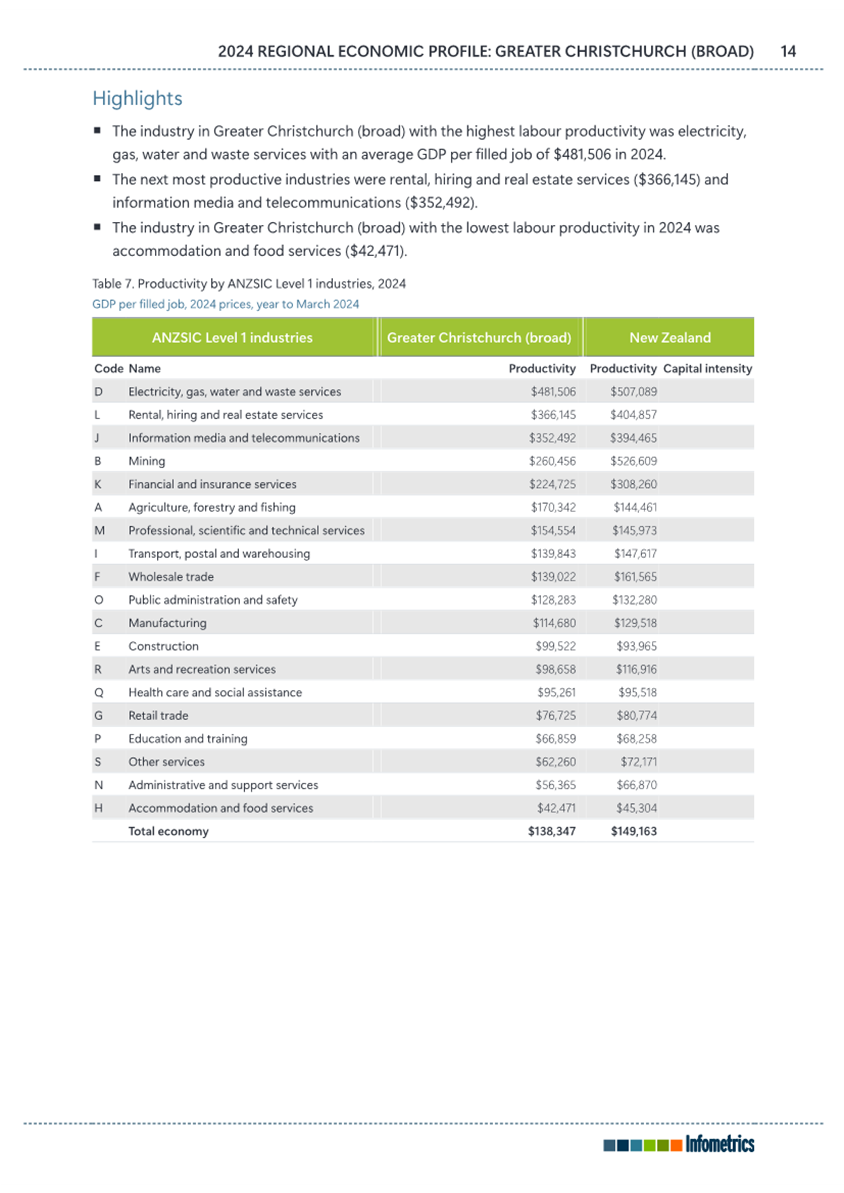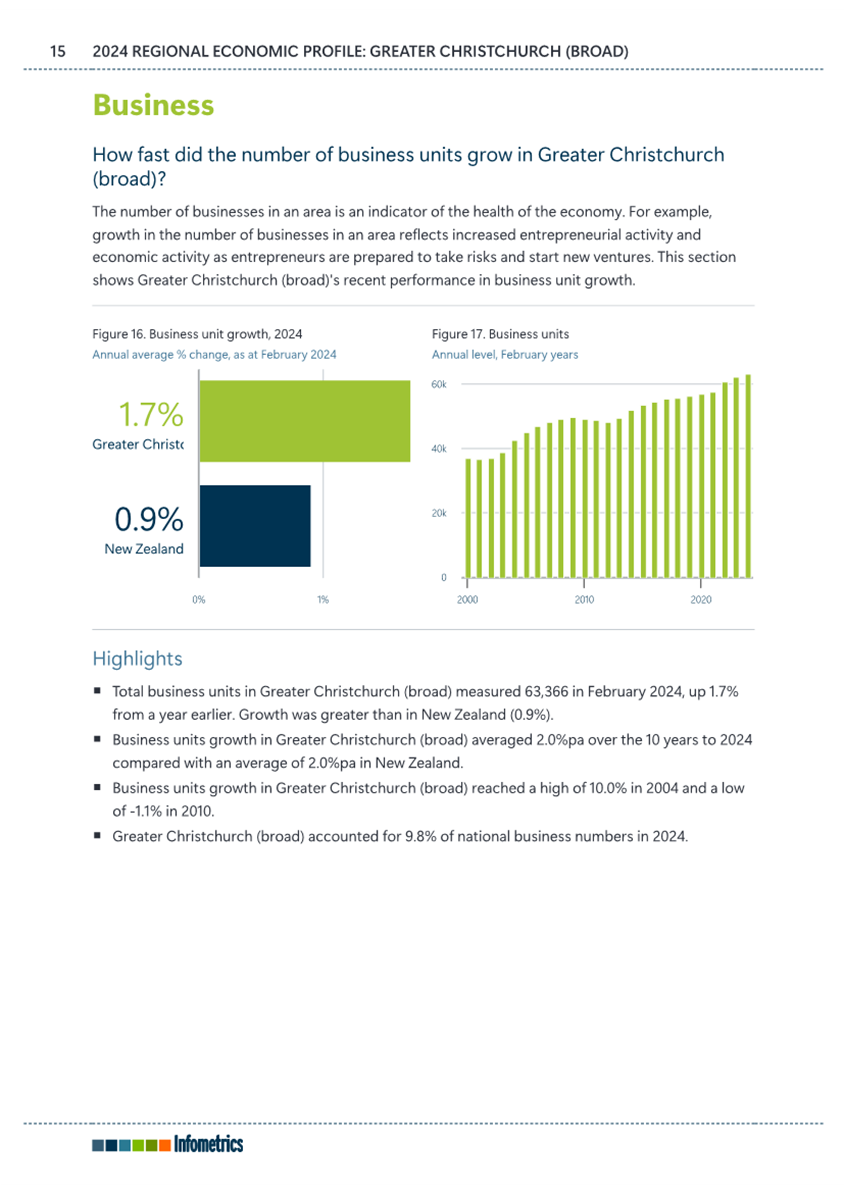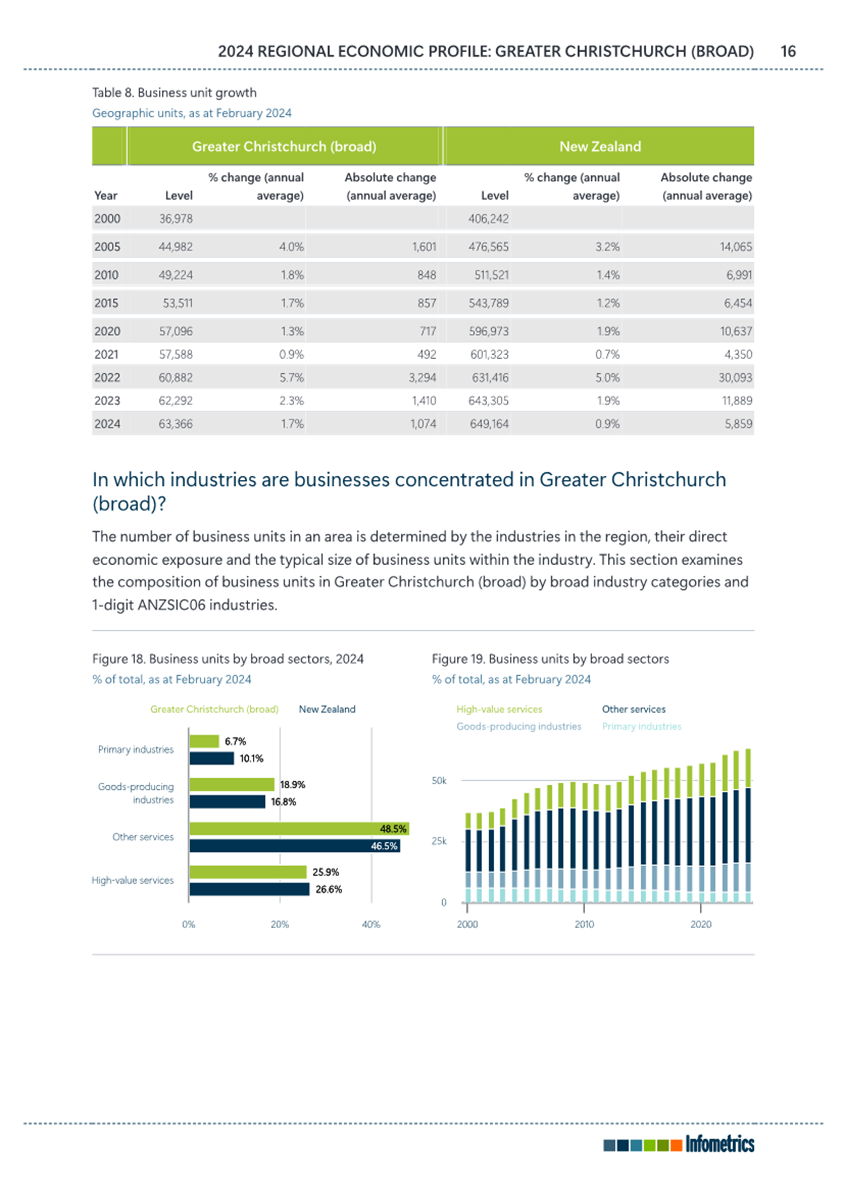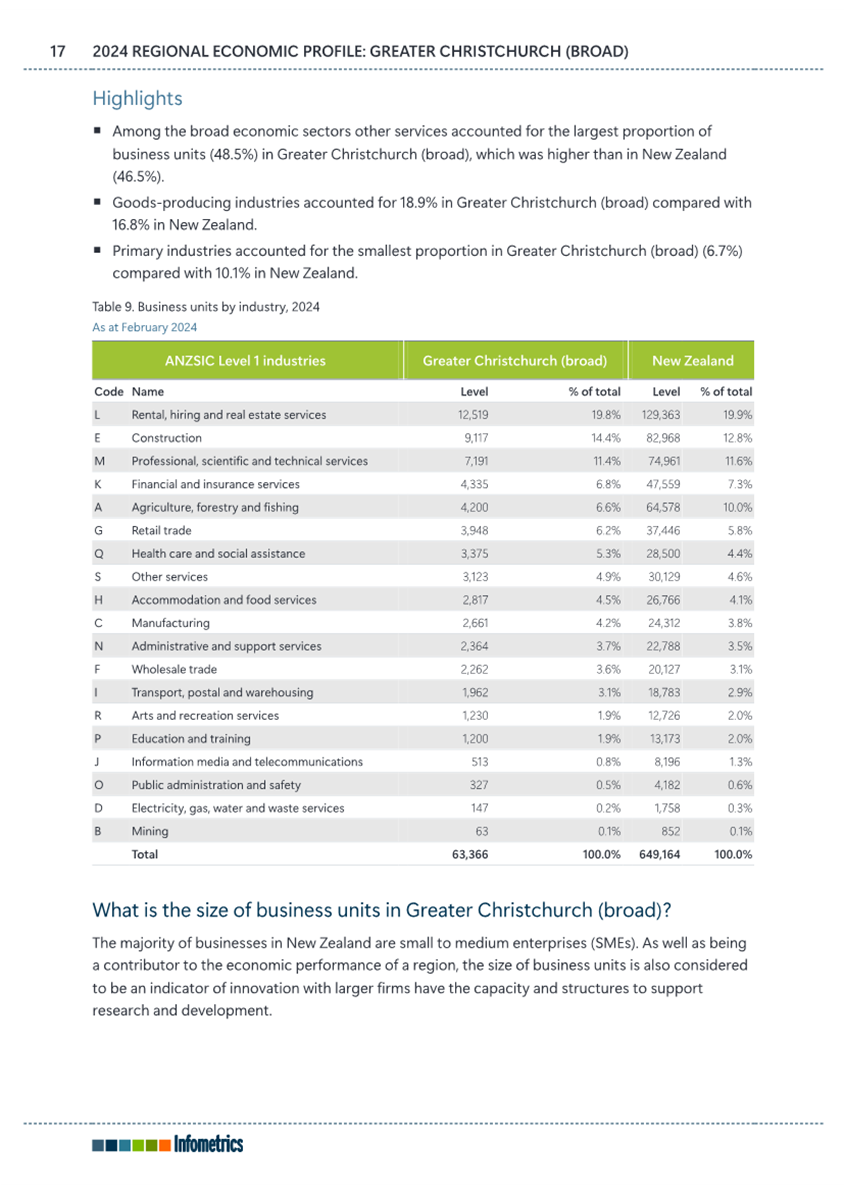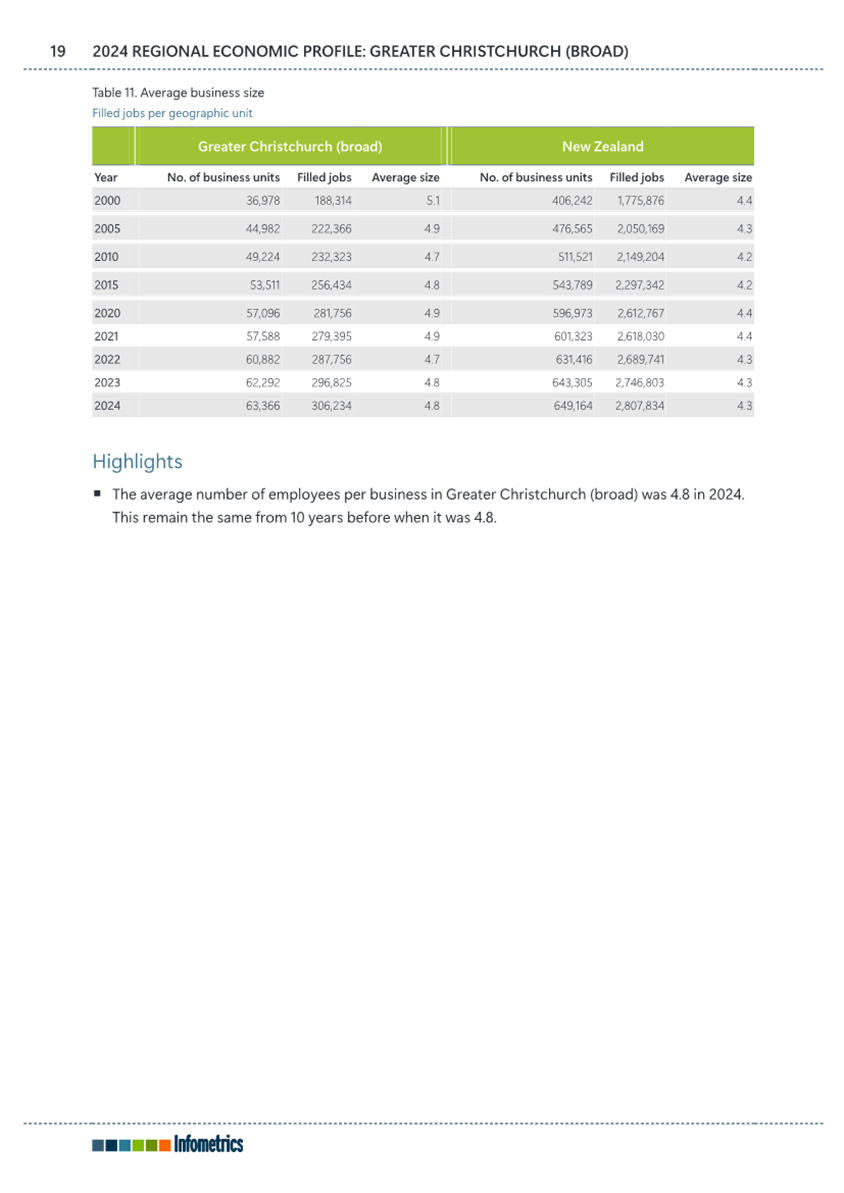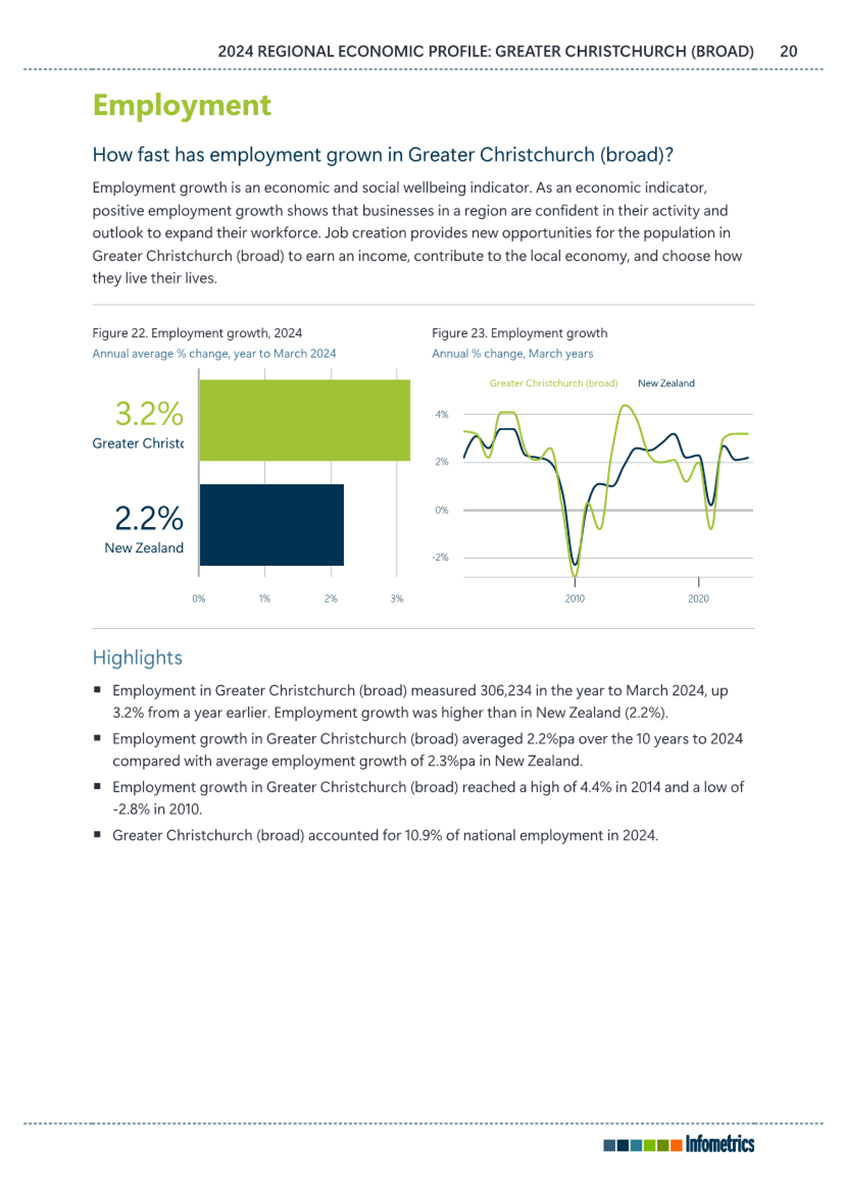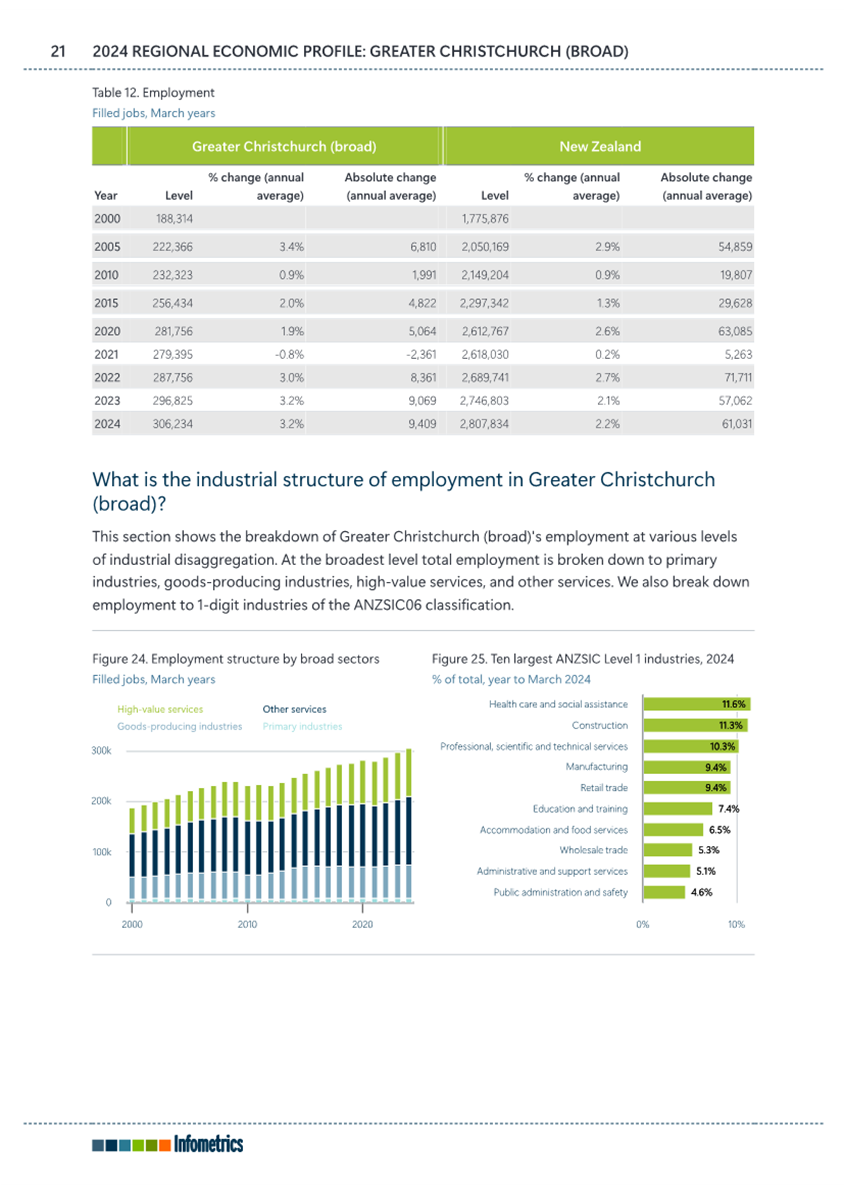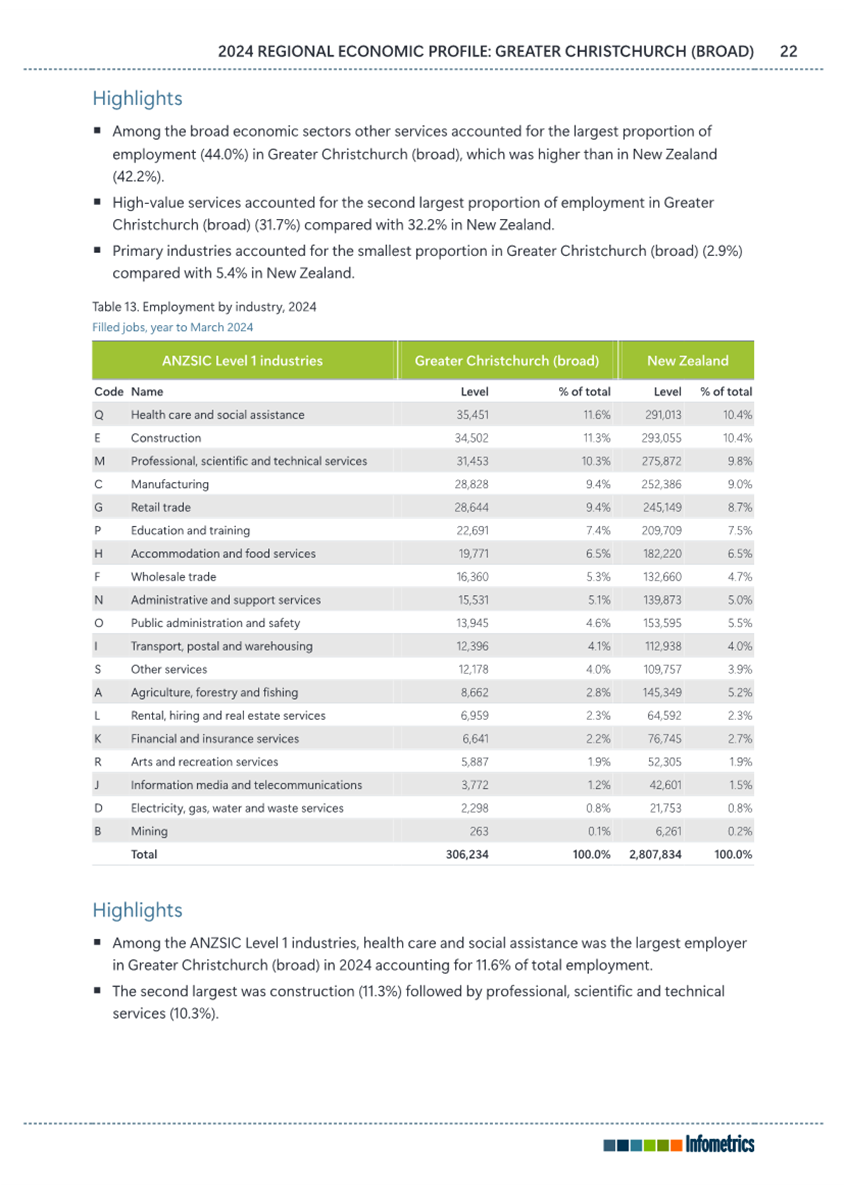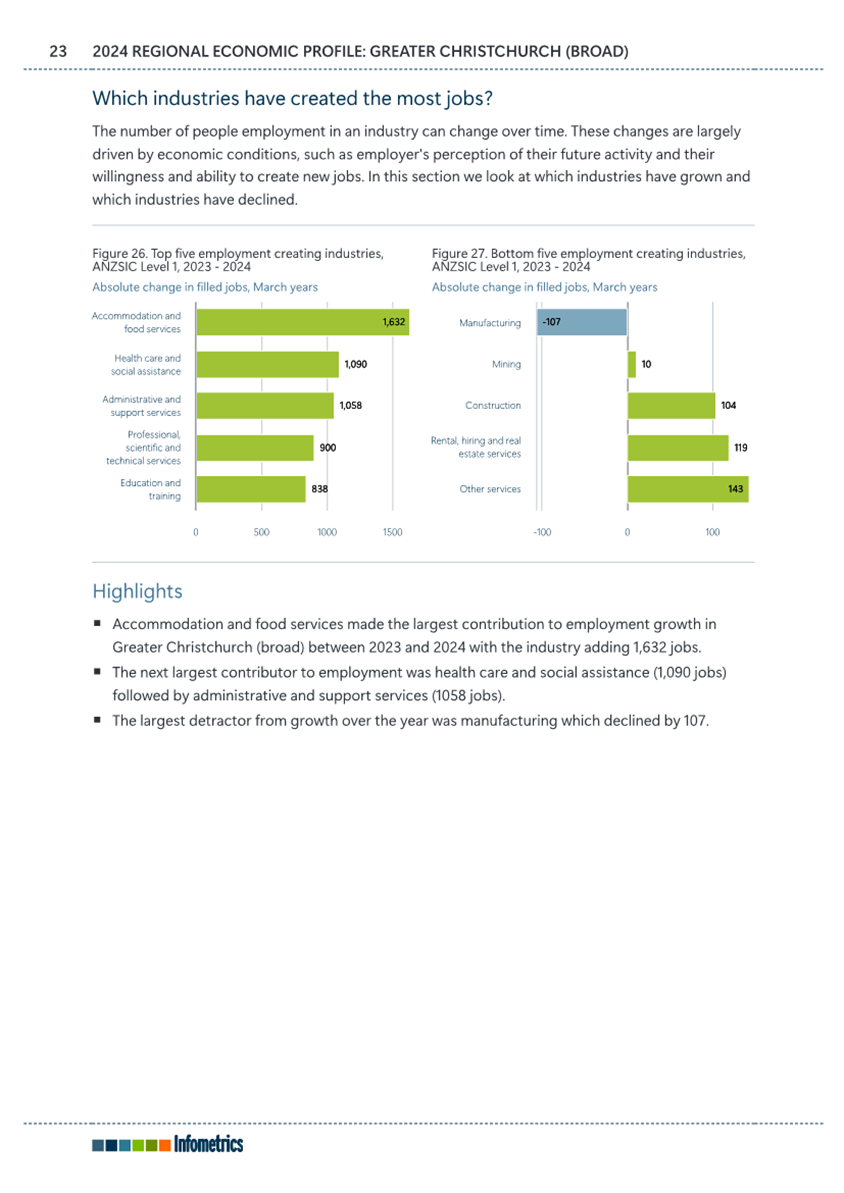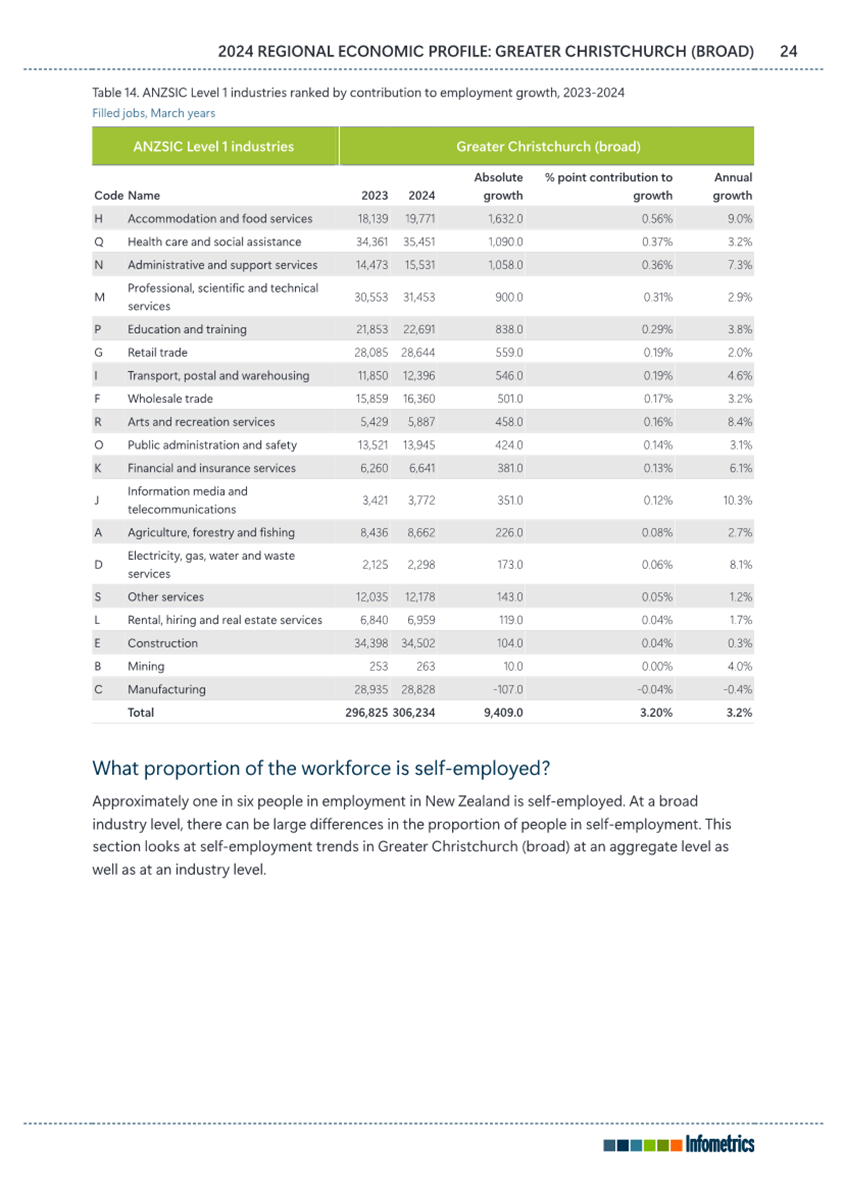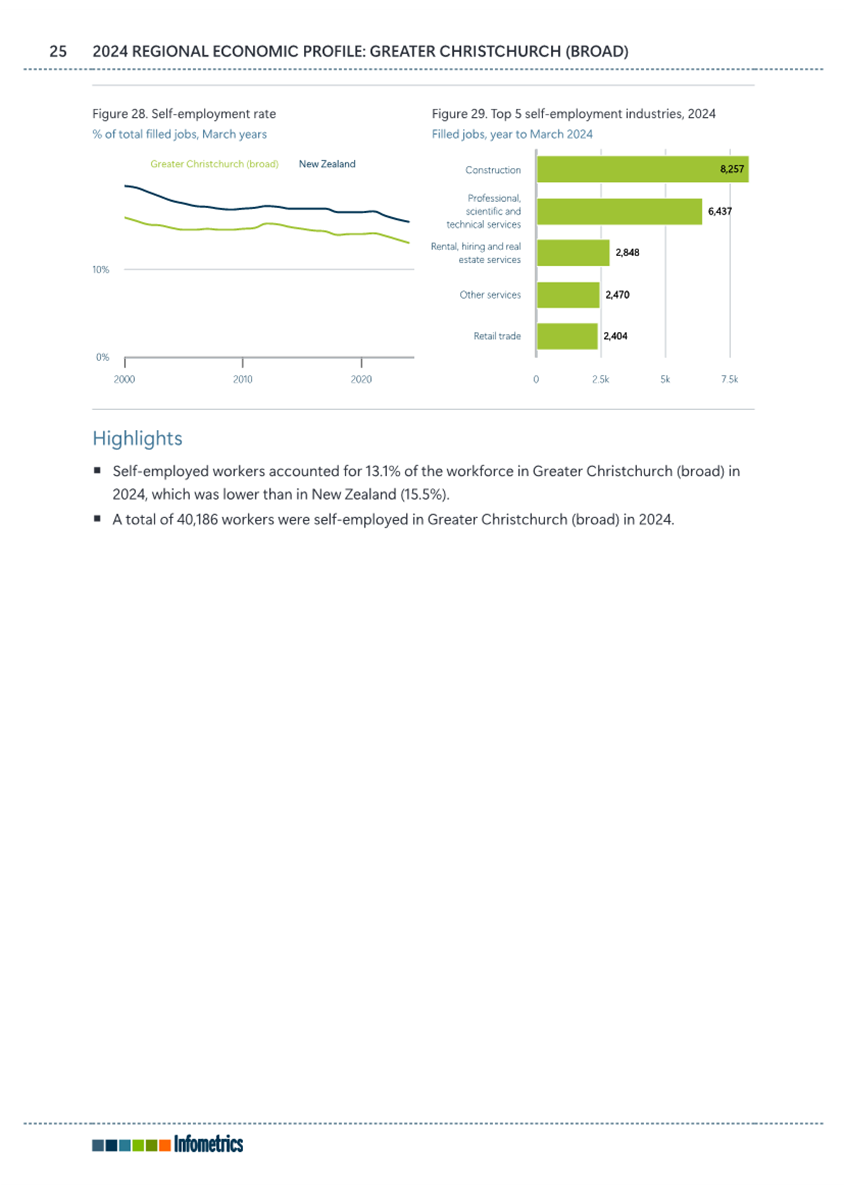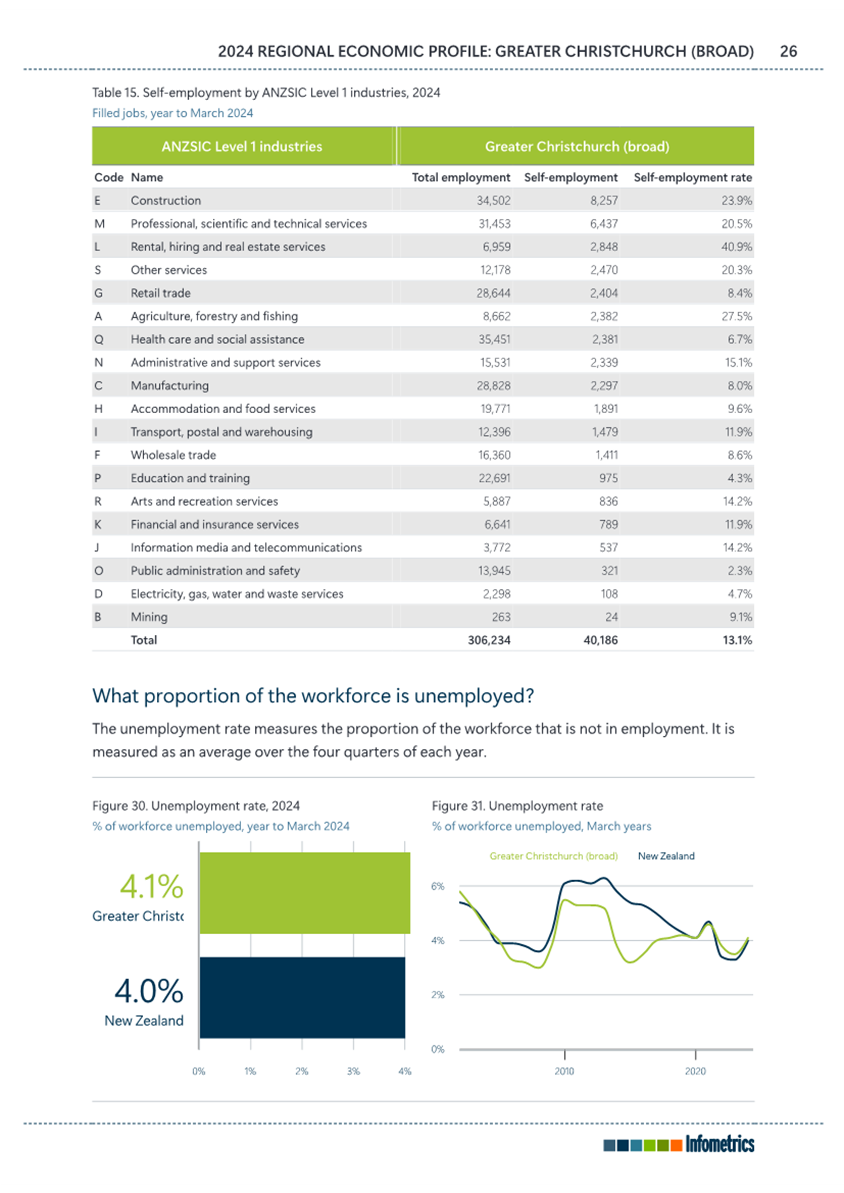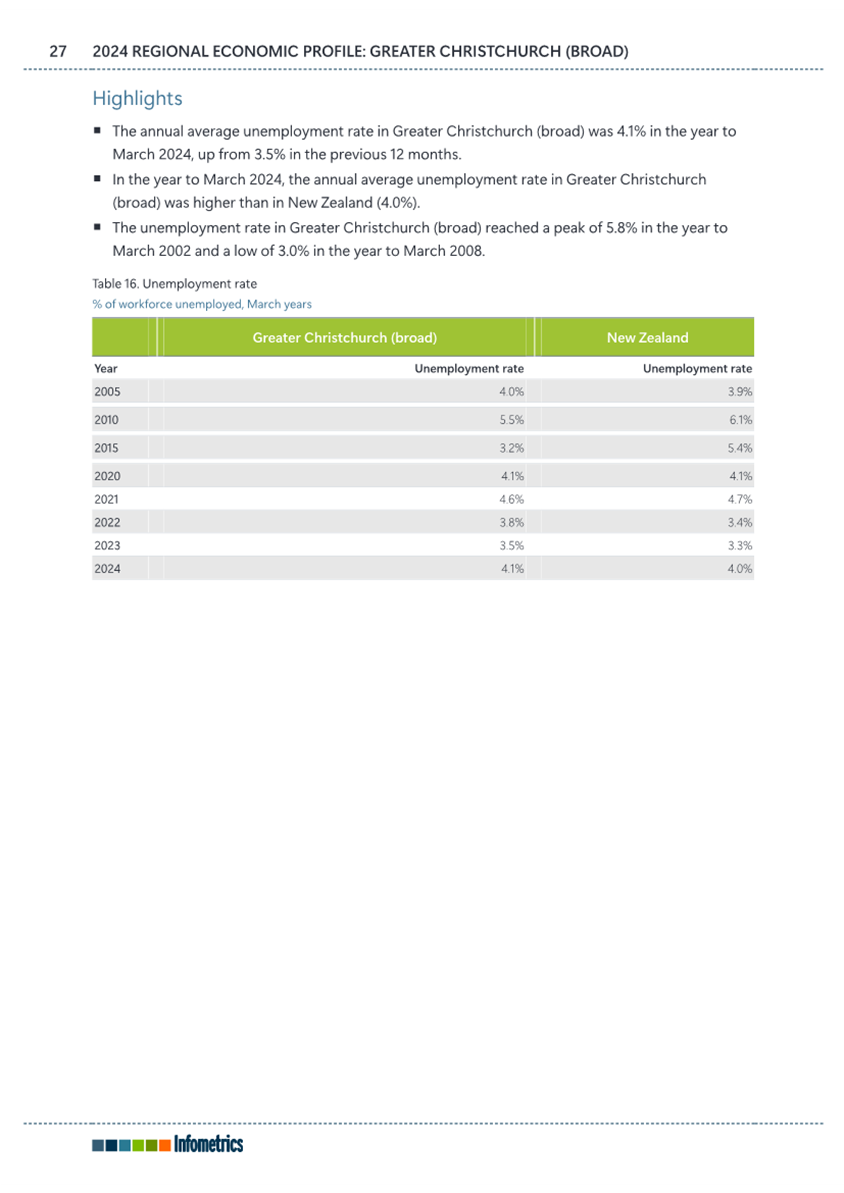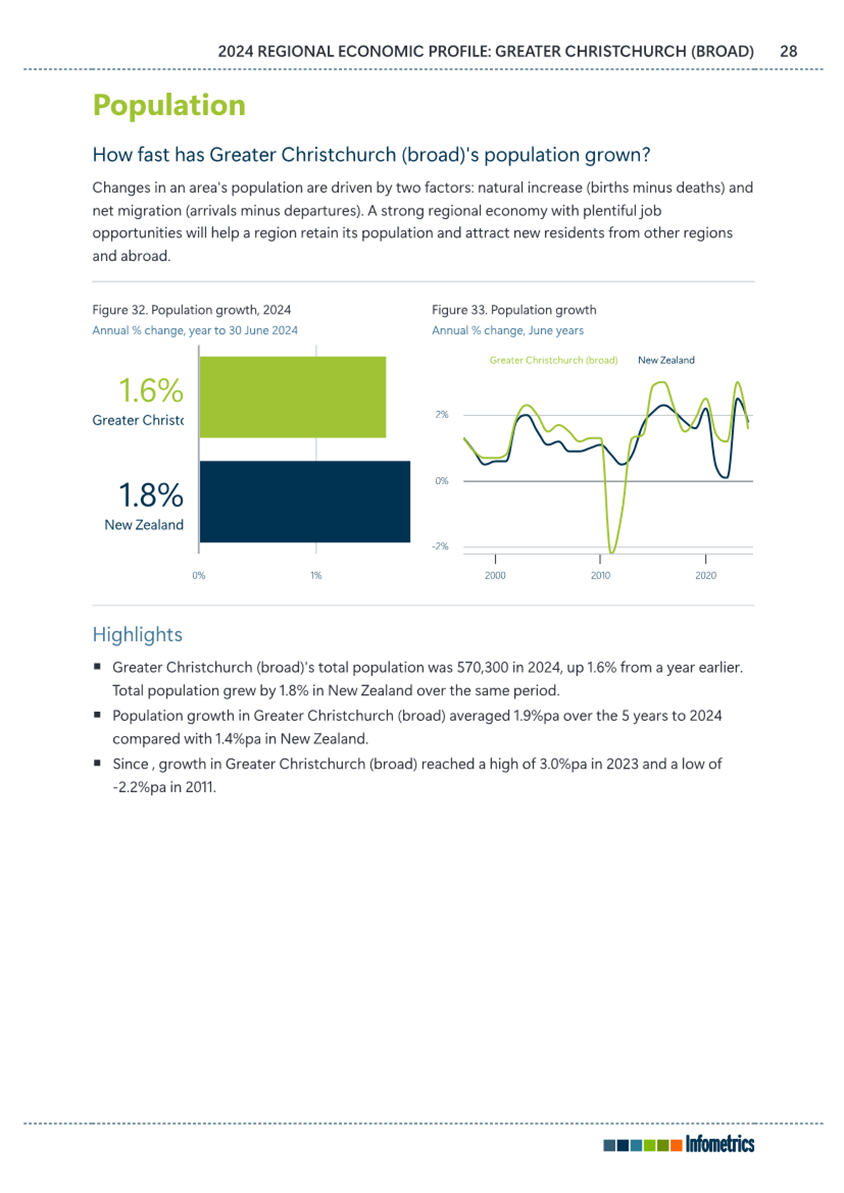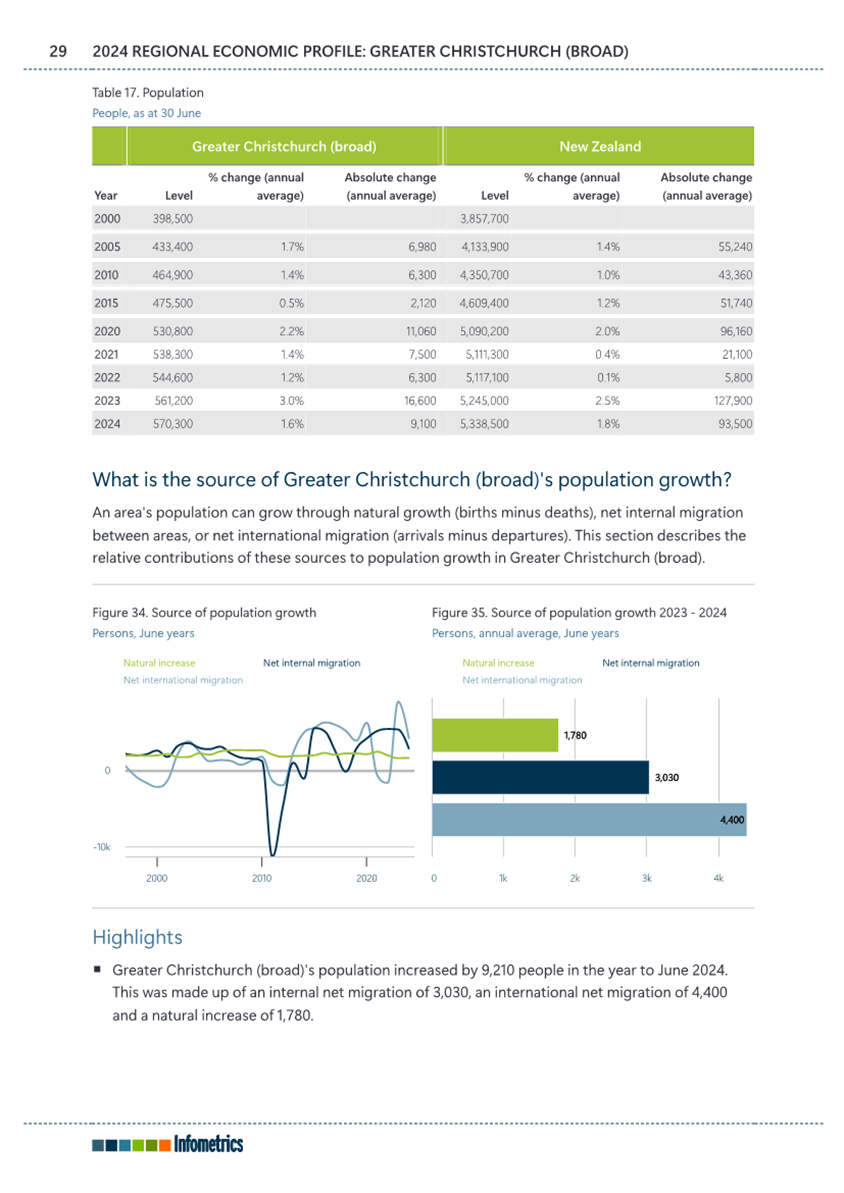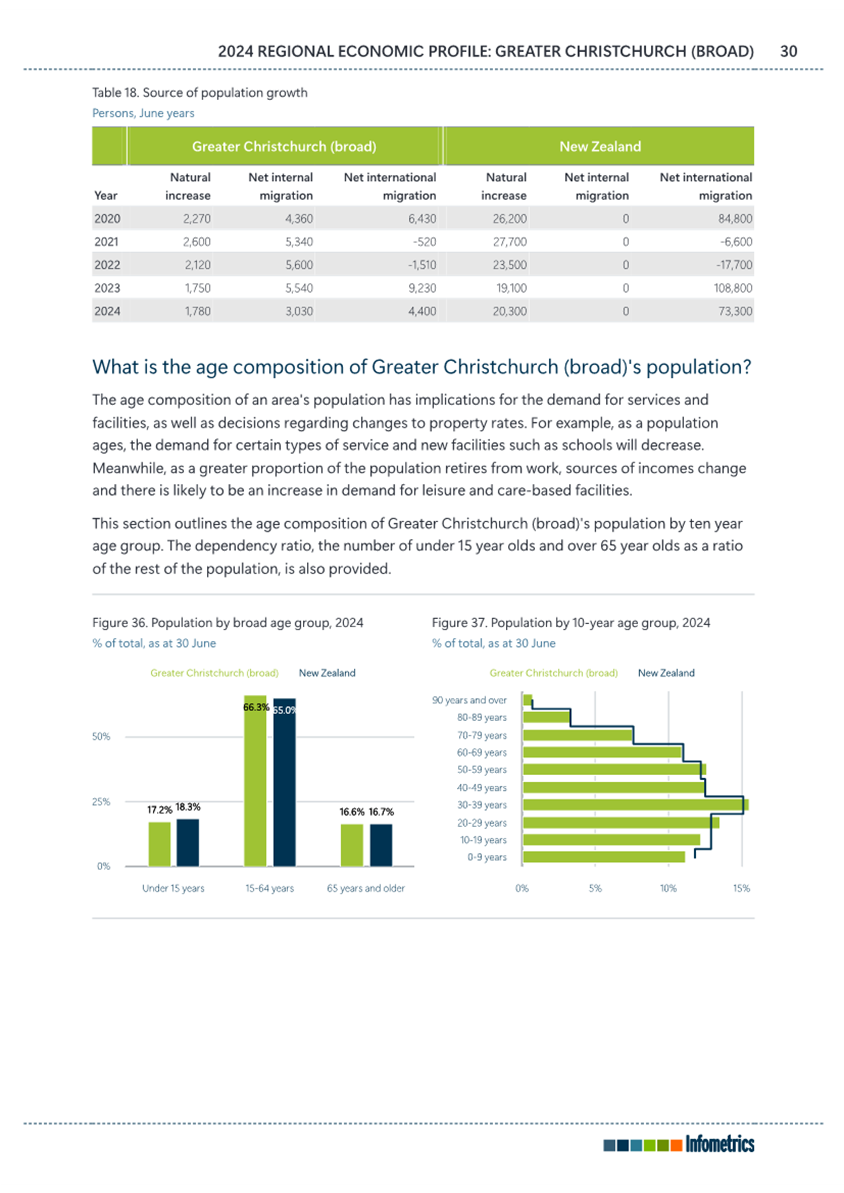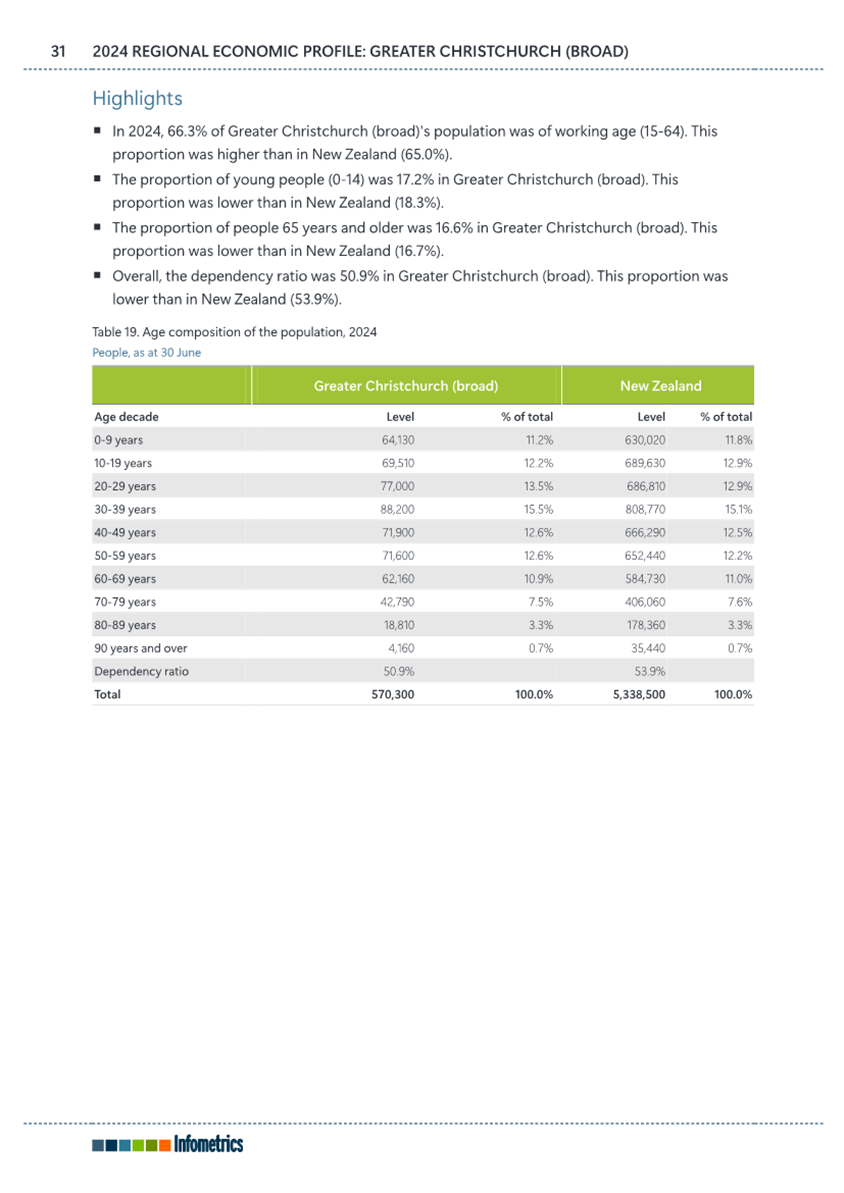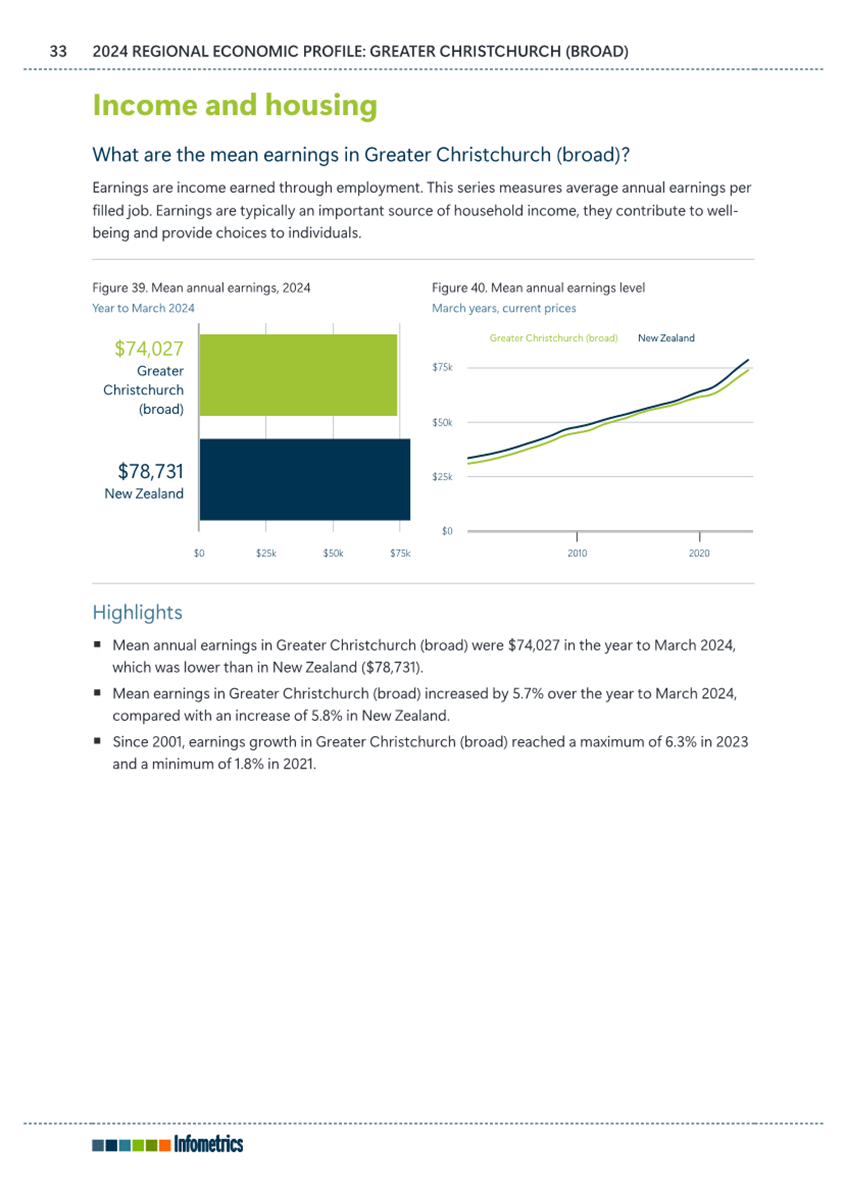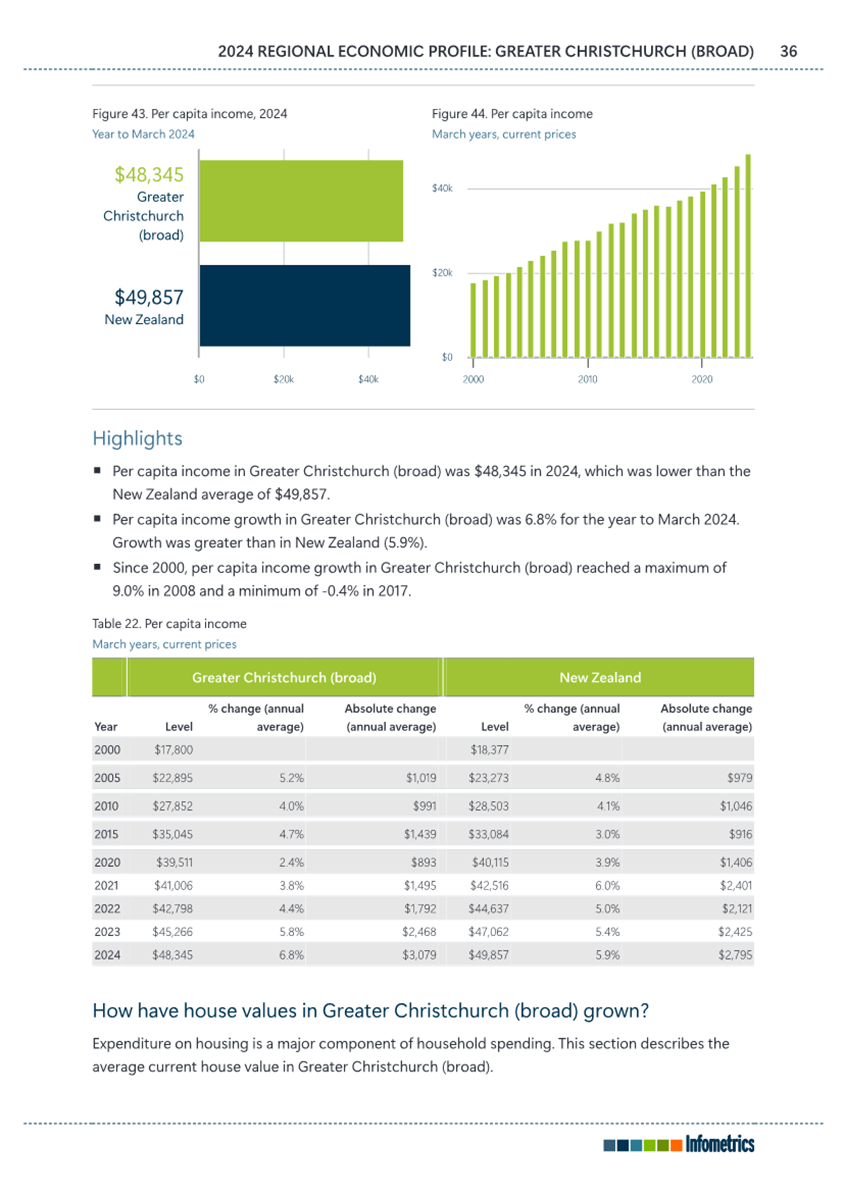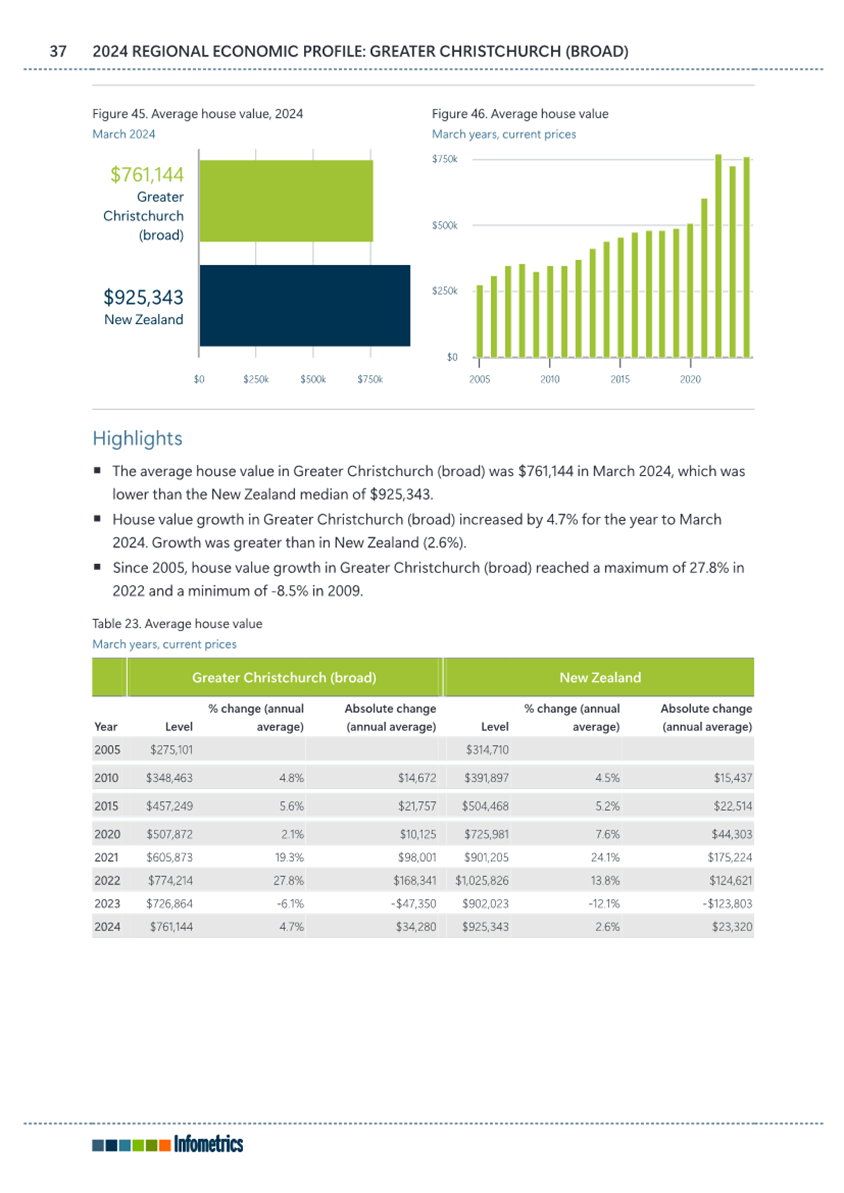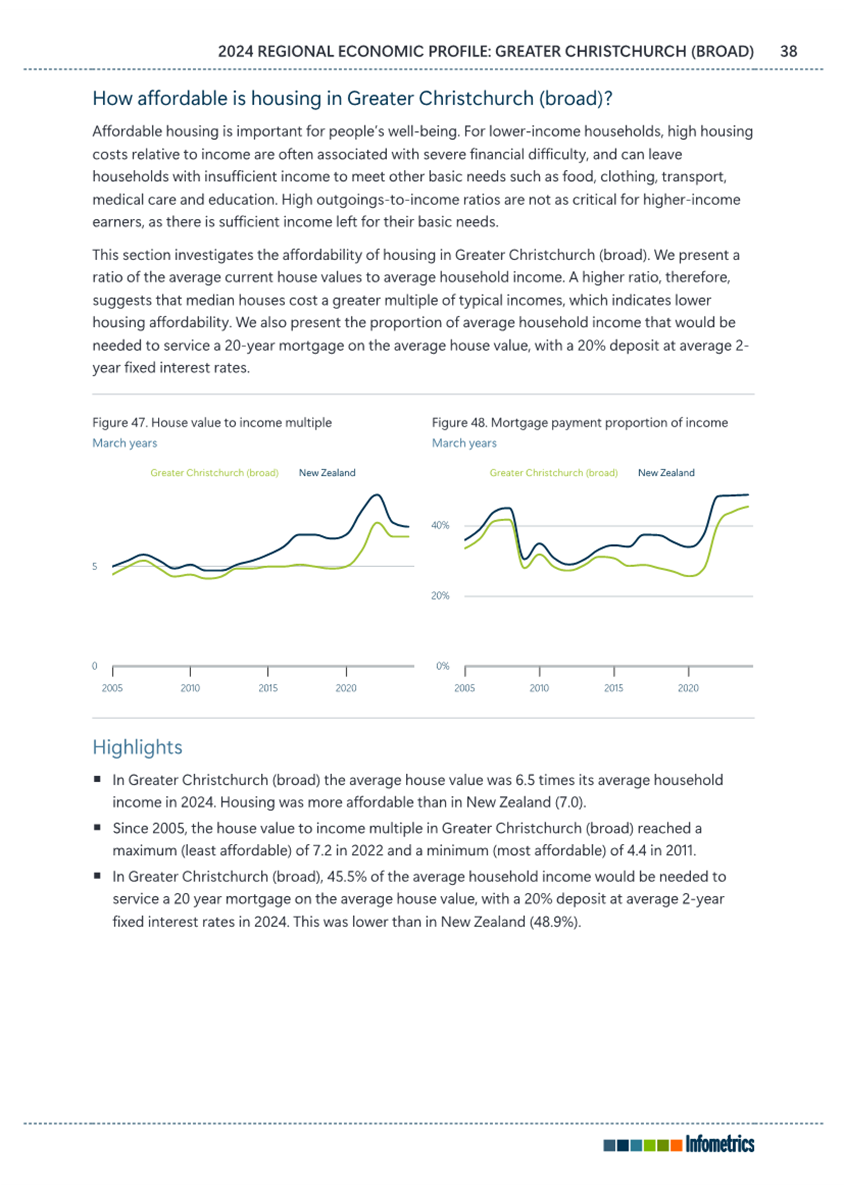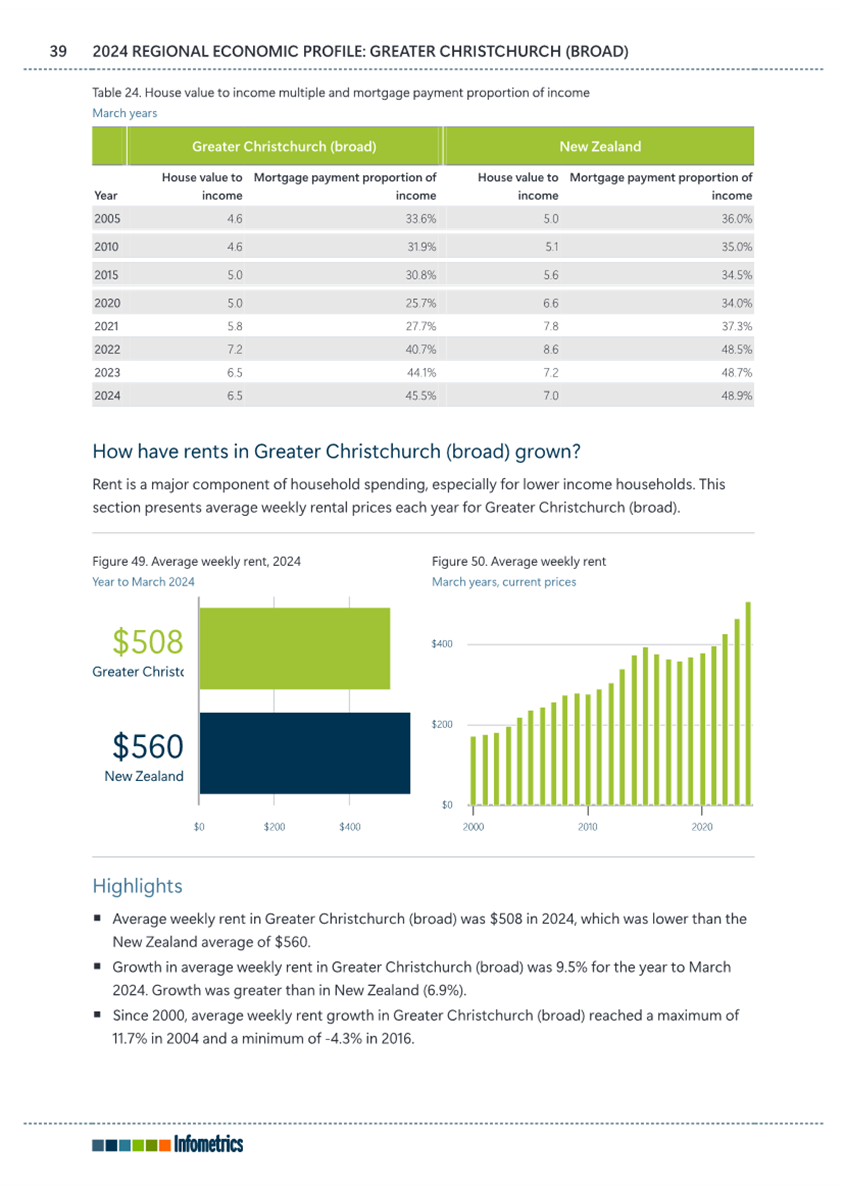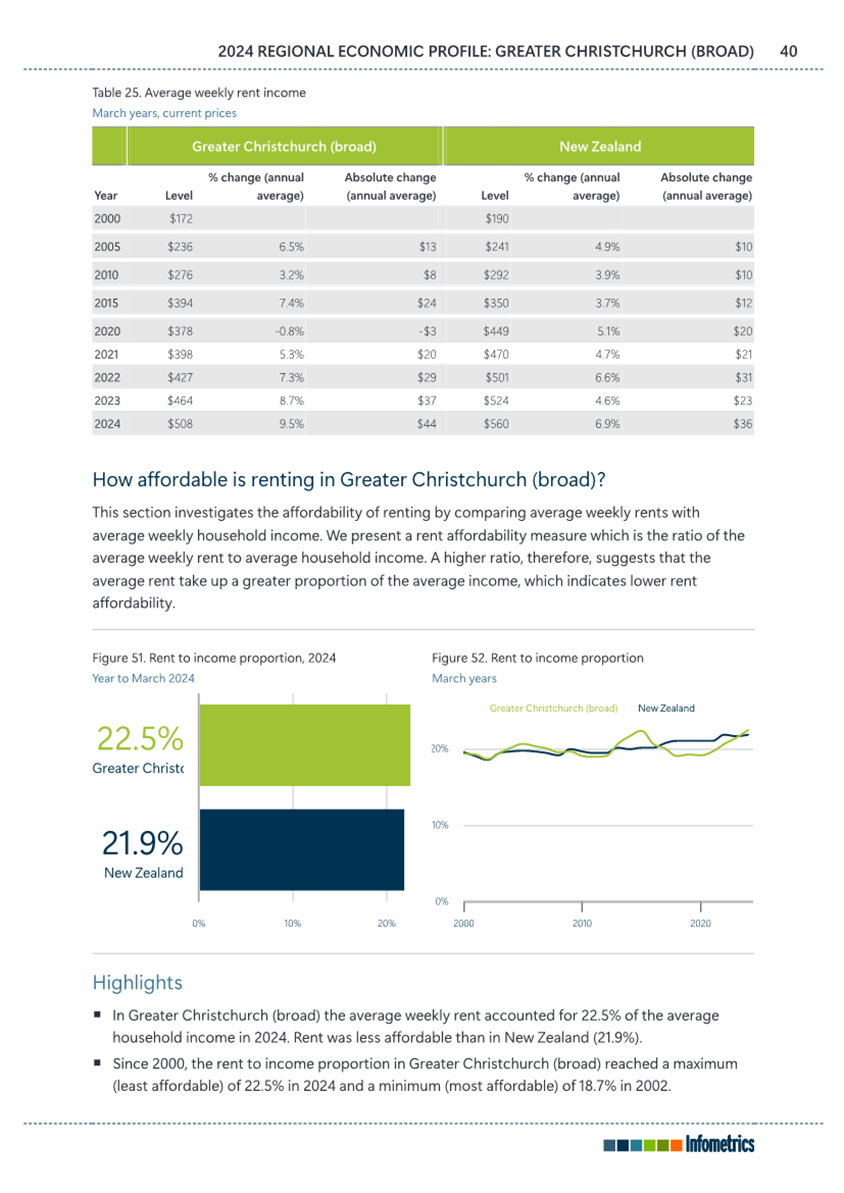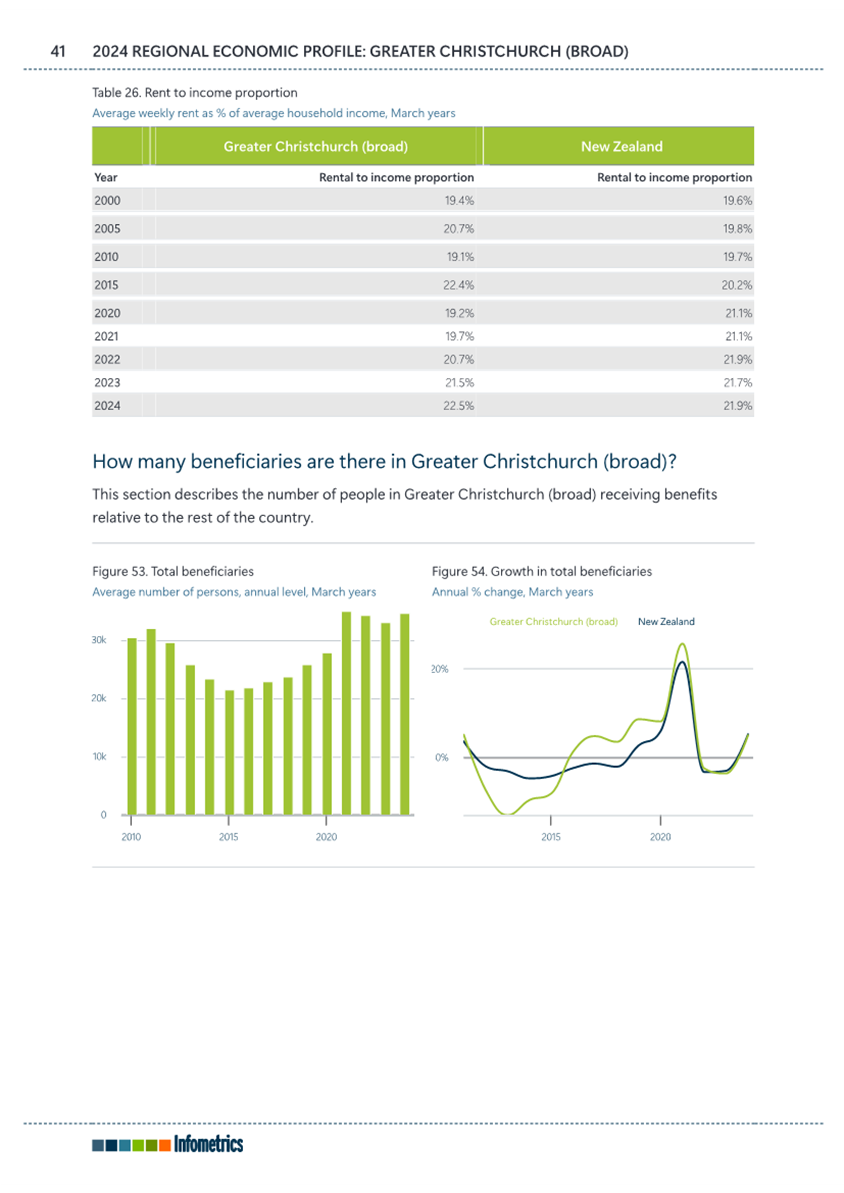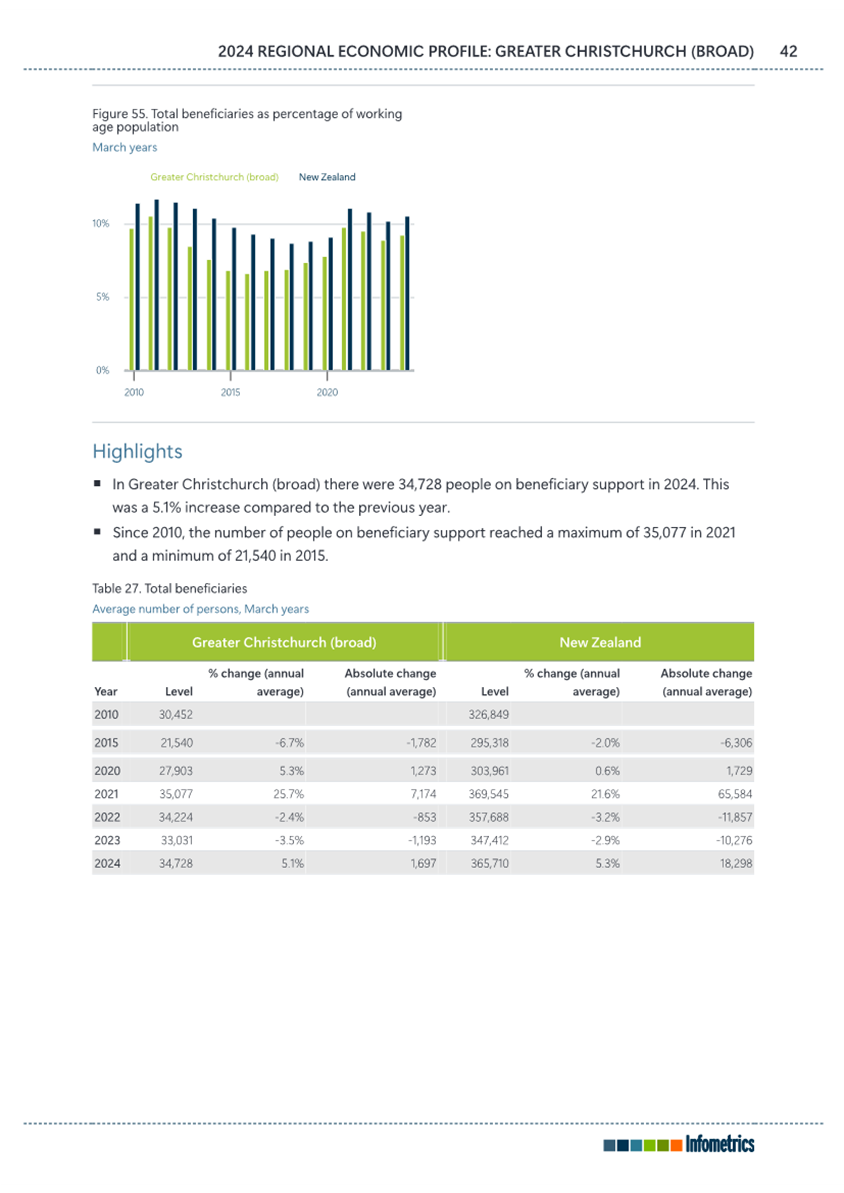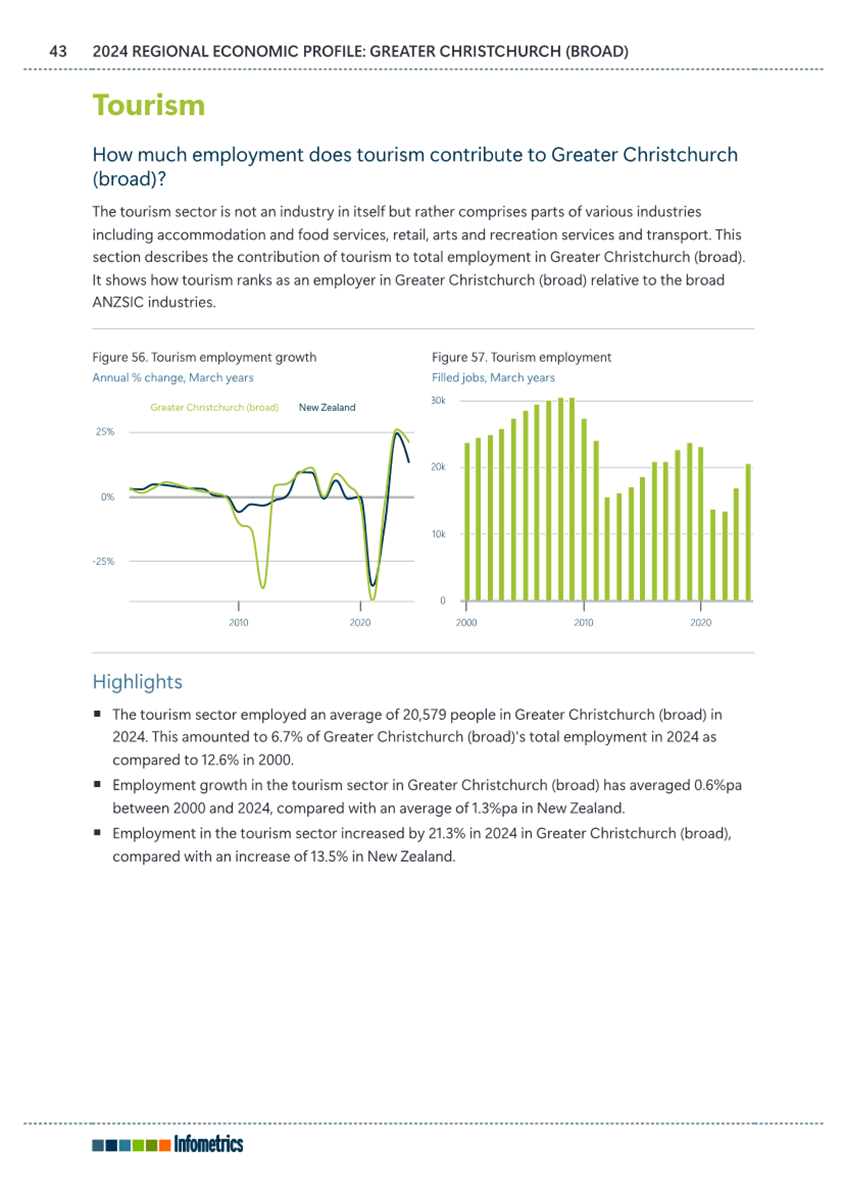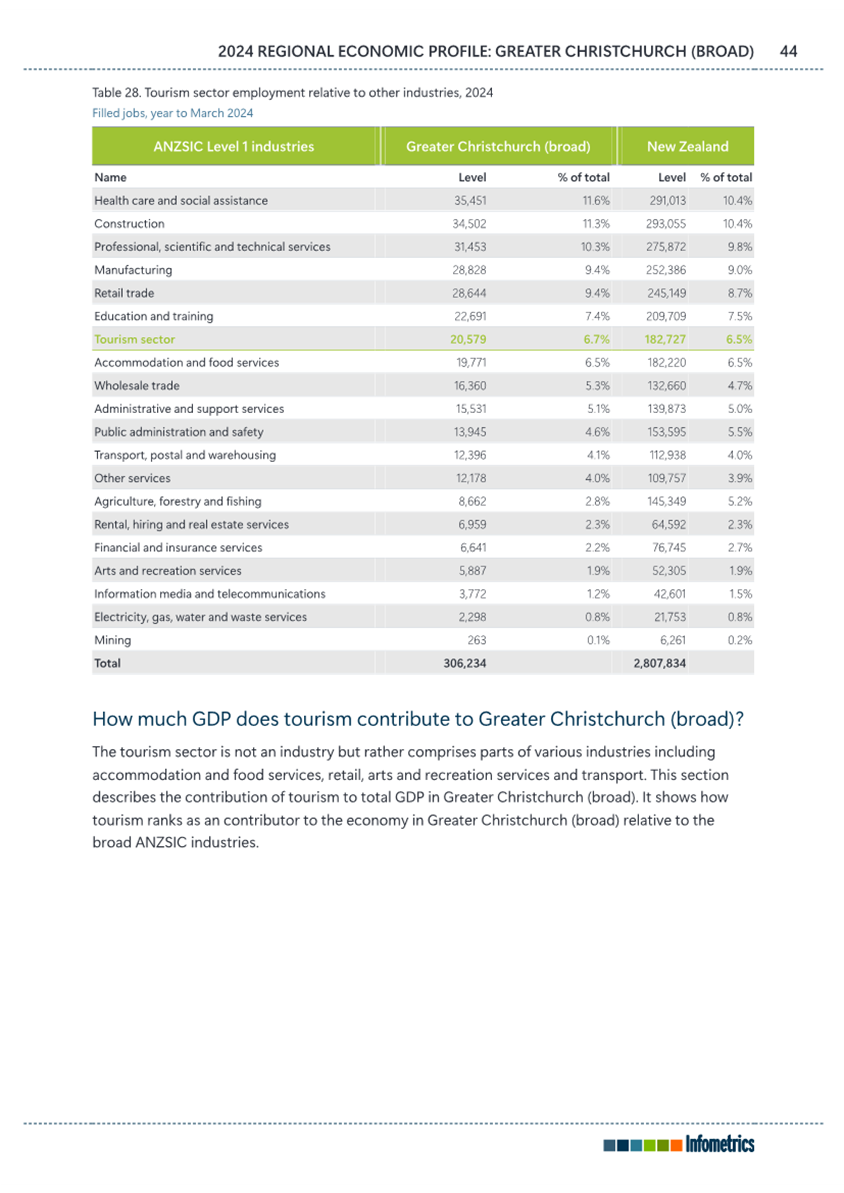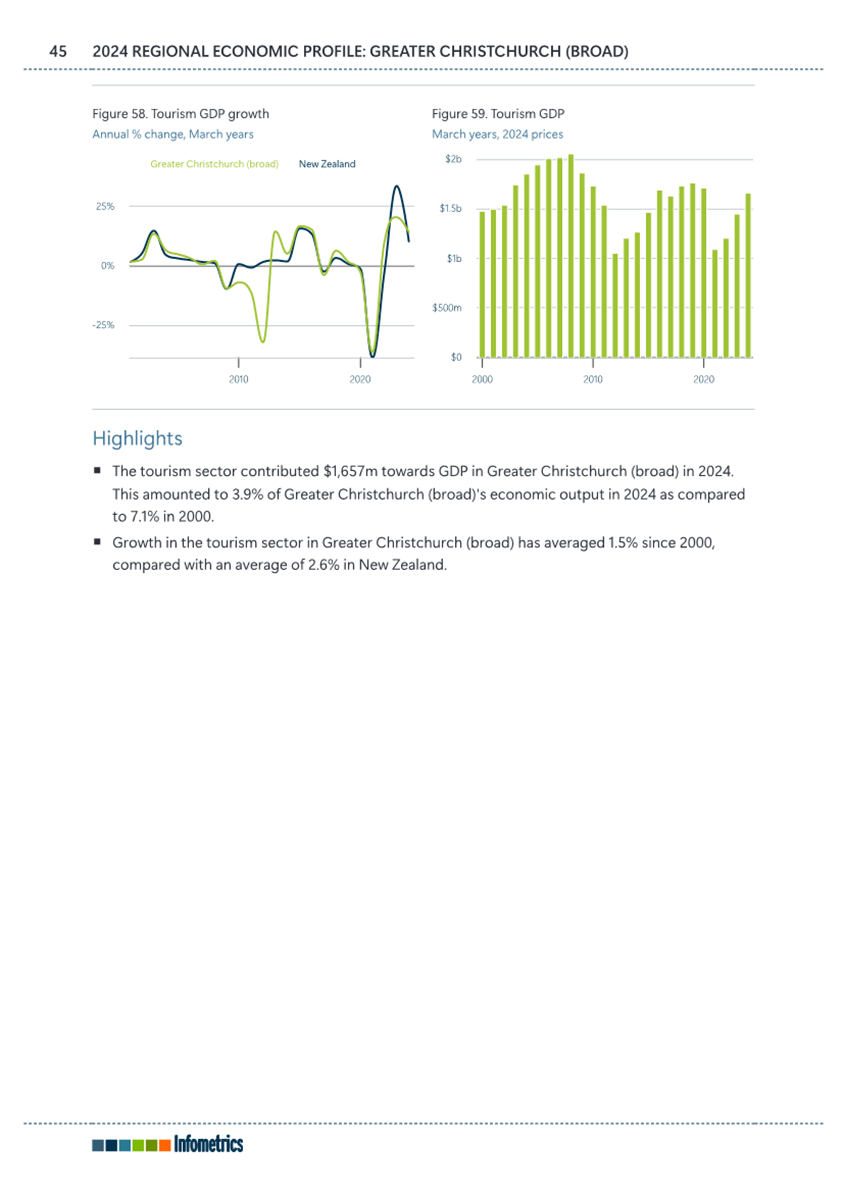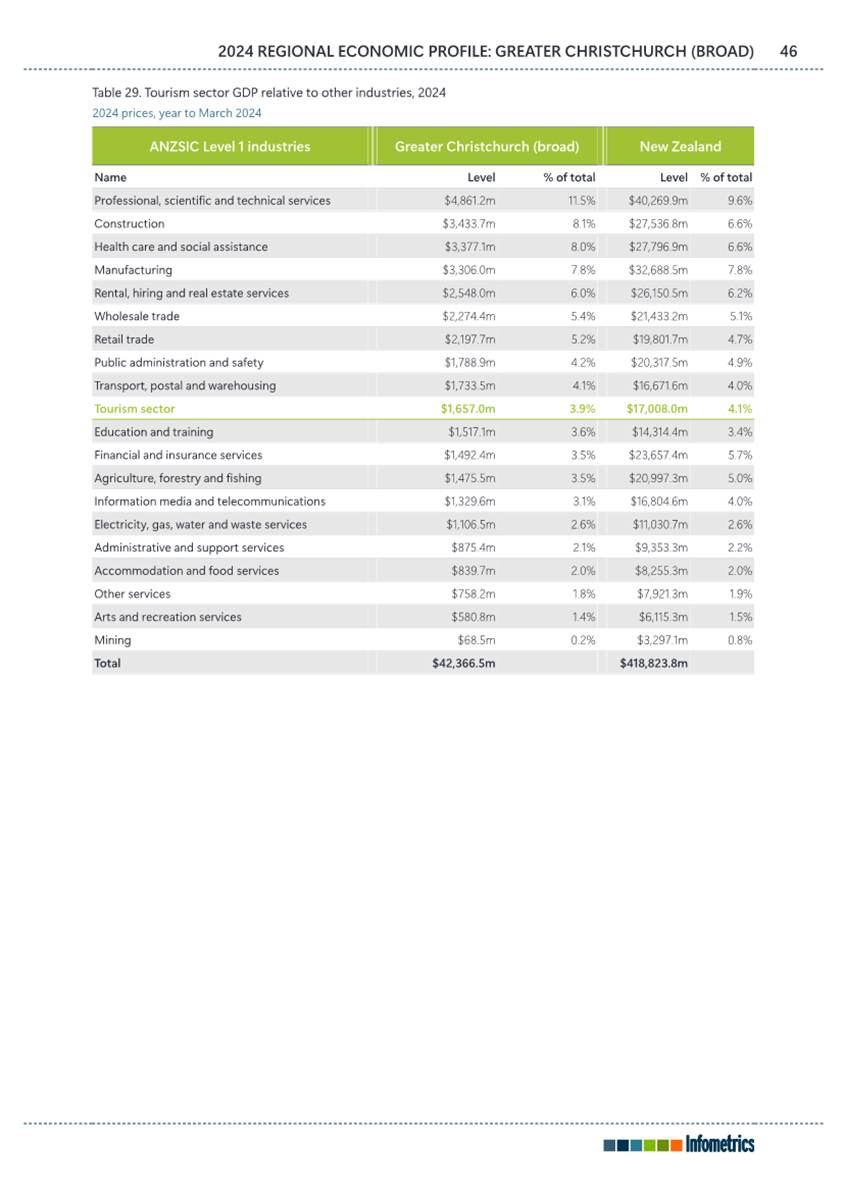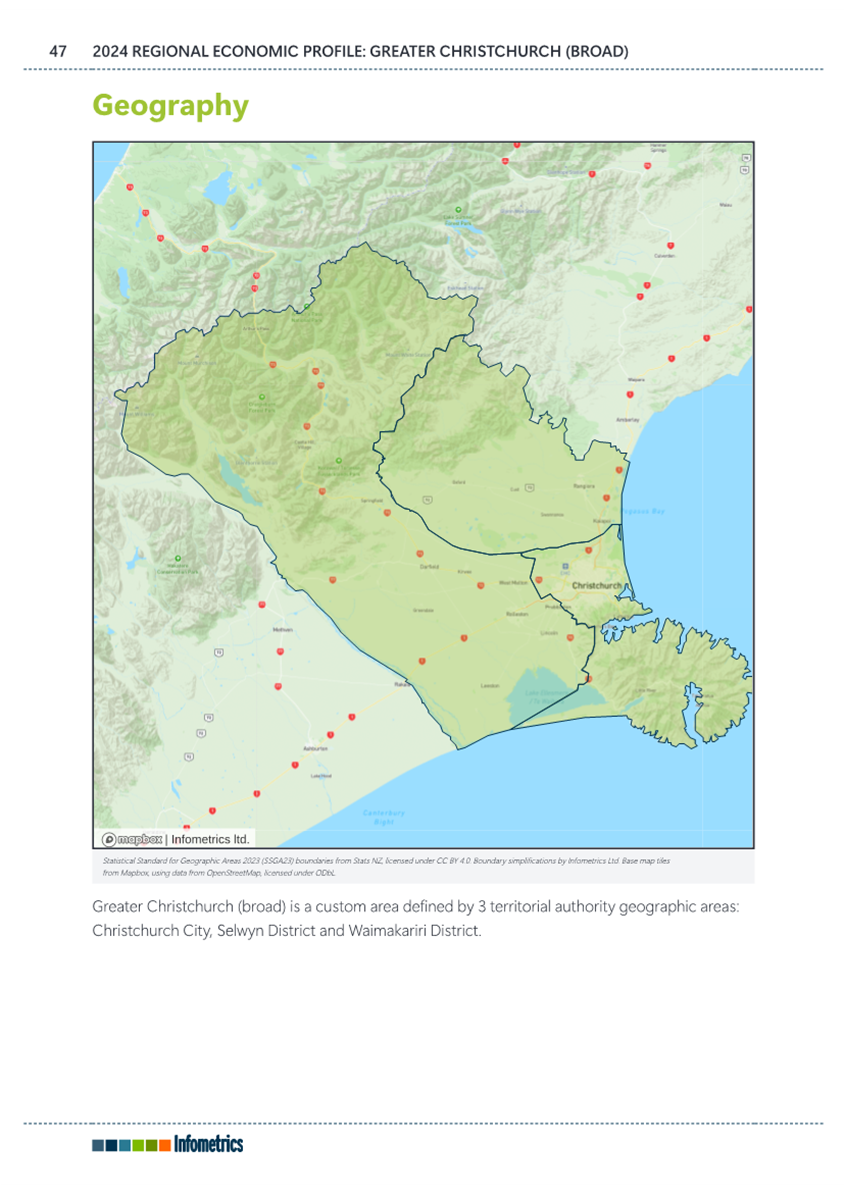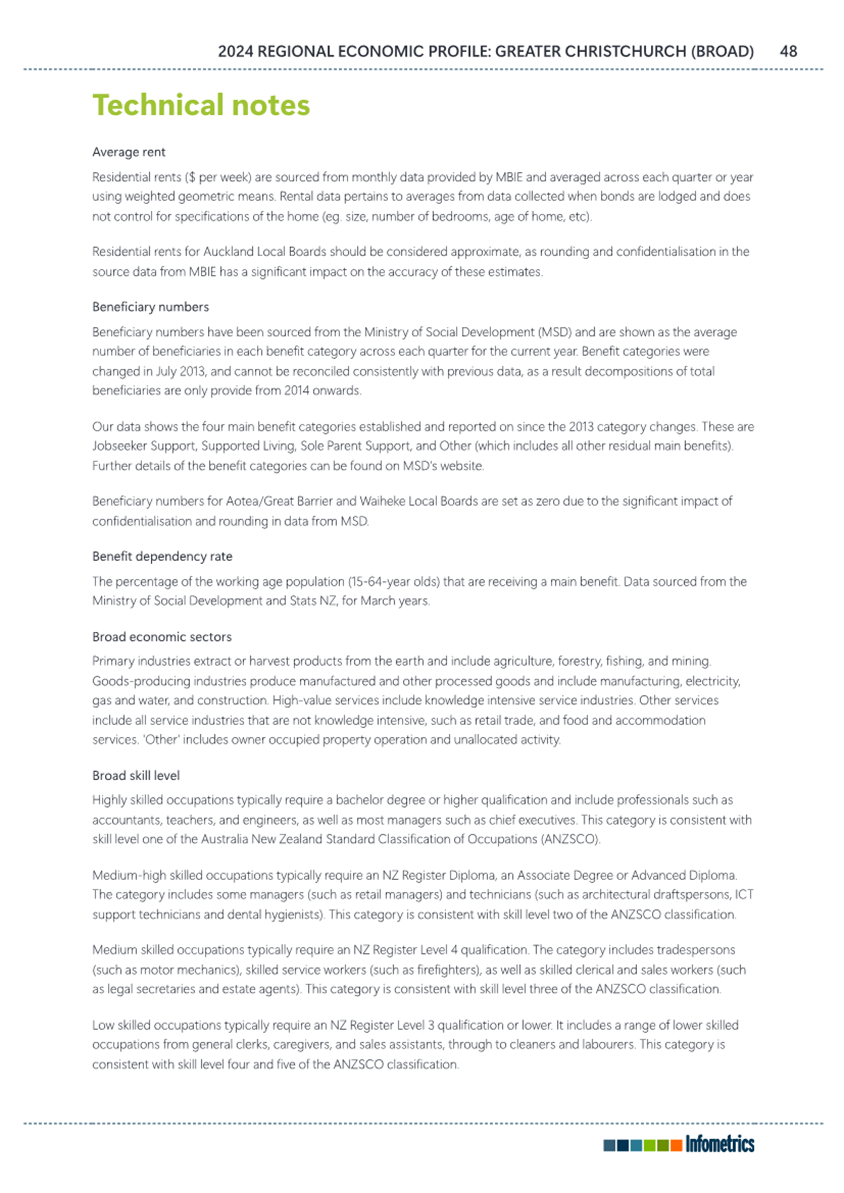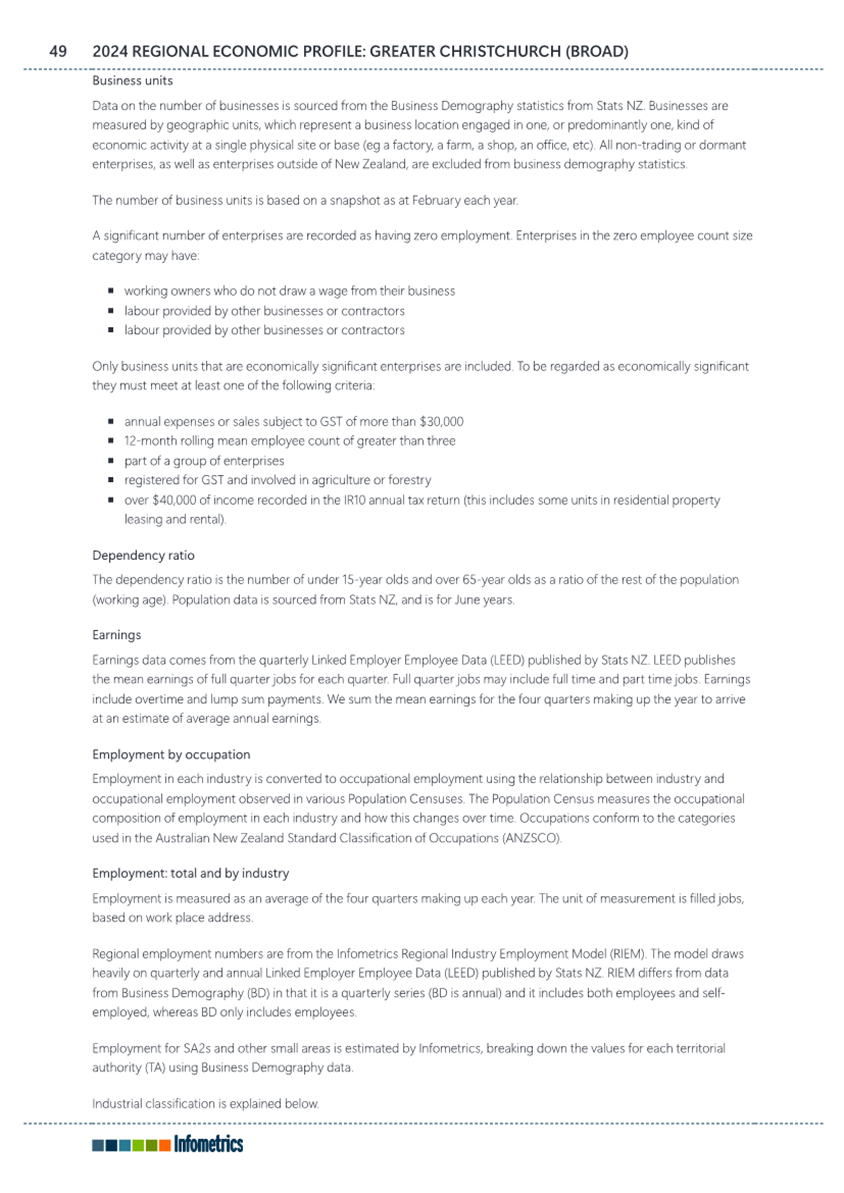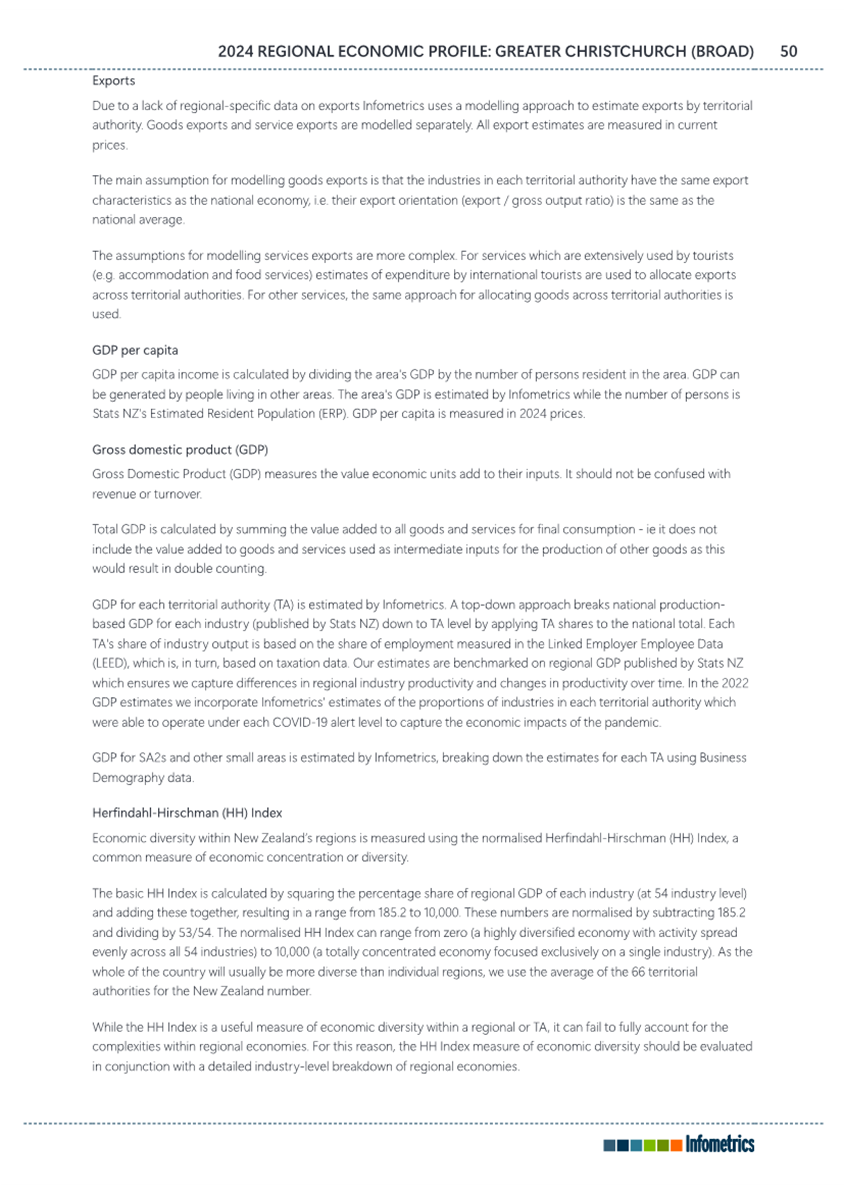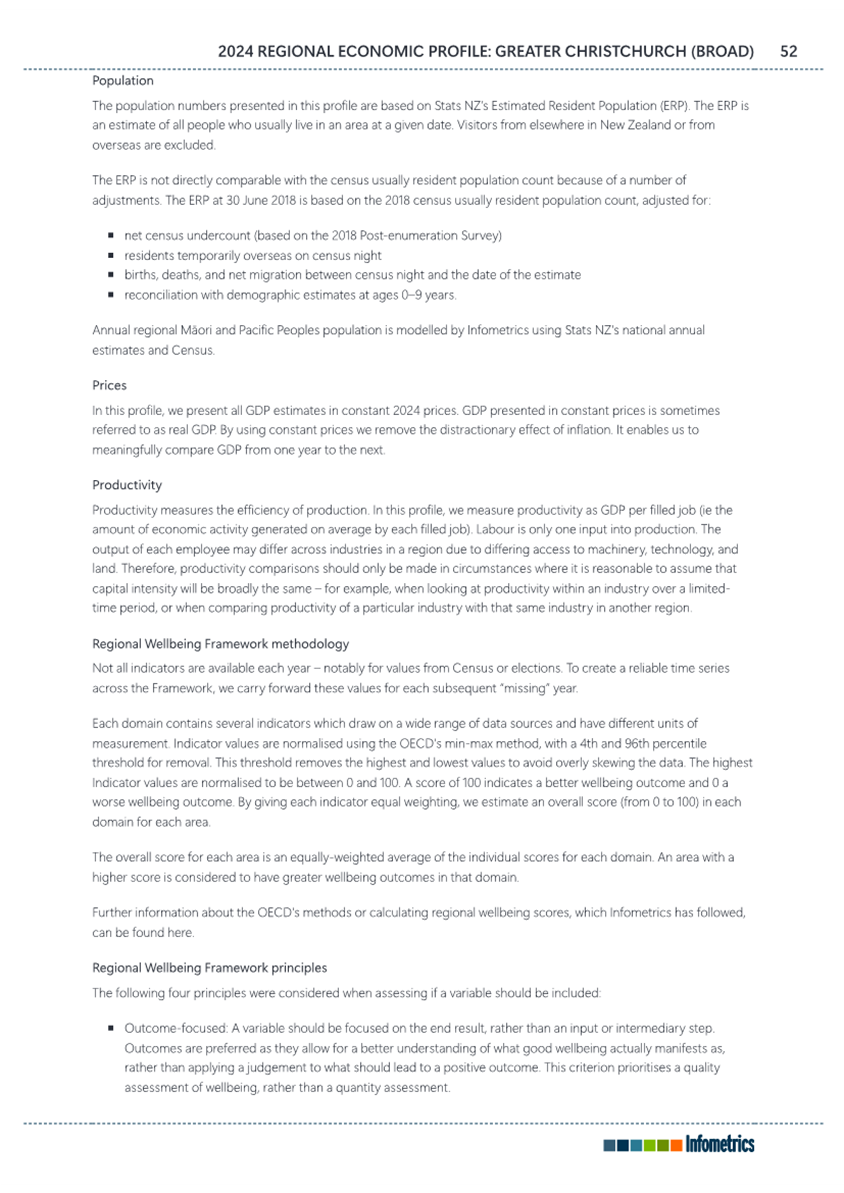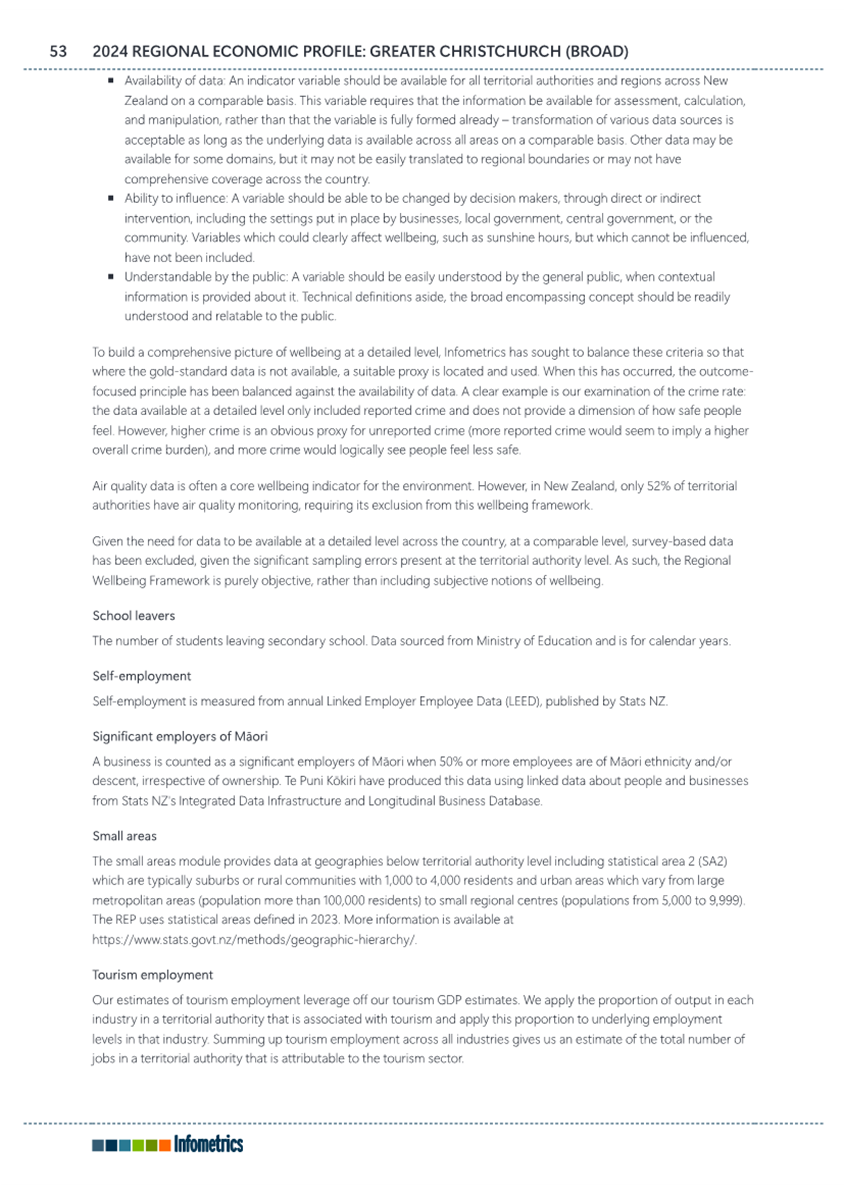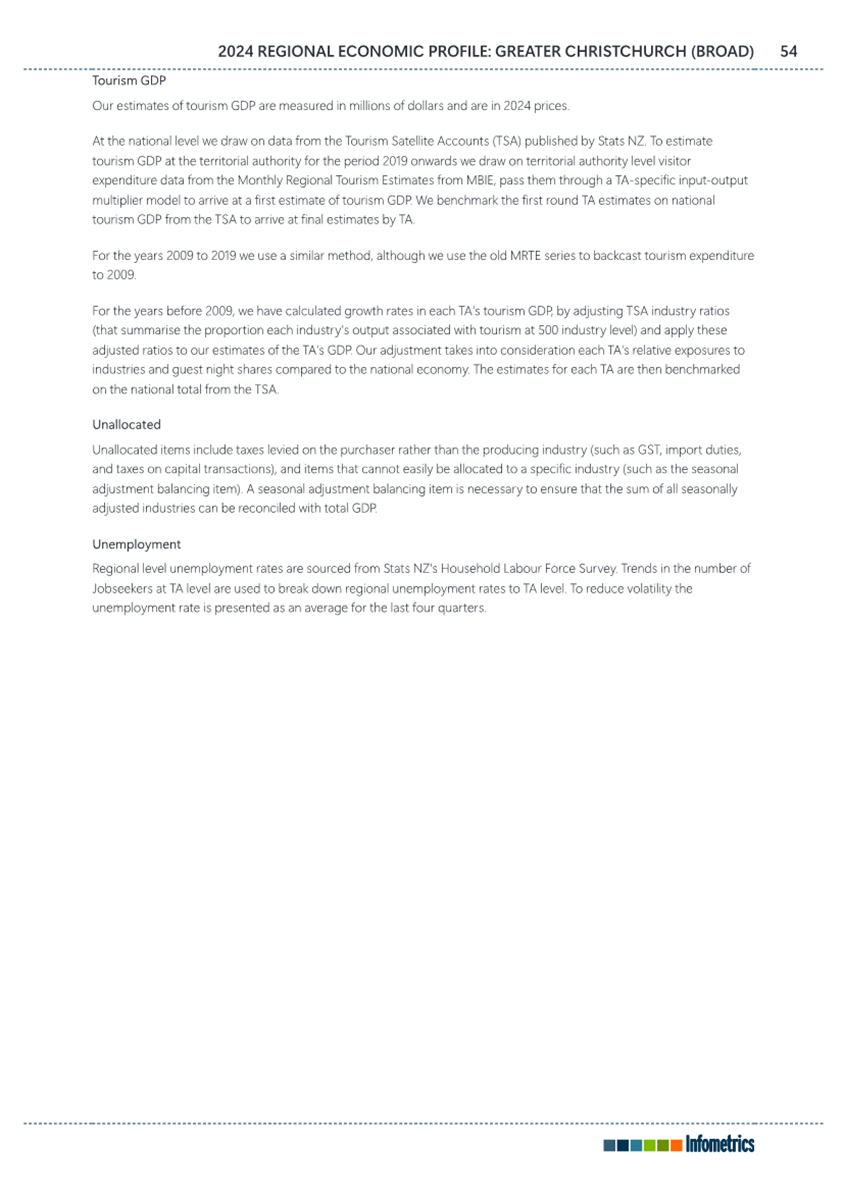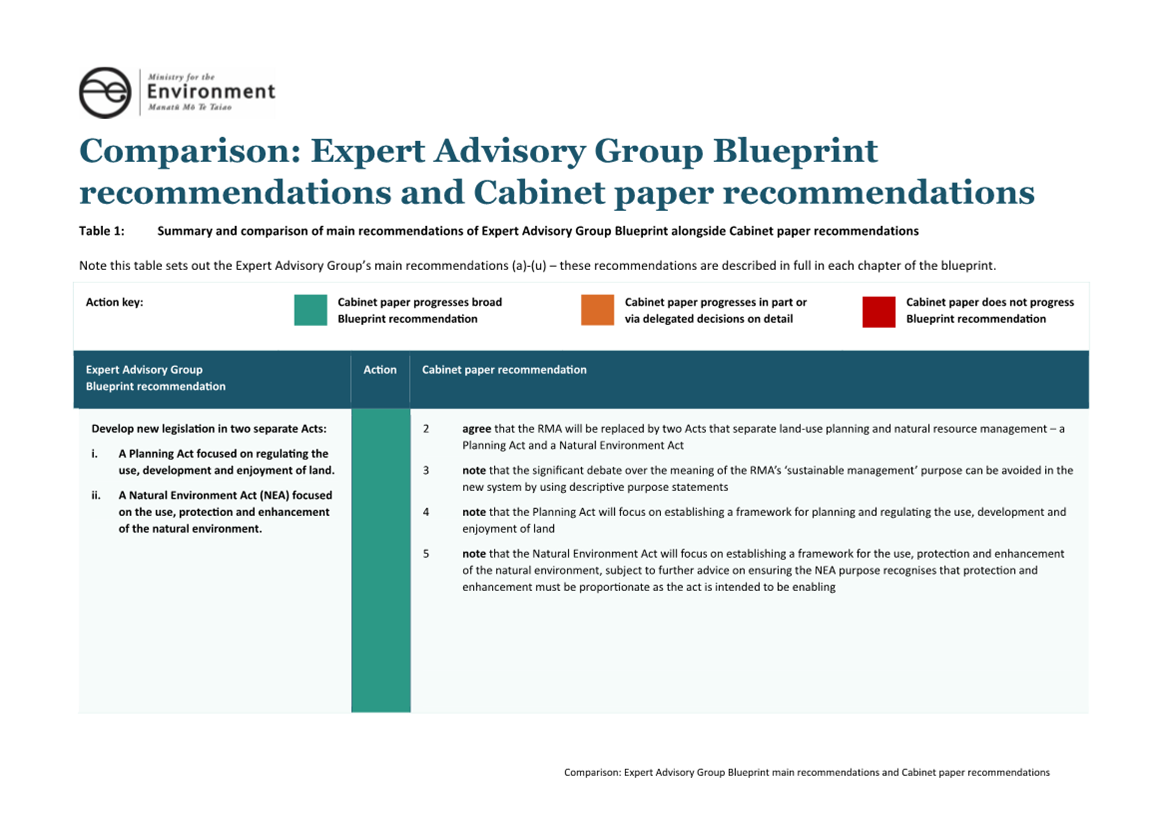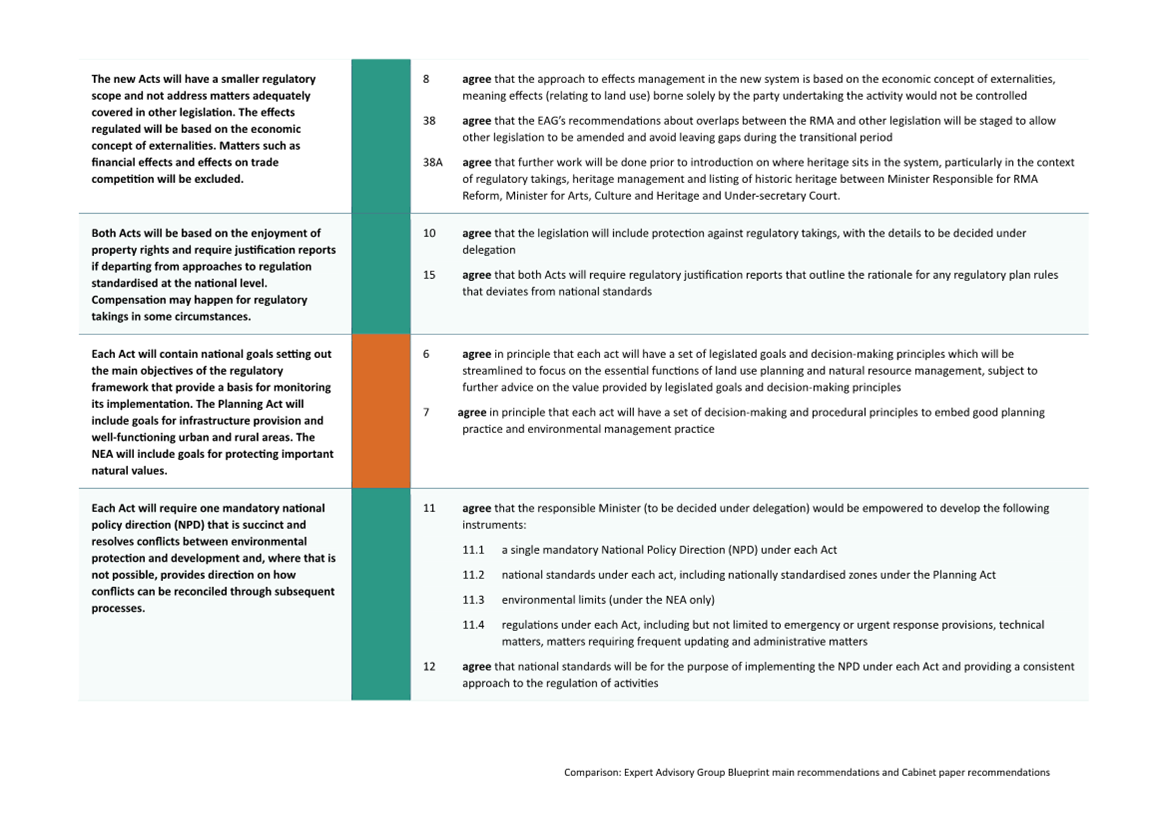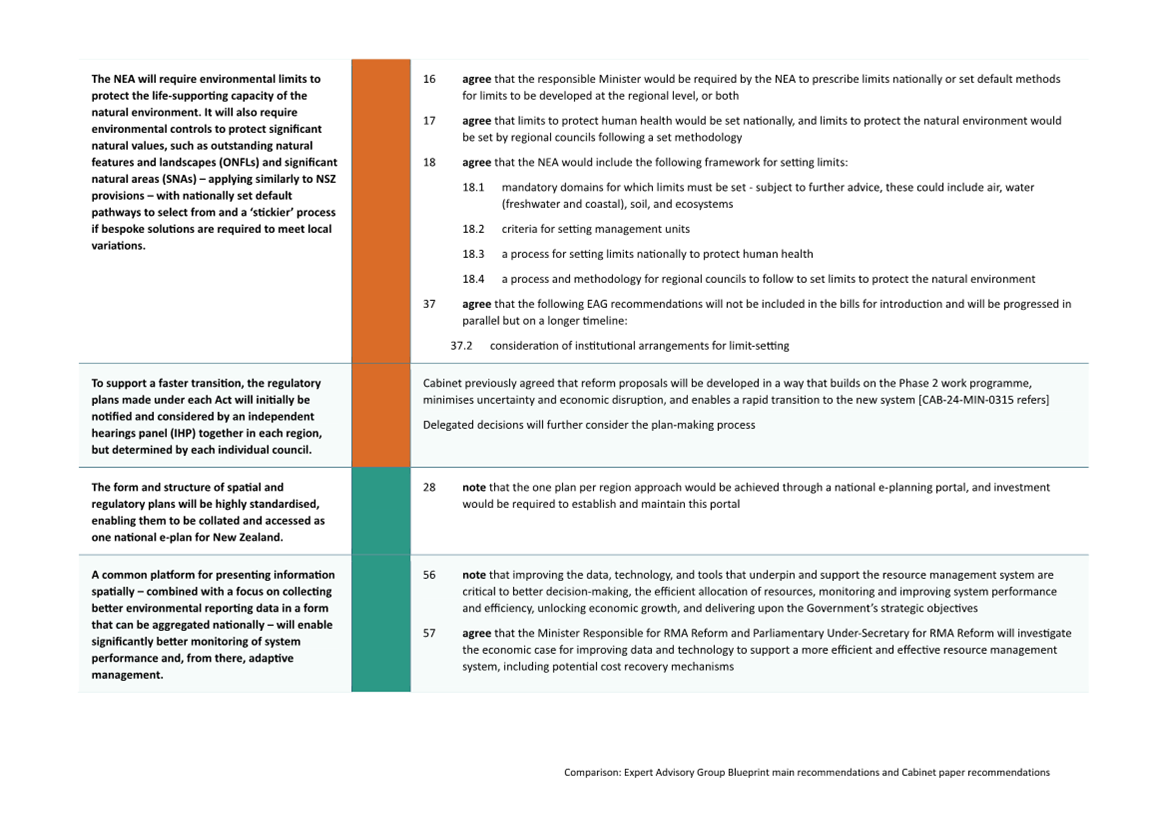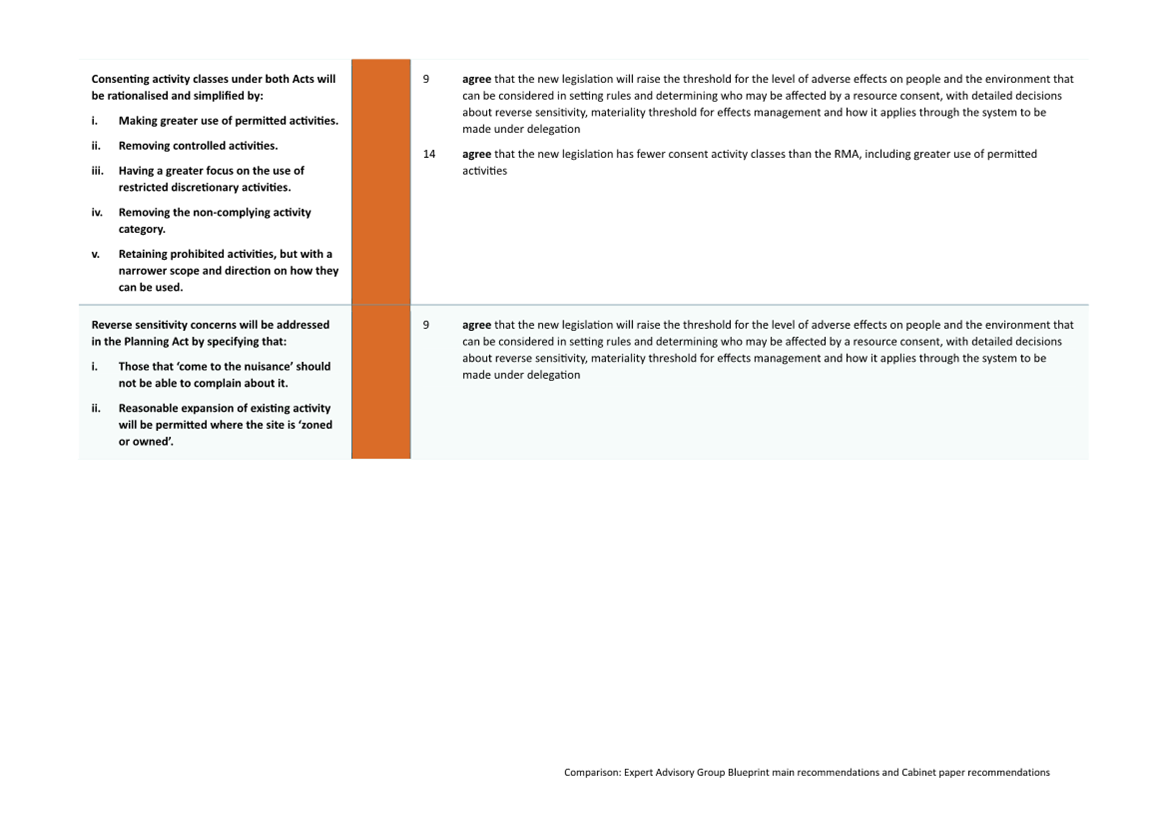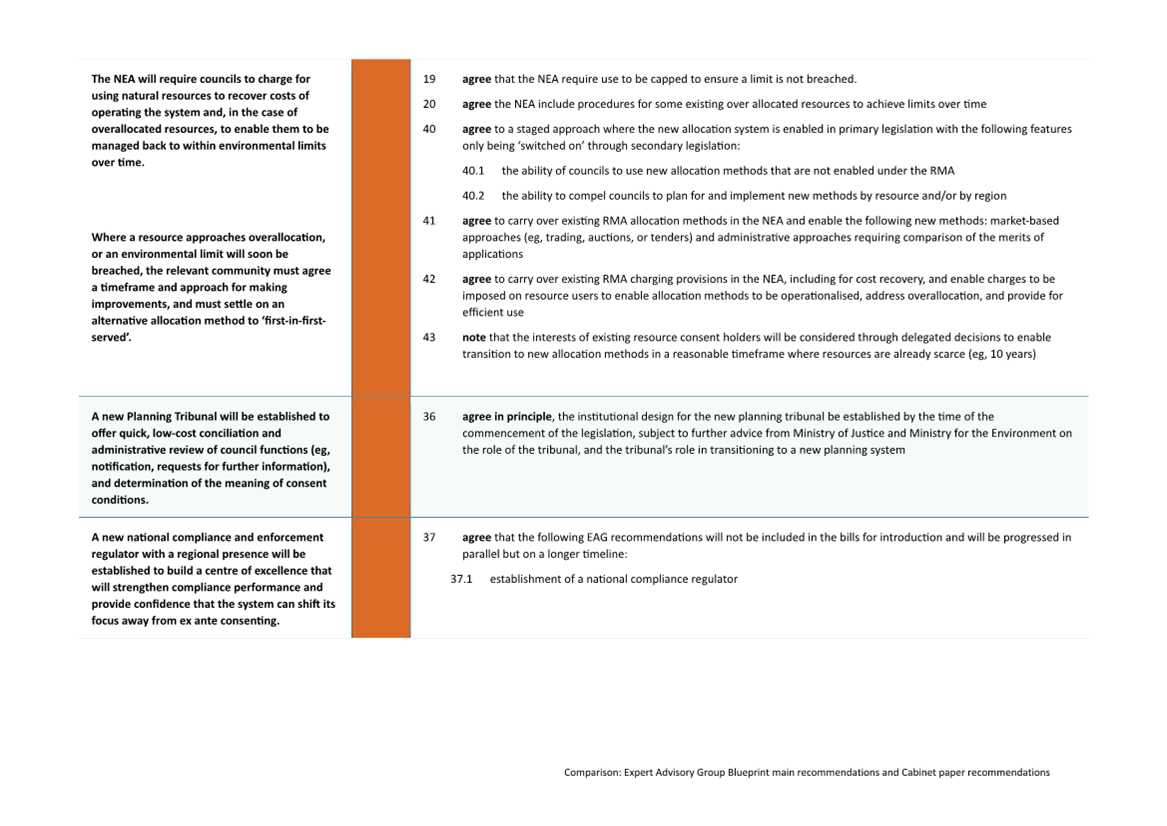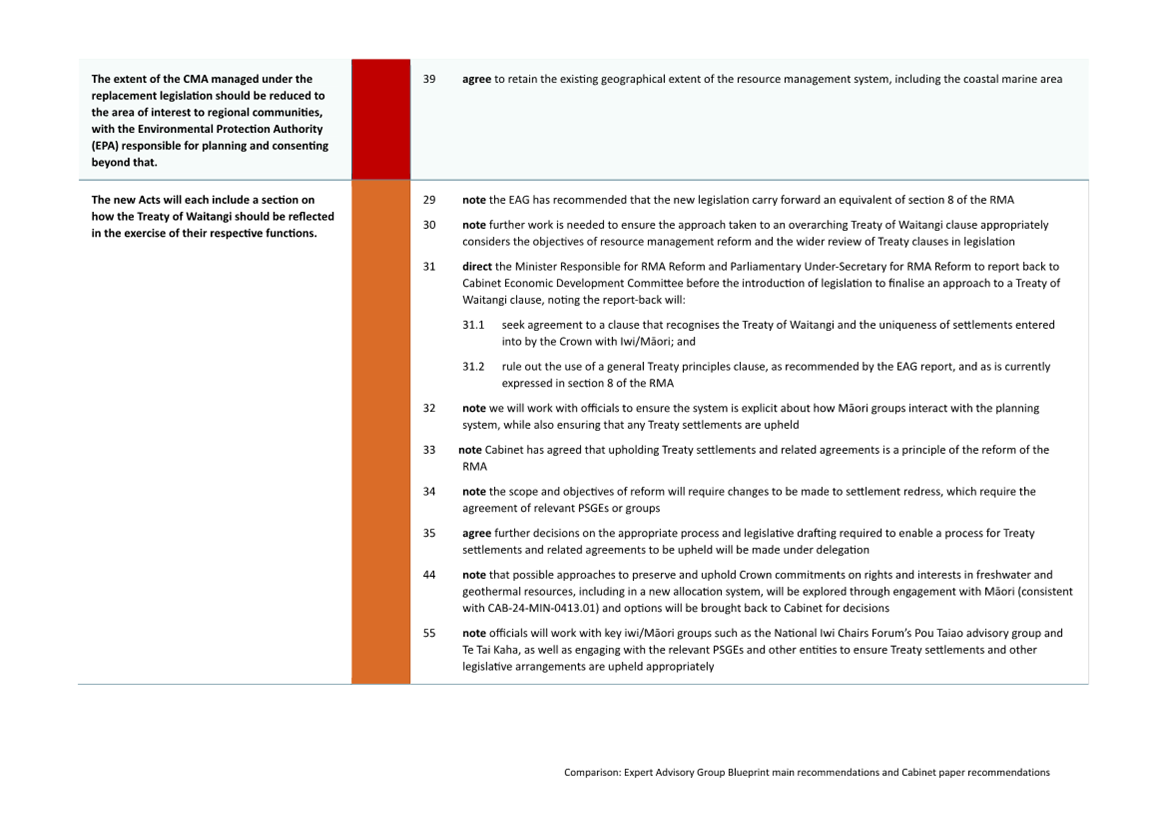
Greater Christchurch Partnership Committee
Agenda
Notice of Meeting Te Pānui o te Hui:
A meeting of the
Greater Christchurch Partnership Committee will be held on:
Date: Friday 23 May 2025
Time: 9:00 am
Venue: Council Chamber, Environment Canterbury,
200 Tuam Street, Christchurch
15 May 2025

|
 Committee Members Committee Members
|
|
|
|
Greater
Christchurch Partnership Interim Chair
Chair
Craig Pauling
Mana
Whenua
Dr
Te Maire Tau, Jane Huria and Gail Gordon
Christchurch
City Council
Mayor
Phil Mauger, Councillors Victoria Henstock and Sara Templeton
Environment
Canterbury
Councillors
Grant Edge and Vicky Southworth
Selwyn
District Council
Mayor
Sam Broughton, Councillors Nicole Reid and Lydia Gliddon
Waimakariri
District Council
Mayor
Dan Gordon, Deputy Mayor Neville Atkinson and Councillor Niki Mealings
Health
Dr
Anna Stevenson
Waka
Kotahi (New Zealand Transport Agency - Non-Voting Member)
Ian
Duncan
|
|
Director, Greater Christchurch Partnership
John Bartels
Ph 941 8456
|
|
Democracy Services Adviser
David Corlett
ph 941 5421
|

1.
TERMS OF REFERENCE Ngā Ārahina Mahinga
1.1.
The role of the Committee is to:
i.
Foster and facilitate a collaborative approach between
the Partners to address strategic challenges and opportunities for Greater
Christchurch.
ii.
Show clear, decisive and visible collaborative
strategic leadership amongst the Partners, to wider stakeholders, agencies and
central government and to communities across Greater Christchurch.
iii.
Enable Partners to better understand individual
perspectives and identify shared objectives and areas of alignment.
iv.
Assist information sharing, efficient and
effective working, and provide a stronger voice when advocating to others.
v.
Establish, and periodically review, an agreed
strategic framework to support a collective approach to improving intergenerational
wellbeing in Greater Christchurch through addressing strategic challenges and
opportunities.
vi.
Oversee implementation of strategies and plans
endorsed by the Committee and ratified at individual Partner governance
meetings, including through the adoption and delivery of an annual joint work
programme.
vii.
Ensure the Partnership proactively engages with
other related partnerships, agencies and organisations critical to the
achievement of its strategic functions.
1.2.
The functions of the Committee are to:
i.
Establish, and periodically review, an agreed
strategic framework to support a collective approach to improving intergenerational
wellbeing in Greater Christchurch.
ii.
As required, develop new and review existing
strategies and plans to enable Partners to work more collaboratively with each
other and to provide greater clarity and certainty to stakeholders and the
community. Existing strategies and plans endorsed by the Greater Christchurch
Partnership Committee or endorsed by the UDSIC and inherited by this Committee
are published on the Partnership’s website.
iii.
Recommend to Partners for ratification at
individual partner governance meetings any new or revised strategies and plans.
iv.
Adopt and monitor the delivery of an annual
joint work programme to deliver on strategic goals and actions outlined in
adopted strategies and plans.
v.
Undertake reporting on the delivery of adopted strategies
and plans, including in relation to an agreed strategic outcomes framework.
vi.
Identify and manage risks associated with
implementing adopted strategies and plans.
vii.
Establish and maintain effective dialogue and
relationships (through meetings, forums and other communications) with other
related partnerships, agencies and organisations to the support the role of the
Committee, including but not limited to:
a.
Waka Toa Ora (Healthy Greater Christchurch)
b.
Canterbury Mayoral Forum
c.
Tertiary institutions and educational
partnerships
d.
Strategic infrastructure providers
e.
Government departments
viii.
Undertake wider engagement and consultation as
necessary, including where appropriate seeking submissions and holding
hearings, to assist the development of any strategies and plans.
ix.
Advocate to central government or their agencies
or other bodies on issues of concern to the Partnership, including through the
preparation of submissions (in liaison with the Canterbury Mayoral Forum as
necessary).
x.
For the avoidance of doubt, the
Committee’s strategic transport functions include:
a.
Consider key strategic transport issues,
national policies and public transport associated collaborative business cases.
b.
Develop the Greater Christchurch component of
the Regional Public Transport Plan and recommend to the Canterbury Regional
Council for approval, when required.
c.
Monitor the delivery of the strategic public
transport work programme in Greater Christchurch.
1.3.
In undertaking its role and performing its
functions the Committee will consider seeking the advice of the Chief
Executives Advisory Group.
2.
QUORUM AND
Conduct of meetings
1.1.
The quorum at a meeting of the Committee
consists of the majority of the voting members.
1.2.
Other than as noted in this Agreement, the
standing orders of the administering Council at the time, shall apply.
1.3.
Voting shall be on the basis of the majority
present at the meeting, with no alternates or proxies.
1.4.
For the purpose of clause 6.2, the Independent
Chairperson:
i.
has a deliberative vote; and
ii.
in the case of equality of votes, does not have
a casting vote (and therefore the act or question is defeated and the status
quo is preserved).
3.
MEETING FREQUENCY
3.1.
Notification of meetings and the publication of
agendas and reports shall be conducted in accordance with the requirements of
Part 7 of the Local Government Official Information and Meetings Act 1987.
3.2.
The Committee shall meet monthly, or as
necessary and determined by the Independent Chair in liaison with the
Committee.
3.3.
The Committee welcomes external speakers by
deputation however the right to speak at meetings must be in accordance with
the adopted public deputation guidelines of the Committee.
4.
DELEGATIONS
4.1.
Establishing, and where necessary, amending,
protocols and processes to support the effective functioning of the Committee,
including but not limited to those relating to the resolution of conflicting
views, communications and public deputations.
4.2.
Preparing communication and engagement material
and publishing reports relevant to the functions of the Committee.
4.3.
Commissioning and publishing reports relevant to
the functions of the Committee.
4.4.
Undertaking engagement and consultation
exercises in support of the terms of reference and functions of the Committee.
4.5.
Selecting an Independent Chair and Deputy Chair
in accordance with any process agreed by the Committee and the requirements of
the LGA 2002.
4.6.
Making submissions, as appropriate, on
Government proposals and other initiatives relevant to the role of the
Committee.
4.7.
Appointing, where necessary, up to two
additional non-voting observers to the Committee.
5.
FINANCIAL DELEGATIONS
5.1.
The Committee can make financial decisions
within an agreed budget envelope and as long as the decision does not trigger
any change to the statutory plans prepared under the LGA 2002, the RMA 1991, or
the LTMA 2003.
AGENDA ITEMS HE RĀRANGI TAKE
Karakia mō te Tīmatataka Opening
Incantation............................................ 8
1. Apologies Ngā Whakapāha................................................................... 8
2. Declarations of Interest Ngā Whakapuaki Aronga.................................. 8
3. Deputations by Appointment Ngā Huinga
Whakaritenga........................ 8
4. Confirmation of Previous Minutes Te Whakaāe o te
hui o mua................ 8
Staff Reports
5. Draft
Canterbury Regional Public Transport Plan 2025–35............ 17
6. Greater
Christchurch Transport Plan Endorsement.................... 255
7. Joint
Housing Action Plan - Phase 2 Actions............................... 257
8. Greater
Christchurch Spatial Plan - Implementation Plan 2024-27 267
9. Greater
Christchurch Spatial Plan Annual Report 2025............... 287
10. Priority Areas
Programme Update............................................ 365
11. Secretariat
Update.................................................................. 369
Karakia Whakakapi Closing Incantation

Karakia mō te Tīmatataka Opening Incantation
|
Whakataka te hau ki te
uru
Whakataka te hau ki te tonga
Kia mākinakina ki
uta
Kia mātaratara ki
tai
E hī ake ana te
atakura
He tio, he huka, he hau
hū
Tīhei Mauri Ora
|
Cease the winds from the
west
Cease the winds from the
south
Let the breeze blow over the
land
Let the breeze blow over the
sea
Let the red-tipped dawn come with
a sharpened air.
A touch of frost, a promise of a
glorious day
|
1. Apologies Ngā Whakapāha
Apologies will
be recorded at the meeting.
2. Declarations of Interest Ngā
Whakapuaki Aronga
Members are
reminded of the need to be vigilant and to stand aside from decision-making
when a conflict arises between their role as an elected representative and any
private or other external interest they might have.
3. Deputations by Appointment Ngā Huinga
Whakaritenga
Deputations by
appointment will be recorded in the meeting minutes.
To present to the Committee refer
to the Participating in decision-making webpage or
contact the meeting advisor listed on the front of this agenda.
4. Confirmation of Previous Minutes Te
Whakaāe o te hui o mua
That the
minutes of the Greater Christchurch Partnership Committee meeting held on Friday, 7 March 2025 be confirmed (refer
page 9).

Greater Christchurch Partnership Committee
Open Minutes
Date: Friday 7 March 2025
Time: 9.03am
Venue: Council Chamber, Environment Canterbury,
200 Tuam Street, Christchurch
Present
|
Members
|
Jane Huria , Mana Whenua
Gail Gordon - Mana Whenua
Mayor Phil Mauger , Christchurch City
Council
Councillor Sara Templeton , Christchurch
City Council
Chair Craig Pauling , Environment
Canterbury
Councillor Grant Edge - Environment
Canterbury
Councillor Vicky Southworth , Environment
Canterbury (via audio/visual)
Mayor Sam Broughton , Selwyn District
Council
Councillor Lydia Gliddon , Selwyn
District Council
Councillor Nicole Reid - Selwyn District
Council
Mayor Dan Gordon , Waimakariri District
Council
Deputy Mayor Neville Atkinson ,
Waimakariri District Council
Councillor Niki Mealings , Waimakariri
District Council
|
Website: www.ccc.govt.nz
Karakia mō te Tīmatataka Opening Incantation
|
Whakataka te hau
ki te uru
Whakataka te hau
ki te tonga
Kia
mākinakina ki uta
Kia
mātaratara ki tai
E hī ake
ana te atakura
He tio, he huka,
he hau hū
Tīhei Mauri
Ora
|
Cease the
winds from the west
Cease the
winds from the south
Let the
breeze blow over the land
Let the
breeze blow over the sea
Let the
red-tipped dawn come with a sharpened air.
A touch of
frost, a promise of a glorious day
|
|
Election of a Chair
|
|
|
Committee Resolved GCPC/2025/00001
The Greater
Christchurch Partnership Committee resolved that Chair Craig Pauling be appointed
Chairperson of the Greater Christchurch Partnership Committee for todays
meeting.
Gail
Gordon/Mayor Dan Gordon Carried
|
Environment Canterbury Chair Craig Pauling
assumed the Chair.
1. Apologies
Ngā Whakapāha
|
Committee Resolved GCPC/2025/00002
That the apologies
from Councillor Henstock, James Caygill and Dr Anna Stevenson for absence,
and Jane Huria for a late arrival be accepted.
Mayor Phil
Mauger/Mayor Sam Broughton Carried
|
2. Declarations
of Interest Ngā Whakapuaki Aronga
There were no
declarations of interest recorded.
3. Deputations
by Appointment Ngā Huinga Whakaritenga
There were no deputations by appointment.
4. Confirmation
of Previous Minutes Te Whakaāe o te hui o mua
|
Committee Resolved GCPC/2025/00003
That the minutes of the Greater Christchurch Partnership
Committee meeting held on Friday, 13 December 2024 be confirmed.
Councillor Niki
Mealings/Councillor Grant Edge Carried
|
|
5. Secretariat
and Work Programme Update
|
|
|
Committee Comment
1. In
reference to the government directions watching brief, changes to the
Building Consent Authority could bring opportunity. It was noted that
this is being discussed at the Canterbury Mayoral Forum. The
Secretariat will stay connected.
2. Commencement
of the blue-green strategy was queried, this was not prioritised by the
Committee in this years’ work programme so has not been progressed at
this stage.
3. It
was noted that the work programme doesn’t include forward looking
milestones which would be useful to see. Reporting to the Committee
will change from the next meeting, in May, when the Greater Christchurch
Spatial Plan Implementation Plan and annual report will be provided.
This will include forward work programme including key actions and
milestones.
|
|
|
Officer Recommendation
accepted without change
Committee Resolved GCPC/2025/00004
Part C
That the Greater Christchurch Partnership Committee:
1. Receives and notes the Greater Christchurch Partnership secretariat and
work programme update.
Mayor Sam
Broughton/Councillor Grant Edge Carried
|
|
6. Mass
Rapid Transit - Project Update
|
|
|
Committee Comment
1. The
work of staff was acknowledged. It was noted that at a meeting with
Minister Bishop last week there was a positive conversation around MRT.
A priority is to make sure the corridors are protected.
2. Members
are keen to progress this work at pace and provide support to Christchurch
City Council who are leading this work. Funding may need to be brought
forward to better resource the project.
3. It
was noted the next Committee report is planned for the end of the year.
The Mayors and Chair would like to continue to advocate for MRT with the
Minister and so would like an interim update that could support a further
conversation. The timing for this update is to be confirmed.
|
|
|
Officer Recommendations
Ngā Tūtohu
That the Greater Christchurch Partnership Committee:
1. Receive the update on the Mass Rapid Transit (MRT) project next
steps
2. Notes that the initial focus of the MRT project development
now being led by Christchurch City Council remains consistent with the Hornby
to Belfast extents included in the MRT Indicative Business Case (MRT-IBC) and
endorsed by the Whakawhanake Kāinga Komiti in May 2023 as the preferred
option
3. Endorses the 2025-27 MRT work programme approach outlined in this
report which proposes a focus, for this first stage of work, being on:
a. Route protection of the preferred MRT corridor
endorsed in the Indicative Business Case
b. Alignment with related Greater Christchurch
and Crown work programmes
c. Maintaining a national profile
4. Notes that the preferred option in the MRT-IBC includes
proposed improvements to Waimakariri and Selwyn District (District) public
transport connections and this alongside longer-term considerations will be
included in the next stage of the detailed business case development
programme.
5. Notes that consideration of how these future District public
transport outcomes will be achieved, will require further actions and tasks
to be outlined, timelines developed and a development pathway (including
responsible agencies) to be agreed by the Partnership.
6. Notes that a subsequent progress update on the delivery of the
MRT and wider Greater Christchurch Public Transport Improvements Programme is
intended to be provided to the Greater Christchurch Partnership Committee in
late 2025.
|
|
|
Committee Resolved GCPC/2025/00005
Part C
That the Greater Christchurch Partnership Committee:
1. Receive the update on the Mass Rapid Transit (MRT) project next
steps
2. Notes that the initial focus of the MRT project development
now being led by Christchurch City Council remains consistent with the Hornby
to Belfast extents included in the MRT Indicative Business Case (MRT-IBC) and
endorsed by the Whakawhanake Kāinga Komiti in May 2023 as the preferred
option
3. Endorses the 2025-27 MRT work programme approach outlined in this
report which proposes a focus, for this first stage of work, being on:
a. Route protection of the preferred MRT corridor
endorsed in the Indicative Business Case
b. Alignment with related Greater Christchurch
and Crown work programmes
c. Maintaining a national profile
4. Notes that the preferred option in the MRT-IBC includes
proposed improvements to Waimakariri and Selwyn District (District) public
transport connections and this alongside longer-term considerations will be
included in the next stage of the detailed business case development
programme.
5. Notes that consideration of how these future District public
transport outcomes will be achieved, will require further actions and tasks
to be outlined, timelines developed and a development pathway (including
responsible agencies) to be agreed by the Partnership.
6. Notes that a subsequent progress update on the delivery of the
MRT and wider Greater Christchurch Public Transport Improvements Programme is
intended to be provided to the Greater Christchurch Partnership Committee in
late 2025.
7.
Requests that staff prepare an update to support the
Committee with their conversations with the Minister.
Mayor Phil
Mauger/Councillor Sara Templeton Carried
|
|
7. Greater
Christchurch Transport Plan
|
|
|
Committee Comment
1. Mana
whenua reiterated their position that Māori reserve land be must be
protected through any transport implementation.
2. The
impact of RMA Fast Track applications was queried. Staff noted it is
too early to say yet. However, the impact of any decisions will be considered
in terms of both the GC Transport and Spatial Plans to see if amendment
required.
3. At
this stage partners do not require individual briefings.
|
|
|
Officer Recommendation
accepted without change
Committee Resolved GCPC/2025/00006
Part C
That the Greater Christchurch Partnership Committee:
1. Receive the Draft Greater Christchurch Transport Plan for review.
2. Note the next steps for the Greater Christchurch Transport
Plan.
3. Confirm if further wider Partner Governance briefings are
required.
Mayor Sam
Broughton/Councillor Sara Templeton Carried
|
Councillor Templeton left the meeting at
10.26 am during Item 8 and returned at 10.29 am during the same item.
|
8. Joint
Housing Action Plan Partner Council Briefing Update
|
|
|
John Bartels, Strategic Projects Lead,
Greater Christchurch Partnership tabled a presentation which he spoke
to. Feedback was received that while some options were not favoured i.e.
inclusionary zone and targeted rates, everything should be progressed to the
next stage to provide the detail required to inform decision making.
|
|
|
Attachments
a Joint
Housing Action Plan Partner Council Briefing Update
|
|
9. Greater
Christchurch Partnership Review
|
|
|
Committee Comment
1. Option
1 was supported by the Committee. However, the Committee would like to add in
the key question from option 2 “What opportunities are there to enhance
either the combined work of the GCP and CMF to advance
Canterbury’s diverse interests?”
2. Chair
Pauling was elected to the position of Interim Chair unopposed.
|
|
|
Officer Recommendations Ngā
Tūtohu
That the Greater Christchurch Partnership Committee:
1. Approves [Option 1 or 2] as the Terms of Reference for the Greater Christchurch
Partnership Review (Attachment A).
2. Agrees to the appointment of an Interim Chair until the review
is concluded, and the committee has considered the recommendations.
Noting this is a temporary variation of the Memorandum of Agreement.
3. Agrees that if more than one nomination is received for the
Interim Chair, to use voting system [A or B] in the election of an Interim
Chair.
4. Appoints [insert name] to the role of Interim Chair the Greater
Christchurch Partnership.
|
|
|
Committee Resolved GCPC/2025/00007
Part C
That the Greater Christchurch Partnership Committee:
1. Approves
Option 1 as the Terms of Reference for the Greater Christchurch
Partnership Review (Attachment A)
3. Agrees
to the appointment of an
Interim Chair until the review is concluded, and the committee has considered
the recommendations. Noting this is a temporary variation of the
Memorandum of Agreement.
4. Appoints
Chair Craig Pauling to the
role of Interim Chair the Greater Christchurch Partnership.
Mayor Sam
Broughton/Mayor Dan Gordon Carried
|
Karakia –
Whakakapi Closing Incantation
Given by Chair Craig Pauling
Meeting
concluded at10.50 am.
CONFIRMED THIS 6th DAY OF
MAY 2025
|
5. Draft
Canterbury Regional Public Transport Plan 2025–35
|
|
Reference Te Tohutoro:
|
25/619503
|
|
Responsible Officer(s) Te Pou Matua:
|
Len
Fleete, Senior Strategy Advisor
Sonia Pollard, Public Transport Strategy and Planning
|
|
Accountable ELT Member Pouwhakarae:
|
John
Bartels, Director Greater Christchurch Partnership
|
1. Purpose of Report Te
Pūtake Pūrongo
1.1 The
purpose of this report is to seek the Greater Christchurch Partnership
Committee’s (Committee) endorsement of the amended Draft Canterbury
Regional Public Transport Plan 2025–35. It also requests the Committee to
recommend to the Canterbury Regional Council that the Draft Canterbury Regional
Public Transport Plan 2025–35 be approved and adopted when considered at
the July 2025 Council meeting.
2. Relationship to Partnership Objectives Ngā Whāinga Matua ki te hononga
2.1 Clause
9.2 x. (b) of the Memorandum of Agreement establishing the Greater Christchurch
Partnership Committee states that one of the Committee’s strategic
transport functions is to:
“Develop the Greater Christchurch
component of the Regional Public Transport Plan and recommend to the Canterbury
Regional Council for approval, when required.”
3. Officer Recommendations Ngā
Tūtohu
That the Greater
Christchurch Partnership Committee:
1. Confirms the minutes from the Greater Christchurch Partnership
Committee Canterbury Regional Public Transport Plan 2025-35 Hearings Panel
Deliberations meeting of 20 March 2025.
2. Endorses the amended Draft Canterbury Regional Public Transport
Plan 2025–35 as recommended by the Greater Christchurch Partnership
Hearings Panel.
3. Recommends that the Canterbury Regional Council adopt the
amended Draft Canterbury Regional Public Transport Plan 2025–35.
4. Notes that the Greater Christchurch Partnership Hearings Panel
will be discharged at the point the final Canterbury Regional Public Transport
Plan 2025-2035 is adopted by the Canterbury Regional Council.
4. Context/Background Te Horopaki
Background
4.1 The
Canterbury Regional Public Transport Plan (RPTP) 2018–28 has been in
effect for six years. A refresh of the Plan has been underway for the past 18
months to incorporate legislative, strategic, and policy changes since 2018.
The updated Plan is targeted for completion and adoption by Environment
Canterbury in July 2025.
4.2 The
refresh process has been coordinated through the Greater Christchurch
Partnership Committee (GCPC), with the Canterbury Regional Transport Committee
(CRTC) overseeing matters outside the Greater Christchurch boundary. In
mid-2024, a draft Plan was presented to the respective committees, and two
Hearings Panels were convened to manage engagement, review submissions, and
deliberate on proposed amendments.
4.3 The
refreshed Canterbury Regional Public Transport Plan 2025-2035 consultation was
held between 25 September and 24 October. Almost 800 individuals and groups
provided feedback on the draft Plan.
4.4 Hearings
were held between 18 and 25 November 2024 at Environment Canterbury (ECan). A
total of 65 submitters were originally scheduled to be heard.
4.5 The
submission and hearing process concluded on 20 March 2025, when the respective
panels deliberated on the proposed changes to the draft Plan.
4.6 Staff
are seeking the Committee to confirm the minutes from the Greater Christchurch
Partnership Hearings Panel Deliberations meeting of 20 March 2025 [Attachment
A]. The GCP Hearings Panel is considered a subcommittee of the Greater
Christchurch Partnership Committee and as such they have overall responsibility
for the GCP Hearings Panel.
GCP RPTP
Hearings and deliberations
4.7 The
GCP Hearings Panel, comprising Deputy Mayor Atkinson (Waimakariri District
Council), Councillor Reid (Selwyn District Council), Councillor Templeton
(Christchurch City Council), and Councillor Edge (Environment Canterbury),
resolved to approve the proposed amendments to the Draft Canterbury Regional
Public Transport Plan 2025–35 as outlined in Section 5 of the Officers’
Hearing Report.
4.8 A
marked-up version of the amended Draft Canterbury Regional Public Transport
Plan 2025–35 has been provided to the committee [Attachment B].
4.9 Changes
to the plan are visible throughout the marked-up plan in the following colour
categories:
· Red text -
Inaccuracies, typographical errors, and design/layout revisions.
· Green text -
Recommended changes from the Officers’ Report, endorsed by the Hearings
Panels.
· Blue text -
Additional changes recommended by the Hearings Panels.
4.10 A
summary of the key amendments on the Draft Canterbury Regional Public Transport
Plan 2025–35 as a result of the submission and hearing process include:
· On-demand Services:
Expanded criteria for introducing on-demand services, allowing them in areas
where traditional public transport does not operate but where population and
demand assessments indicate viability.
· Specialist Services:
Amended school assist bus timing conditions in the policy explanation.
· Trials and
Innovation: Updated actions to reference the National Ticketing Solution and
its potential for trialling fare adjustments.
· Integrating Public
Transport with Land Use: Added network utility operators to the list of
stakeholders involved in integrating public transport with land use.
· Customers Travelling
with Domestic Pets: Expanded actions to ensure ongoing monitoring of pet travel
numbers and regular review of carriage conditions.
· Aligning the RPTP
with recent NZ Transport Agency (NZTA) guidelines on increasing the private
share of public transport expenditure released after the consultation process
began.
· Updating references
from the Sustainable Public Transport Framework (SPTF) to the Land Transport
Management Amendment Act 2023, following NZTA’s submission.
· Adjusting the timing
of public transport improvements due to limited funding availability in the
National Land Transport Programme (NLTP) 2024–27, which has delayed
delivery of the PT Futures programme.
· Correcting
typographical errors and improving document layout and readability.
4.11 The
Committee is asked to endorse the amended Draft Canterbury Regional Public
Transport Plan 2025–35 [Attachment C] as recommended by the Greater
Christchurch Partnership Hearings Panel. If the Committee, does not agree with
the GCP Hearings Panel's recommendation that the matter be referred to the Canterbury Regional Council for further
consideration at its July meeting.
5. Next Steps
5.1 The revised Canterbury Regional Public Transport Plan 2025-2035 will
be presented to the Canterbury Regional Council 30 July meeting for adoption.
Attachments Ngā Tāpirihanga
|
No.
|
Title
|
Reference
|
Page
|
|
a ⇩
|
UNCONFIRMED
Greater Christchurch Partnership Hearings Panel Minutes 20 March 2025
|
25/770479
|
20
|
|
b ⇩
|
Marked up
Draft Regional Public Transport Plan RPTP 25-35
|
25/770483
|
26
|
|
c ⇩
|
Final Draft
Regional Public Transport Plan RPTP 25-35
|
25/935286
|
103
|

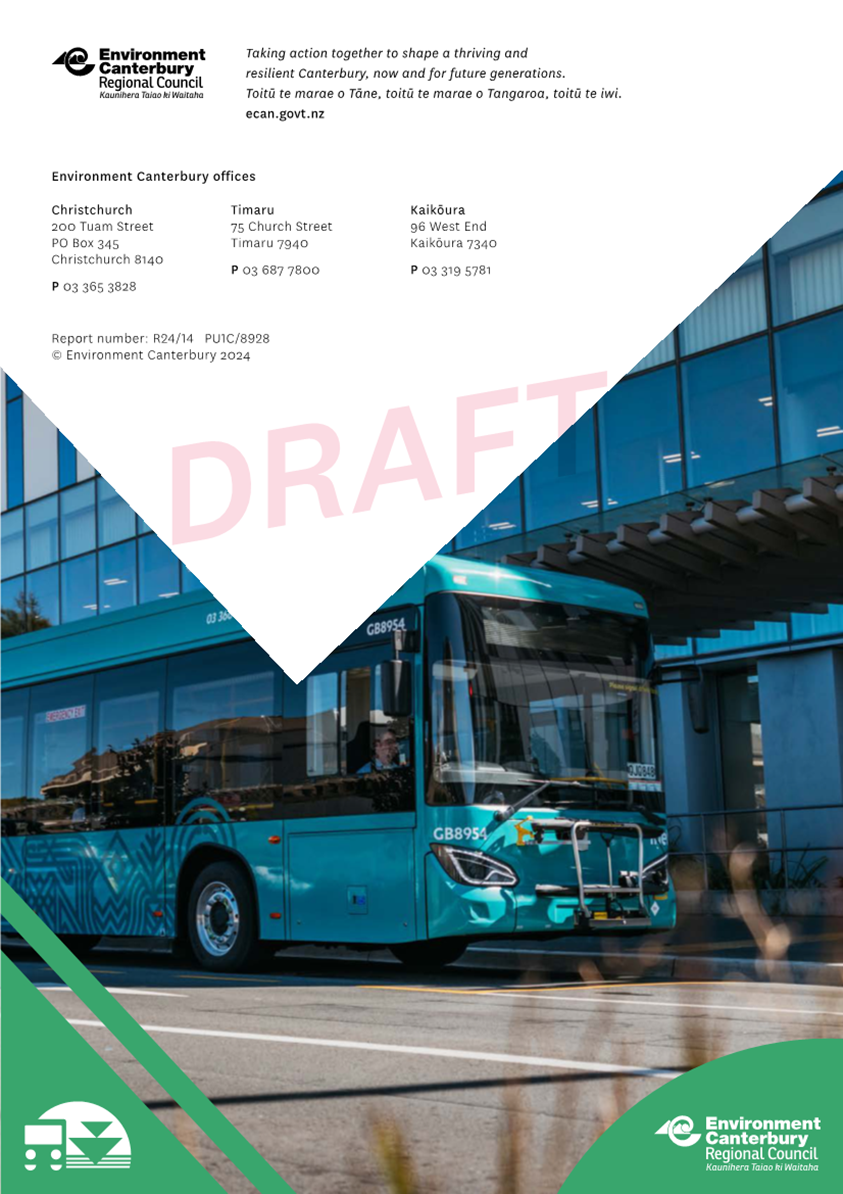
|
6. Greater
Christchurch Transport Plan Endorsement
|
|
Reference Te Tohutoro:
|
25/611958
|
|
Responsible Officer(s) Te Pou Matua:
|
Jesse
Burgess, Chair of the Transport Manager Group
|
|
Accountable ELT Member Pouwhakarae:
|
John
Bartels, Director Greater Christchurch Partnership
|
1. Purpose of Report Te
Pūtake Pūrongo
1.1 The
purpose of this report is present the final Greater Christchurch Transport Plan
to the Greater Christchurch Partnership Committee for endorsement.
2. Relationship to Partnership Objectives Ngā Whāinga Matua ki te hononga
2.1 The
partnership developed a Joint Work Programme[1]
which identifies the development of a Greater Christchurch Transport Plan as a
key initiative, to plan and coordinate the development of an integrated
transport system to achieve the outcomes set out in the Greater Christchurch
Spatial Plan.
3. Officer Recommendations Ngā
Tūtohu
That the Greater
Christchurch Partnership Committee:
1. Receives and endorses the Greater Christchurch Transport Plan.
2. Notes the final designed Greater Christchurch Transport Plan
will be circulated to members separately prior to the meeting.
3. Approve the Director of the Greater Christchurch Partnership to
make any final editorial updates to correct typographical, formatting or minor
design errors identified within the document.
4. Notes the next steps for reporting on the progress of the
Greater Christchurch Transport Plan.
4. Context/Background Te Horopaki
4.1 The
final Greater Christchurch Transport Plan document will be provided under
separate cover prior to the meeting.
Background
4.2 The
purpose of the Greater Christchurch Transport Plan focuses on implementation
and identifies the changes required to deliver the opportunity and directions
of the Greater Christchurch Spatial Plan (GCSP).
4.3 It
also outlines the key strategic partnership actions that require a
collaborative approach and commitment to succeed.
4.4 The
drafting of the document is a result of a collaborative partner approach, based
on feedback throughout the development process to shape the plan and ensure it
takes a best for Greater Christchurch perspective.
4.5 The
draft Greater Christchurch Transport Plan was presented to the Greater
Christchurch Partnership Committee in March for the review. The Committee
had no feedback on the plan and indicated it did not require wider partner
governance briefings on the transport plan, noting we are not proposing the
plan to be formally adopted by partner governance.
4.6 Environment
Canterbury did hold a briefing on the transport plan for its Council on 1 May.
4.7 The
final Greater Christchurch Transport Plan will be circulated to members under
separate cover prior to the meeting.
4.8 Any
amendments of minor effect to design or to correct minor errors are consider of
an operational nature and would be approved by the Director of the Greater
Christchurch Partnership.
4.9 Subject
to the plan being endorsed it will be made publicly available through the
Greater Christchurch Partnership and partner Council websites, where
appropriate.
5. Next steps
5.1 Subject
to the plan being endorsed it will be made publicly available through the
Greater Christchurch Partnership and partner Council websites, where
appropriate.
5.2 The
implementation progress will be coordinated through the Transport Managers
Group and overseen by the Senior Officials Groups. Progress reporting to the
committee would be aligned to the broader GCSP monitoring and reporting
framework.
Attachments Ngā Tāpirihanga
|
No.
|
Title
|
Reference
|
Page
|
|
a
|
Greater
Christchurch Transport Plan (Under Separate Cover)
|
|
|
|
7. Joint Housing Action Plan - Phase 2
Actions
|
|
Reference Te Tohutoro:
|
25/617949
|
|
Responsible Officer(s) Te Pou Matua:
|
John
Bartels, Director Greater Christchurch Partnership
|
|
Accountable ELT Member Pouwhakarae:
|
John
Bartels, Director Greater Christchurch Partnership
|
1. Purpose of Report Te
Pūtake Pūrongo
1.1 To
provide the proposed Phase 2 actions for the Greater Christchurch Partnership
Committee’s (Committee) endorsement. It outlines the phased approach for
returning to the Committee with further details on the anticipated costs,
opportunities and challenges of implementing each of these actions.
1.2 This
report follows on from the workshop discussions and feedback provided at the 7
March 2025 Committee meeting on the options to progress as Phase 2 actions of
the Joint Housing Action Plan (JHAP).
2. Relationship to Partnership Objectives Ngā Whāinga Matua ki te hononga
2.1 The development and implementation of the Joint Housing Action Plan
(JHAP) was committed to as part of the Greater Christchurch Spatial Plan and is
a work programme priority for the Greater Christchurch Partnership
(Partnership).
3. Officer Recommendations Ngā
Tūtohu
That the Greater
Christchurch Partnership Committee:
1. Receives this report.
2. Endorses the Joint Housing Action Plan - Phase 2 actions as
detailed in Attachment A.
3. Notes that the work on the Phase 2 actions has been sequenced
into three tranches, allowing actions that have limited upfront financial
implications to be progressed most quickly.
4. Context/Background Te Horopaki
4.1 Joint
Housing Action Plan (JHAP) Phase 1 findings and options were presented at the
13 December 2024 Committee meeting as part of a workshop and feedback provided.
The materials presented at this workshop were informed by two documents
prepared as part Phase 1 work:
· JHAP Phase 1
Findings report
· JHAP Phase 1 -
Indicative Economics Assessment report.
4.2 From
the Phase 1 investigations it was found that the most effective levers
available to partners to positively impact social and affordable housing are:
· Partners leveraging
land holdings;
· Accessing fundings
and financing for housing developments;
· Pro-housing policy
changes that support Mana Whenua, Community Housing Providers and Community
Housing Trusts (CHPs/CHTs) in generating more affordable housing; and
· Partnering and
advocacy to influence external settings and levers out of control of the GCPC
e.g. Government legislation, investment attraction.
4.3 Building
on Phase 1 of the Joint Housing Action Plan, Ōtautahi Community Housing
Trust (ŌCHT) has continued efforts to amend its Trust Deed—through a
Private Bill—to operate beyond Christchurch City Council boundaries. With
Council support confirmed in December 2024, the Private Bill has been drafted
and is ready for introduction to the House of Representatives. Officers will
look to update the Committee as it progresses.
4.4 Four
Partner briefings were completed by the relevant council officers and supported
by the secretariat across February 2025.
4.5 John
Bartels presented a summary of the feedback received at these briefings from
elected members at the 7 March 2025 Committee meeting. This highlighted that
the majority of the options were supported as Phase 2 actions. As actions this
involves completing the work necessary to inform decision making by
Partners.
4.6 From
the Partner briefings there were three options which had received mixed
feedback: 1) undertaking the next stages of assessment and
scoping for Inclusionary Zoning; 2) assessing and scoping a targeted rate; and
3) advocacy for Inclusionary Zoning in Resource Management Act reforms.
4.7 The
workshop with the Committee at the March 2025 meeting resulted in support for
those options that had received mixed feedback to be progressed, such as
Inclusionary Zoning, but only doing the minimum work required at this stage to
identify high level costs involved in the process of implementing these actions
and likely implications.
4.8 Officers
will complete the work necessary to provide Committee members with a clearer
picture of the anticipated range of costs to Partners for implementing each
action, alongside the forecast social and affordable housing yield drawn from
the Phase 1 Indicative Economic Assessment report.
4.9 This
approach maximises the effective use of Partner resources in providing this
next level of detail on each action whilst recognising the range of views
across Committee members on proceeding with various actions.
4.10 The
proposed actions for Phase 2 of the Joint Housing Action Plan are outlined in Attachment
A. These actions have been categorised for completion over different time
horizons, as three distinct tranches:
· Tranche 1 -
Progress now: So
that the Committee can consider and ideally Partners can make decisions to
implement within the FY25/26;
· Tranche 2 - Assess
and scope: Complex
actions that have significant impacts, which need to be further assessed and
scoped for the Committee to consider and Partners to make decisions to
implement beyond the FY25/26;
· Tranche 3 - On
hold: Awaiting clarification of Government
legislation or policy to enable assessment of the whether the action can be
implemented.
4.11 There
was additional feedback from the Committee at the March workshop with Mana
Whenua identifying housing for its people as a high priority. This included
Mana Whenua needing support to help realise the desired housing for Māori
across Greater Christchurch area. A specific action has been introduced into
Phase 2 of the JHAP to explore a ‘navigator’ role for progressing
new housing opportunities for Mana Whenua.
4.12 Other
feedback related to the approach to advocacy on having inclusionary zoning
(affordable housing value capture) included as part of the Resource Management
Act reforms. The tangible advocacy ‘asks’ have been further
detailed as part of the Phase 2 actions for consideration by the Committee.
4.13 A
presentation that summarises the approach taken to identifying the Phase 2
actions for the Joint Housing Action Plan is included as Attachment B.
This reflects the input and feedback provided by the Committee and Partner
Council as part of this process.
5. Next Steps
5.1 The
proposed next steps from this report are:
5.1.1 Secretariat
to work with members of the Housing Working Group to progress the Phase 2
actions as outlined in Attachment A. This includes coordination of any
required internal activities e.g. working with policy teams to determine the
appropriate policy amendment wording.
5.1.2 Officers
will continue to monitor the progress made on the Private Bill to allow
Ōtautahi Community Housing Trust to expand its area of operation and
provide updates to the Committee as it advances.
5.1.3 The
Housing Working Group to return to the Committee with a report on the first
tranche of ‘Progress Now’ category of Phase 2 actions. The
aim is for the timing of this Committee report to align with Partner Councils'
annual planning processes to enable endorsed recommendations to be integrated
into their 2026/27 Annual Plan processes.
5.1.4 Subsequent
reports will be prepared by the Housing Working Group to the Committee on those
Phase 2 actions in the second tranche of ‘Assess and scope’
category. These are anticipated to be provided within the next 12-18 months to
best inform upcoming annual and long-term plans by Partners. These timeframes
reflect the complexity and significance of these actions.
Attachments Ngā Tāpirihanga
|
No.
|
Title
|
Reference
|
Page
|
|
a ⇩
|
JHAP Phase 2 -
Proposed Actions
|
25/944481
|
260
|
|
b ⇩
|
Presentation -
Summary of approach to identify JHAP Phase 2 - Proposed Actions
|
25/944830
|
261
|

|
8. Greater
Christchurch Spatial Plan - Implementation Plan 2024-27
|
|
Reference Te Tohutoro:
|
25/598372
|
|
Responsible Officer(s) Te Pou Matua:
|
John
Bartels, Strategic Projects Lead
Jenny Wilkinson, Programme and Relationship Advisor
|
|
Accountable ELT Member Pouwhakarae:
|
John
Bartels, Director Greater Christchurch Partnership
|
1. Purpose of Report Te Pūtake Pūrongo
1.1 The
purpose of this report is present the Greater Christchurch Spatial Plan –
Implementation Plan 2024-27 as detailed in Attachment A, for endorsement by the
Greater Christchurch Partnership Committee (Committee).
2. Relationship to Partnership Objectives Ngā Whāinga
Matua ki te hononga
2.1 The
implementation plan is a key tool for the delivery of the Future Development
Strategy and outcomes sought by the Greater Christchurch Spatial Plan.
3. Officer Recommendations Ngā Tūtohu
That the Greater
Christchurch Partnership Committee:
1. Notes this report.
2. Receive and endorse the Greater
Christchurch Spatial Plan – Implementation Plan 2024-27 as detailed in
Attachment A.
4. Context/Background Te Horopaki
4.1 The
Greater Christchurch Partnership has completed the Future Development Strategy
(FDS) as required by the National Policy Statement on Urban Development
(NPS-UD) through the development of the Greater Christchurch Spatial Plan
adopted in 2024. Noting that Spatial Plans have a wider focus that aims
to balance various needs such as housing, transportation, environmental
protection and economic development.
4.2 The
form and content of implementation plans is not currently prescribed in the
NPS-UD. In undertaking the development of this plan, a review of draft
and endorsed plans from other urban growth partnerships was undertaken.
The structure and content of the Greater Christchurch implementation plan is
similar to the other plans however the implementation action section in
particular is tailored to Greater Christchurch.
4.3 Clause
3.18 of the NPS-UD introduces a requirement to have an implementation plan for
the FDS that is updated annually. The implementation plan does not form
part of the FDS and there is no requirement to consult. This means that
it does not have statutory weight but is intended to set out what the partners,
both individually and collectively, will do to implement the FDS. As the
Greater Christchurch Spatial Plan was developed jointly there is a collective
requirement to implement and monitor progress.
4.4 The
Partnership has been working on delivery of the Joint Work Programme outlined
at a high level in the Spatial Plan. Regular work programme updates have
been provided to the Committee. The Greater Christchurch Partnership
Implementation Plan (Implementation Plan) seeks to formalise the work programme
and provide a longer term view. It also provides greater detail including
specific actions, timing and indicative costs to help inform subsequent
investment decisions to be made by Partners through annual and long term plan
processes.
4.5 Consistent
with the NPS-UD, the implementation plan will be reviewed annually to reflect
progress made across the year in delivering the Greater Christchurch Spatial
Plan.
4.6 The
Implementation Plan has been developed collaboratively through the Planning
Managers Group, Senior Officials Group and directly with project leads,
particularly in relation to the Priority Areas. The key role of the
secretariat is co-ordination and reporting on the Implementation Plan to the
Committee.
4.7 There
are additional actions that contribute to Greater Christchurch Spatial Plan
outcomes which the Partners currently undertake as ‘Business as
Usual’. These include important community infrastructure and open space
activities as well as other projects and activities that are the responsibility
of individual partners. These have been excluded from the actions in this
Implementation Plan as they do not require cross-organisational leadership by
the partnership to be achieved. Although not included in this document, they
are an important part of delivery for the Greater Christchurch sub-region as a
well-functioning urban environment.
4.8 As
noted in the Implementation Plan the leadership model and structure may change
as a result of the Greater Christchurch Partnership Review. The plan can
be amended as necessary, with any change to be reflected in the next annual
review of the Implementation Plan in 2026.
Attachments Ngā Tāpirihanga
|
No.
|
Title
|
Reference
|
Page
|
|
a ⇩
|
Greater Christchurch Spatial Plan - Implementation Plan 2024-27
|
25/944506
|
269
|
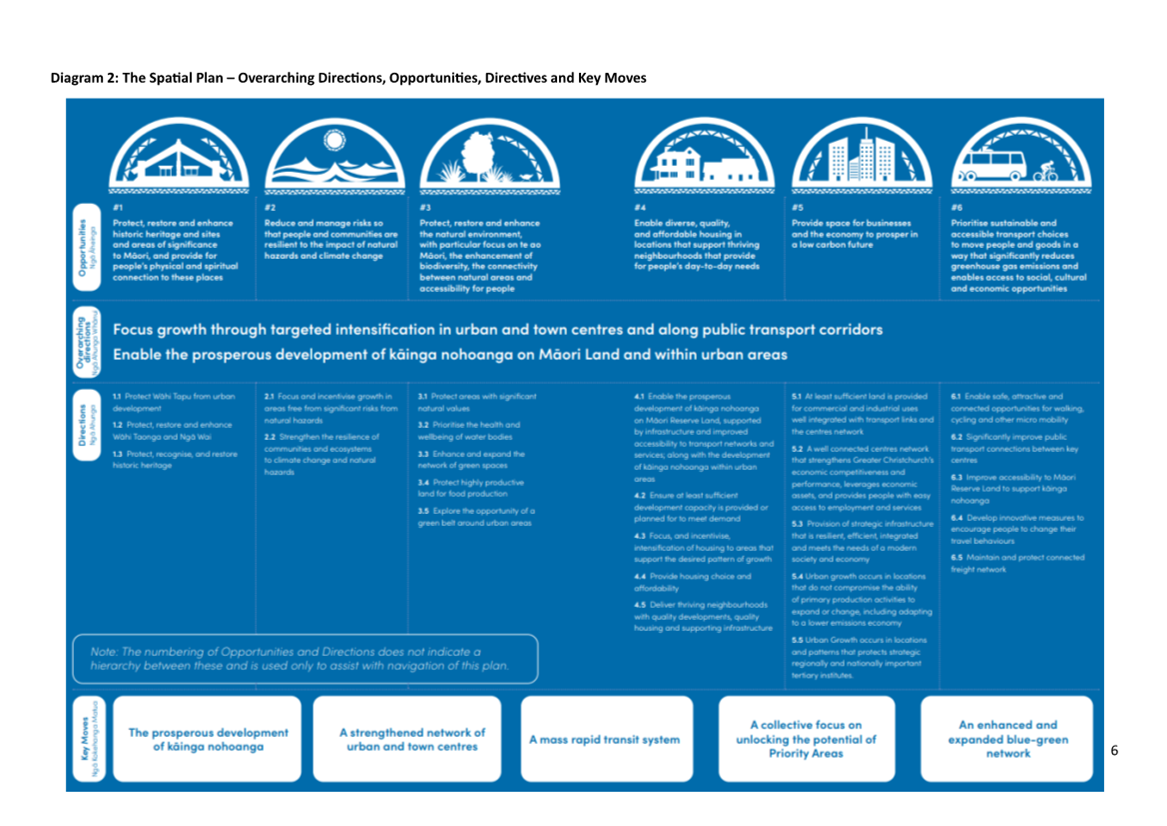


|
9. Greater
Christchurch Spatial Plan Annual Report 2025
|
|
Reference Te Tohutoro:
|
25/88266
|
|
Responsible Officer(s) Te Pou Matua:
|
Jenny
Wilkinson, Programme and Relationship Advisor
John Bartels, Strategic Projects Lead
Senior Officials Group
|
|
Accountable ELT Member Pouwhakarae:
|
John
Bartels, Director Greater Christchurch Partnership
|
1. Purpose of Report Te Pūtake Pūrongo
1.1 The
purpose of this report is to present the inaugural Annual Report for 2025 and
provide an overview of the Monitoring and Reporting Framework for the Greater
Christchurch Spatial Plan (Spatial Plan) to the Greater Christchurch
Partnership Committee (Committee).
2. Relationship to Partnership Objectives Ngā Whāinga
Matua ki te hononga
2.1 Monitoring
and reporting progress towards delivery of the Greater Christchurch Spatial
Plan outcomes including the joint Future Development Strategy, is fundamental
to informing future decision making.
3. Officer Recommendations Ngā Tūtohu
That the Greater
Christchurch Partnership Committee:
1. Notes the content of this report.
2. Receives this Annual Report 2025 as
detailed in Attachment A.
4. Background
4.1 It is
just over a year since the Greater Christchurch Spatial Plan (Spatial Plan) was
adopted by all partner Councils in March 2024 as their Future Development
Strategy (FDS) as required by the National Policy Statement on Urban
Development (NPS-UD). Noting that Spatial Plans have a wider focus that
aims to balance various needs such as housing, transportation, environmental
protection and economic development.
4.2 The
partnership must undertake monitoring as required by the National Policy
Statement on Urban Development as part of its commitment to the FDS which will
inform future development capacity assessments.
4.3 The
inaugural Annual Report (Attachment A) aims to provide an overview of
the approach to monitoring and reporting, using currently available data to set
a baseline for future reporting. It considers what has happened and changed
over the previous 12 months and how that might impact the directions and
opportunities within the Spatial Plan. The Implementation plan takes the
learnings from the annual report to help inform the future work
programme.
4.4 It
should be noted that the Spatial Plan is still in the very early stages of
implementation for most projects and initiatives. It is likely that
noticeable progress towards achieving the overarching directions and
opportunities included in the Spatial Plan could take a number of years.
4.5 There
has been a previous desire communicated by both the Committee and its wider
partner governance to improve visibility of progress and reporting against the
Spatial Plan and agreed work programme priorities.
5. Key findings from the Annual Report
What’s changed in Greater
Christchurch?
5.1 Key
external factors impacting on Greater Christchurch are that:
· The economy performed well in 2024 over the previous year.
· Long-term trends show most economic indicators remain positive and
are on par with the rest of New Zealand.
· Population growth is strong.
· Growth is contributing to housing pressure - Housing prices are
increasing faster than other parts of New Zealand.
· Households have lower average incomes than the New Zealand average -
This gap in household incomes is likely to grow further if the trend over last
5 year continues.
· Housing affordability continues to worsen for both homeowners and
renters - As a measure of housing affordability, there is considerable housing
stress across Greater Christchurch. Consistent with the above average rises in
house prices and declining affordability, there is an increase in rents as more
people cannot afford to buy a home. This has the potential to feed greater
rental stress across households into the future.
What does that mean for the Greater Christchurch
Spatial Plan?
5.2 The
long term outcomes sought by the Spatial Plan are over the next 30 years.
As it has only been a year since the plan was adopted, it is too soon to tell
if the external environment or actions taken by the Partnership have had a
measurable impact.
5.3 Government
policy to increase land supply in effect enables development in most areas of
Greater Christchurch. This is potentially helpful for increasing overall
housing supply however could reduce the demand for intensification as envisaged
by the plan. Planning tools are increasingly limited in their ability to
influence the outcomes sought in the plan. The Partnership will need to
look for opportunities to invest, lead, co-ordinate and to influence others to
achieve change.
5.4 The
importance of progressing the investment in the journey to Mass Rapid Transit
(MRT) as a ‘city shaping’ initiative is fundamental to achieving
many of the outcomes of the Spatial Plan. It is hoped that MRT will be
included in the next Waka Kotahi NZ Transport Agency National Land Transport
Programme 2027-30. Partners collective commitment to progressing public
transport investment will be critical to unlocking the future of MRT.
5.5 The
trends over the past 12 months have been mostly consistent with assumptions
used when developing the plan. Therefore, the plan remains relevant and
fit for purpose. Of concern over this period however is worsening housing
affordability per capita. The indicators provide further evidence to
support the Partnerships continued focus on progressing the Joint Housing
Action Plan.
6. Monitoring and Reporting development and approach
6.1 There
is currently no specific guidance from the Ministry for the Environment on what
is required to monitor or report on spatial plans beyond NPS-UD
requirements. Other Urban Growth Partnerships are also working through
how to effectively monitor their plans beyond reporting on tactical actions
being completed as part of their work programmes/implementation plans.
6.2 The
following outcomes are intended to be achieved by the development of a Greater
Christchurch Spatial Plan Monitoring and Reporting Framework:
6.3 Fulfil the legislative requirements of the NPS-UD by
developing a Greater Christchurch Residential Development and Housing Dashboard,
largely focussed on one of the spatial plan opportunities.
6.4 Strategic monitoring and evaluation through a set of
headline indicators of the broader opportunities in Spatial Plan.
6.5 Track implementation plan and operational progress.
6.6 It
has been challenging to identify a range of key indicators that focus on
outcomes so that the effectiveness of any interventions can be tracked over
time and that are measured consistently across the partnership. One gap in
particular are wellbeing measures now that the Canterbury Wellbeing Survey is
no longer undertaken. The approach to data sources has been to:
· Use existing data sources
· Focus on fewer, but meaningful key indicators
· Combine reporting requirements as far as possible
· Ensure the processes are efficient and sustainable
6.7 The approach to monitoring and a data requirement will take an
iterative approach and will develop over time as new
data sets and relevant key performance indicators become available or are
developed.
6.8 There are three indicators identified within the annual report that
are still under development. Mana whenua is best placed to lead the approach to
measuring the protection, restoration and enhancement of sites and areas of
significance to Māori with support from the Greater Christchurch
Partnership. Data sets to support two indicators have been identified but were
not available by the time of finalising the report and will be reported in the
2026 Annual Report.
7. The Greater Christchurch Spatial Plan Monitoring and Reporting
Framework
7.1 As
the Spatial Plan has a 30-year horizon, progress will take time and the
external environment the partnership operates within will change. Monitoring
key indicators over time will show whether trends are heading in the right
direction and help the partnership to assess the effectiveness of its
implementation actions.
7.2 The
framework will enable future decision-makers to track progress against the
intent of the plan, enabling them to identify where progress is consistent with
the partnership’s aspirations, or where it is off track, and a different
approach may be required.
7.3 The
proposed framework needs to reflect the external environment as well as
specific spatial plan headline indicators and implementation action progress.
Figure 1 provides an overview of the layered approach to the framework that
include an environmental scan, strategic monitoring and evaluation and
operational progress reporting.

Figure 1: Framework for Greater
Christchurch Spatial Plan Monitoring and Reporting
8. Greater Christchurch Partnership Reporting Overview
8.1 The
cycle for partnership reporting is proposed to align with Councils financial
year (1 July – 30 June) and align to the quarterly governance meetings
throughout the year which are usually held in August, November, March, May.
8.2 A Greater Christchurch Residential Development and Housing Dashboard
that will track key housing metrics will also go live on the GCP website later
this year.
8.3 Regular
reporting to the Greater Christchurch Partnership Committee is summarised in
Table 1:
Table 1: Summary of Greater
Christchurch Partnership reporting
|
Level of reporting
|
Timeframe (Quarterly reporting commences with each financial
year)
|
Reporting focus
|
|
Annual Report
|
Annually – Q1 (August annually)
|
· Environmental Scan – What’s changed in Greater
Christchurch?
· GCSP Headline indicators – How
are we tracking? Monitoring trends and indicators
· Financial Summary
|
|
Implementation Plan
|
Six monthly – Q1/Q3
|
· Implementation Plan reviewed and
updated (annually Q1)
· Implementation Plan progress reporting (Q3)
|
|
Priority Areas programme
|
Six monthly – Q1/Q3
|
· Priority Area Tracker for reporting
progress on the Priority Areas (PAs) programme.
|
9. Data sets and sources
9.1 The
2024 Infometrics Greater Christchurch Regional Economic Profile (Attachment
B) has been used to form the basis for the environmental scan and some data
within the annual report.
9.2 The
Spatial Plan is focused on the Greater Christchurch urban extent which includes
parts of three territorial authorities: Christchurch City, Selwyn District and
Waimakariri District. The report summarises the current key metrics for the
Greater Christchurch area, which includes the council geographical boundary
outside of the Greater Christchurch Urban extent. This is outlined further
within relevant sections of the Annual Report. Where available,
information showing trends over the past 10 years has been provided.
9.3 The
profile provides a summary of key metrics in March 2024 when the GCSP was
adopted by Councils so provides an appropriate baseline.
9.4 The
Spatial Plan will be reviewed every five years, incorporating the latest
release of census information from Stats NZ. This will ensure that future
iterations of the plan can respond to changing demographic, social, economic
and cultural factors. In accordance with the National Policy Statement
Urban-Development 2020, the Future Development Strategy component of the plan
will be reviewed every three years following the preparation of the latest
Housing and Business Development Capacity Assessment.
9.5 The
joint work programme should be reviewed and updated at least every three years
to coincide with council’s long term planning processes to ensure the
partnership prioritises and adequately resources the delivery of the Spatial
Plan (and its future iterations).
10. Next Steps
10.1 Monitoring and
reporting will be shared with the Committee on a periodic basis as outlined in
Table 1.
10.2 A Greater Christchurch Residential Development and Housing Dashboard
that will track key housing metrics will also go live on the GCP website in mid/late
2025.
10.3 All reporting will be made available to the public on the GCP
website following it being shared with the Committee.
Attachments Ngā Tāpirihanga
|
No.
|
Title
|
Reference
|
Page
|
|
a ⇩
|
Greater Christchurch Spatial Plan - Annual Report 2025
|
25/935399
|
292
|
|
b ⇩
|
Greater Christchurch Economic Profile 2024
|
25/753874
|
310
|
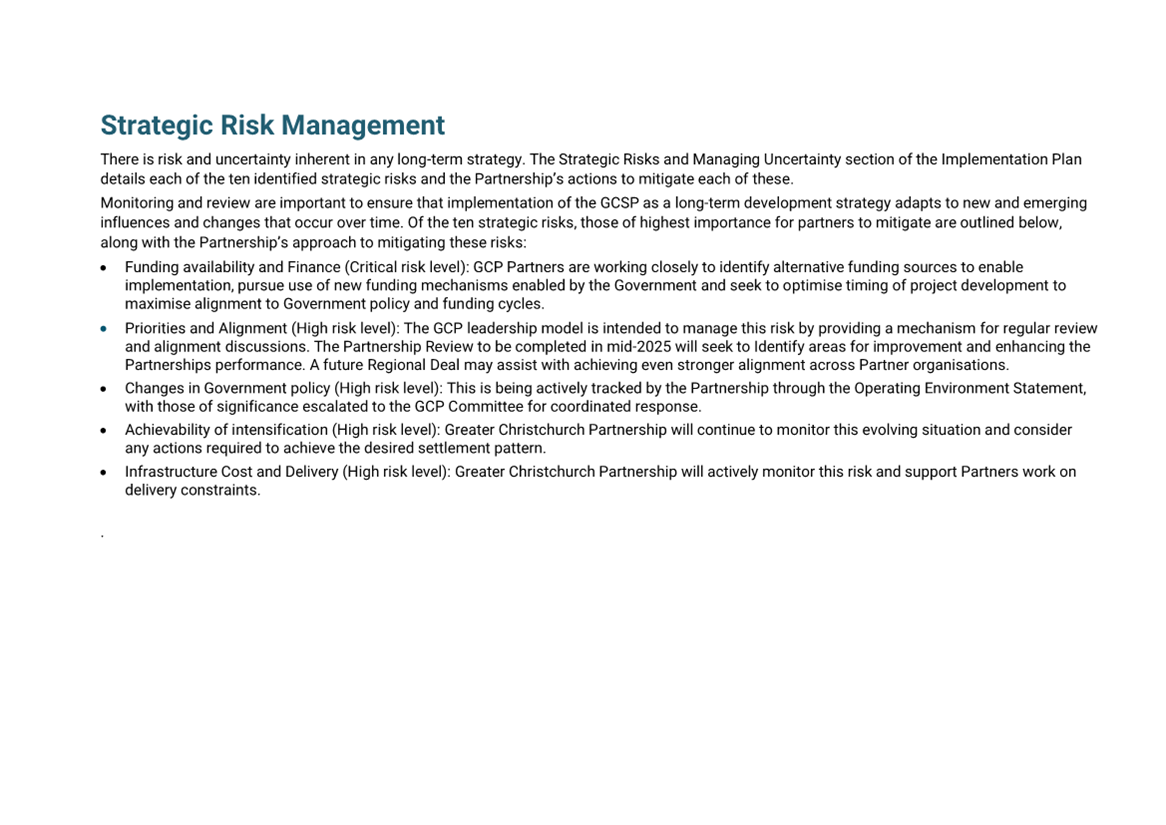

|
10. Priority Areas Programme
Update
|
|
Reference Te Tohutoro:
|
25/617817
|
|
Responsible Officer(s) Te Pou Matua:
|
John
Bartels, Strategic Project Lead, Greater Christchurch Partnership
|
|
Accountable ELT Member Pouwhakarae:
|
John
Bartels, Director Greater Christchurch Partnership
|
1. Purpose of Report Te Pūtake Pūrongo
1.1 The
purpose of this report is to provide the Greater Christchurch Partnership
Committee (Committee) with a progress update on the Priority Areas Programme
and regular reporting to the Committee going forward.
2. Relationship to Partnership Objectives Ngā Whāinga
Matua ki te hononga
2.1 Priority
Areas are a key component of the Greater Christchurch Spatial Plan (Spatial
Plan) and will be a key tool to progressing shared objectives through the Urban
Growth Partnership’s Joint Work Programme and Implementation Plan.
3. Officer Recommendations Ngā Tūtohu
That the Greater
Christchurch Partnership Committee:
1. Notes and receives the update on the
Priority Areas Programme.
2. Notes that Priority Area progress
reporting to the Greater Christchurch Partnership Committee will be provided
every six months and commence in December 2025.
4. Context/Background Te Horopaki
Background
4.1 The Priority
Areas were identified in the Greater Christchurch Spatial Plan and adopted by
all partners in early 2024 – Figure one provides an overview of these
areas.
Figure 1:
Priority Areas for Greater Christchurch
4.2 The
Priority Areas are further categorised as follows:
|
Priority Areas
|
Purpose
|
|
Priority Areas arising from the Te Tiriti Partnership
|
The Priority Areas for Greater Christchurch include areas arising
from Te Tiriti Partnership. This recognises that supporting the prosperous
development of kāinga nohoanga on Māori Reserves and within urban
areas is a priority to be progressed on the basis of Te Tiriti o Waitangi
relationships, and as part of partners giving effect to mana whenua’s
priorities and expectations.
|
|
Priority Regeneration Area
|
Eastern Christchurch has been identified as a Priority
Regeneration Area. This is to recognise the need for a partnership approach
to maximise opportunities for regeneration of housing and business areas in
appropriate locations, improve accessibility to this area, including its
significant recreational assets; and support this area to adapt to the
impacts of climate change and to strengthen resilience.
|
|
Priority Development Areas
|
The Priority Development Areas have been identified through
technical evaluation and include areas that offer significant opportunities
for change in Greater Christchurch. These areas provide the opportunity to
accelerate development in locations that will support the desired pattern of
growth.
|
4.3 Priority
Areas are a key tool from the Urban Growth Agenda in key locations where
successful development gives effect to a Spatial Plan. They provide a mechanism
for coordinated and focused action across multiple agencies to inform,
prioritise and unlock public and private sector investment.
4.4 Priority
Areas:
· Offers the opportunity for accelerated and/or significant
development
· Is complex, in that achieving successful development at the required
pace and scale requires a partnership approach
· Is in a key location where successful development gives effect to a
spatial plan.
4.5 Advancing
the Priority Areas was identified by the Greater Christchurch Partnership
Committee as a high priority initiative in the 2024/25 GCP Work Programme.
5. Establishing the Priority Area Programme
5.1 The
focus of the partnership has shifted from spatial planning to implementation,
complemented by monitoring and reporting. Progressing the work on Priority
Areas reflects this shift in focus.
5.2 The
Secretariat has worked collaboratively with the identified Priority Area leads
in each Council and Mana Whenua since late 2024 to identify priorities,
understand barriers and develop an initial baseline for each Priority Area.
This work has been synthesised into a summary one-pager, included as Attachment
A. It provides a clear overview of the focus of the Priority Areas
Programme and will feature in regular reporting.
5.3 Partners
are at varying stages of progress with each respective Priority Area and that
progress of each of these areas will vary in terms of pace and timing between
the identifies areas. This reflects the prioritising of efforts based on the
available resources directed to each Priority Area as well as any sequencing of
activities.
5.4 The
Senior Officials Group (SOG) will act as the Priority Areas Steering Committee,
with senior representatives from other key organisations outside of the
Partnership to be invited into the relevant Priority Areas discussion as and
when required. This approach has been taken to provide flexibility and
adaptability, cognisant of the Partnership Review and its recommendations.
6. Regular Reporting
6.1 Regular
reporting is necessary to drive collaboration, enable coordinated action and
give appropriate oversight using a consistent format. Reporting has been
developed to be streamlined for Officers whilst maximising its effectiveness.
6.2 The
format of regular reporting will take the form of a small number of slides that
make up the Priority Areas Tracker for the Committee. It has been developed by
drawing upon the body of practice and learnings from similar reporting by other
Urban Growth Partnerships.
6.3 The
intent is for the Senior Officials Group (SOG) as the Steering Committee for
implementing the Spatial Plan to receive the Priority Area Tracker initially
every two months.
6.4 The
frequency of reporting balances the enabling of appropriate oversight with
providing Partners and Priority Area Leads with sufficient time to meaningfully
progress next steps on complex projects and actions.
Next Steps
6.5 Reporting
will be provided through to the Senior Officers Group every two months starting
June 2025.
6.6 Regular
reporting to the Committee through the Priority Area Tracker will be provided
every six months starting December 2025.
Attachments Ngā Tāpirihanga
|
No.
|
Title
|
Reference
|
Page
|
|
a ⇩
|
Greater Christchurch Priority Areas - Summary One-Pager
|
25/944532
|
368
|
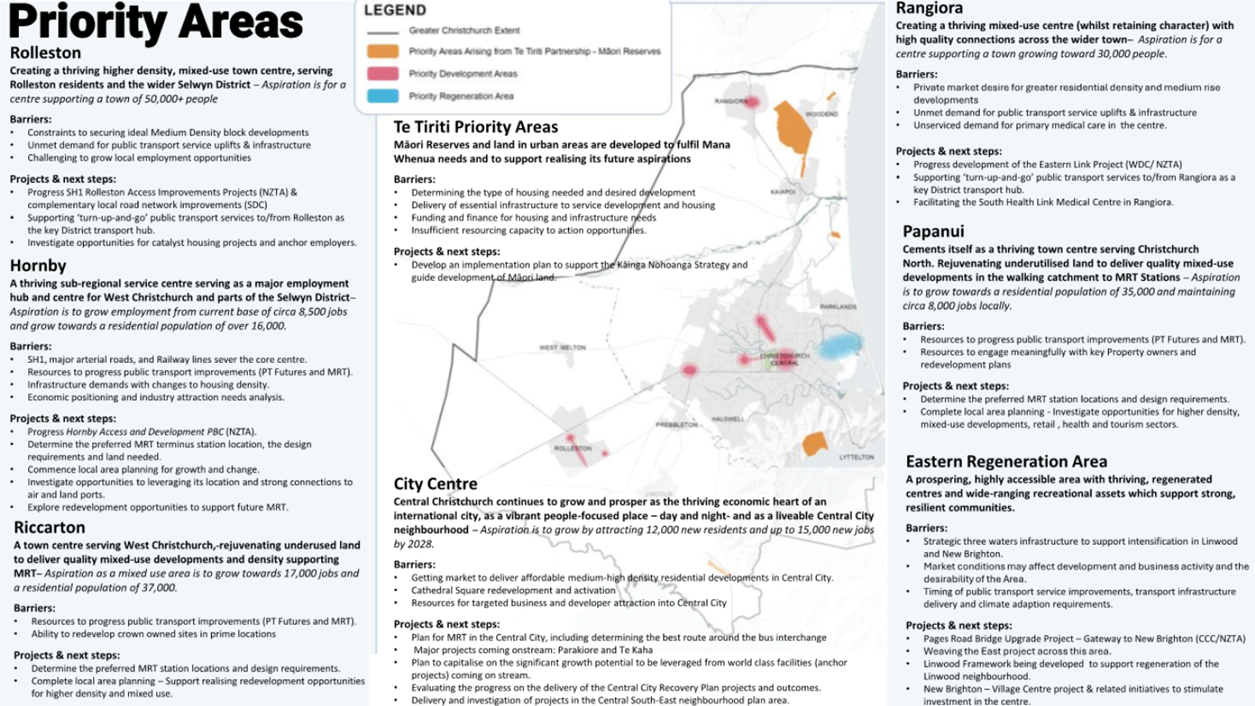
|
11. Secretariat Update
|
|
Reference Te Tohutoro:
|
25/654475
|
|
Responsible Officer(s) Te Pou Matua:
|
John Bartels,
Director Greater Christchurch Partnership
|
|
Accountable ELT Member Pouwhakarae:
|
John Bartels,
Director Greater Christchurch Partnership
|
1. Purpose of Report Te Pūtake Pūrongo
1.1 The
purpose of this report is to provide the Greater Christchurch Partnership
Committee (Committee) with a secretariat update on activities that support the
partnership work programme.
2. Relationship to Partnership Objectives Ngā Whāinga Matua
ki te hononga
2.1 This
report is to inform the committee on progress in the delivery of the joint work
programme and to support effective dialogue and relationships between partners.
3. Officer Recommendations Ngā Tūtohu
That the Greater
Christchurch Partnership Committee:
1. Receives and notes the Greater
Christchurch Partnership secretariat update.
4. Secretariat Update
Secretariat
Staff Update
4.1 Tracy
Tierney departed from the Director of the Greater Christchurch Partnership
(GCP) role on 11 April 2025. Cognisant of the GCP review underway, John Bartels
has moved into the Director role on a fixed term basis until June 2026.
This provides seamless continuity, experienced leadership of the secretariat
and continued implementation of the Partnership’s agreed priorities and work
programme.
4.2 Resourcing is currently being reviewed by John Bartels across the
agreed priorities to determine those that may require additional external
support to maintain momentum and ensuring sufficient capacity within the
secretariat. It is intended for this to funded through existing budgets.
GCP
Review Update and Interim Chair of Chief Executives Advisory Group (CEAG)
4.3 Martin Jenkins, led by Sarah Baddeley and Cat Moody, have
been appointed as the independent reviewers to complete the Greater
Christchurch Partnership Review (Review) as per the terms of reference approved
by the Committee at its March meeting. The secretariat has provided
support with arranging interviews with committee members and other
stakeholders. Interviews have largely been completed and will be concluded this
month. The report and any recommendations of the Review will be presented to
the committee at its August meeting.
4.4 A report was presented to CEAG on 6 May, that
sought the appointment of an interim chair of the CEAG until the review is
concluded. Tracy Tierney was confirmed as interim chair of CEAG following
the last meeting in March but has since left GCP. On the basis of maintaining
efficiency and continuity, an interim Chair of CEAG was drawn from the standing
members.
4.5 Jeff Millward was nominated and appointed to the
role of interim chair of CEAG. This interim arrangement will be reassessed by
CEAG following the outcome of the Review.
Fast
Track Bill Update
4.6 At
the last Committee meeting in March 2025, there was a request from members to
receive an update on the Fast Track Bill Projects and any implications on the
Greater Christchurch Spatial Plan. An overview of the process and projects
relevant to Greater Christchurch is summarised in Attachment
A.
4.7 At
this stage in the process, it’s difficult to anticipate which projects
will be approved and the likely impact of the fast-track projects on the
implementation of the Spatial Plan. However, if all of the projects were to be
approved, of the nearly 8,400 additional homes indicatively provided for across
the listed projects located in Greater Christchurch, over 7,000 would be
developed in greenfield locations outside the areas identified for future
growth in the Spatial Plan.
Resource Management Act Reforms
4.8 On 24
March 2025, the New Zealand Government announced a comprehensive overhaul of
the Resource Management Act (RMA), introducing two new legislative frameworks:
the Planning Act and the Natural Environment Act. The reforms aim to replace
the RMA with a more enabling planning system that supports economic growth and
infrastructure development while protecting the environment. Key features
include a presumption in favour of land use, unless there is a significant
adverse effect on others' property rights or the natural environment;
standardised zoning; simplified national direction; and the requirement for
regional spatial plans to identify areas for future urban development.
4.9 The Government's approach seeks to streamline planning processes and
enhancing property rights. This includes narrowing the scope of effects
management to focus on externalities, excluding matters such as effects on
trade competition.
4.10 Additionally, the reforms aim to strengthen environmental compliance
monitoring and enforcement through the establishment of a national compliance
regulator with regional presence. The Government plans to introduce the new
legislation before the end of 2025, marking a significant shift towards a more
liberal planning system.
4.11 The Government’s Expert Advisory Group had prepared a set of
principles to guide the reforms within its RMA Reform Blueprint. The fact sheet
that summarises this and aligns it against Cabinet decision making has been
included in Attachment B.
4.12 All Partners are working to consider the likely impacts from the
Blueprint’s recommendations to support the formulation of organisational
positions. The secretariat is working across Partners through the Planning
Managers Group, to monitor the development of these and aligning these wherever
possible.
Canterbury Regional Deal – Working Group (Canterbury Mayoral
Forum)
4.13 In late April
2025, John Bartels was invited to join the officer level working group to
support preparation of a Regional Deal proposal for Canterbury. This provides
an opportunity for the secretariat to provide support and input from a Greater
Christchurch Partnership perspective into the development of a Canterbury
regional proposal.
Regional Housing Steering Group (Canterbury Mayoral Forum)
4.14 Work on the
Waitaha Canterbury Regional Housing Strategic Plan (Plan) is well progressed.
John was invited onto the steering group in place of Tracy to serve as a
conduit between the regional and sub-regional housing work streams. John
met with the consultant team from the Urban Advisory to share information and
learnings from the work completed to date through the Partnership’s Joint
Housing Action Plan and to avoid duplication. Approval by the Canterbury
Mayoral Forum of the final version of the Plan is anticipated in mid 2025.
Te Waipounamu Community Housing Provider Network
4.15 The network brings together community housing providers and their
partners operating in the South Island. Its members’ primary activity is
to provide community housing solutions for people in housing need. John
Bartels attends the monthly meetings to stay current on community needs
and programmes being delivered by a wide range of providers including community
housing providers and government agencies. Of concern is the observed sharp
increase in homelessness including families, which members have started to
consistently gather data to demonstrate need.
4.16 At the meeting
on 10 April the key takeaways remain were that the need across affordable,
social, transitional and emergency housing continues to outstrip supply, most
believe this situation has worsened over the past 12 months. The
importance of this has grown as the Ministry of Housing and Urban Development (MHUD)
moves into its ‘Active Purchaser’ role. Working with the community
housing sector to actively direct the funding for social and affordable housing
in specific locations/ areas, the number of houses and the type of housing
delivered. It reinforces the need for the Joint Housing Action Plan with
phase two focusing on Partners working together on delivery.
Te Waihanga’s Infrastructure Priorities Programme (IPP)
Mass Rapid Transit (MRT) Application to Round One
4.17 As the Committee
will be aware from the March Mass Rapid Transit (MRT) Update, the MRT project was submitted jointly by Christchurch City Council
(CCC) with NZTA to Te Waihanga Infrastructure Commission for consideration in
the first round of IPP applications in December 2024. If successful, this will significantly increase its national
prominence.
4.18 In late April CCC
officers were advised that the outcome of Te Waihanga’s assessment will
be publicly released in mid-2025. The secretariat will work with CCC staff to
assist in sharing the outcome of Te Waihanga’s assessment of the MRT
project with the Committee.
PT Futures Application to Round Two
4.19 Te Waihanga
opened a second round for IPP submissions closing on 17 April. At the 7 March
Senior Officers Group meeting there was support for putting in a submission for
PT Futures due to the programme being foundational to the success of MRT in the
future.
4.20 CCC Officers took
the lead in preparation of the joint application with ECan on behalf of the
Partnership. Communication was provided to all GCP Committee members outlining
the intent for an application on behalf of the partnership. The final
application submitted on 17 April drew upon the
previously completed PT Futures combined business case and in consultation with
GCP partner staff. It is anticipated Te Waihanga will advise the outcome of its
assessment in late 2025.
GCP Budget Update
4.21 The secretariat
operational costs remain under budget with only the operational budget invoiced
to partners for the current financial year. The current financial year 2024/25
budget summary is outlined in Table 1.
Table 1
– FY2024/25 Secretariat Operating Budget
|
Expense
|
Approved FY2024/25
|
Full Year Forecast
FY2024/25
|
Variance
|
|
Operating Costs
-Staff costs & independent chair
-Mana whenua advisory
-Administration (printing, catering,
adhoc)
-Advice & Communications
-CCC Overhead (accommodation, IT,
support)
|
600,000
100,000
10,000
70,000
50,000
|
471,163
73,500
4,458
93,840
65,000
|
128,837
26,500
5,542
-23,840
-15,000
|
|
FY2024/25 Opex total
|
830,000
|
707,961
|
122,039
|
|
Carry forward from last financial year
|
82,000
|
|
82,000
|
|
FY2024/25 Forecast Surplus
|
|
|
204,039
|
4.22 Staff costs and the independent chair represent the areas
with the most savings due to the independent chair role having concluded
earlier than anticipated in December 2024 and staff vacancies within the
secretariat.
4.23 The recent GCP Review currently underway is an
unbudgeted activity and this has been accommodated with the current
advice and communication budget.
4.24 The 2025/26
budget was reviewed [Table 2] and further savings of $85,100 identified through
reductions in consultants, salaries and other operational costs which
represents a 10% reduction on the approved budget. The CCC corporate
overhead has historically been charged on a nominal, arbitrary basis. The
increase in the budget is reflective of actual costs.
Table 2 – FY2025/26 Secretariat Operating Budget
|
Expense
|
LTP Budget FY
2025/26
|
Proposed
amendments
|
Approved
Budget FY
2025/26
|
|
Operating Costs
-Staff costs & independent chair
-Mana whenua Advisory
-Administration (printing, catering,
adhoc)
-Advice & Communications
-CCC Overhead (accommodation, IT,
support)
|
610,000
100,000
10,000
70,000
50,000
|
(110,000)
(30,000)
(10,000)
64,900
|
500,000
70,000
10,000
60,000
114,900
|
|
Total
|
840,000
|
(85,100)
|
754,900
|
4.25 It should be
noted that with the reduction of budget for FY2025/26 it is not anticipated
there will be any underspend in the coming financial year’s operational
budget.
4.26 Regarding the forecast FY2024/25 surplus, the Chief
Executive Advisory Group (CEAG) have approved the carry forward of a modest
$40,000 buffer with the balance of the surplus returned to Partners on a
pro-rata basis.
4.27 The carry forward of some funds reflects the reduced operational
budget envelope for FY2025/26 and allowing some flexibility in accommodating
the outcomes of the Review, whilst managing the potential need to request
partners for an out of cycle contribution.
4.28 When the Long-Term Plan budgets were developed, CEAG were
supportive of putting an estimated sum aside for the Programme Delivery Budget
and Engagement/Consultation [Table 3] annually
to try and avoid the out of cycle requests for funding that have happened
previously.
4.29 The Senior
Officials Group agreed that the Programme Delivery
budget of $150,000 and $80,000 Engagement & Consultation budget
would only be invoiced if there was an identified need and an approved project
plan. The current GCP work programme focus has not required the use of these
budgets for the FY2024/2025. The large support for
the work programmes has been delivered through secretariat/partner resource
time and through the use of the secretariat operational budget.
Table 3 – Project Funding Balances
|
Project Balances as at 30/04/2025
|
Programme Delivery (underspend from GCSP & GC2050 projects)
|
485,956
|
|
Kāinga Nohoanga Strategy
|
6,522
|
|
Project Budget contribution for 25/26 year
|
Programme Delivery
|
150,000
|
|
Engagement & Consultation
|
80,000
|
4.30 The project
funding balance for FY2024/25 will carried forward into the 2025/26 financial
year.
4.31 The secretariat has
commenced development of a three-year Programme delivery budget and will work with
Senior Officials Group members to finalise. This multi-year view will assist in
the forecasting of future funding requirements, aligned to the available
funding and support decision making. This work is intended to leverage off the
actions identified within the Implementation Plan 2024-27.
Attachments Ngā Tāpirihanga
|
No.
|
Title
|
Reference
|
Page
|
|
a ⇩
|
Fast Track Projects Overview and Implications for the GCSP
|
25/723601
|
374
|
|
b ⇩
|
Government Fact Sheet - Resource Management Act Reform
|
25/831785
|
379
|
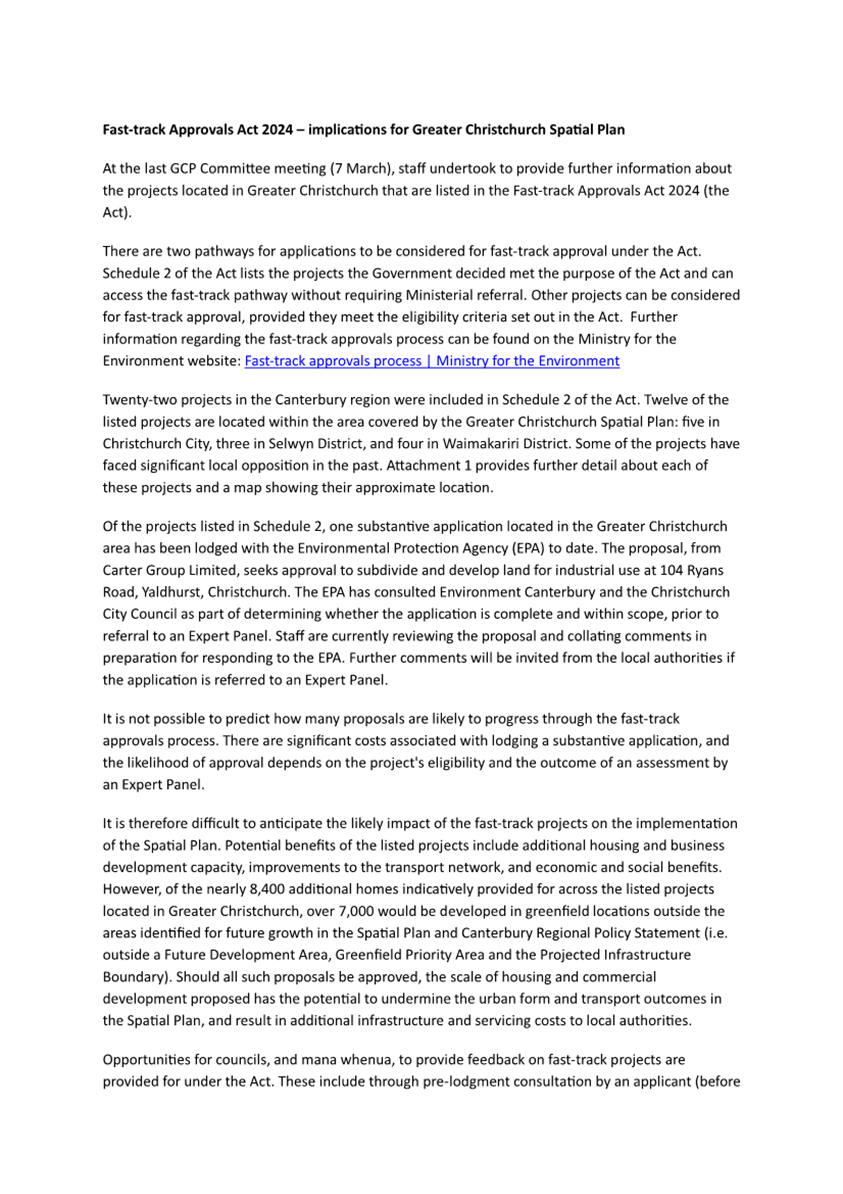

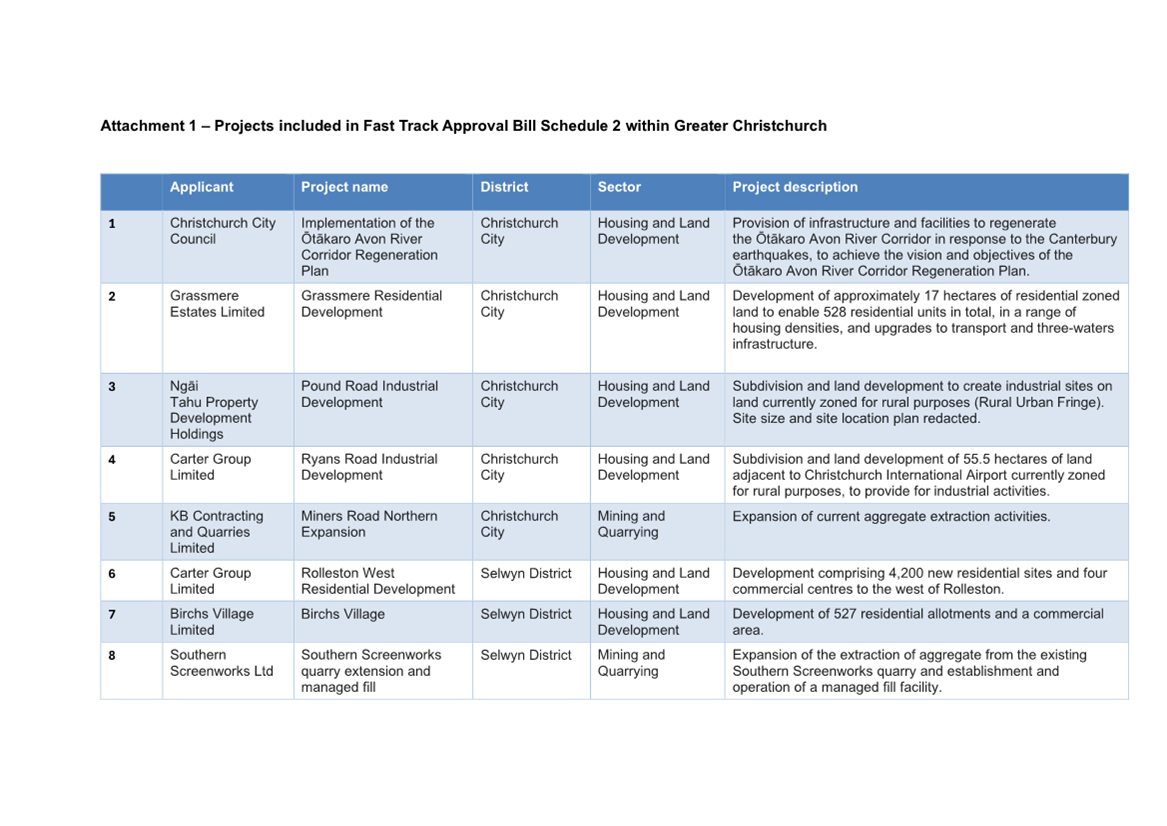
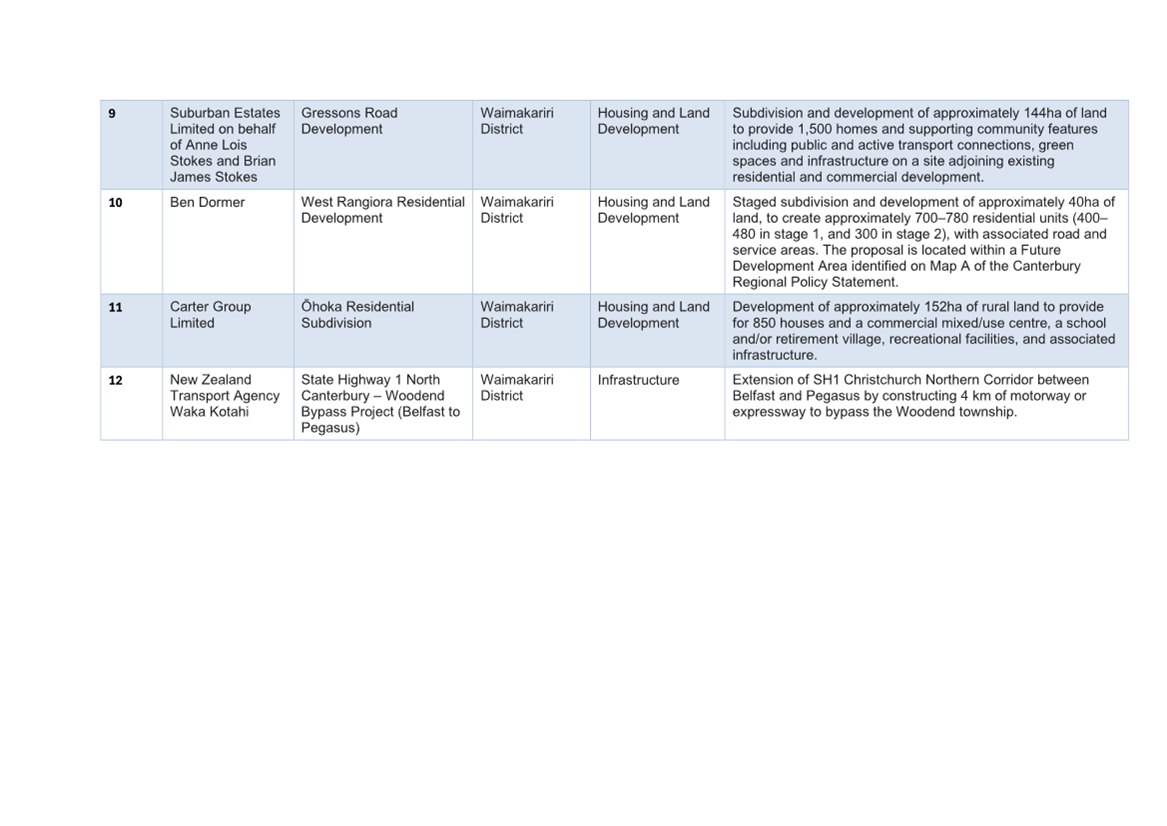

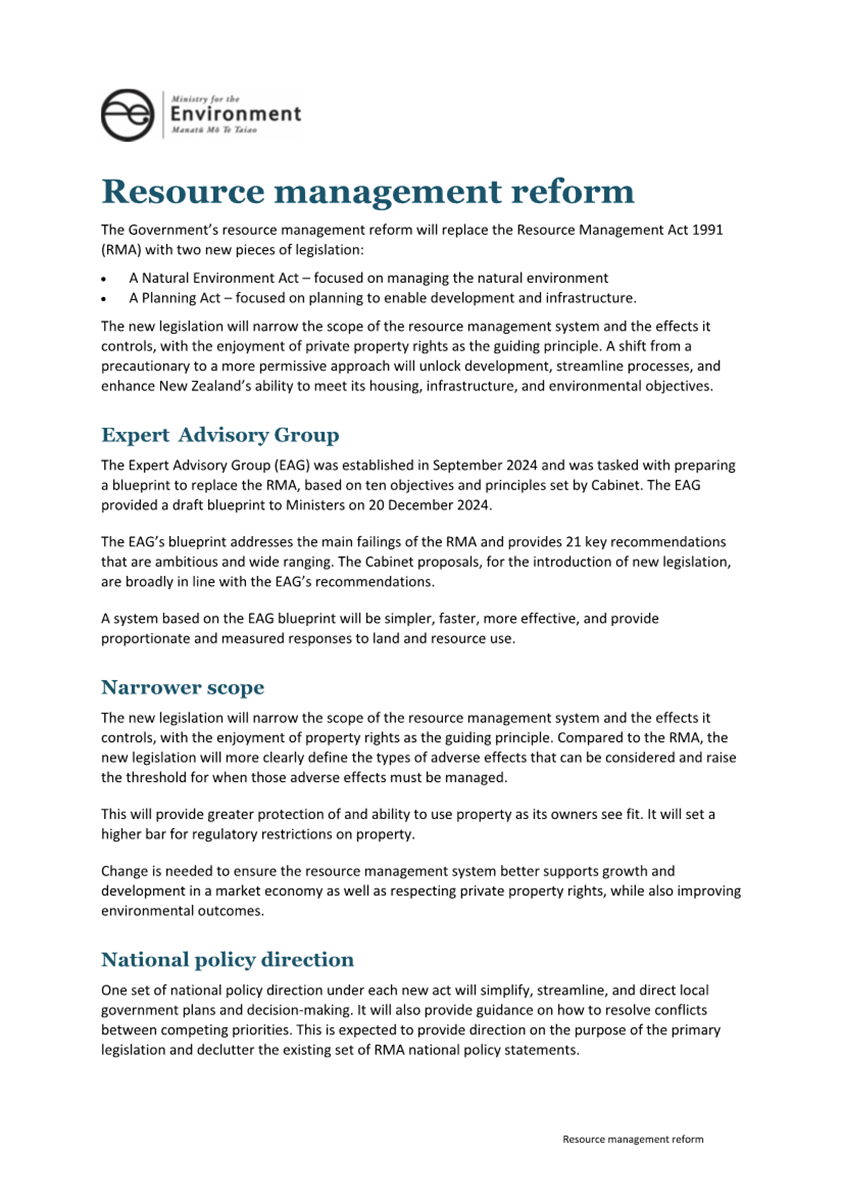

Karakia – Whakakapi Closing Incantation
Ka whakairia te tapu Restrictions
are moved aside
Kia watea ai te ara So
the pathway is clear
Kia tūruki whakataha ai To
return to everyday activities
Kia tūruki whakataha ai
Hui e, tāiki e Enriched,
unified and blessed













